




The free Bvlgari bag of toiletries was a nice touch... as were the hot towels and, er, the drinks menu...

Six Negronis for me, thanks, and I’ll see you in Dubai!!
Well it's been a while coming, but we are finally on the way to Europe for Phil & Meg's EuroTour 2024!
23 days, 6 countries - hopefully more than one survivor!
Will share the itinerary shortly - I haven't quite finished it yet. Getting packed up was a bit of a struggle, but we made it - so busy at work that I've definitely been putting the "business" in "business class". \240More or less done now, though - bring on the good times!





The free Bvlgari bag of toiletries was a nice touch... as were the hot towels and, er, the drinks menu...

Six Negronis for me, thanks, and I’ll see you in Dubai!!
Greetings from Dubai!
Well, I have decided that from now on, Business Class is the only way to travel. What a great flight - plenty of delicious food, heaps of space, a big screen for watching movies, and a lay-flat bed.
I had the broccoli soup for entree, roast beef for main, and cheese board for dessert.
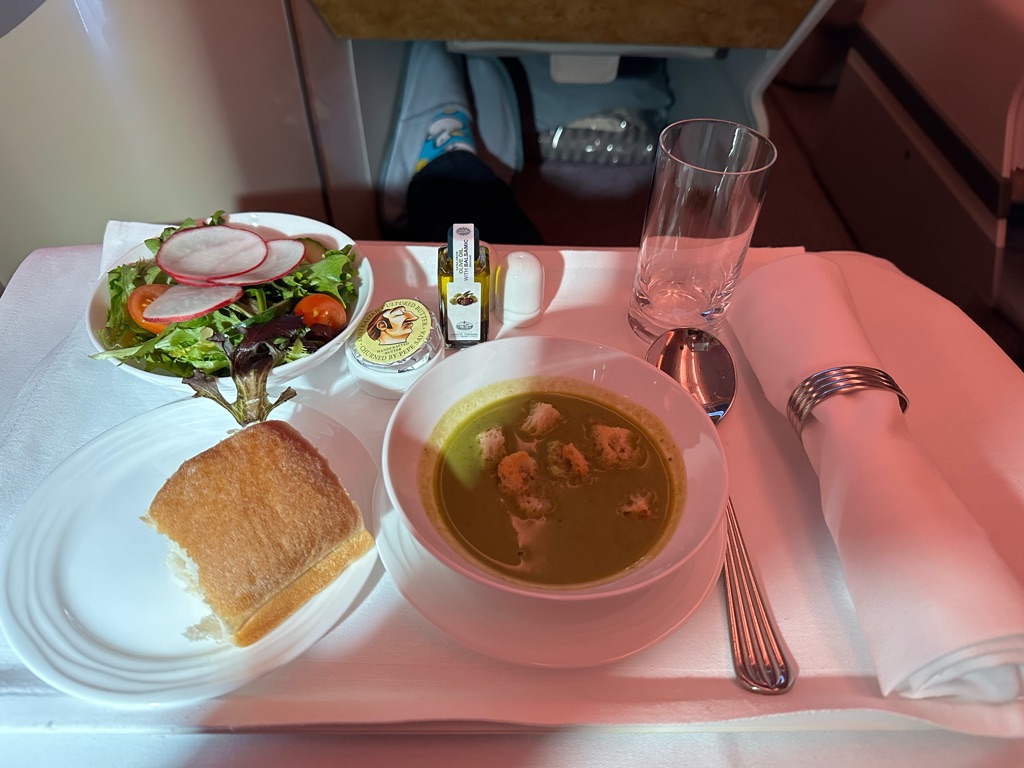
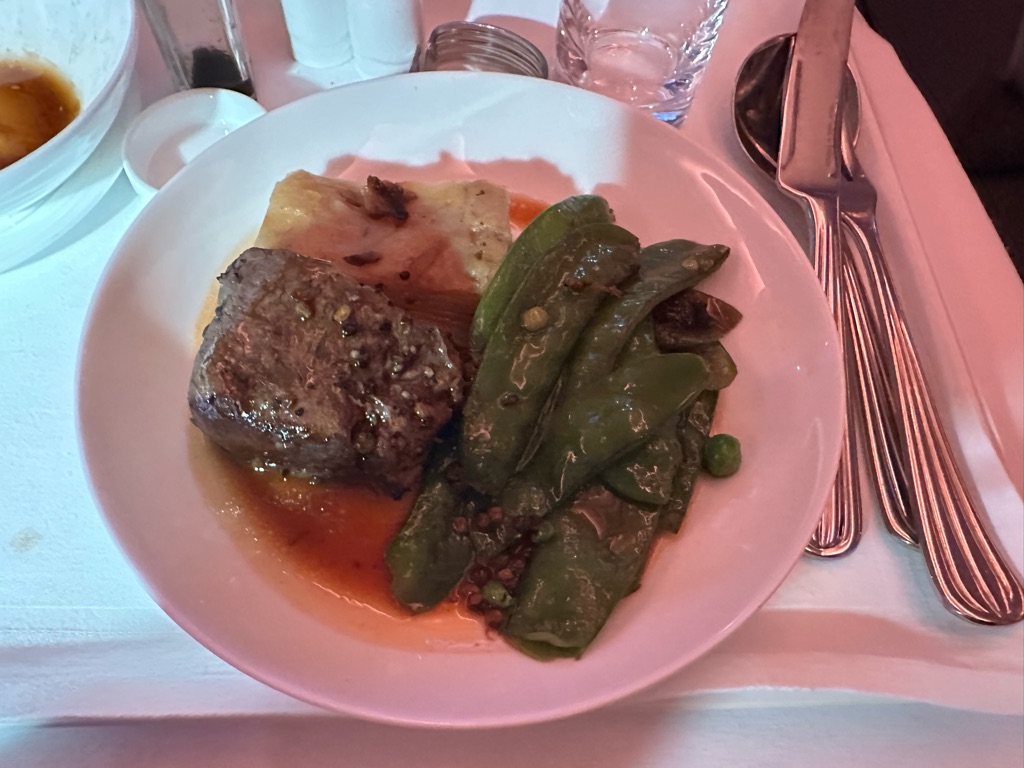
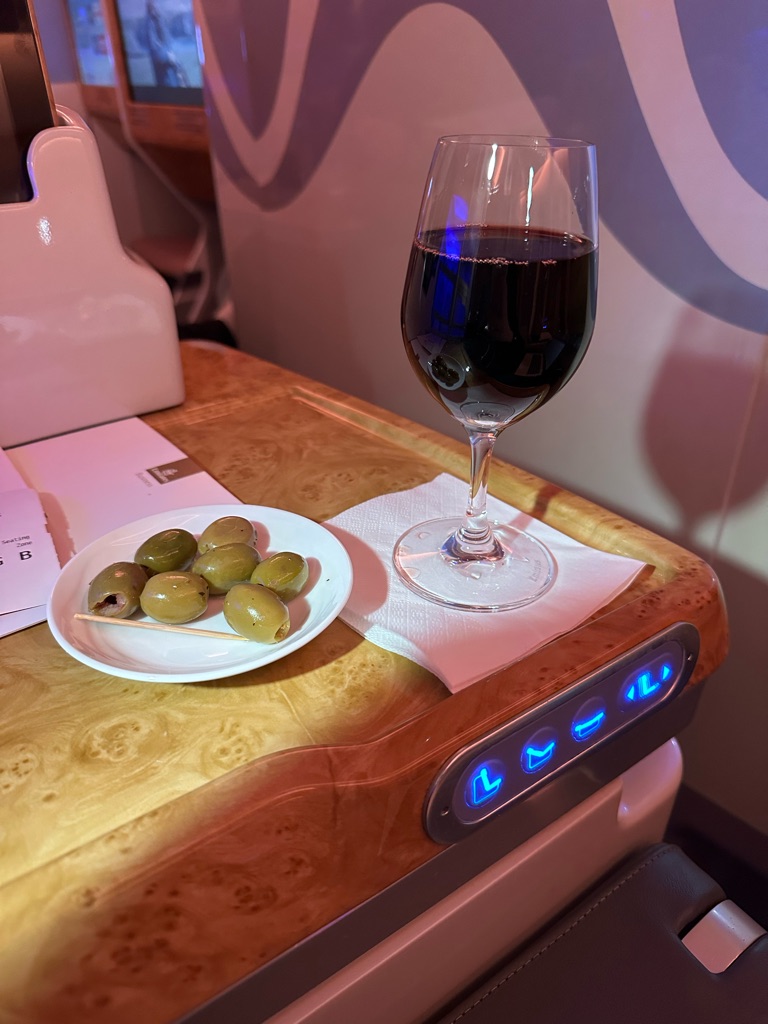

I got about halfway through the new Ghostbusters movie before I got a bit tired, so I slipped into the very stylish Emirates tracksuit (lol), laid back the bed, and went to sleep. It was a little bit hard and a little bit narrow, but otherwise did the trick - it didn’t feel like I had been asleep for very long, but when I woke up I realised I’d been out like a light for 7hrs and we were already somewhere over Bangalore.
What woke me was the flight attendant asking whether I’d like the scrambled eggs, omelette or muesli for breakfast. I opted for the eggs and was glad I did!
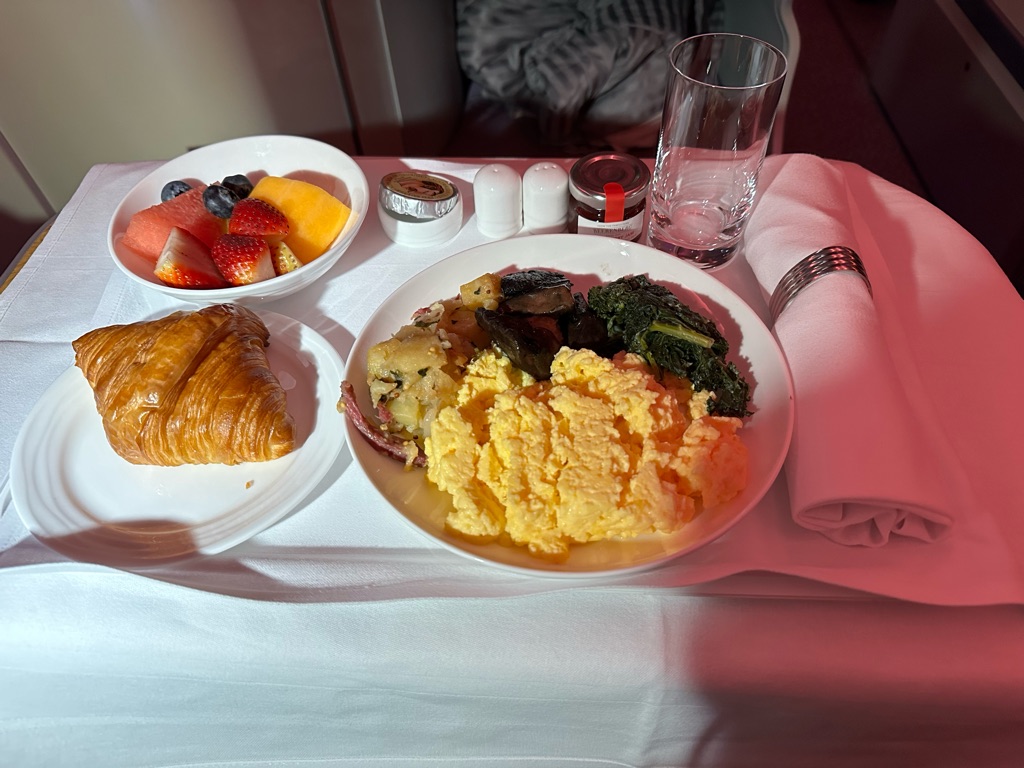
Now in the Emirates lounge, where we can have coffee, snacks and a shower while waiting for our flight to Zurich - as Meg said, the Sultan has arrived!
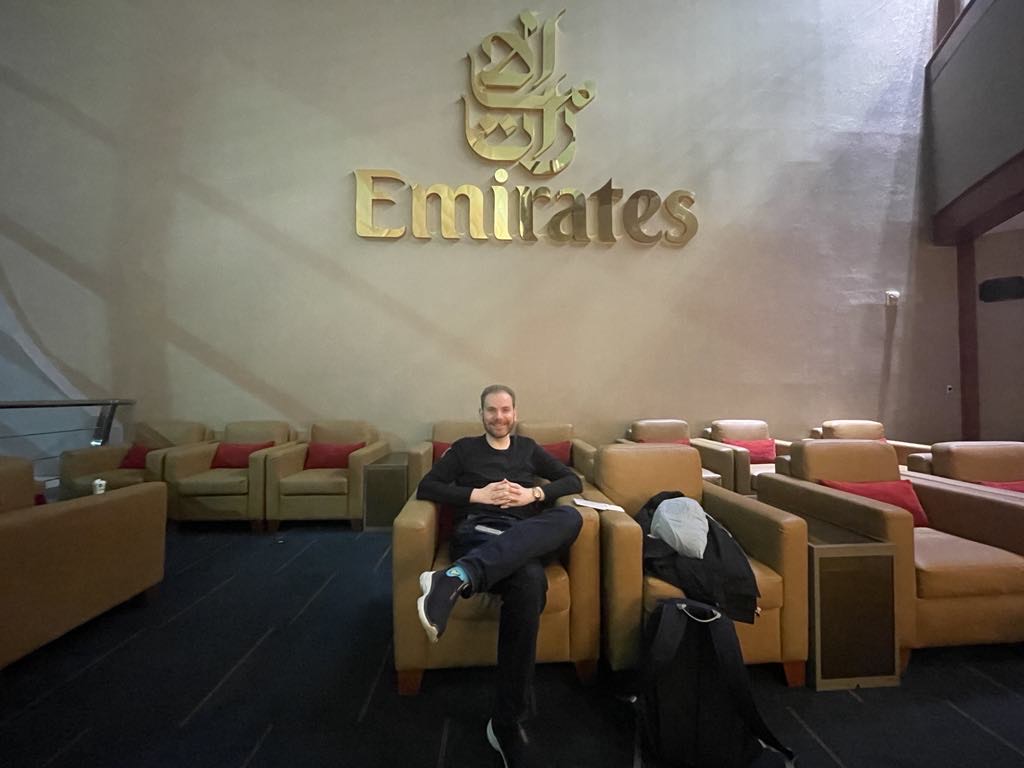
We’ve arrived safely in Switzerland, after a couple of wonderful flights - the ability to lie down and recline makes a huge difference, really felt like no effort at all.
Here are some photos from Dubai airport - this was our plane waiting to be filled. A big group of New Zealand bagpipers were on the plane, travelling for the Basel Tattoo!
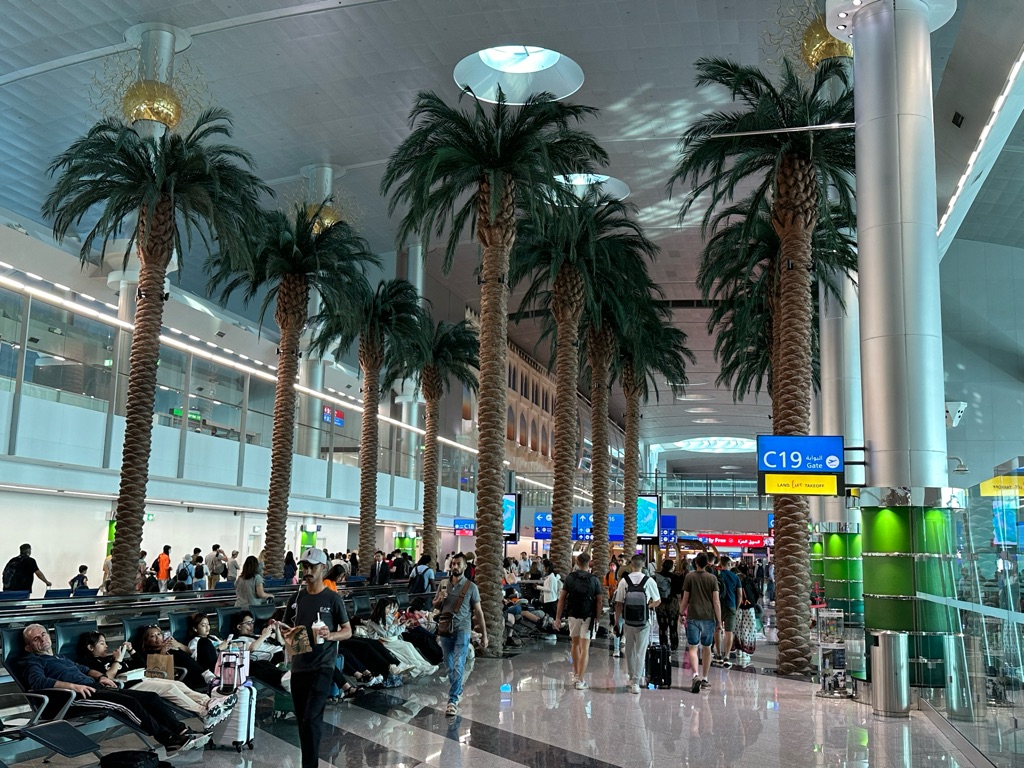
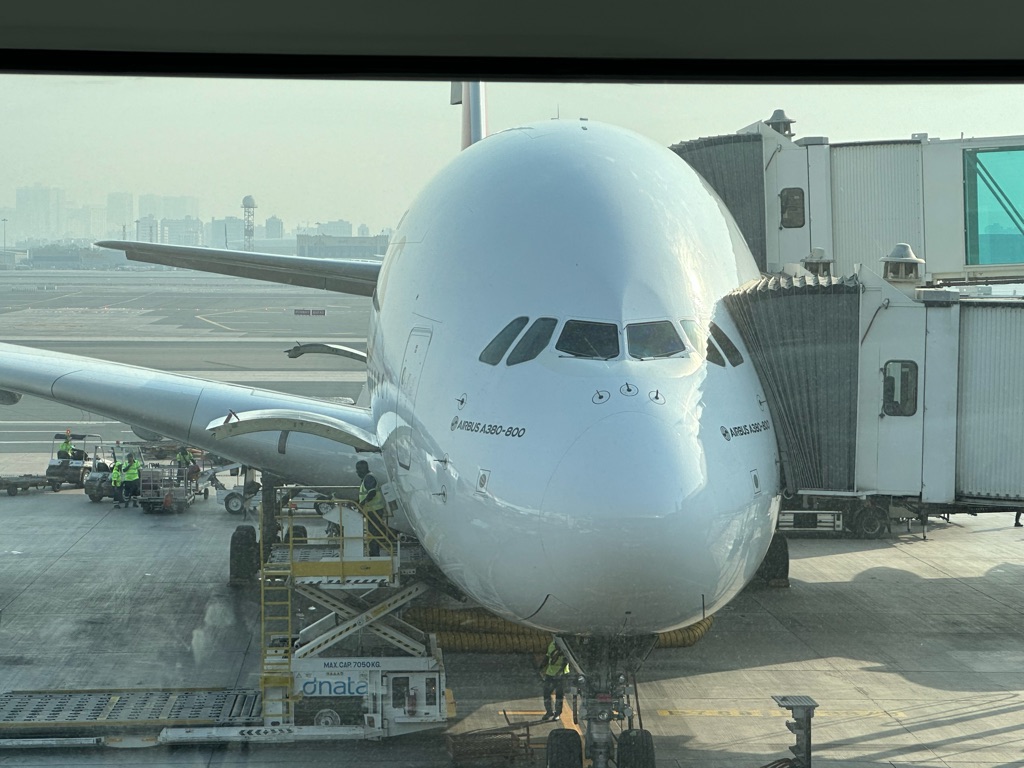
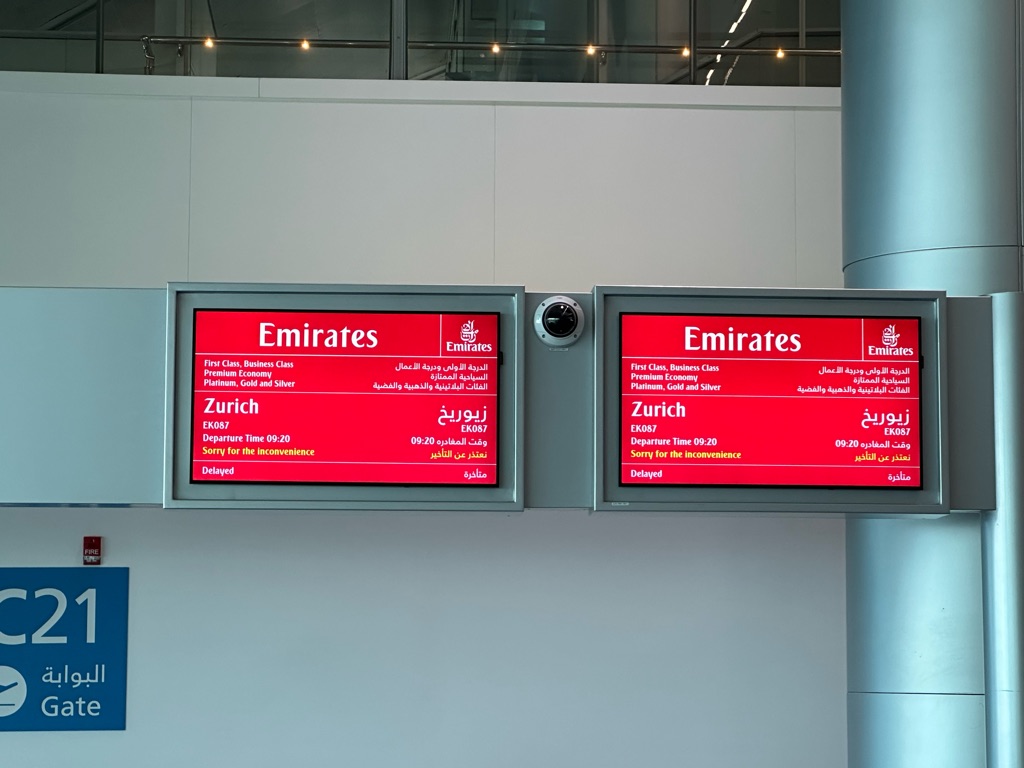
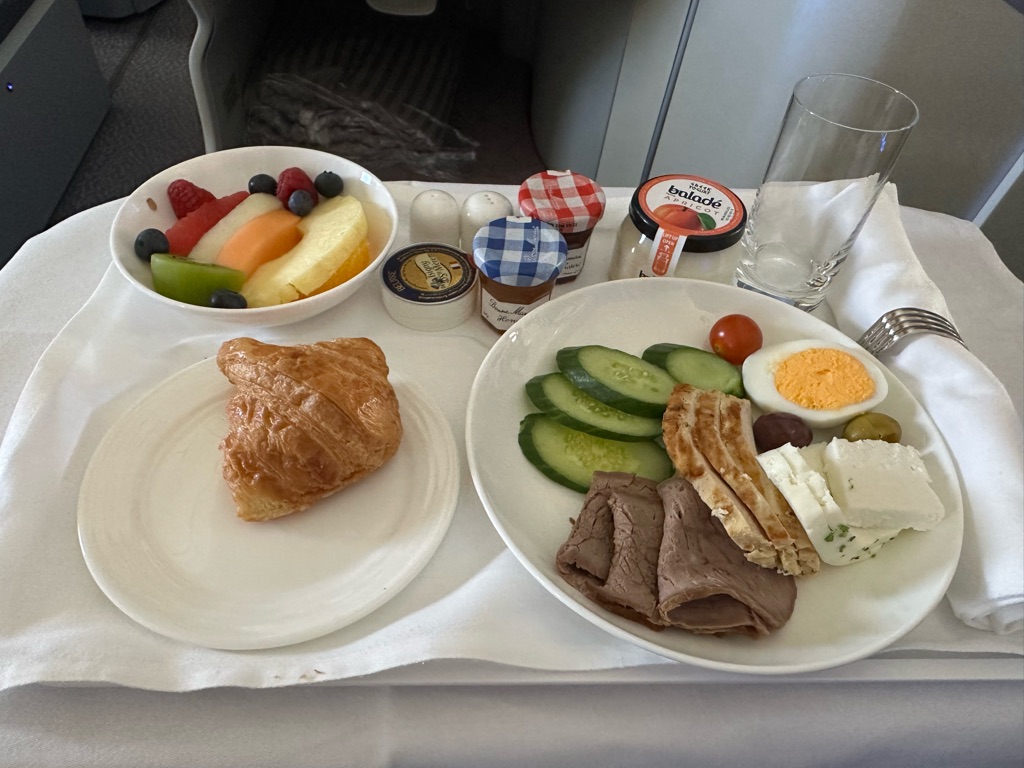
On board, I enjoyed a second breakfast…
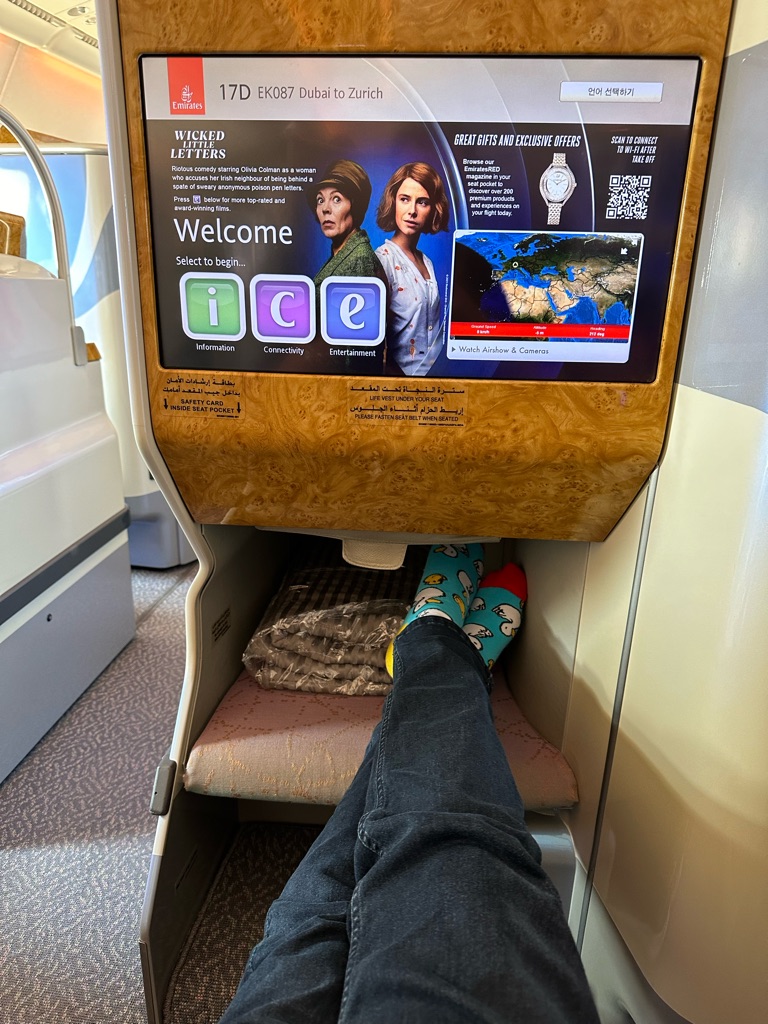
And then laid back to watch a few episodes of “Succession”…

Before we wandered down to the onboard bar and enjoyed a Bloody Mary. Here is Meg enjoying the view as we flew over Iraq
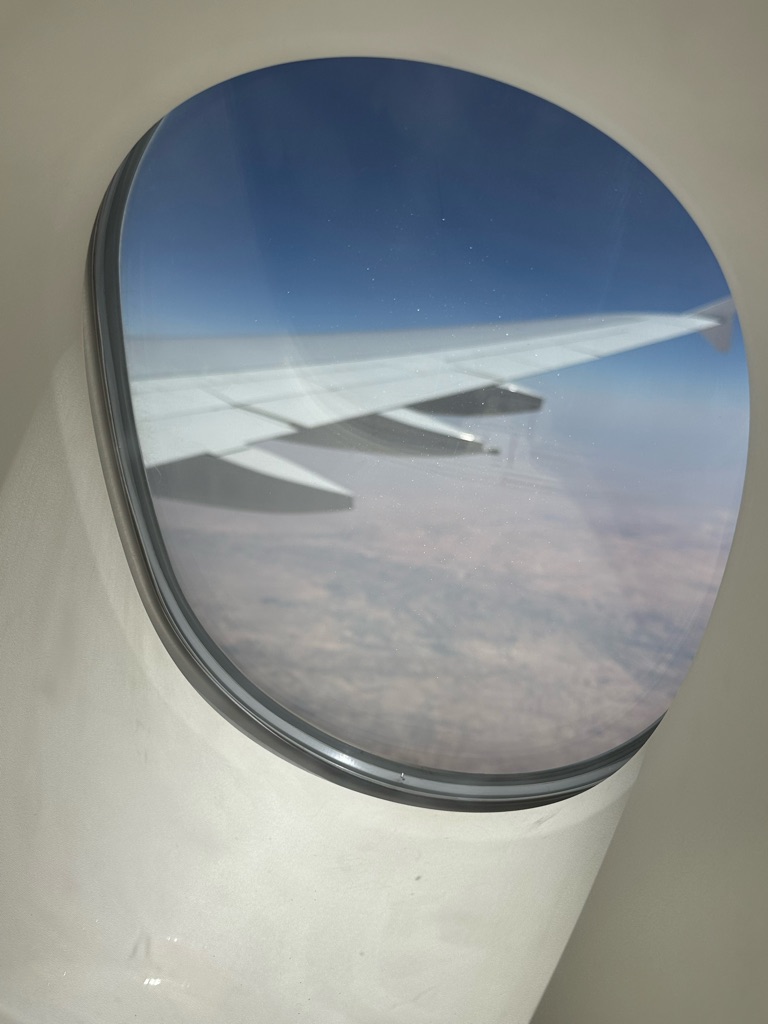
Looked a pretty desolate place!
And then finished off the trip with a delicious lunch. When flying over the Middle East, you really can’t go past the lamb.
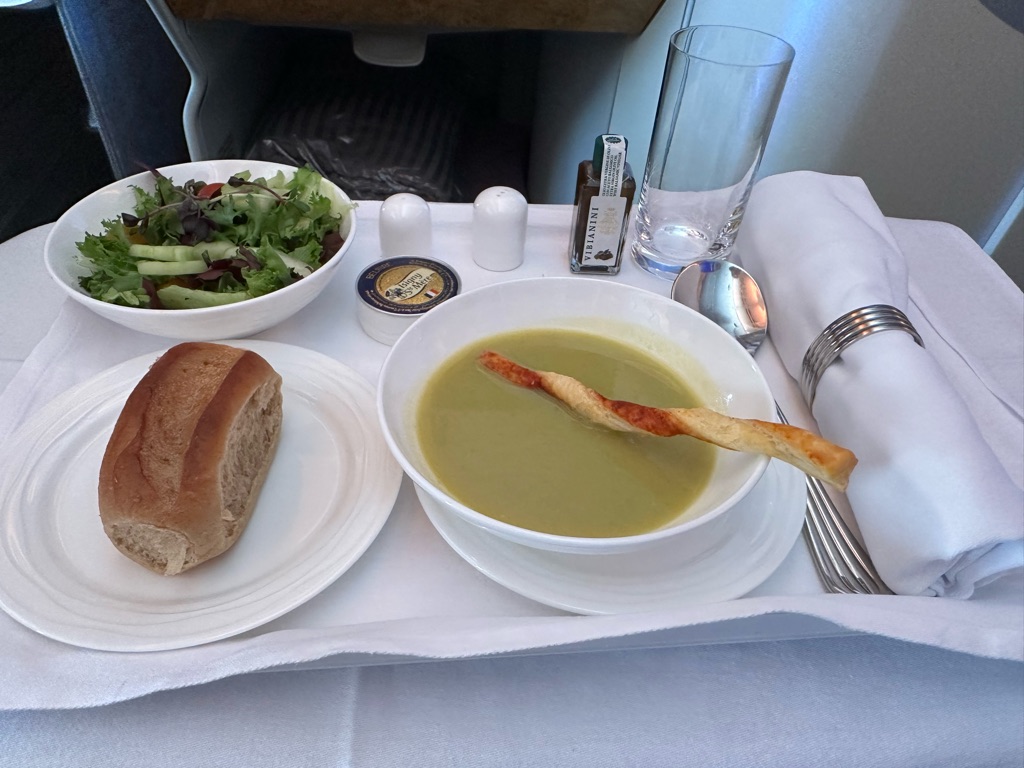
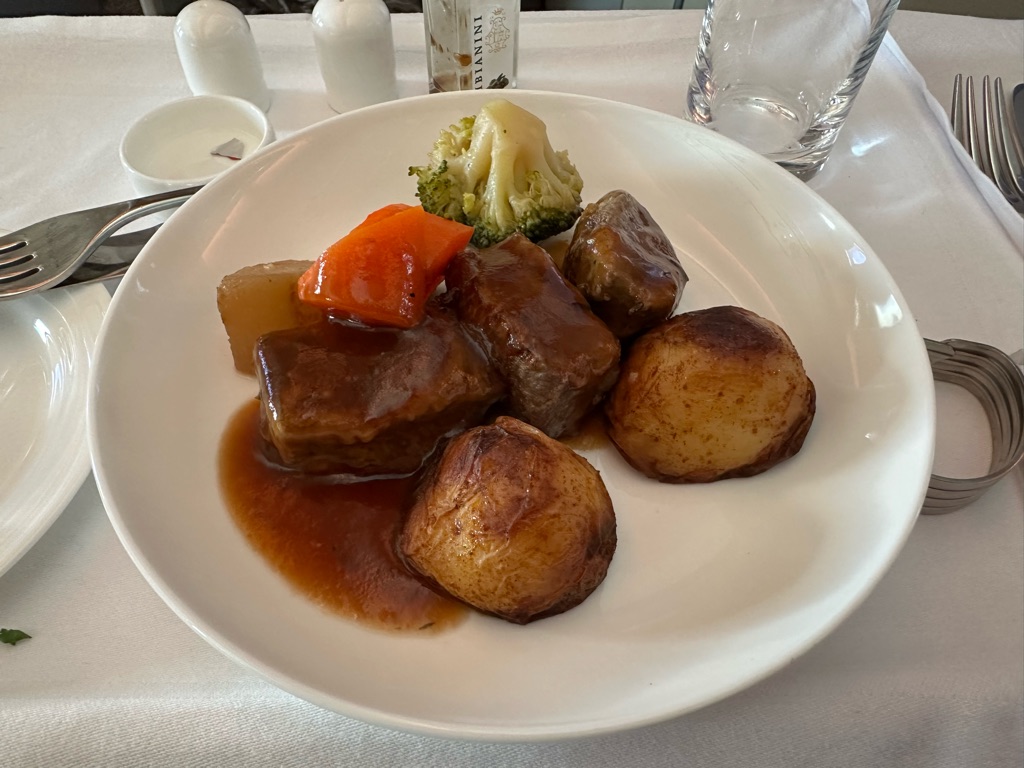

Now in the car with our driver(!) en route to Basel!
Basel is a beautiful city, I love it. We are staying at Hotel Marthof, in what seems to be the "old town". It looks like this, and there's a lovely open plaza out the front (there are lots of them around).
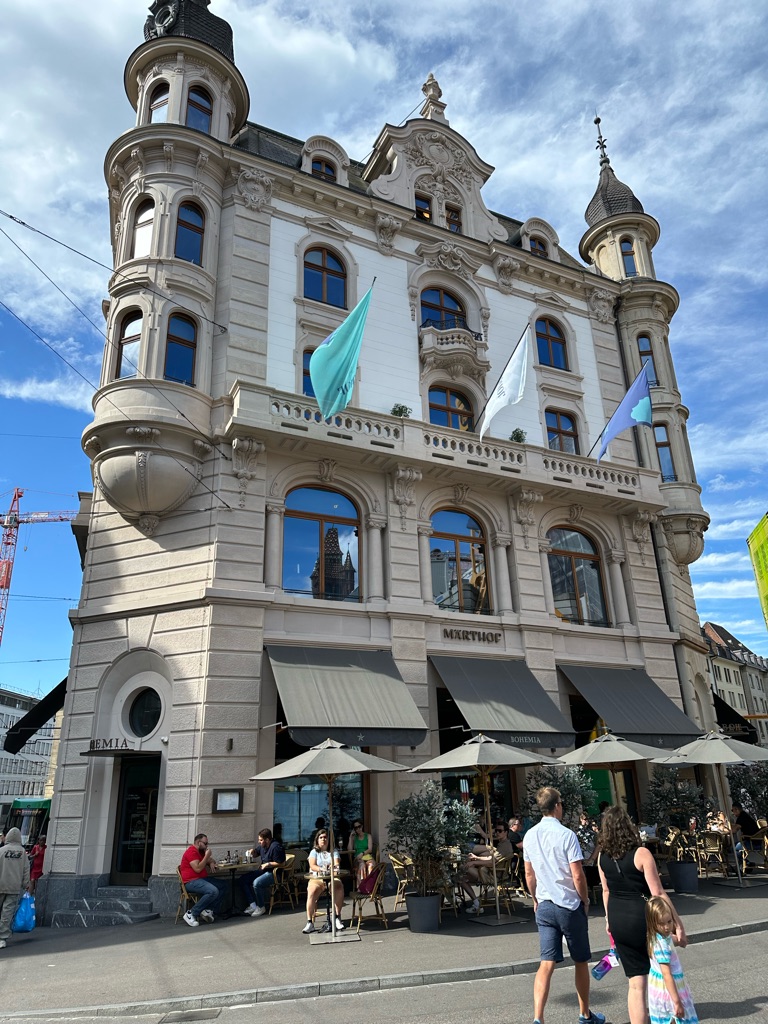
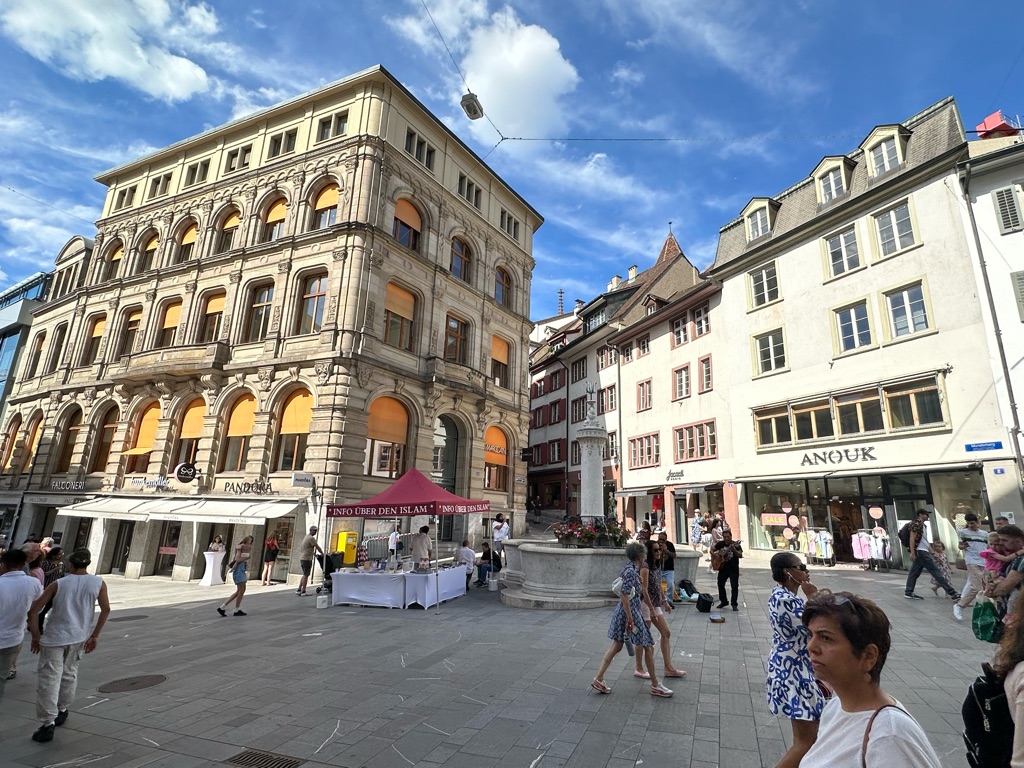
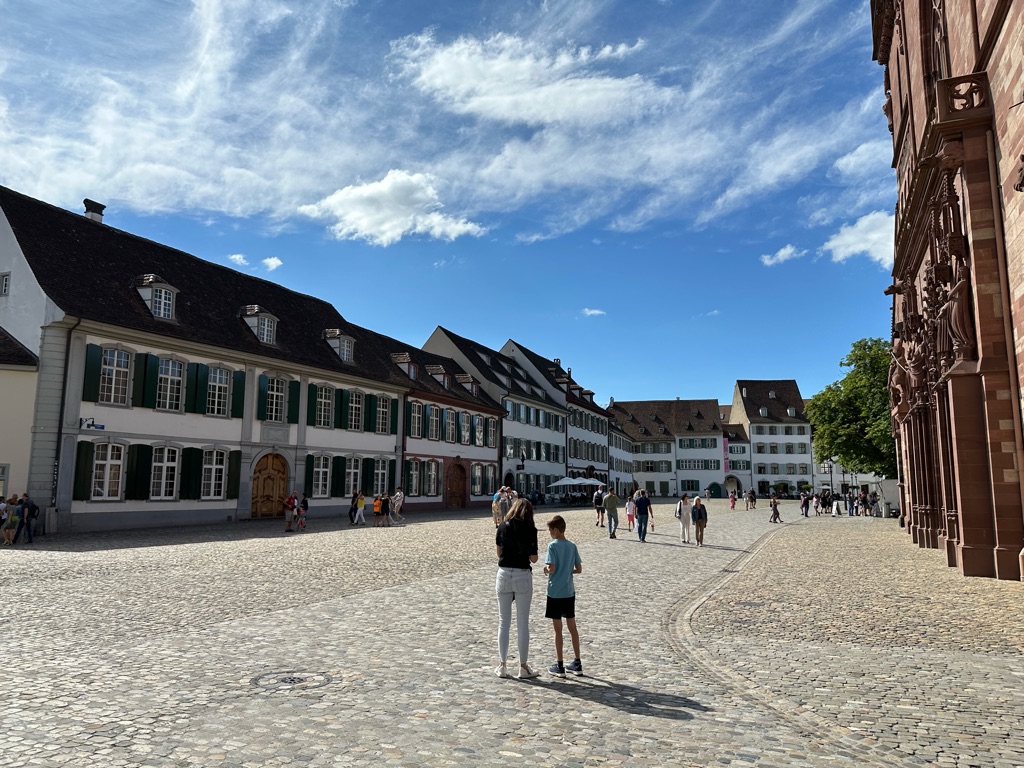
After arriving, I went for a walk to stretch the legs after our travel, while Meg stayed back and freshened up. So many beautiful things to see! This is the Basel Minster, now a Reformed Protestant church, which is over 500 years old.
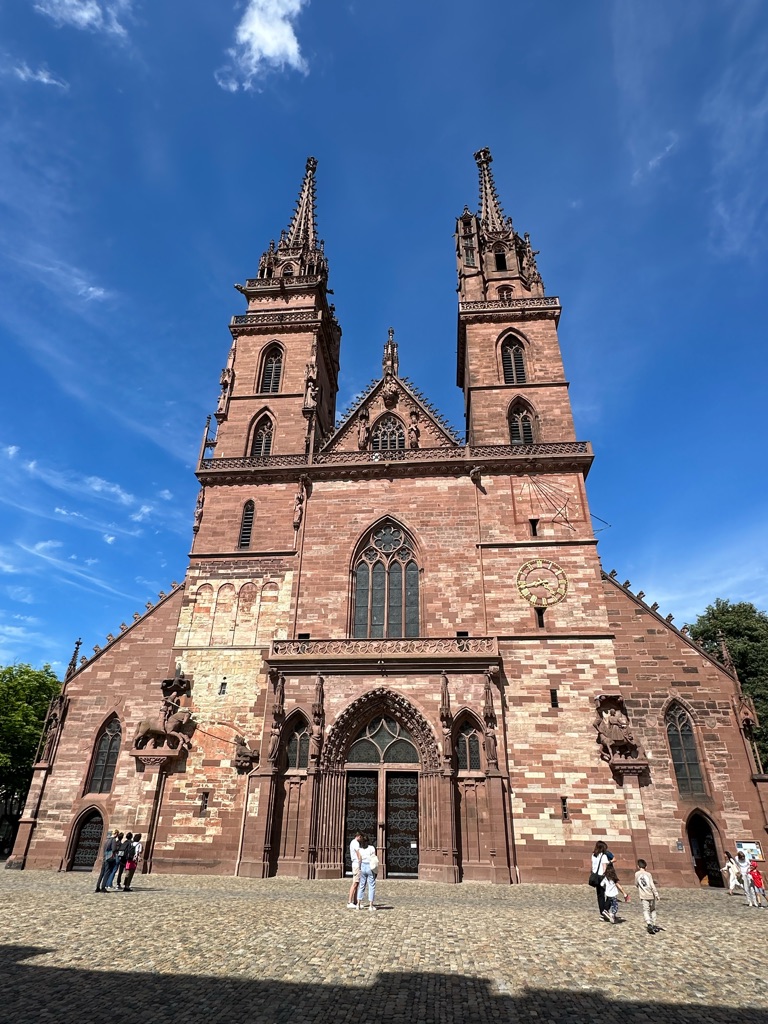
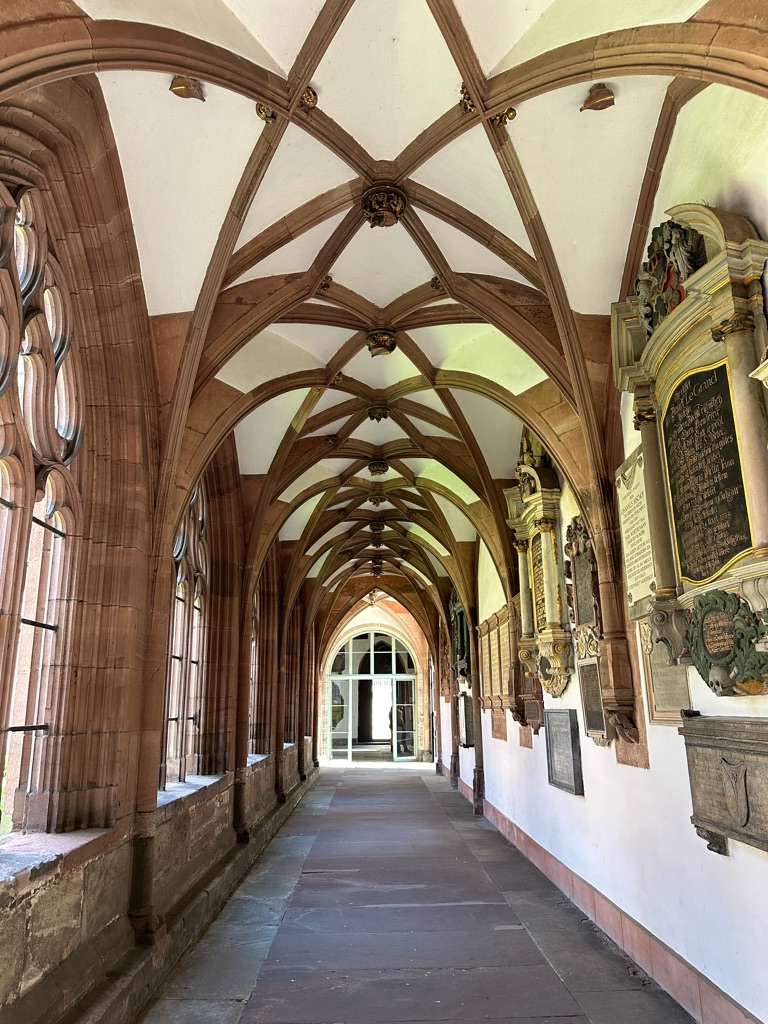

Lots of little public art details everywhere, including in the drinking fountains!
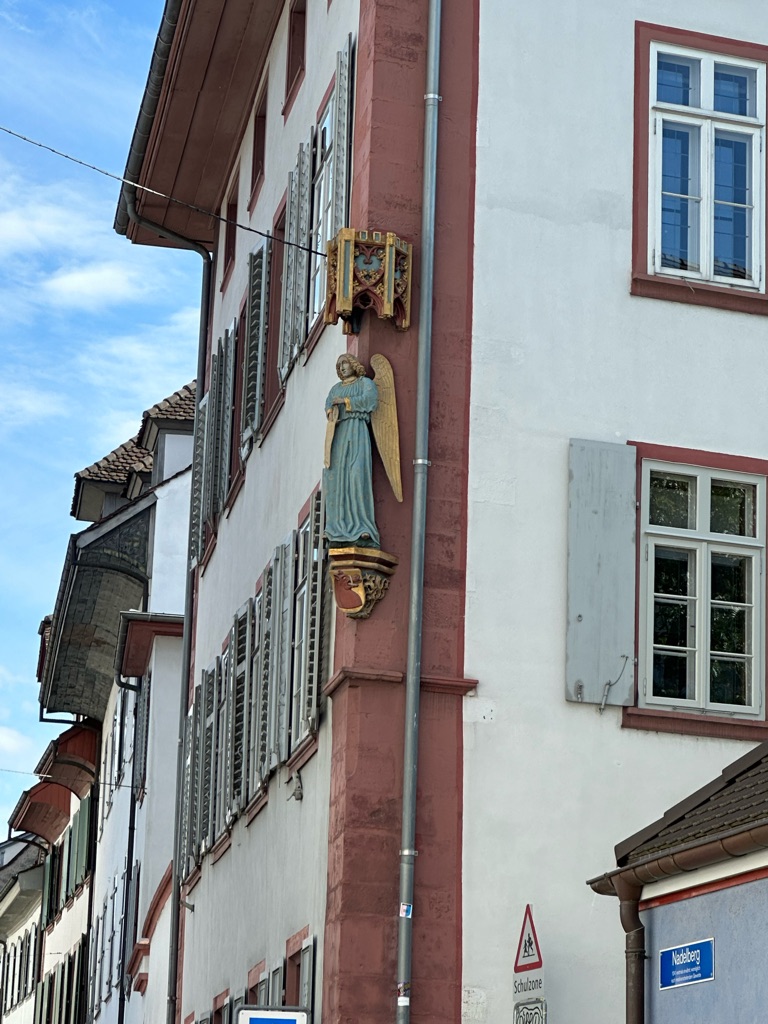
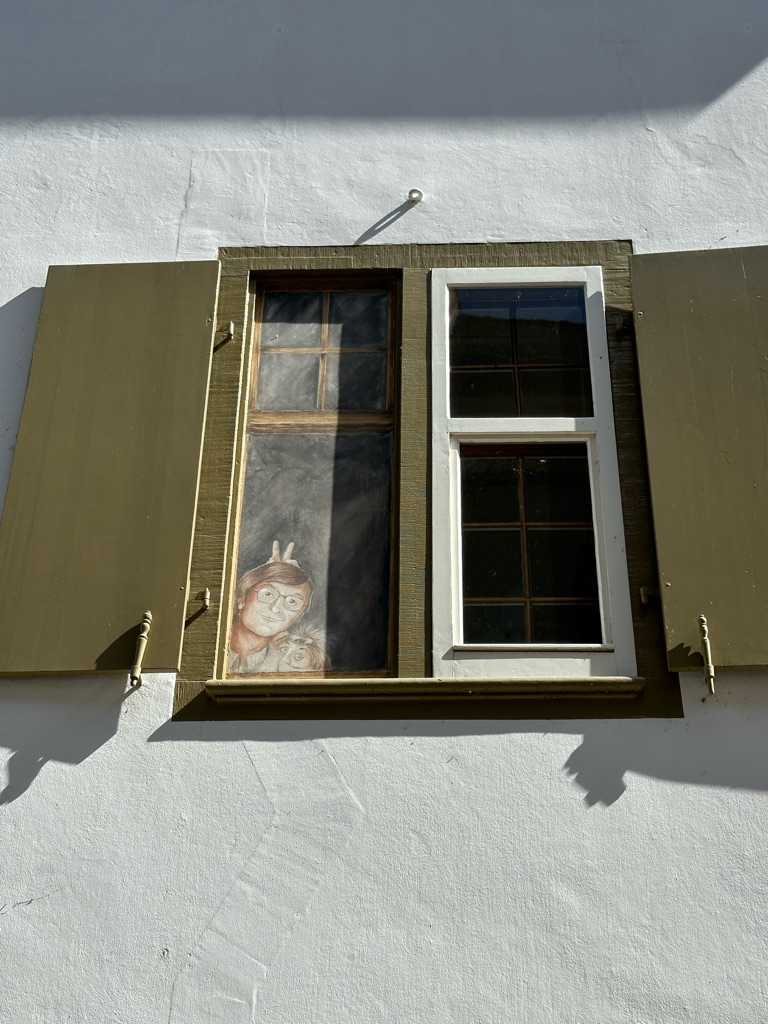
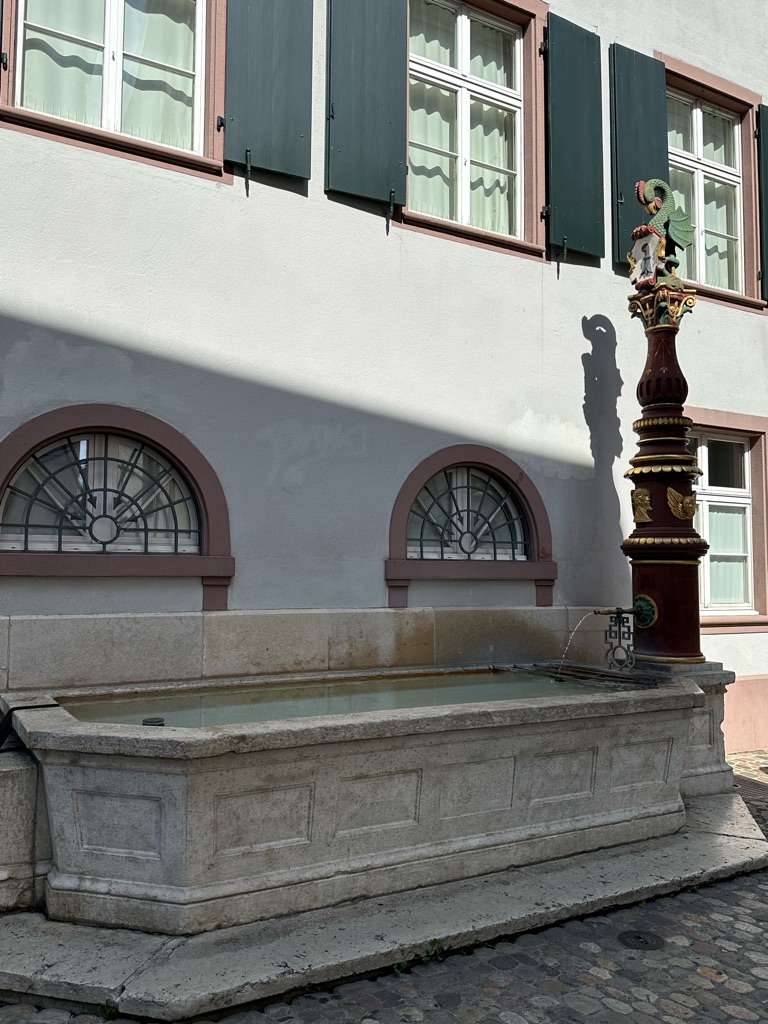
Lots of charming little winding laneways and staircases, and a big wide river (the Rhine, which we'll be cruising on all the way to Amsterdam). Lots of folks were out enjoying the warm 23deg day on the riverbanks.

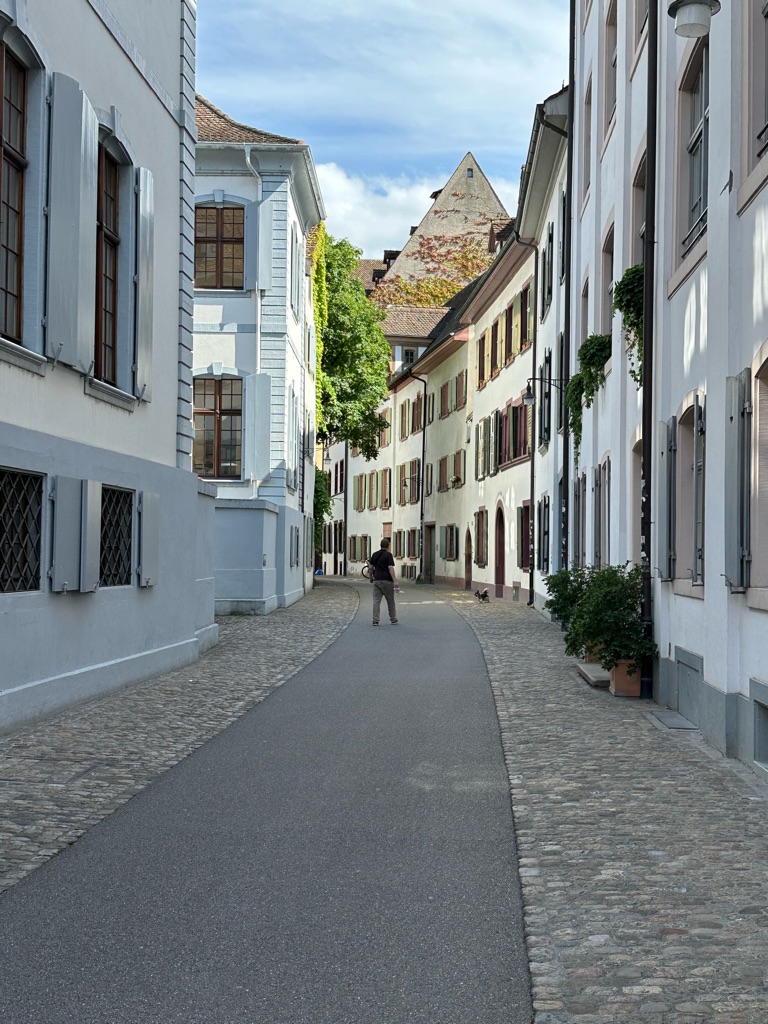

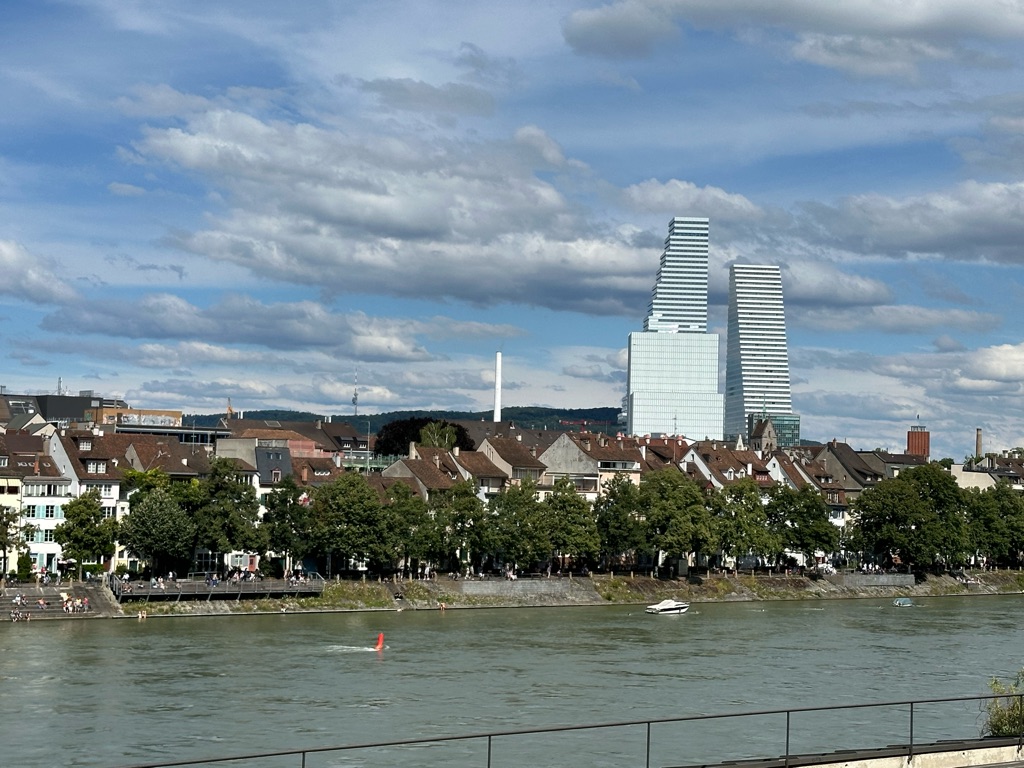
The big tower here is home to Roche pharmaceuticals, and is the tallest building in Switzerland.
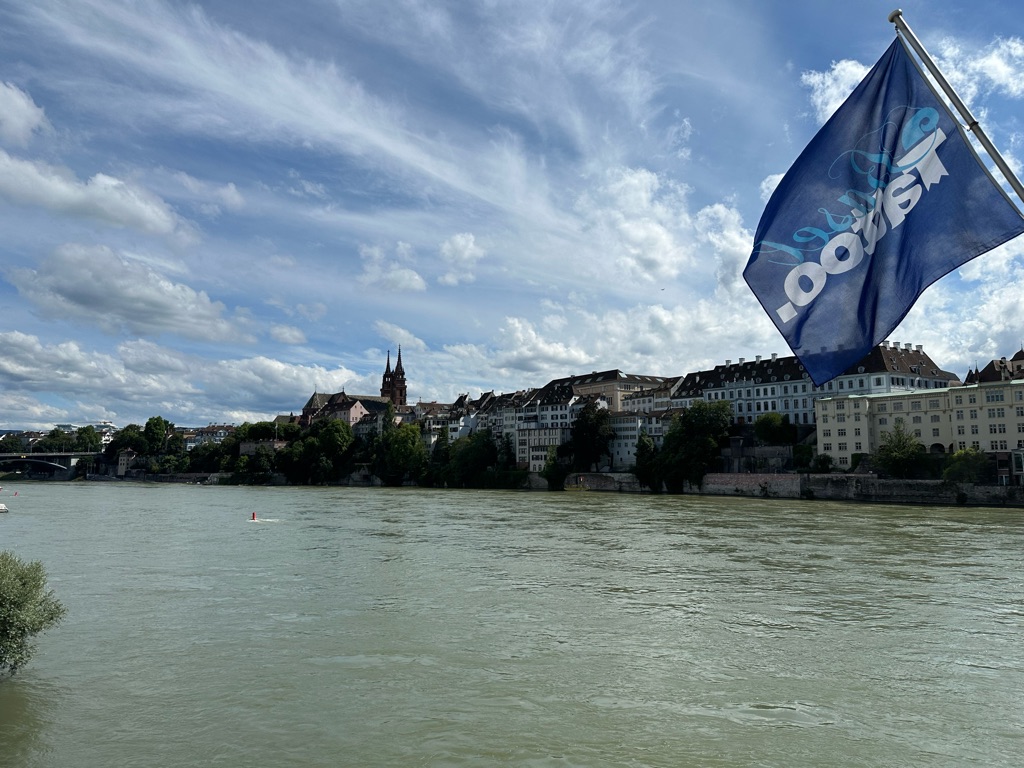
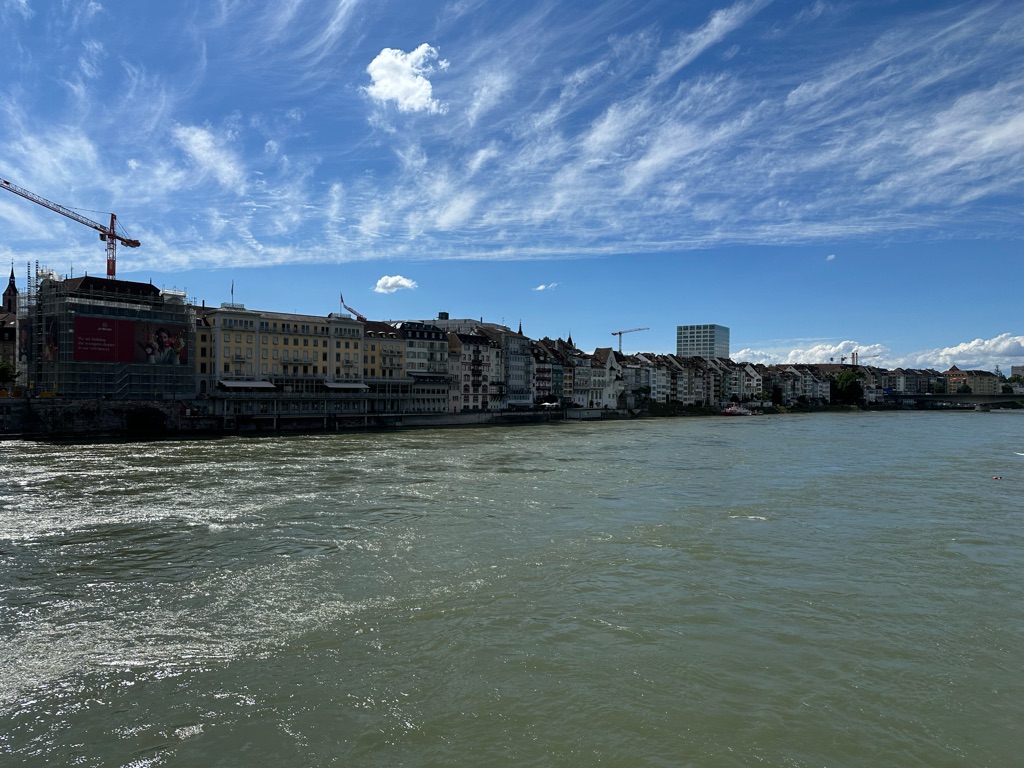
After freshening up in our lovely hotel room, Meg and I went out for a drink.,

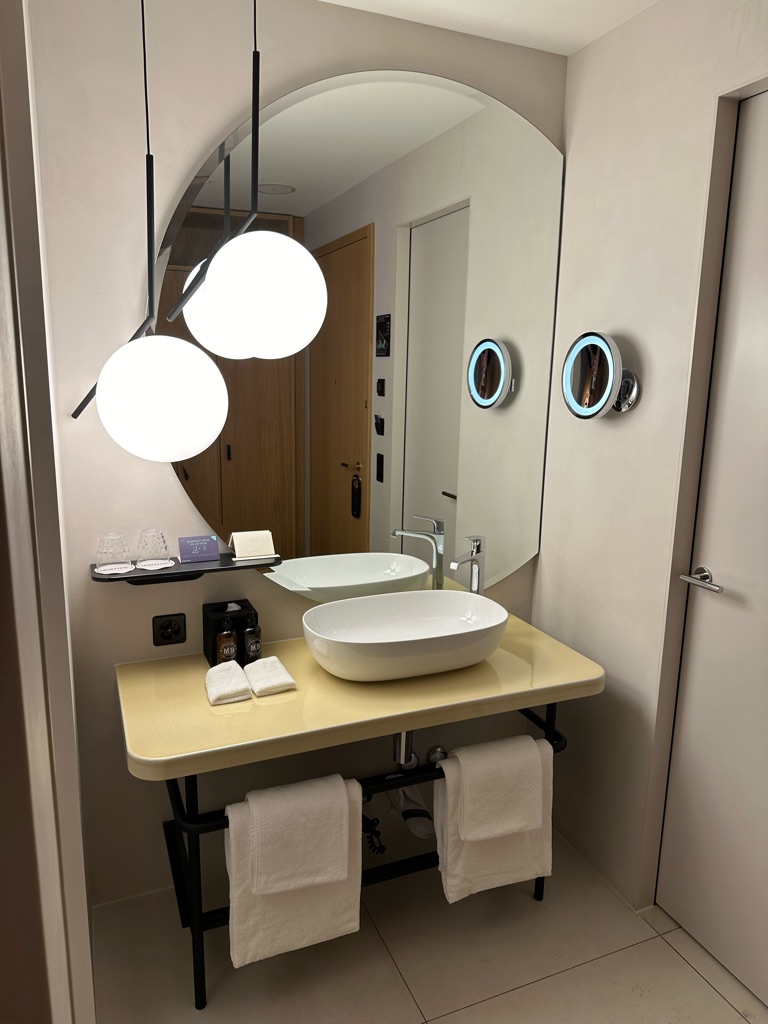
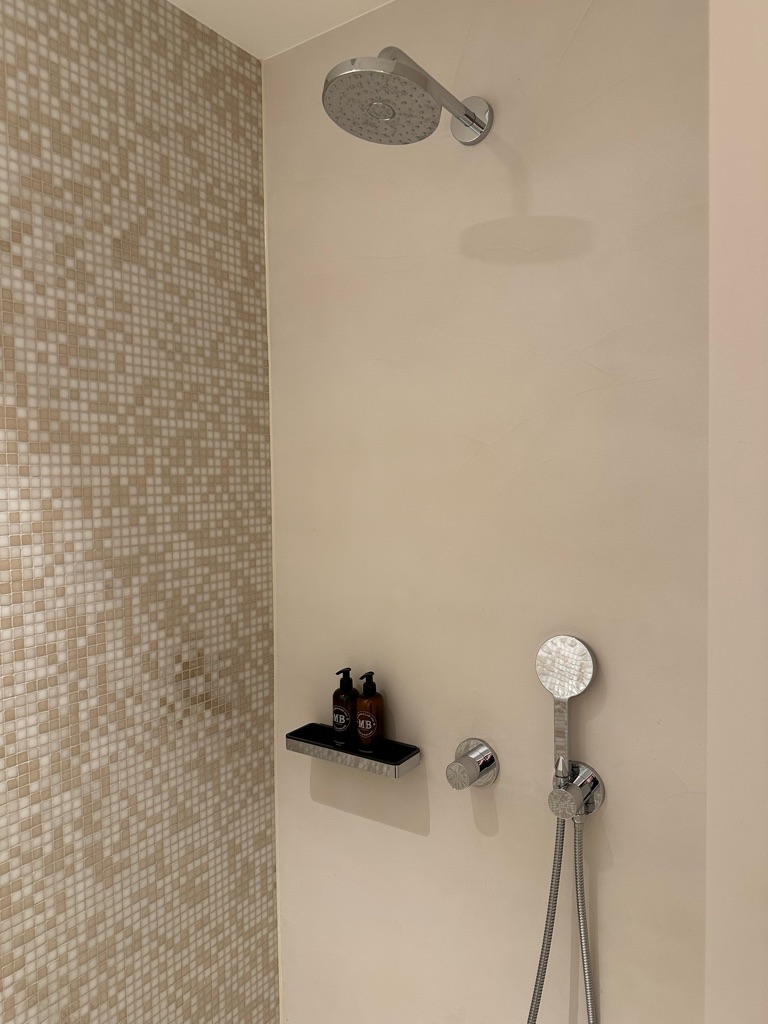
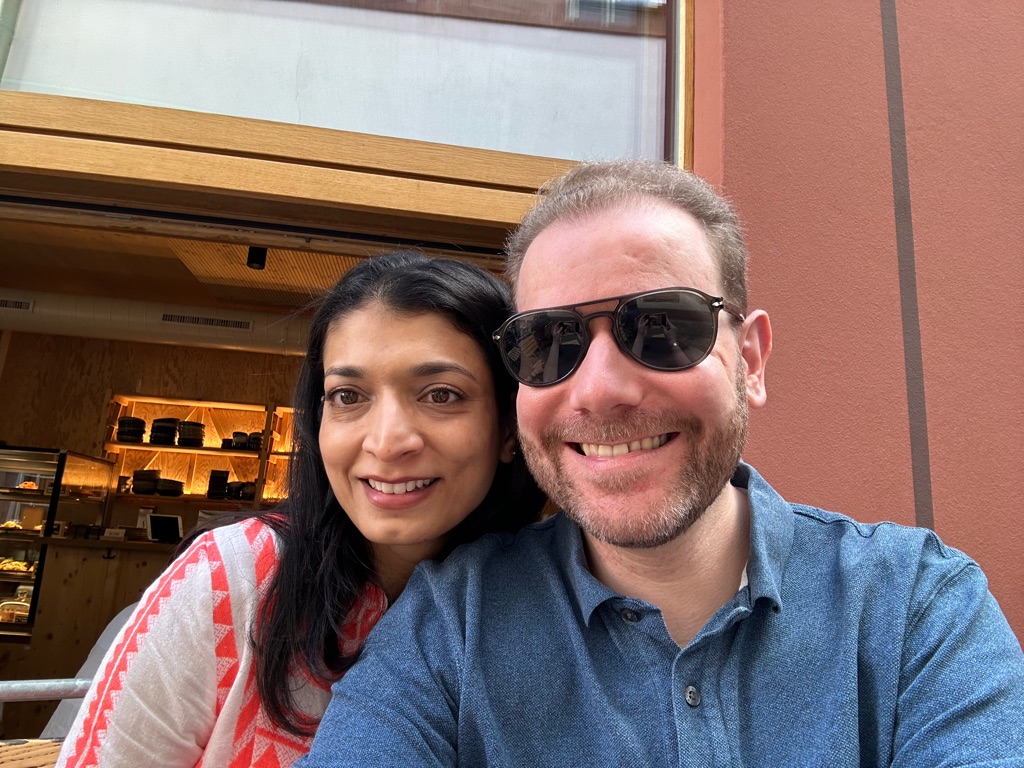
Here we are at a little laneway bar, called Kuni & Gunde. Aperol Spritz, what else?
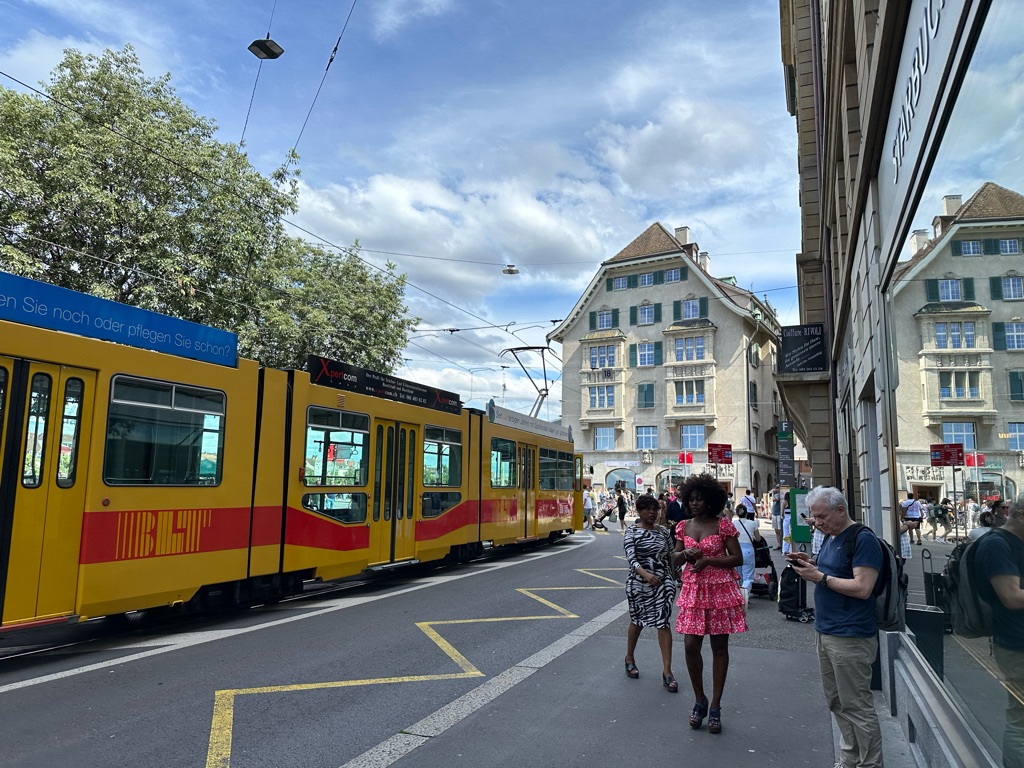
There are trams everywhere - my kind of place!
We met up with Manu, Srinath and Samir for dinner afterwards, and stumbled across the Basel walk of fame haha!

Dinner was a casual Italian meal at Trattoria Aroma - I had the Octopus Carpaccio for starters (yes, that’s right - raw octopus!), followed by the Rigatoni Amatriciana, and a slow walk home!
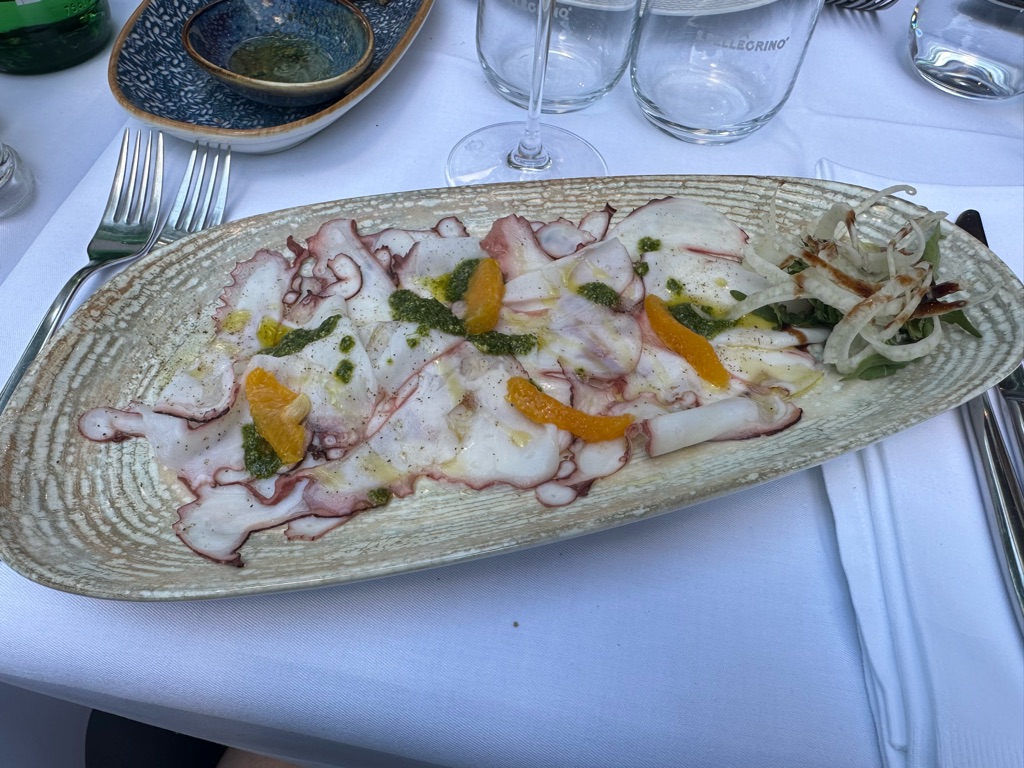
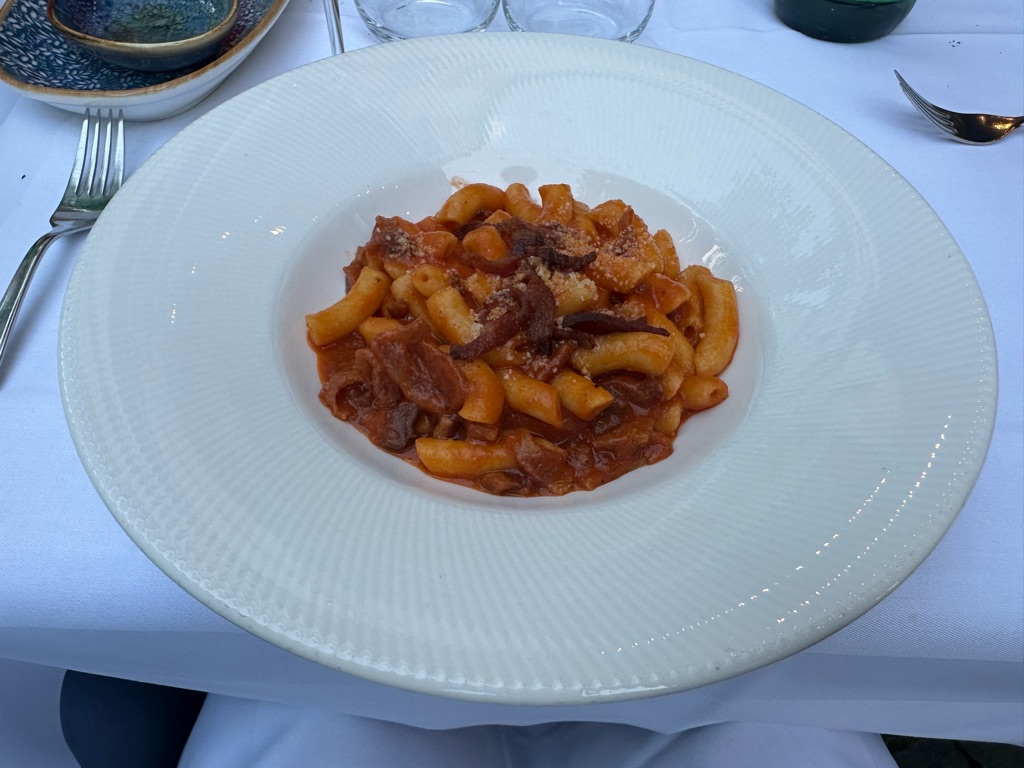
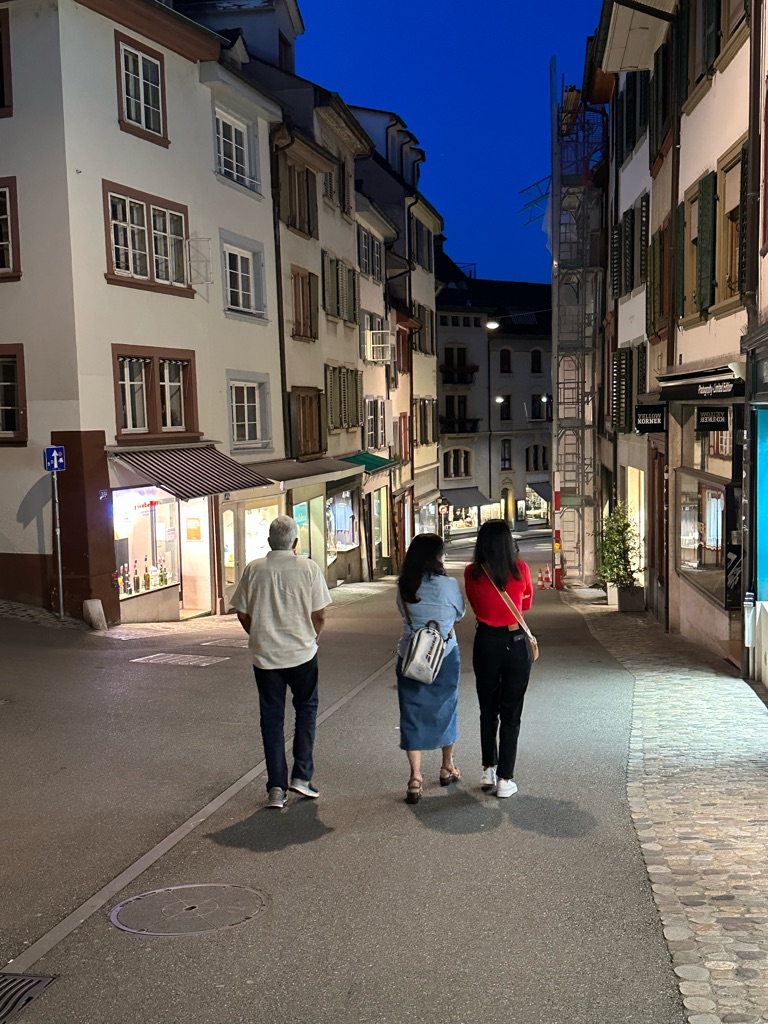
This was a bit after 10pm - the sun had only just set!
It's been a long and exciting day in Basel! We started the day with brunch at a little cafe, followed by another walk around the laneways to look at the art.
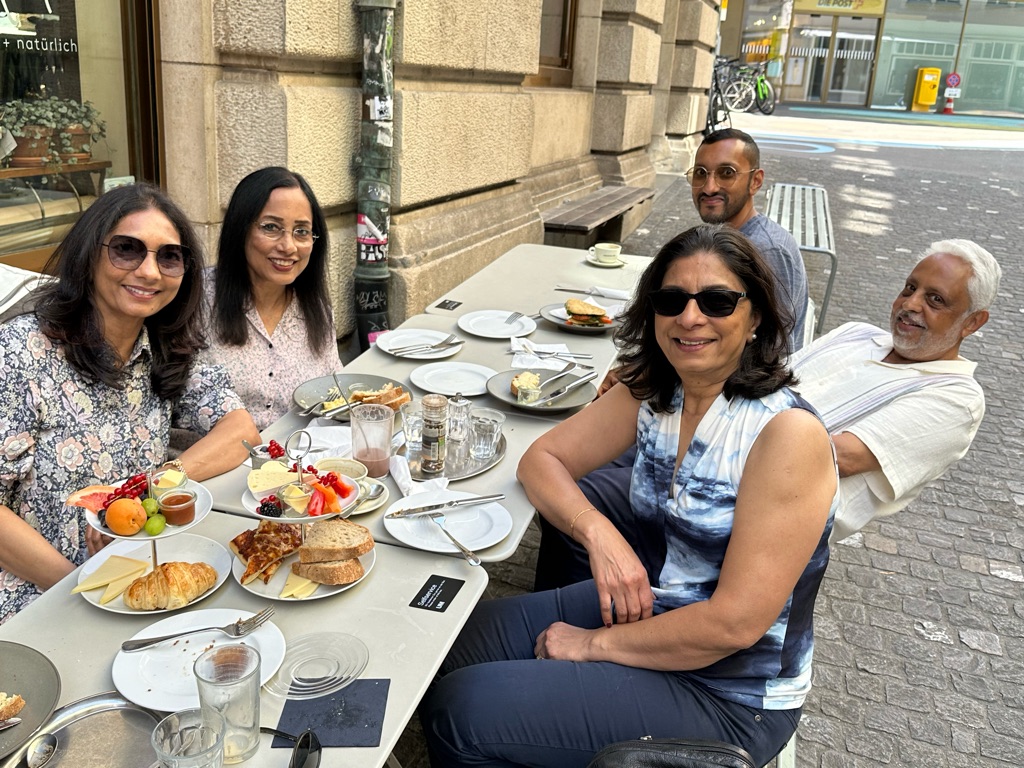
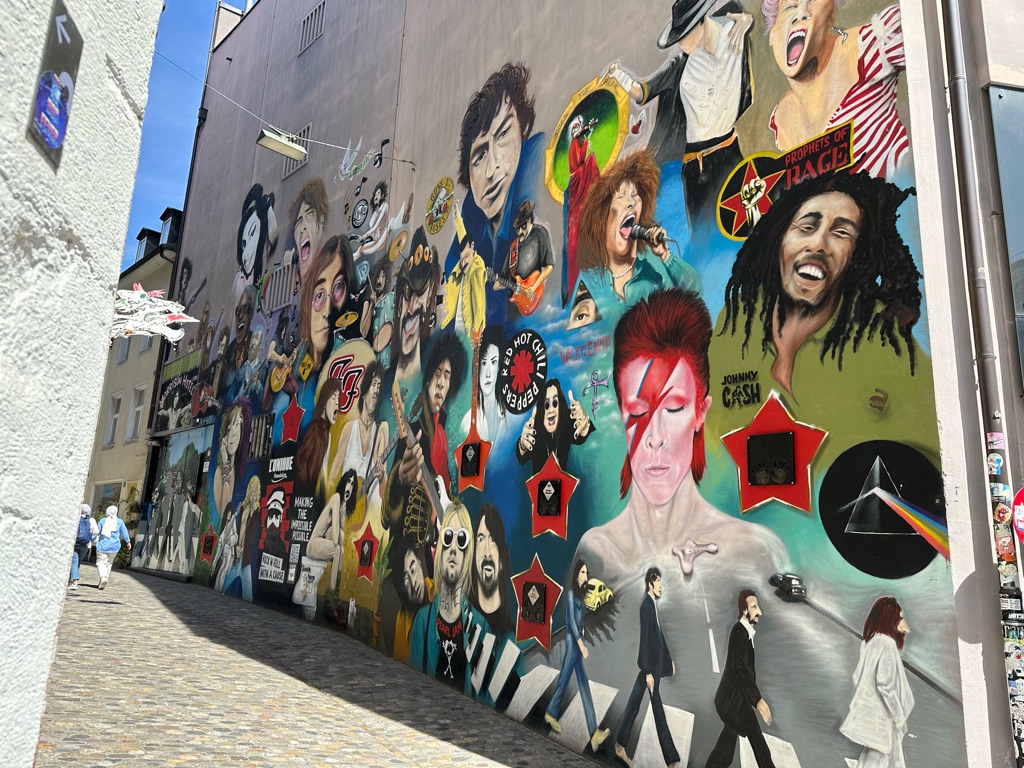

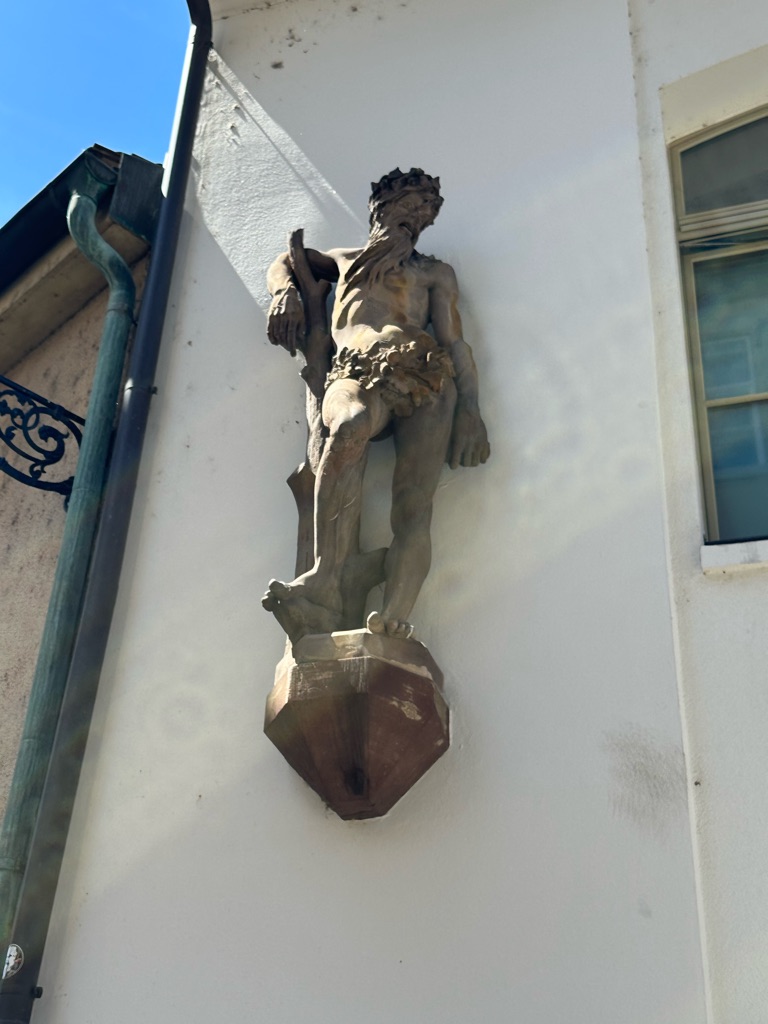

I think this means "place to smoke and fart".
We then all went into the Basel Minster, which I wasn't able to do yesterday because it was closed. Around the sides are the resting places of long-dead bishops and other local notables.
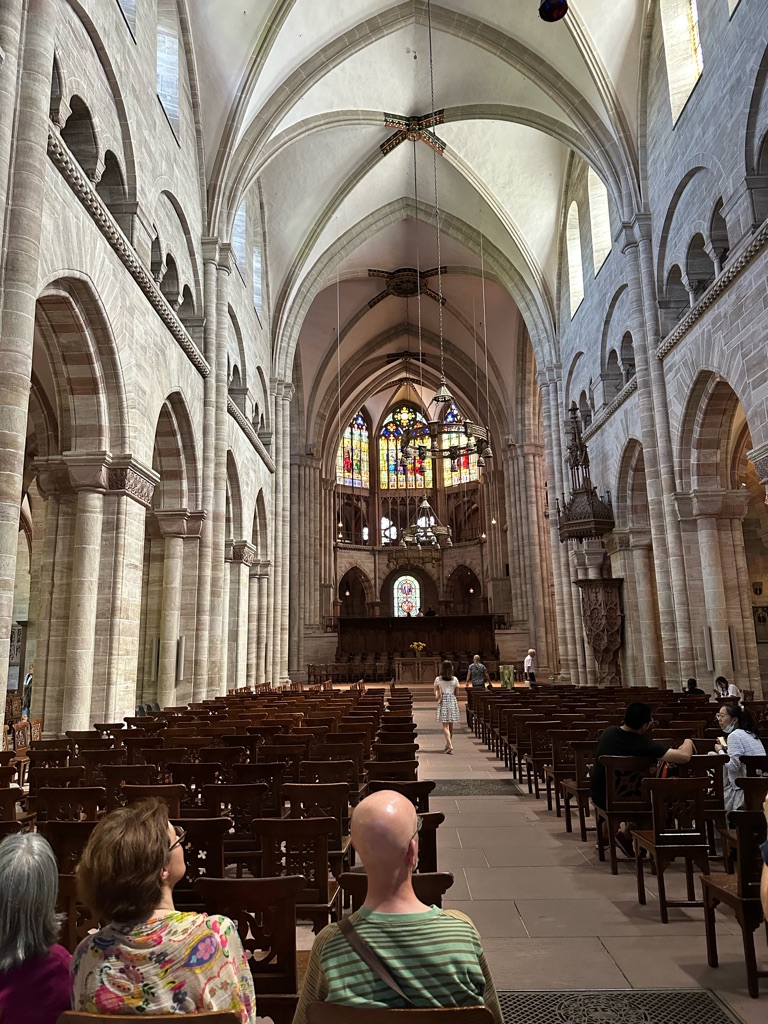
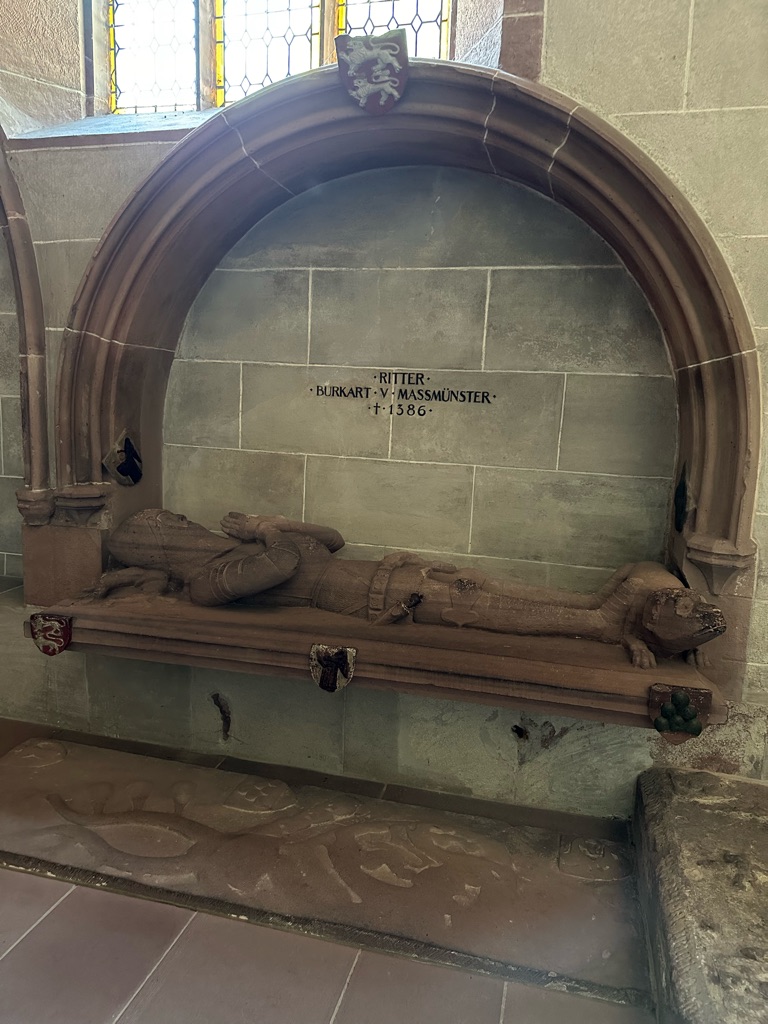
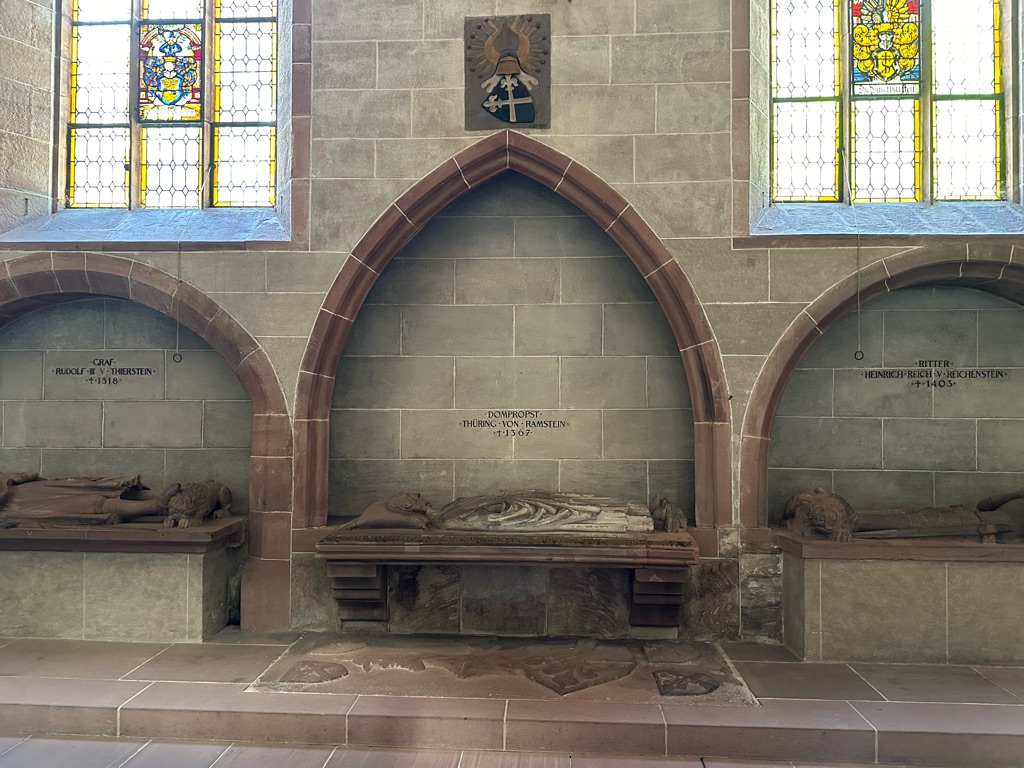
There's also a crypt underneath, which seems to be the oldest part of the Church - you can tell that the art down here was much older and more basic, probably pre-dating the high middle ages.
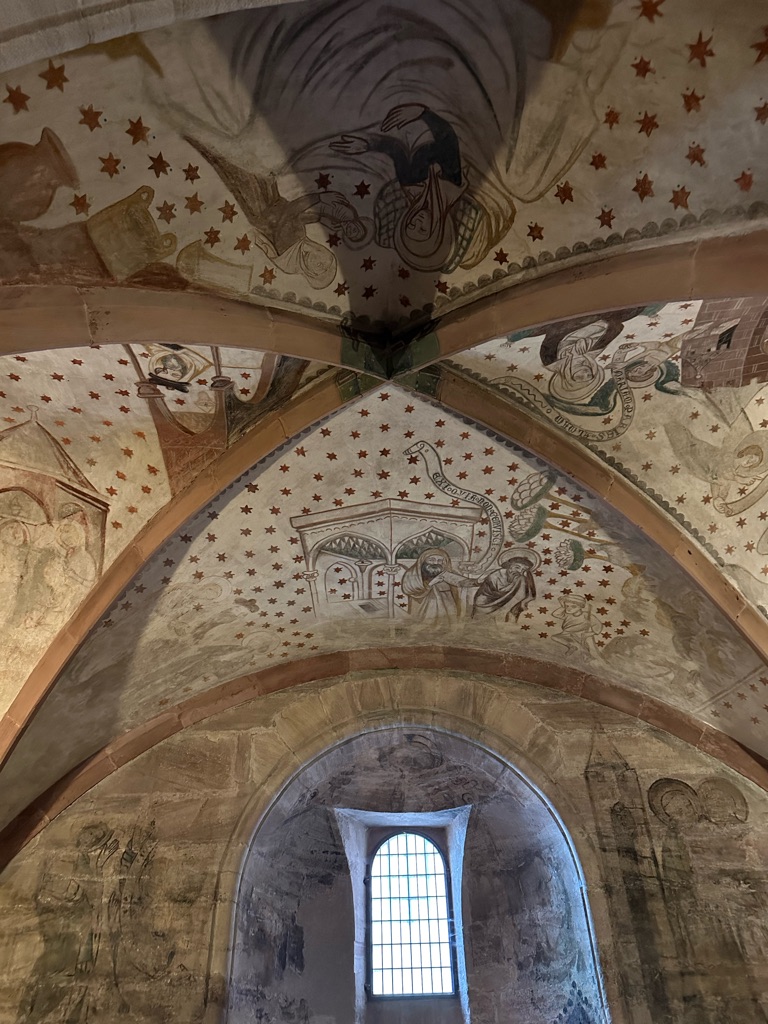
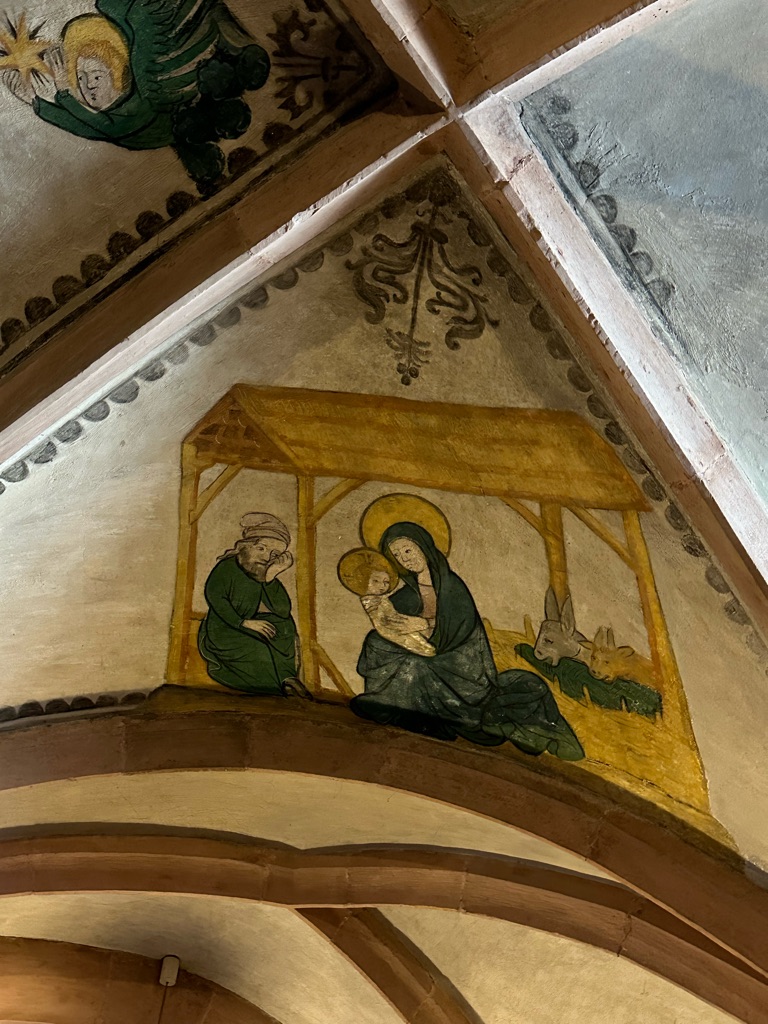
The stained-glass windows in the cathedral above, though, were fantastic.
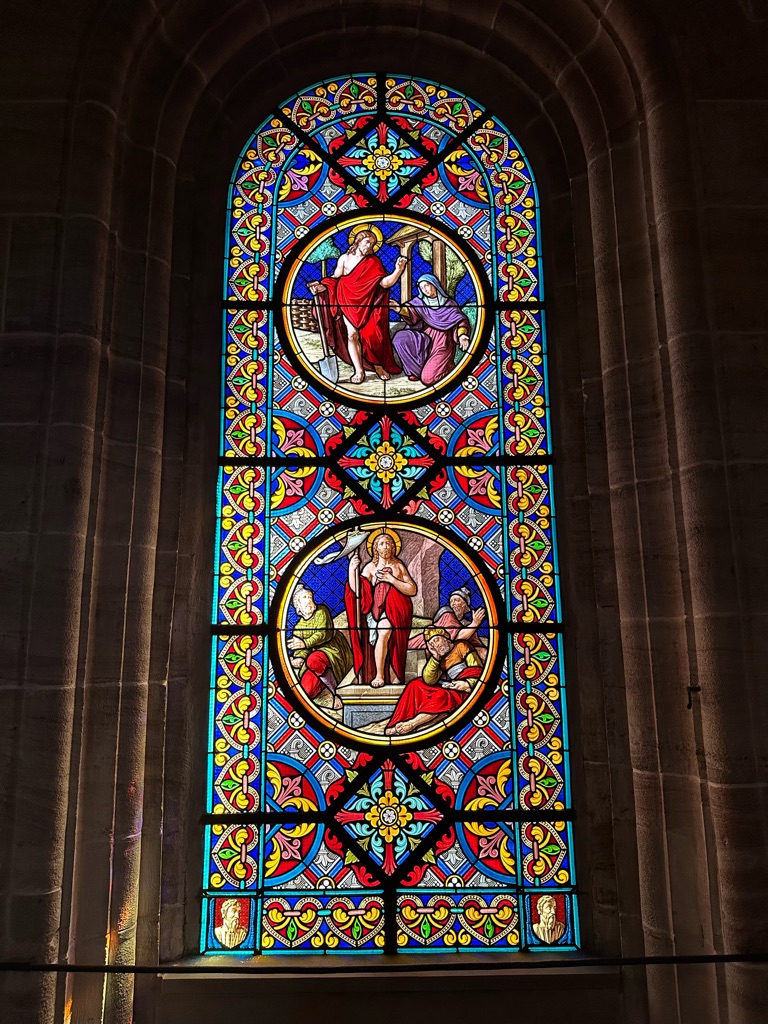

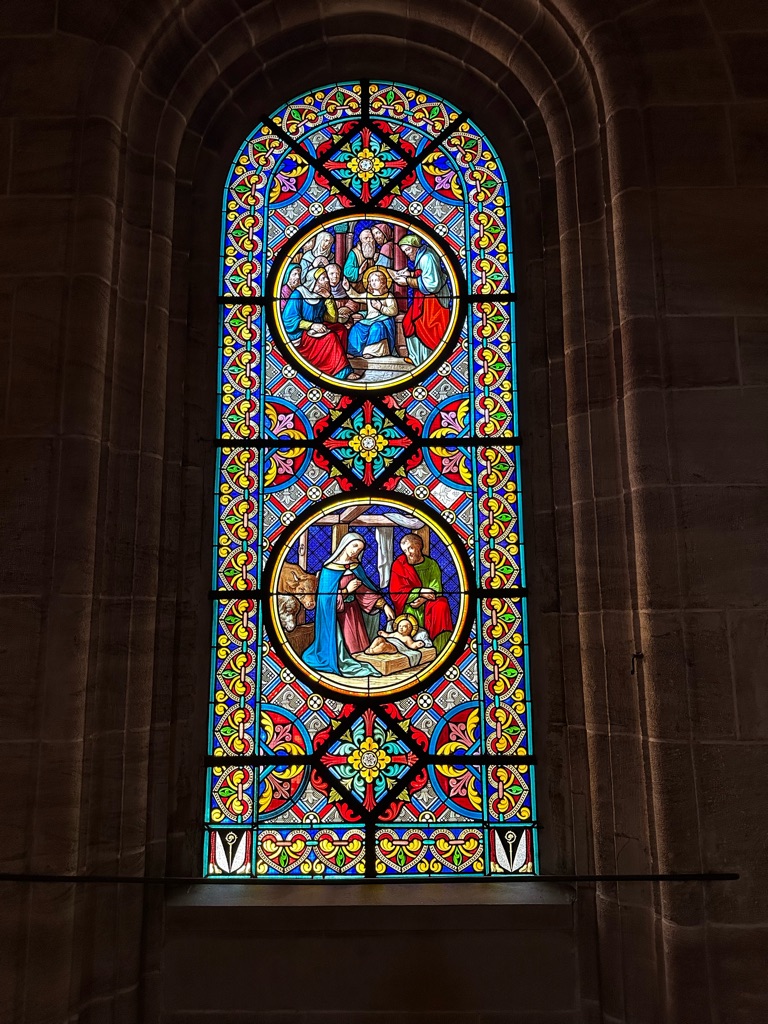
We were also able to climb right up through the steeple to the belltower - lots of narrow, steep little steps and only a rope to hang onto for a railing. I can understand why Quasimodo had a hunched-back!
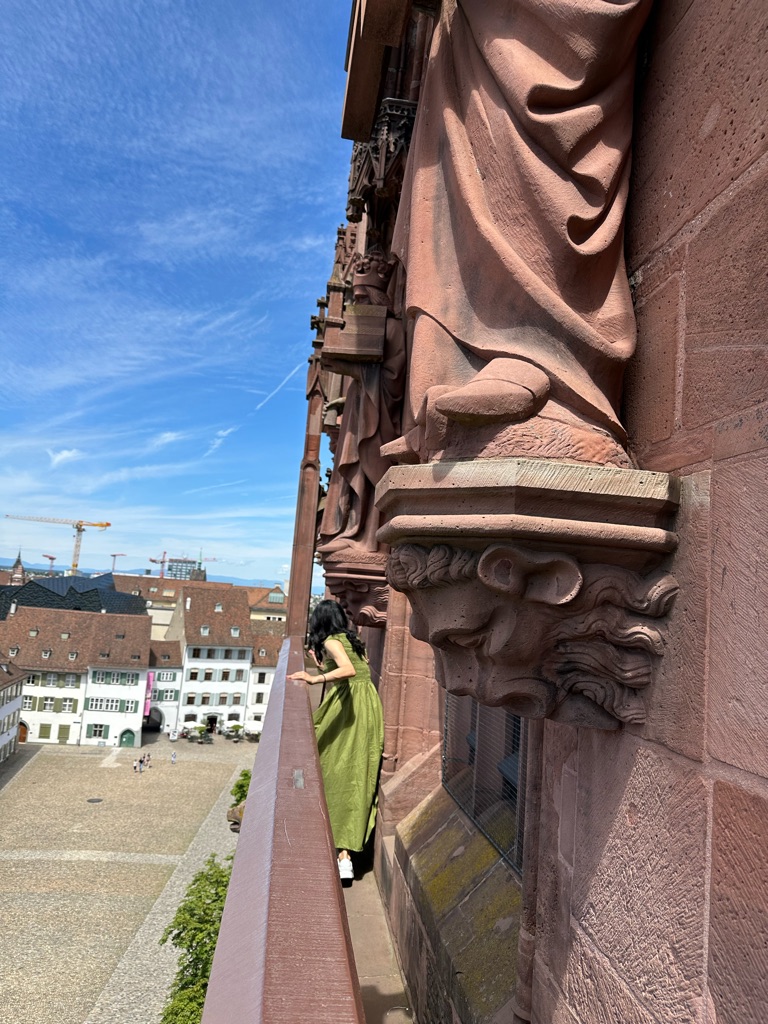
Meg showing how it's done
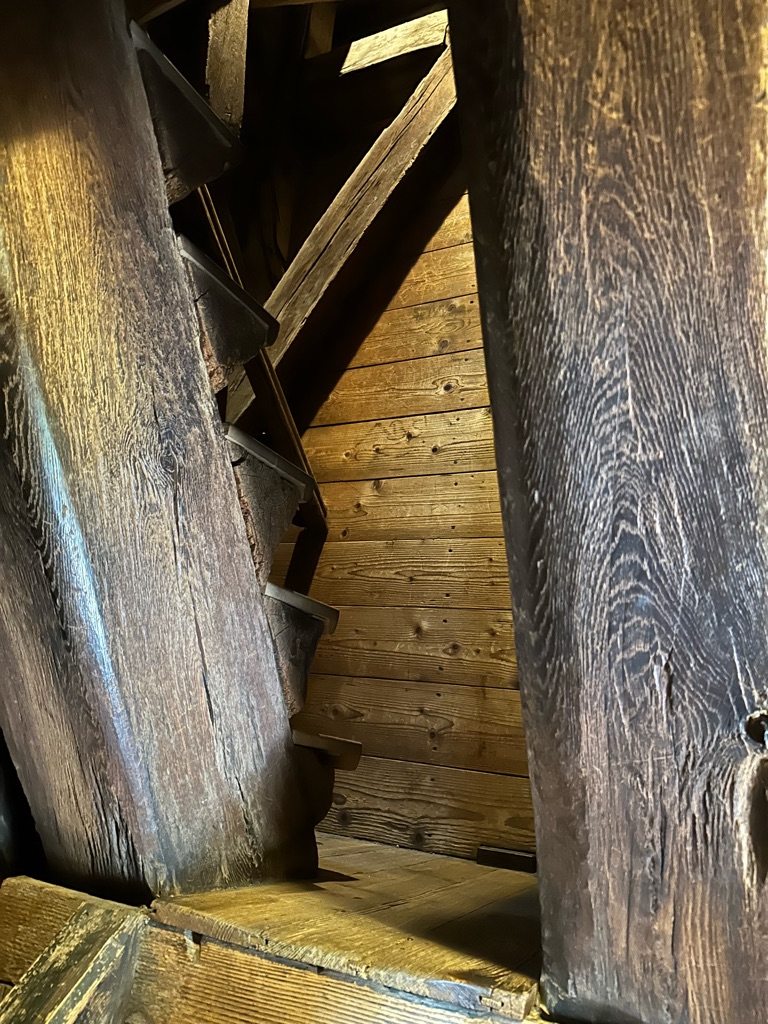
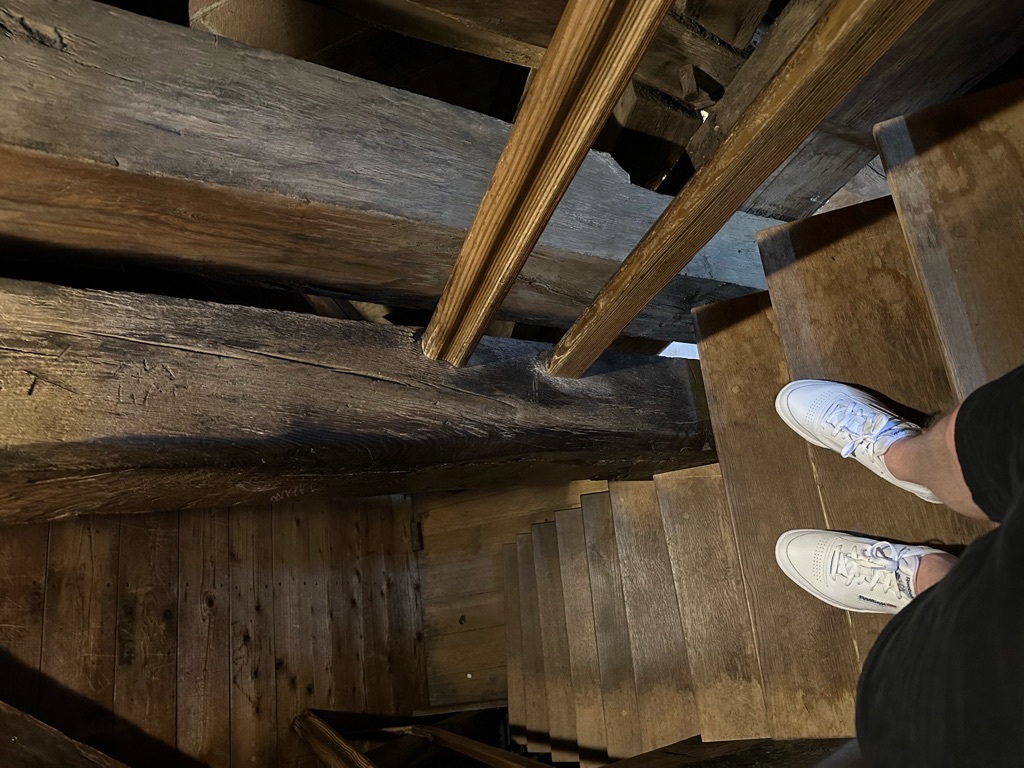
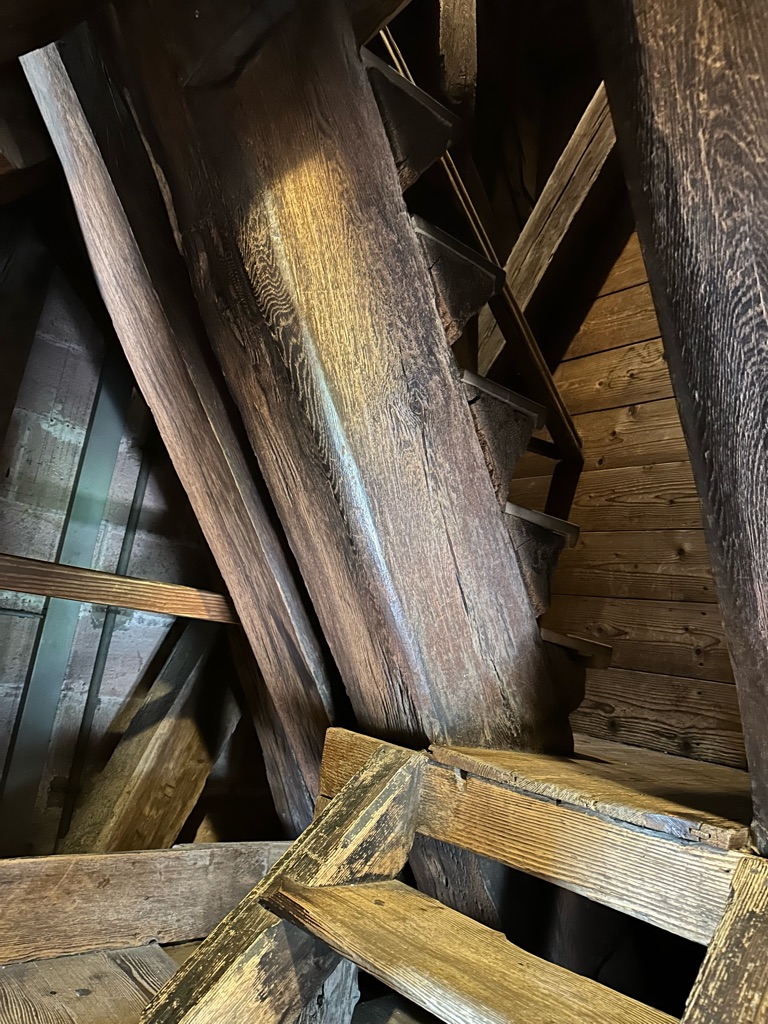
The views from the top were spectacular though!
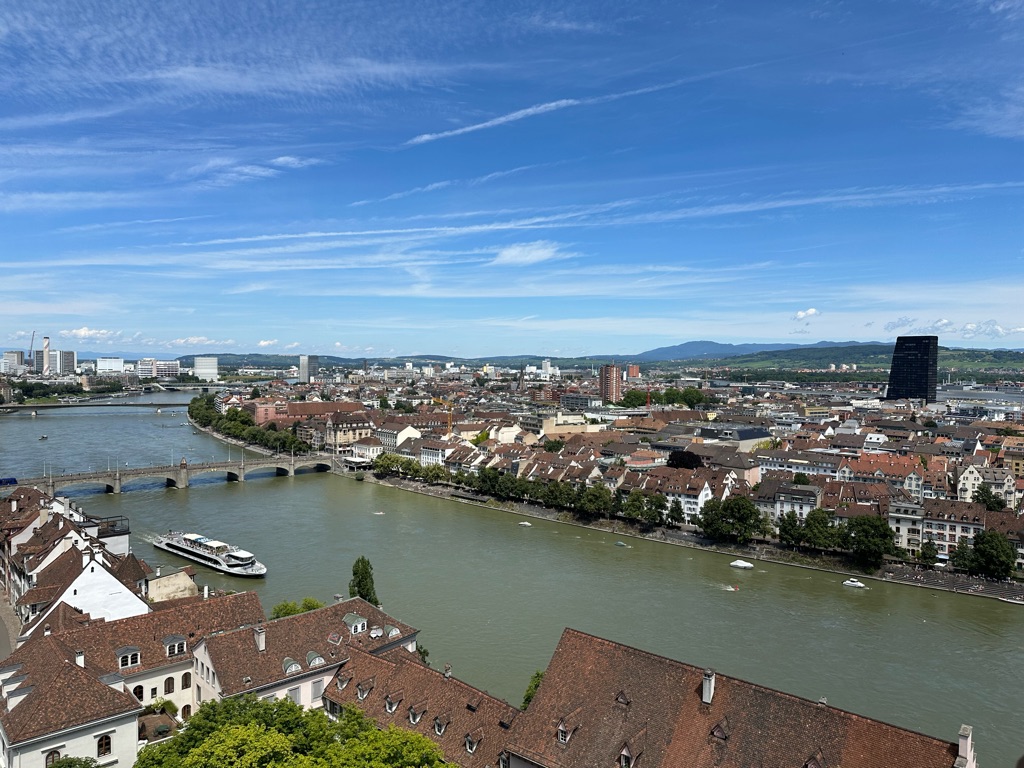

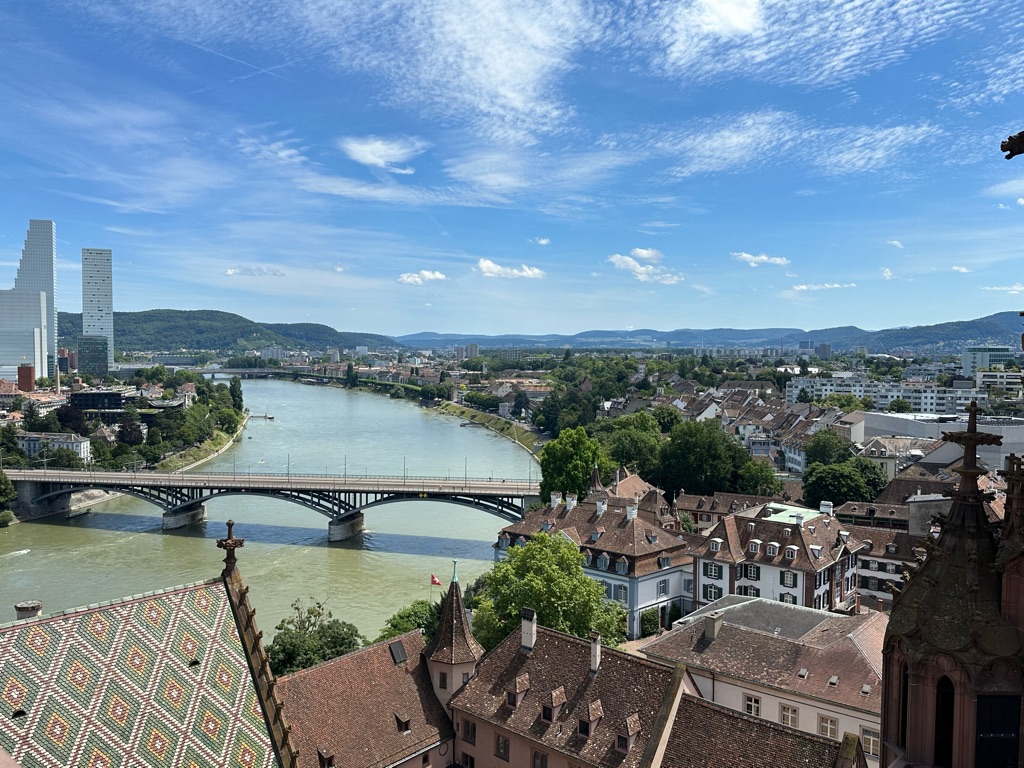

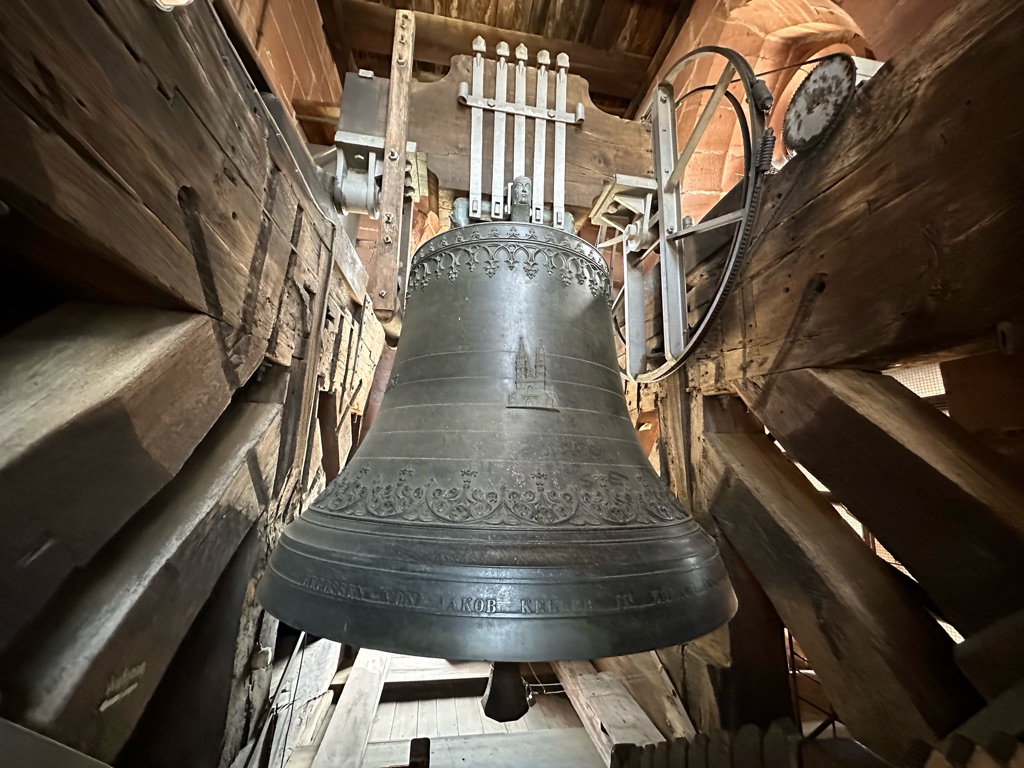

Even saw a few familiar faces in the other steeple!
Afterwards, Meg and I went to the Basel Kunstmuseum (get your mind out of the gutter) to check out the art.

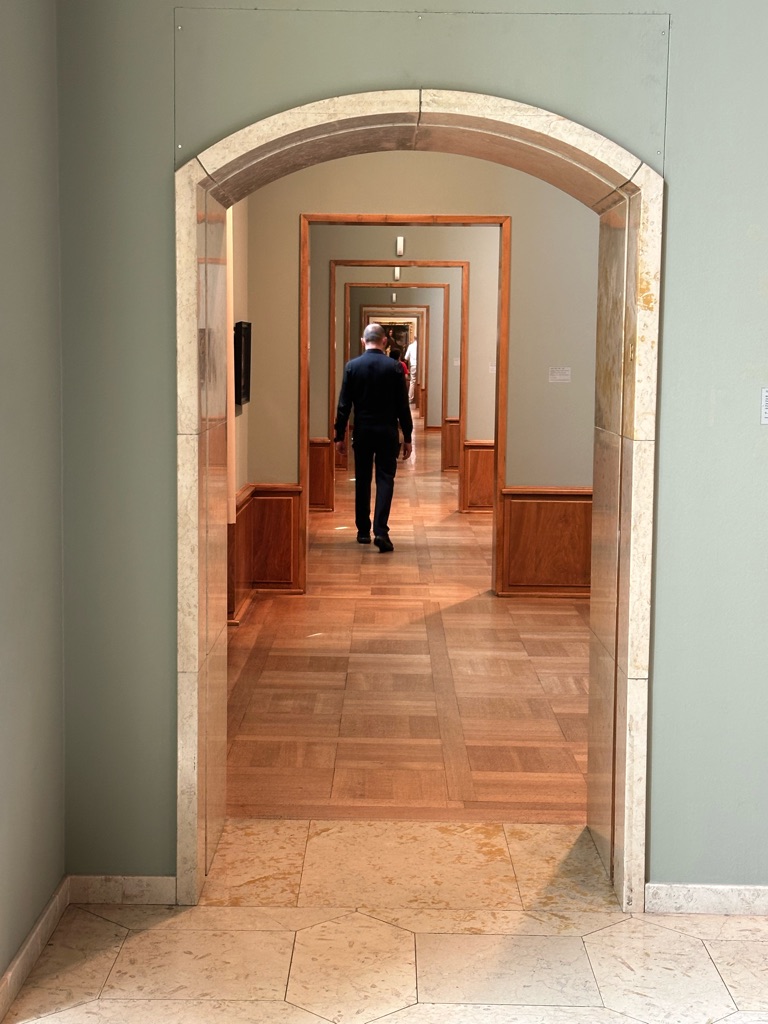
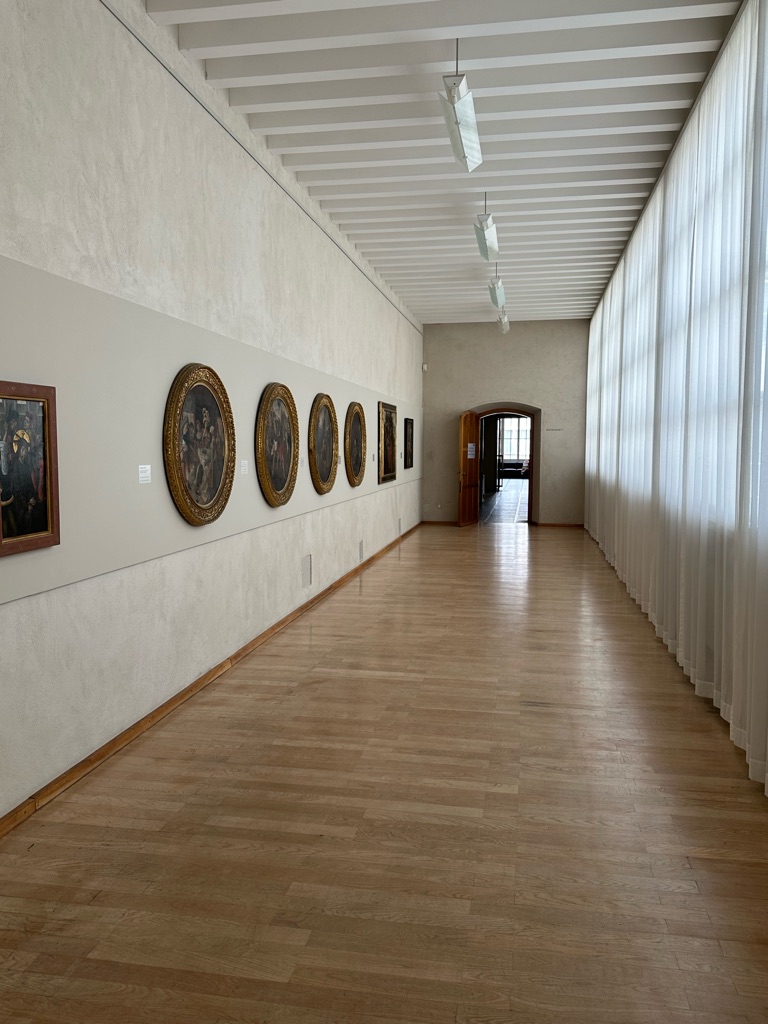
It was lovely and bright and airy!
There was a lot of dross from the middle ages (I tend not to like art from that period so much, because it's all focused on the big themes - birth, death, plague, religion - it's only from the 1700s onwards that the topics became a bit more varied).

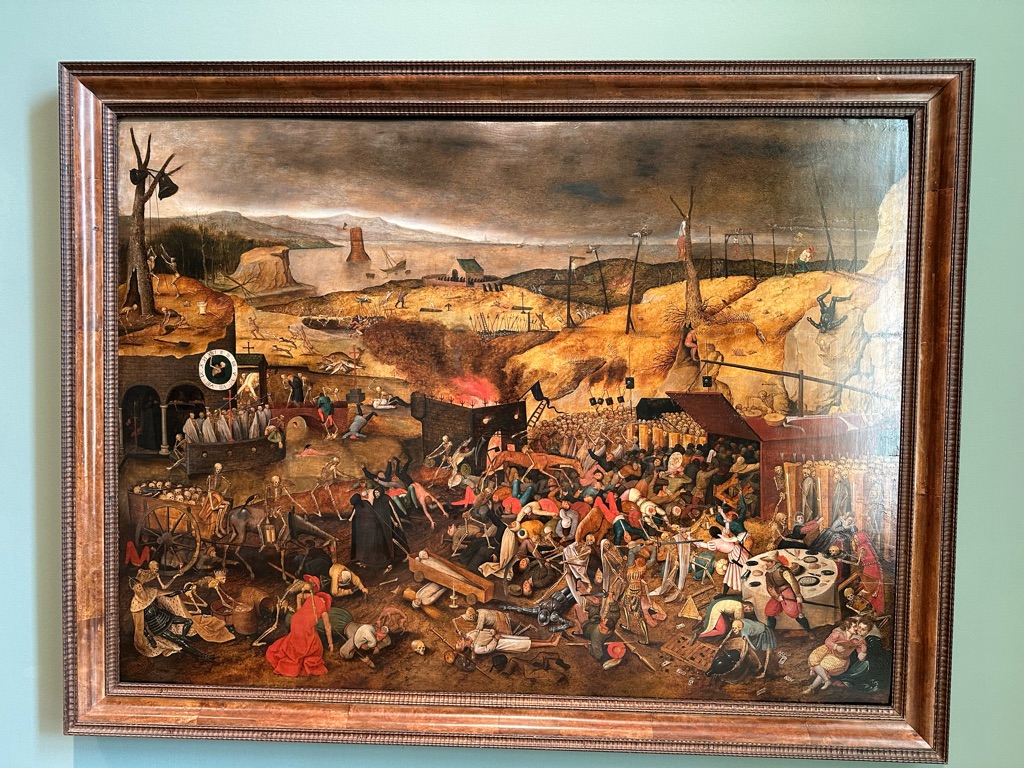
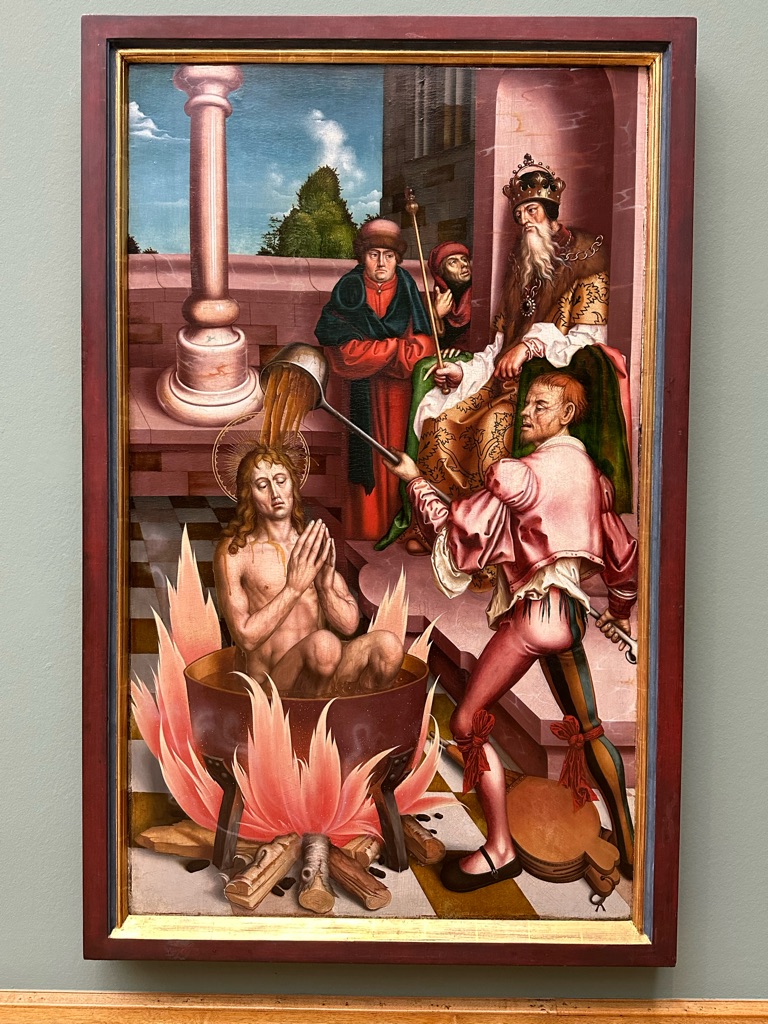
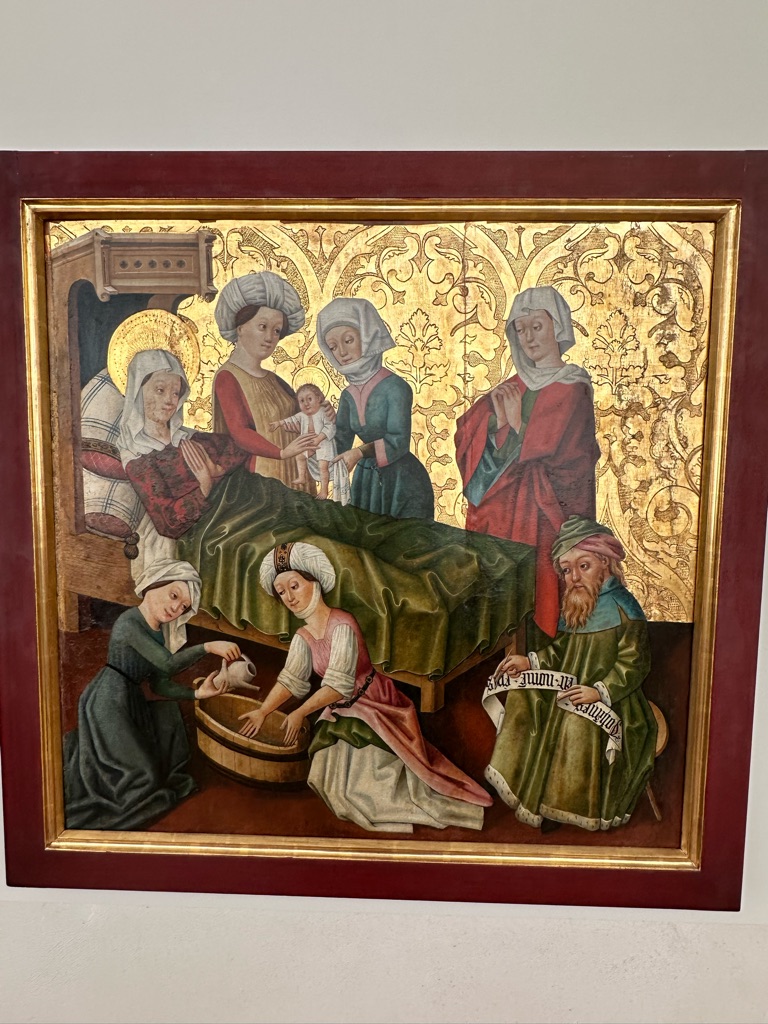


I did like this one by Holbein the Younger though - love the facial expressions.
The modern art collection was very very good, though
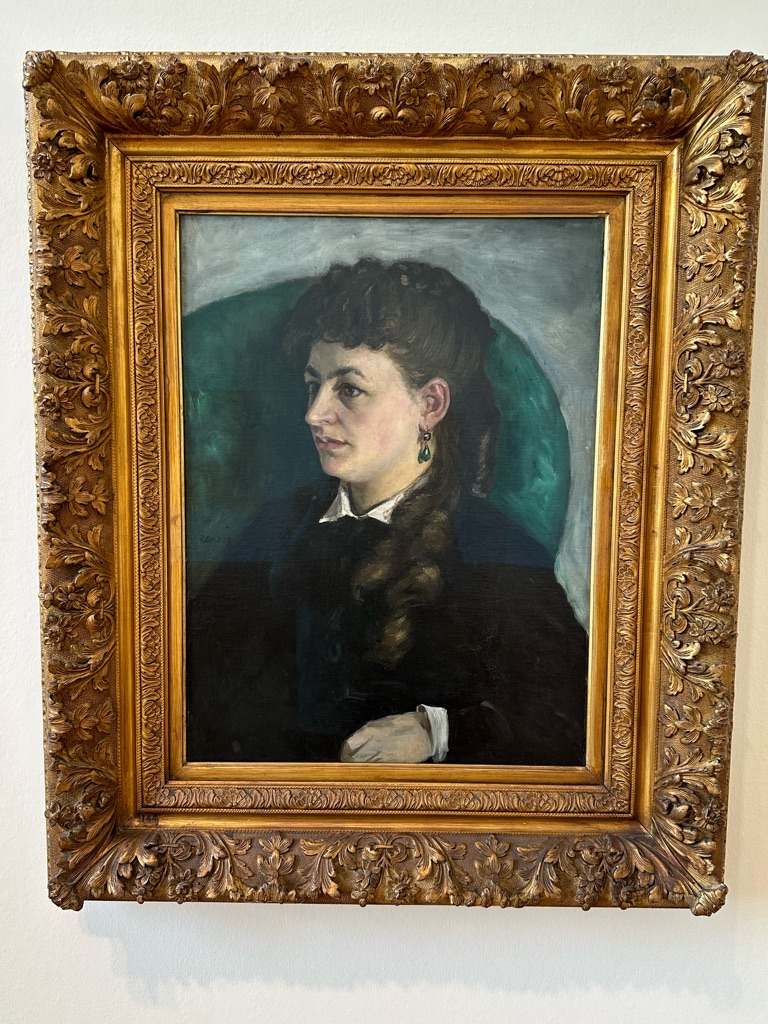
Meg's favourite was the Renoir
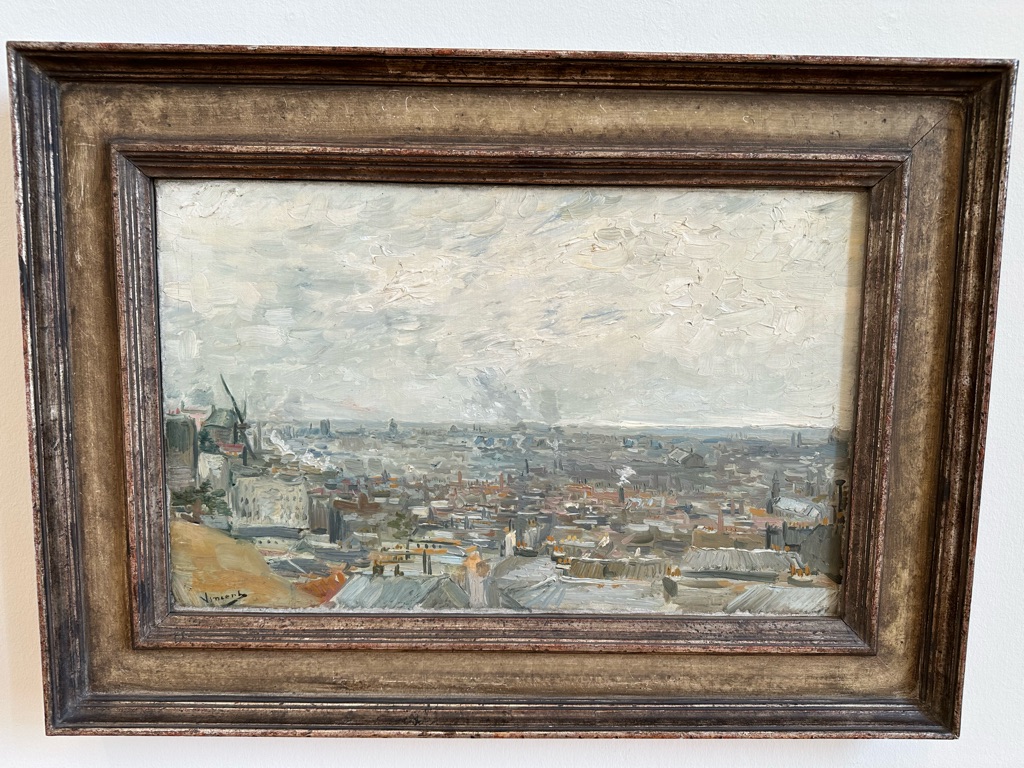
There were a few Van Goghs
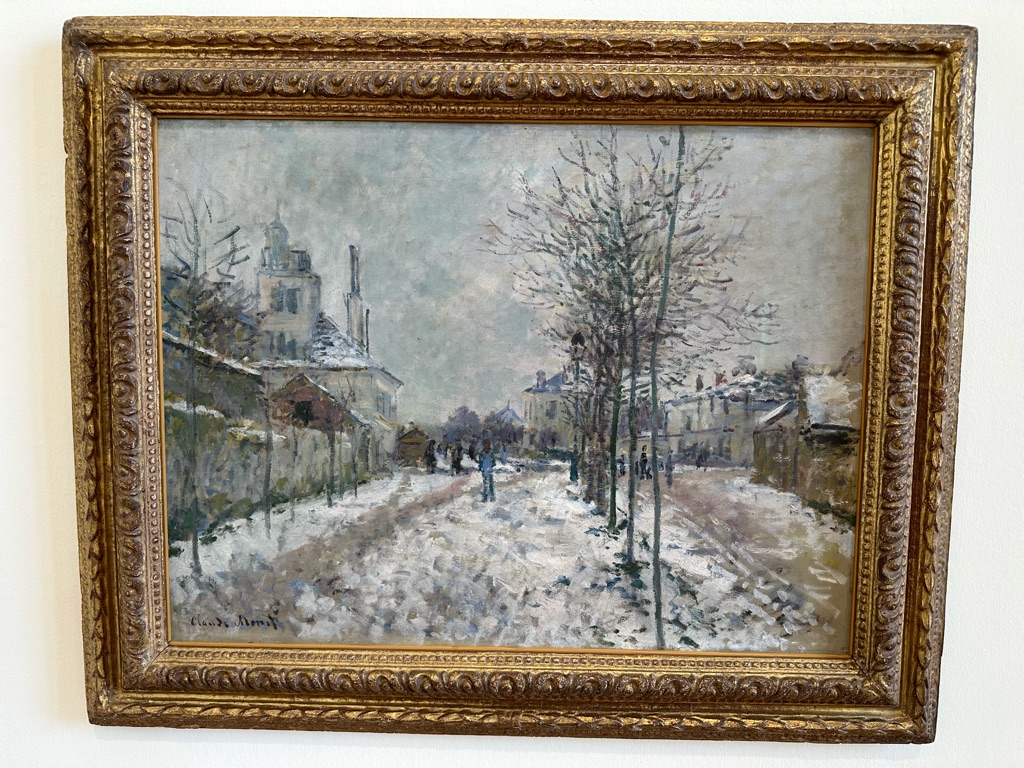
Some Monet
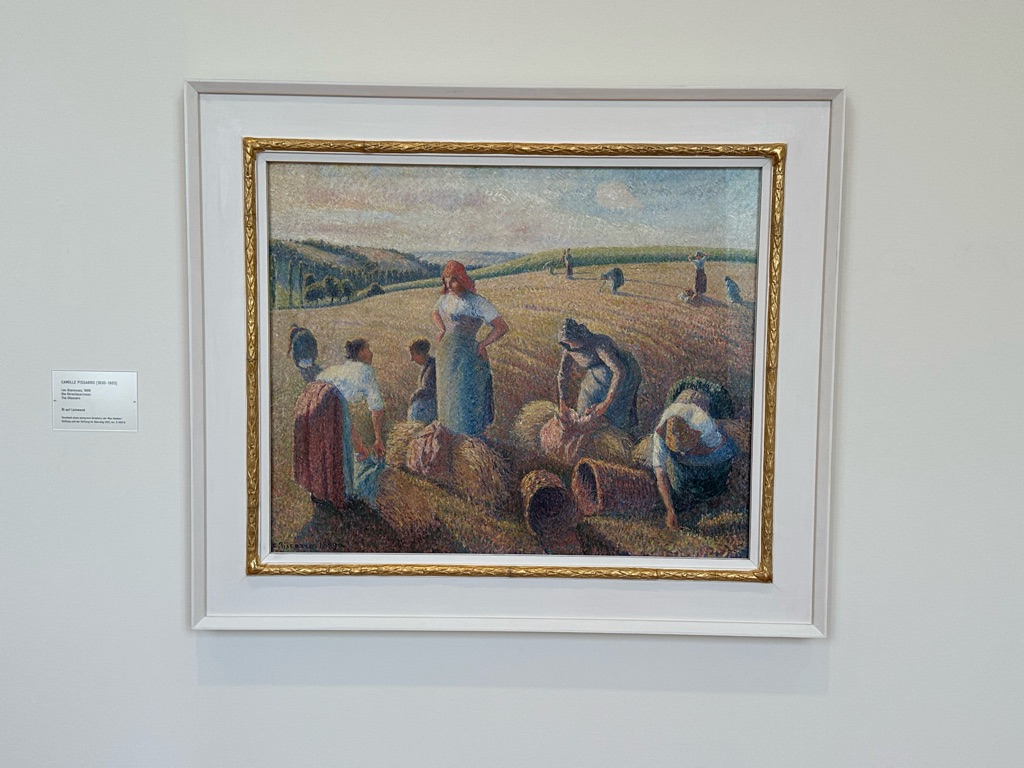
My absolute favourite, "The Gleaners" by Camille Pisarro - I love it
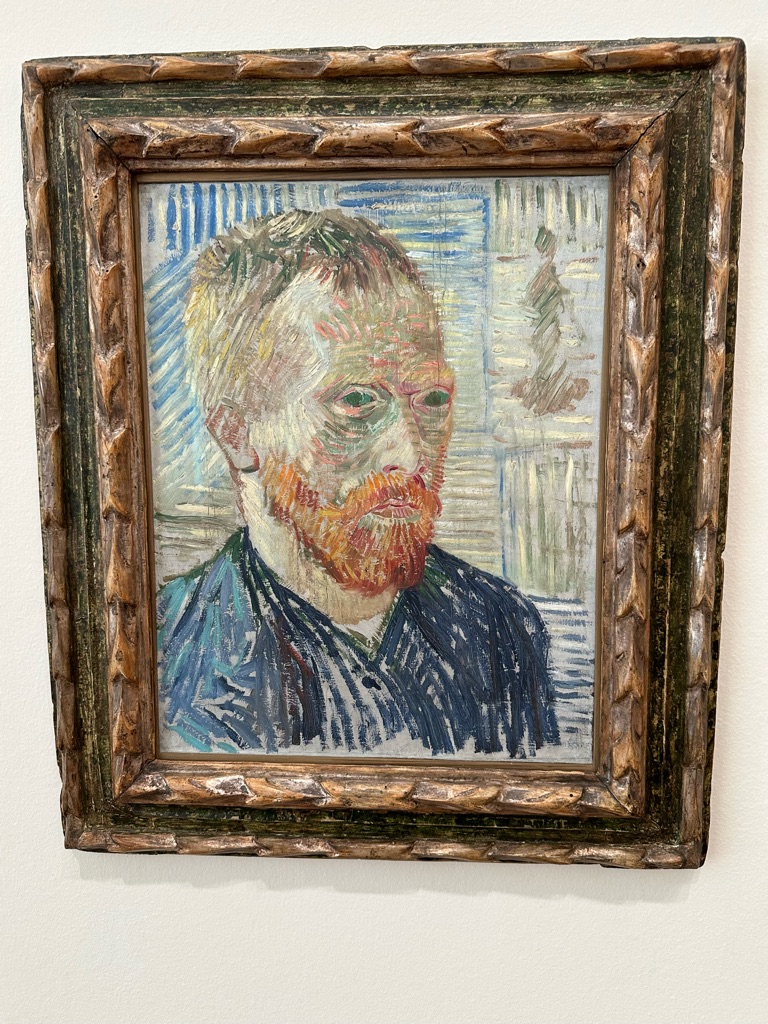
More Van Gogh

Lots of Picasso
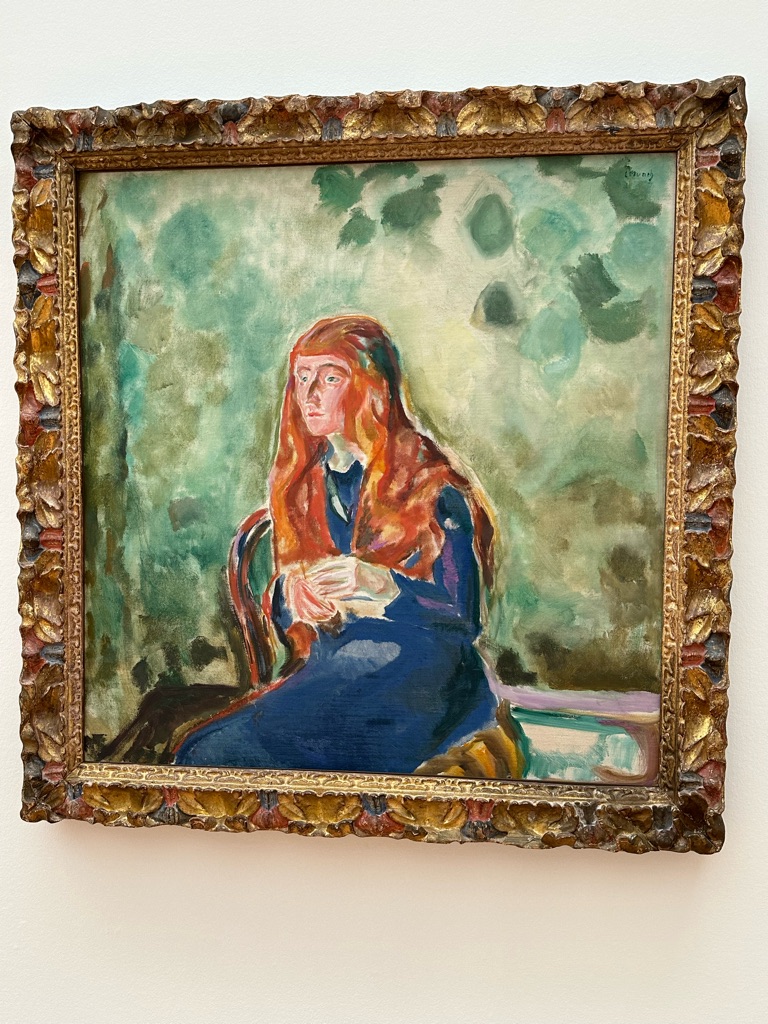

A couple by Edvard Munch, who painted "The Scream" - I've never seen any of his other paintings before, so this was great to see
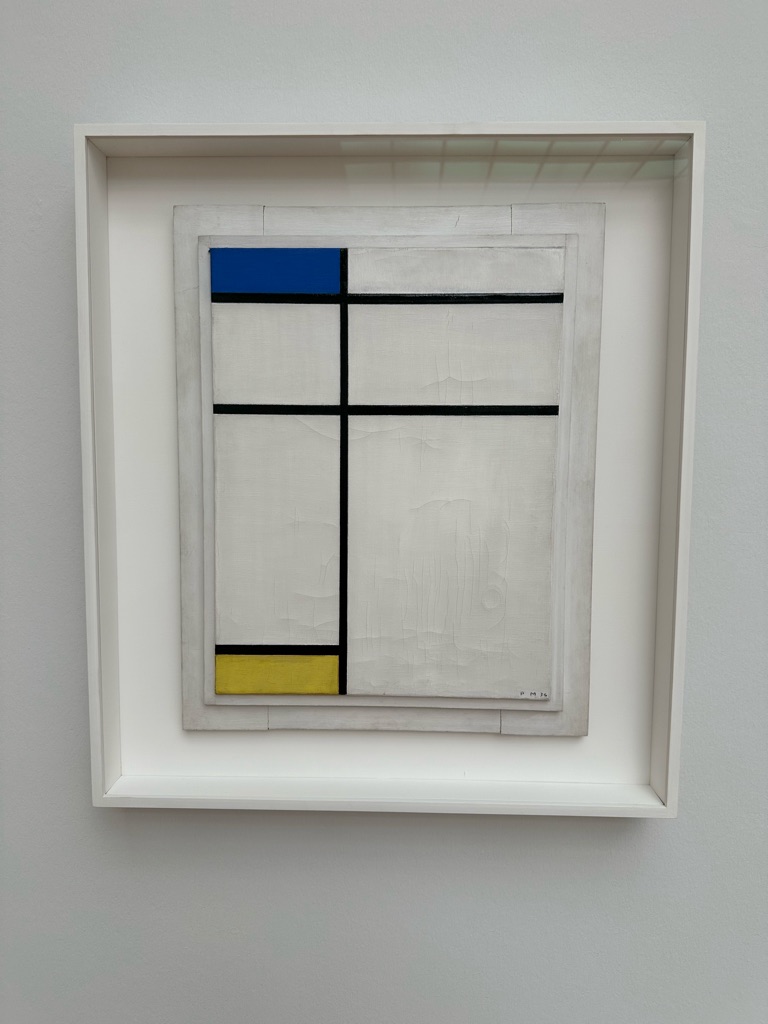
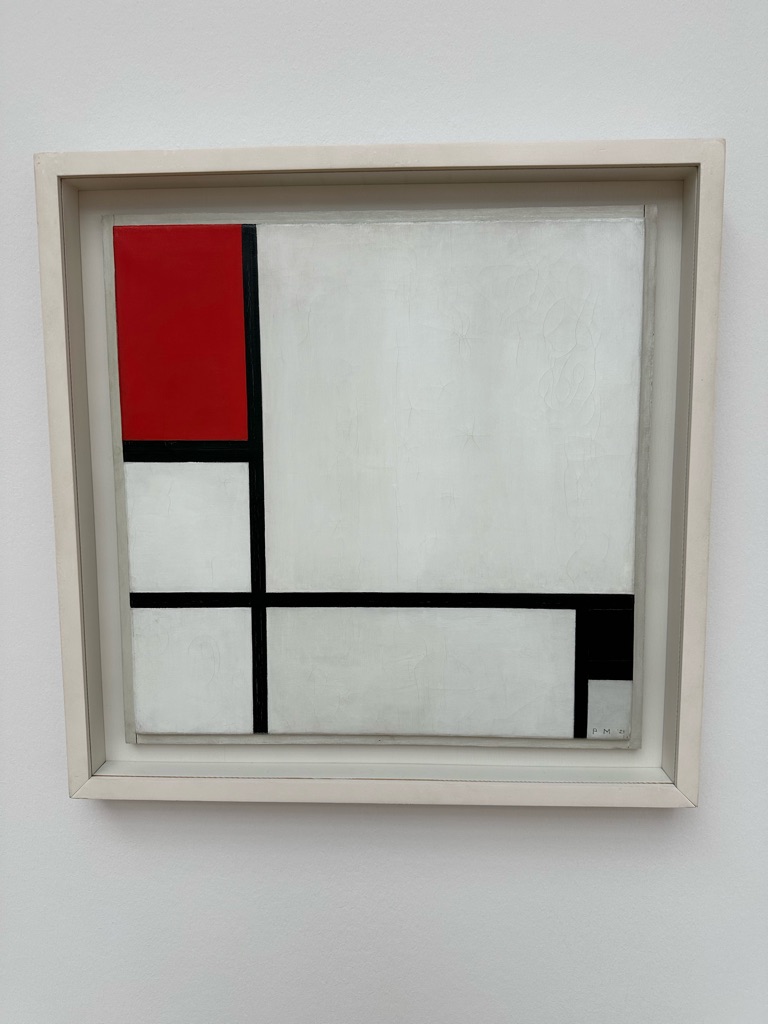
And several Mondrians
After finishing up at the gallery, we went straight to the boat! More on that later; for now, here are some pics - our quarters are amazing!
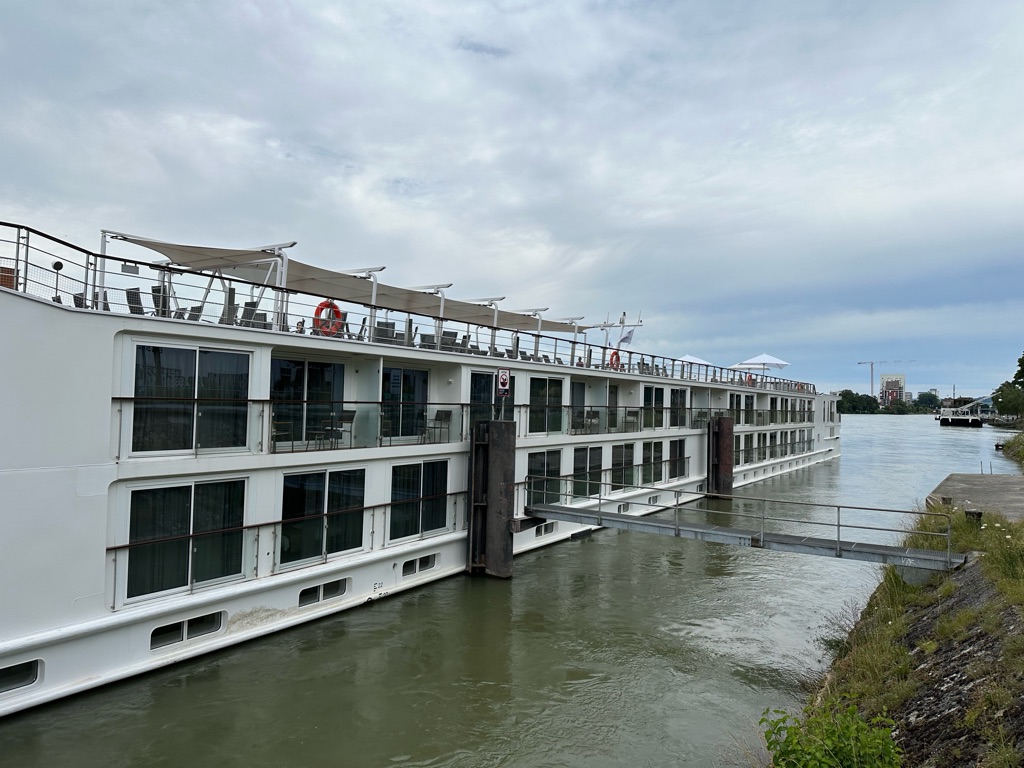
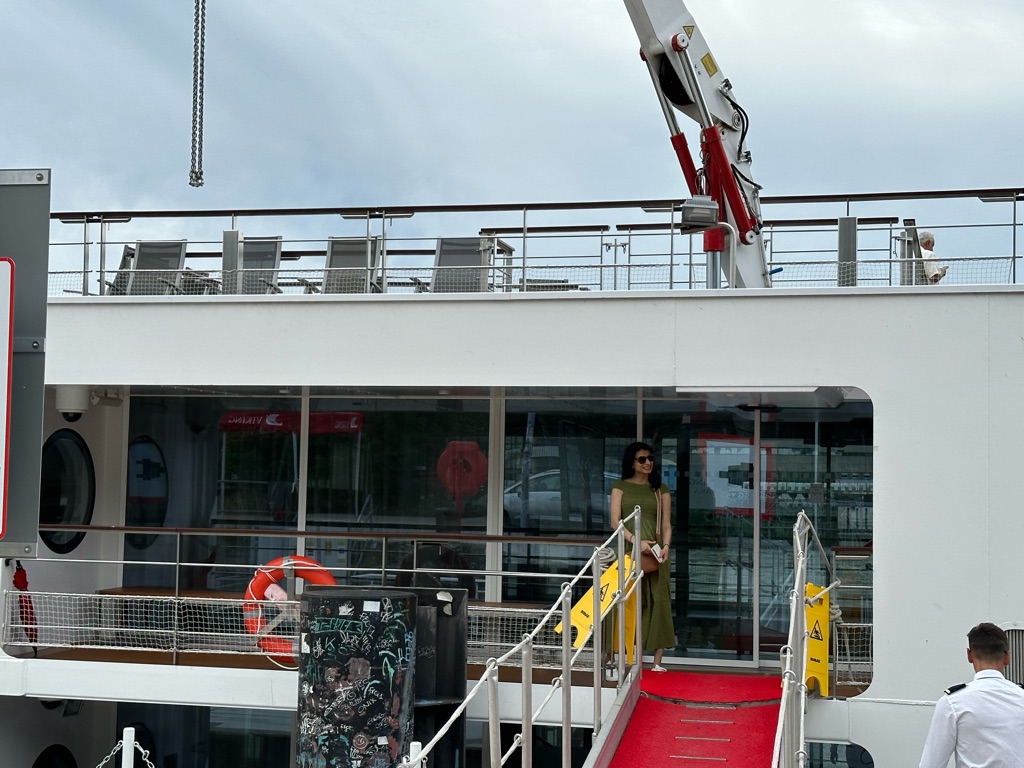

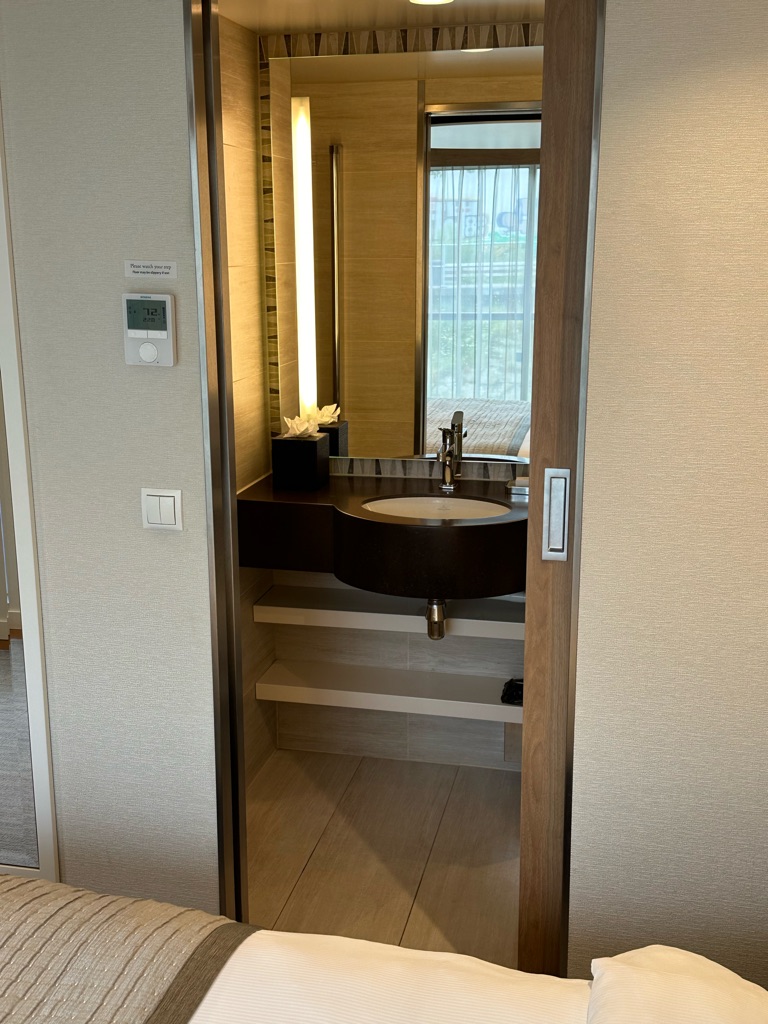
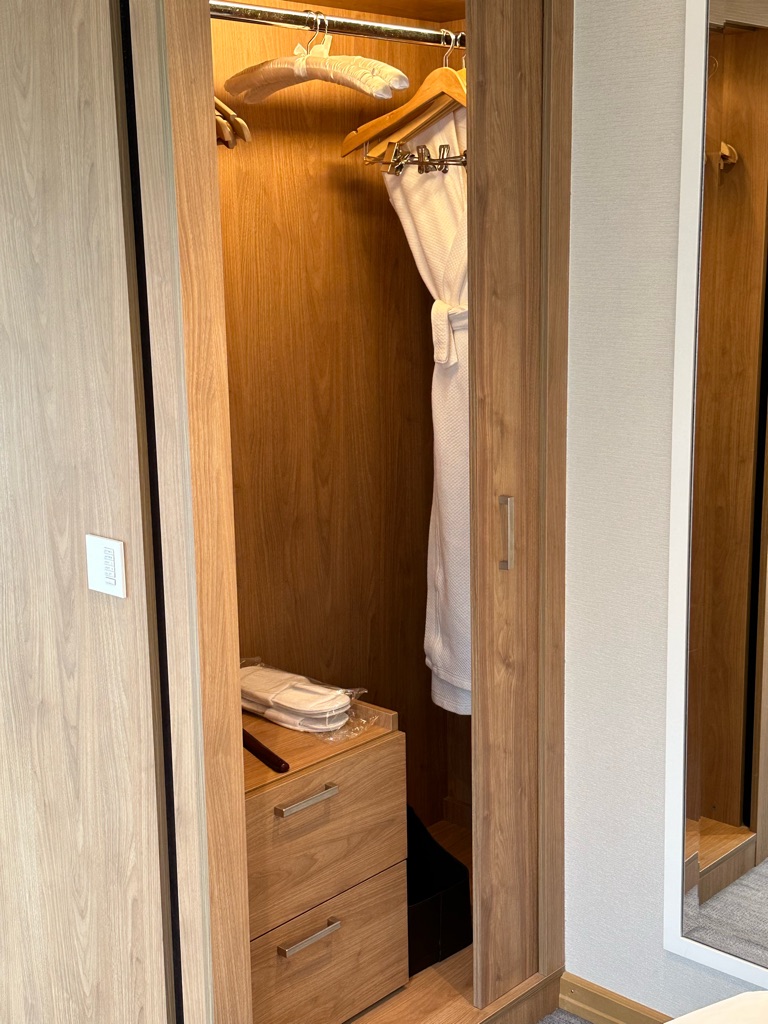
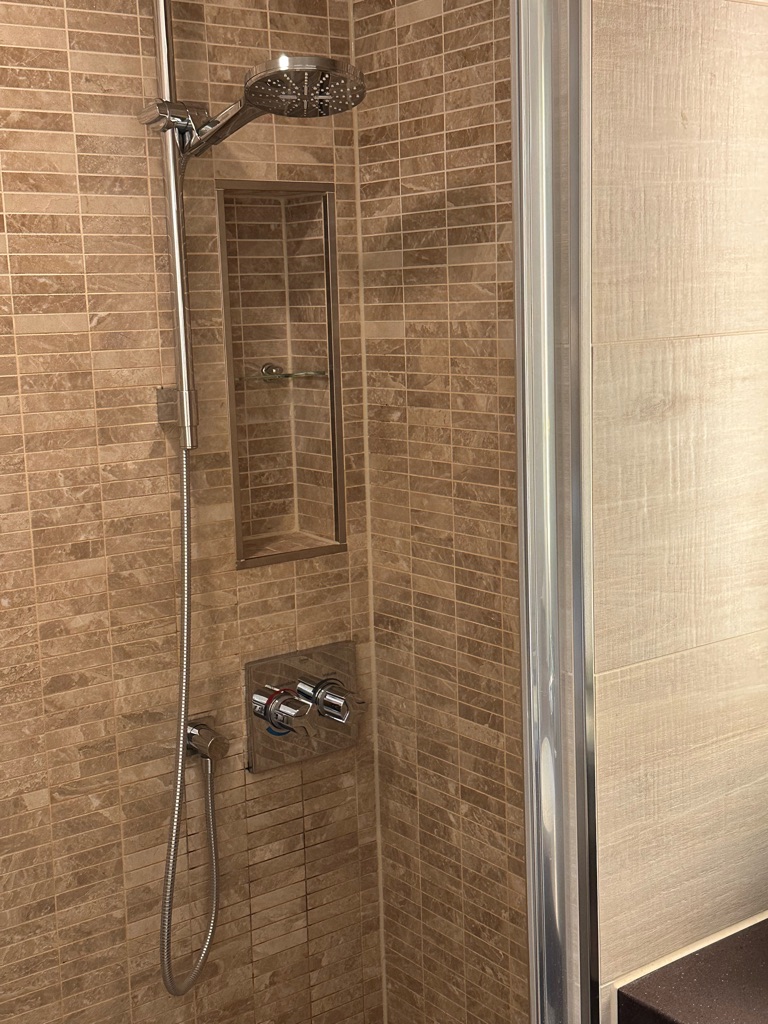
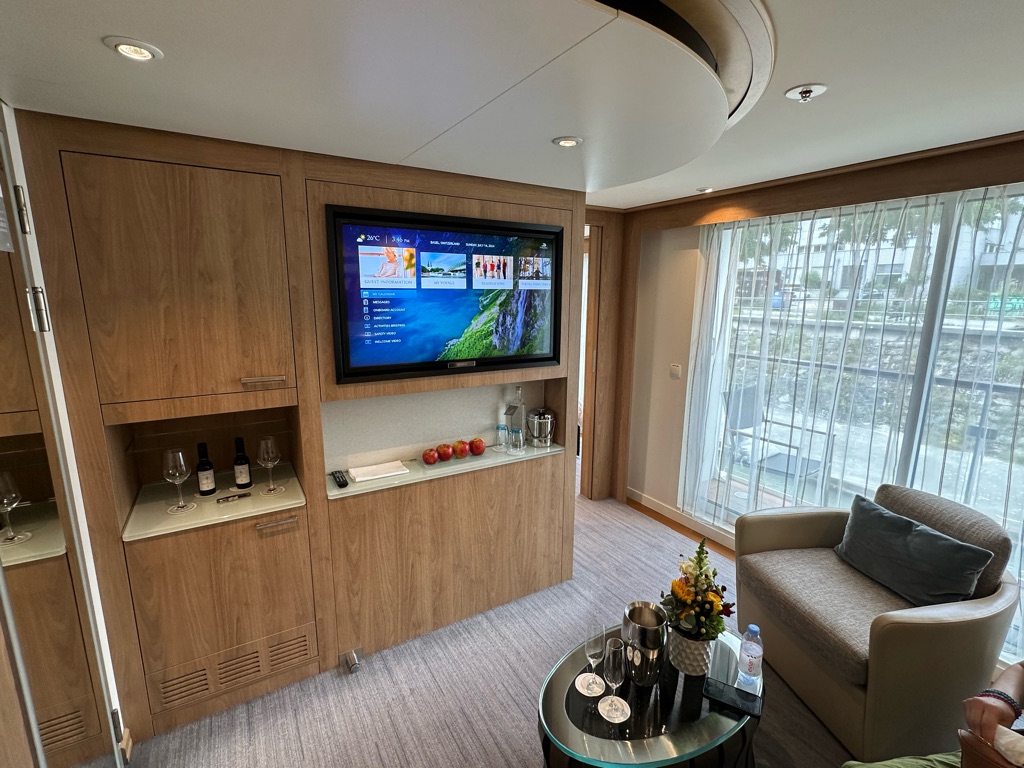
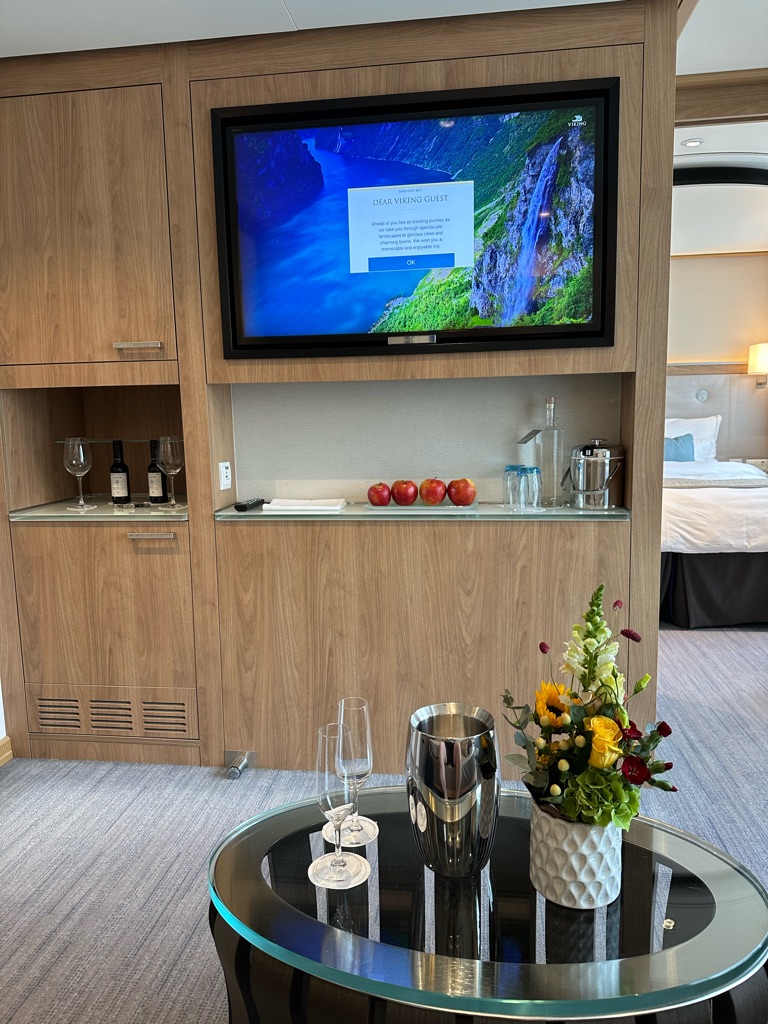
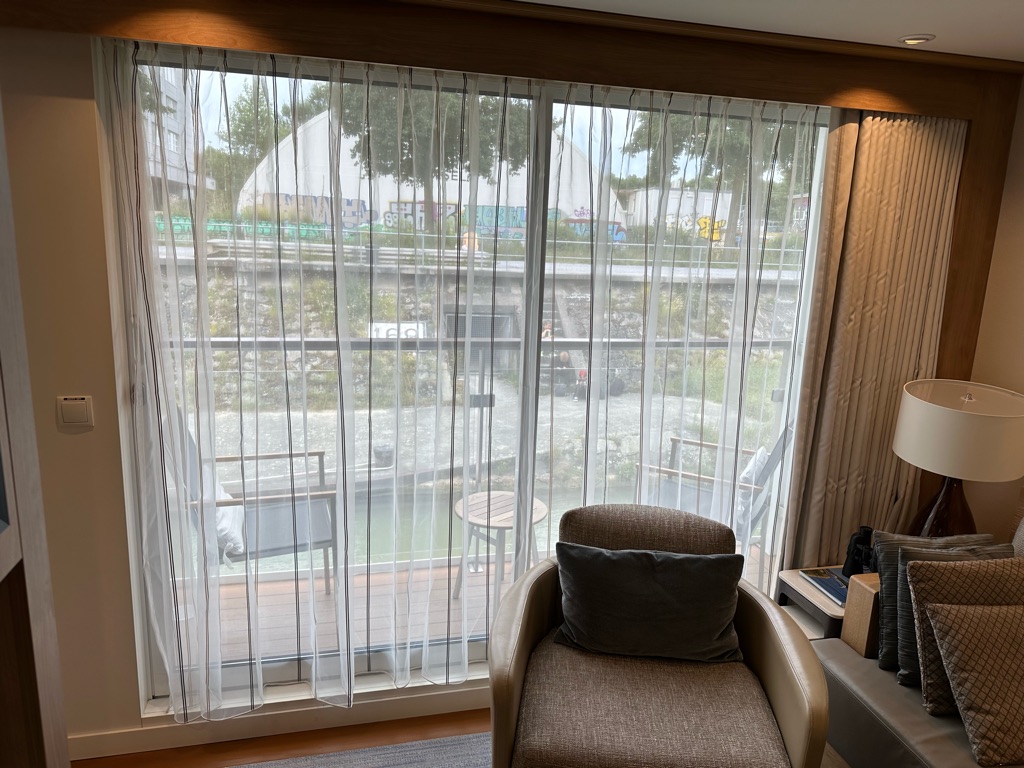
Good morning from Breisach, where we have just boarded the bus for our day tour to the Black Forest, home of Hansel & Gretel, cuckoo clocks, and Black Forest Cake!
Overnight we were (at various stages of the journey) in Switzerland, France or Germany. In fact, even now, we are in Germany on one bank of the river - but on the other bank, we’d be in France.
On board yesterday, everyone quickly settled in to watch the Men’s Final at Wimbledon, and all were happy with the result.
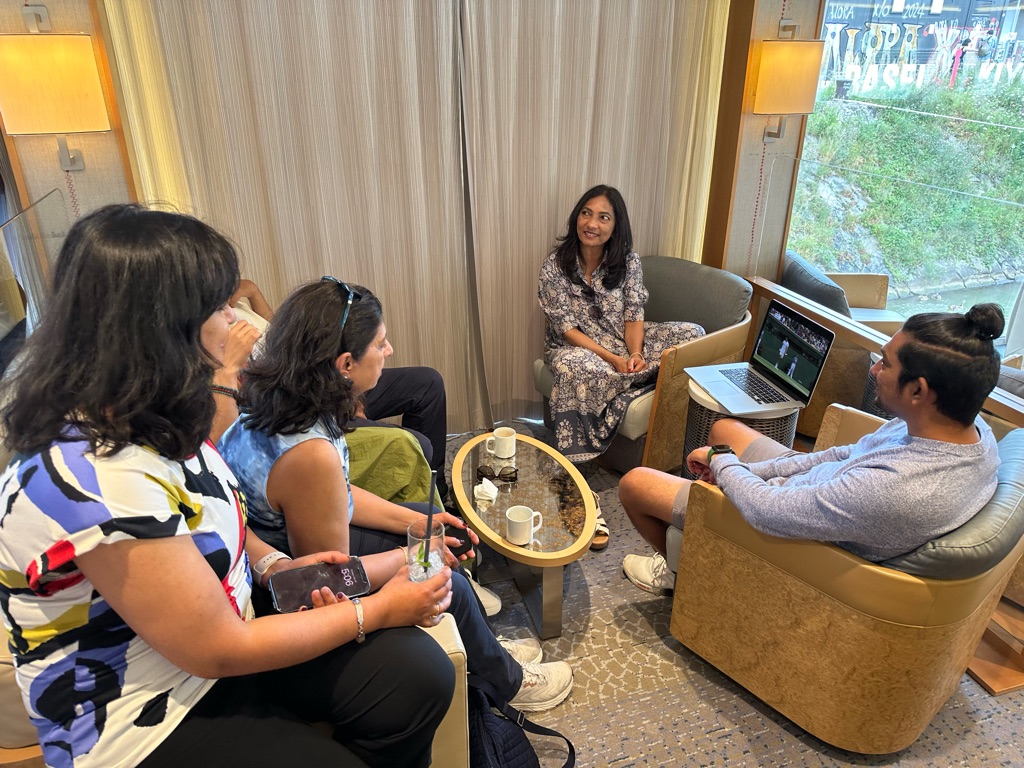
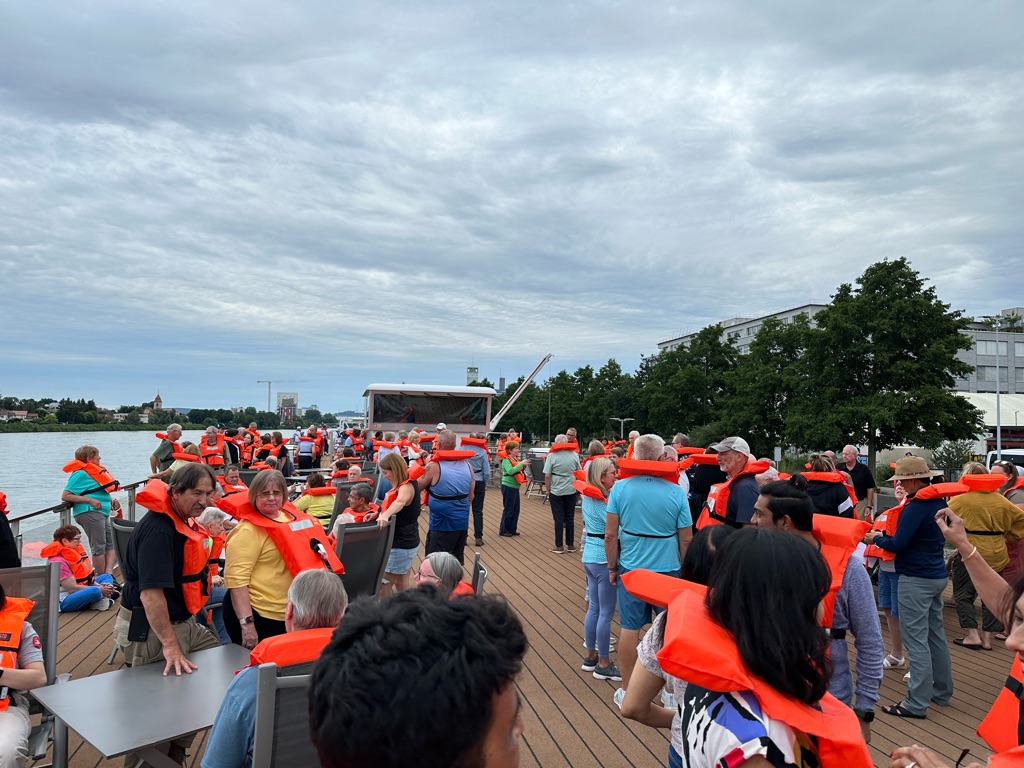
Then a quick safety drill
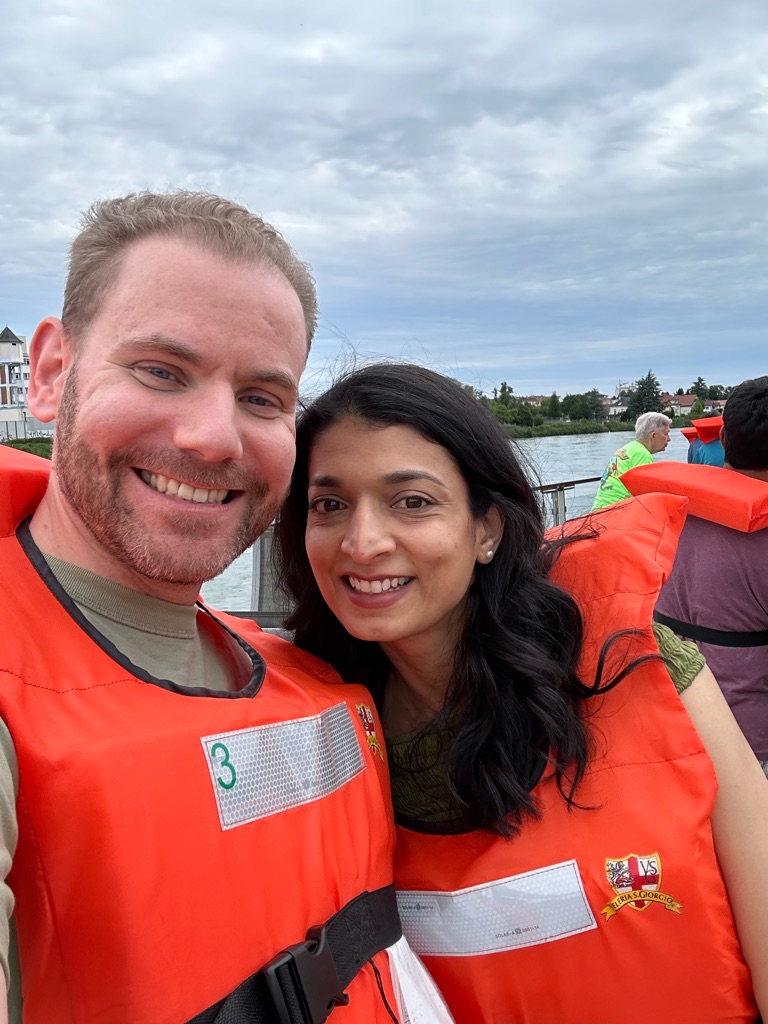
Very stylish
The dinner options include a regional specials menu (a bit like the Ghan) - I had the ham salad, veal, and warm pudding for dessert.


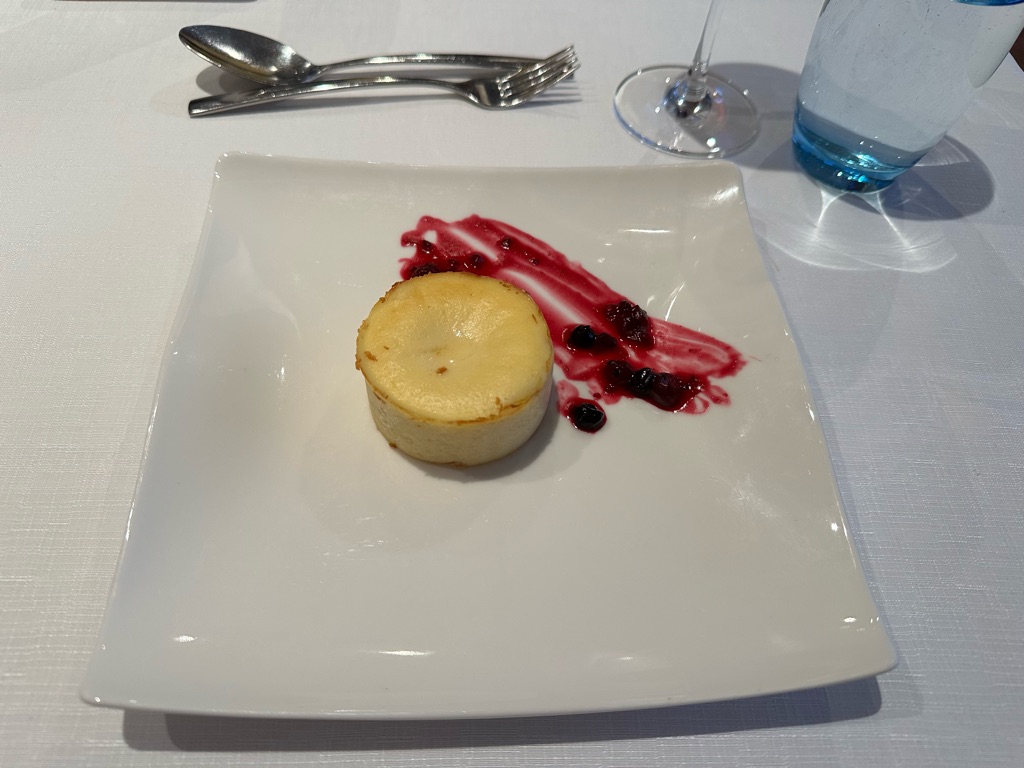
Before turning in for the evening, we all stood on the deck while the ship transited the first of many lochs - what an amazing piece of engineering. The ship is basically locked into a berth at a dam across the river; the water then drains out of that compartment so that the ship is lowered by 50 feet, and then the dam wallboard opens up to allow the ship to proceed through to the next (lower) section of the river. The sun was setting as we went through, which gave some amazing photos!
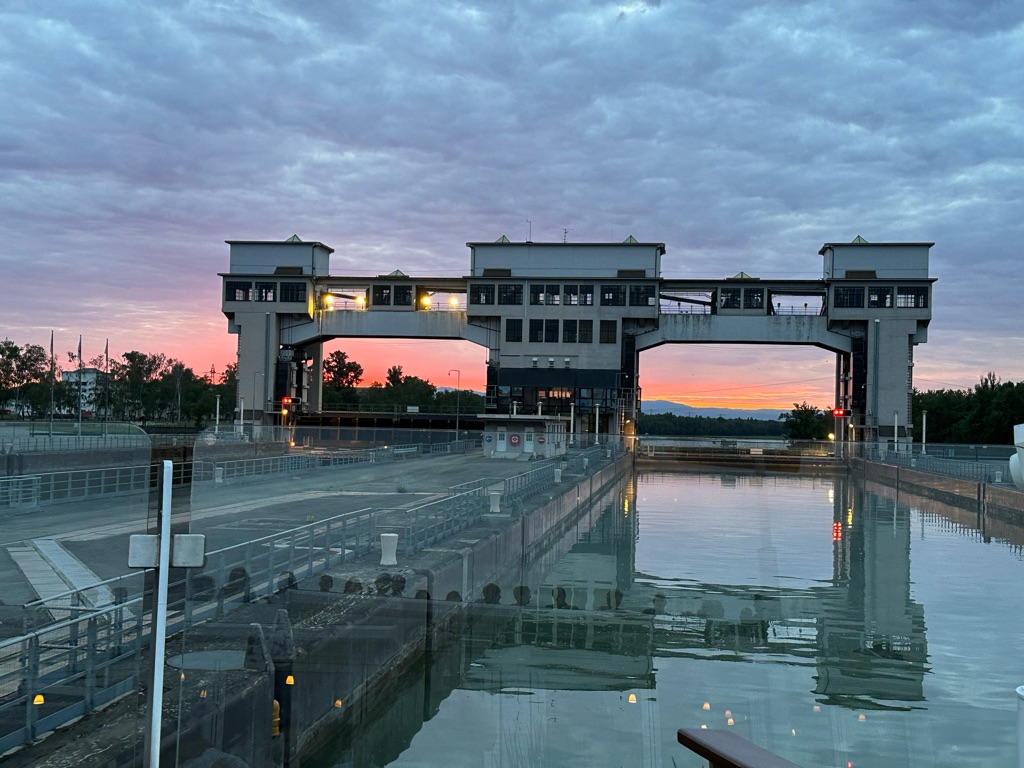
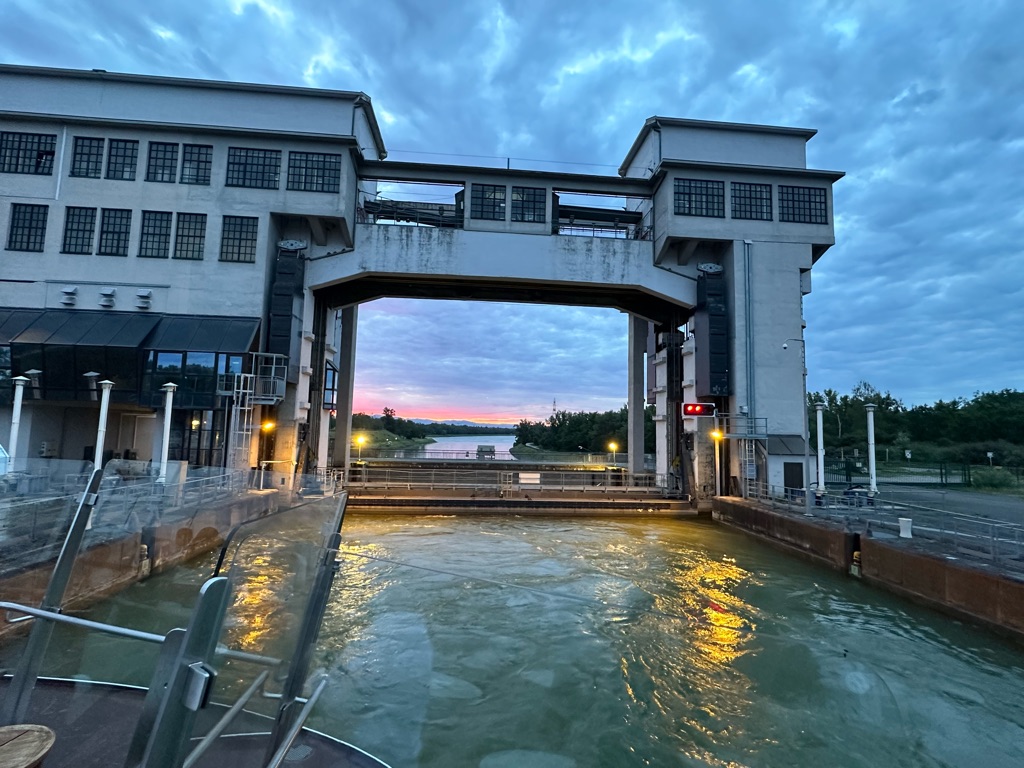
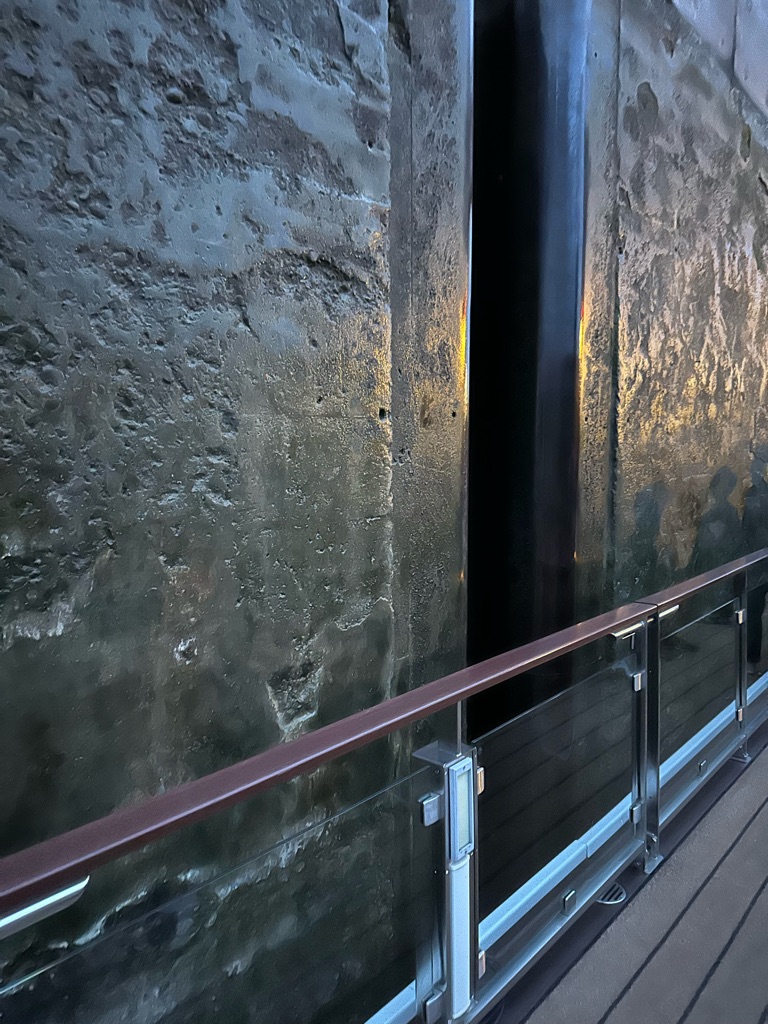
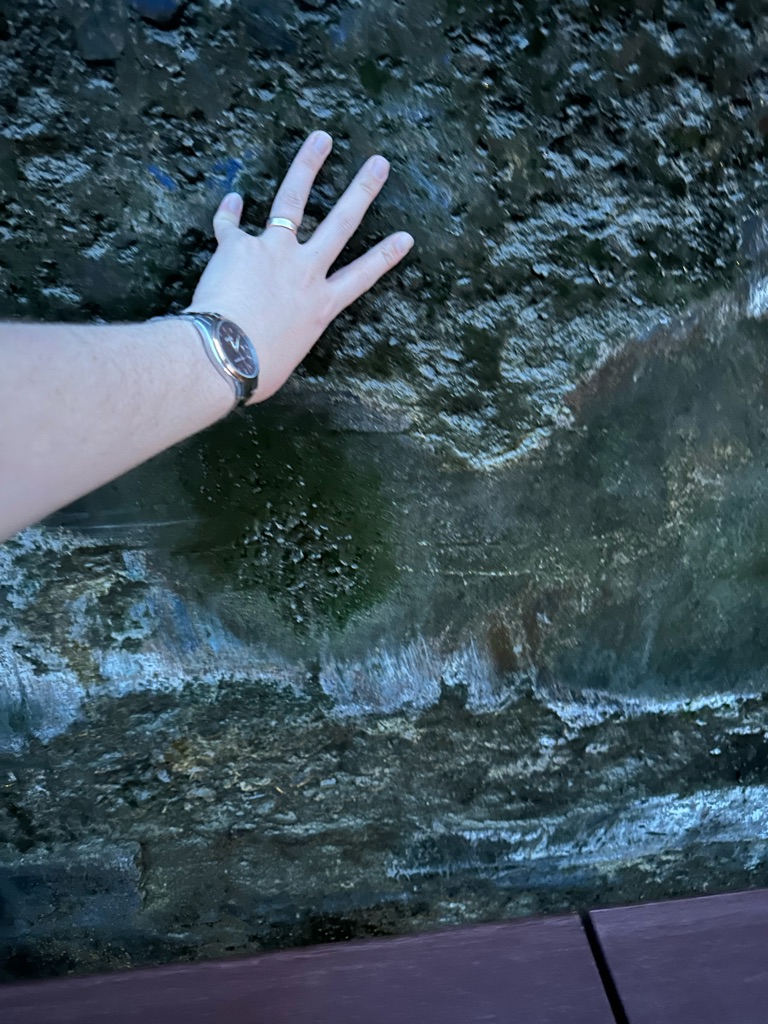

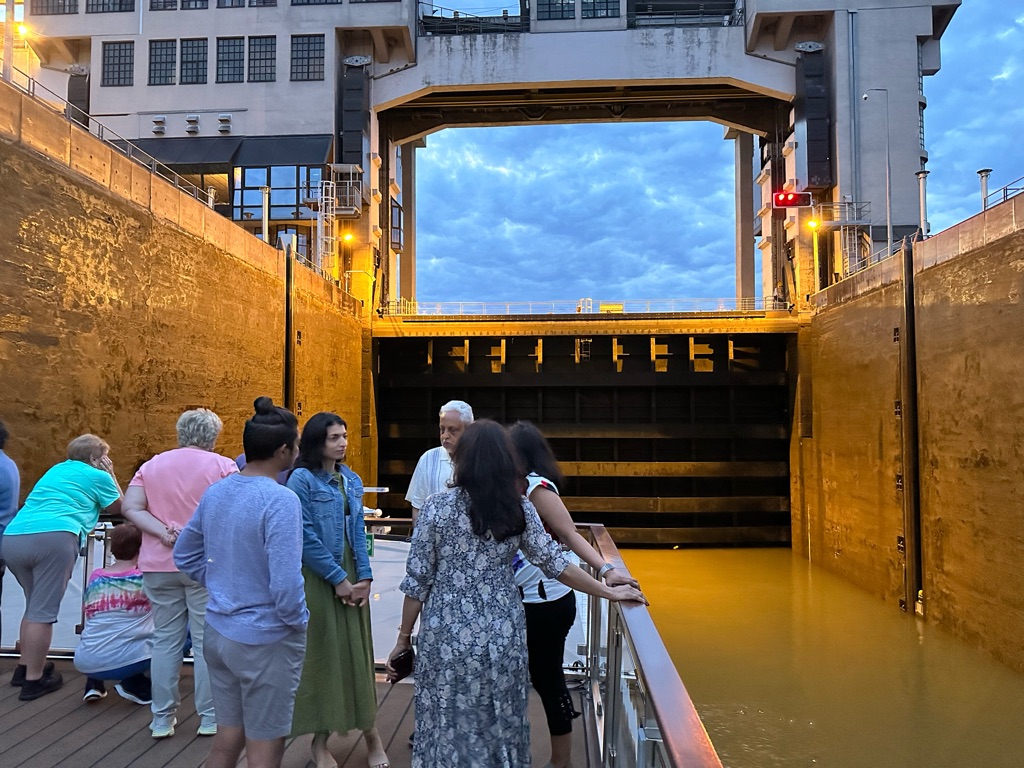
On Monday, our ship docked in Breisach, Germany, where we all boarded the bus to the little German village of Hofgut Sternen, where we went for a little hike in the Black Forest.
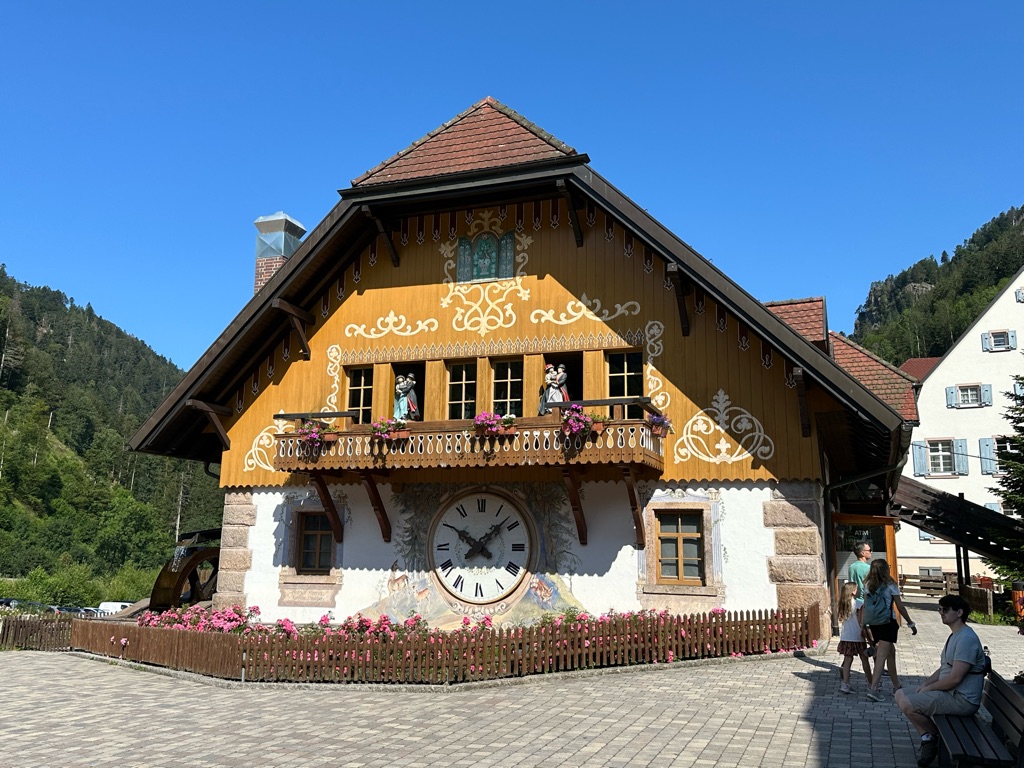
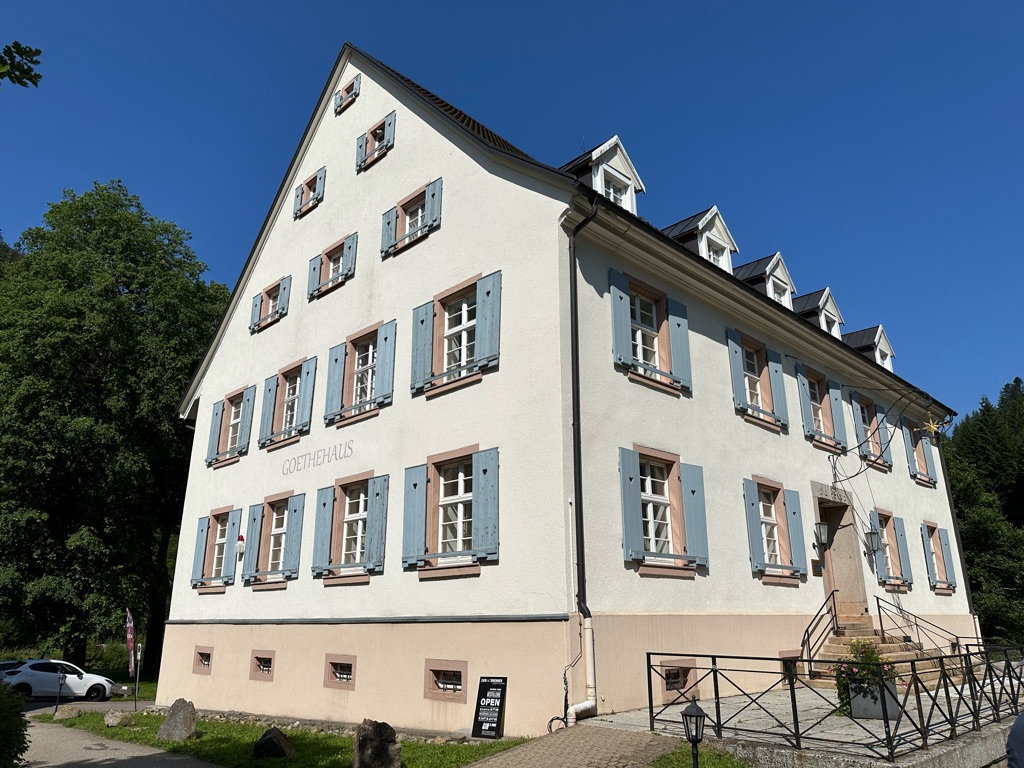
This was a house where the German poet Goethe came to get, in the words of our tour guide, "inspirated".
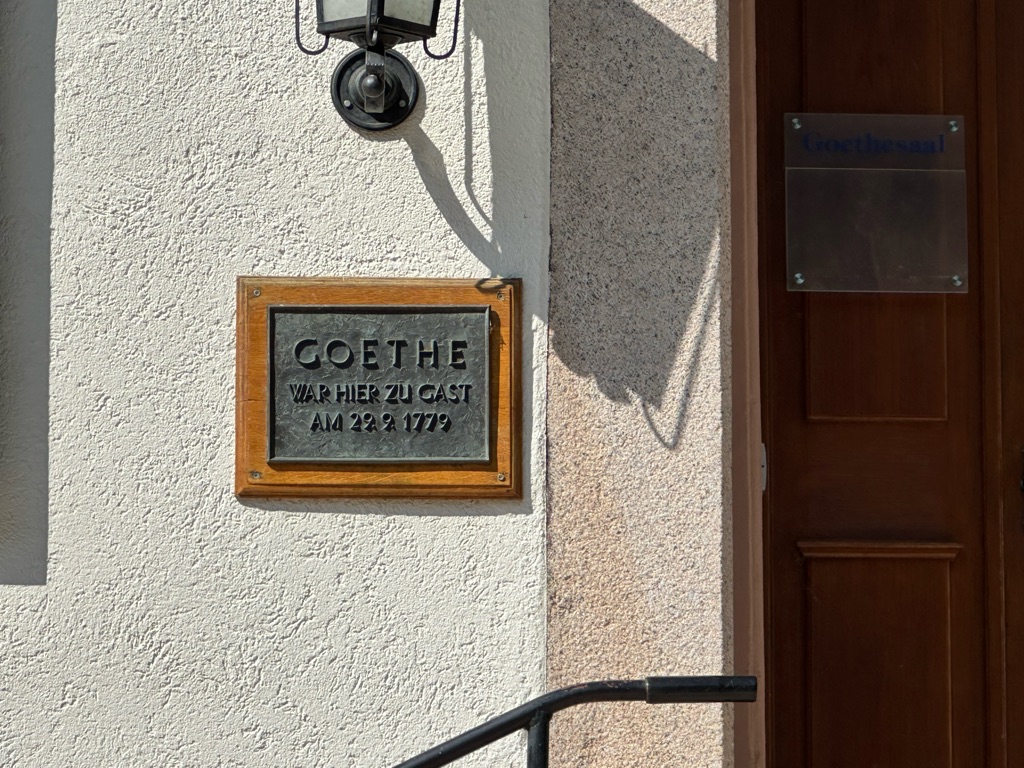
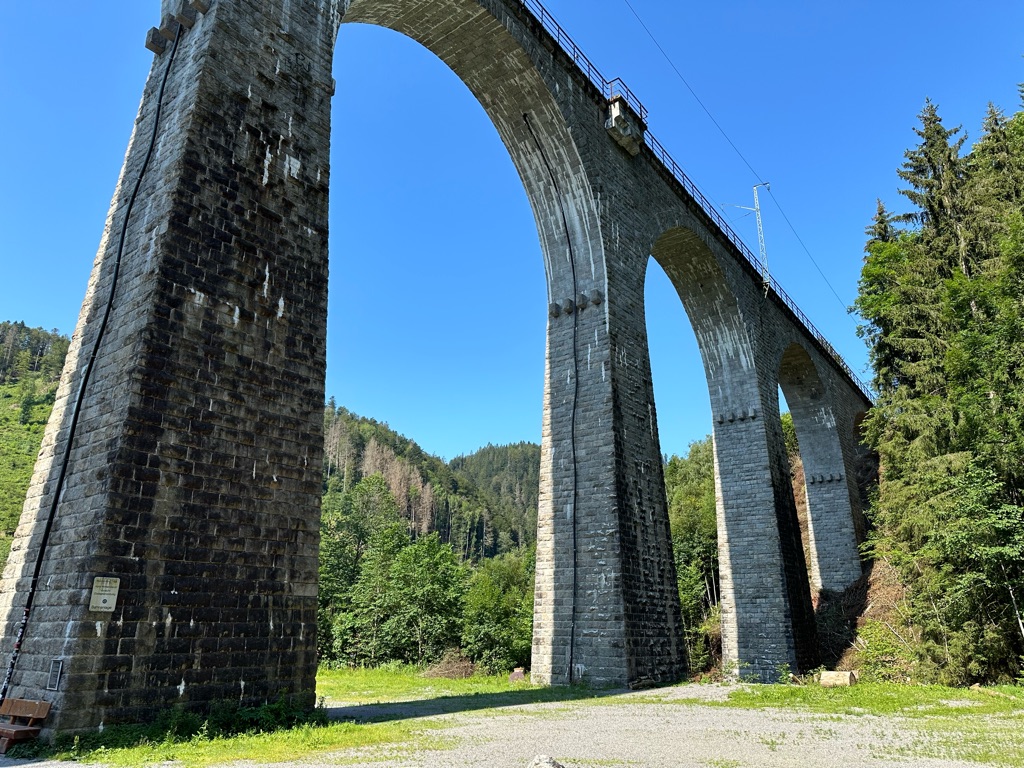
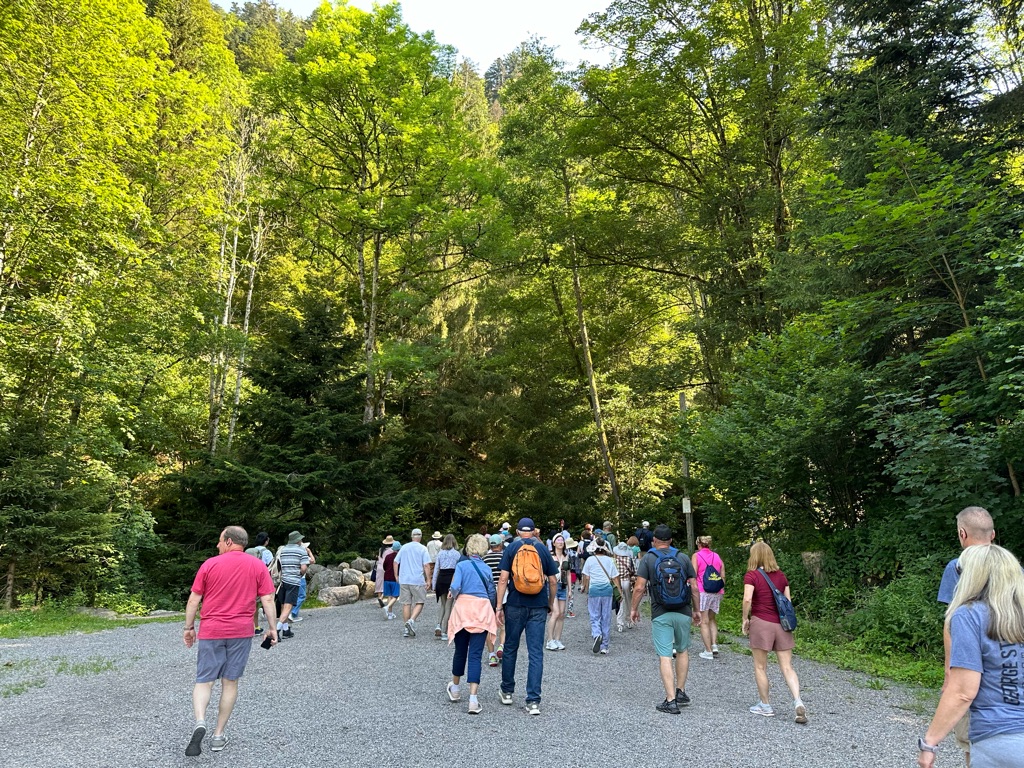
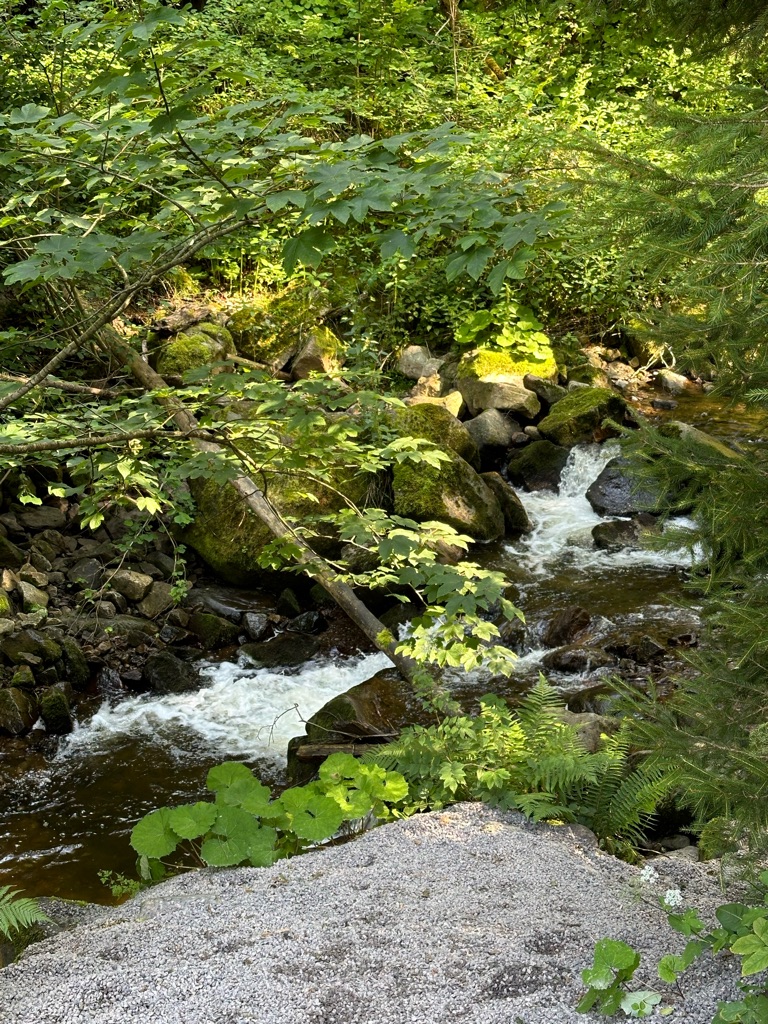
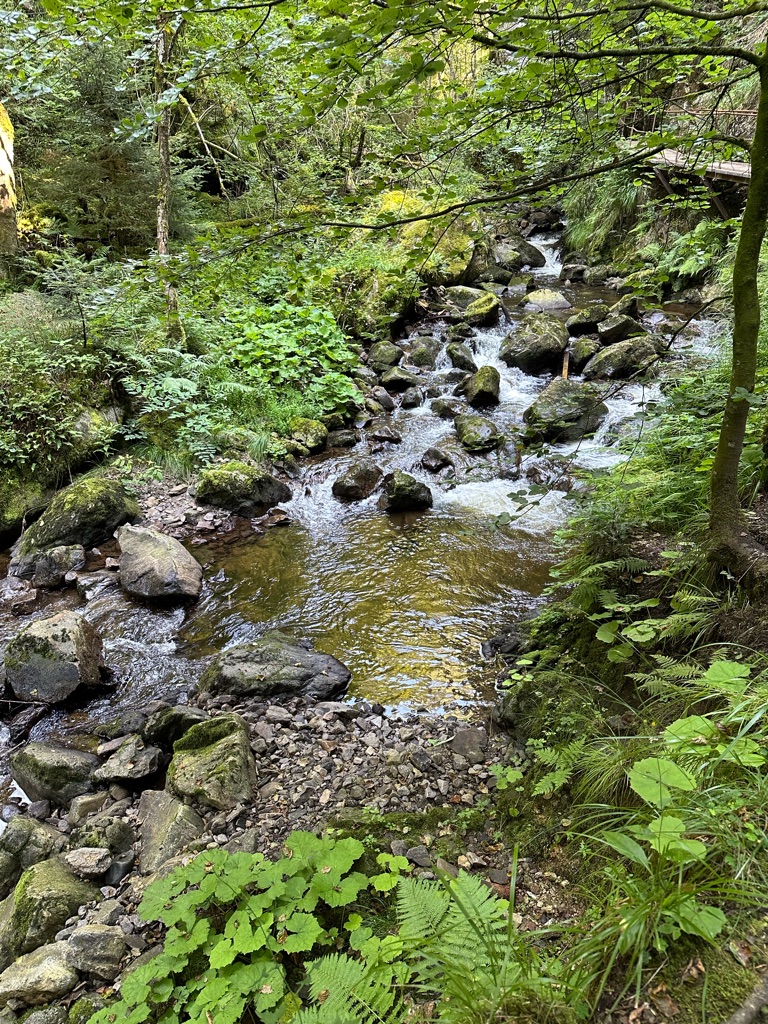

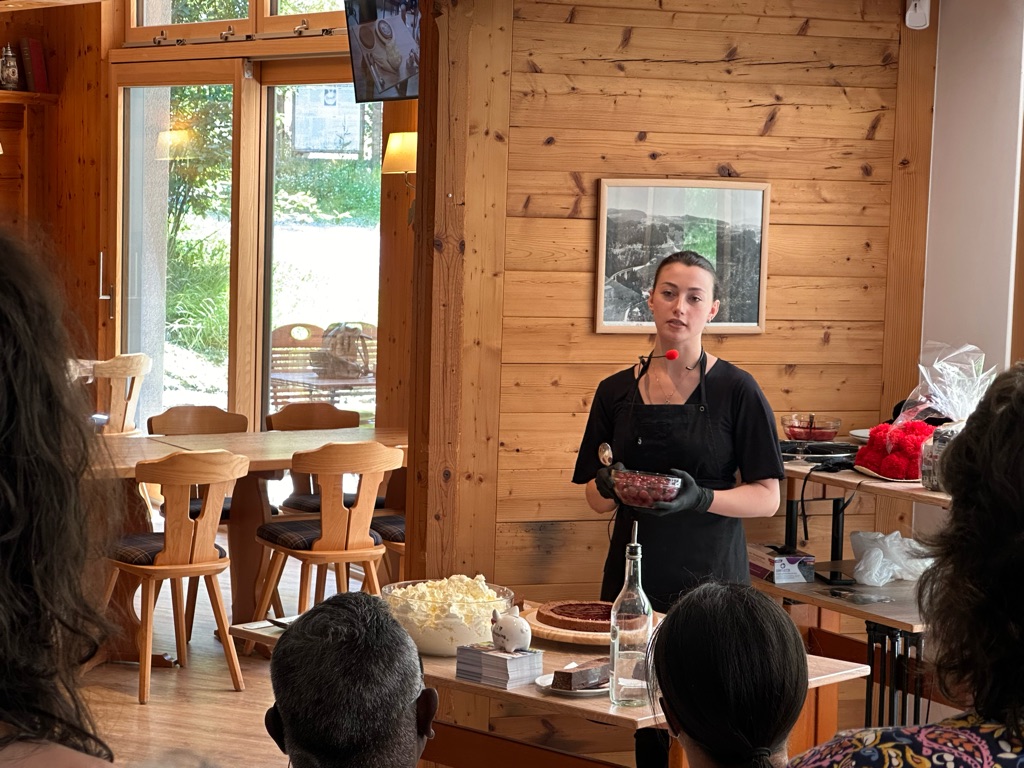
Back in the village, we saw the Black Forest Cake being made
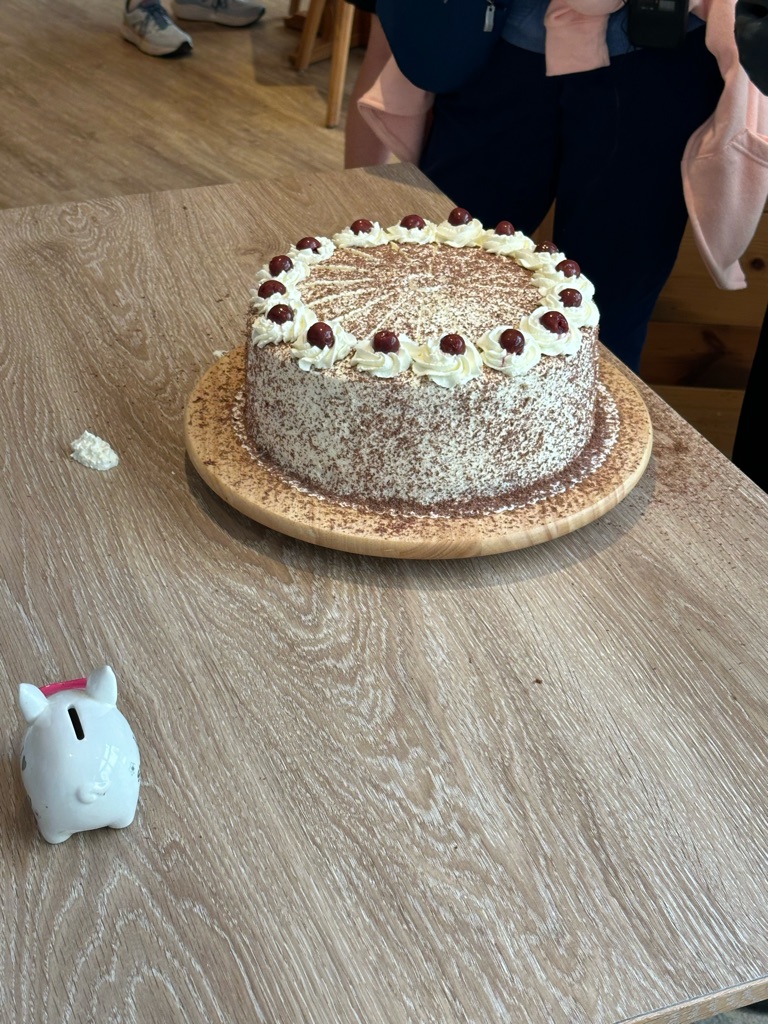
And then got to try the results
After a quick salad lunch back on the ship, Meg & I were back in the bus for a trip to the Colmar region, which was one of the last parts of France to be liberated in WWII. It was such a pretty place, and was supposedly the inspiration for Belle's village in the Disney version of "Beauty and the Beast".
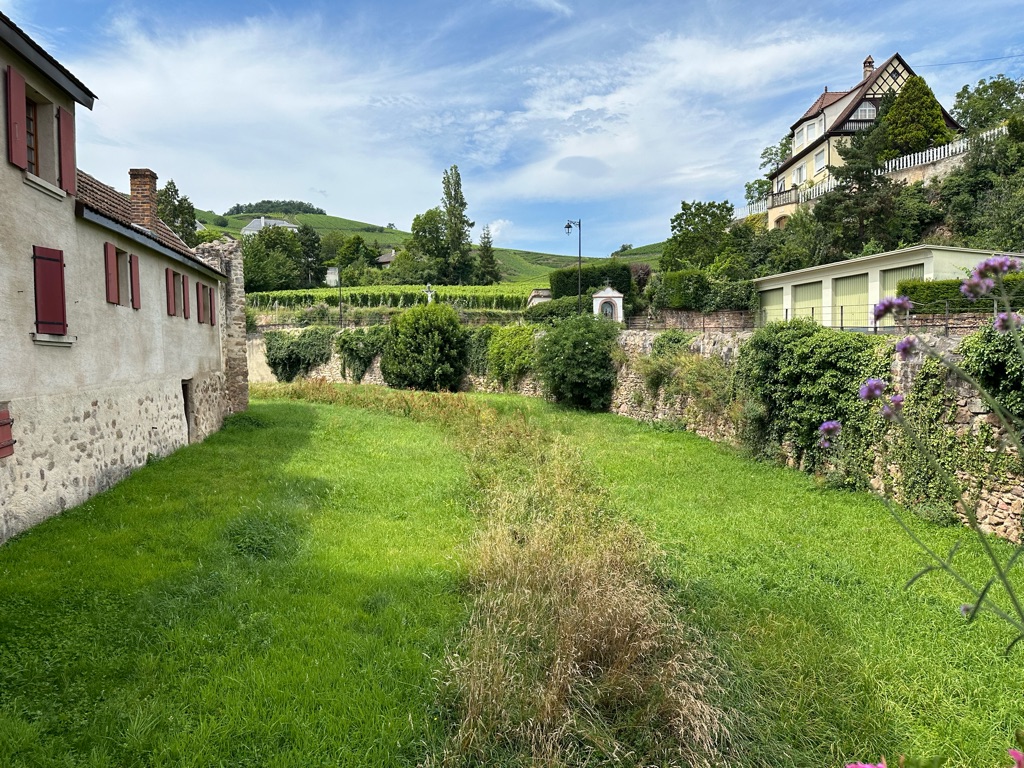
This was previously the moat in medieval times when the village was fortified.
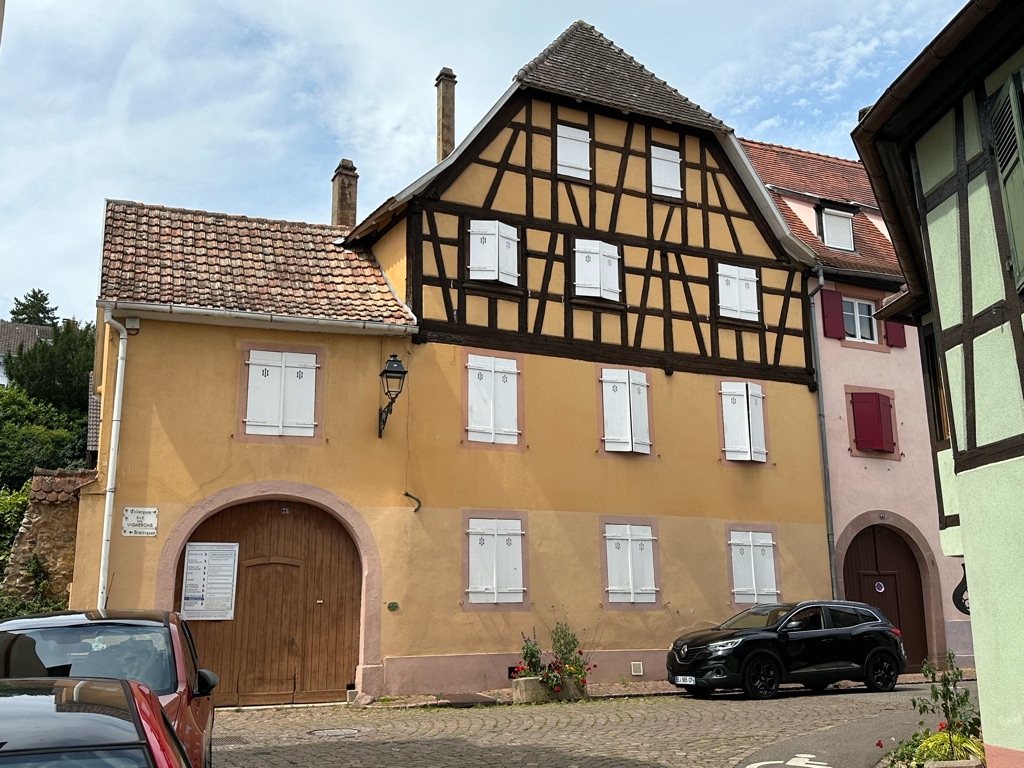

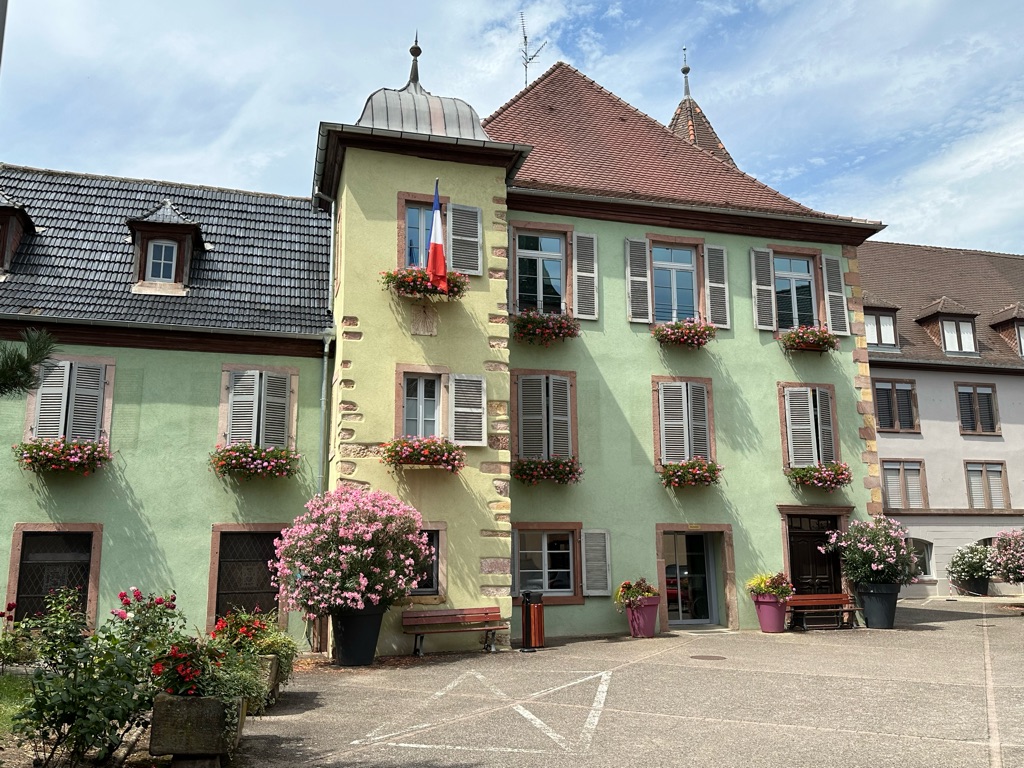

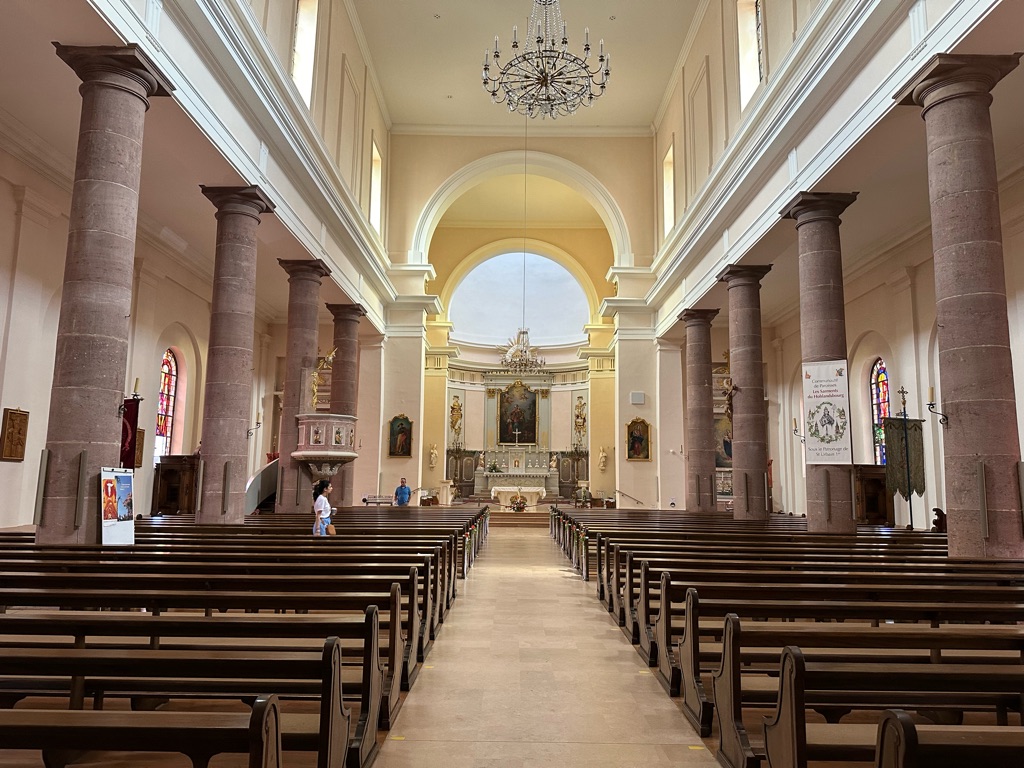
We also got to visit the local Church
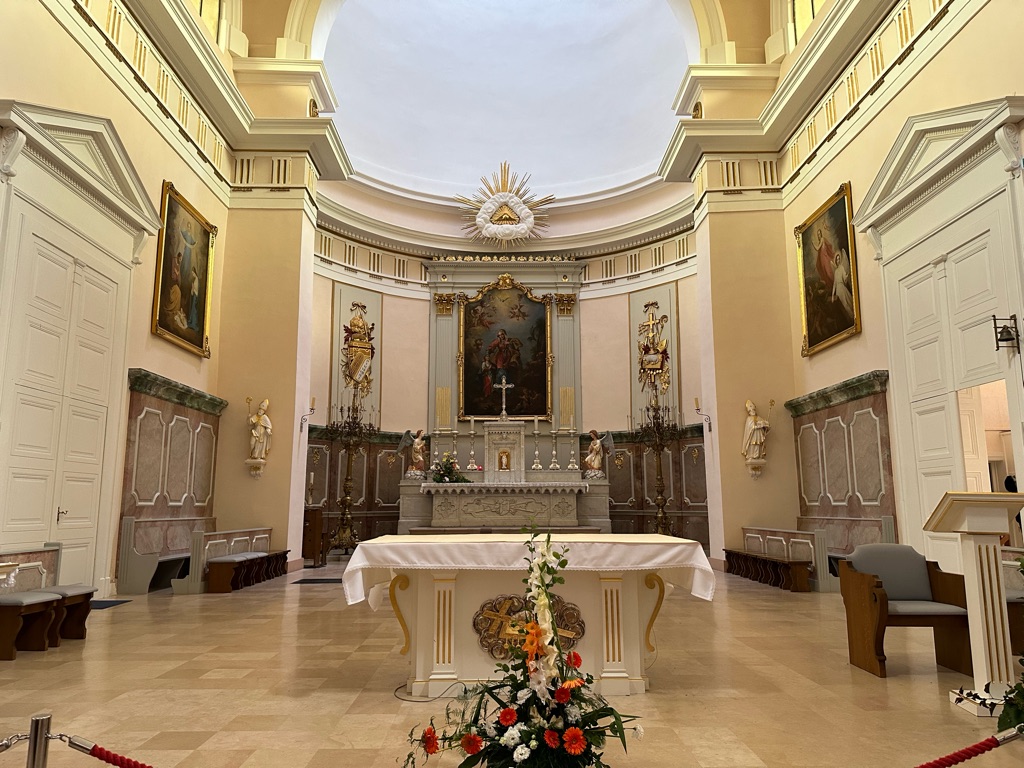


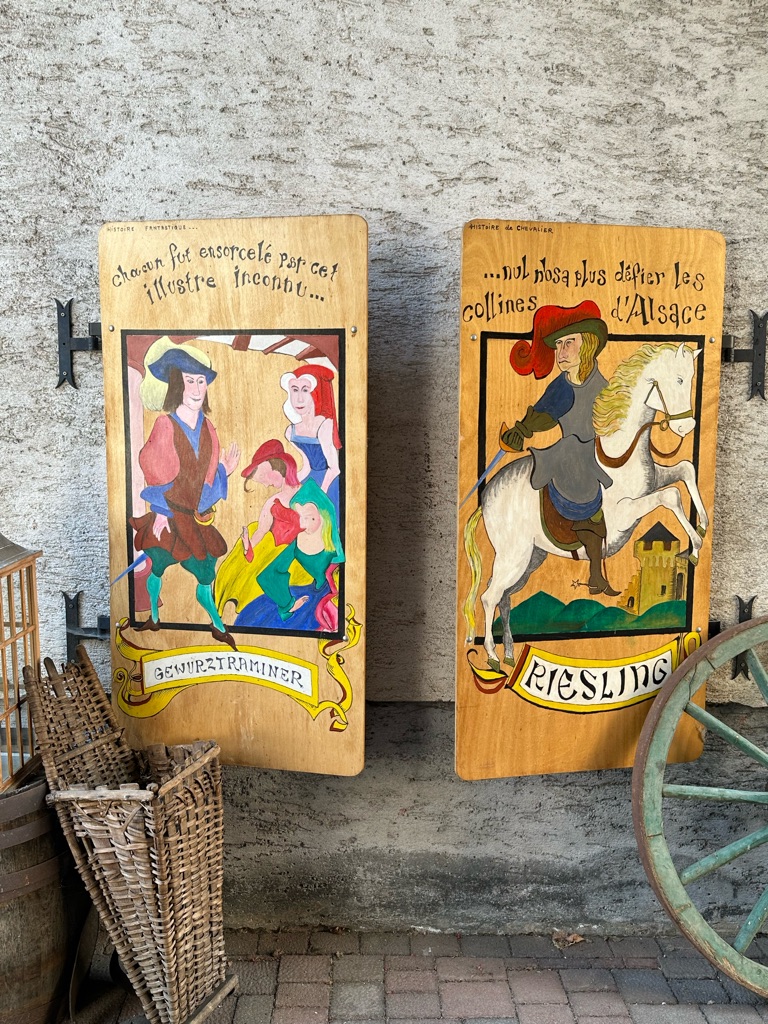
We then drove up to a lookout where there is an American war cemetery looking out over the region.
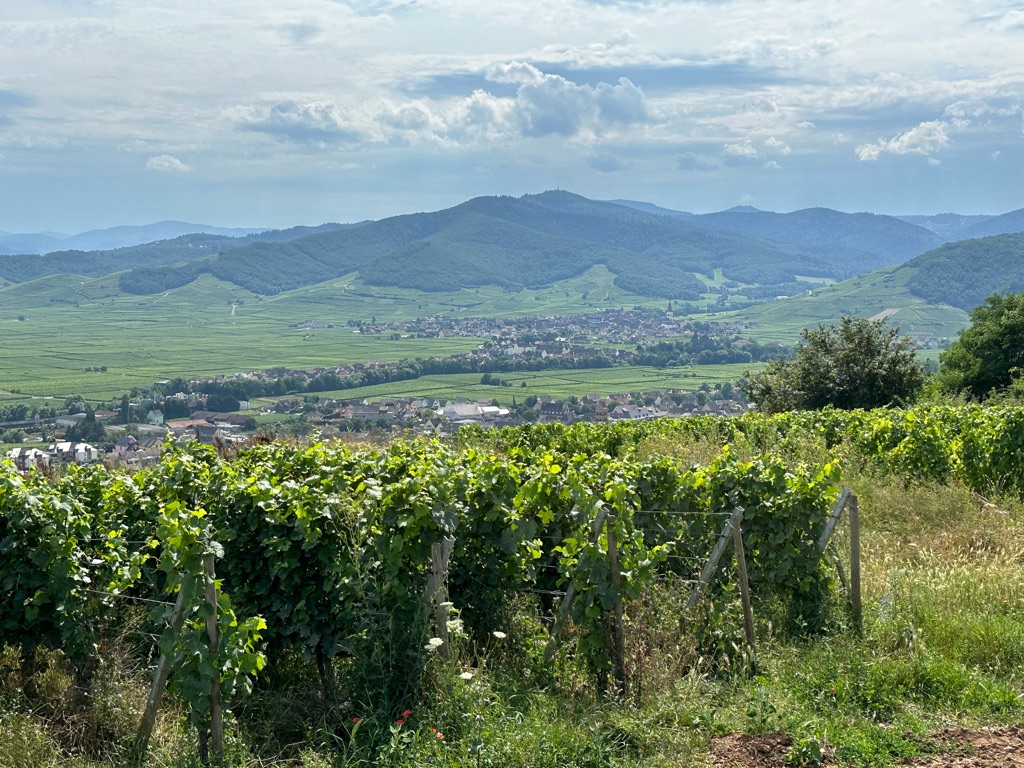
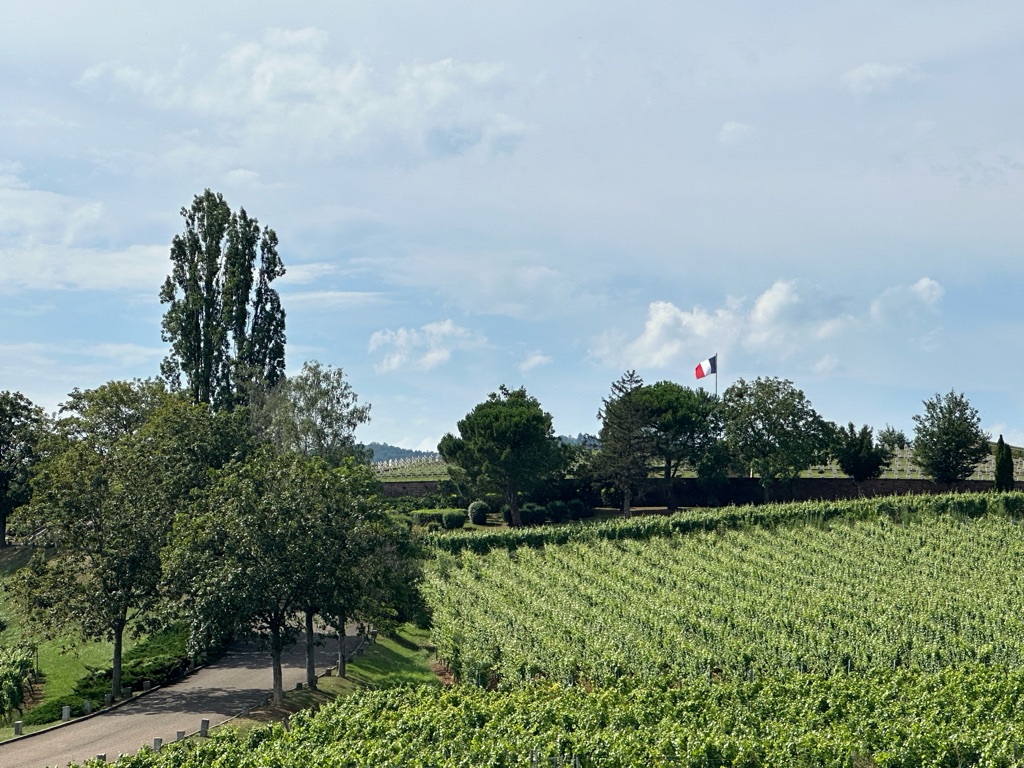
This was the pedestal for a former monument - there are still 4 WWII bullets embedded in it.
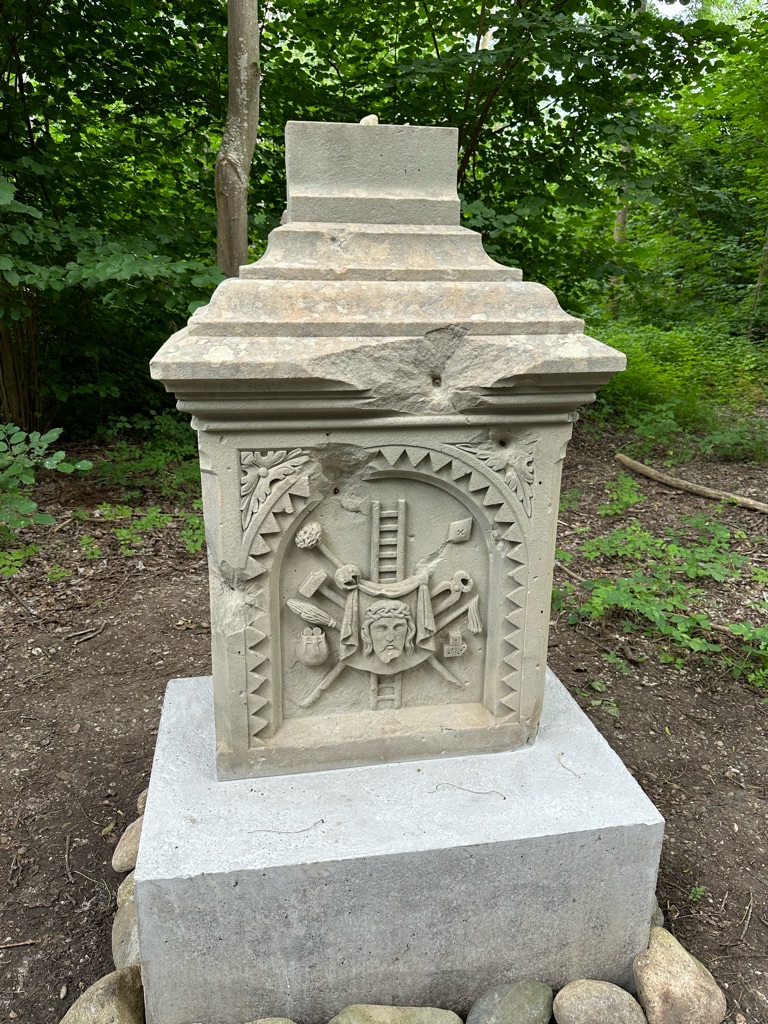
On Tuesday we arrived overnight in Strasbourg, France - one of the three capitals of the European Union (along with Brussels and Luxembourg); home to the Council of Europe and the European Court of Human Rights (we drove past the building but it was pretty ugly)!
We did, though, get to visit the magnificent Strasbourg Cathedral - construction commenced here over a thousand years ago. It’s also called Notre Dame, and is built in a similar style - and in fact, the architects working on the Notre Dame reconstruction have been able to use some elements of this one as a guide.
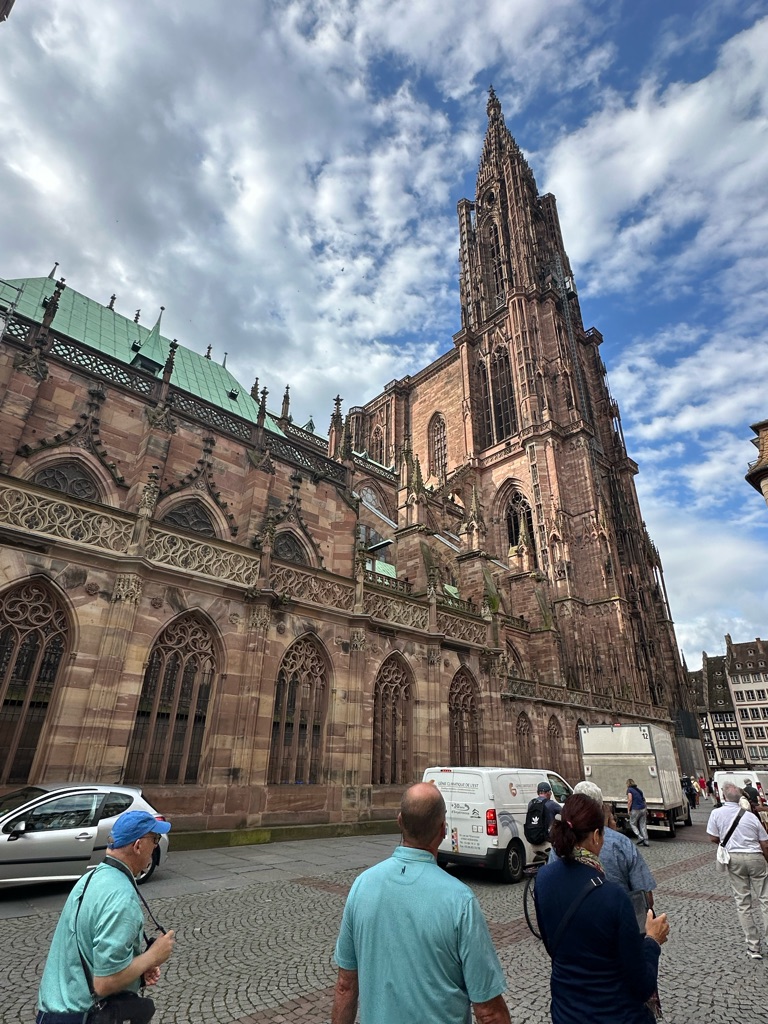
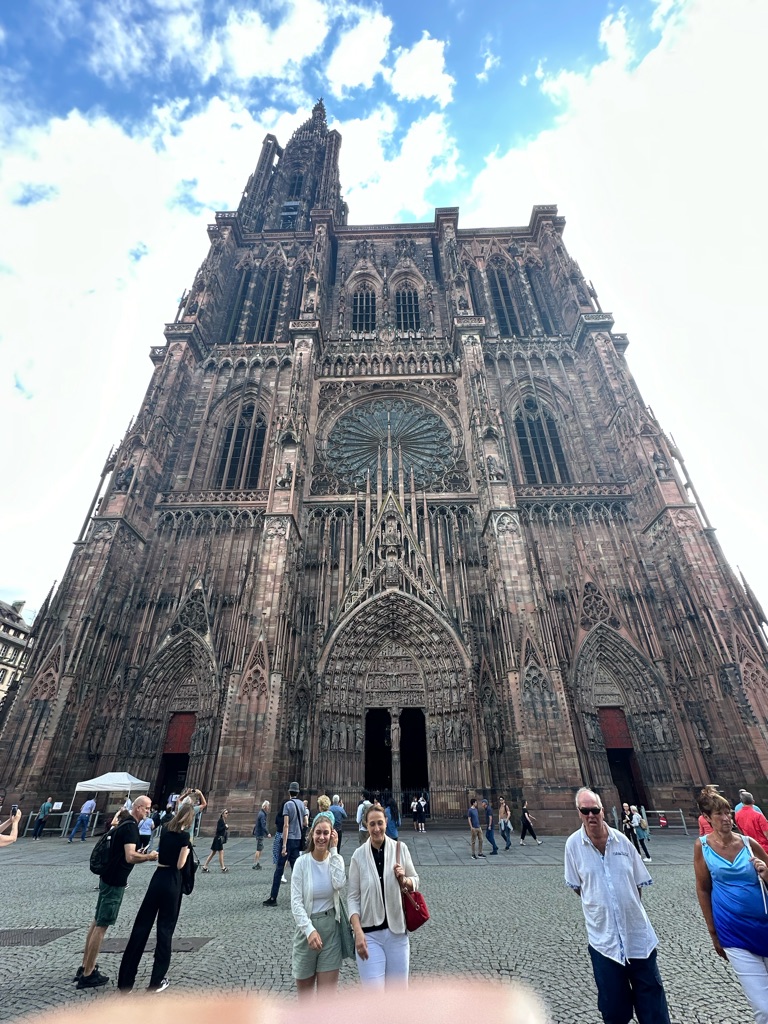
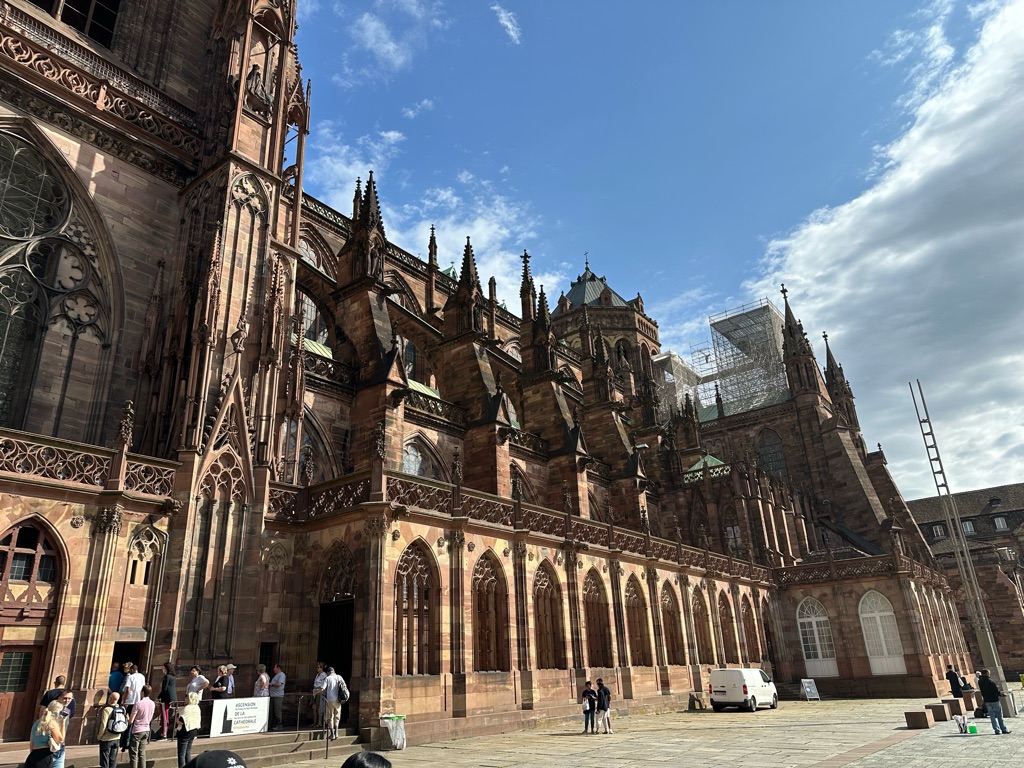
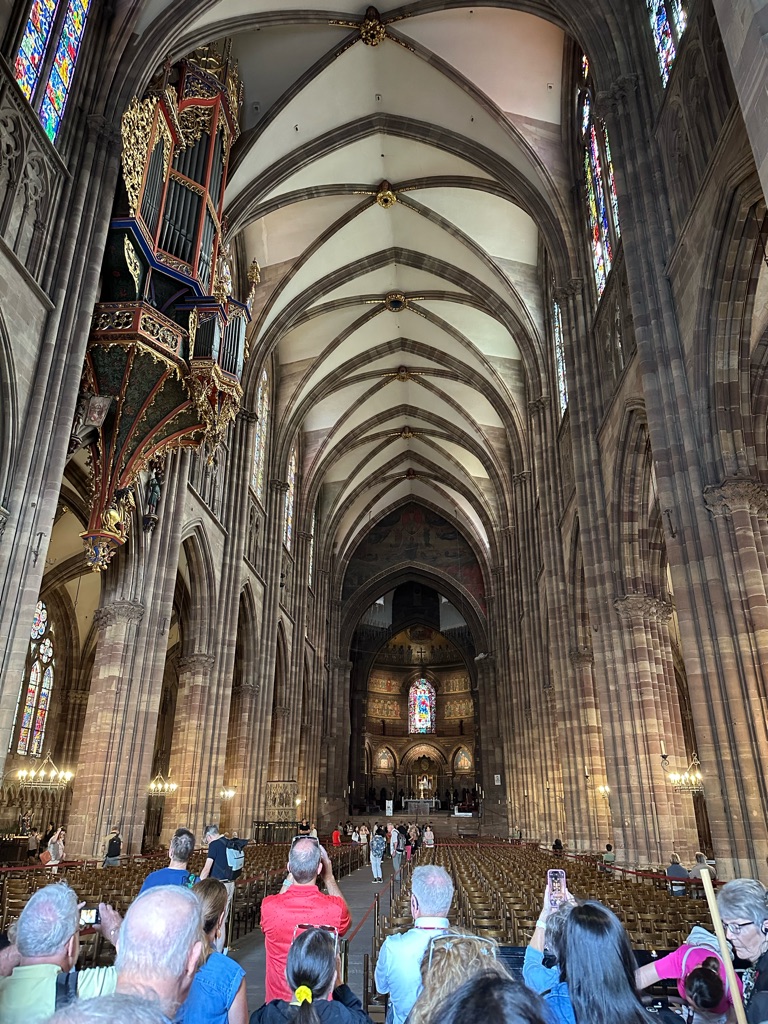
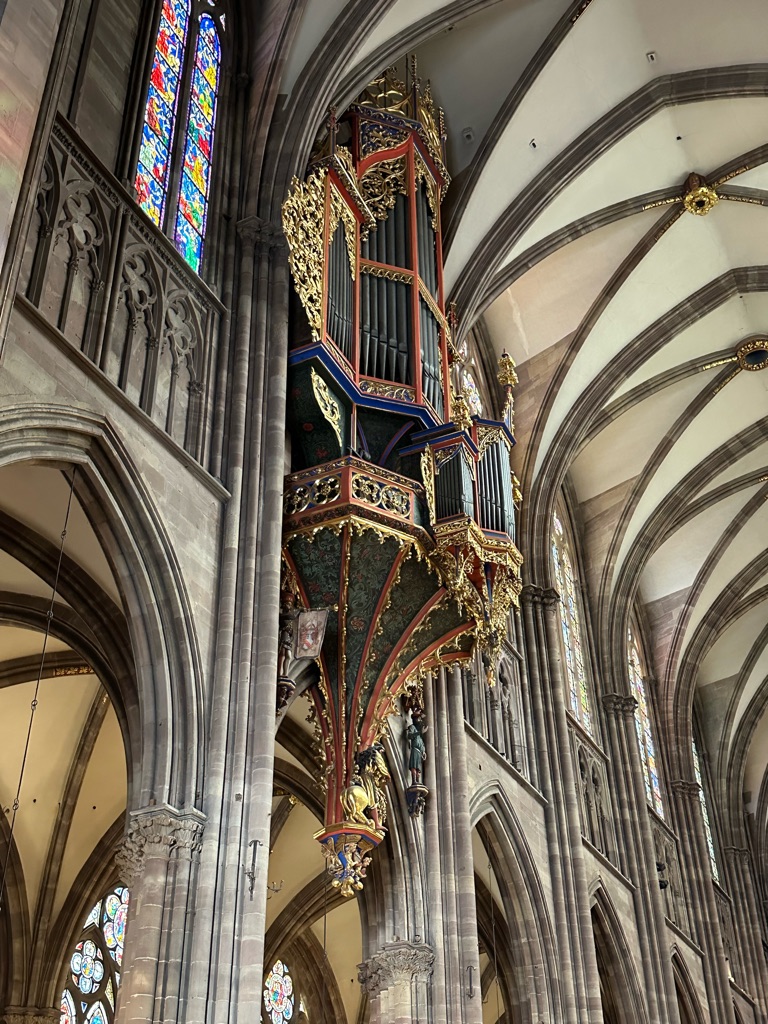
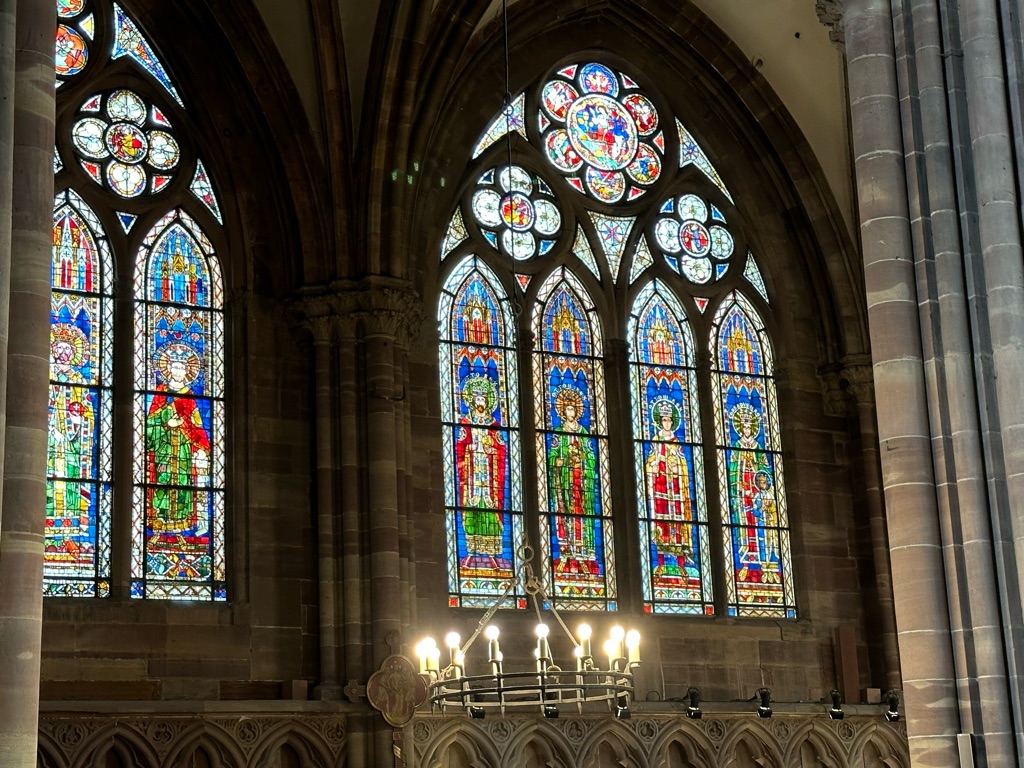
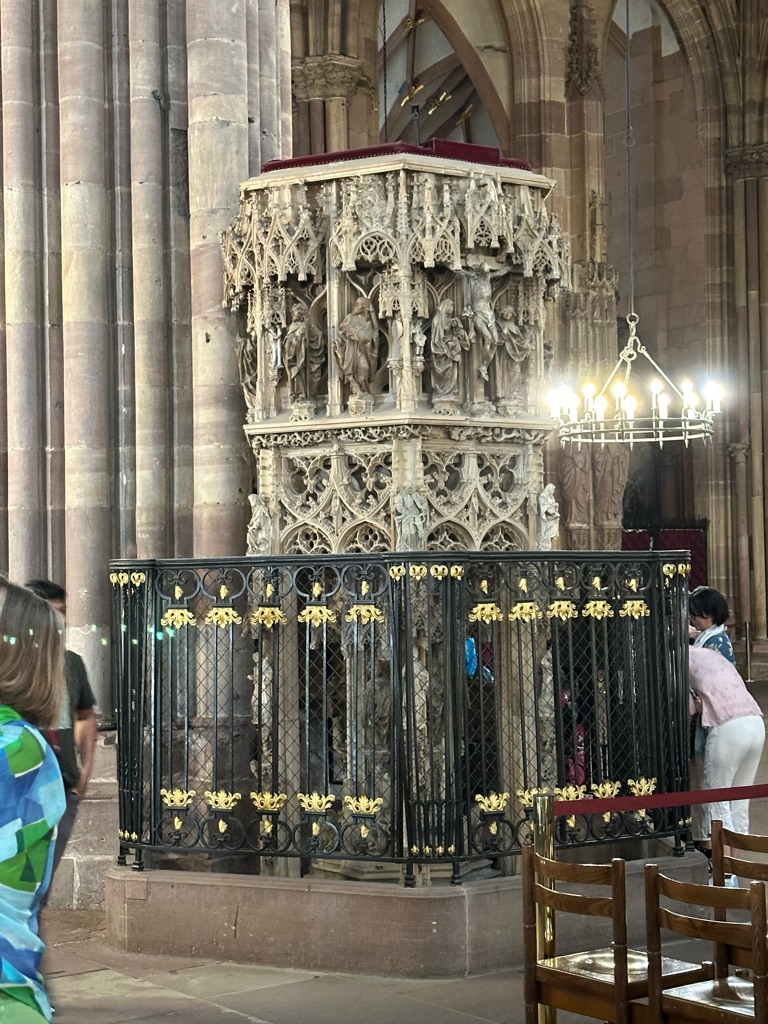
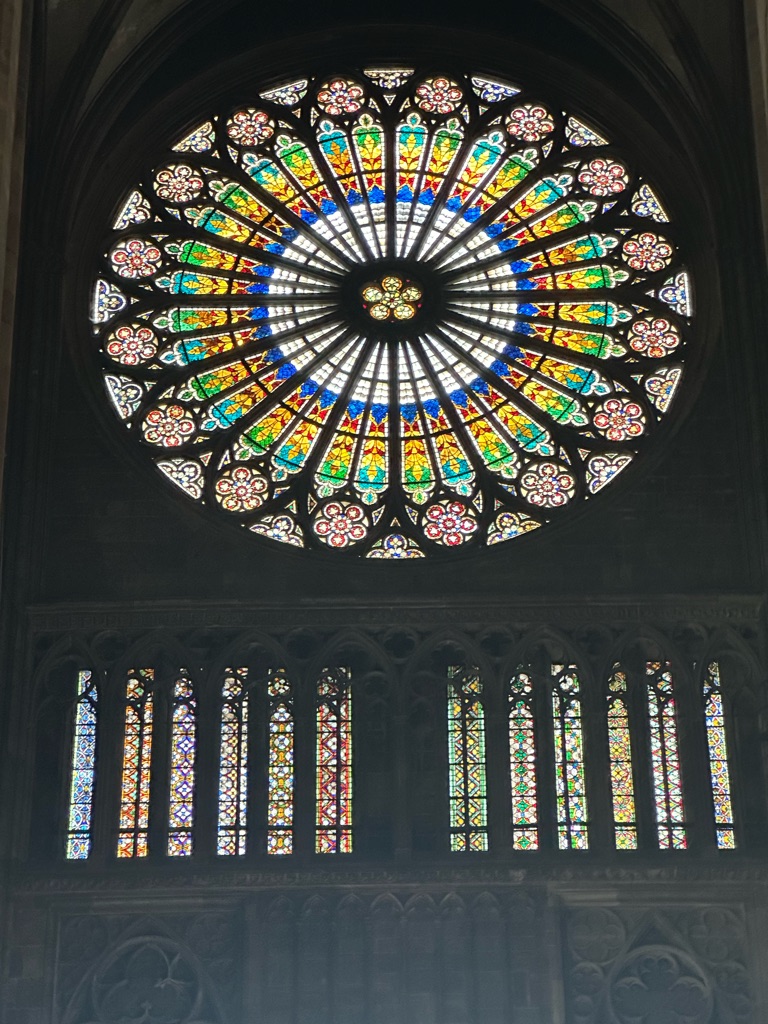
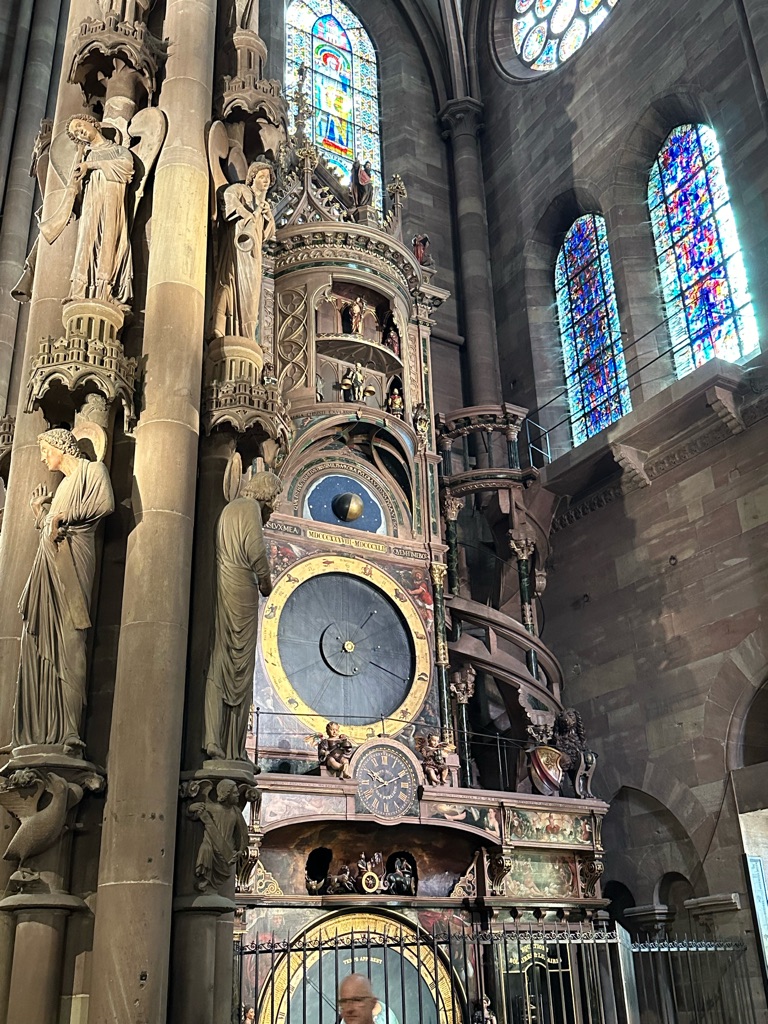
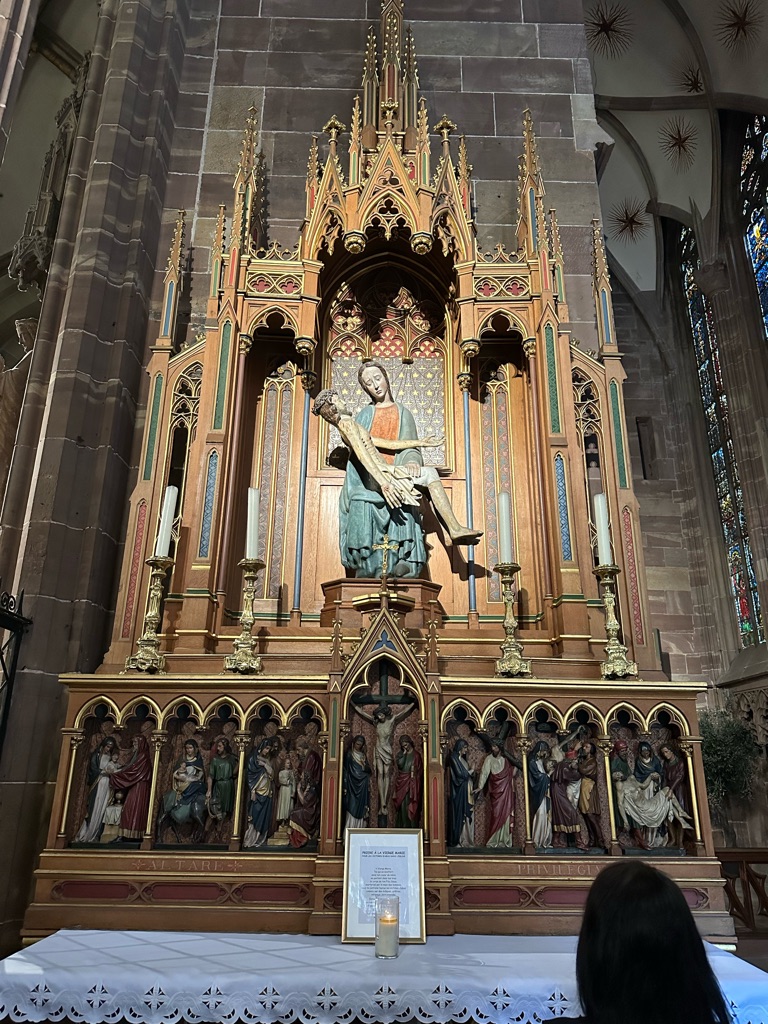
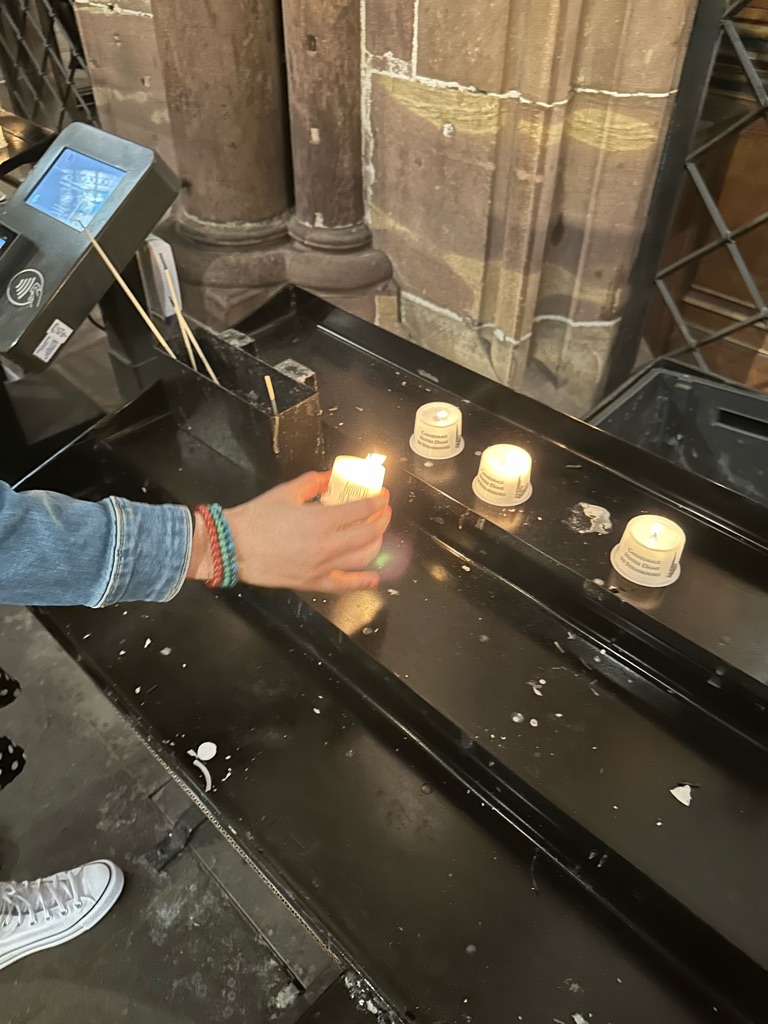
After visiting the cathedral, we went for a lovely stroll through the bustling streets and lanes of Strasbourg, down to the pretty little district of Petit-France.
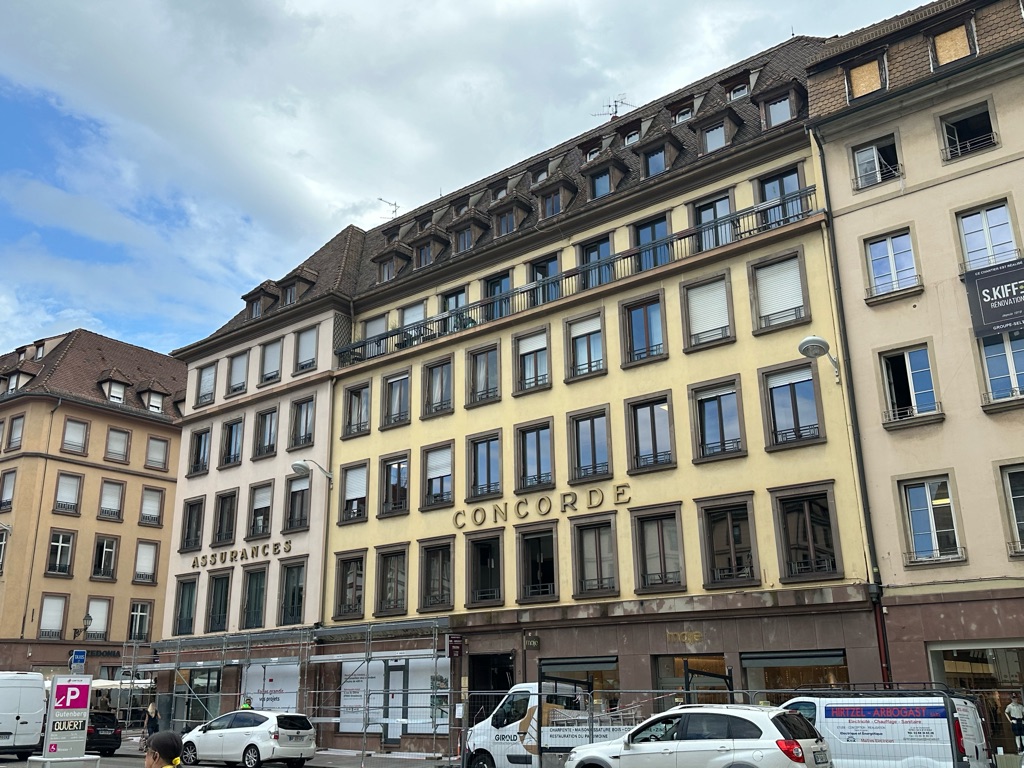
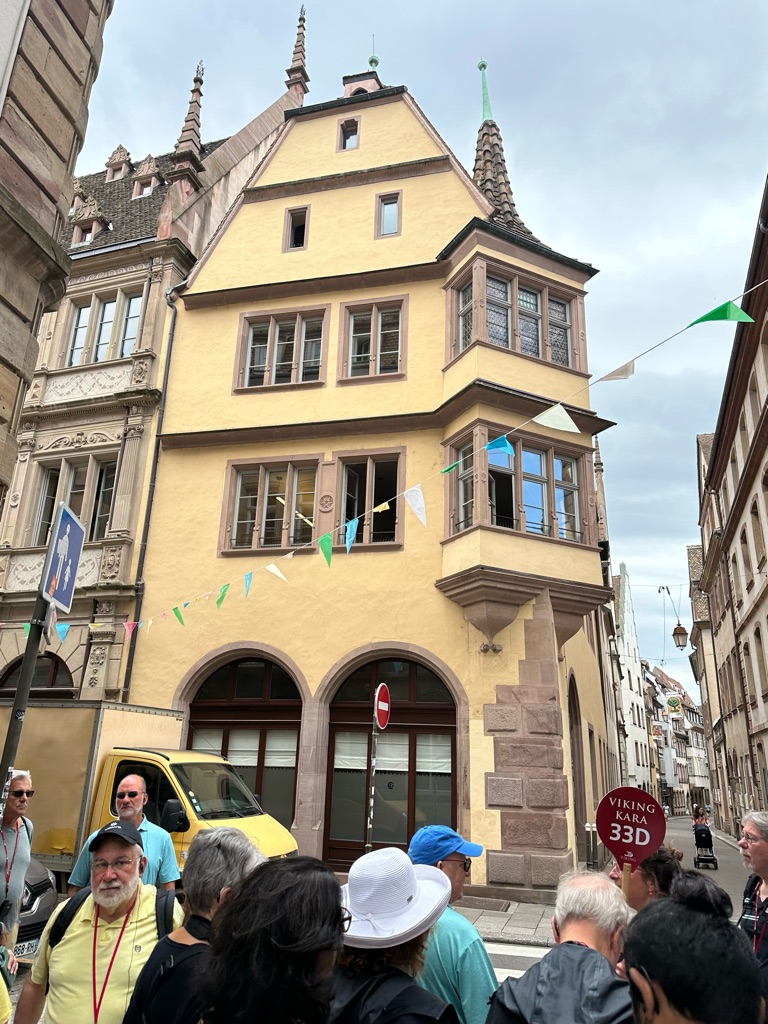
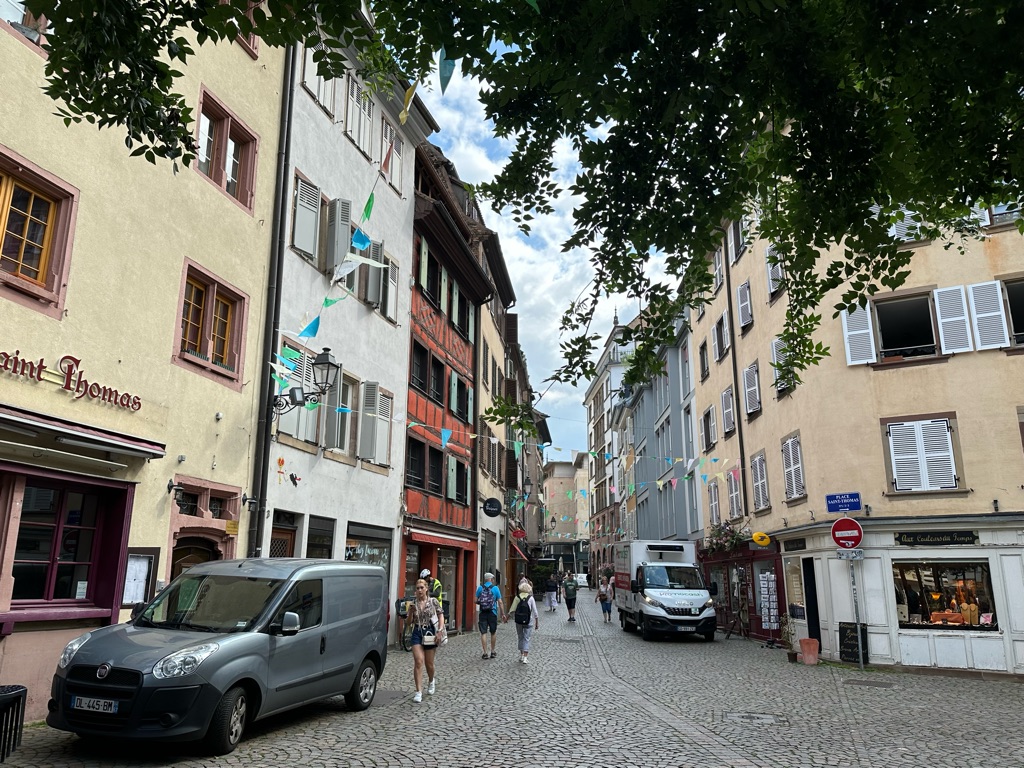
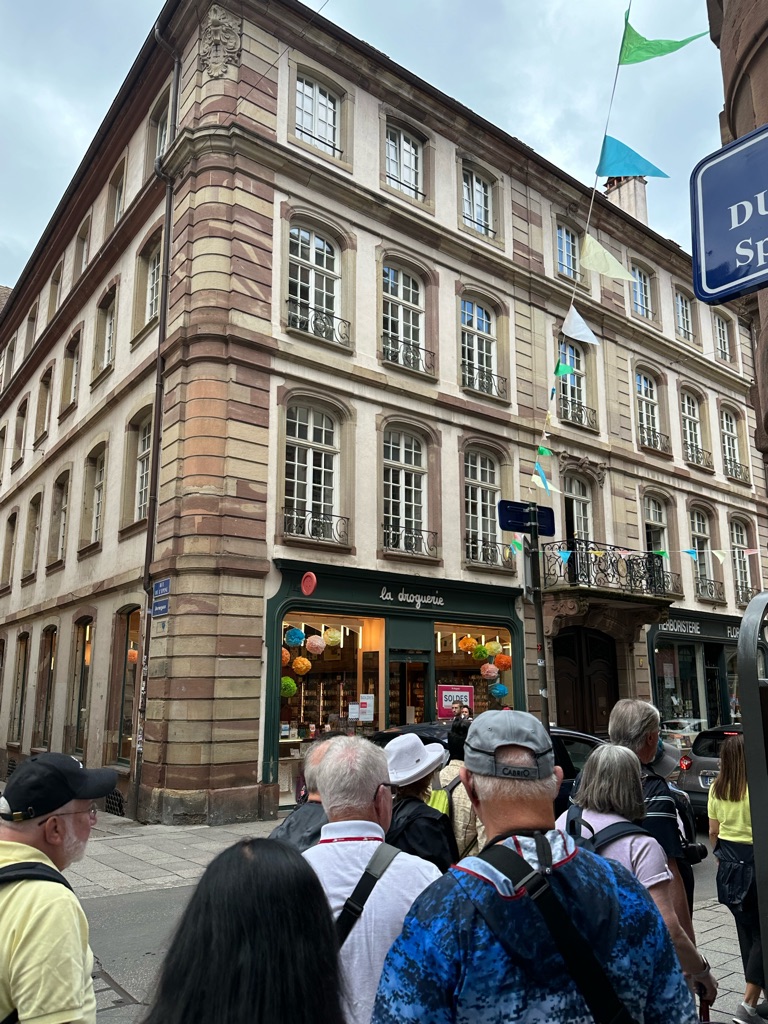
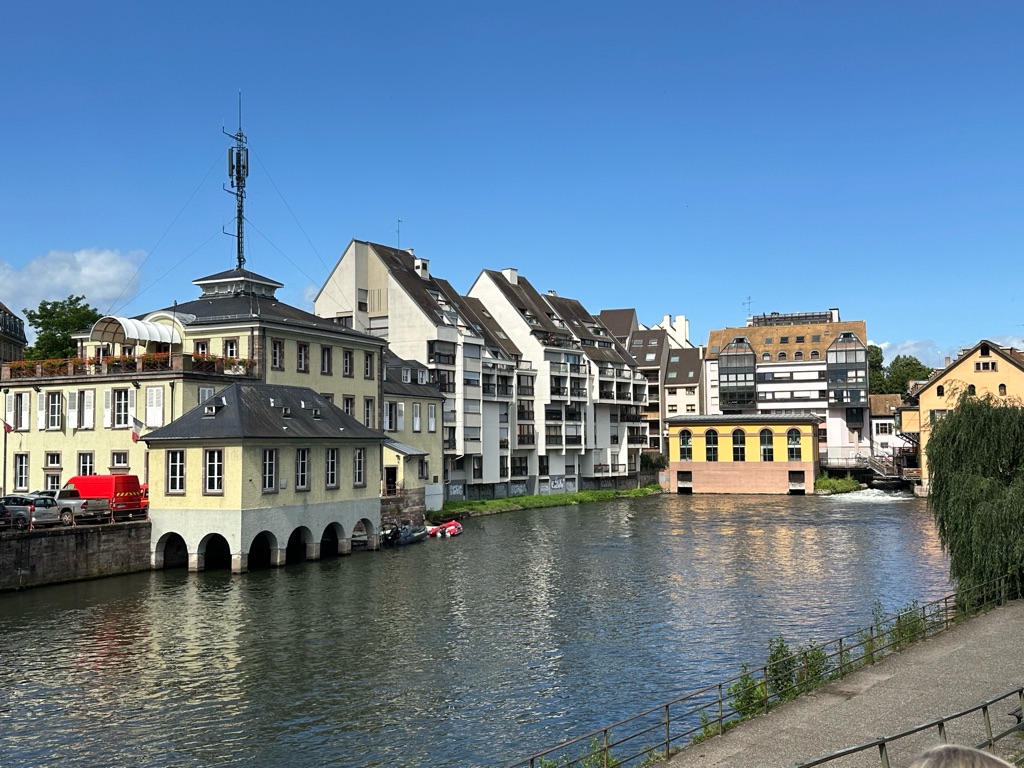
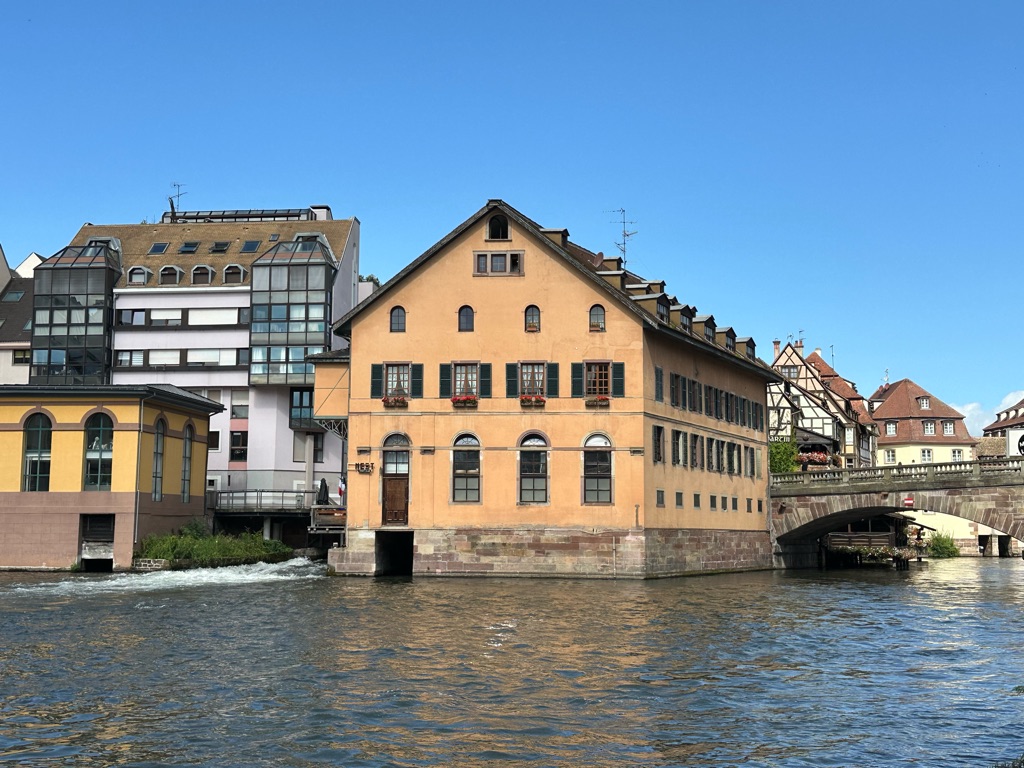
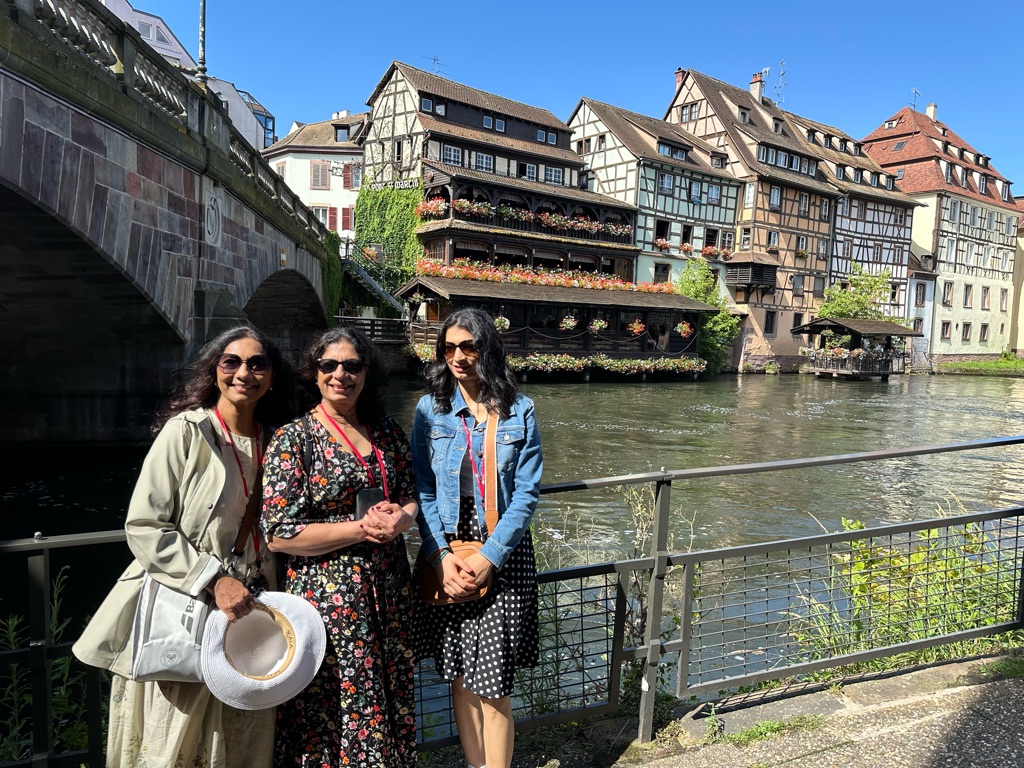
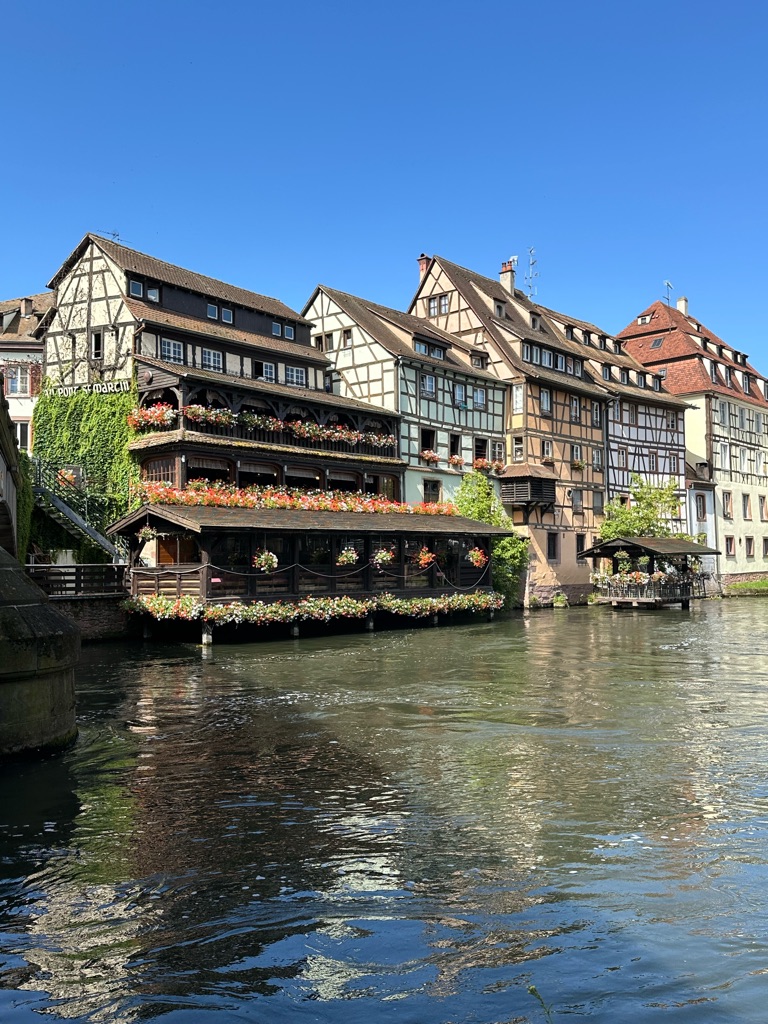
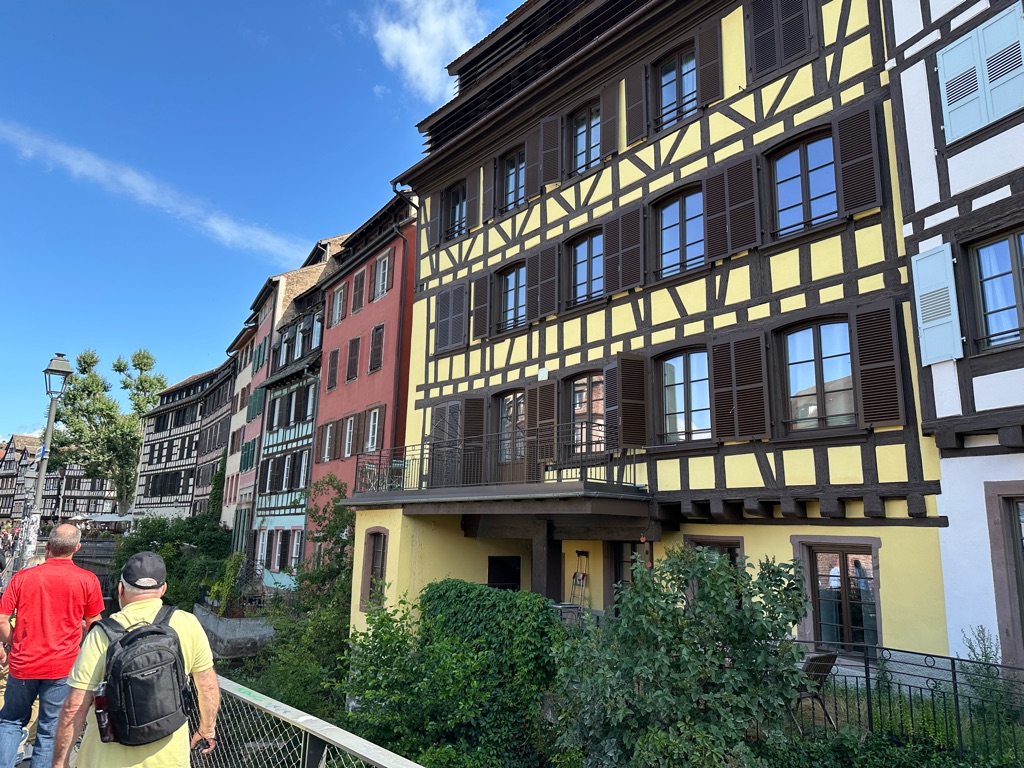

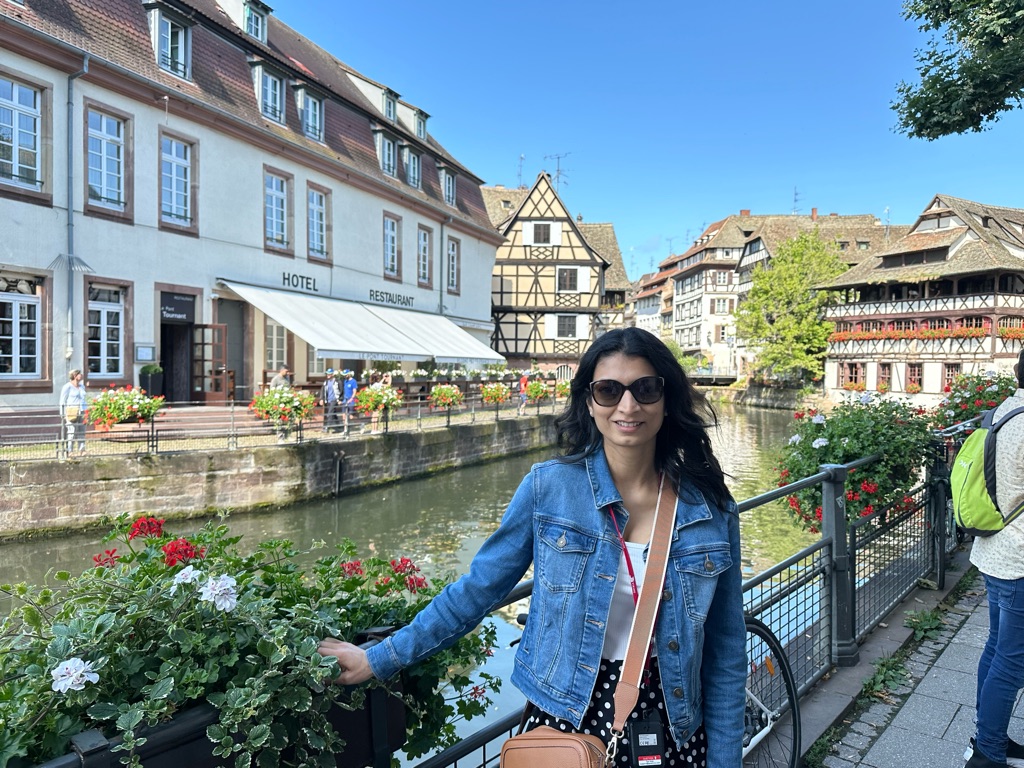
In the city you’ll find Gutenberg Place, named after Johannes Gutenberg, inventor of the printing press - he lived for some time in Strasbourg.
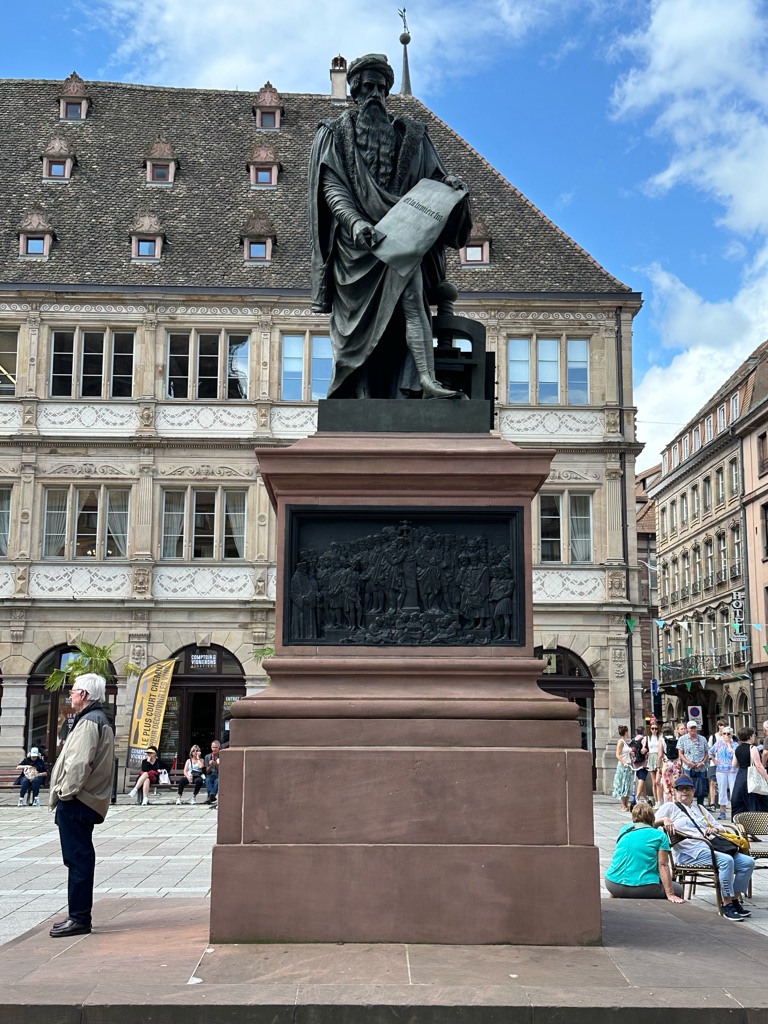
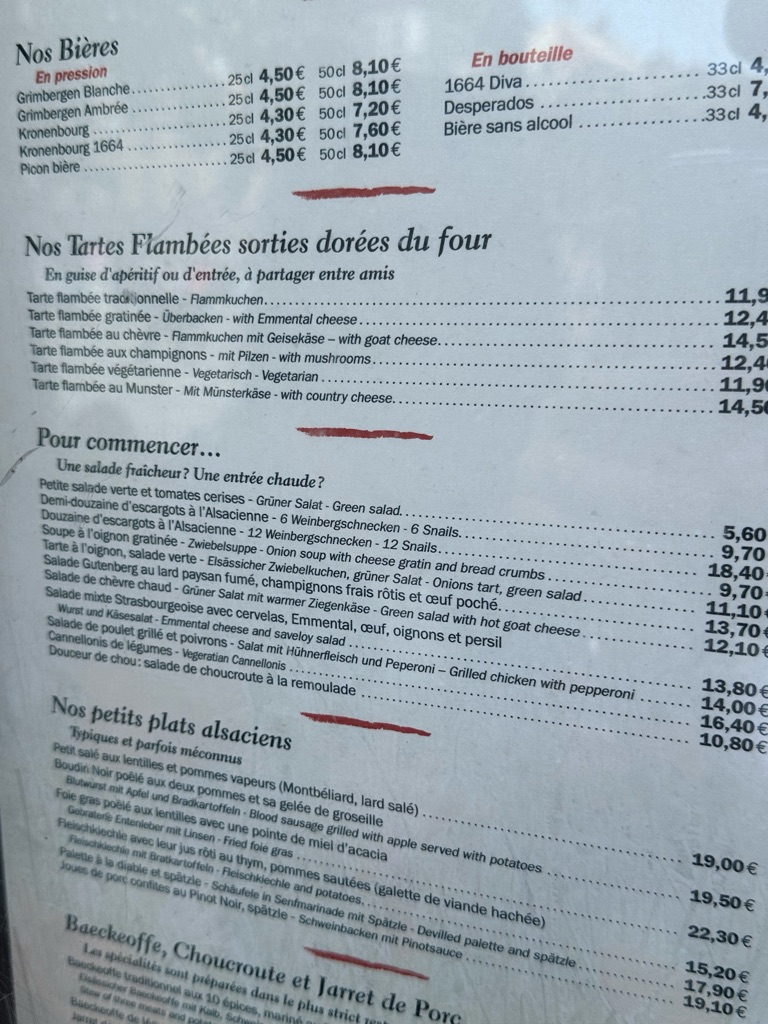
In Gutenberg Place, you'll also find a lot of restaurants where you can eat snails!
Tuesday afternoon brought my favourite tour of the trip so far - wine-tasting in the Alsace! The Alsace region is in France, but has a long history of being passed back and forward between France and Germany. It is home of the "Alsatian" dog - rumour has it that Hitler had an Alsatian during WWII, and was so unhappy when Germany lost the Alsace region that he declared that the dog would be known as the "German Shepherd" from that point on.
I thought the Alsace was really lovely - lots of fields of sunflowers and asparagus, in a valley with the Black Forest mountains on one side, and the Vosges (vo-zh) mountains on the other.
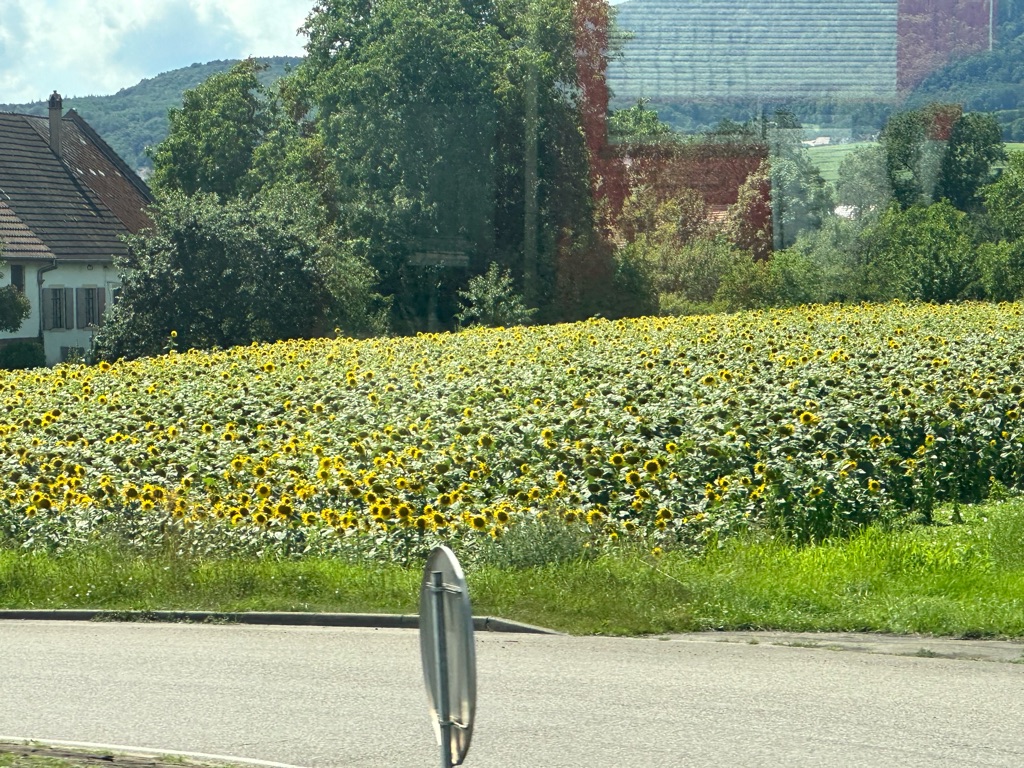
We went wine-tasting at a little family-owned winery, Robert Blanck Wines. It was amazing - our guide, Valerie, was the daughter of the winemaker and it was clear that wine-making was the family vocation - it didn't even feel like a business at all, more like just being in the lounge room of someone who really liked making wine for a hobby.
The family had vines in the region going back to the 1600s, and the oldest barrel in the cellar dates back to 1725 - they still use it for making wine today!
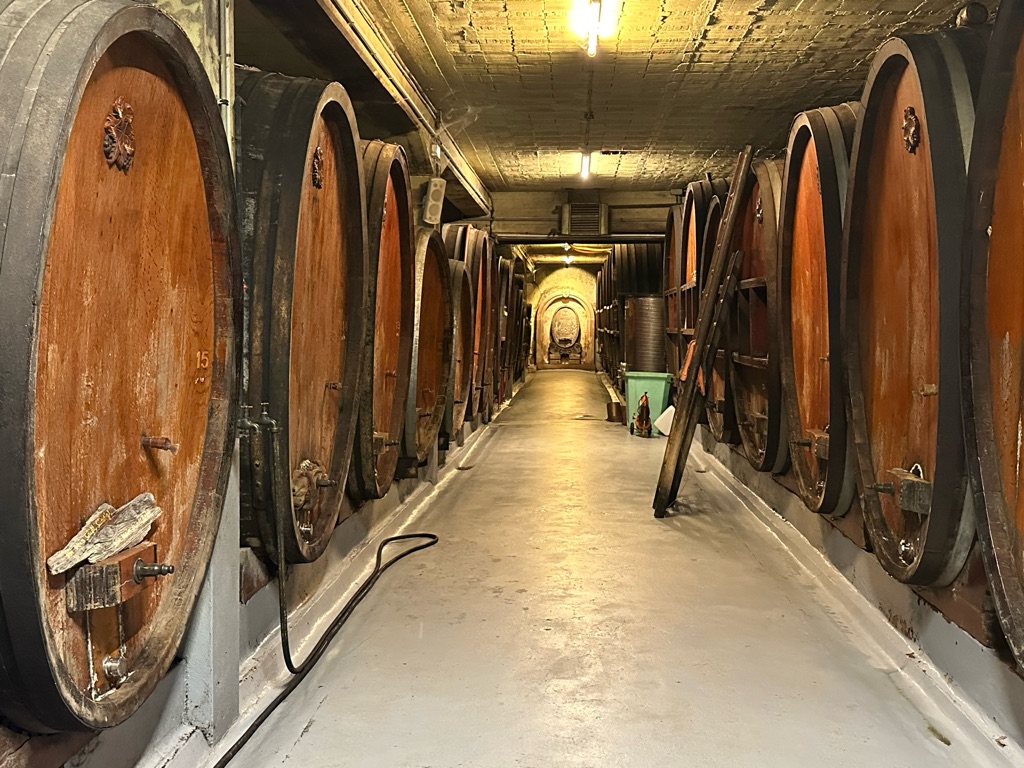
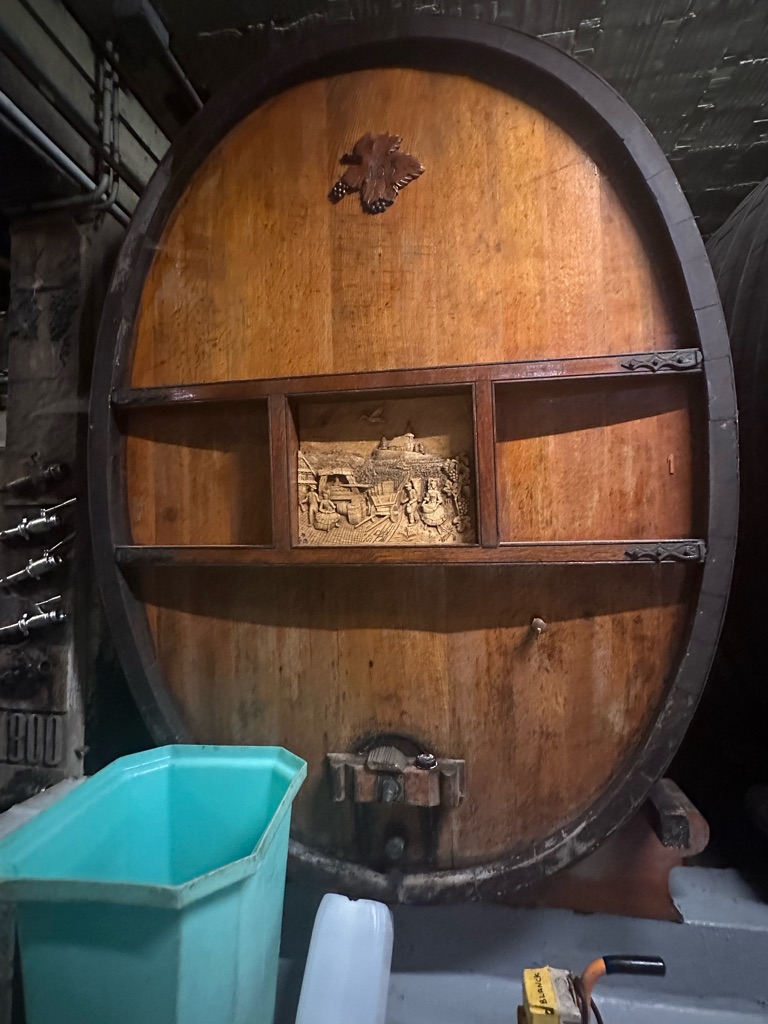

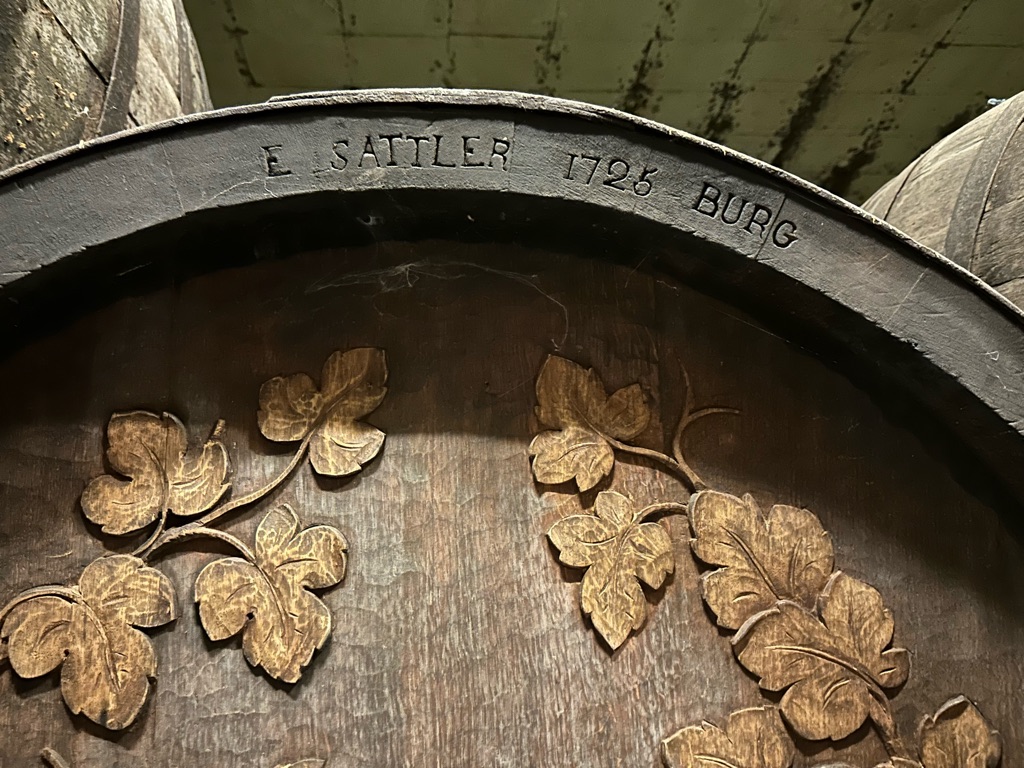
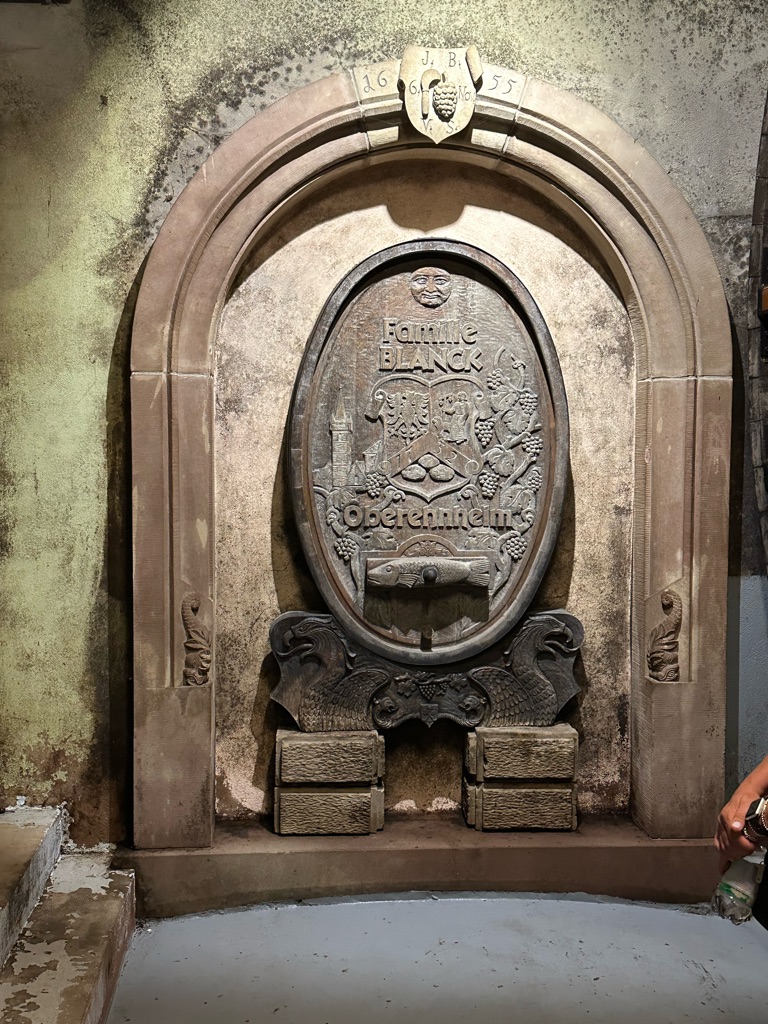

You might see a little white archway outlined in the bottom of the 1725 barrel above - every 5 years, someone needs to crawl in the barrel through there, and then scrub out the inside of the barrel - here is a photo of Valerie holding a piece of the "wine stone" which builds up as the wine reacts with the wood, and needs to be scrubbed off.
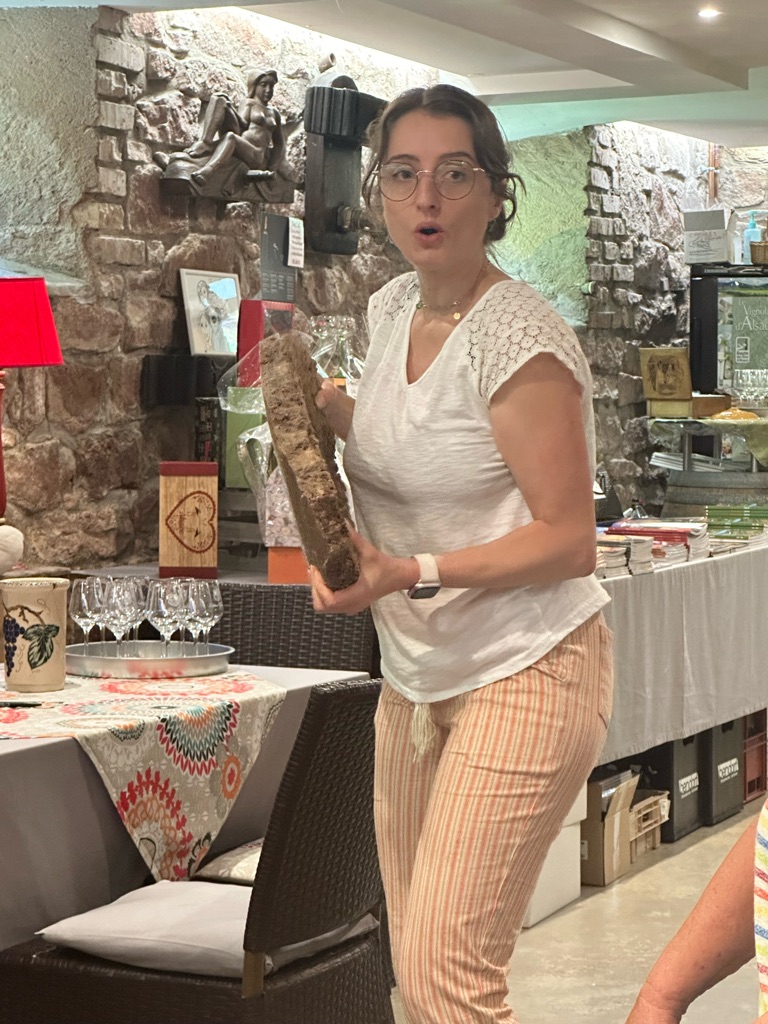
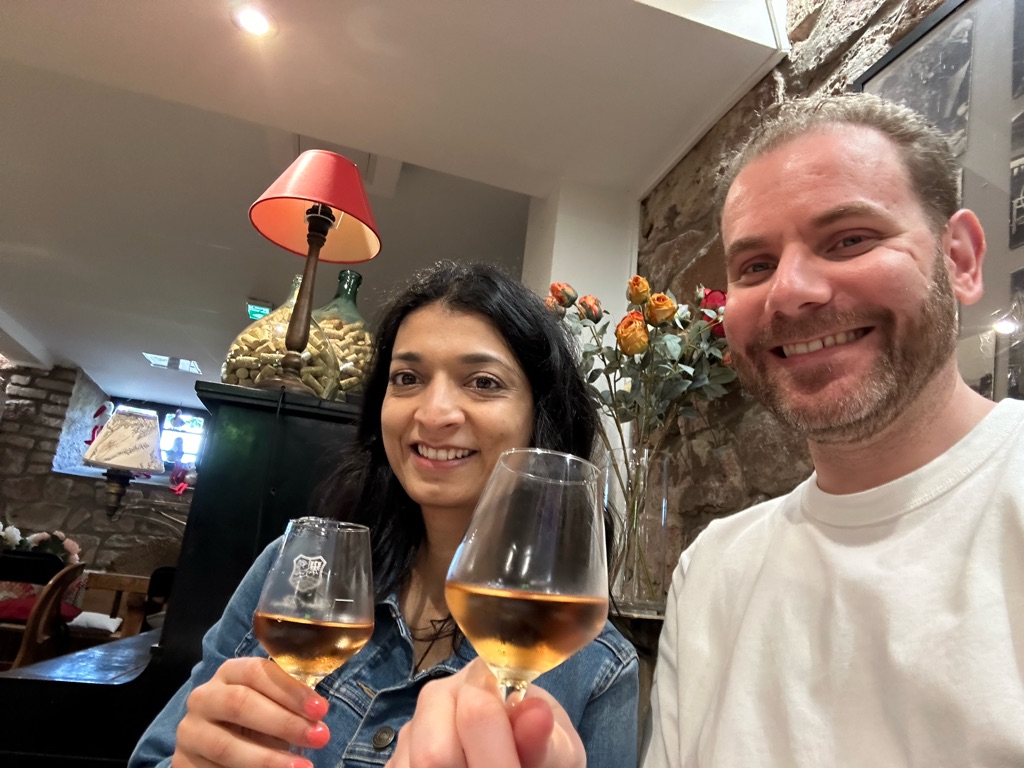
About 90% of the wine produced in the Alsace is white, with only a small amount of red (mostly pinor noir), because the climate is not hot enough. We parted with a bottle of the Riesling and the Gewurtztraminer, which were delicious.
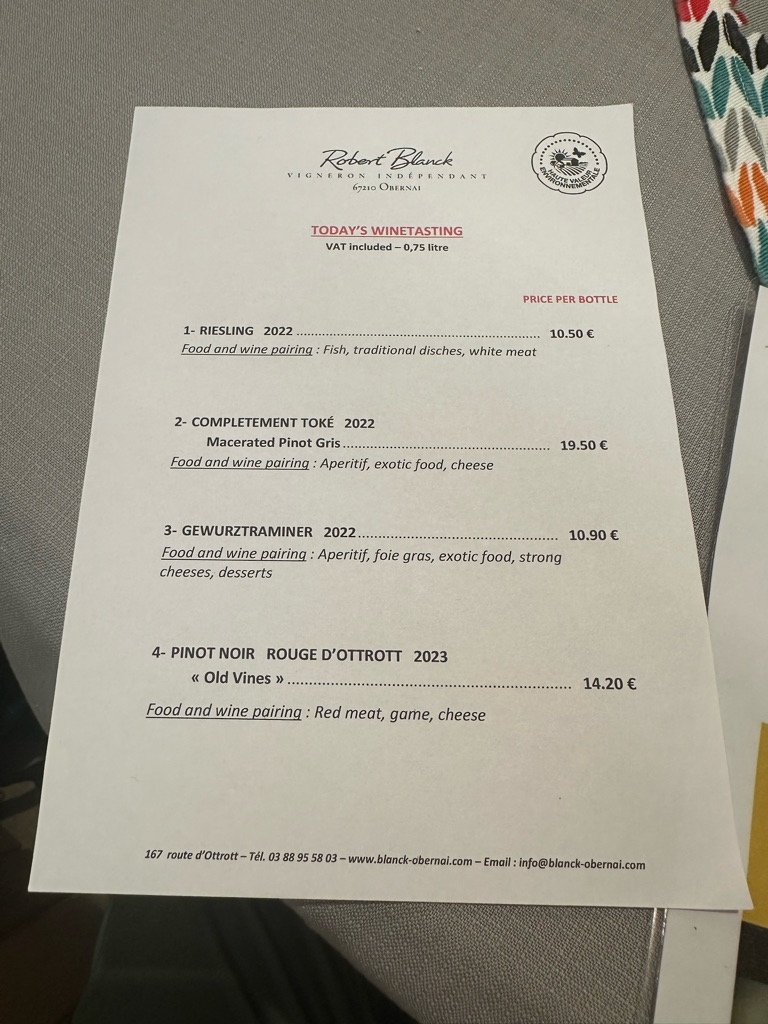
Afterwards we travelled to a little French village in the Alsace, where we tried fresh gingerbread, macarons and nougat.
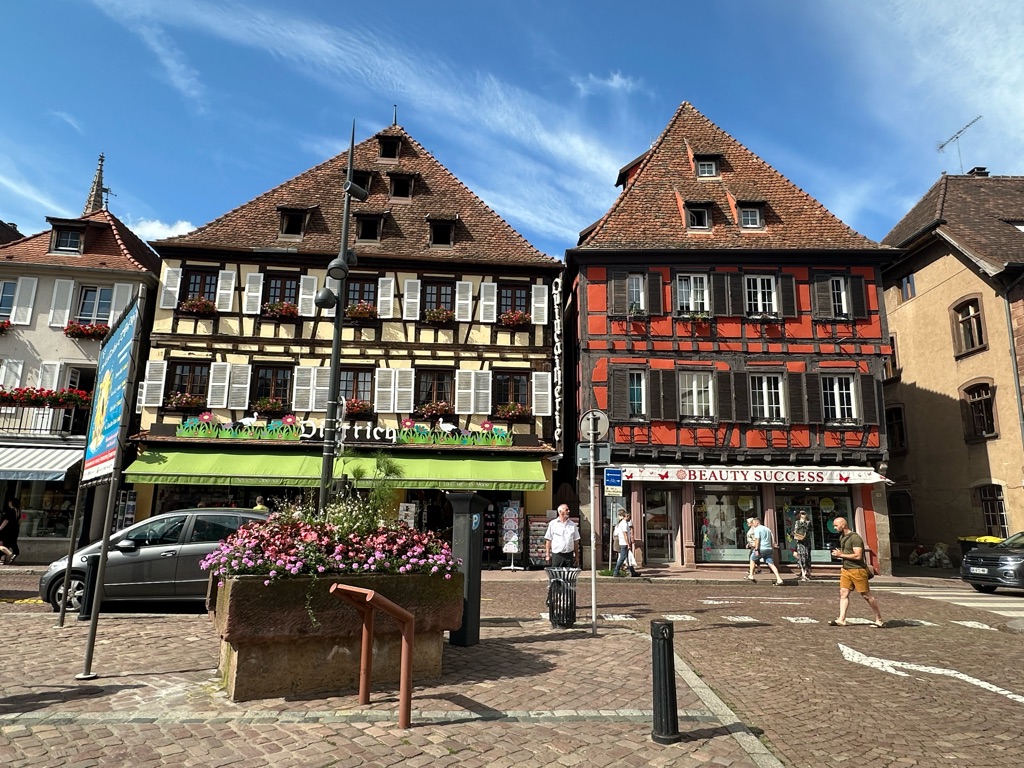
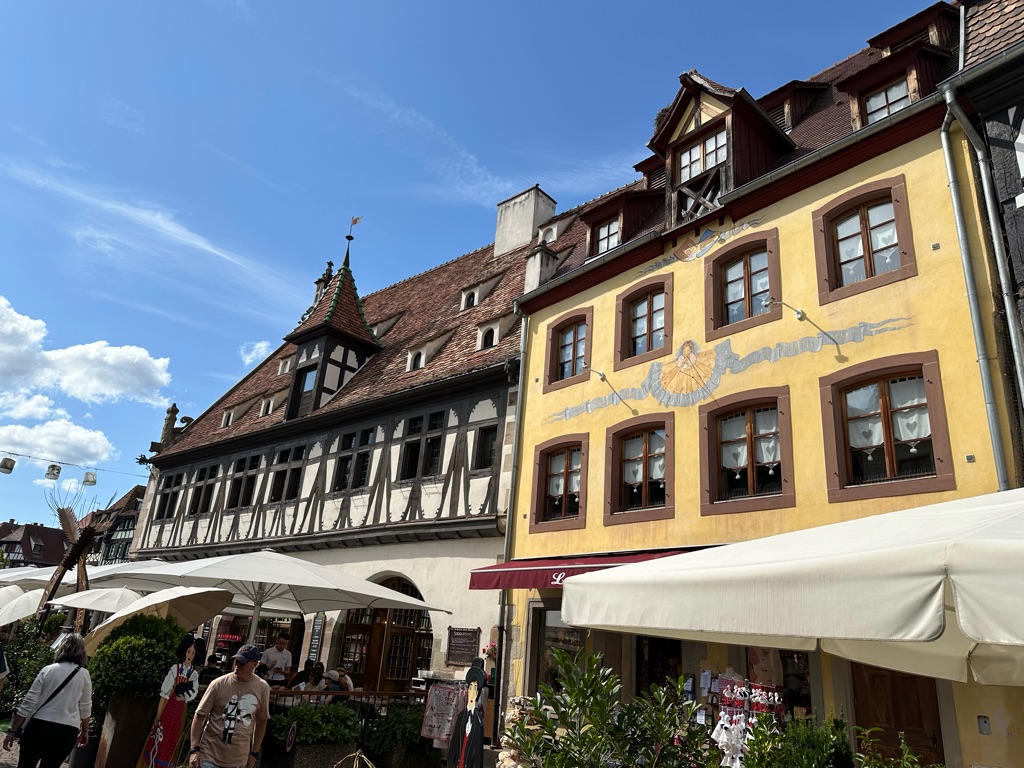
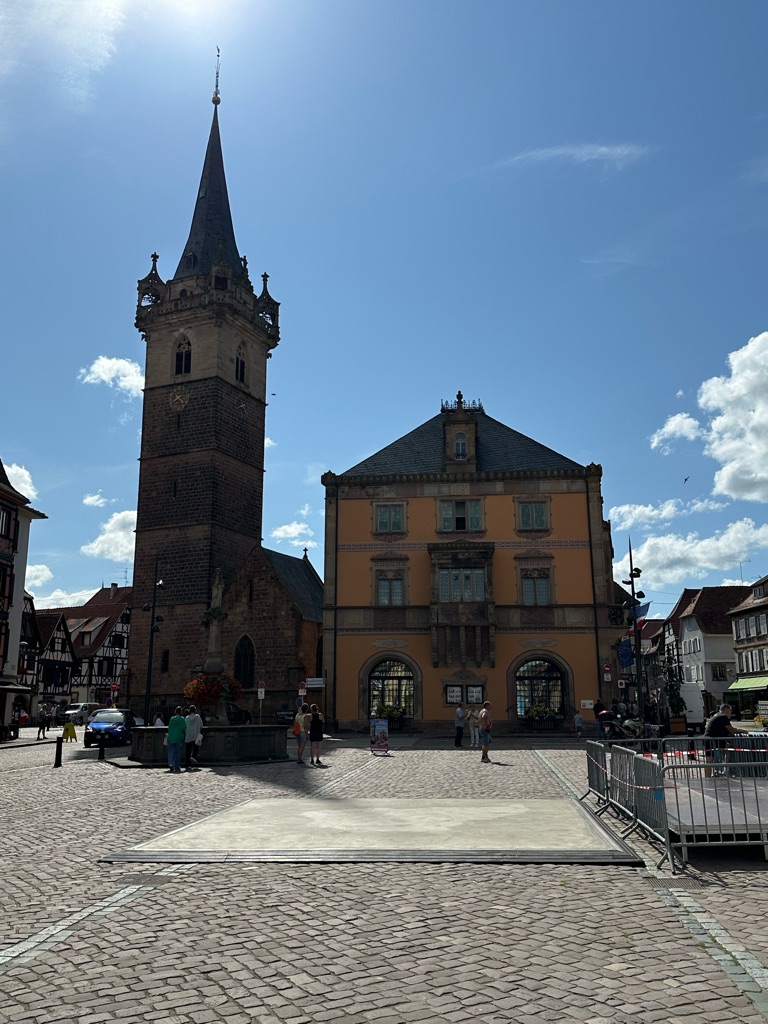

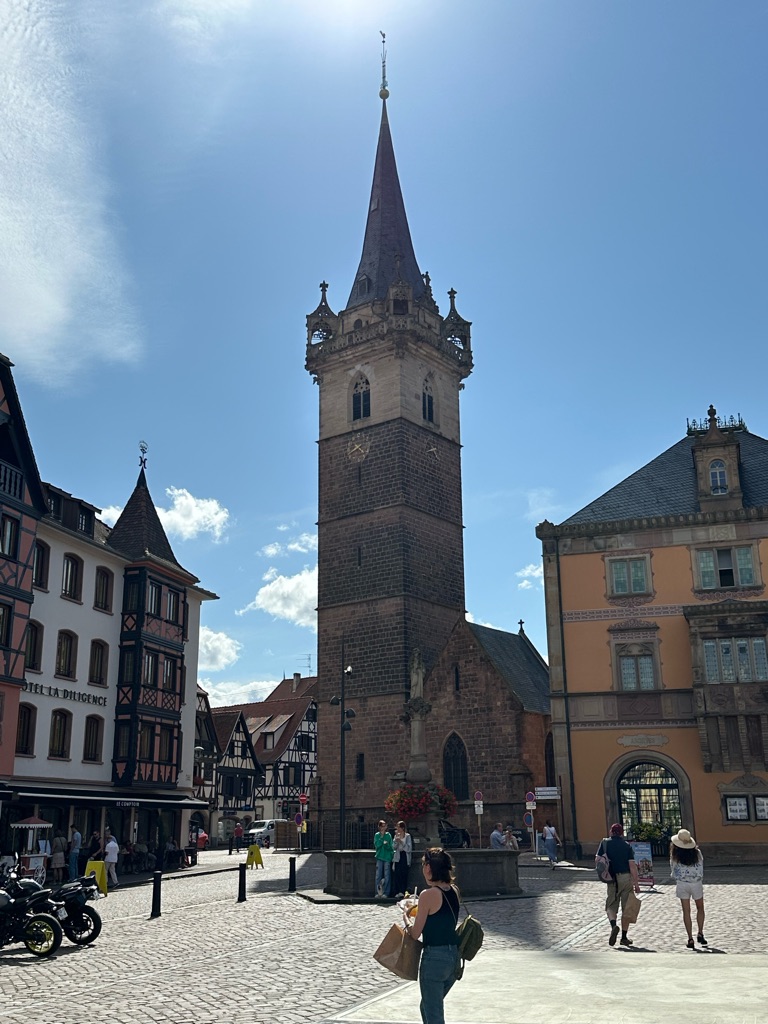
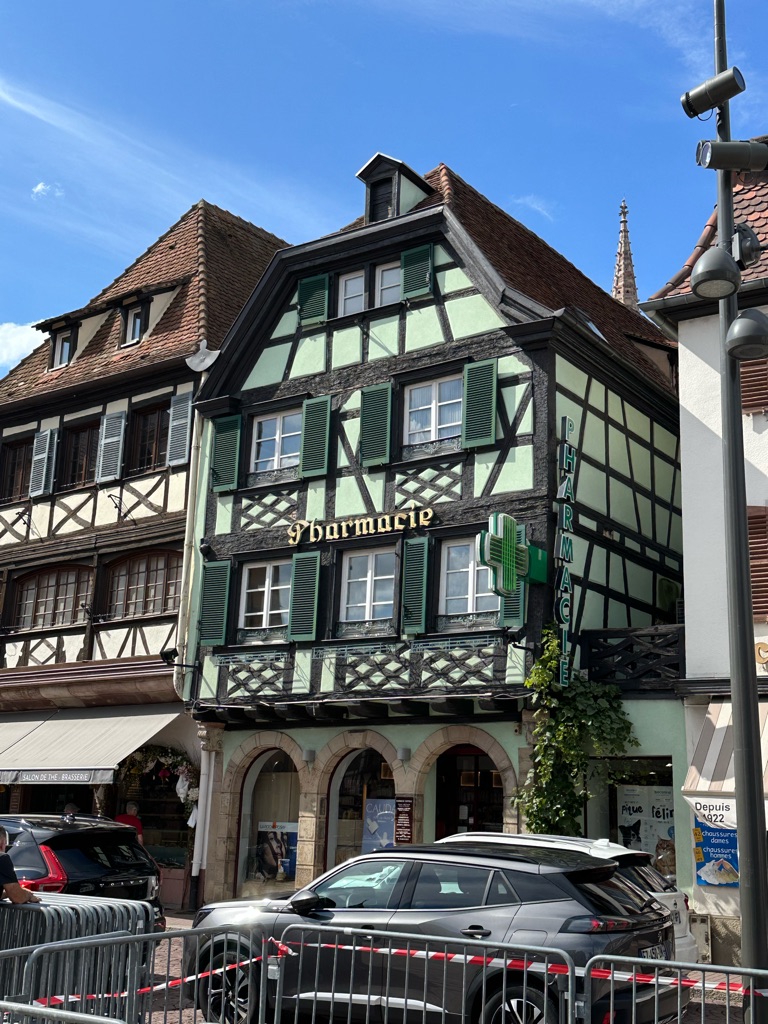
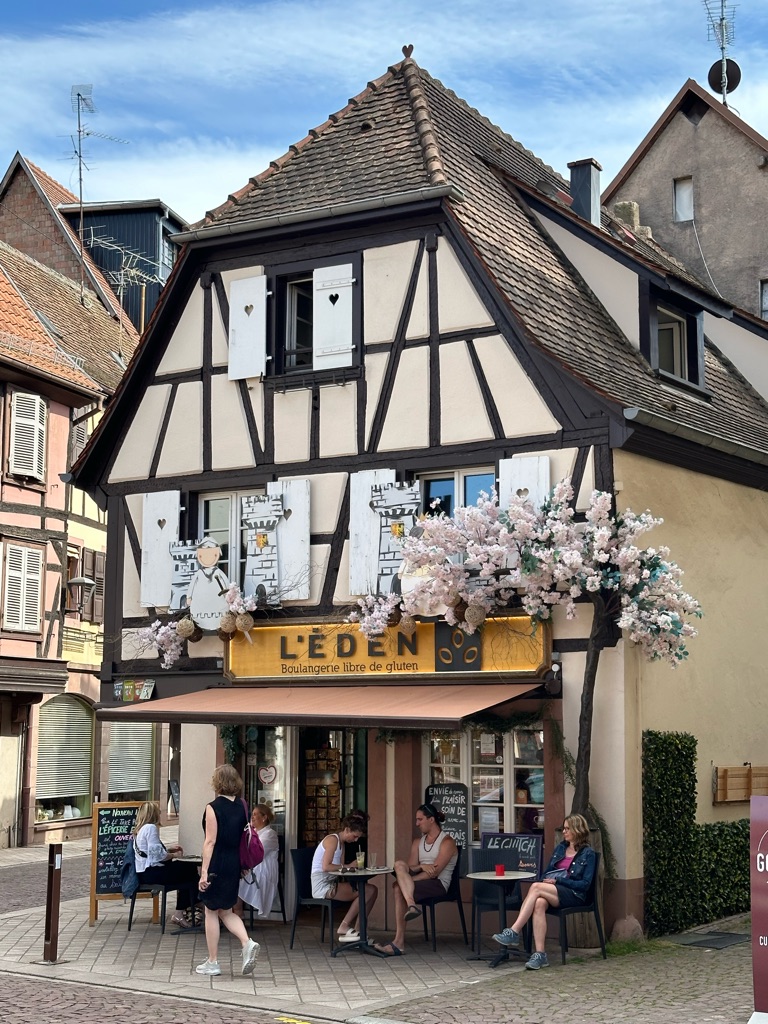
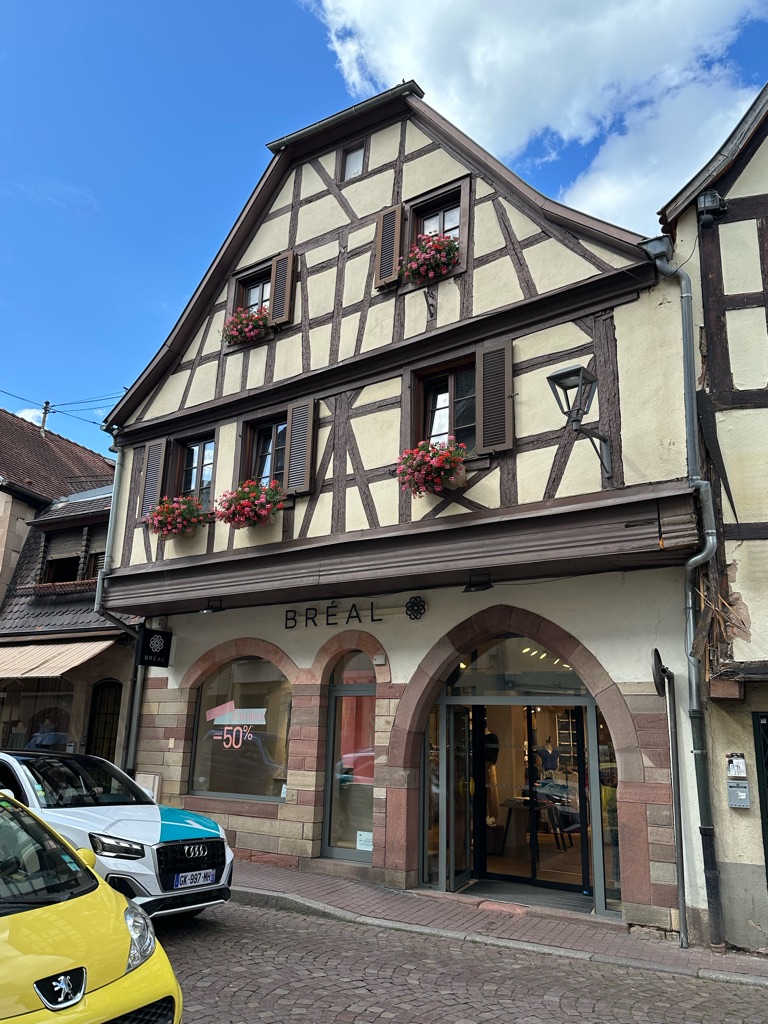
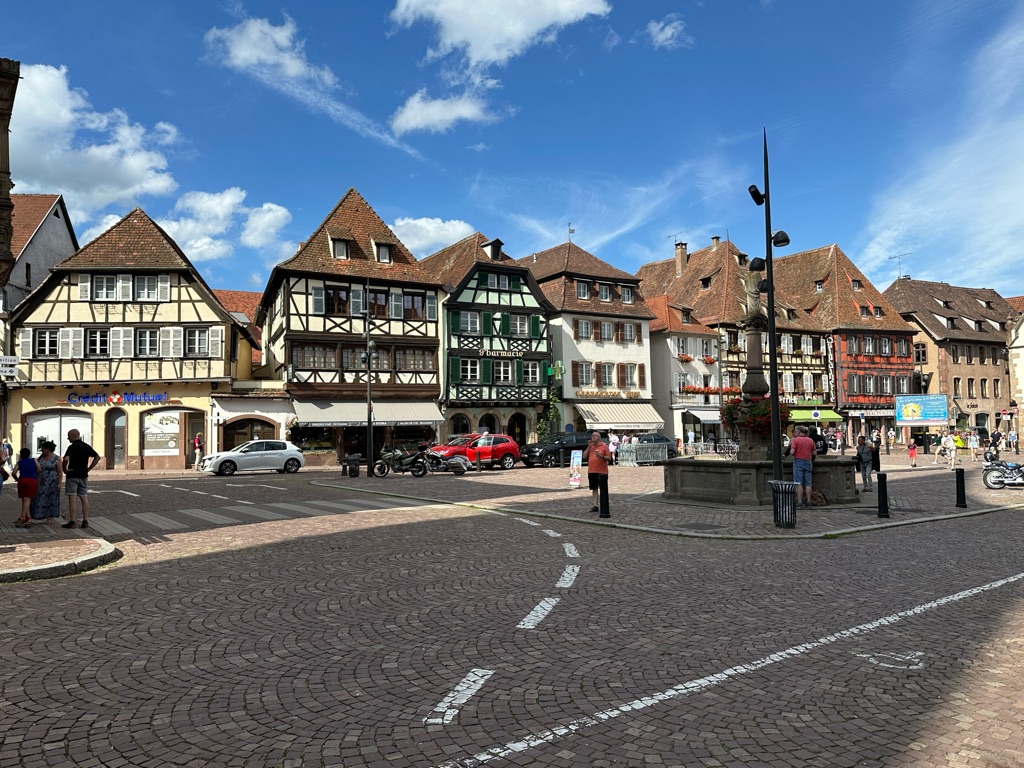
Back at the boat, Meg and I finished the day with a little wander through the sleepy German town of Kehl (on the other side of the river from Strasbourg).

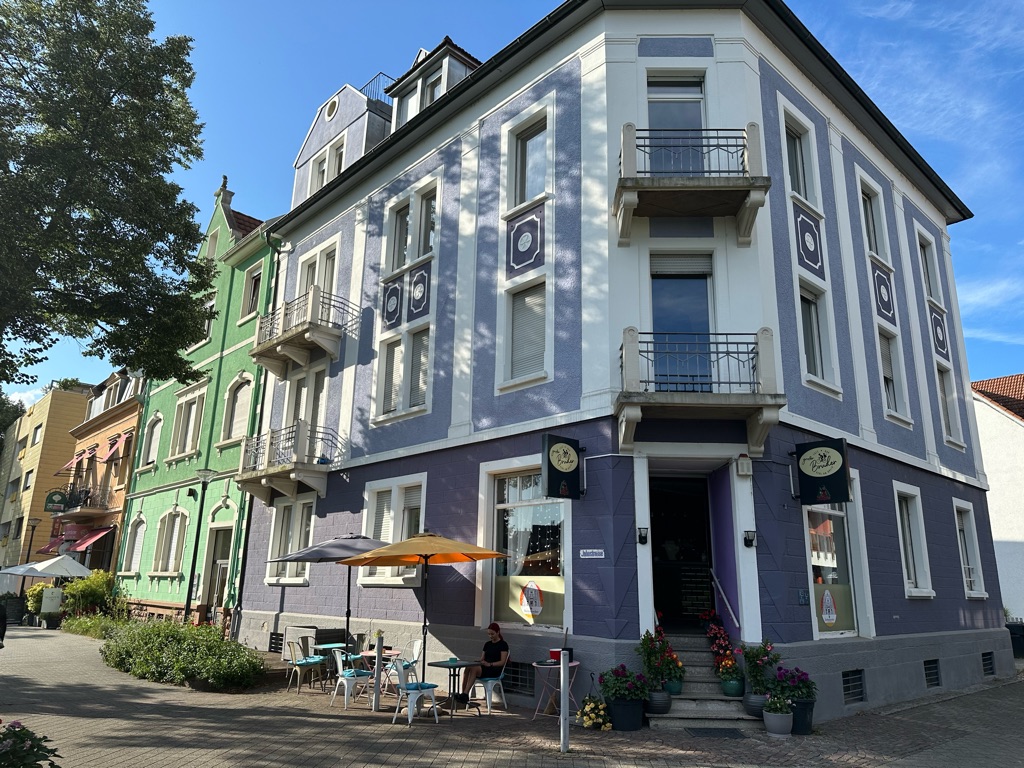
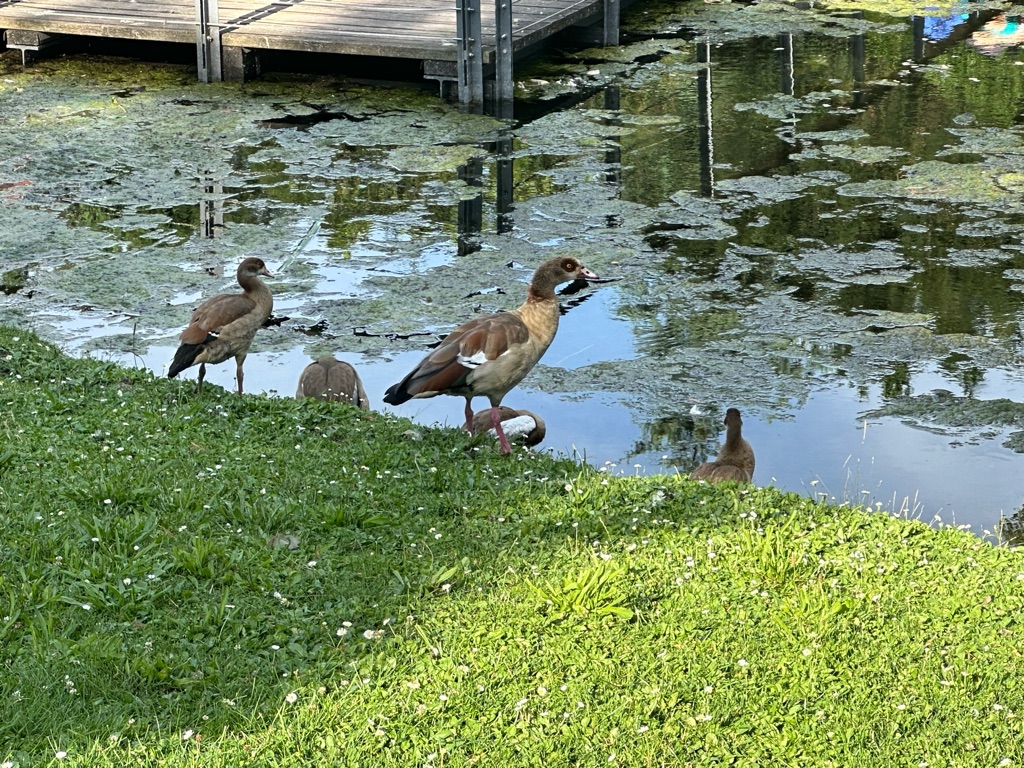
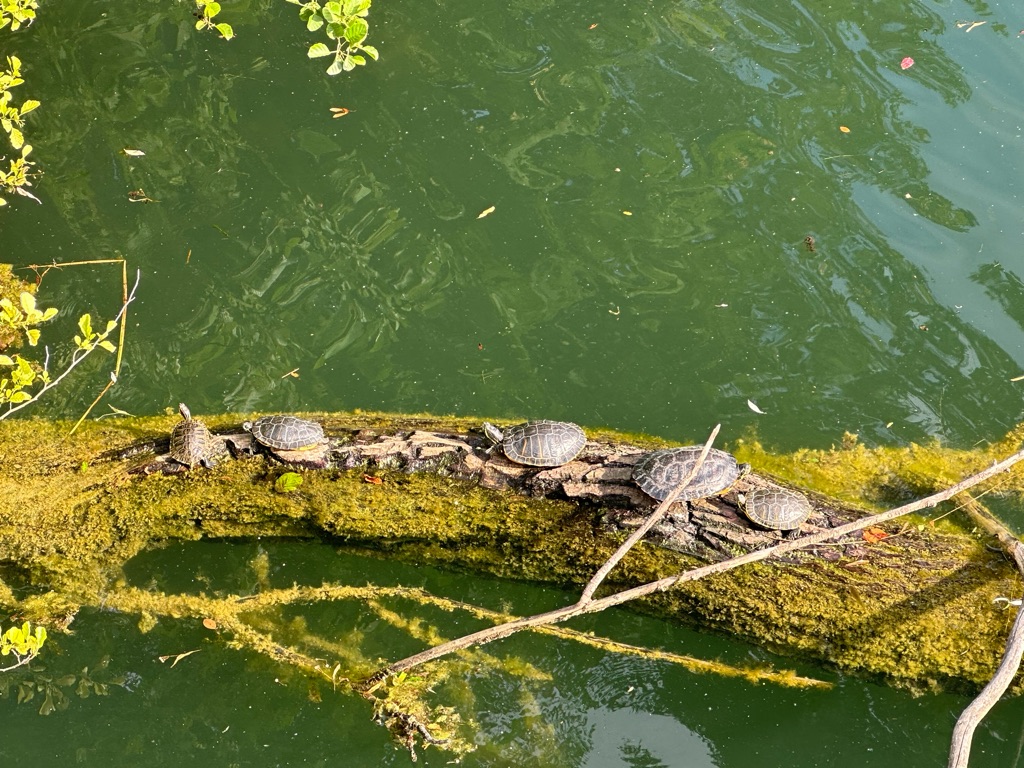
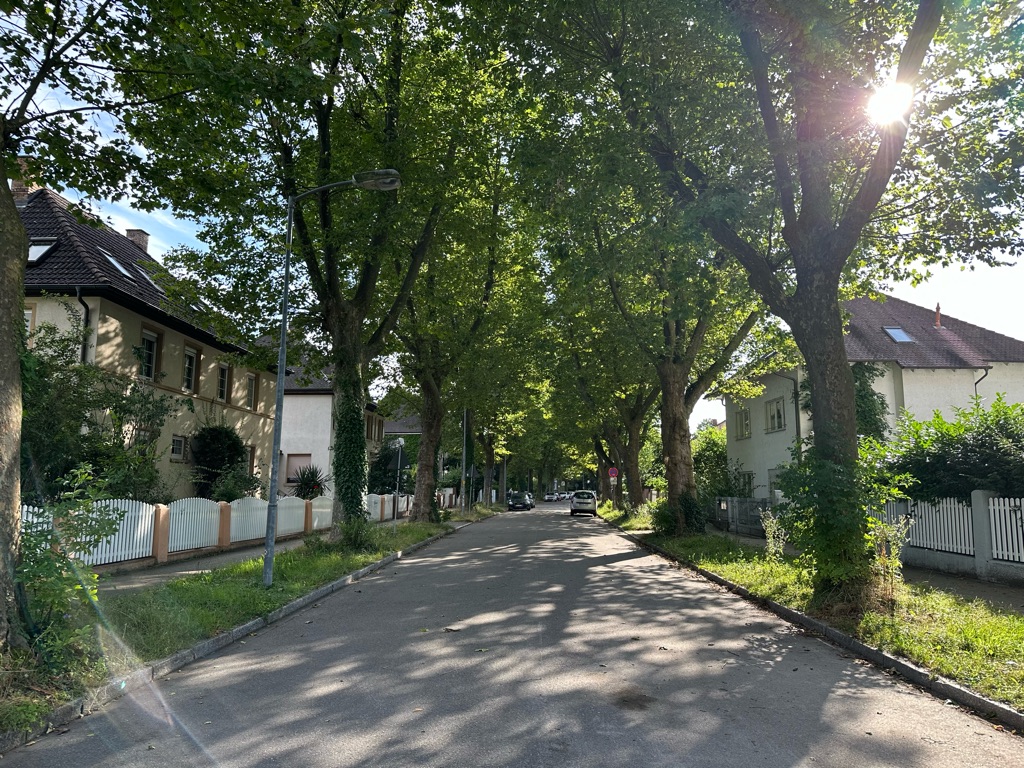
On Wednesday morning, our ship docked in the village of Speyer, Germany (pronounced "Shpy-er"). There we visited Speyer Cathedral, a Catholic cathedral which is the largest in the Romanesque style in the world. It’s been rebuilt and patched up many times, though.
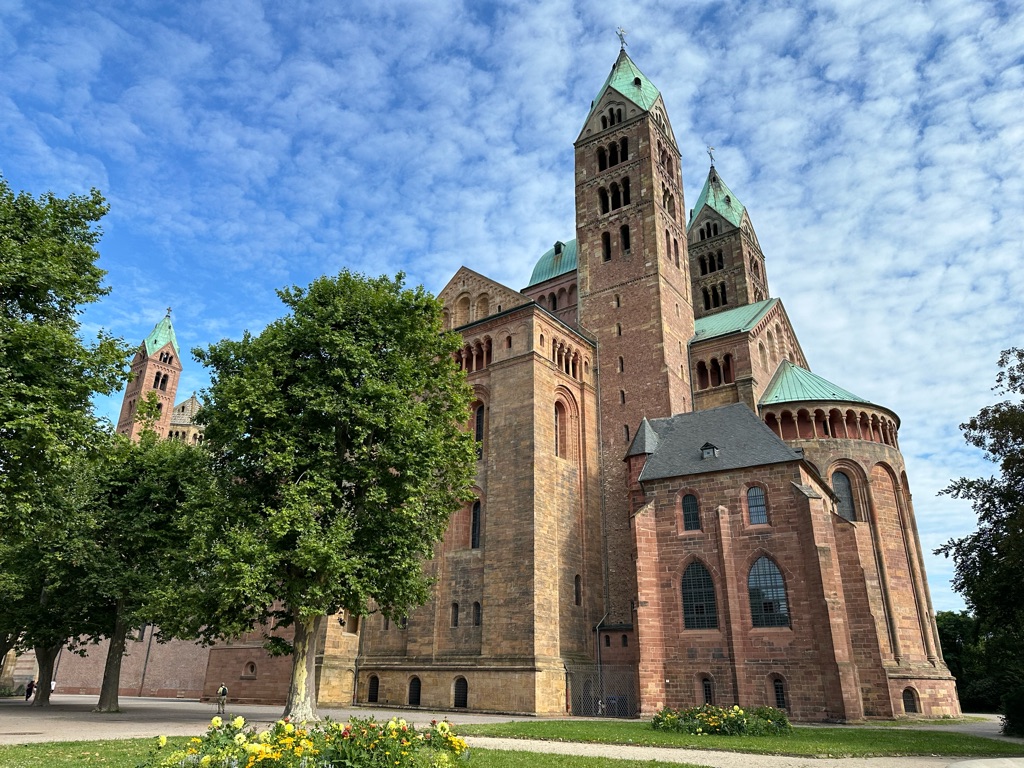

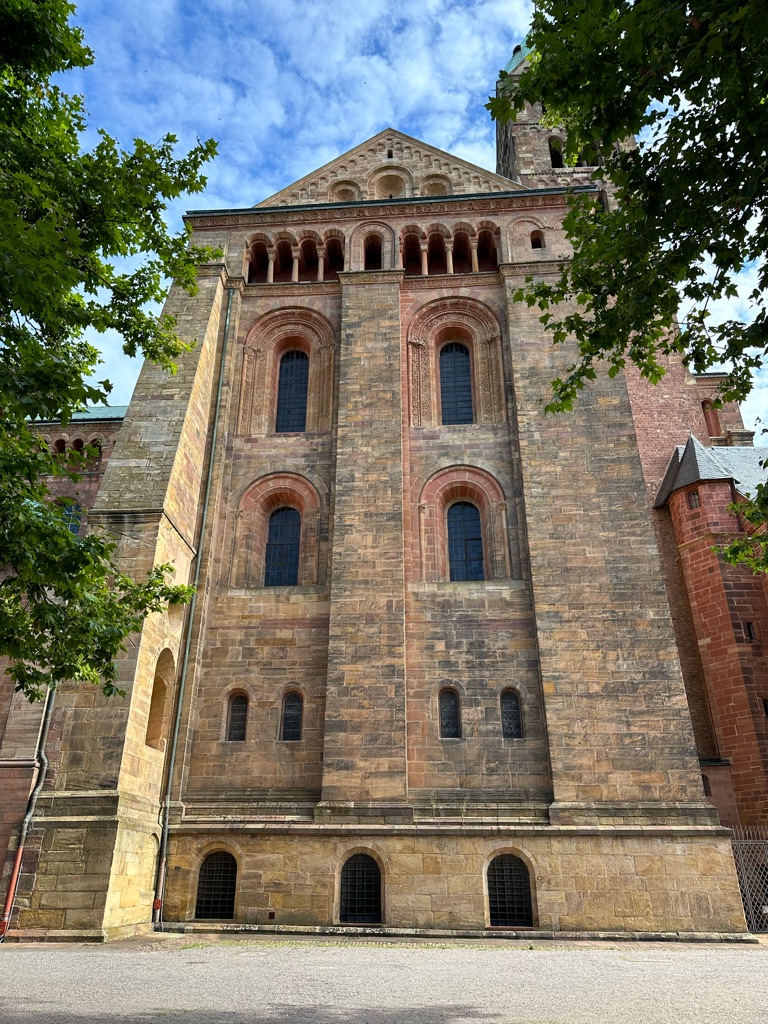
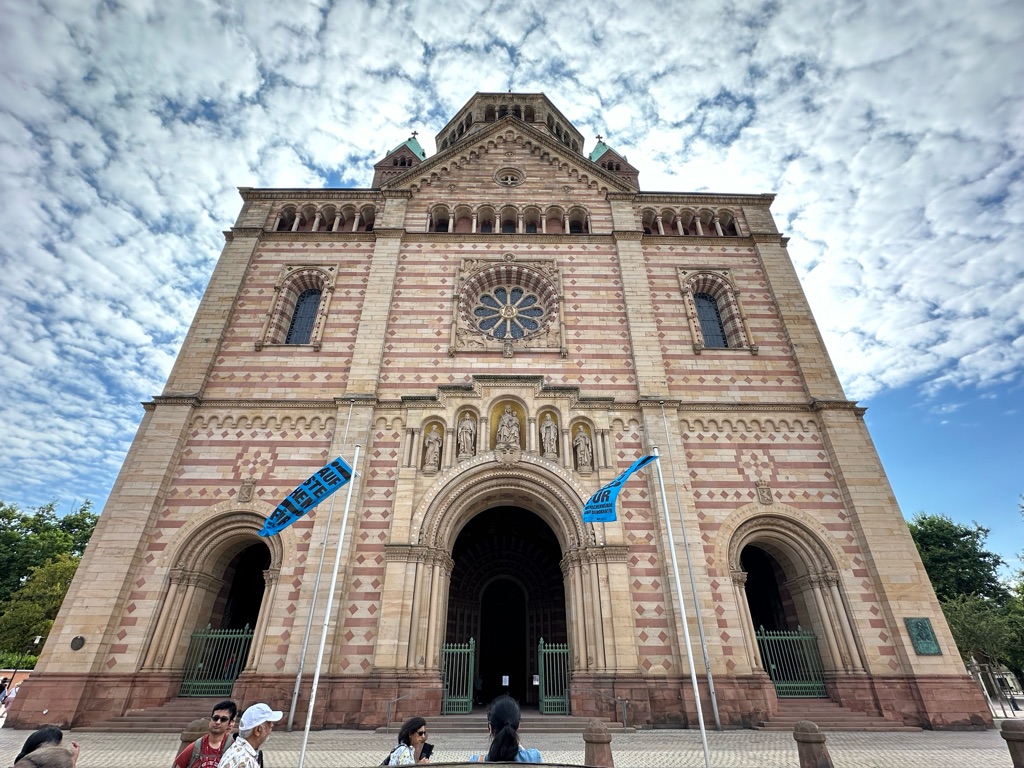
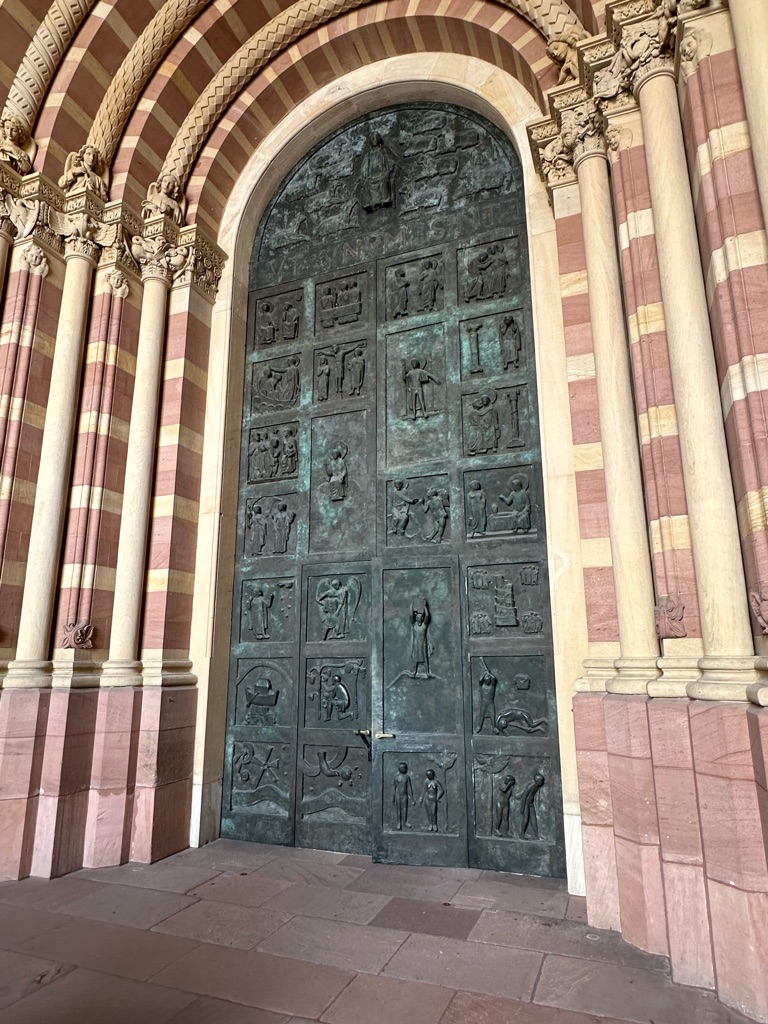
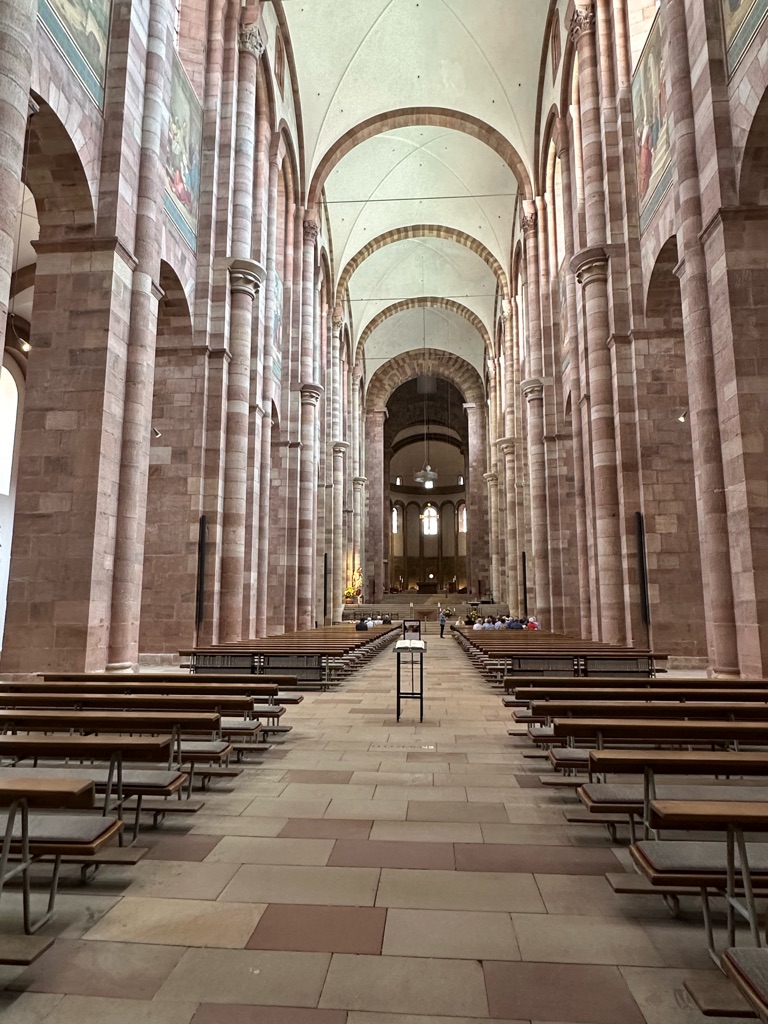
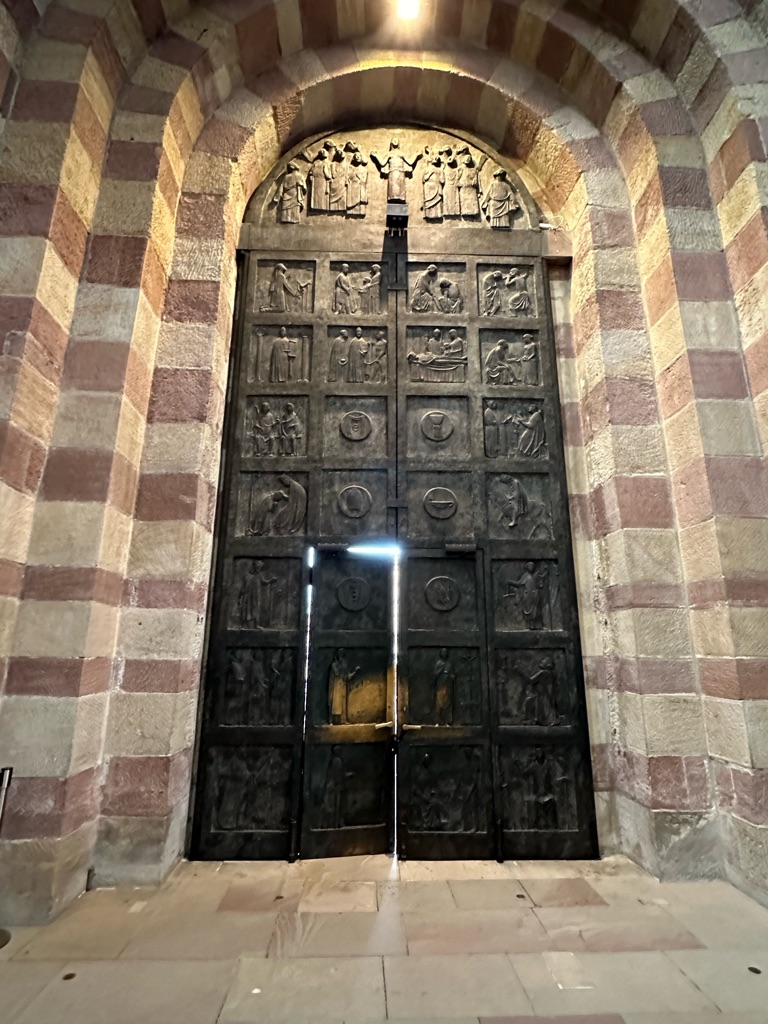
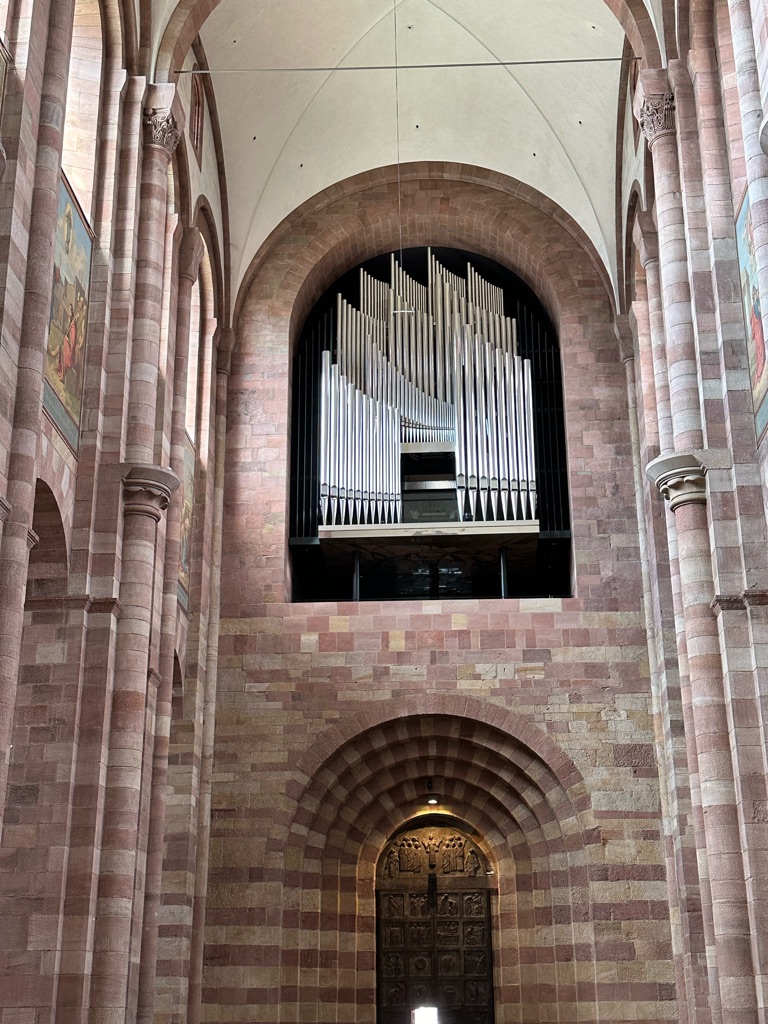
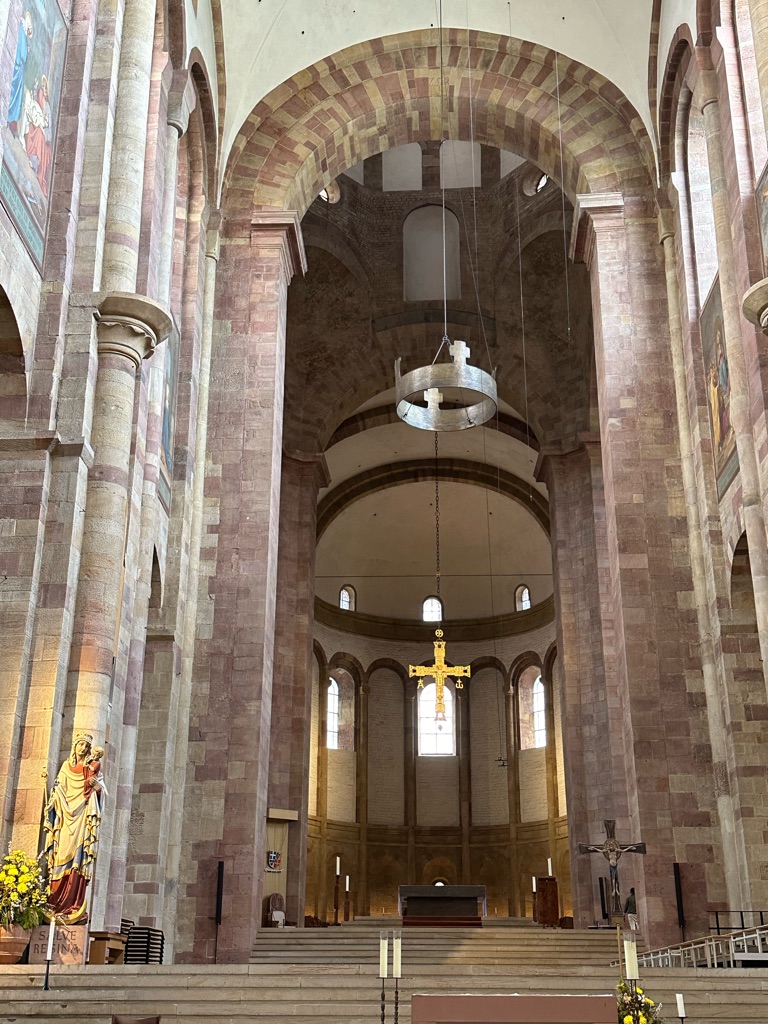
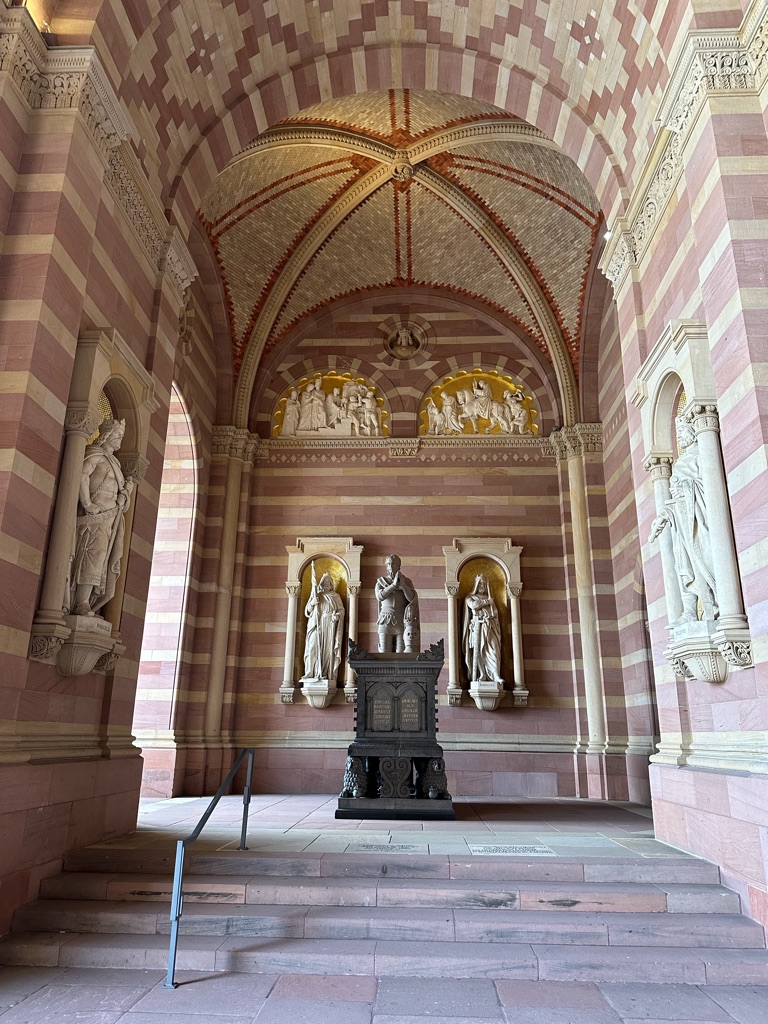
We then enjoyed a German beer in the little township.

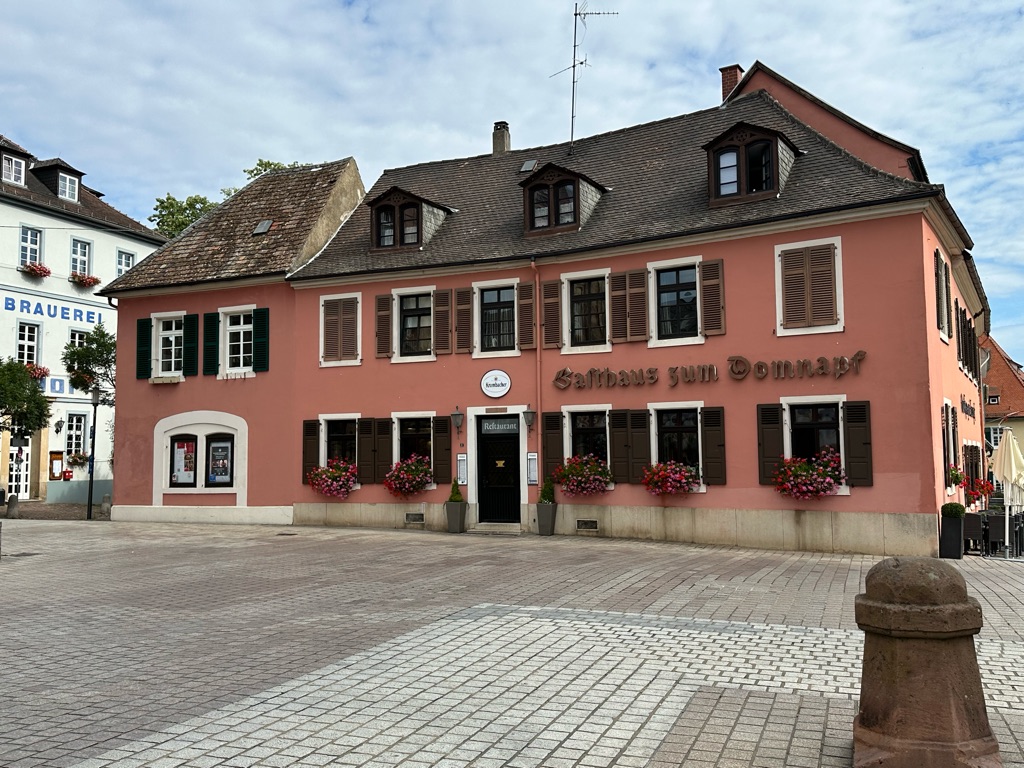
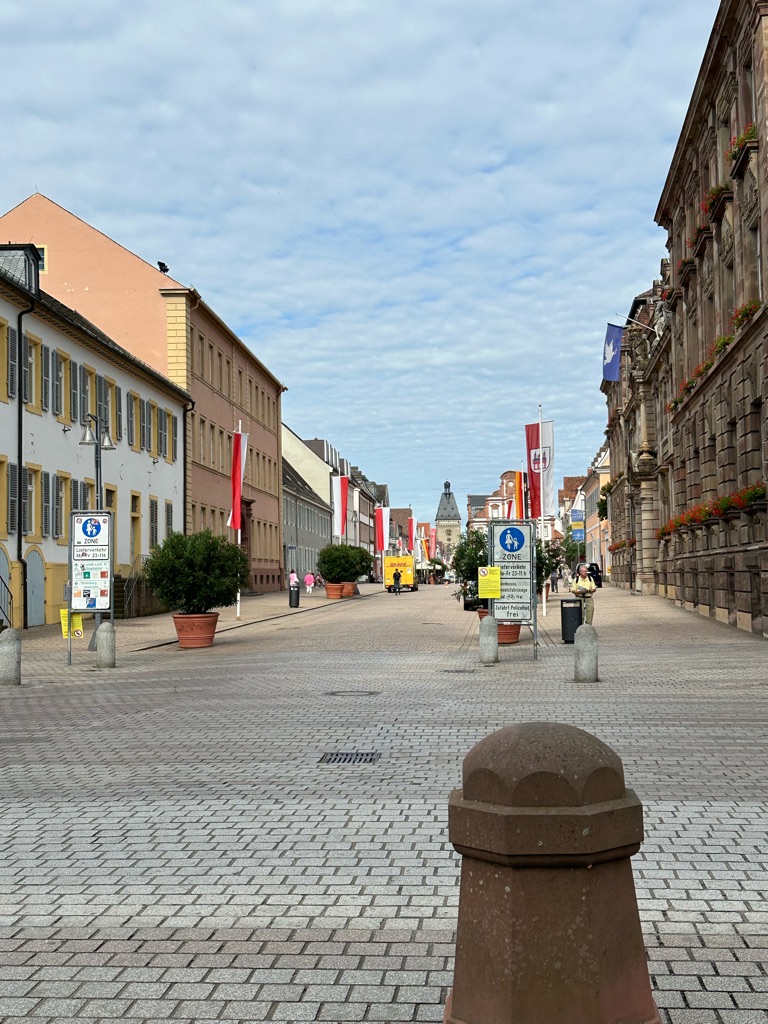
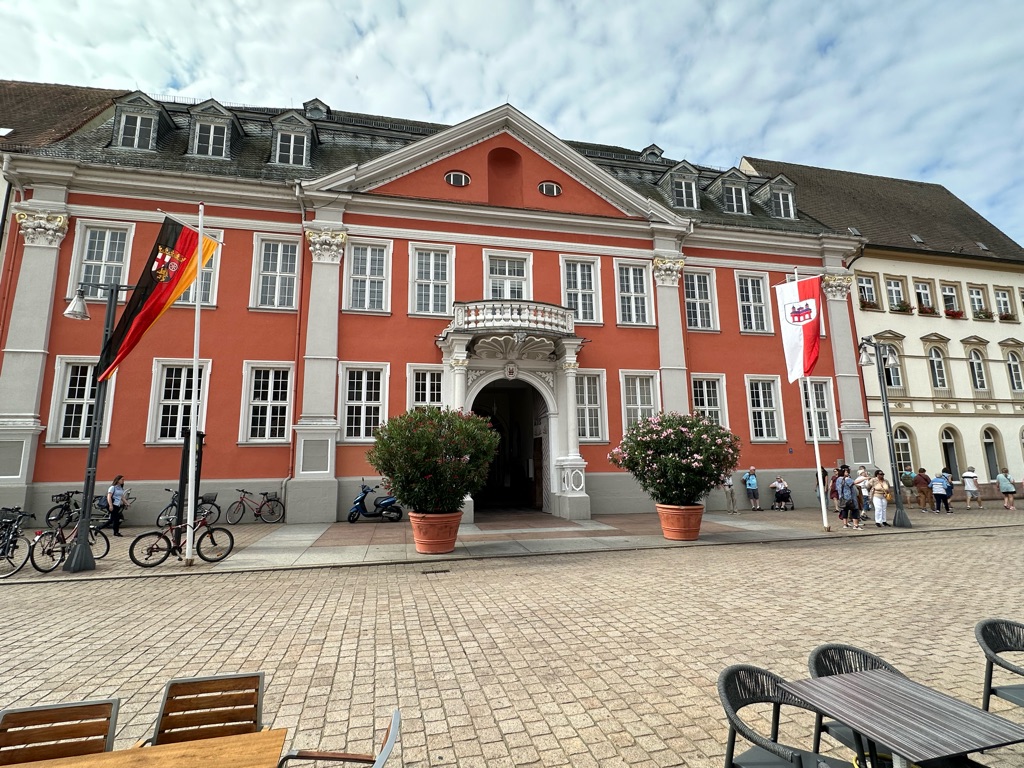
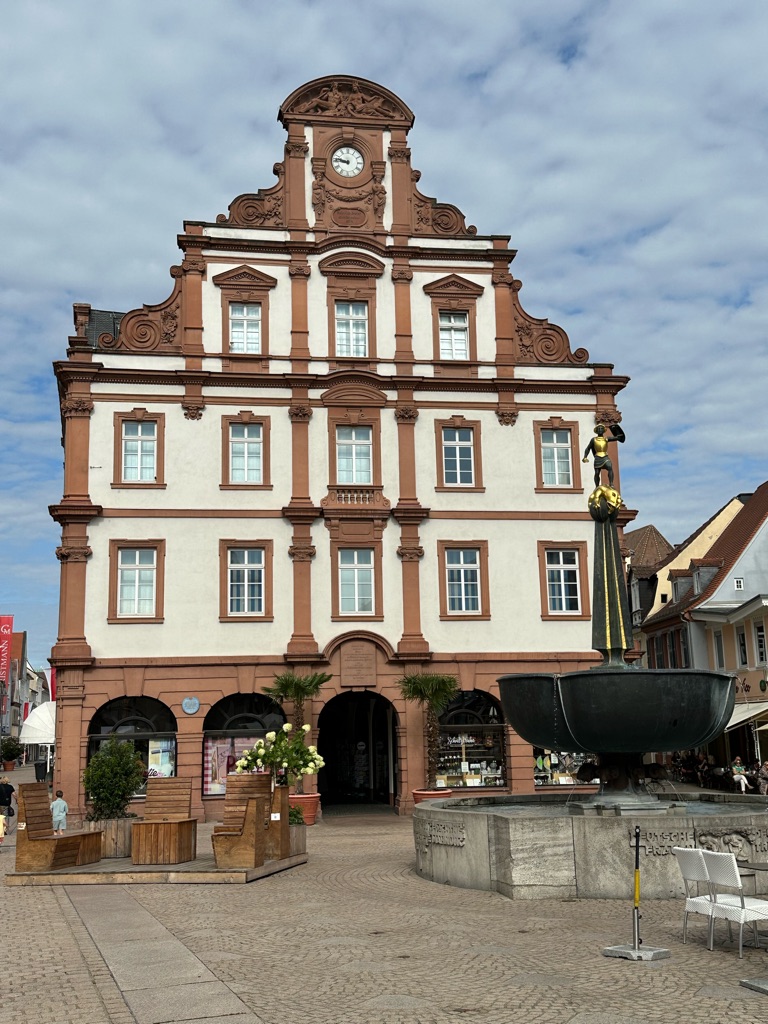
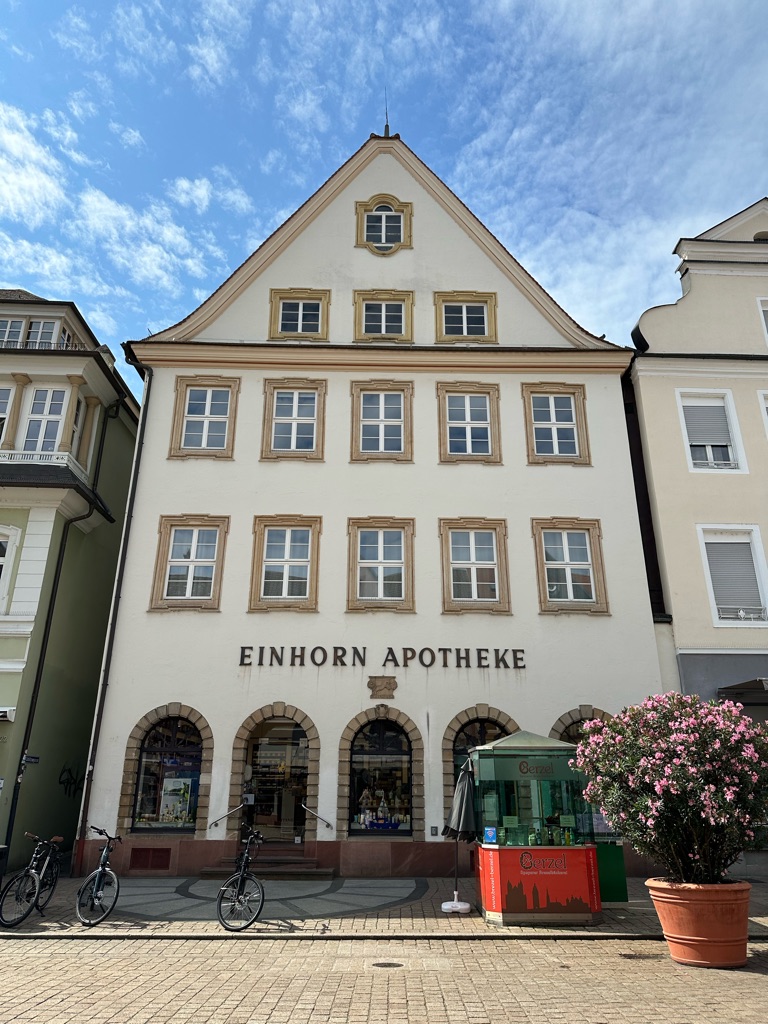
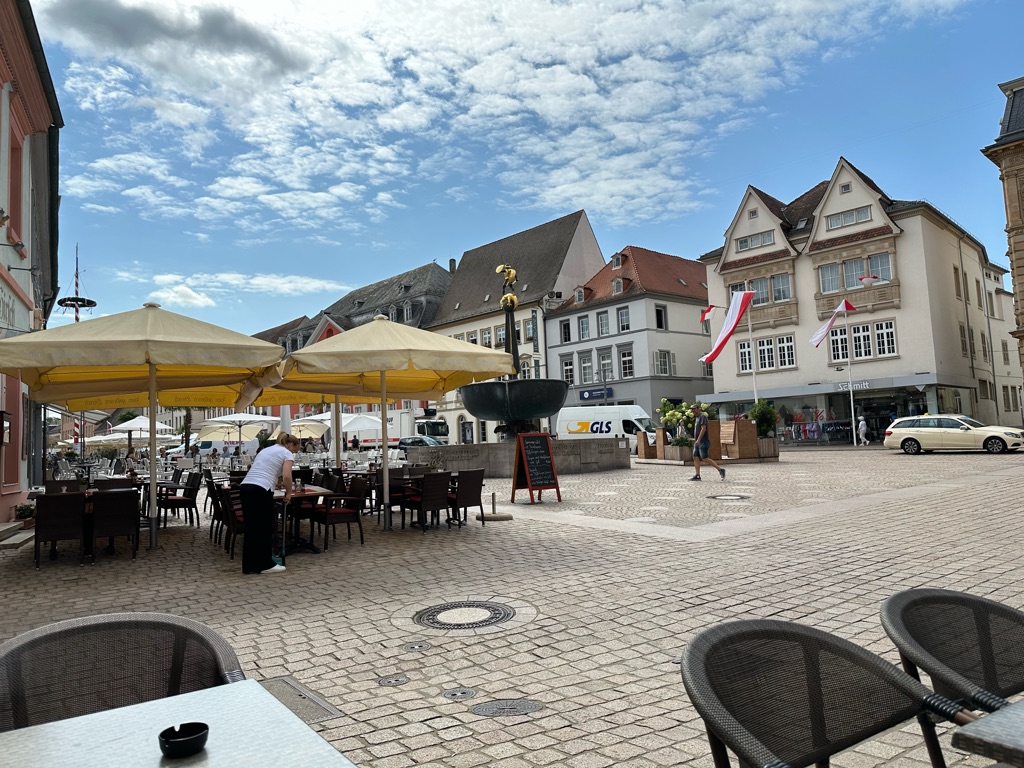
Nearby was another beautiful church, one of the rare Baroque protestant churches (most of the German protestant churches are very plainly-decorated). We couldn't go into this one, but could peek through the glass doors.
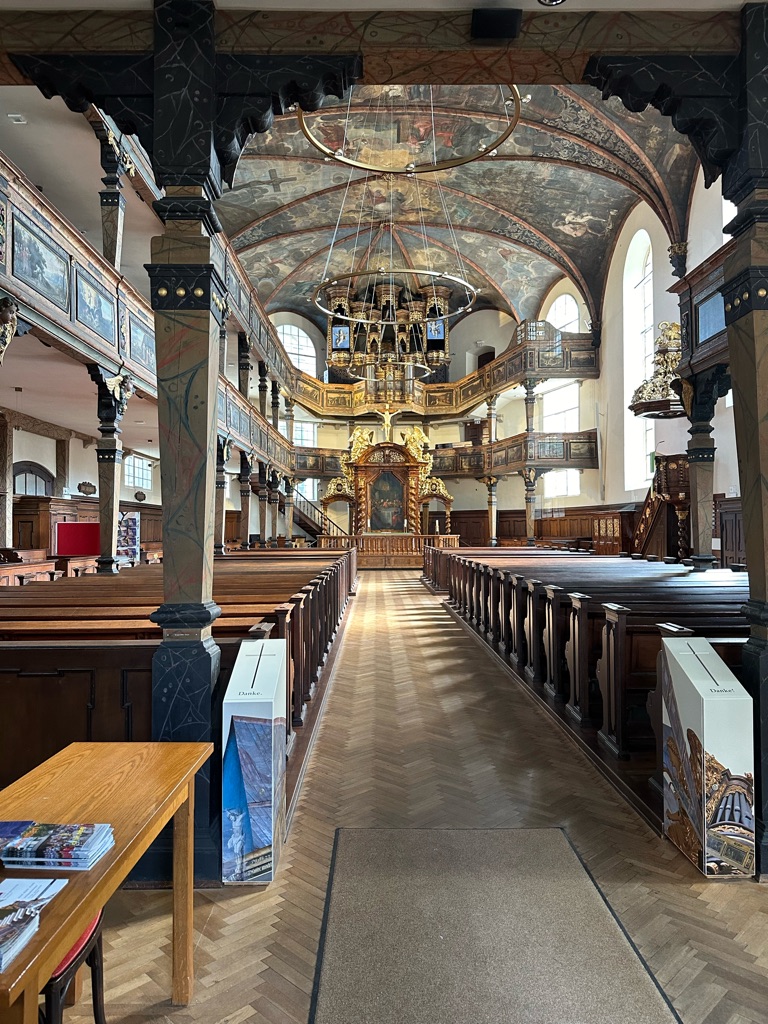
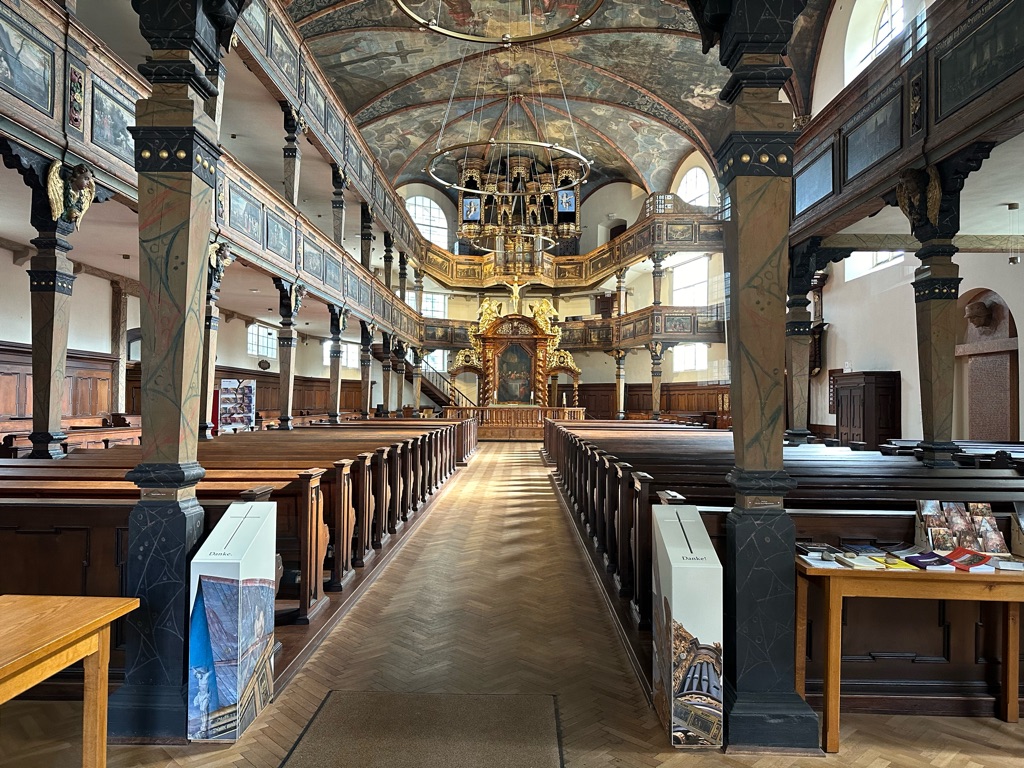
We then made a brief stop in the city of Worms (which seemed a bit unremarkable) before enjoying a nice read of our books on the balcony of our room).
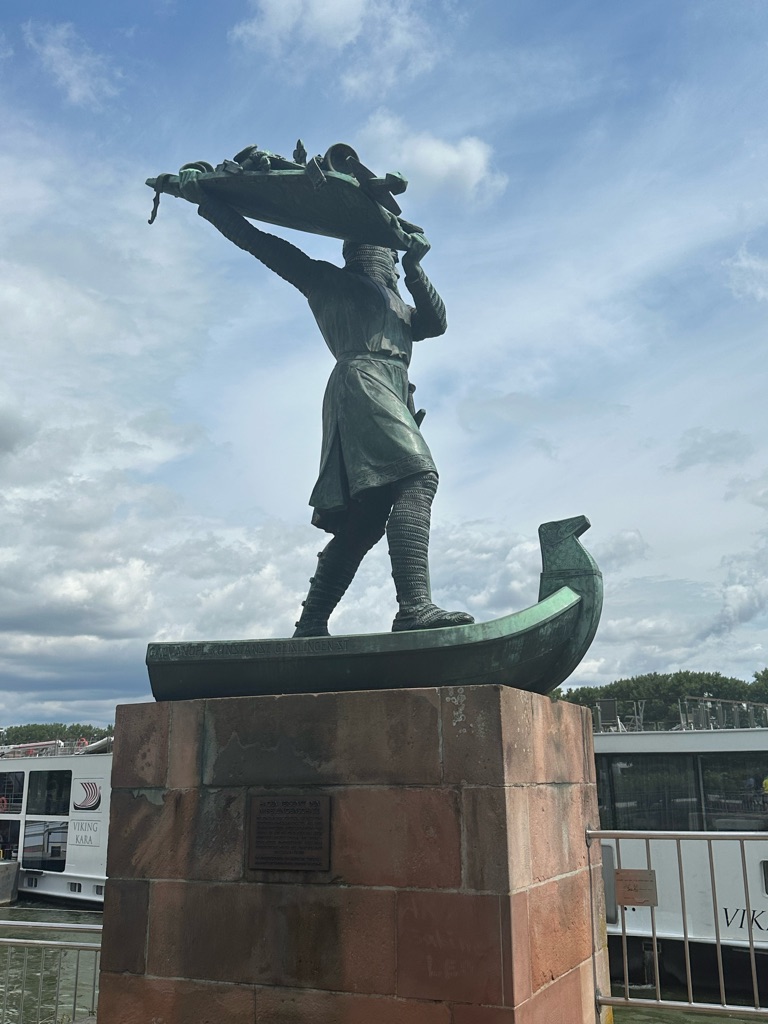
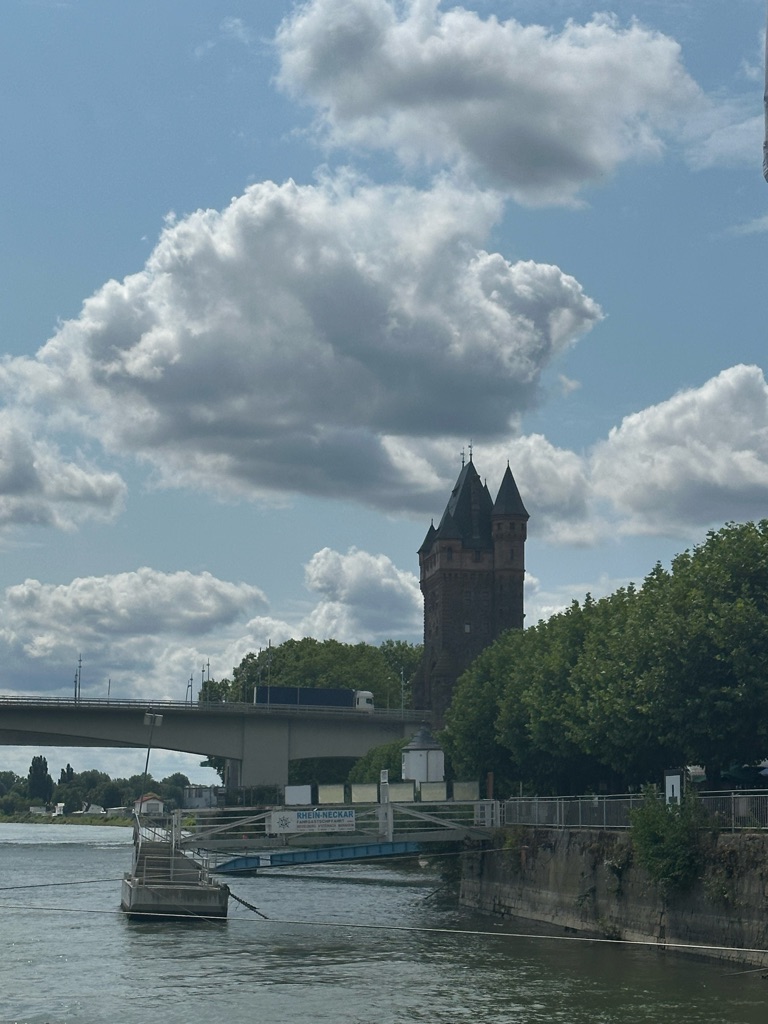
I am getting a little behind on the blog, but I need to tell you about our dinner on Wednesday night at the Eberbach monastery, in the Rheingau region.
The abbey was established in 1136 (almost 900 years ago), by a group of Cistercian monks, who had broken away from the Benedictines (they thought that the Benedictines were not appropriately following the example set by St Benedict).
They were a closed order, and the compound was walled off mainly to keep out the animals, including wolves and wild boar. The abbey was built and rebuilt over several hundred years, before ultimately being abandoned and laicized in the 1800s.



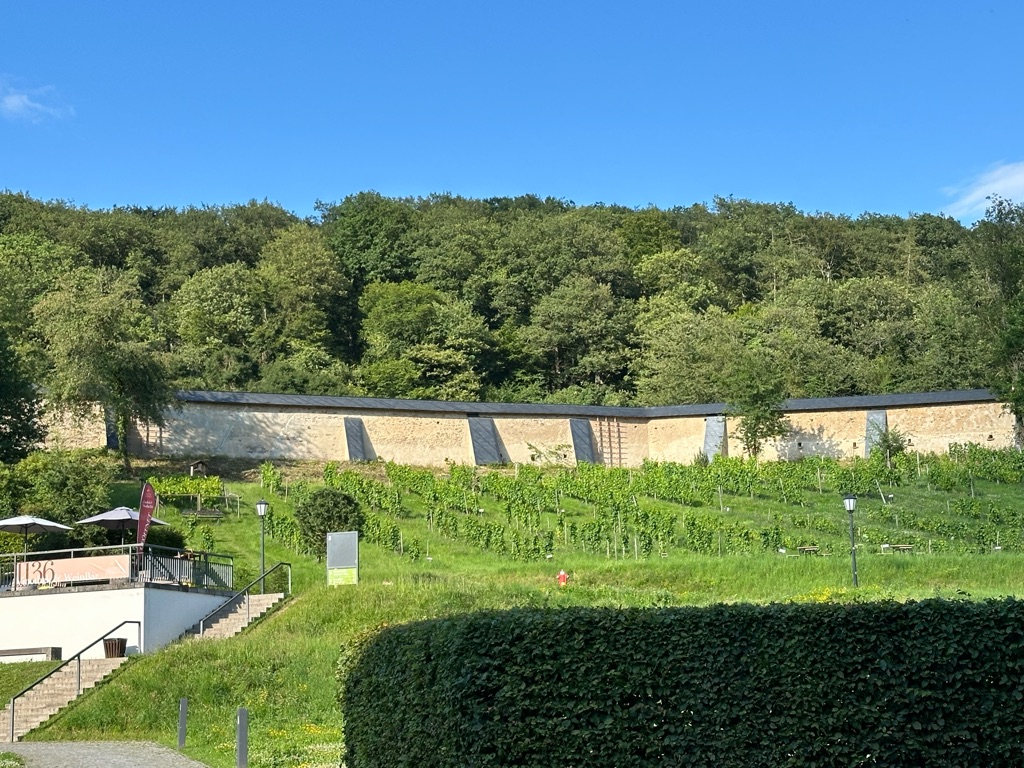
You can see the remaining walls of the compound here.
Among other things, the monks produced huge amounts of wine - some for their own religious purposes, but mainly to sell. The wine was stored in this underground cellar, where we met our guide Linda to take us through the wine tasting. \240We tried three varieties of Riesling (that's the only grape the monastery produces) - a dry, a medium-dry and a sweet. I have to say, we didn't think they were that marvellous (the dry in particular tasted too young and tart) - but they did improve as we went along!
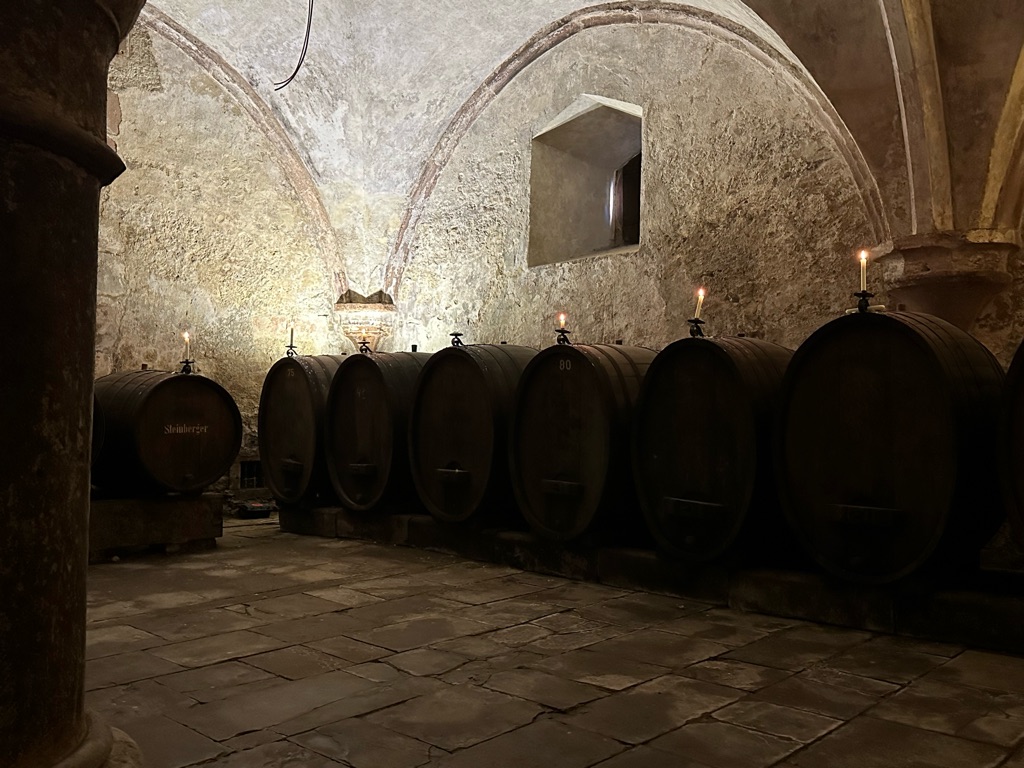
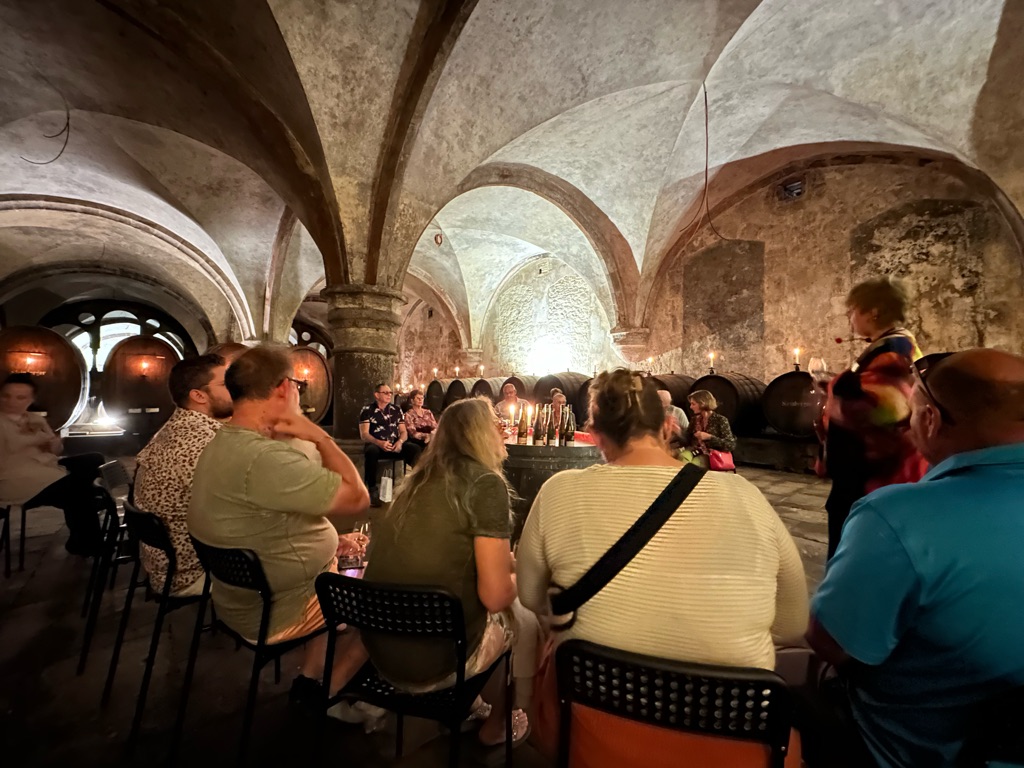

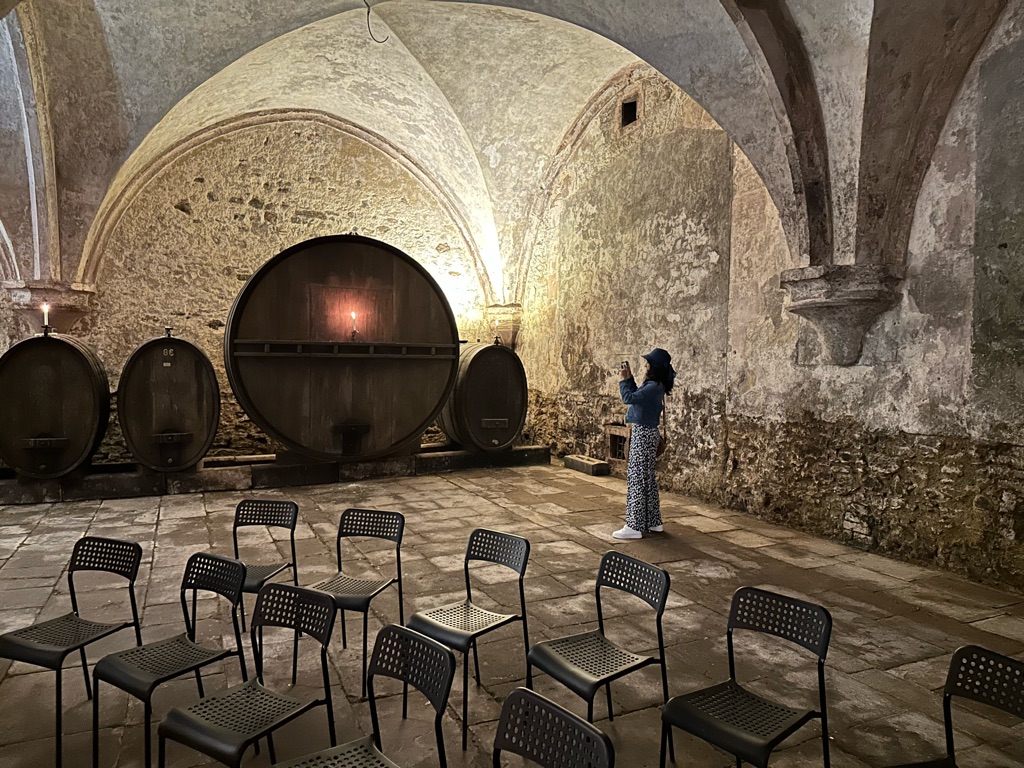
Upstairs we saw the courtyard and the monks' chapel, both of which are now used for classical music concerts. The chapel was very plain and austere, in the German style. The surviving headstones of some of the abbots of the monastery are displayed in the chapel - they don't actually know where all of them are buried, but suspect at least some are under the floor of the chapel. The life expectancy of the very early monks (back in the 1100s) was only 30 years old (so by that measure I'm an old man!)
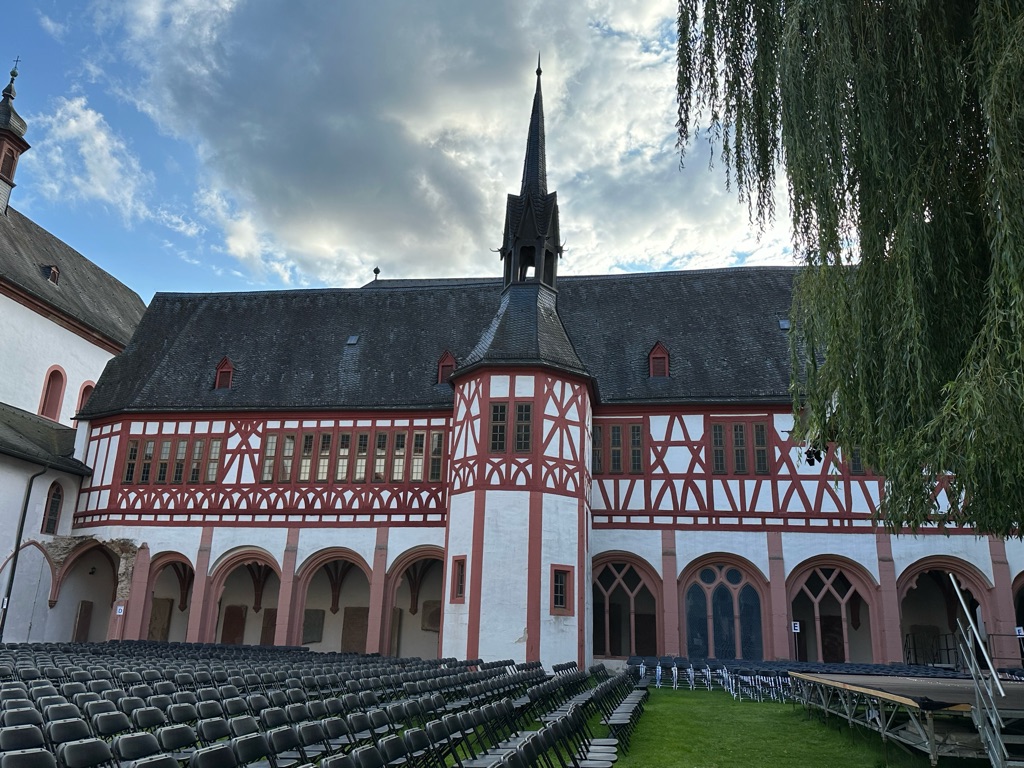
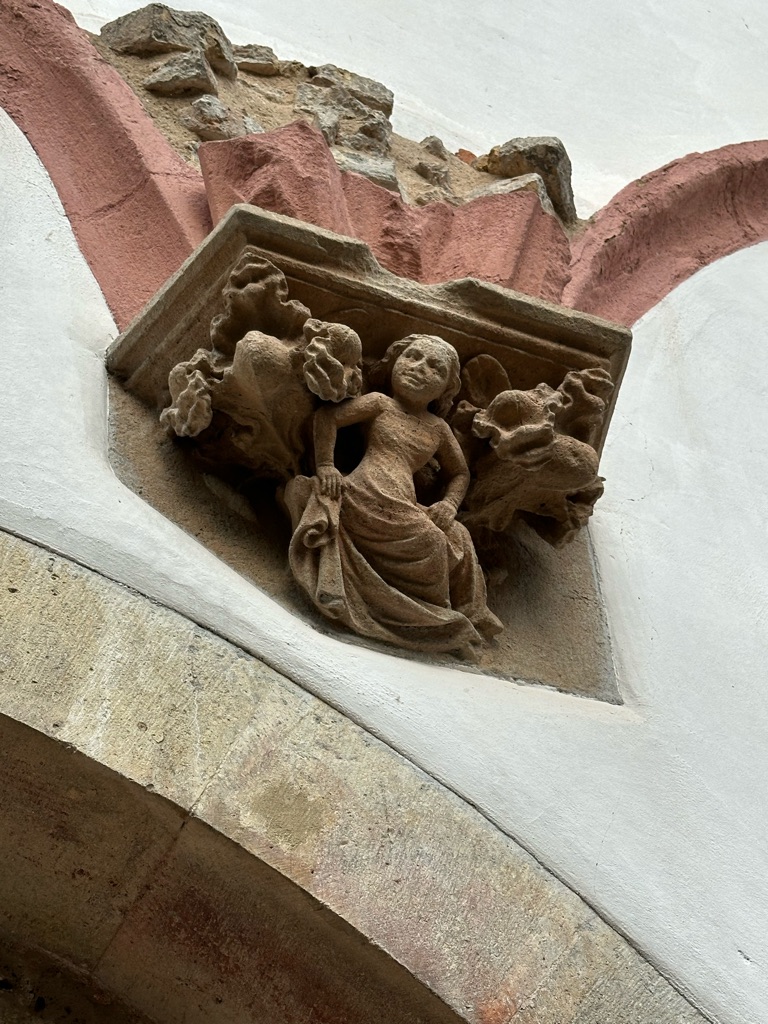
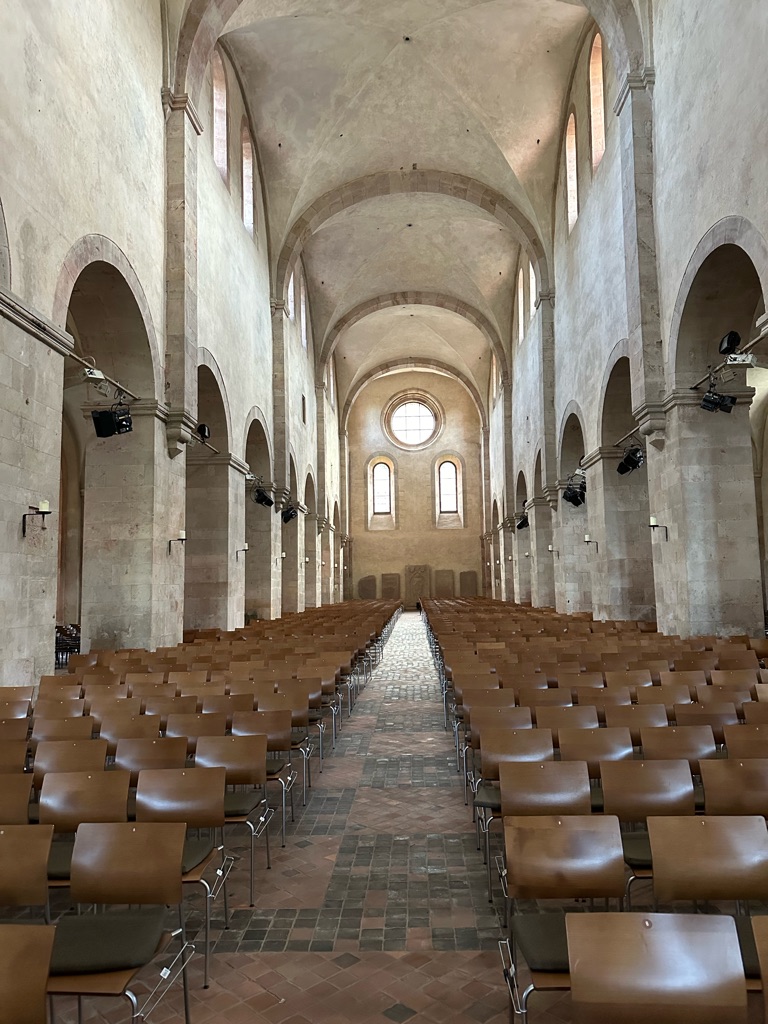
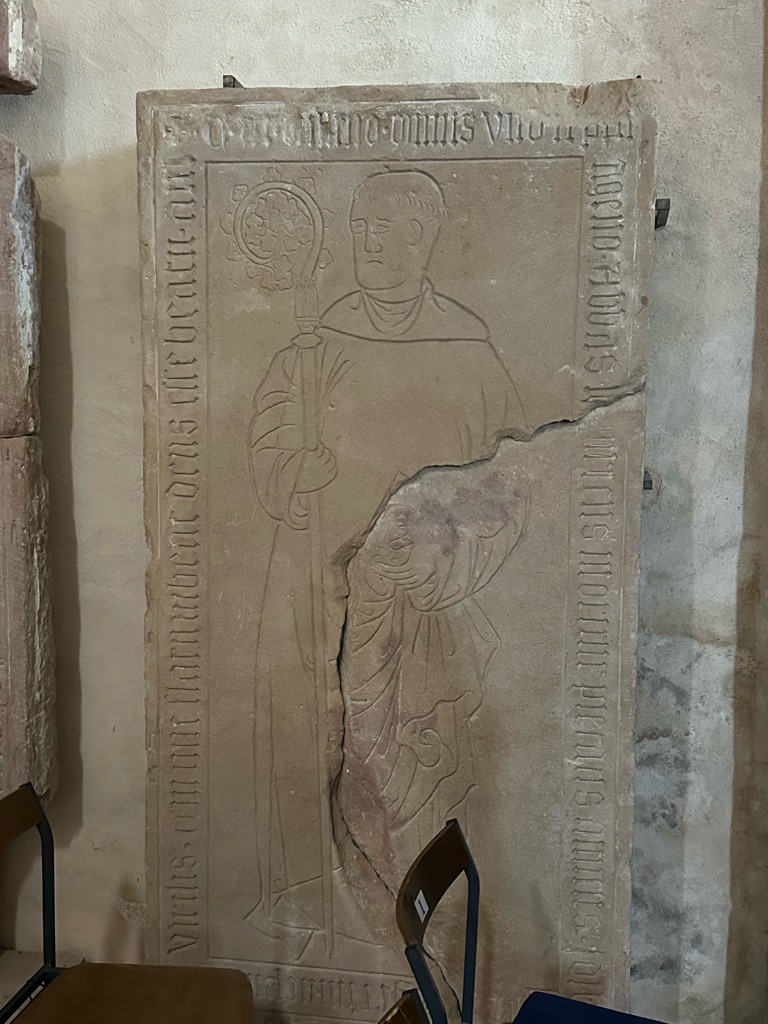
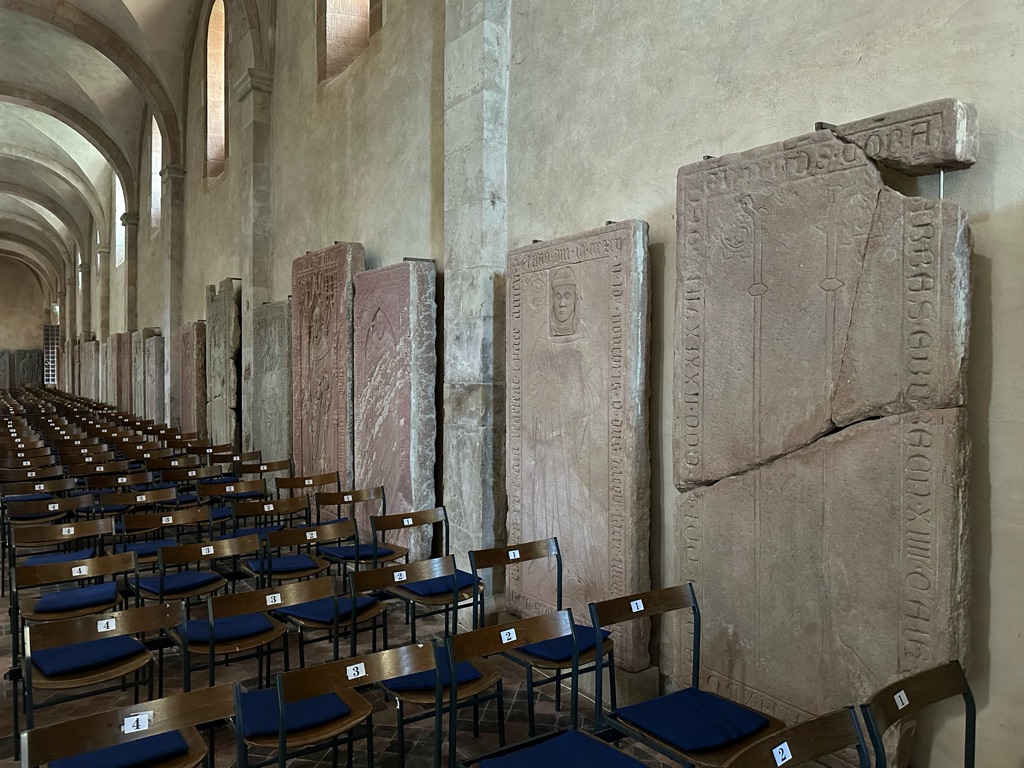
A highlight was the ancient wine presses, which were still in use until the monastery was abandoned in the 1800s (they didn't squash any grapes with their feet).
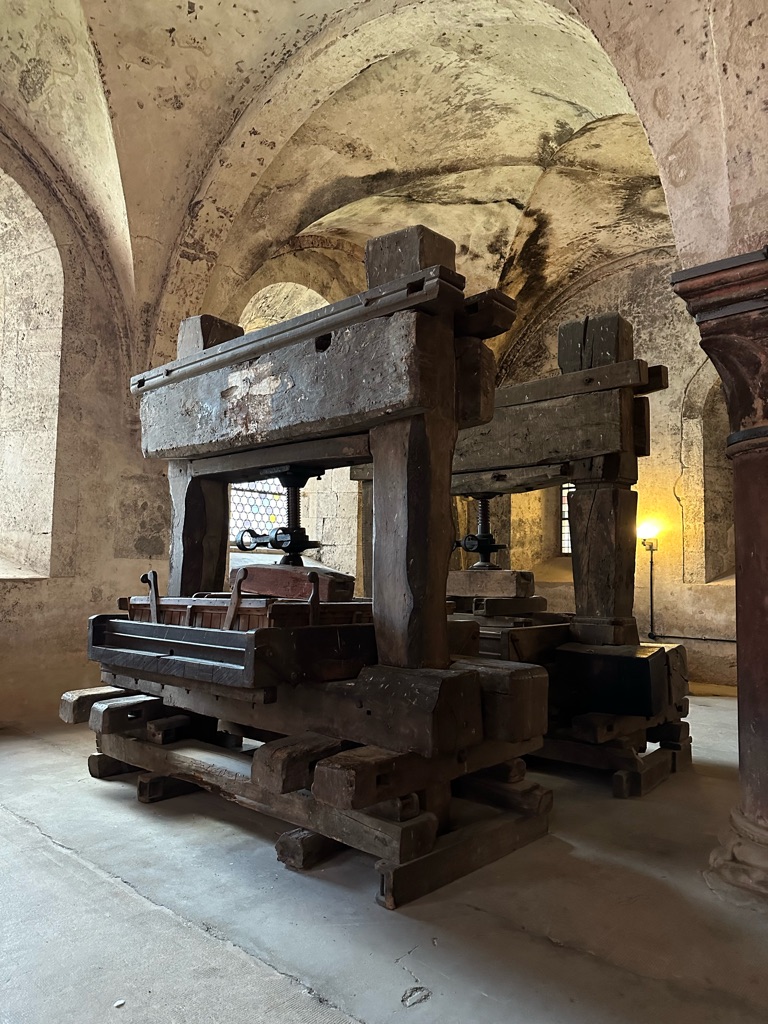
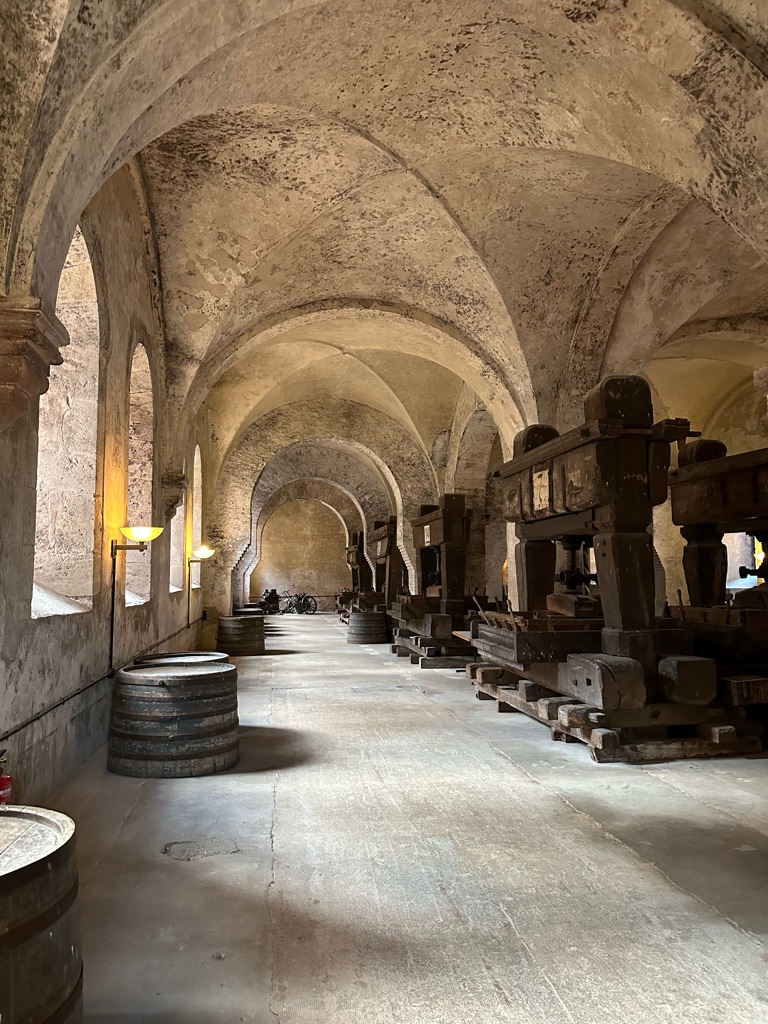
After the tour, we enjoyed a lovely dinner in the restaurant - at our table was a retired couple from Brisbane, and another couple from Washington DC - she was a landscape architect, and he was a retired insurance lawyer. So we had a lot in common!
Thursday morning began with a lovely sleep-in (the jet lag seems to have finally lifted), and a leisurely cruise through the Middle Rhine. \240This section of the river is thoroughly dotted with ancient castles, and hillside vineyards - it's unusual to see grapes grown on such steep slopes, but apparently the position means the vines are protected from the cold northern winds; the southern sun is maximised; and the layers of slate rock helps to hold the water for the vines to grow (it doesn't just run off).

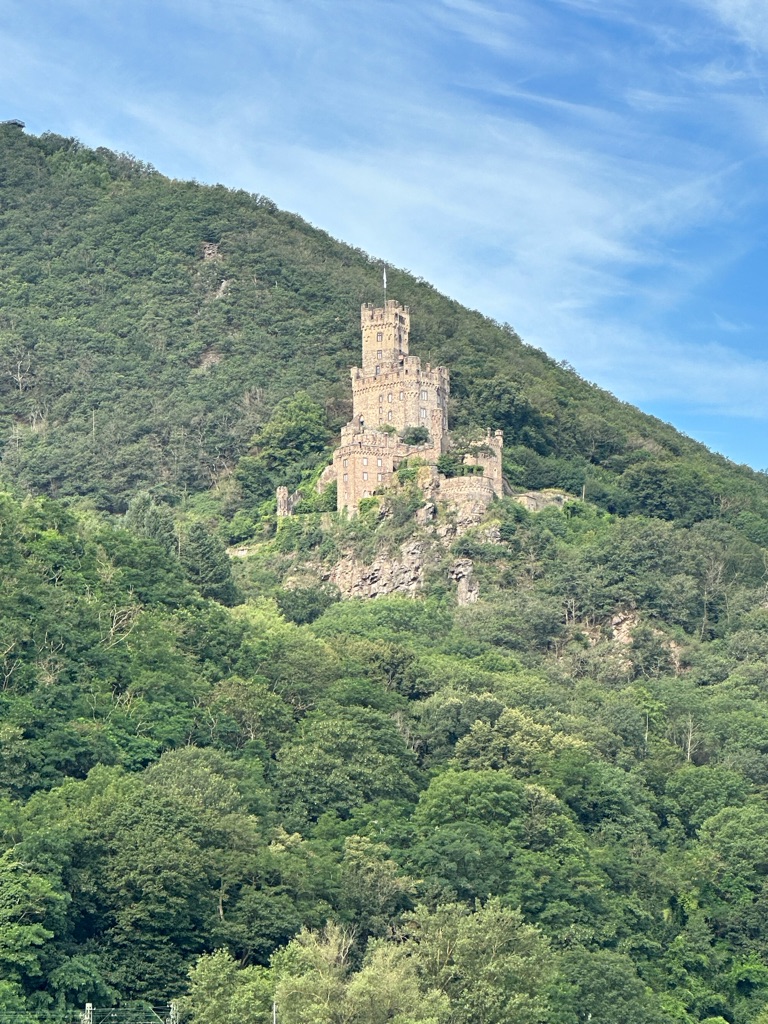

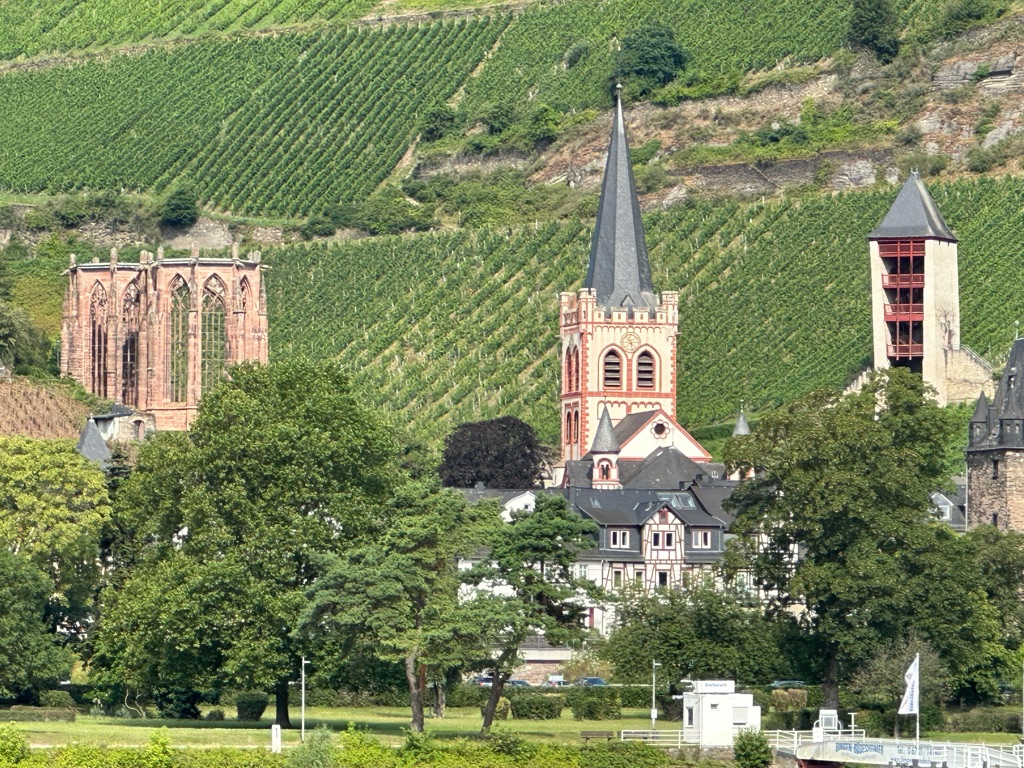
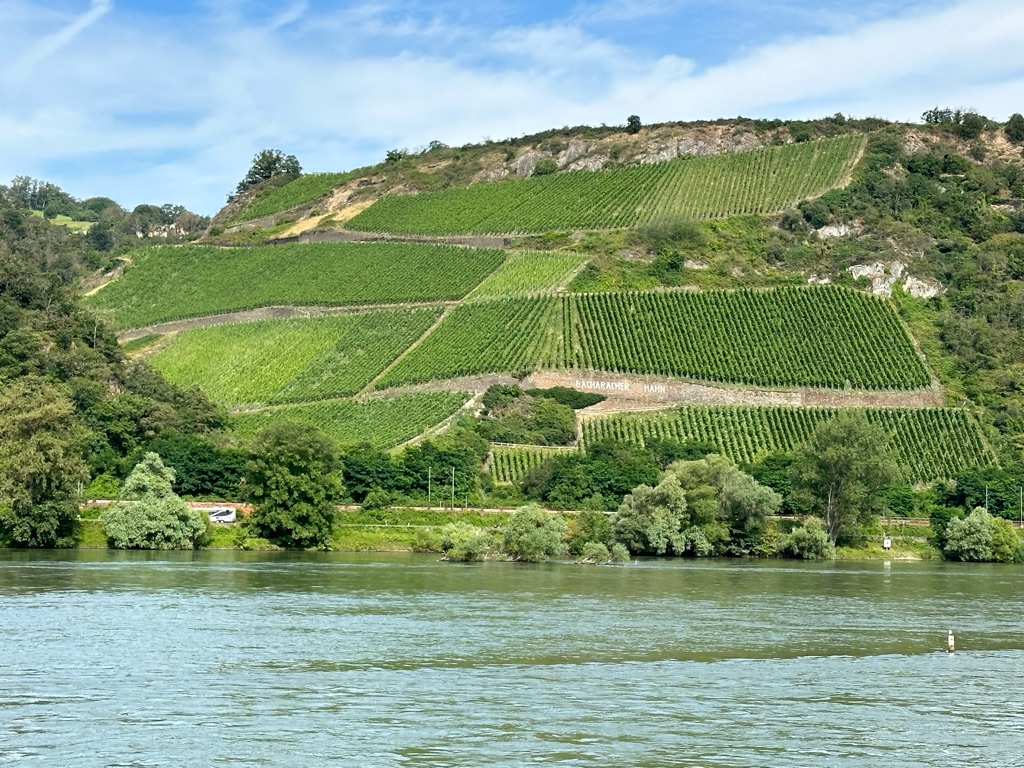
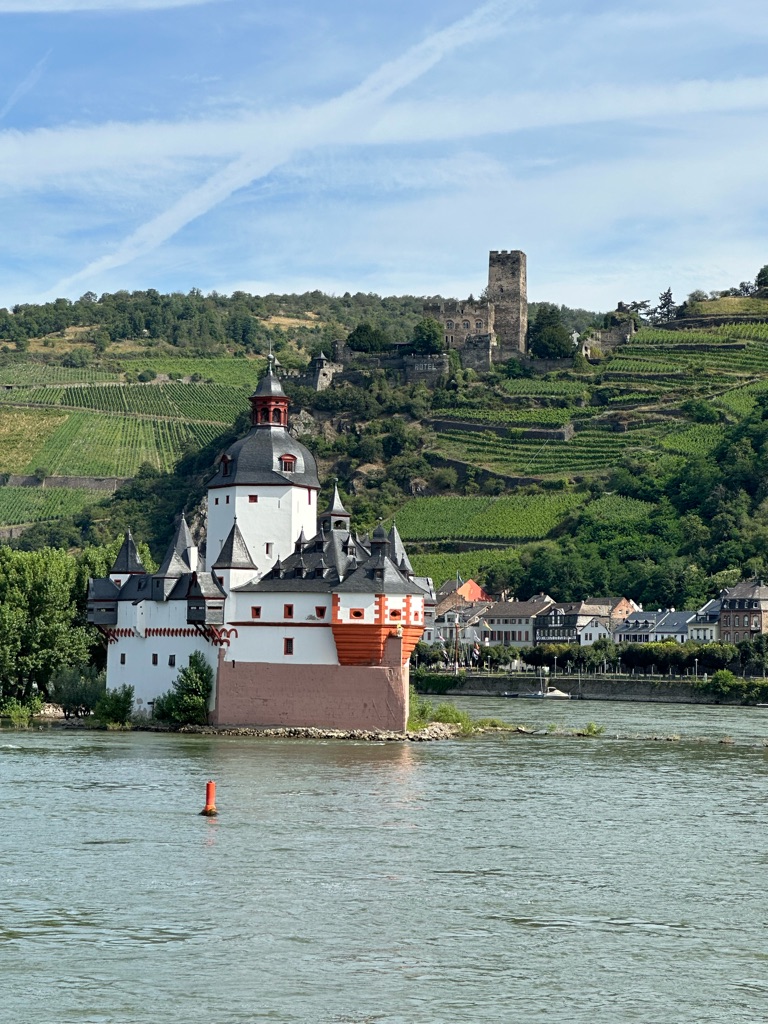
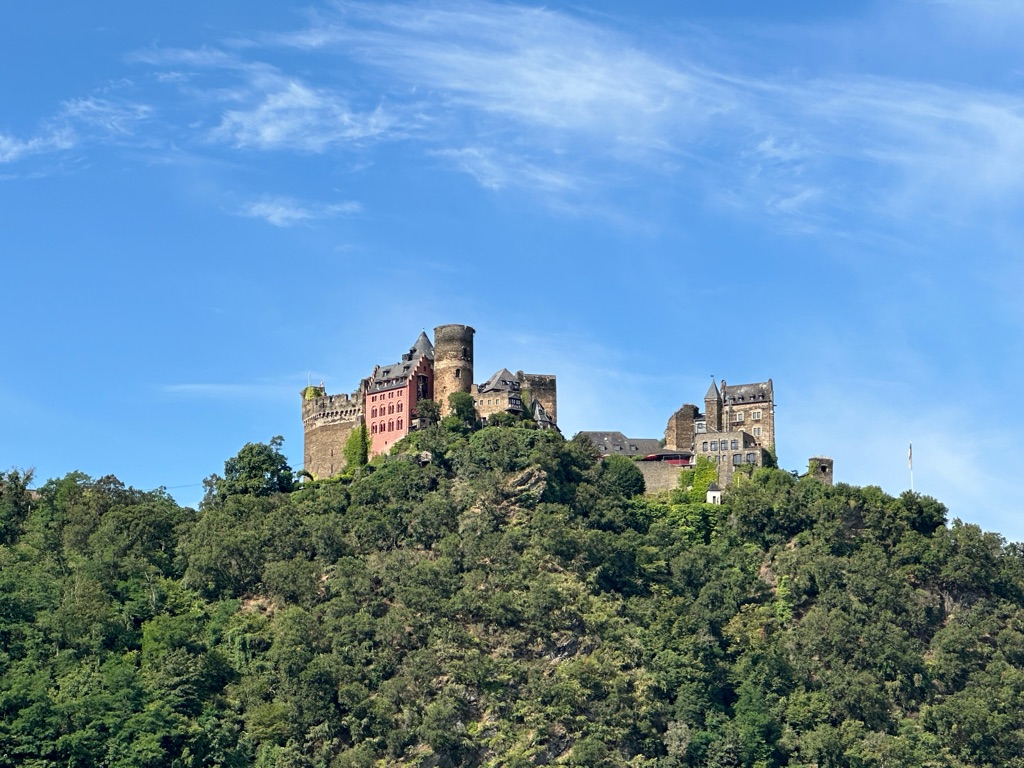
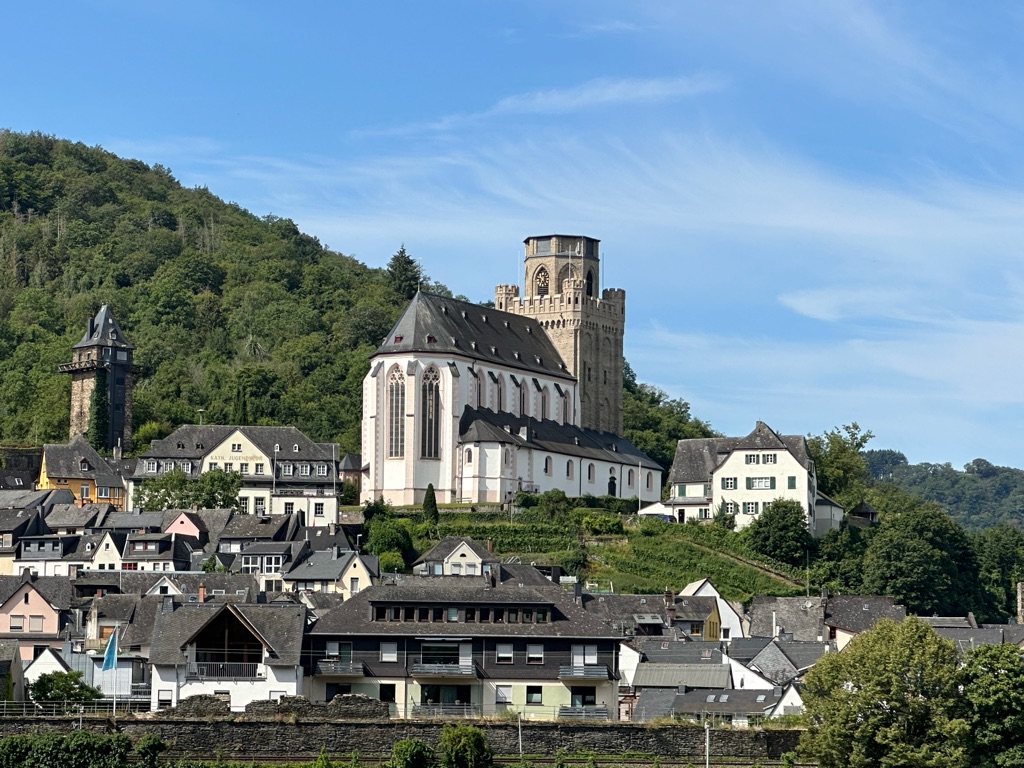
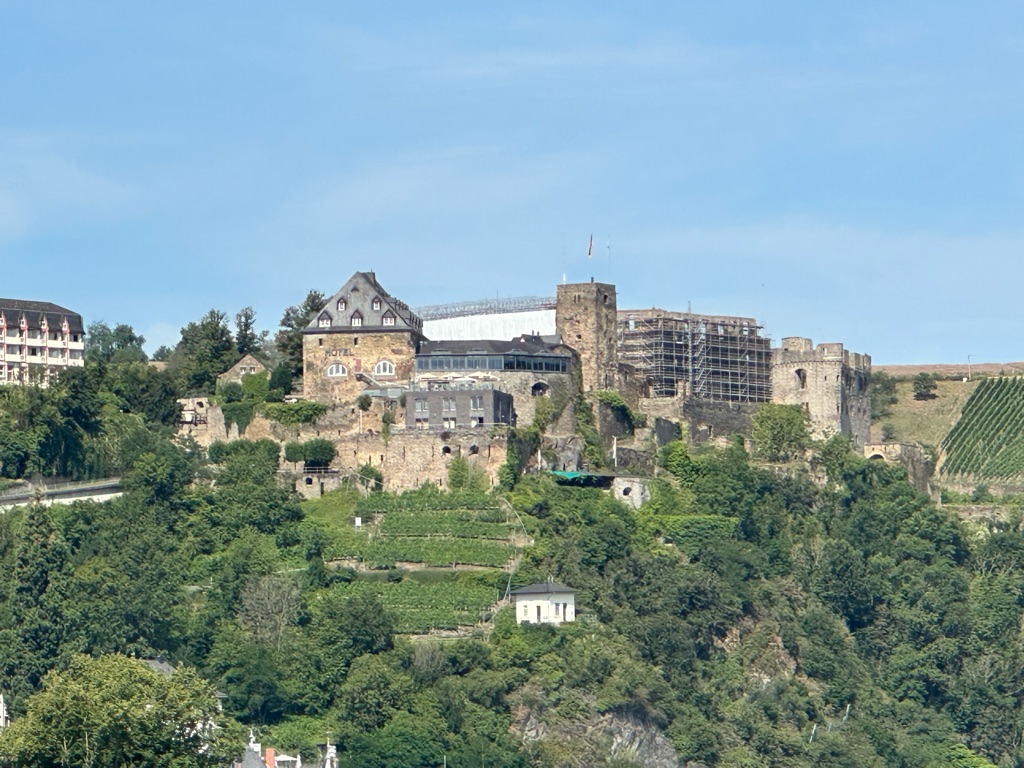
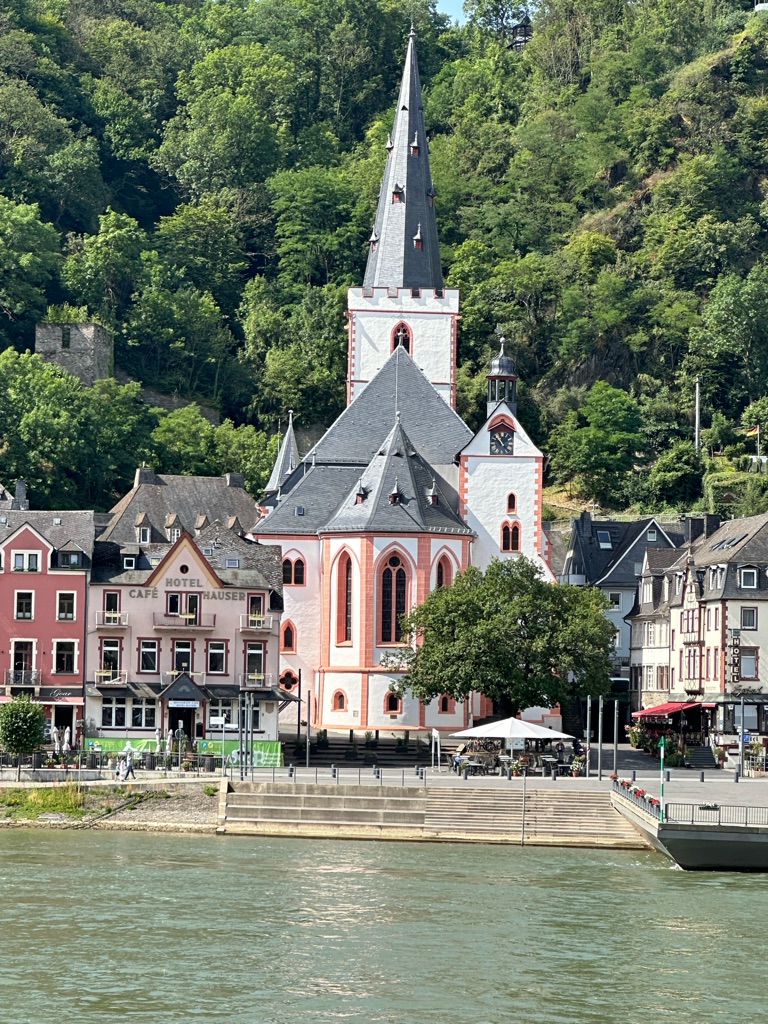
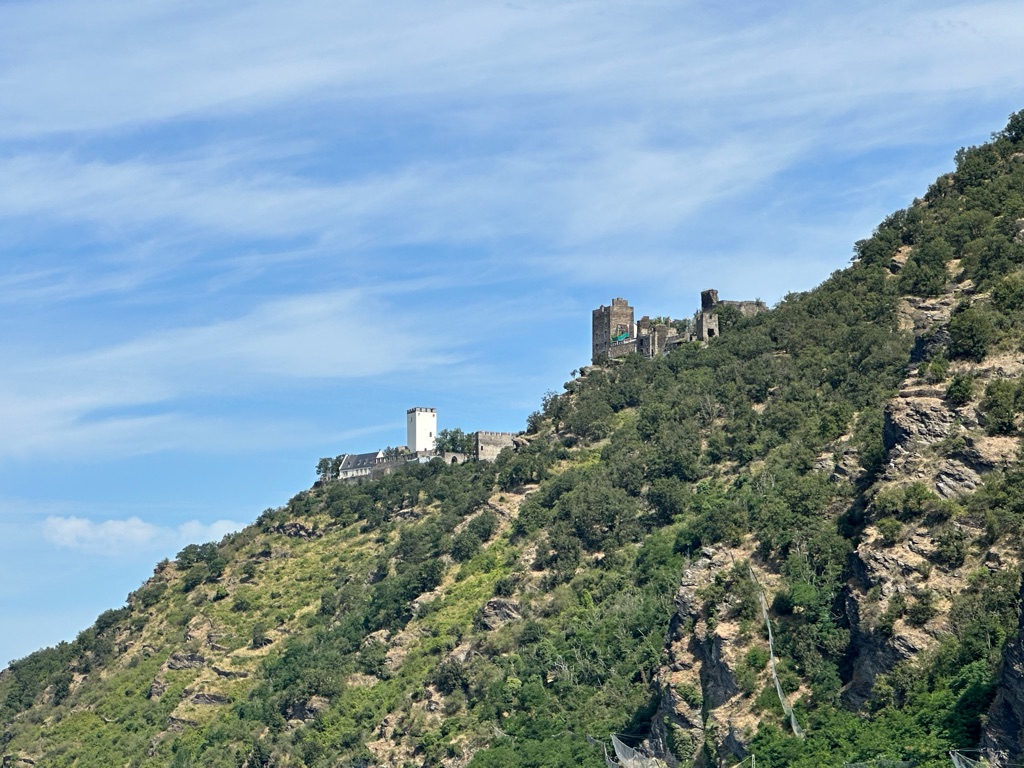
The ship made a short stop for those of us who were exploring the Marksburg Castle to disembark, before continuing downriver to Koblenz (we rejoined the ship by bus later on).
The Marksburg Castle is famous as it is the only castle on the Middle Rhine that was never destroyed at any point in its history. It has now been fully kitted-out for tourism (although perhaps a little bit too touristy - for example, there is a room which has been fitted out as the "torture chamber" because that is what American tourists expect to see, even though there is no evidence that anyone was ever tortured there).
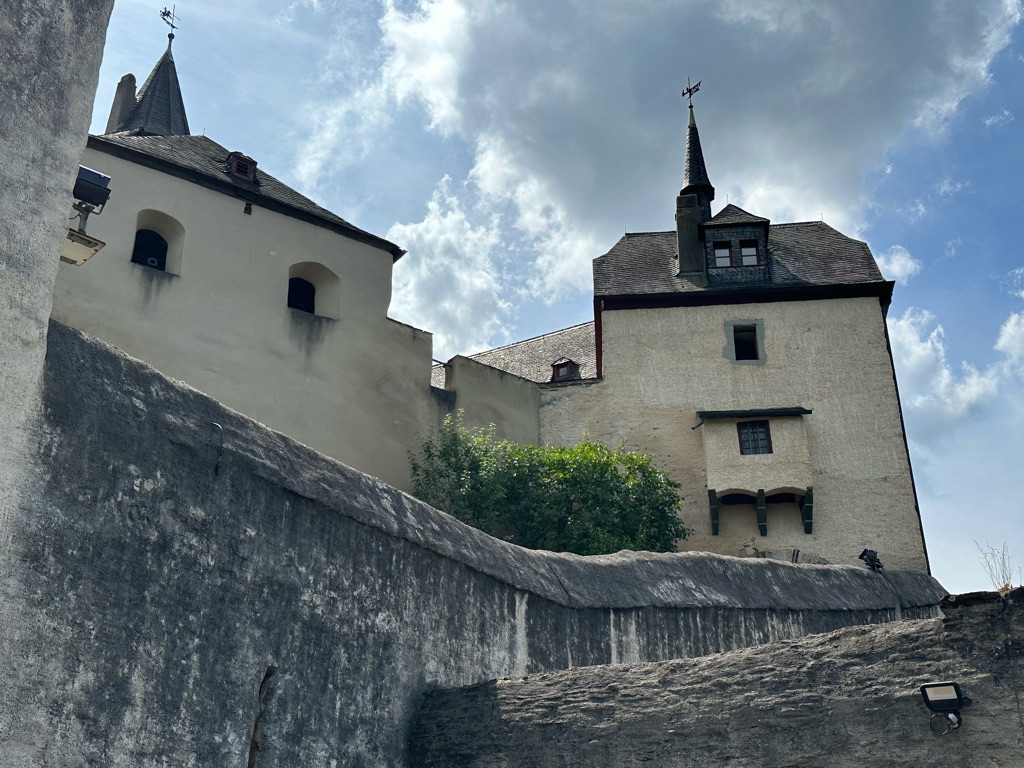
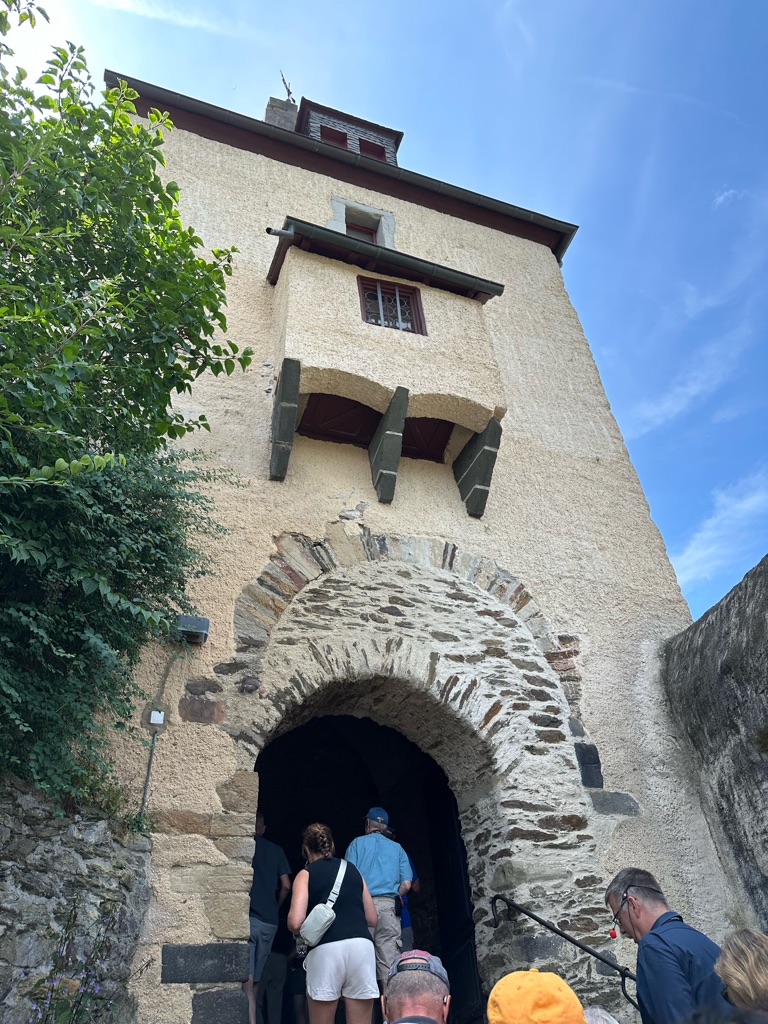
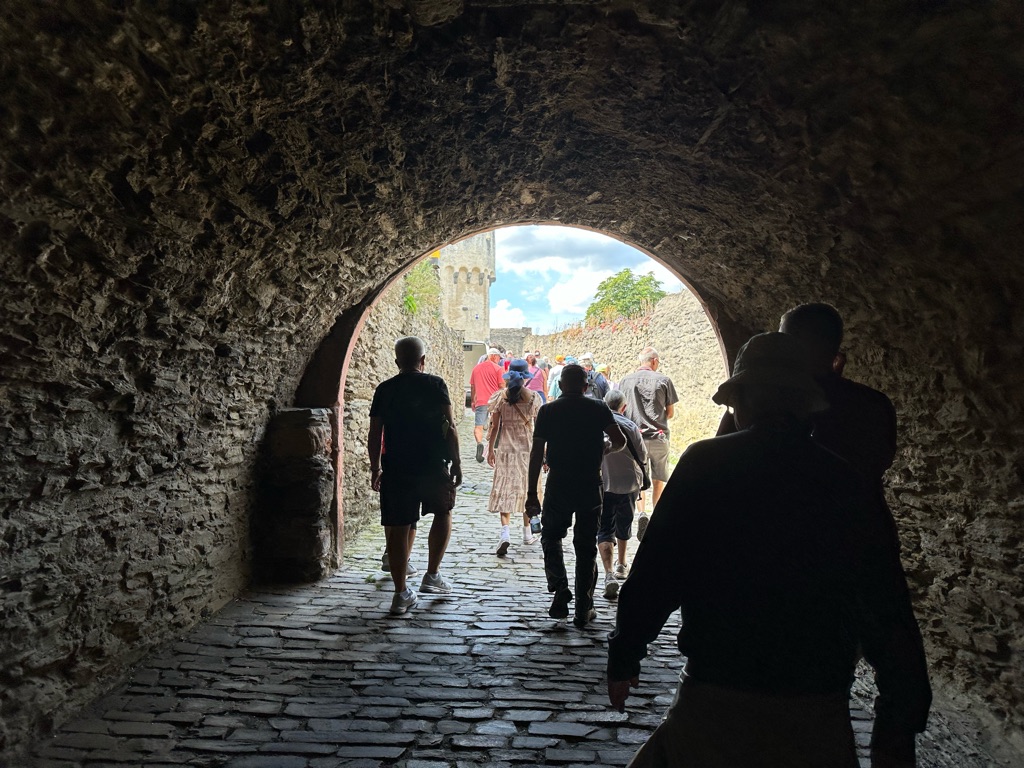
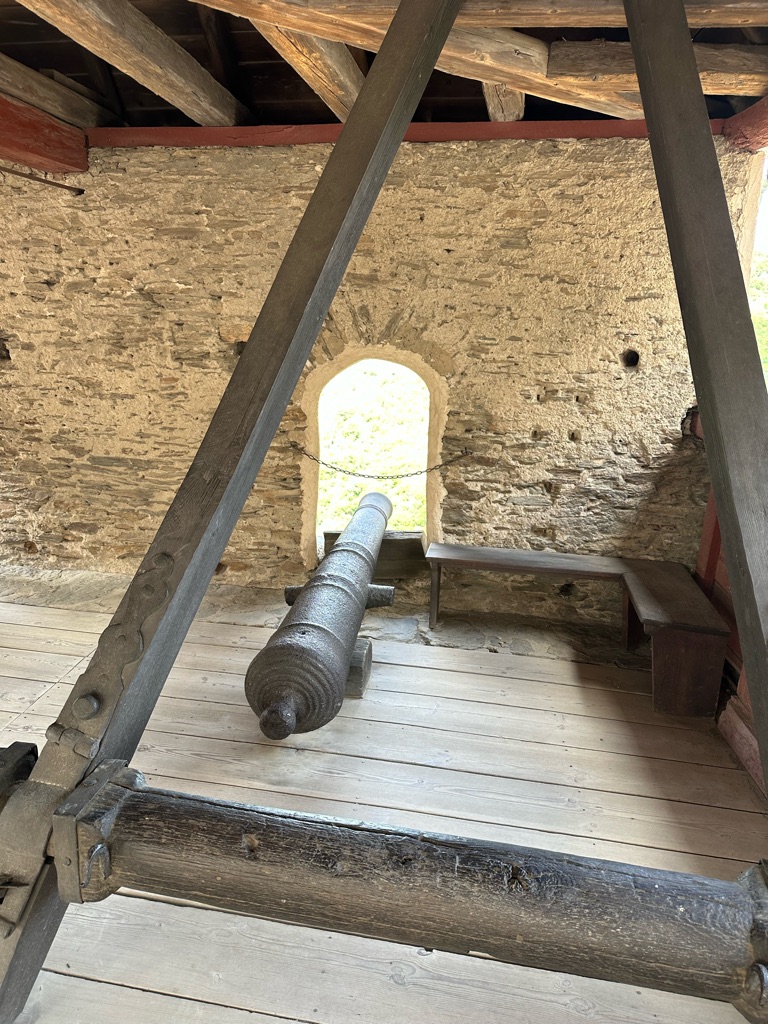
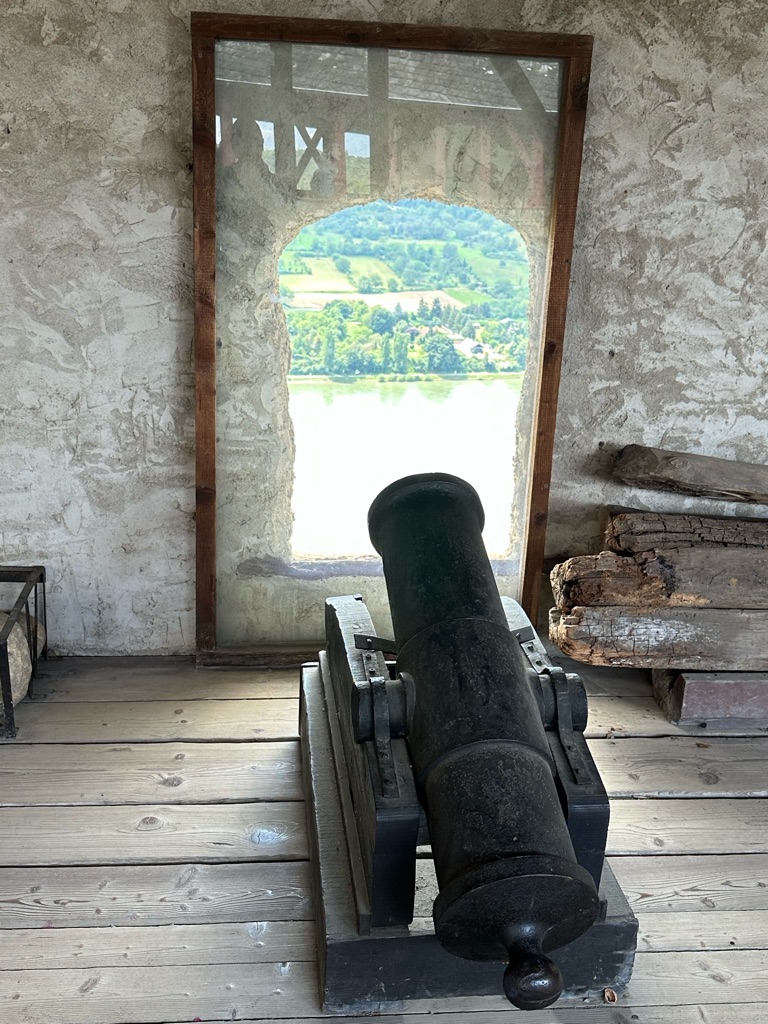
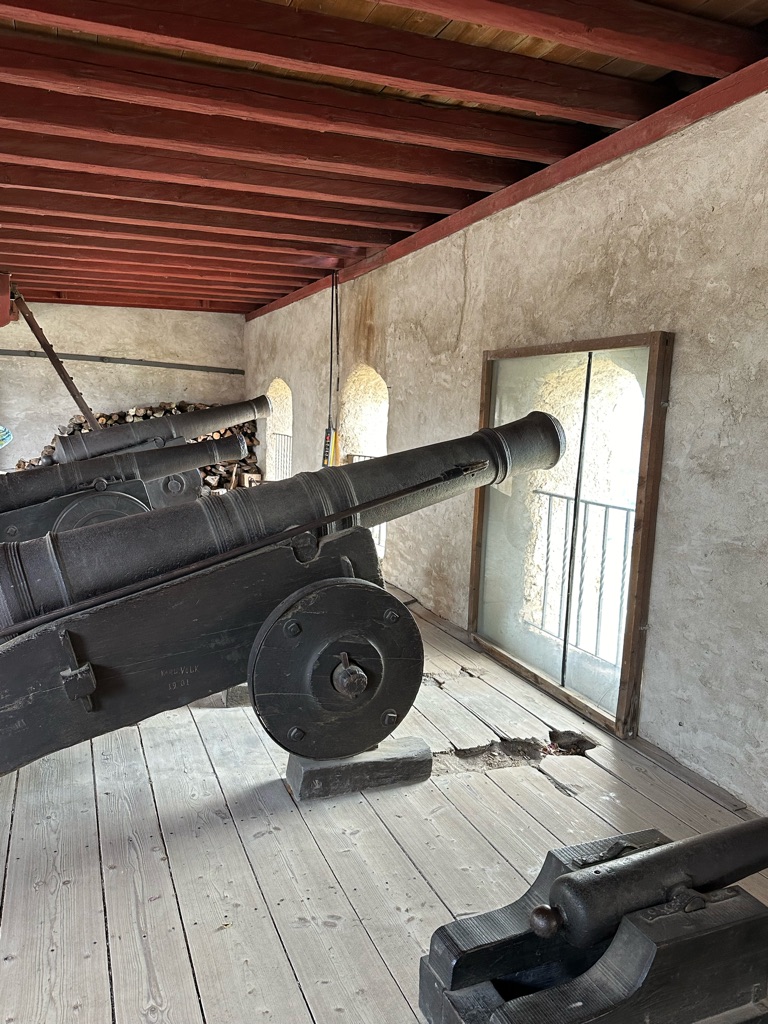
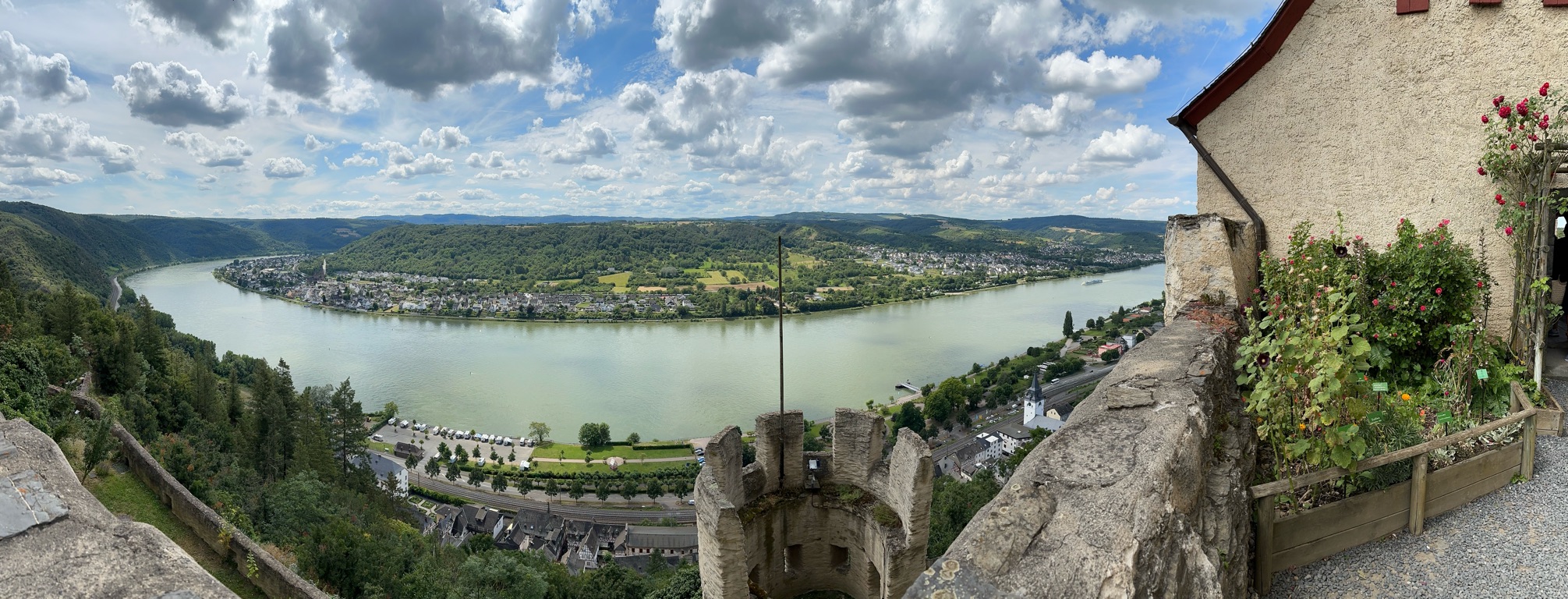

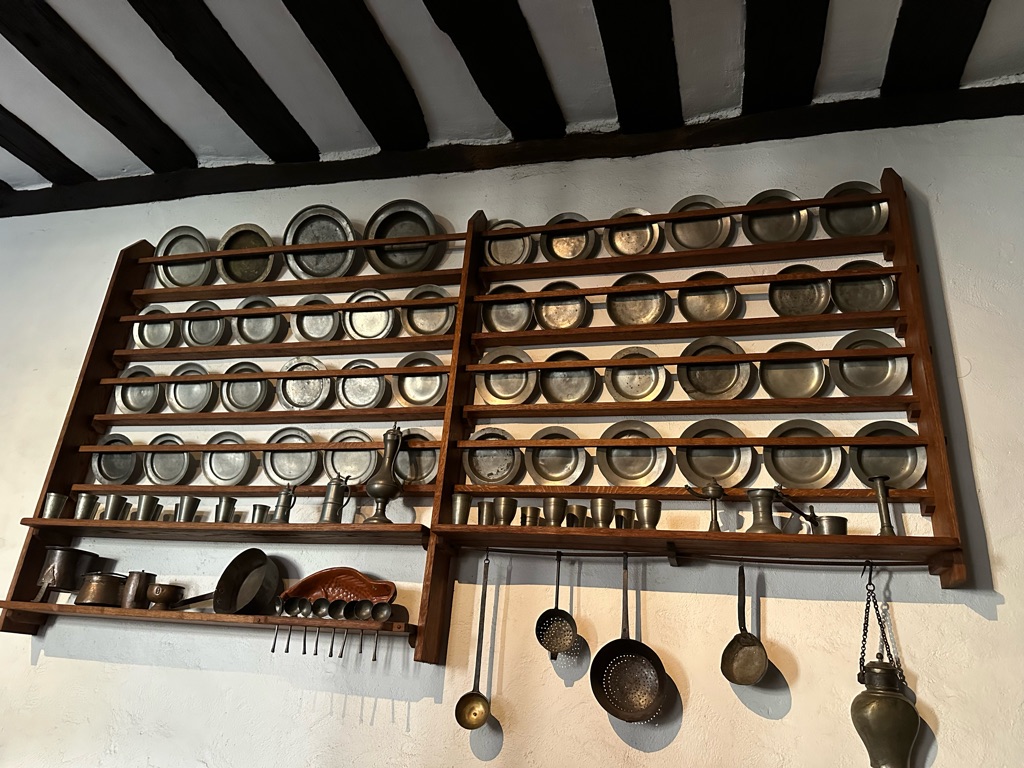
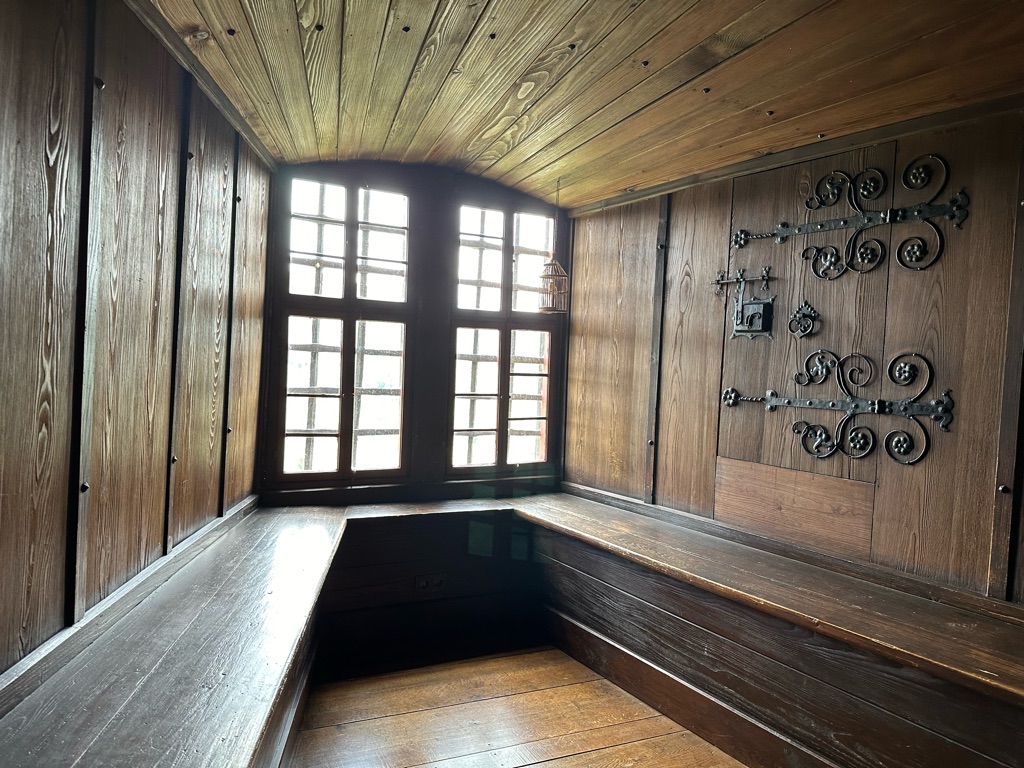
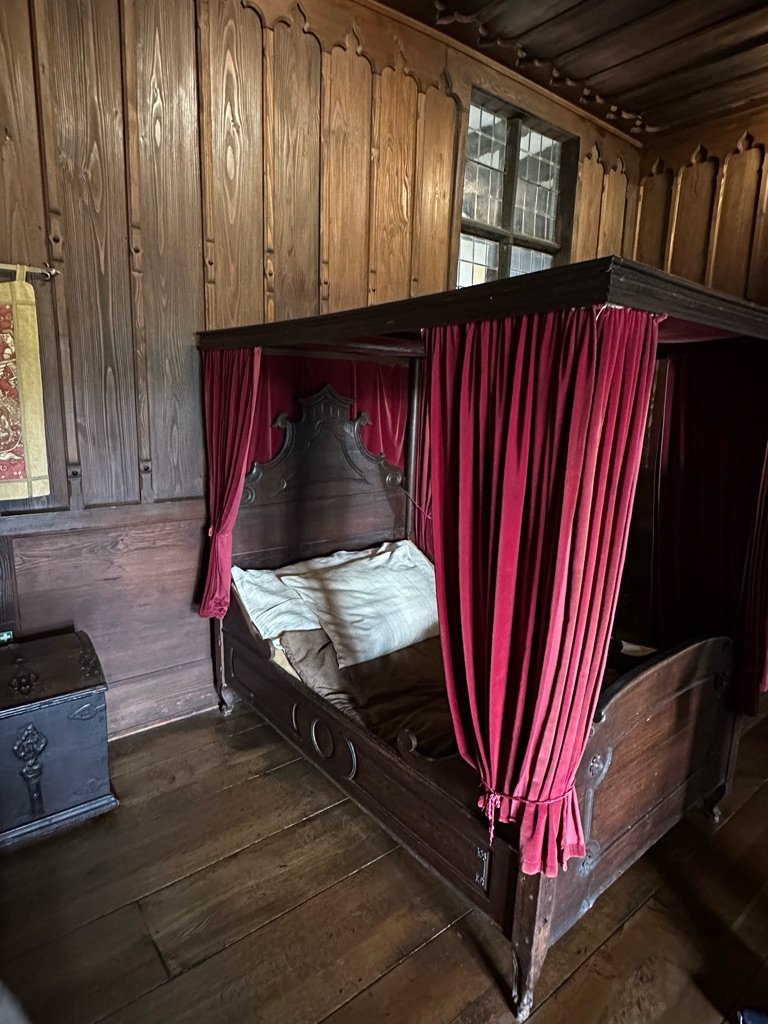
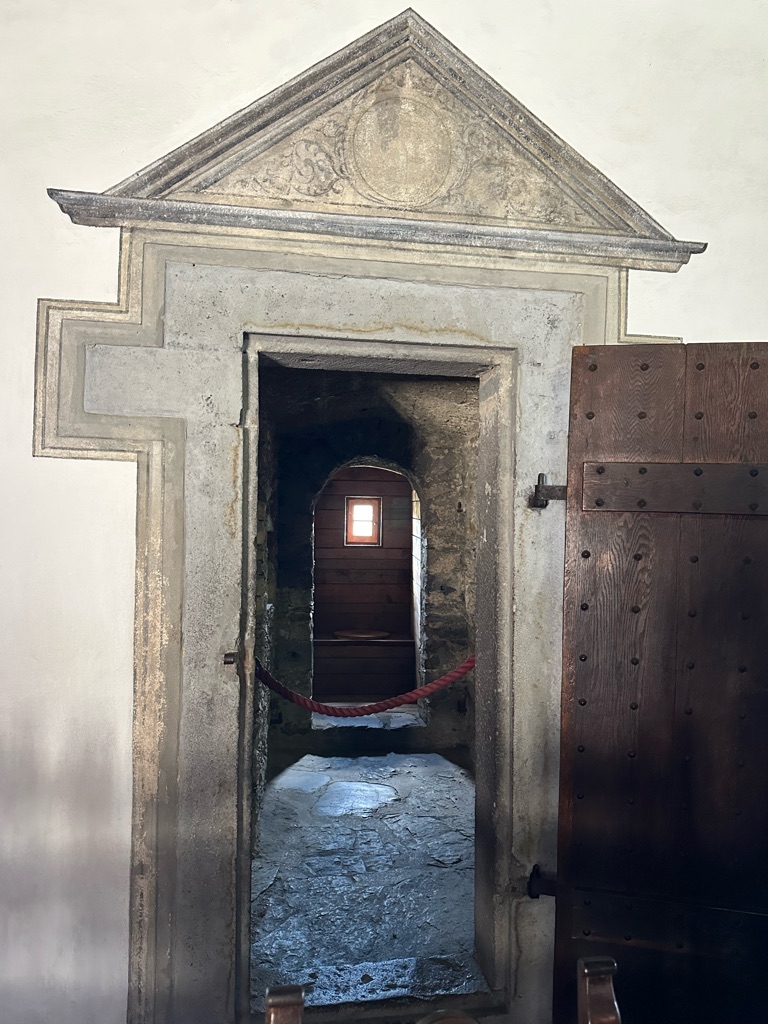
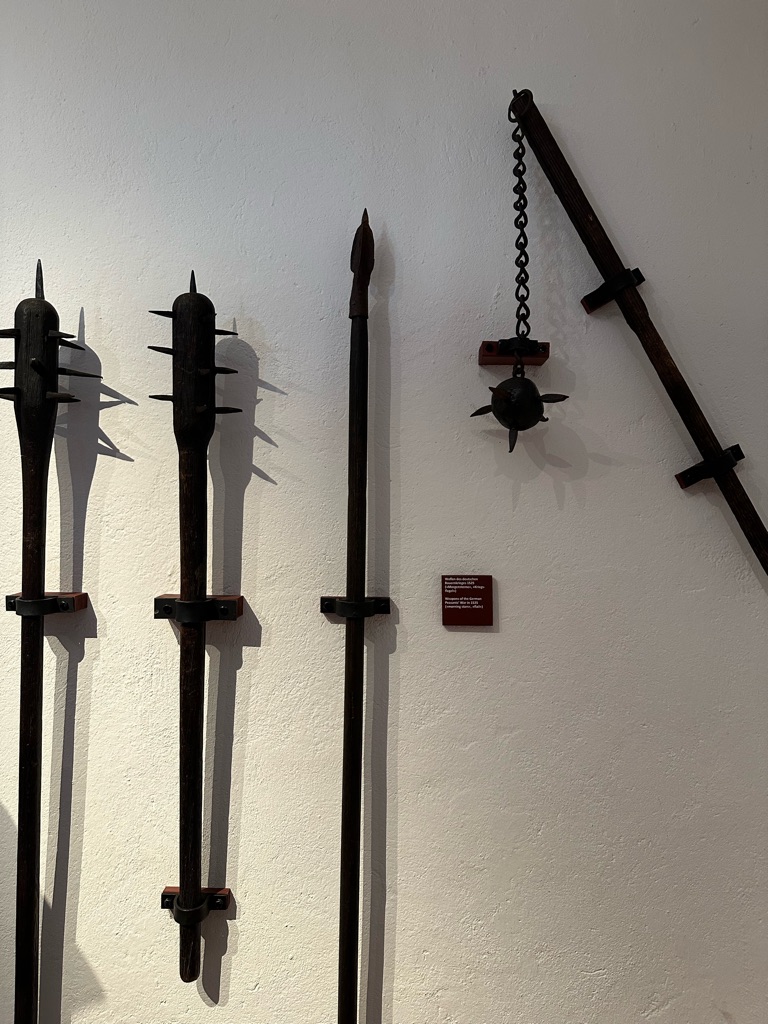
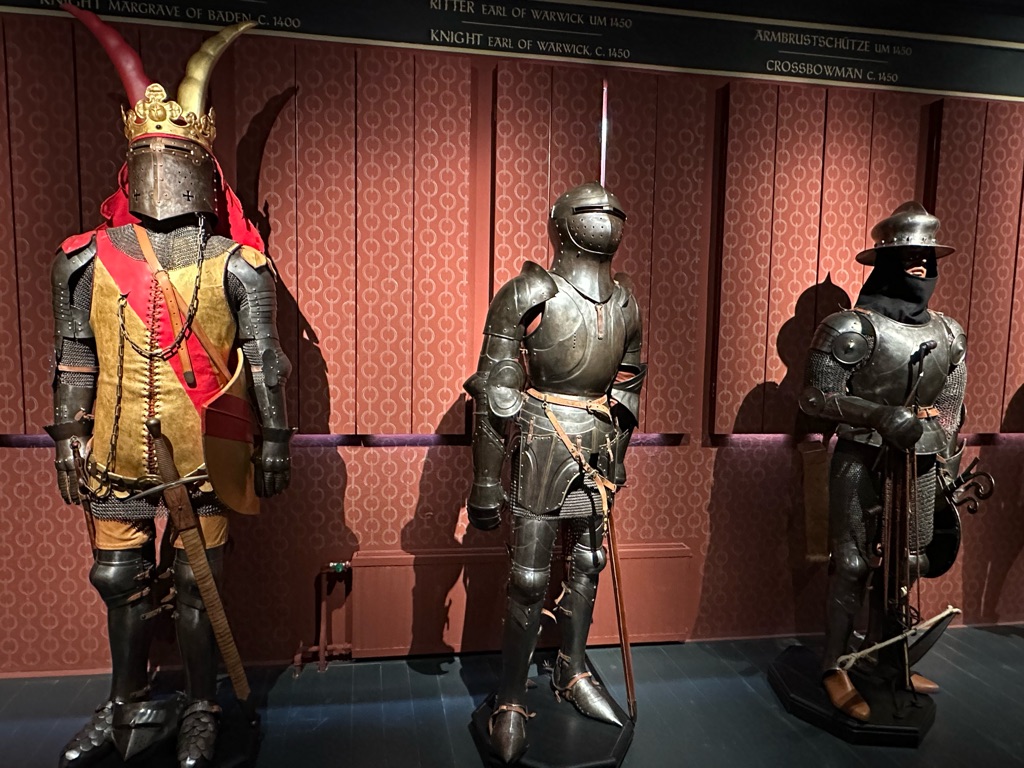
We then caught up with the rest of the group in Koblenz, which is a German town at the confluence of the Rhine and Moselle rivers (“Koblenz” literally means “confluence”). The confluence is marked with a gigantic statue of the German Kaiser Wilhelm I, which is a popular meeting spot - although it looks ancient, it is actually a 1993 copy of the previous monument which was destroyed in WWII.
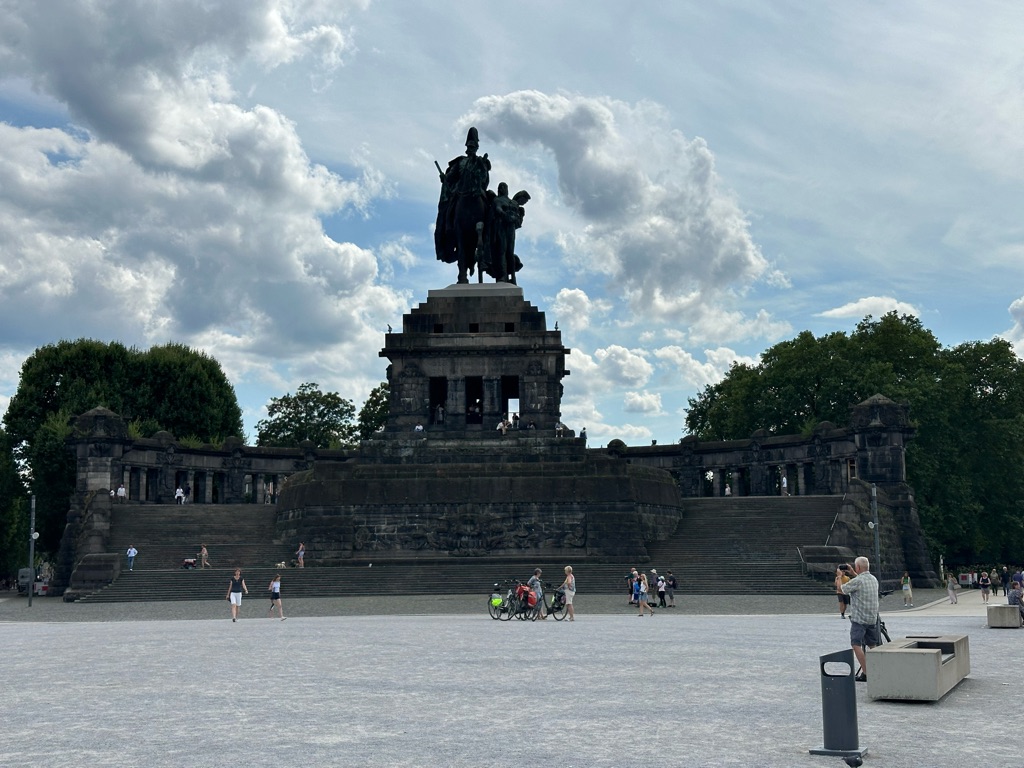
Nearby are three pieces of the Berlin Wall which were moved here as a symbol of German unity.
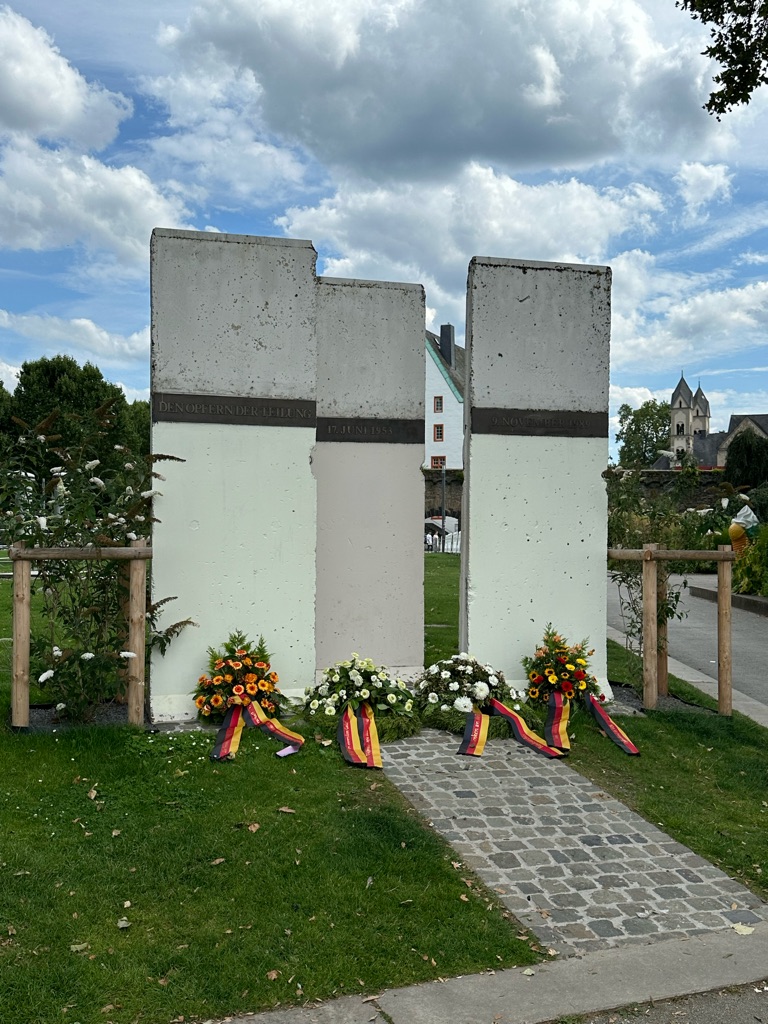
We've noticed lots of lovely little simple flowerbeds in all the cities we've been to.
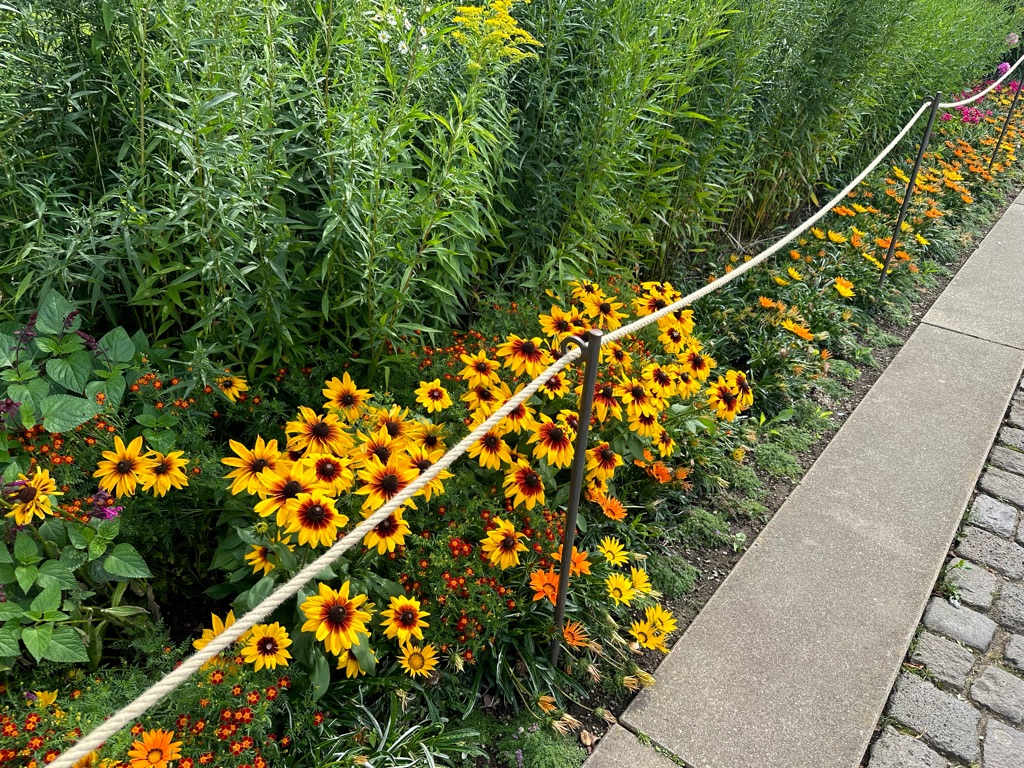

We then enjoyed a German beer and a bratwurst (me) or mixed vegetables (Meg) at a German pub...
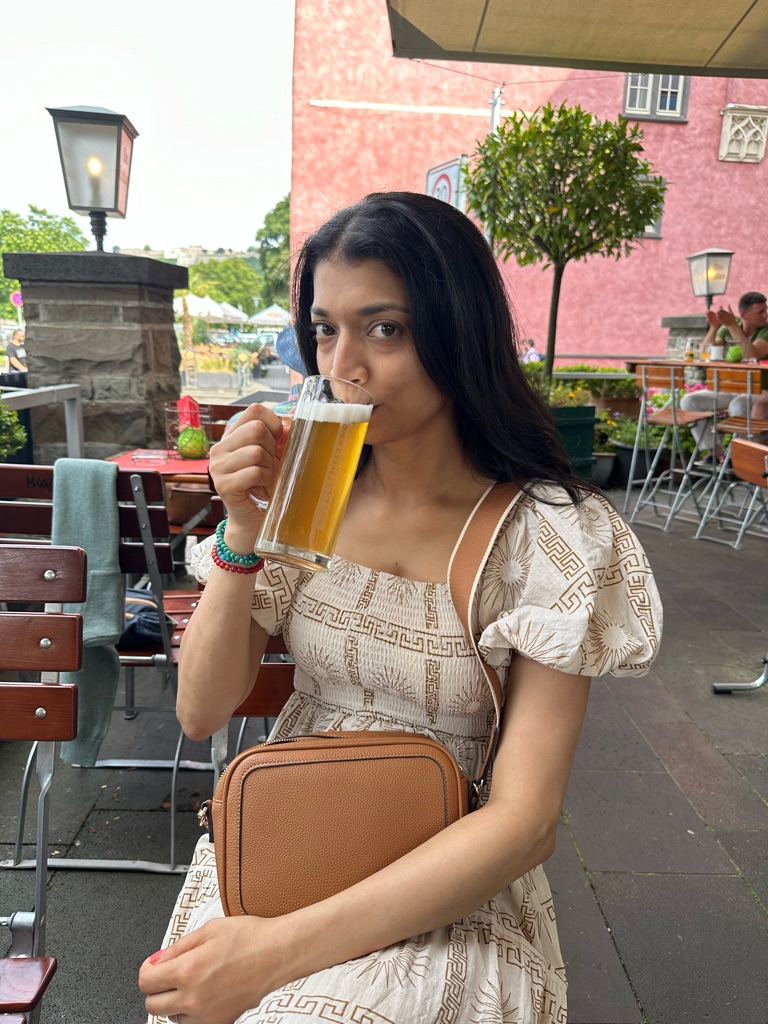
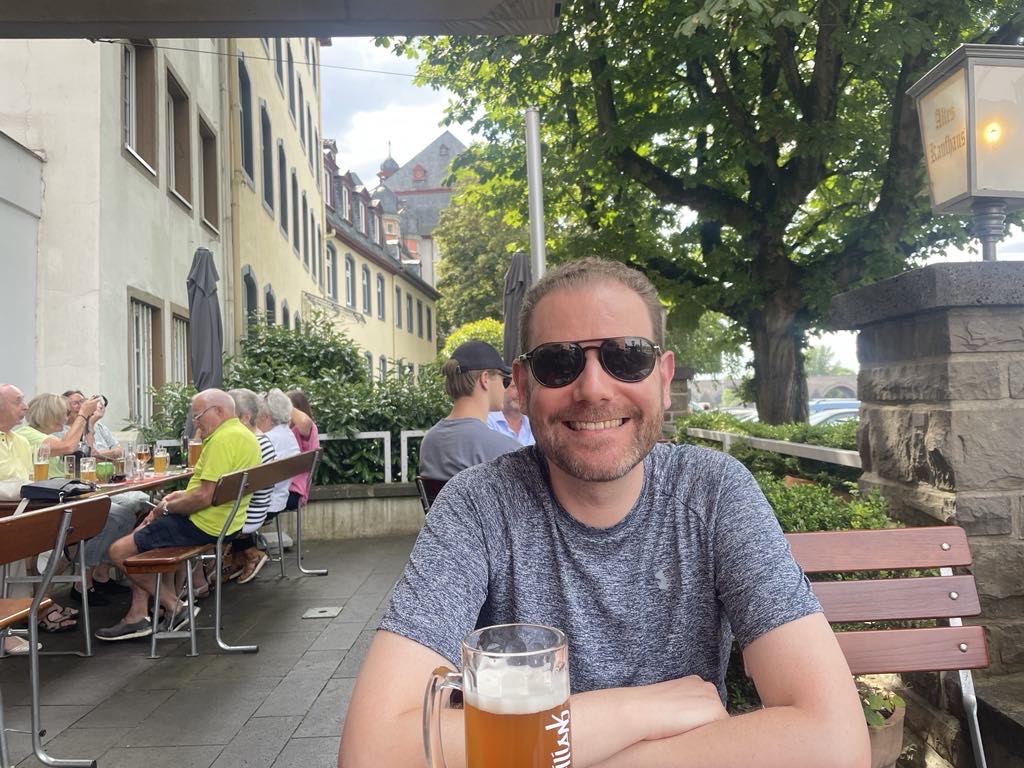
... Before taking a stroll around town to see some churches and monuments
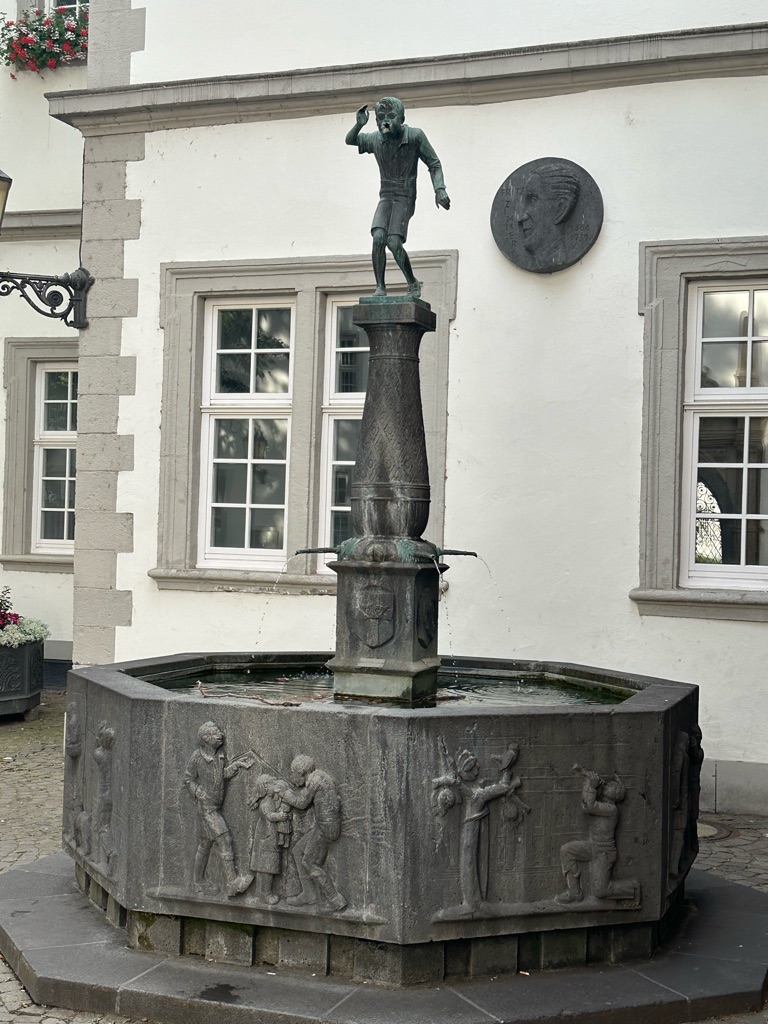
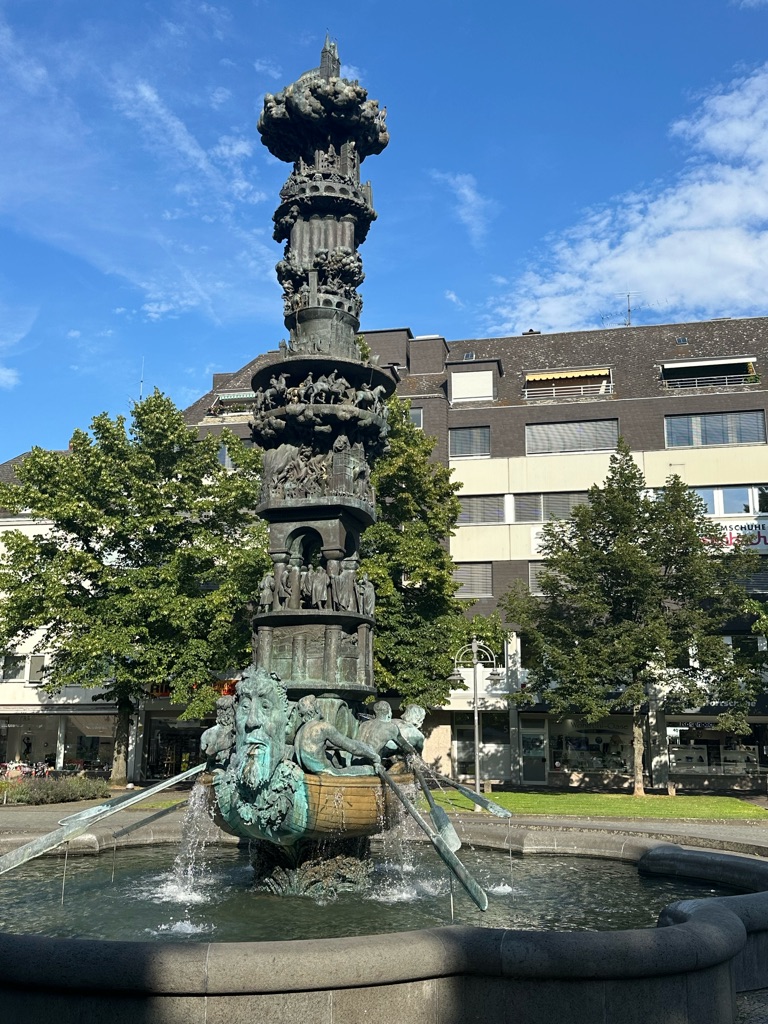



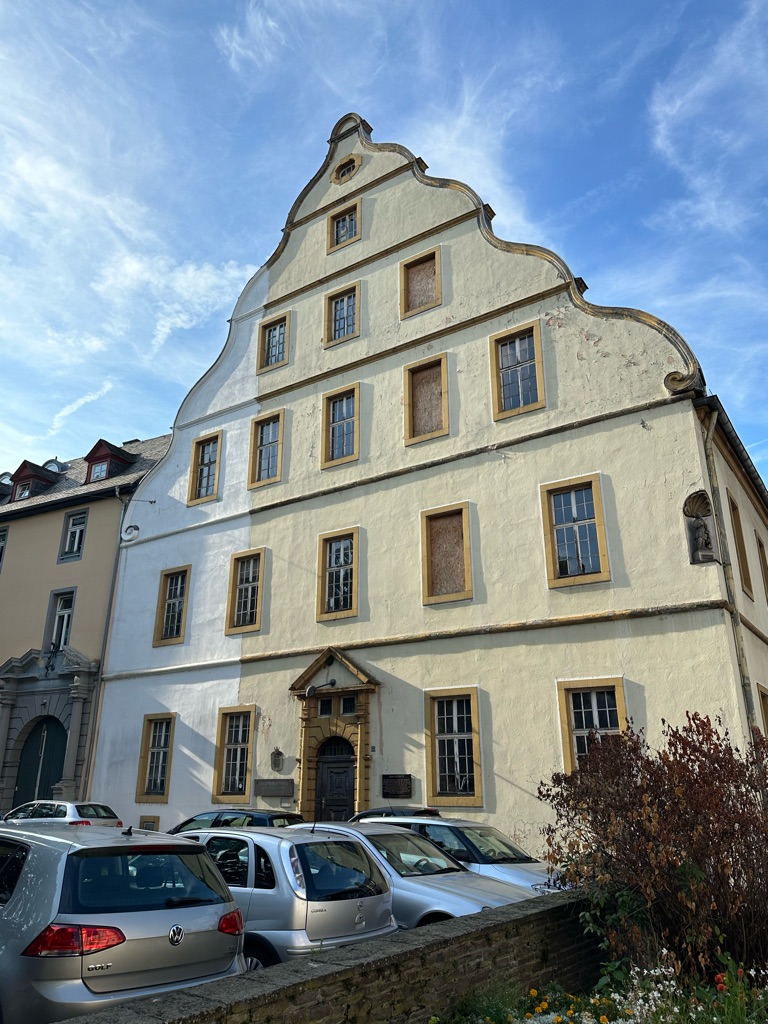

Here is the Queen of the Middle Rhine herself, standing across from the ancient fortress (there is a cable car up to it, but we didn't get a chance to go).
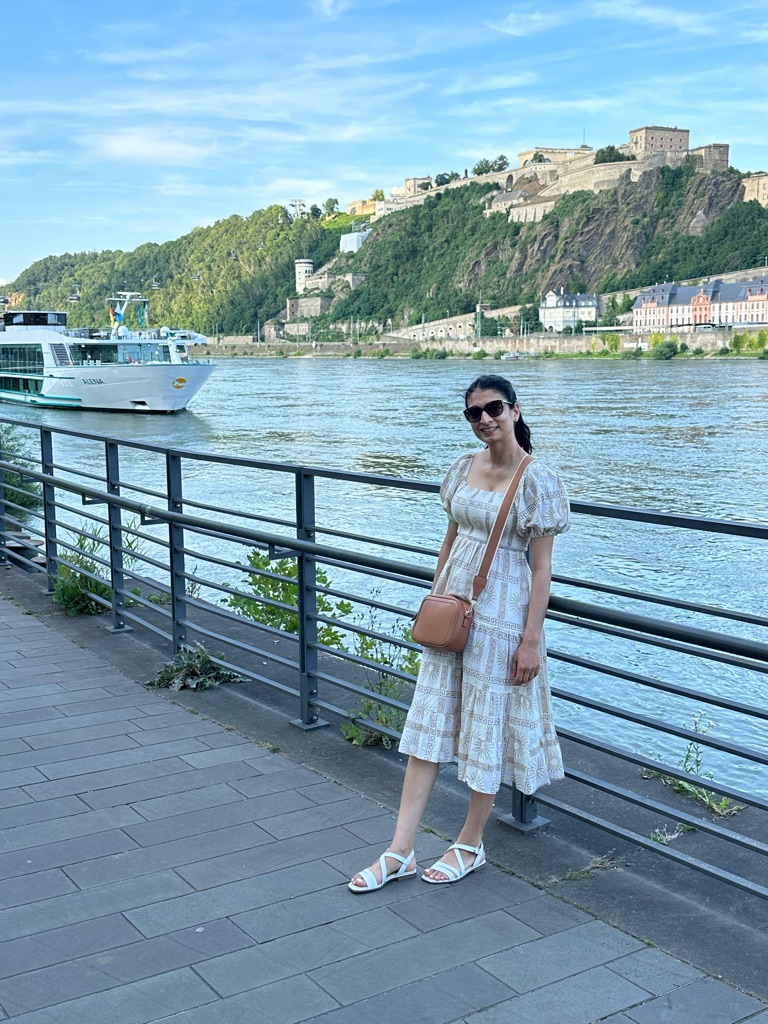
You can then see the Kaiser monument lit up at night, with good views from the top.
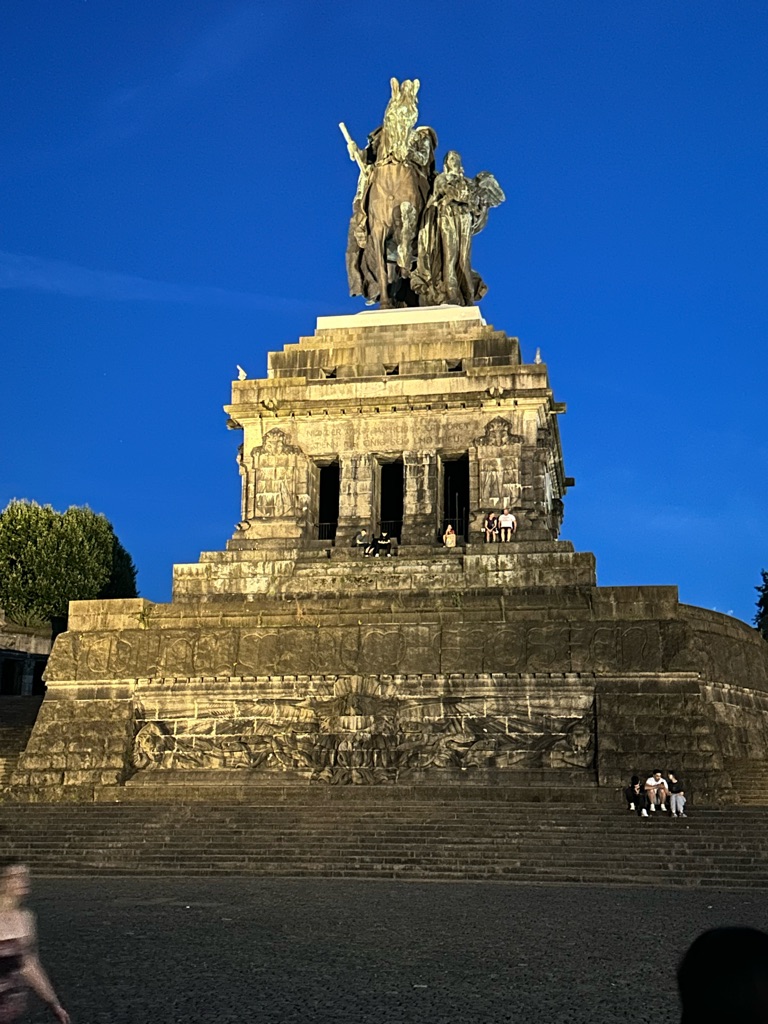
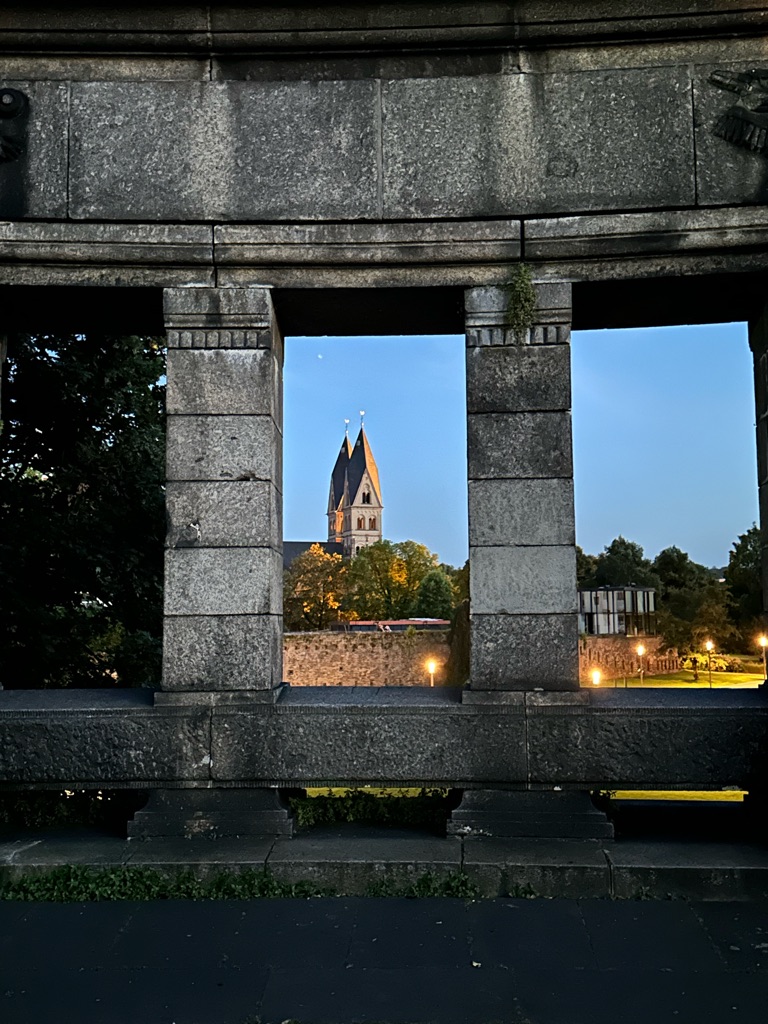
I can't believe it's already been a week in Europe - am feeling more relaxed every day, and surprised how energised I still feel despite the packed schedule.
Friday was our day in Cologne, Germany - by far the largest city we've visited (over 1 million inhabitants), and the fourth-largest city in Germany (after Berlin, Hamburg and Munich). It certainly has more of a big-city vibe - lots of similarities to Melbourne, including the river running through it. Cologne was heavily bombed during WWII, and so all of the "old-town" is basically a rebuilt version. \240Even the cathedral (which took 600 years to build) was heavily damaged - all of the stained-glass windows were blown out and have been painstakingly replaced over the decades (a process that is still ongoing).
We were a bit lucky to see the cathedral this year, because one of the spires will shortly be scaffolded for repairs which will take about 30 years! The stone was never white to begin with, but the air pollution and acid rain has not been kind to the cathedral's condition.

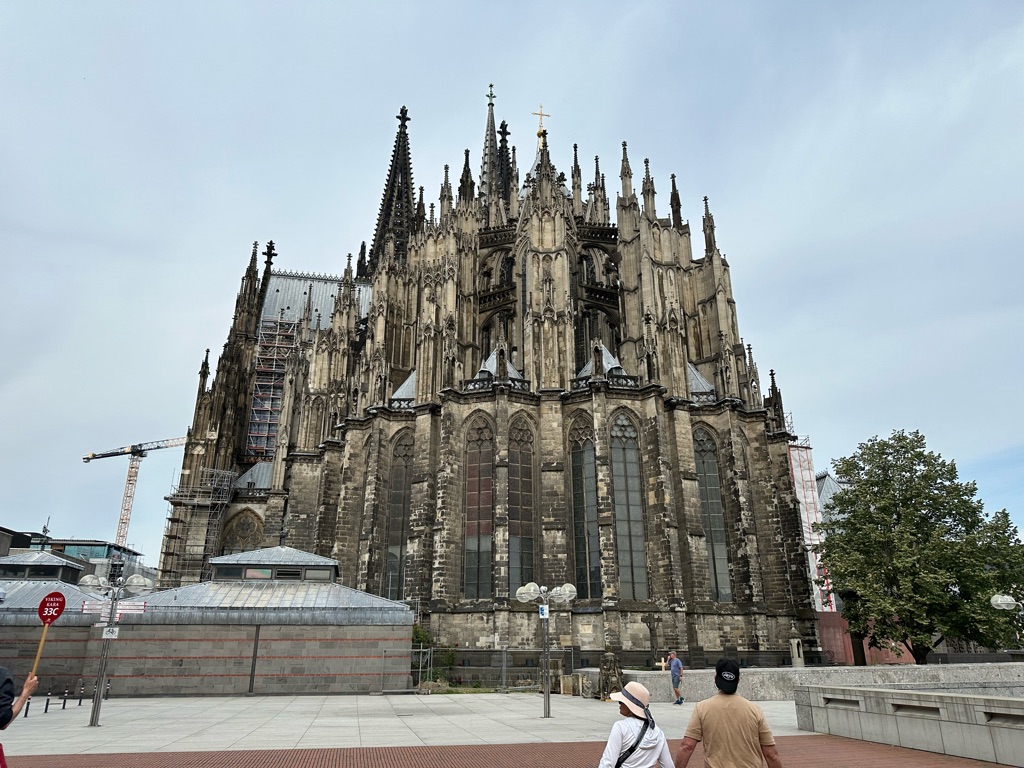
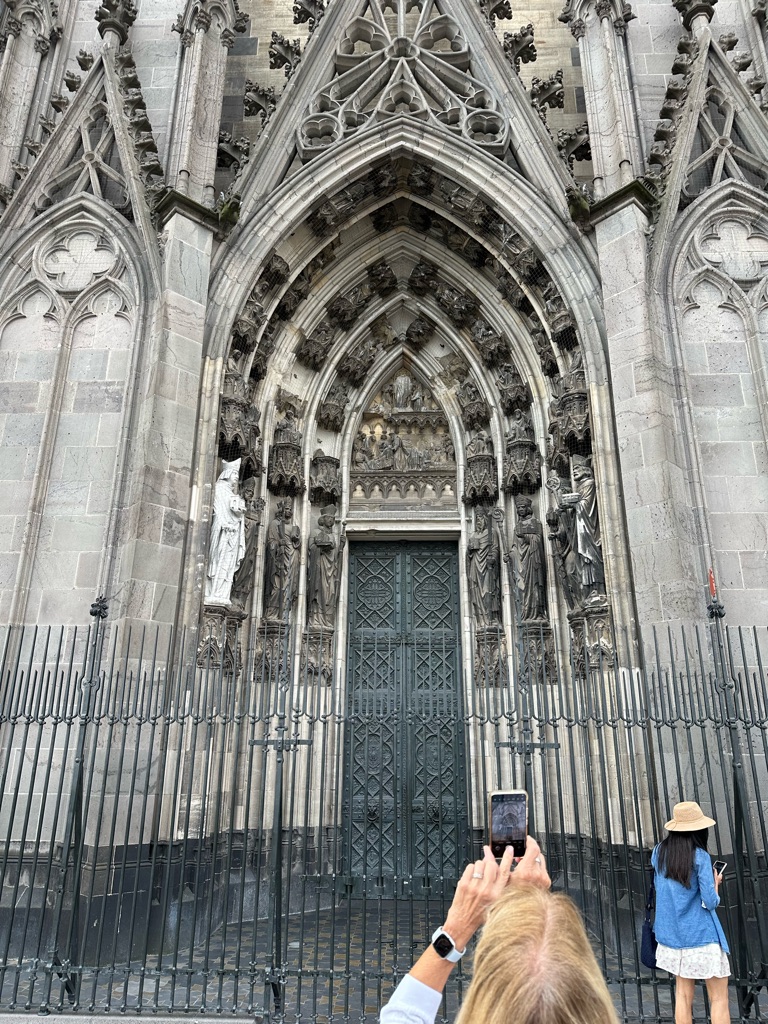
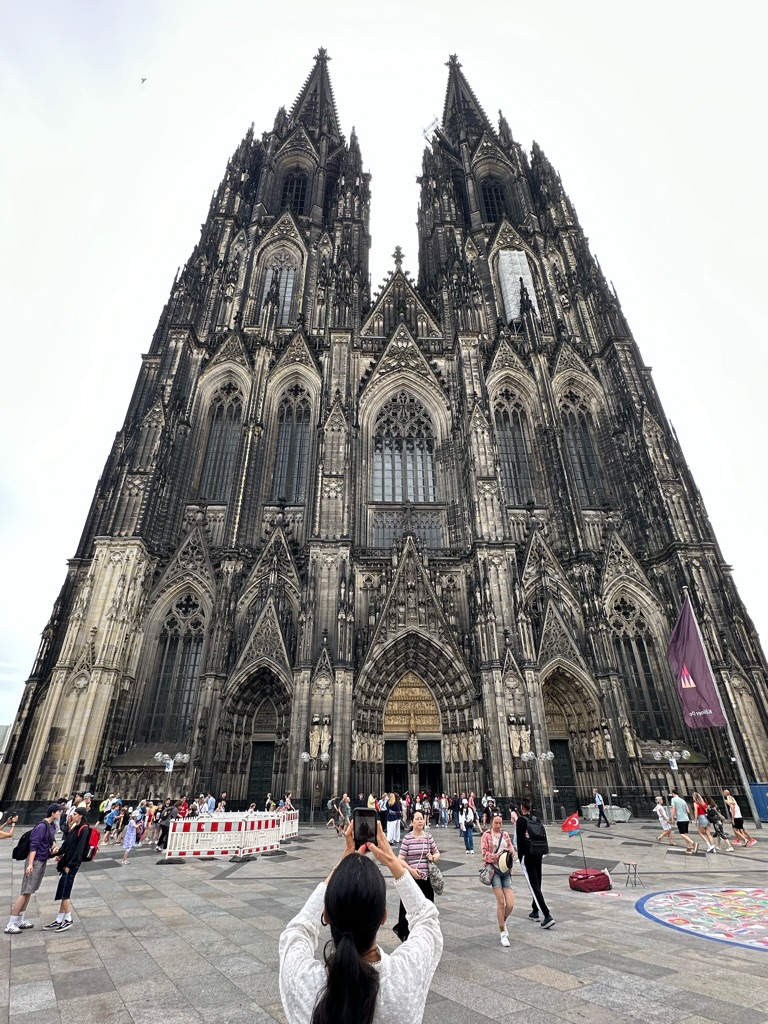
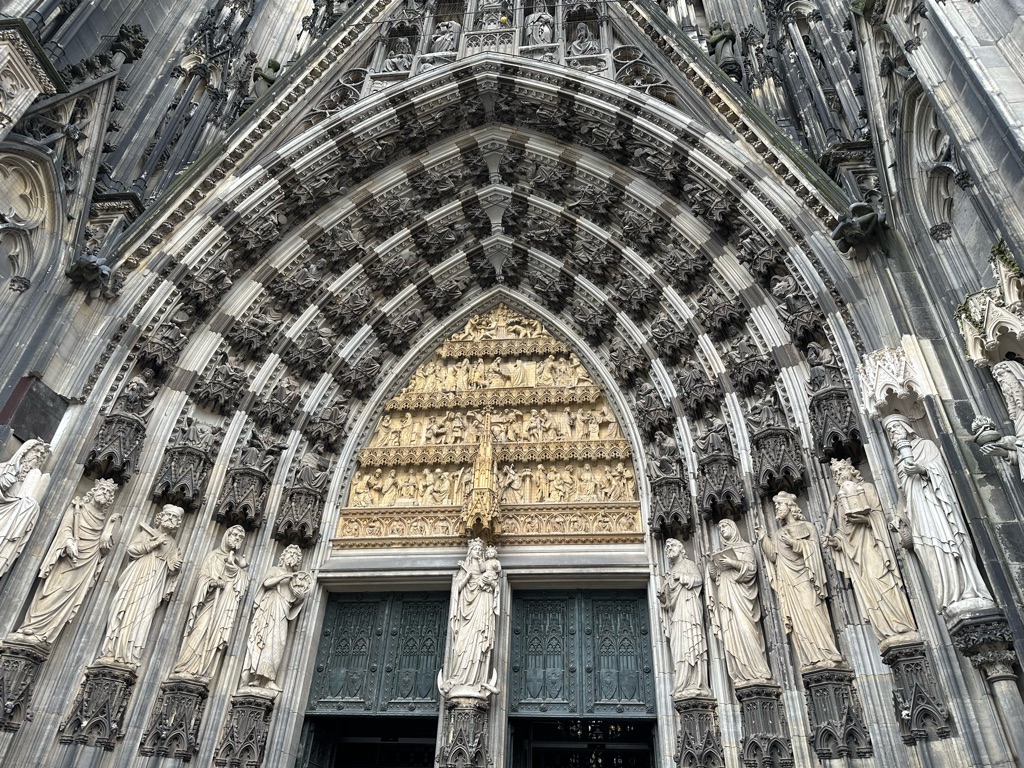
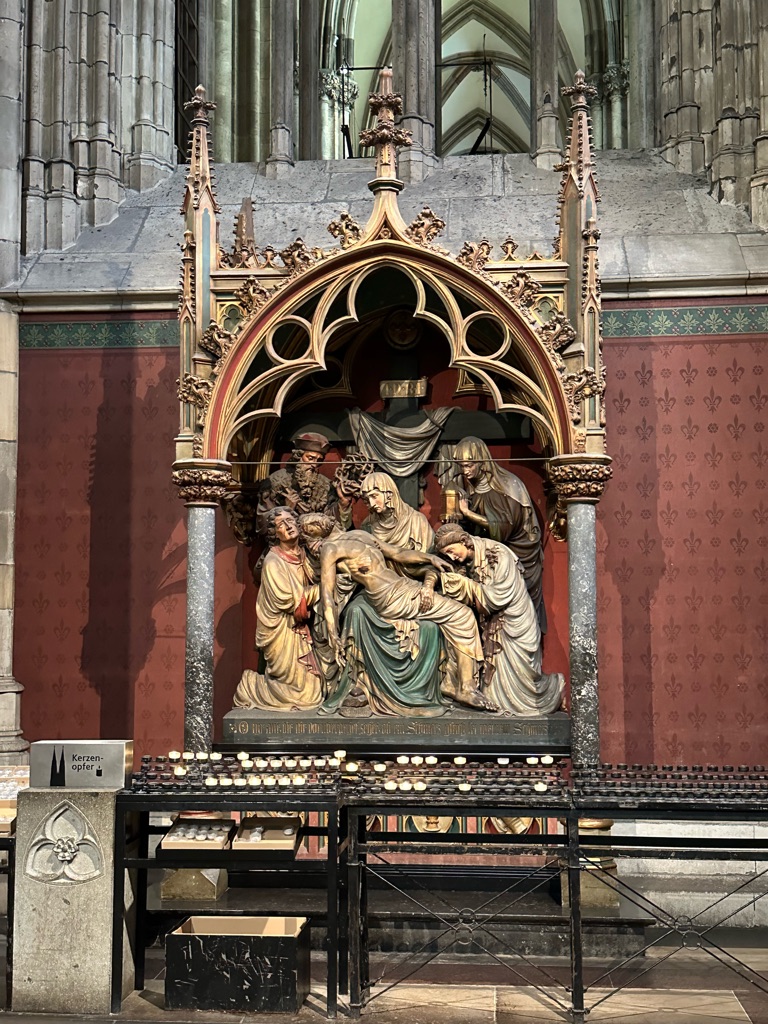
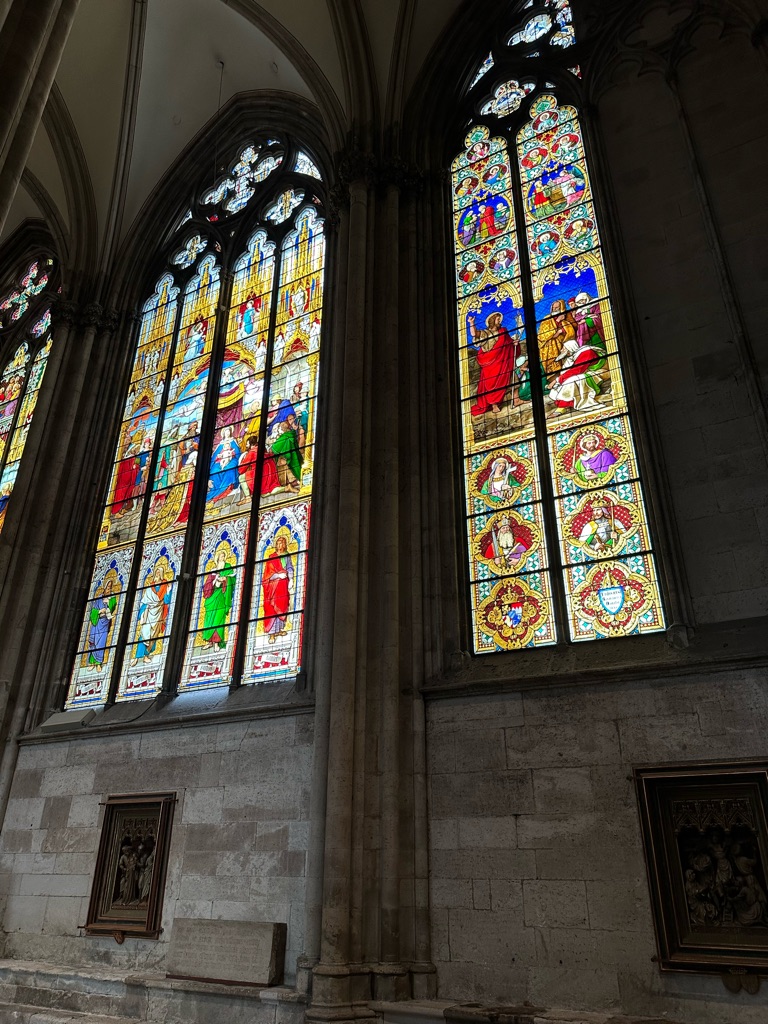
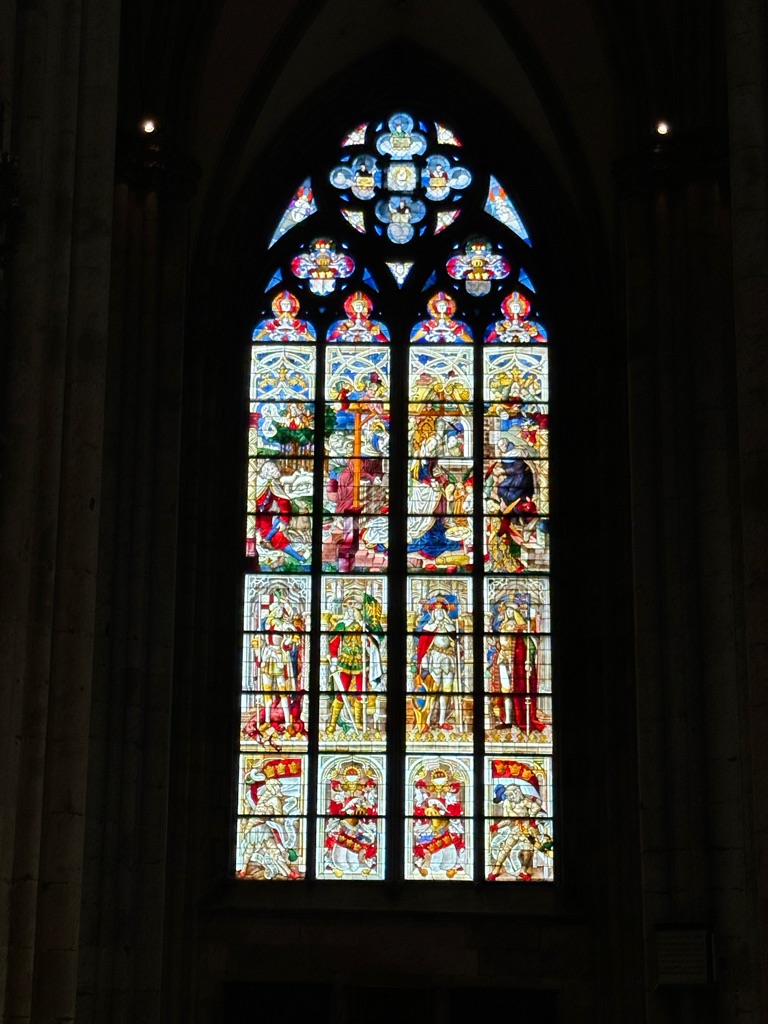
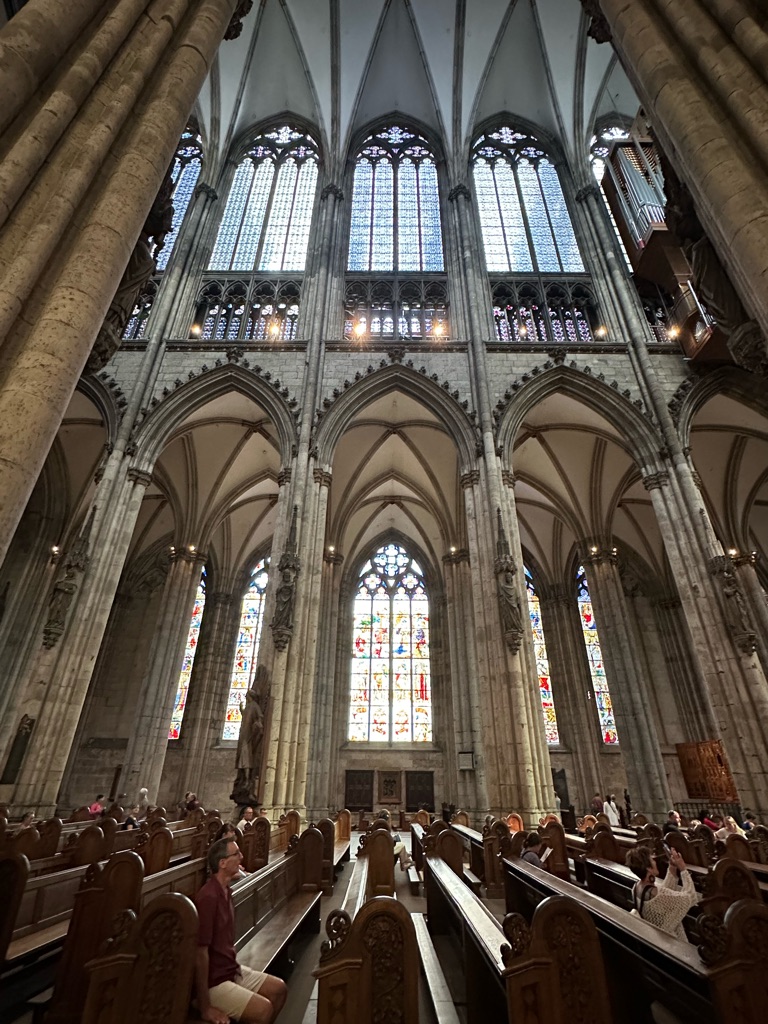
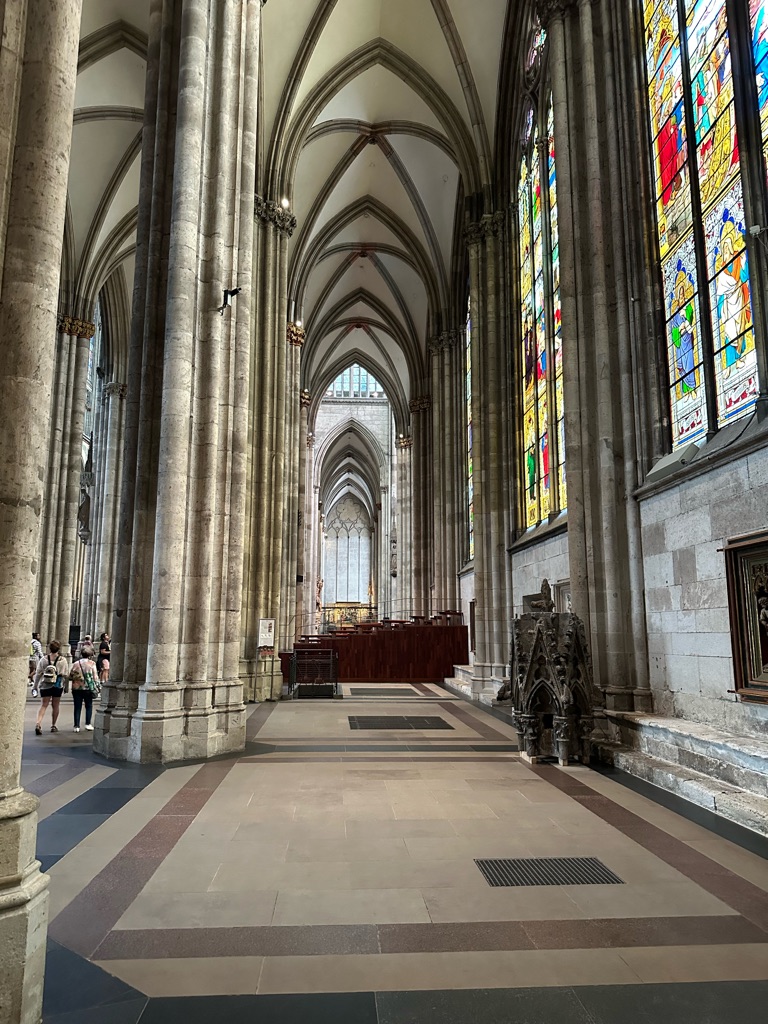
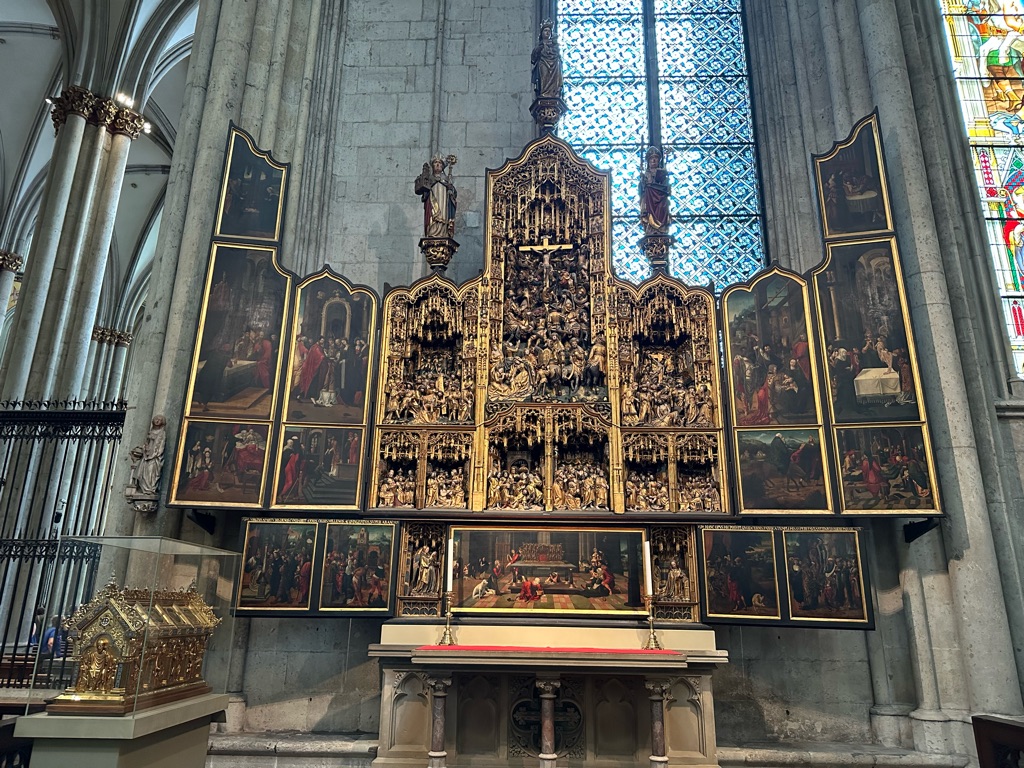
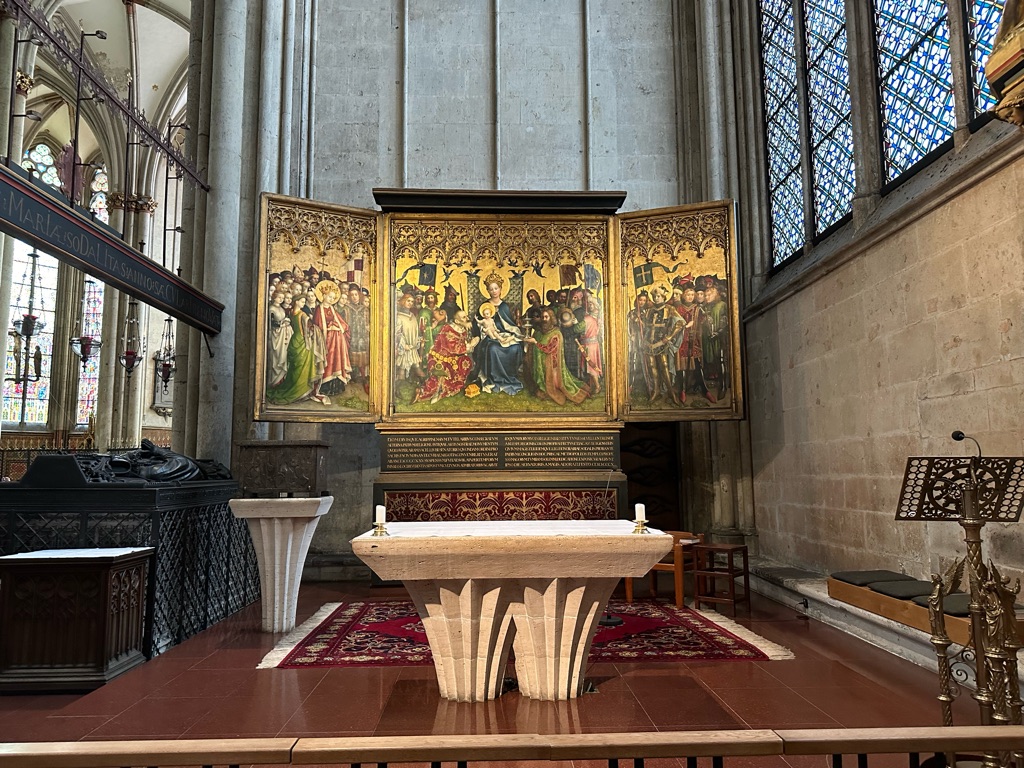
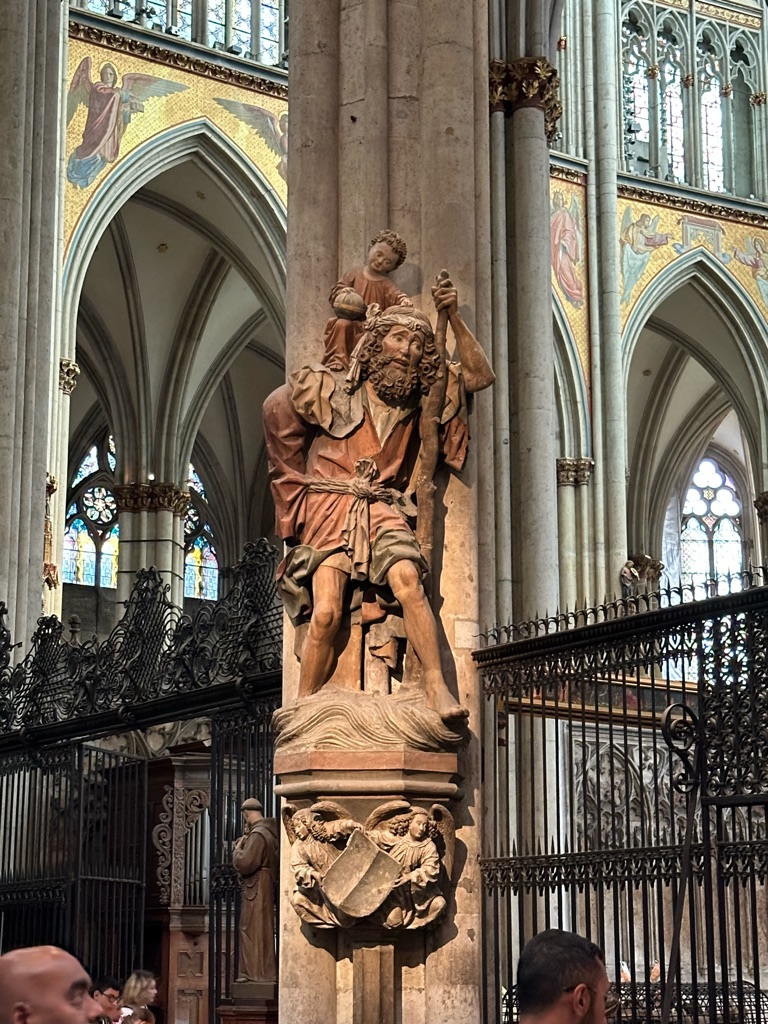
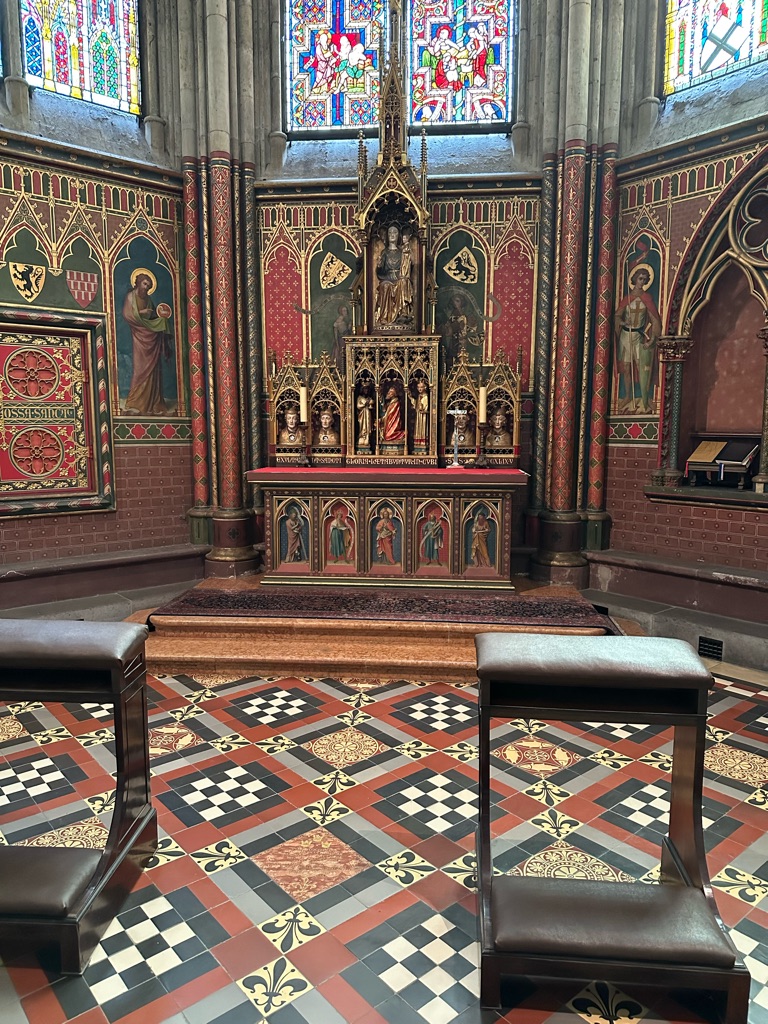
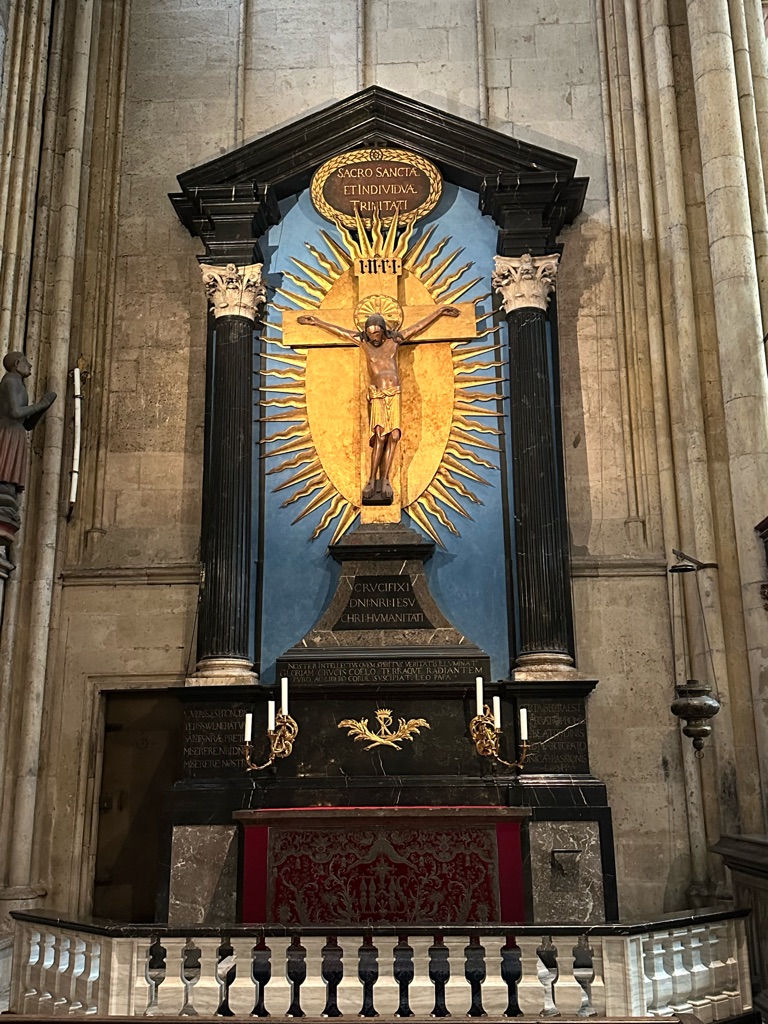
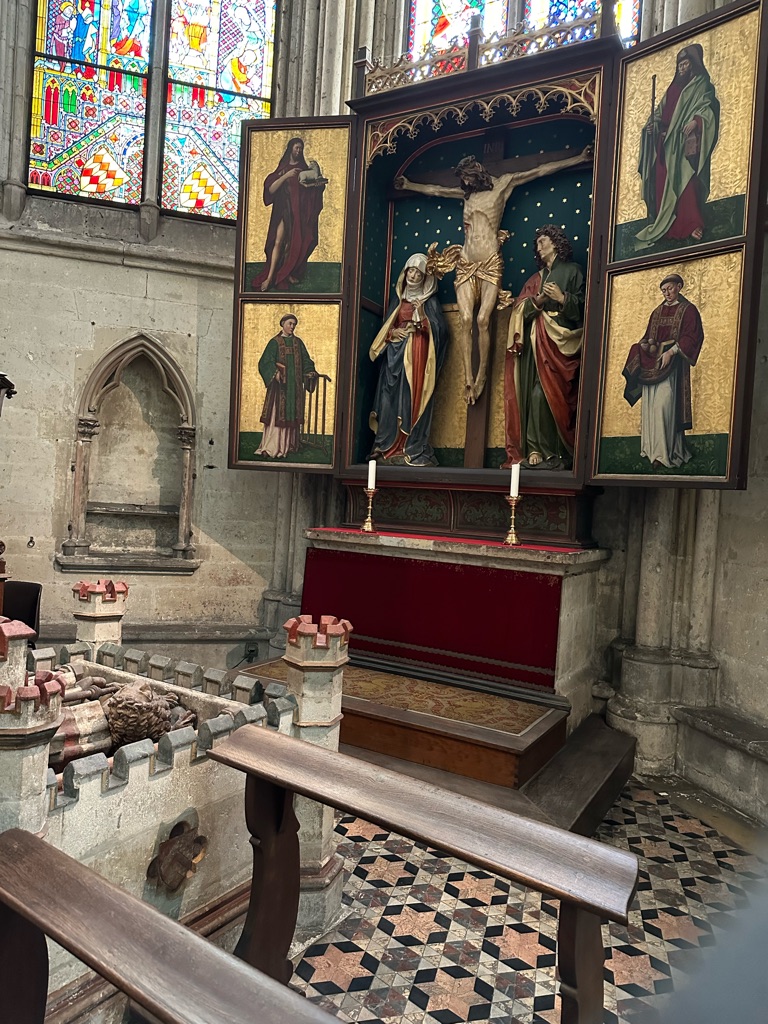
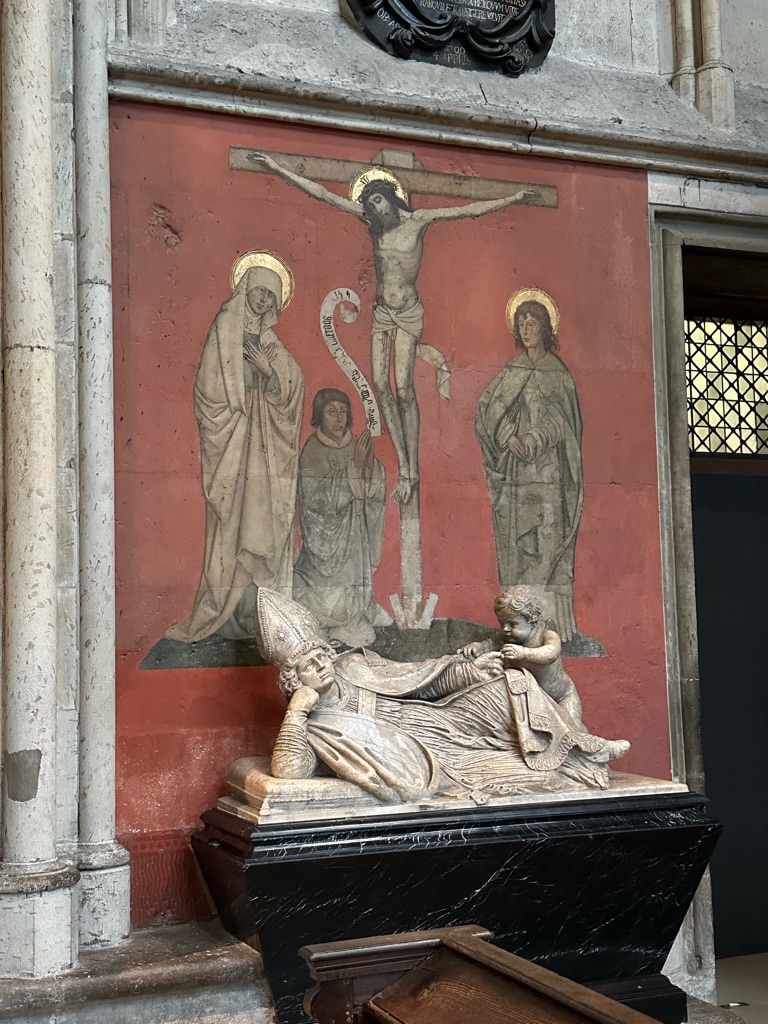
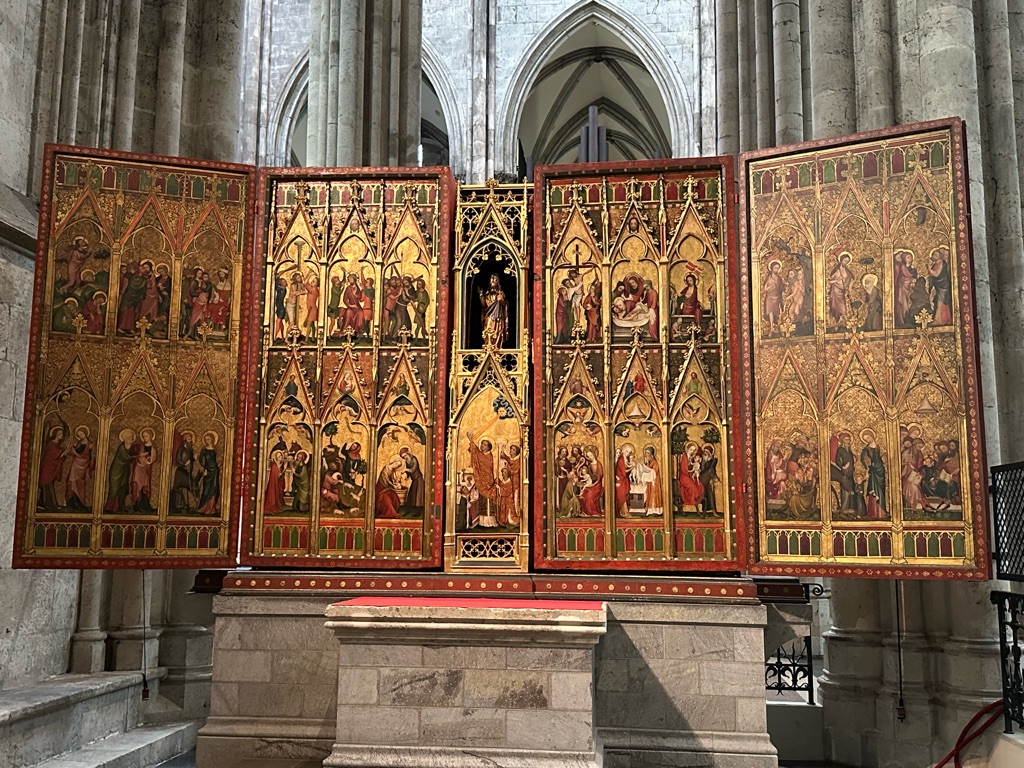
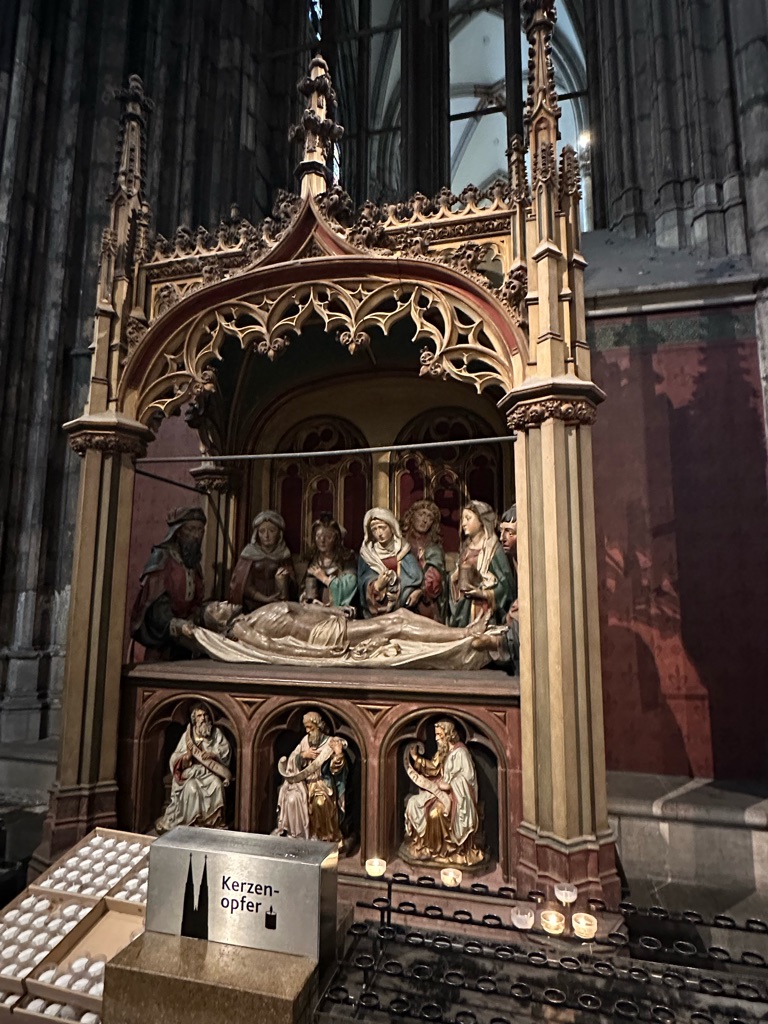
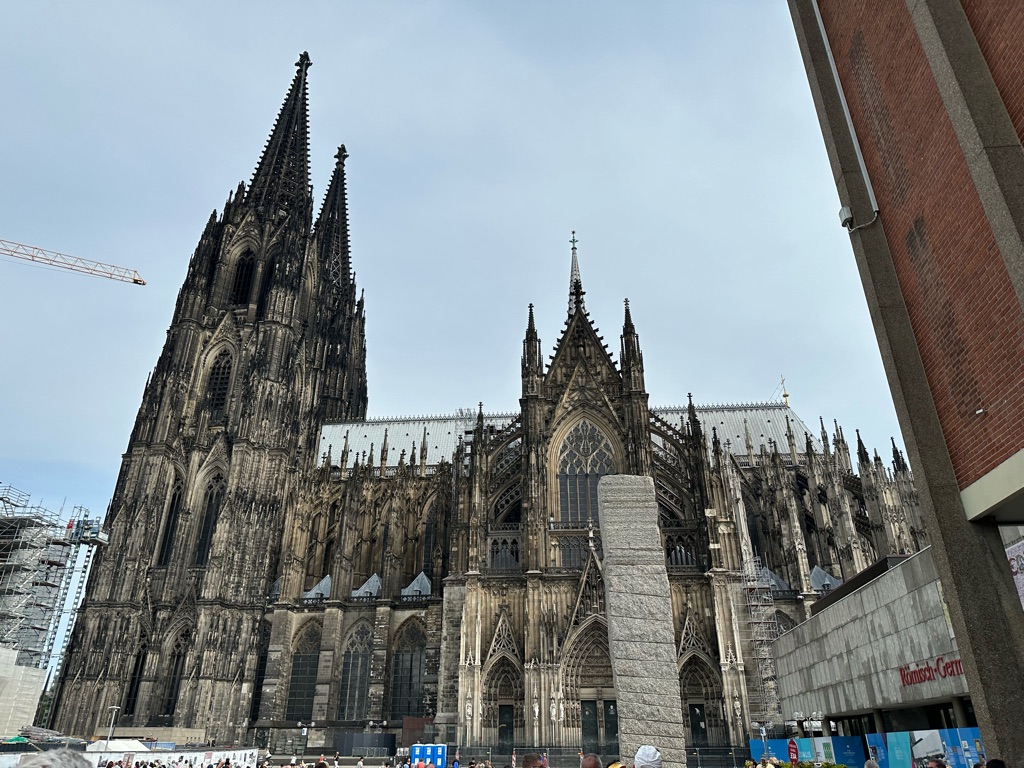
The cathedral's main claim to fame (apart from being one of the largest in the world) is that it contains the holy relics (ie, the bones) of the three wise men, in this gold box. Not sure how true that is - the first that history ever heard of this box was about 1000 years after Jesus, so it's not really possible to trace them all the way back.
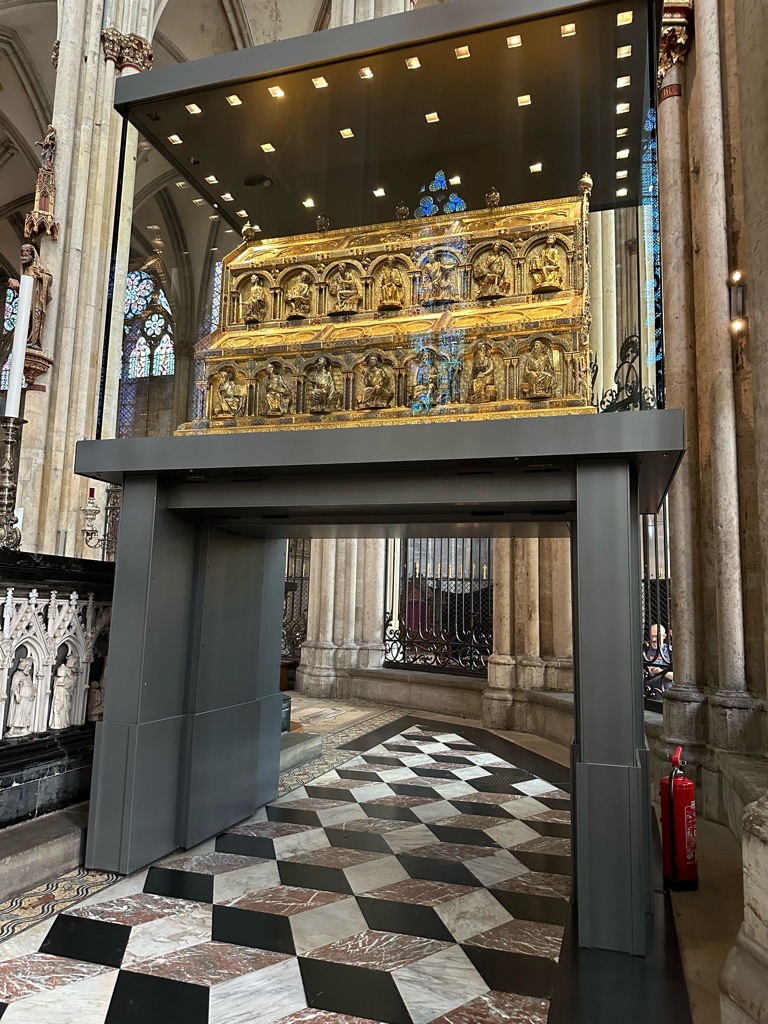
The cathedral is on a plaza right next to the busy and efficient central train station - Cologne seems very easy to get around.
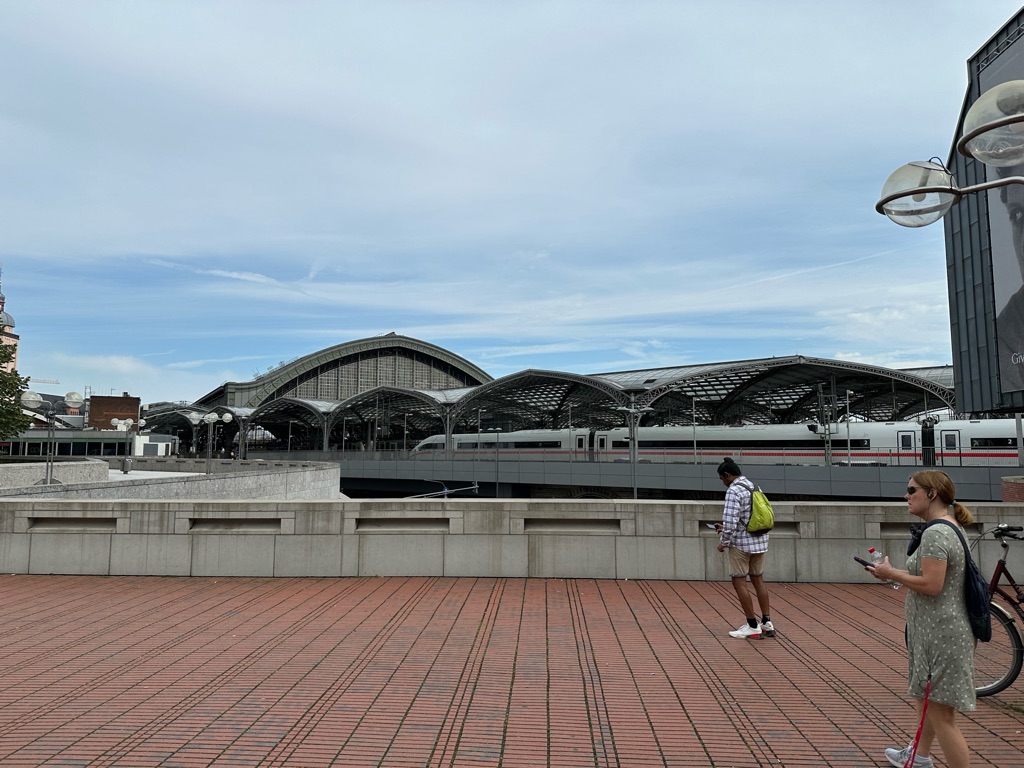
Our walk continued around the various sights of Cologne, including the many beer houses (Peter's Brauhaus is shown below), and the city council building.
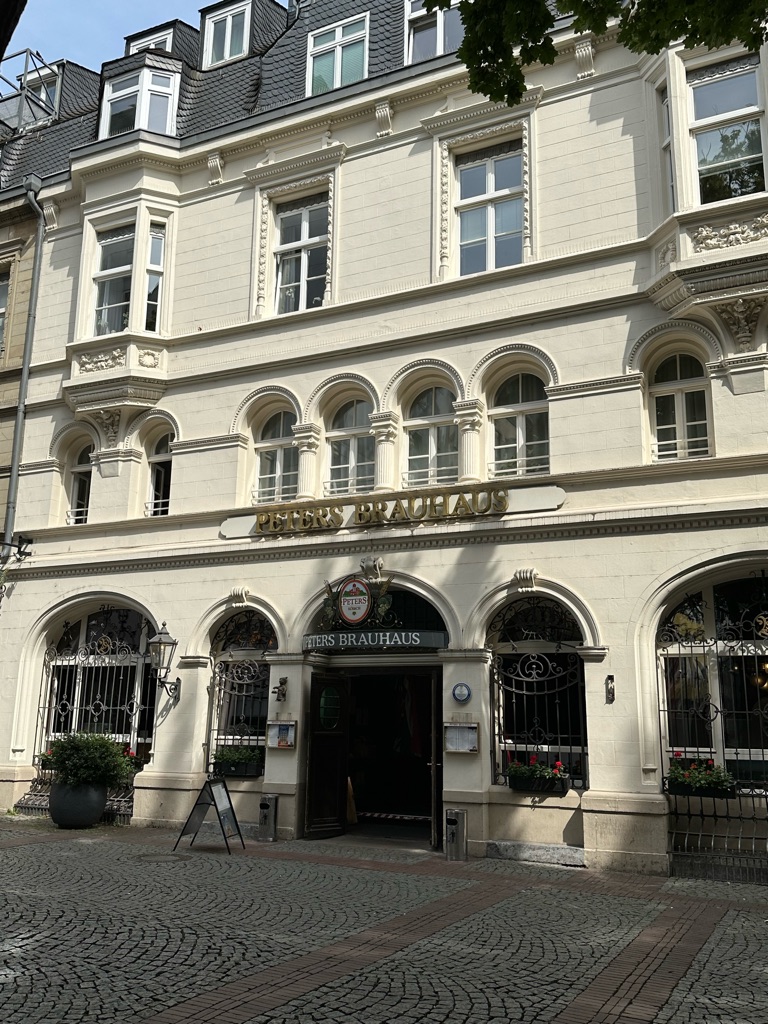

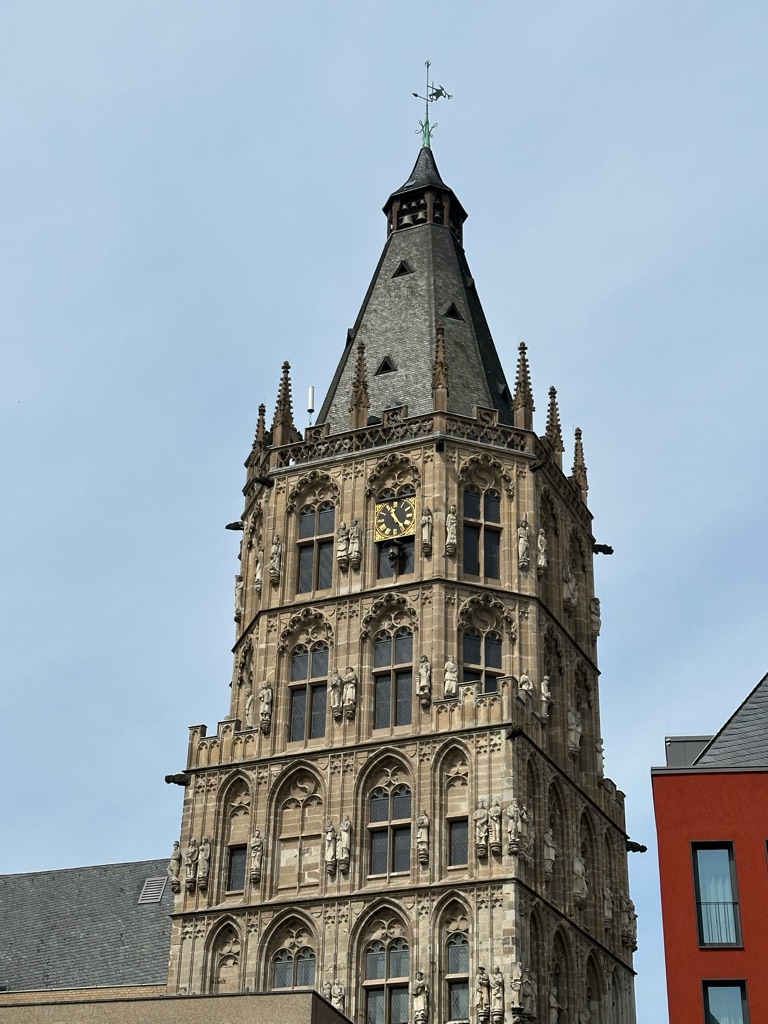
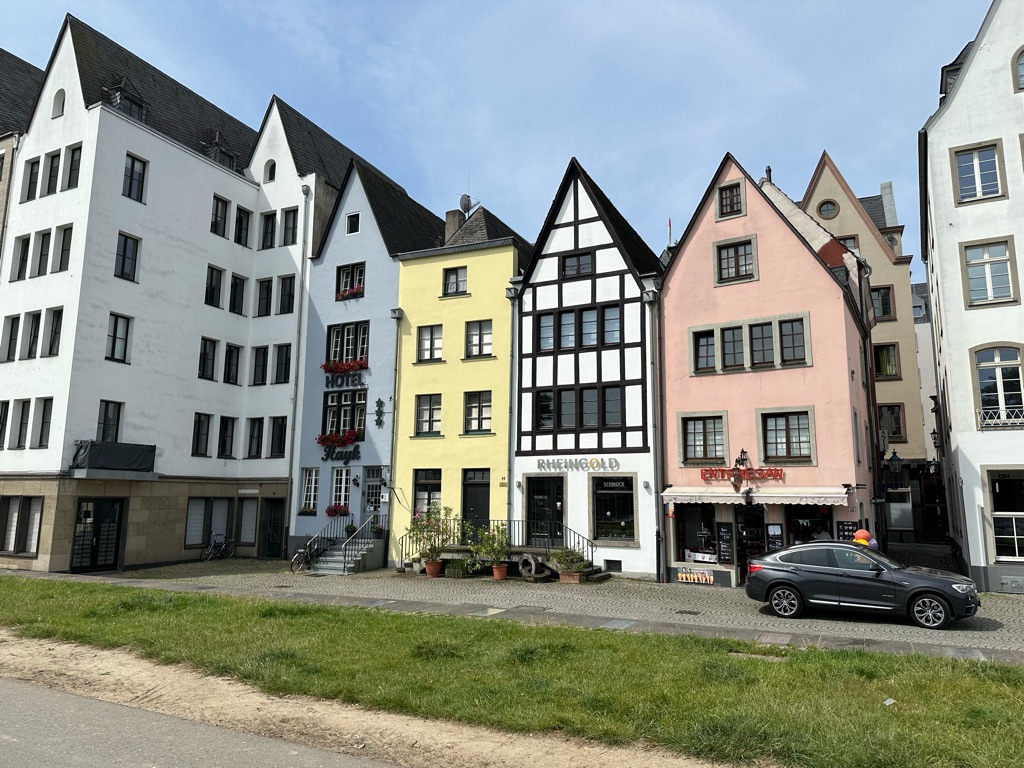
In the afternoon, Meg and Samir went for a bike ride around Cologne, which Meg really enjoyed.
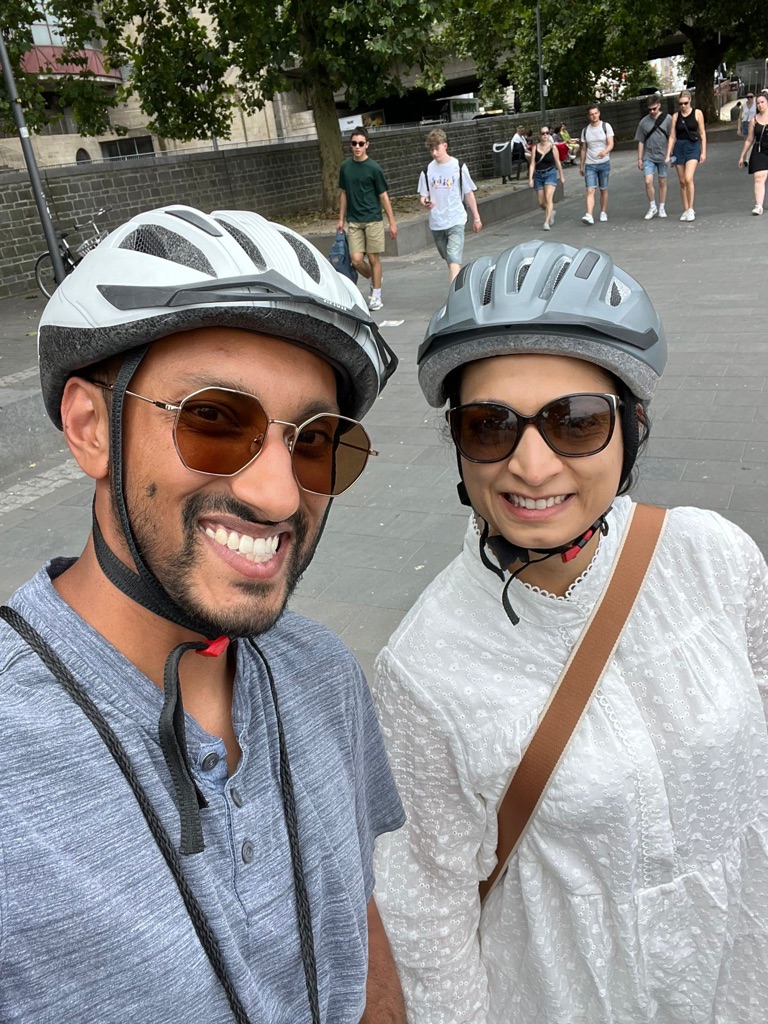
I went on the bus trip to Bruhl (20mins or so from Cologne) to see the Augustusburg Palace, a UNESCO World Heritage site which was the summer home of Clemens August, an Archbishop and Prince-Elector of the Holy Roman Empire (in other words, he was a top dog in both the Church and the state, and was extremely rich). He only lived here for three months each year.
We could only take photos in a limited number of rooms, so I can't show you the room where the likes of Queen Elizabeth II, Pope John Paul II, Margaret Thatcher and Mikhail Gorbachev have been hosted for State dinners - you'll just have to take my word for it that I stood in it.
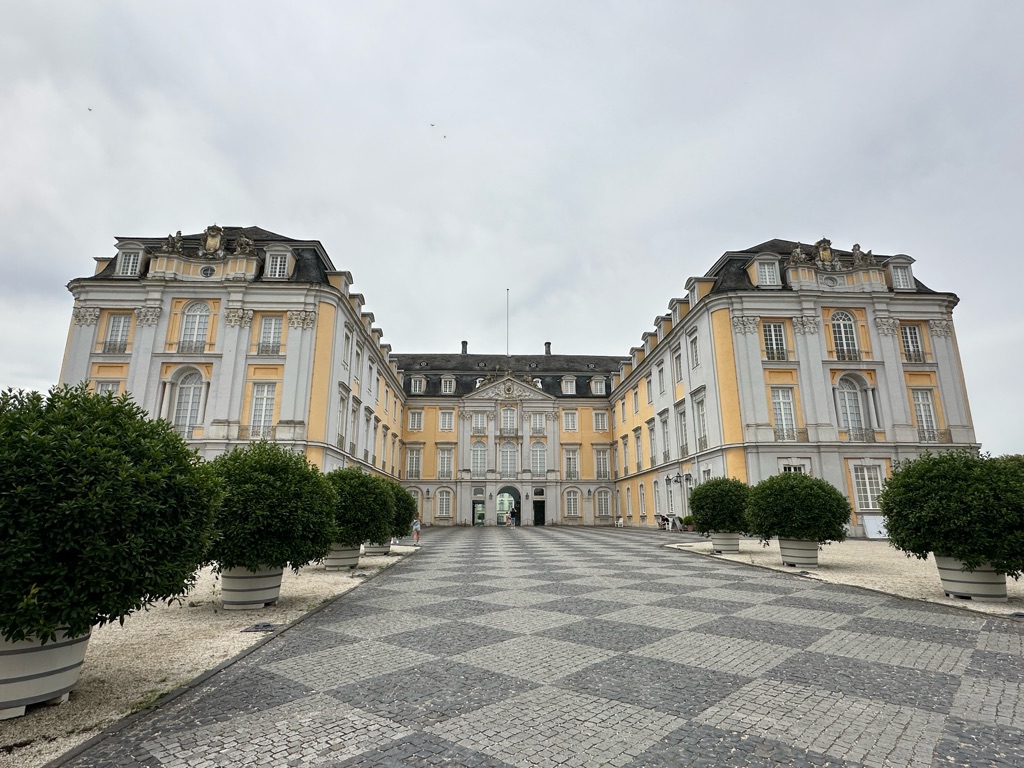
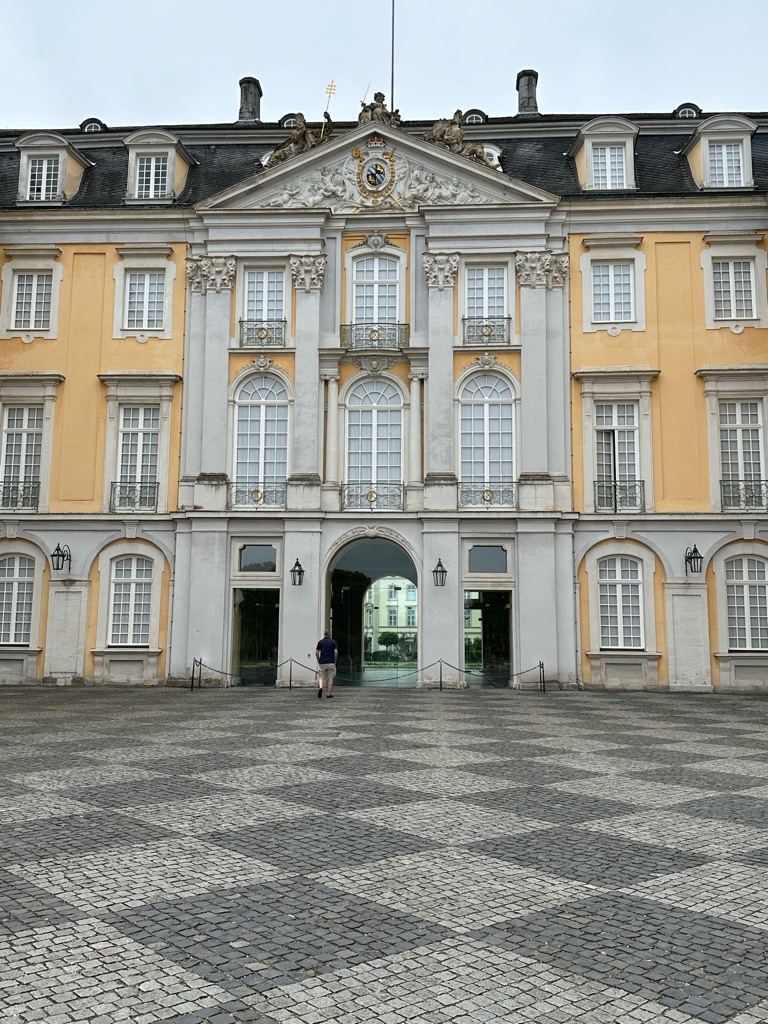
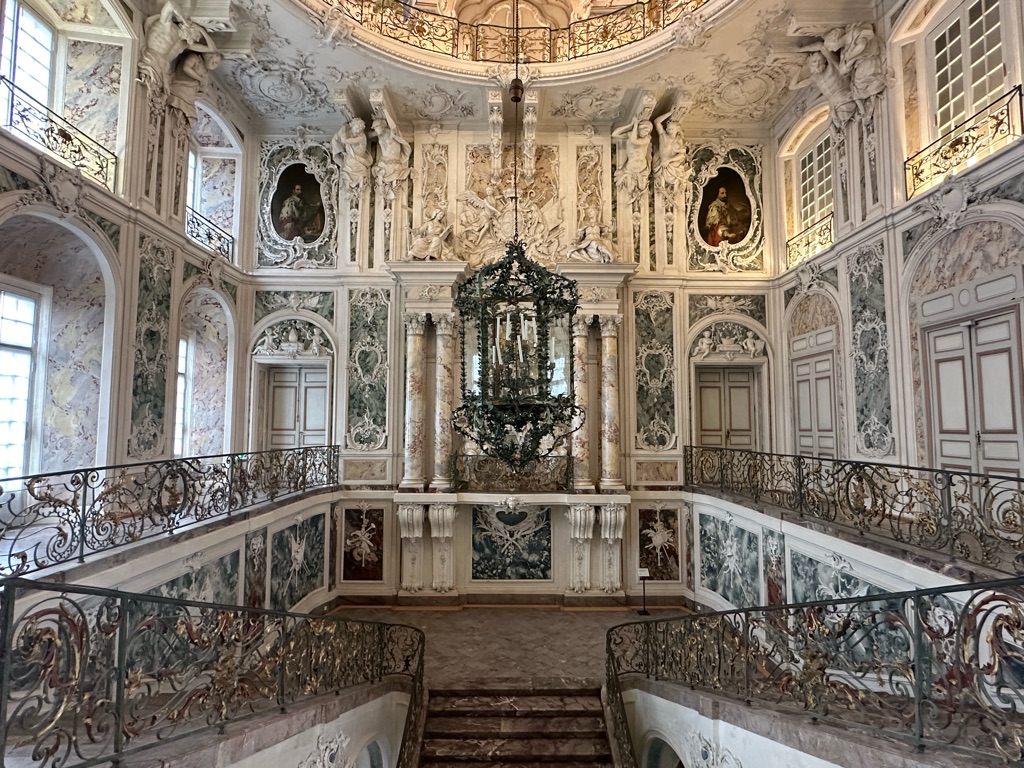
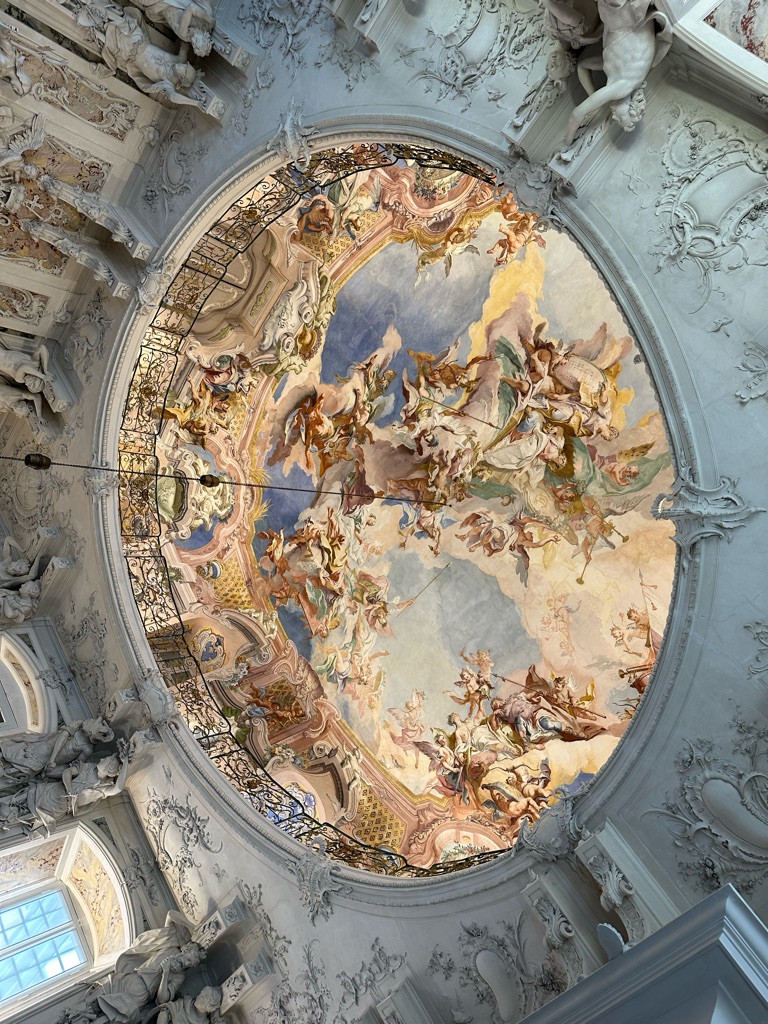

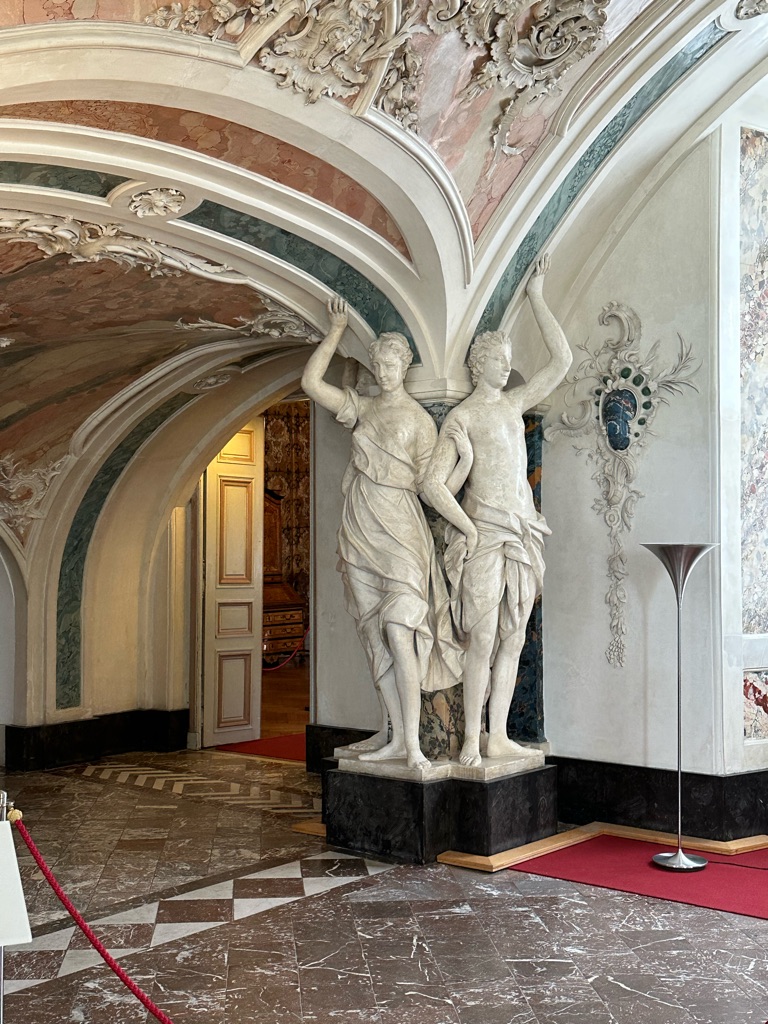
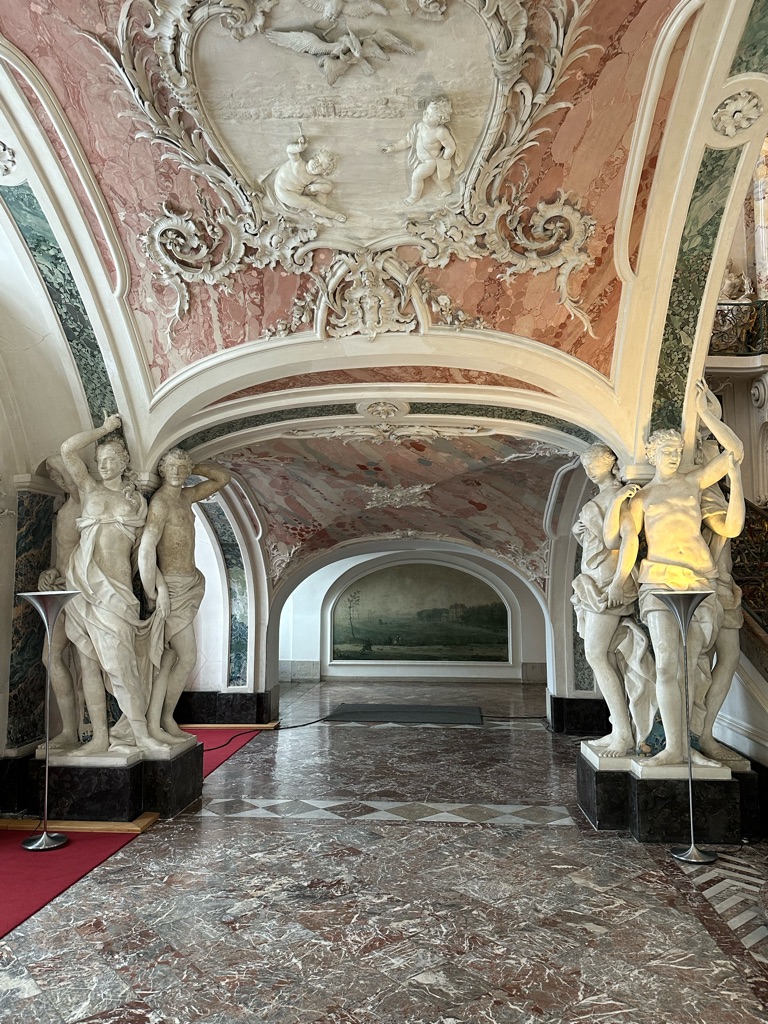

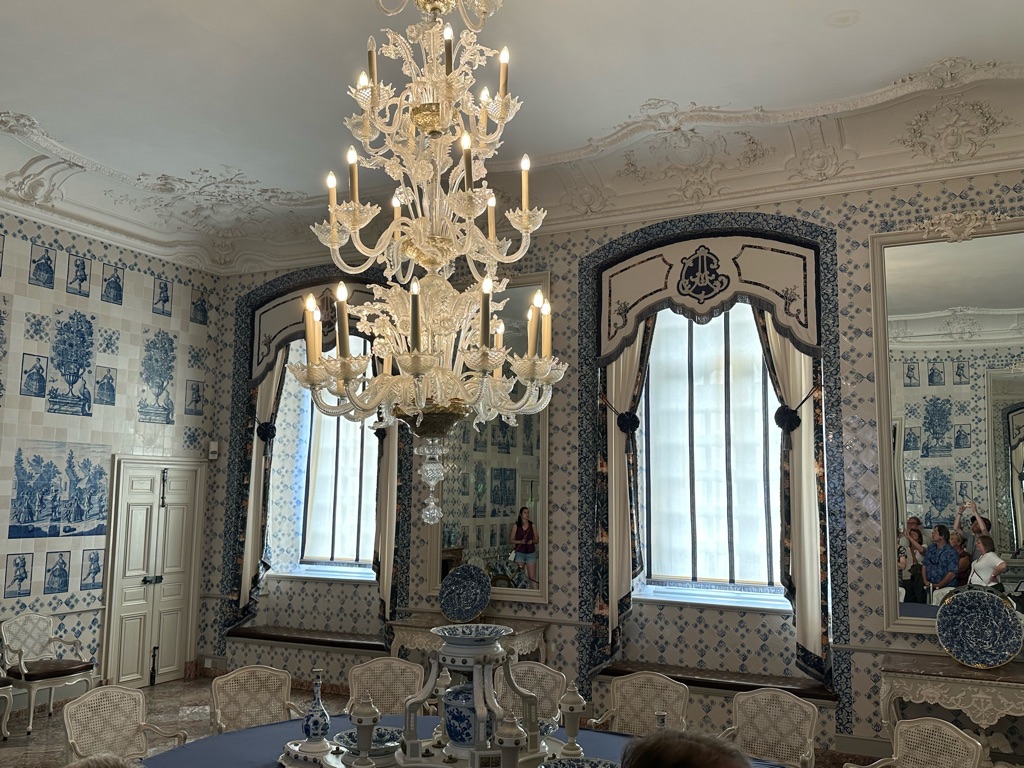
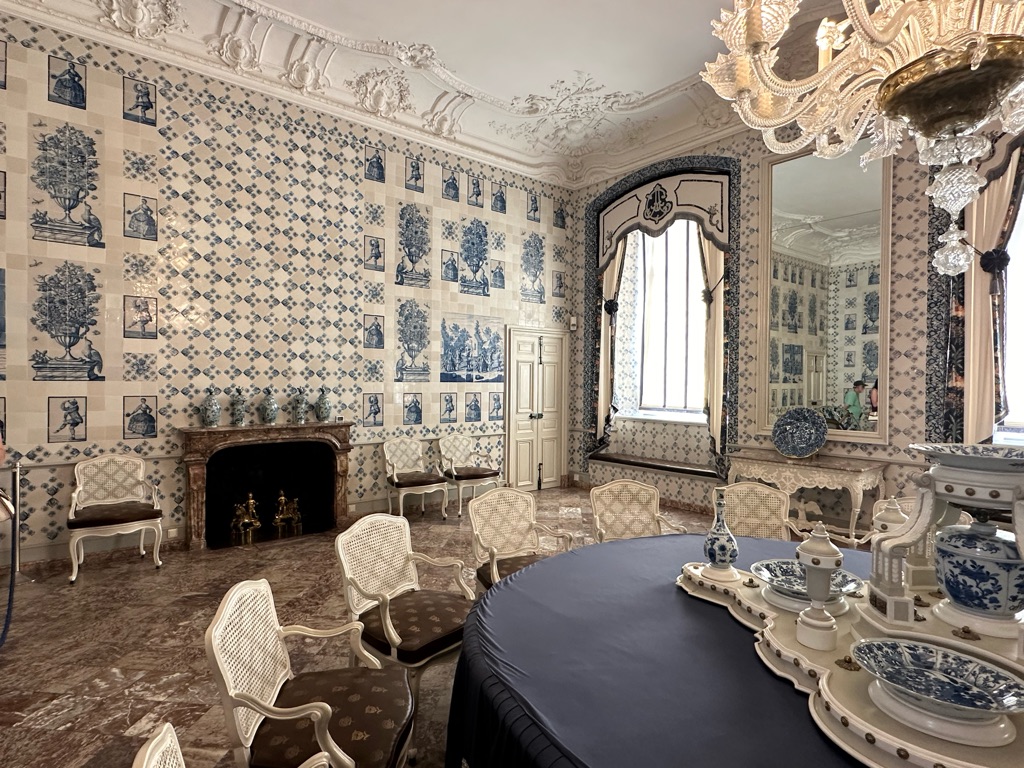
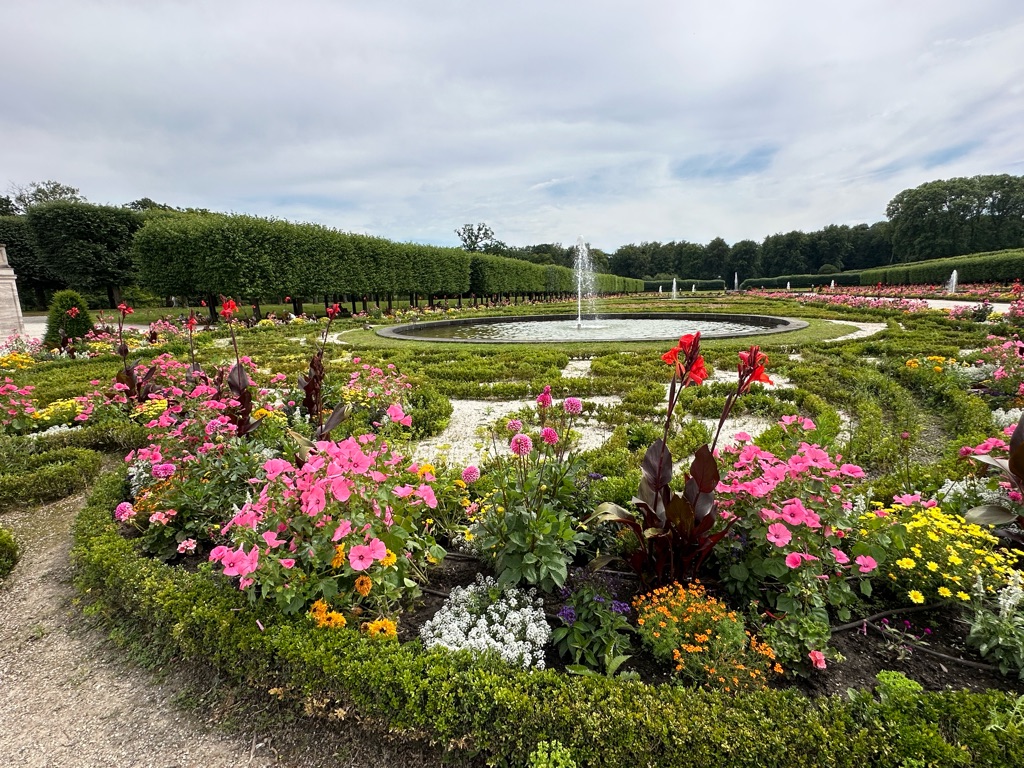
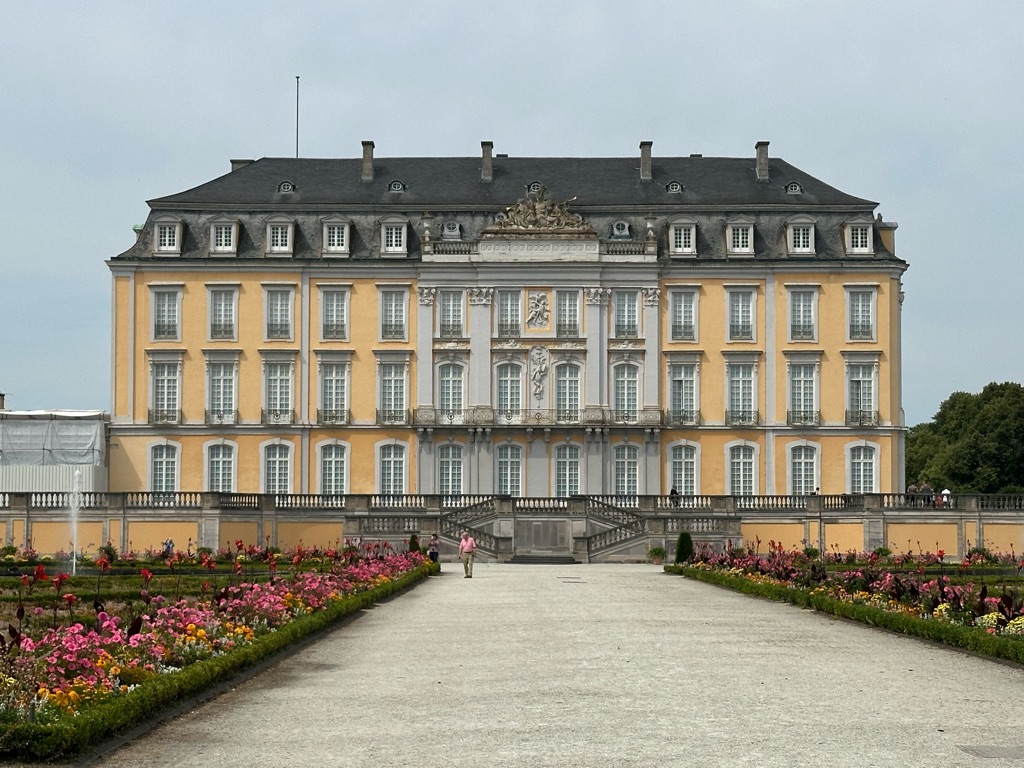
To finish off the visit, we went to Clemens August's smaller hunting lodge nearby - this was the "simple" family home.
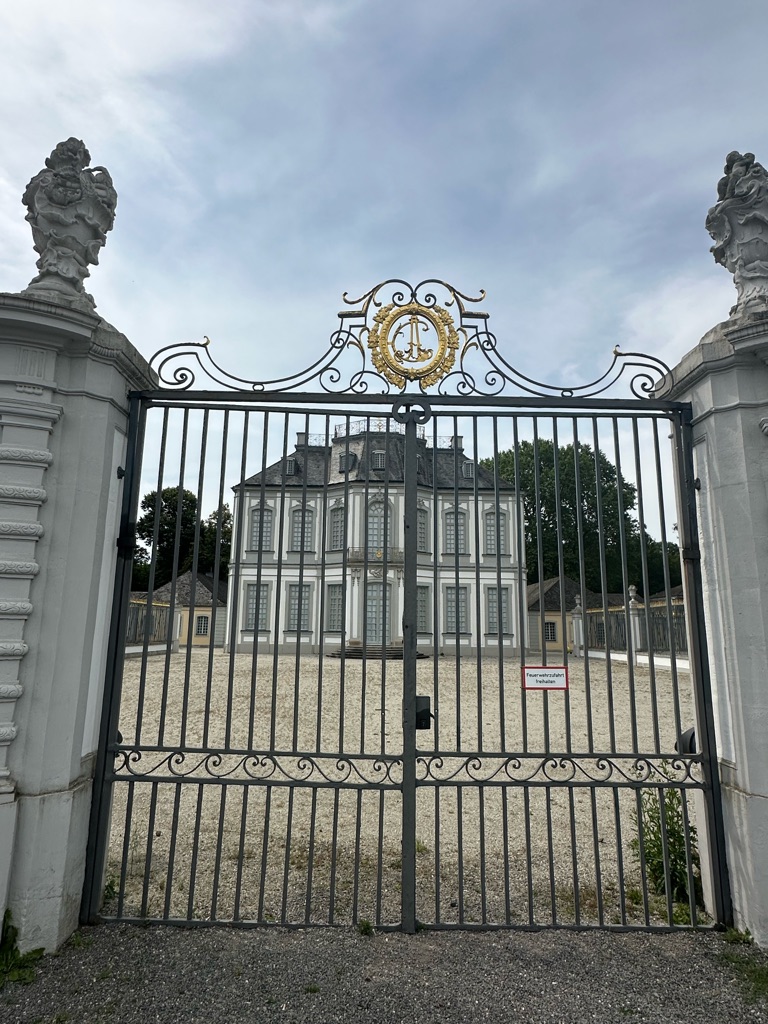

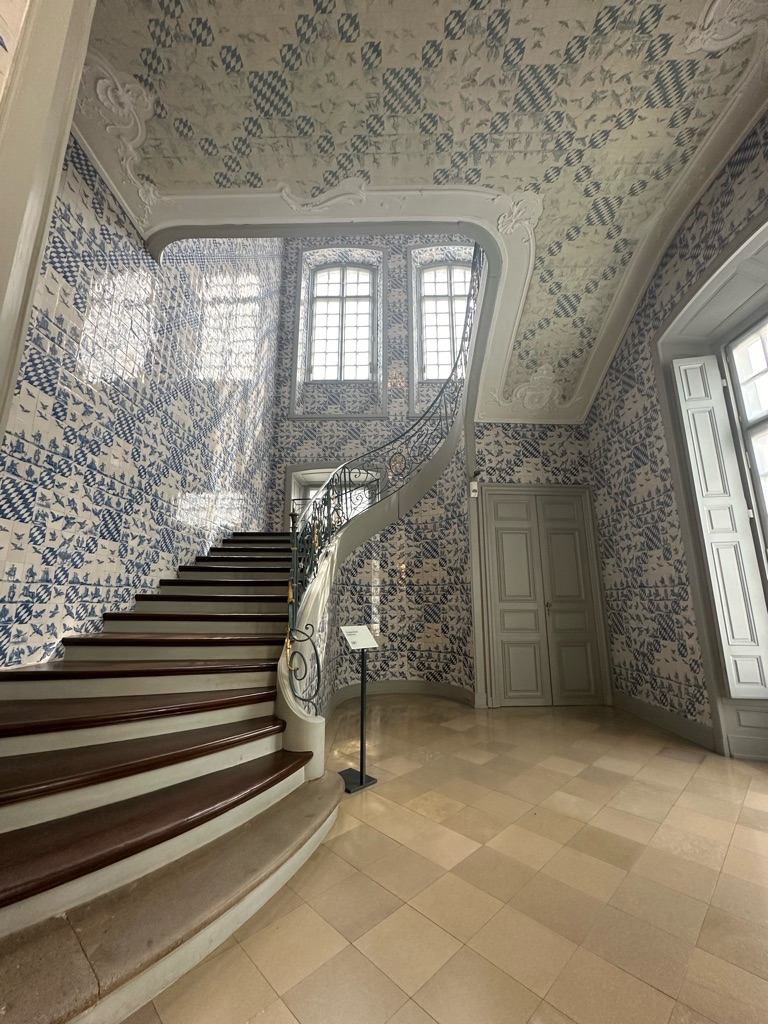
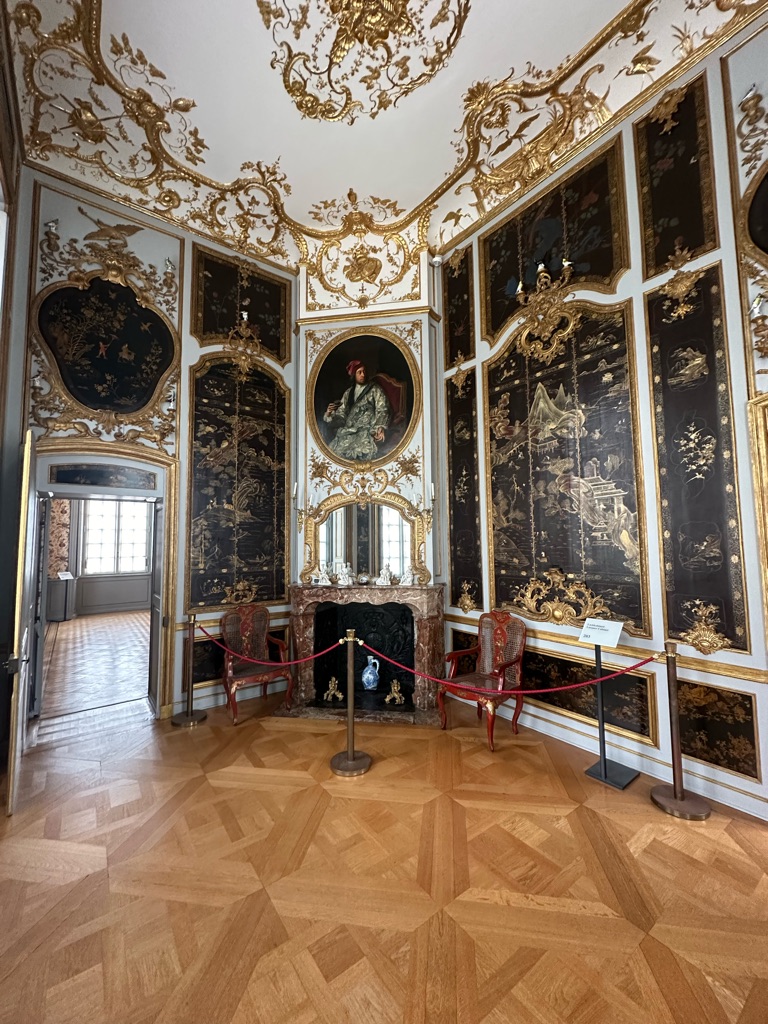
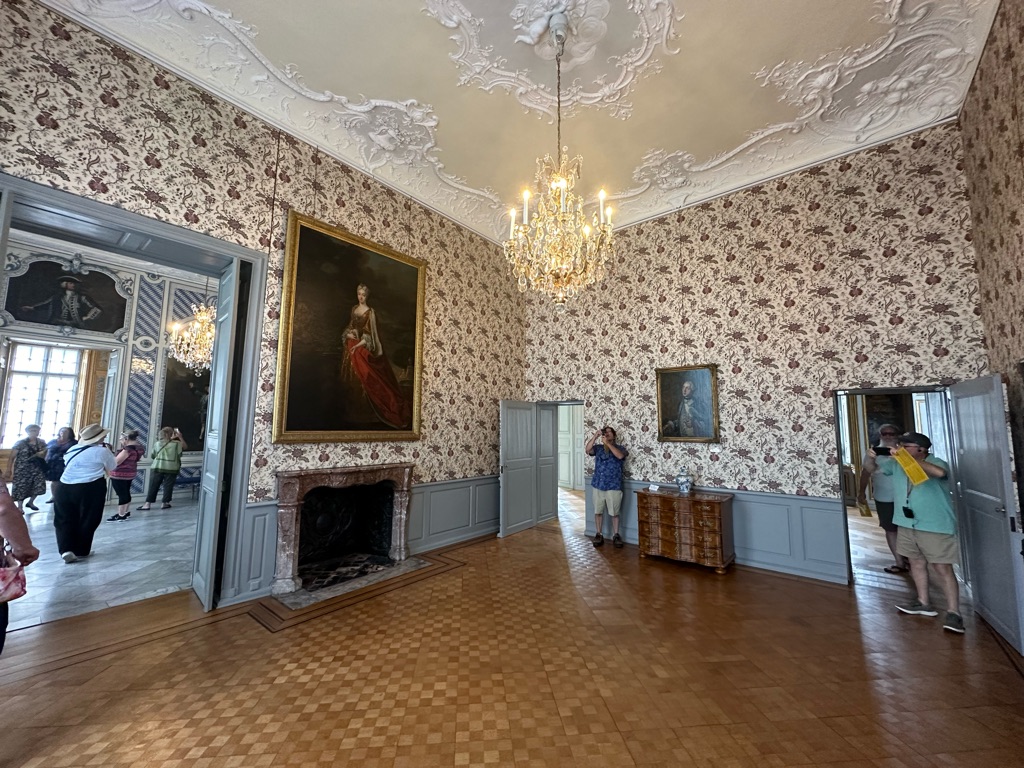
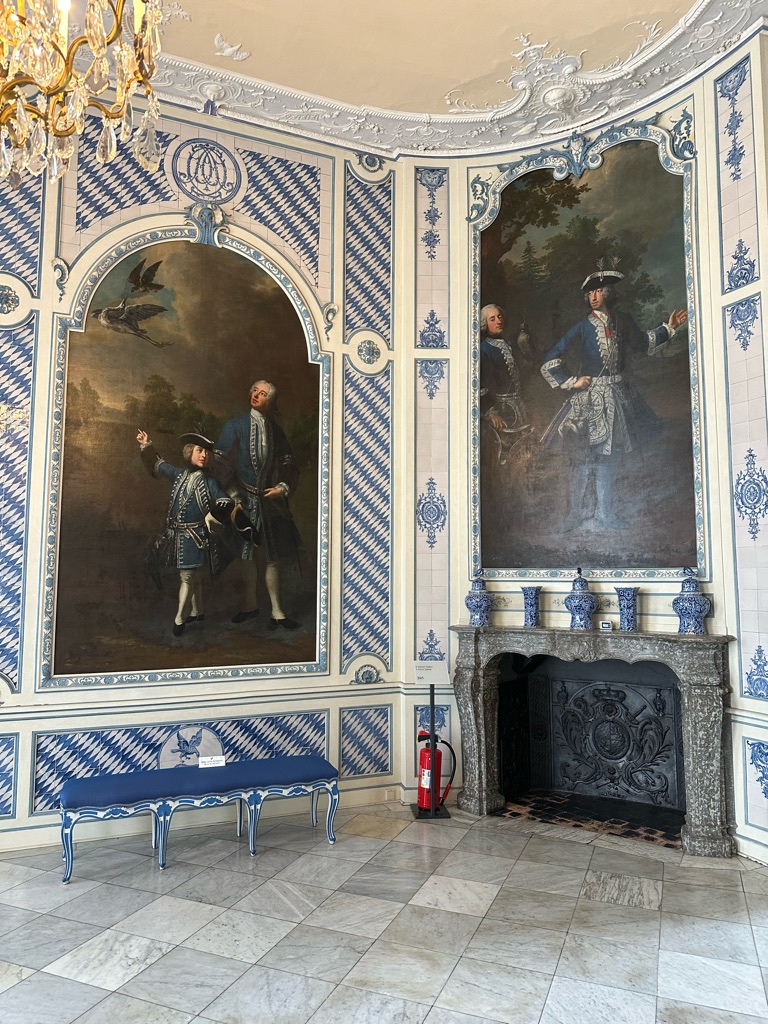

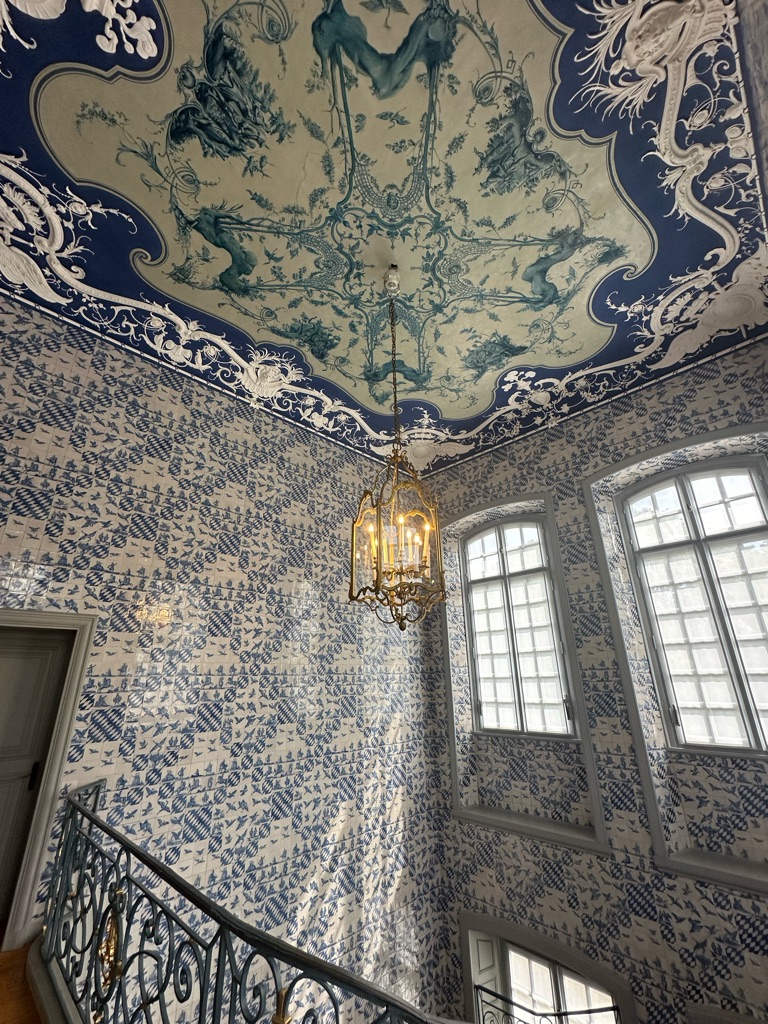
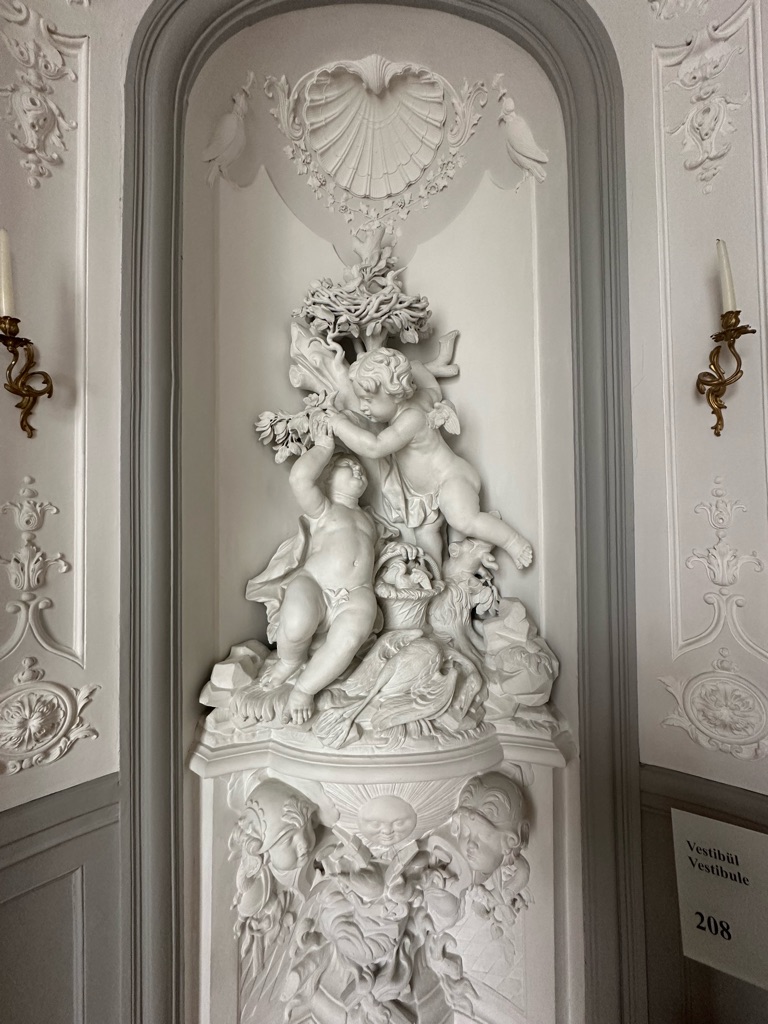
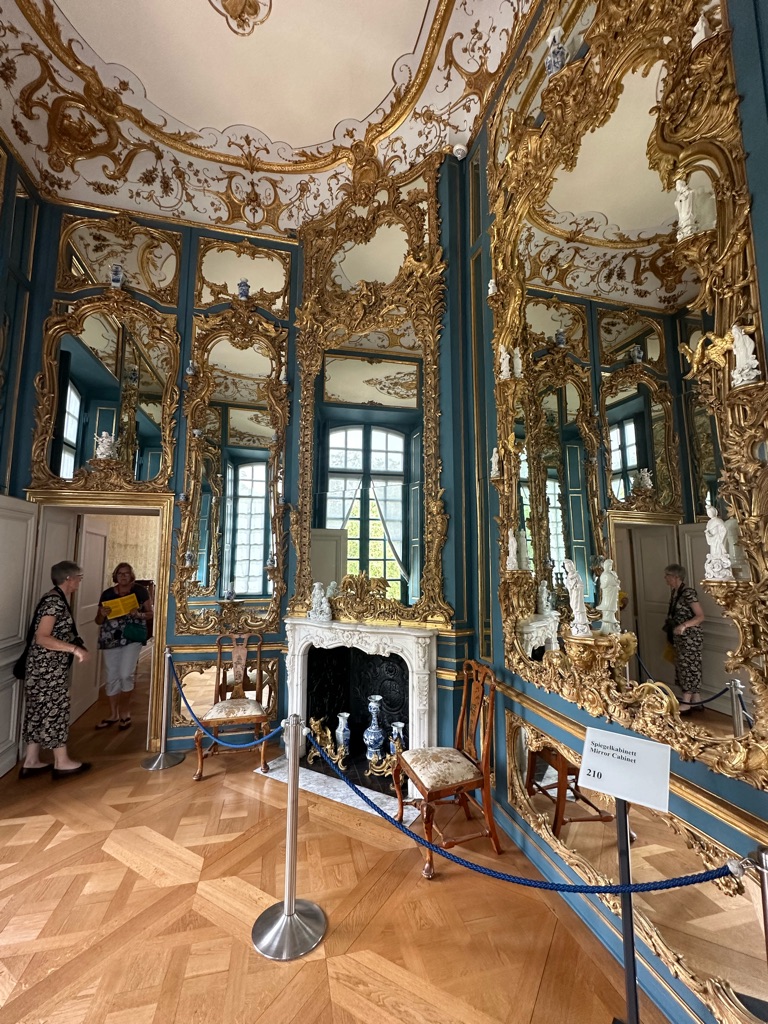
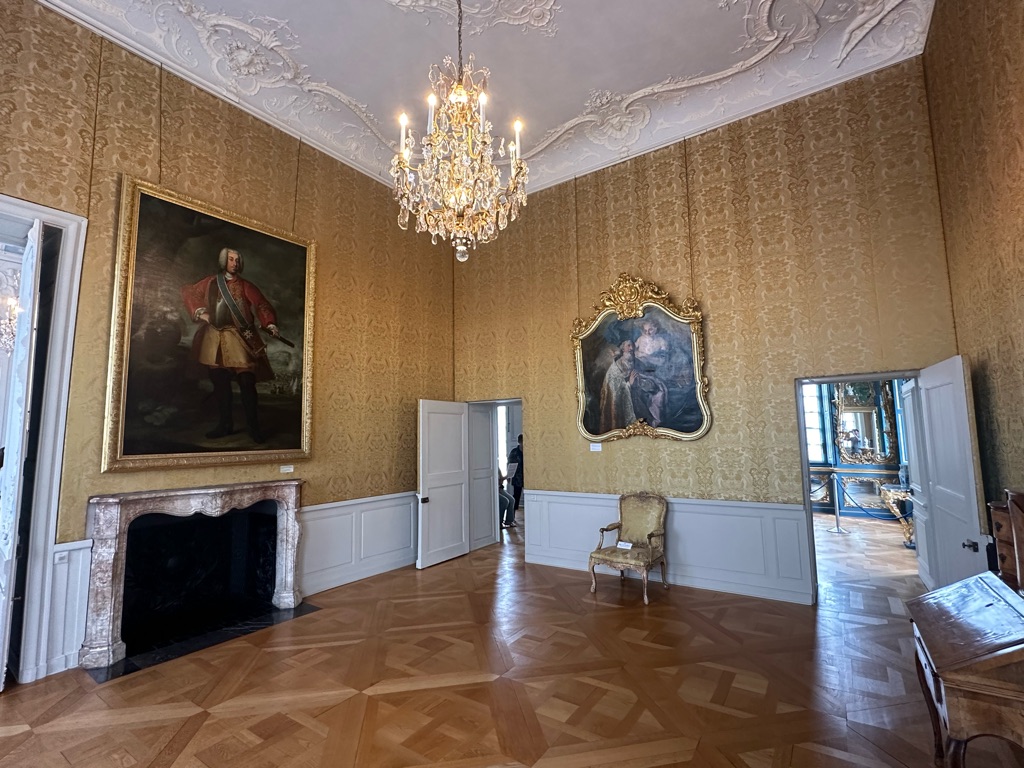
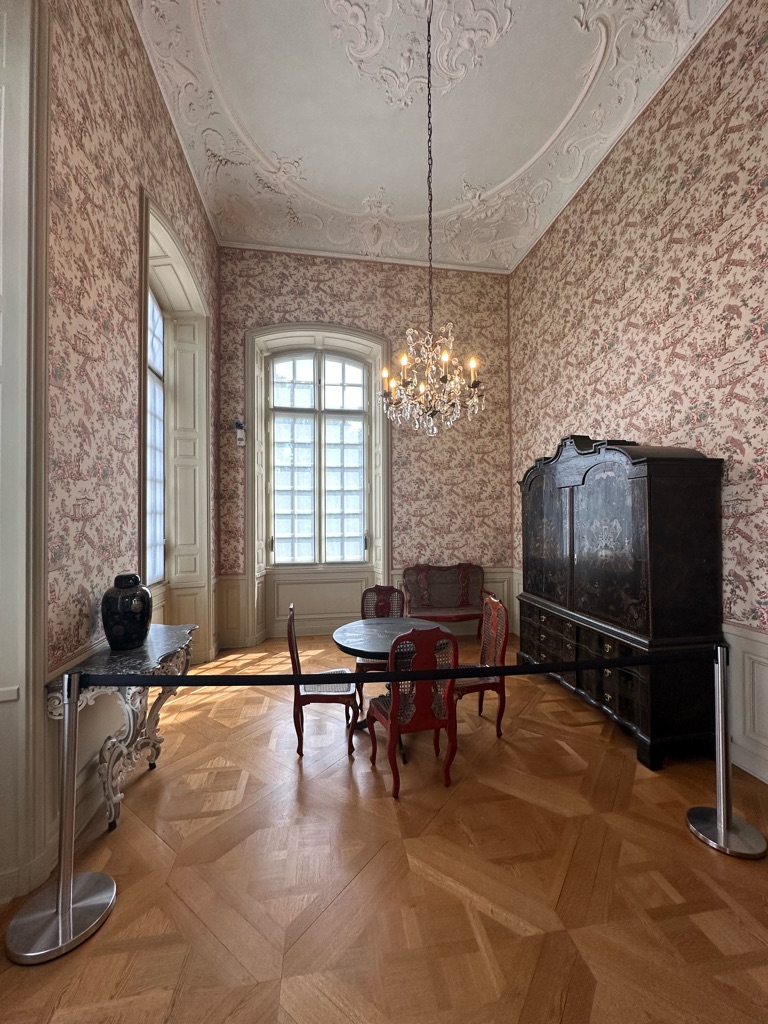
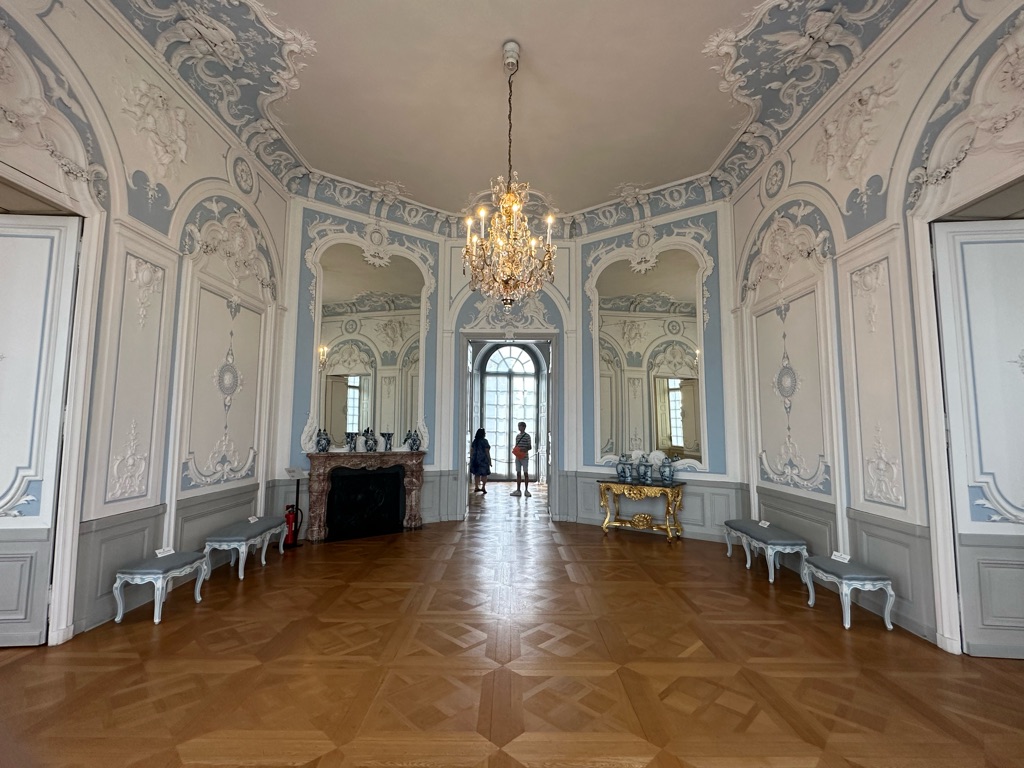
Help, I'm trapped in a Wedgwood pottery!

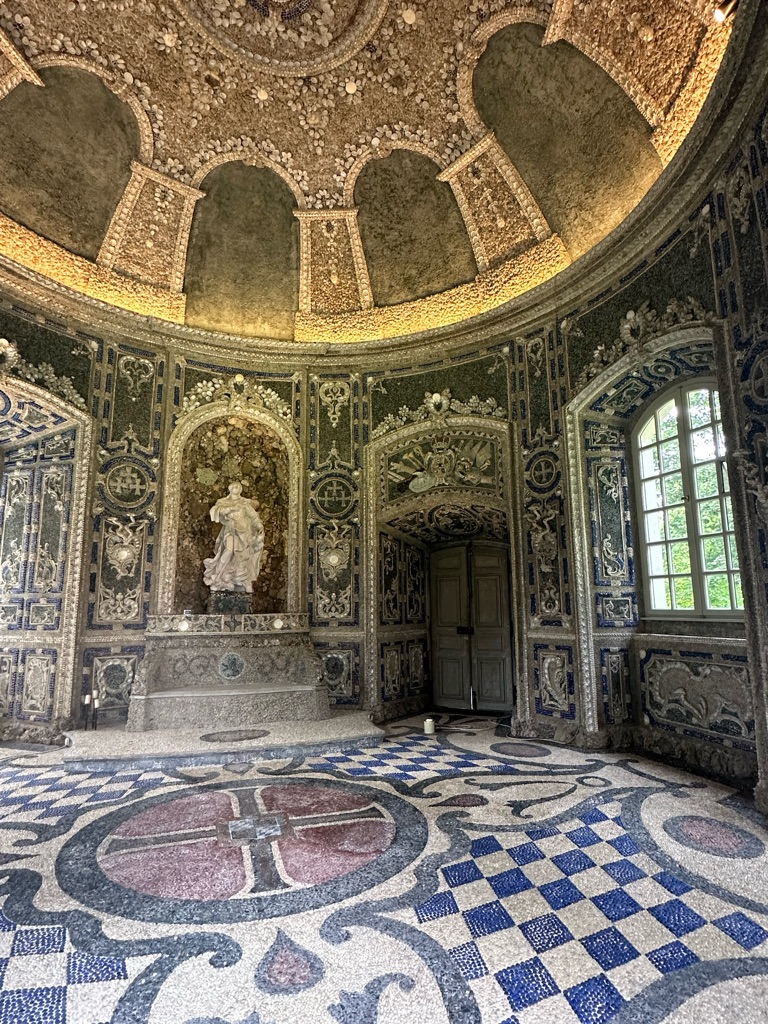
We reunited in the evening for the Cologne beer dinner - a hearty meal of meat and potatoes, and lots and lots of Kolsch, the local beer served in small glasses. The Cologne Pride festival is on this weekend, so the city and the beer houses were packed. It was a great atmosphere!
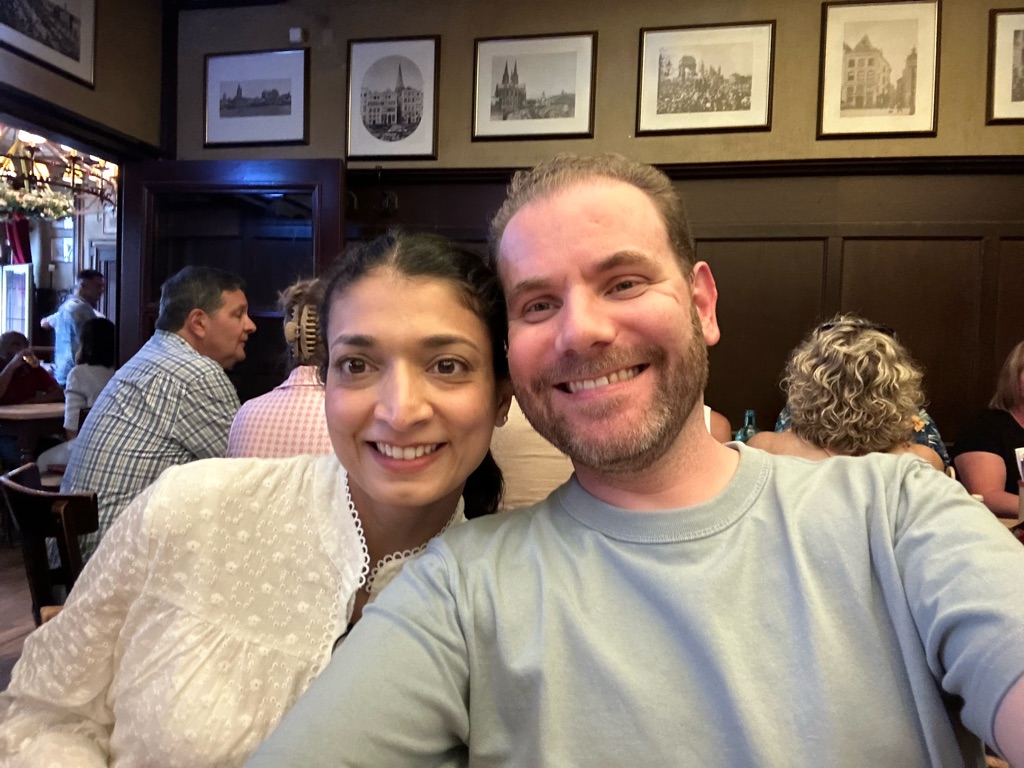
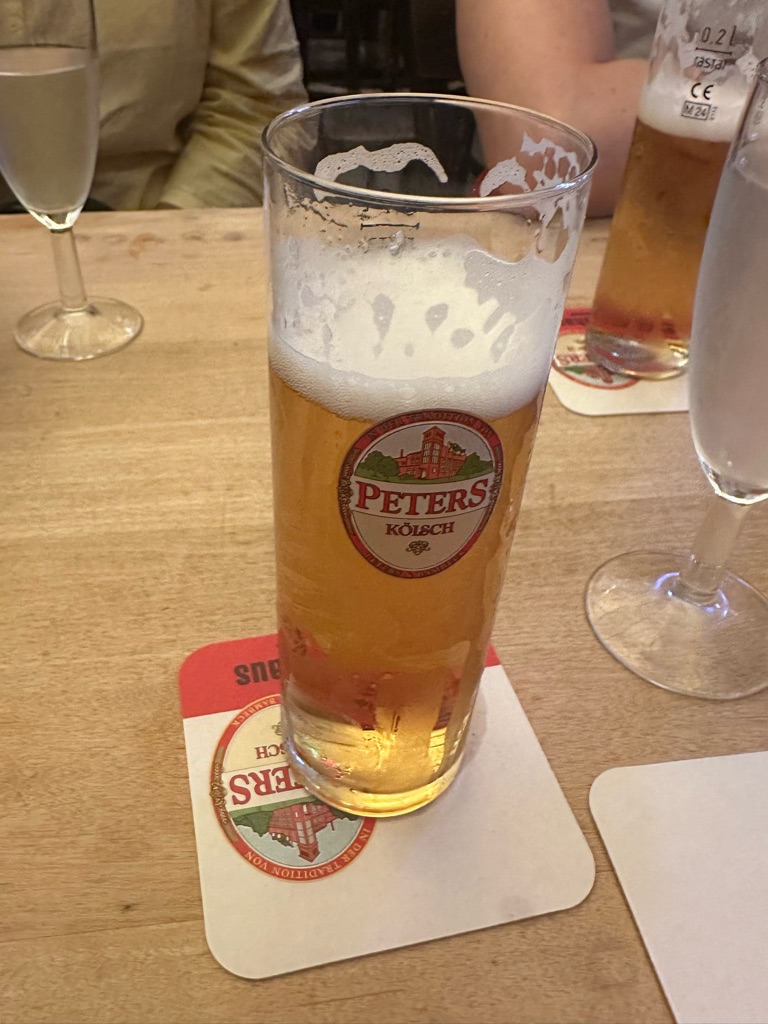
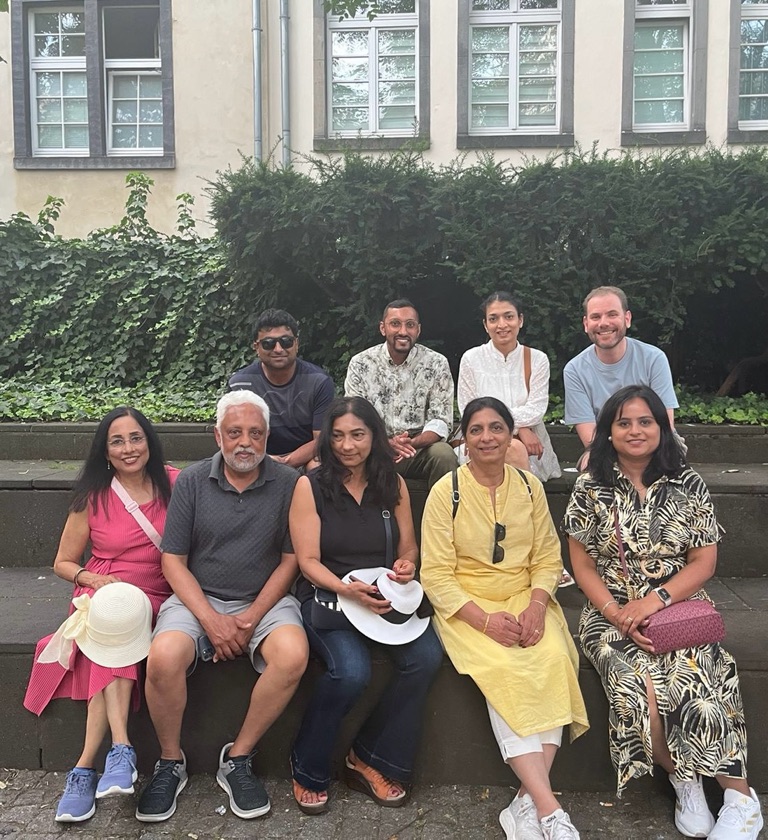
Here is almost all of us!
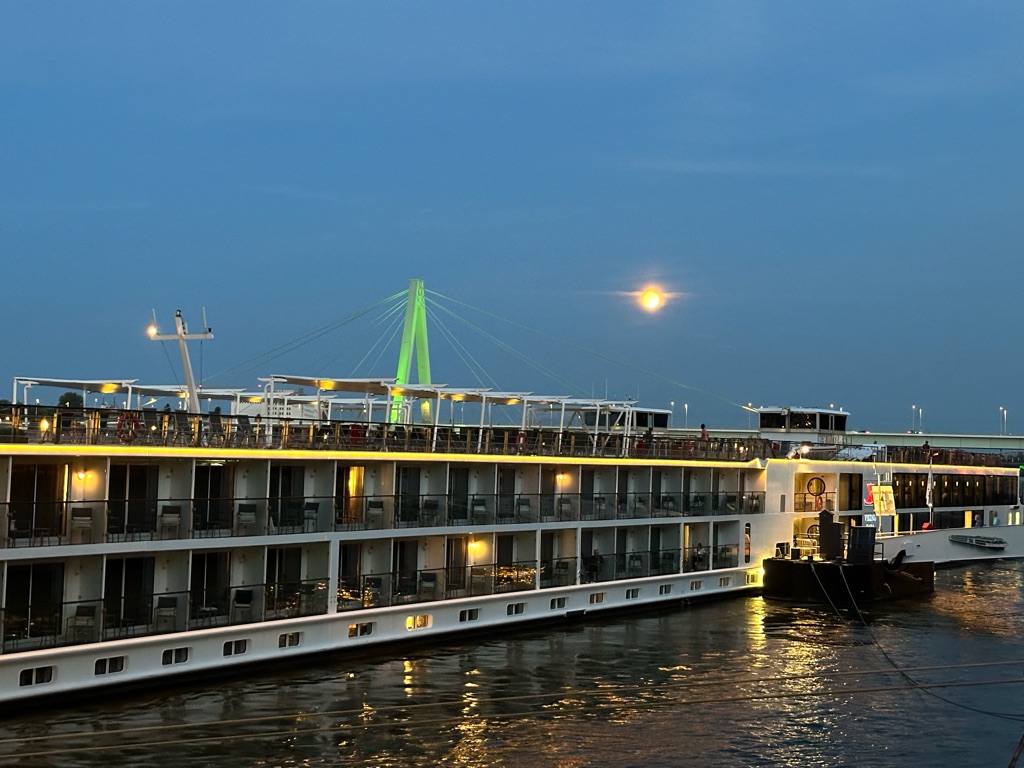
Our wonderful time on the ship has almost come to an end, as we crossed the border into the Netherlands on Saturday, for a day of cheese-making and windmills.
To get from the ship to the bus, we first had to walk through the pretty little village of Gorinchem (the streets are too narrow for a bus).
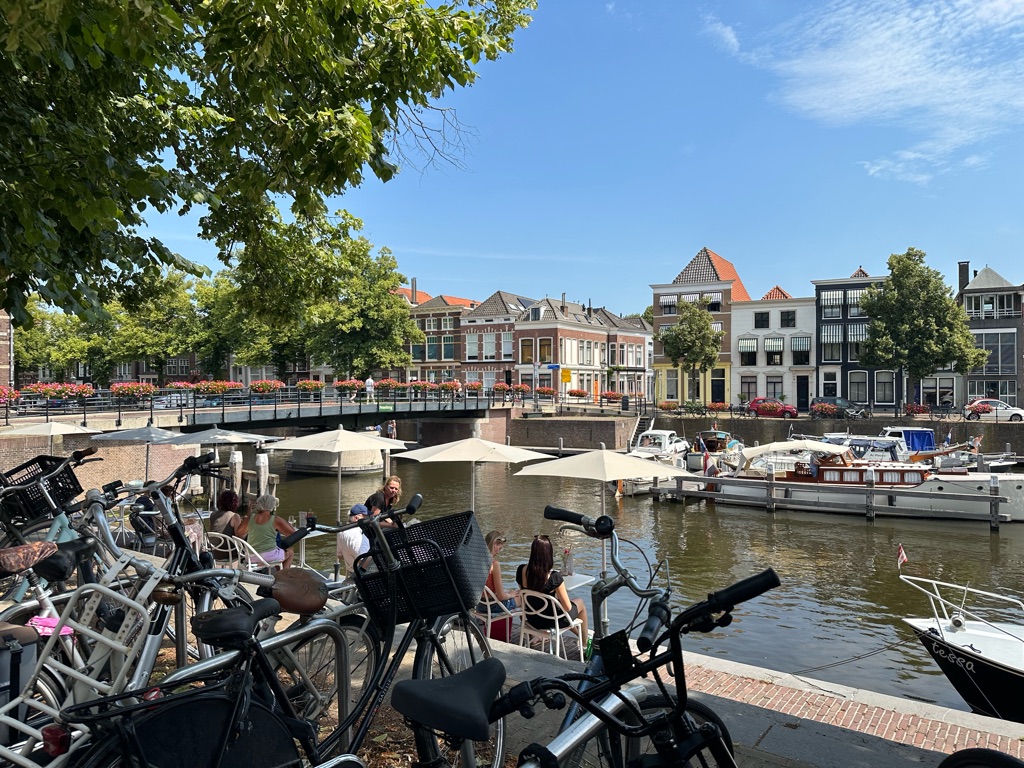
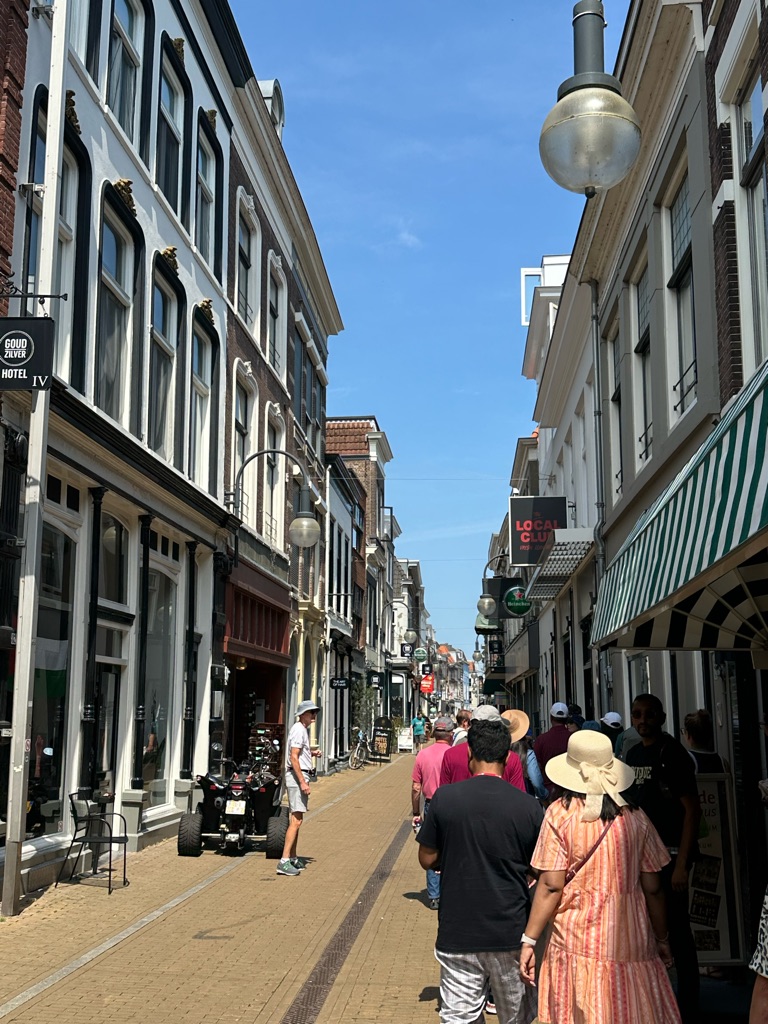
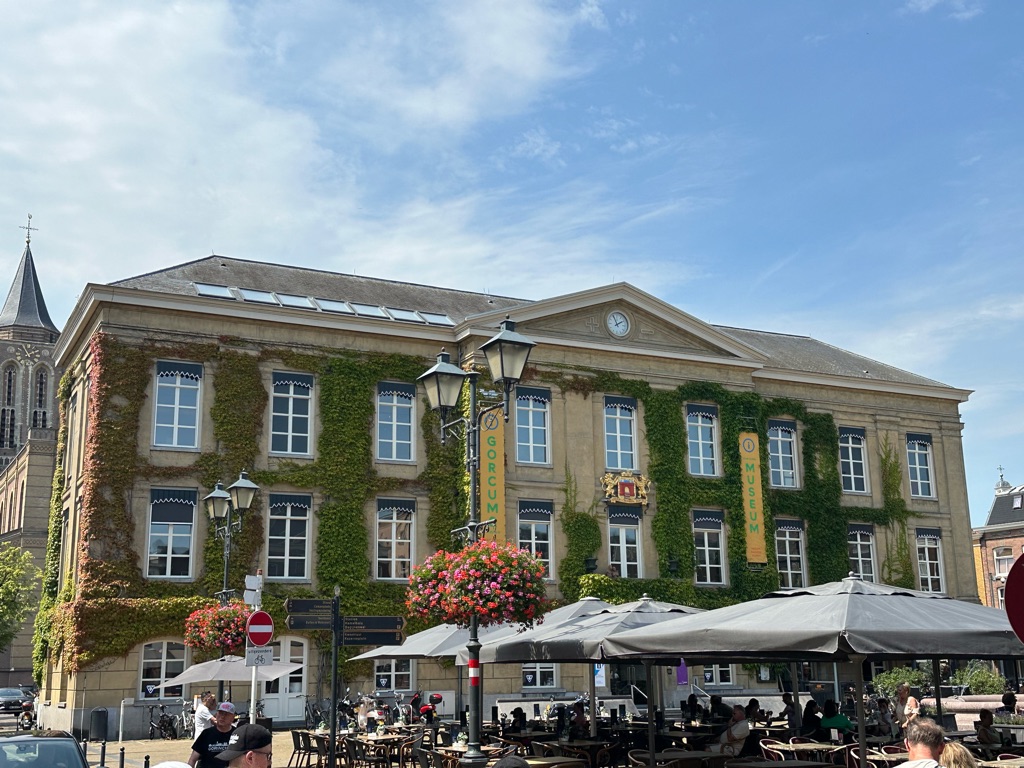


We then visited the cheese factory for a tour - here is the vat where the milk is churned and then sliced into slabs.
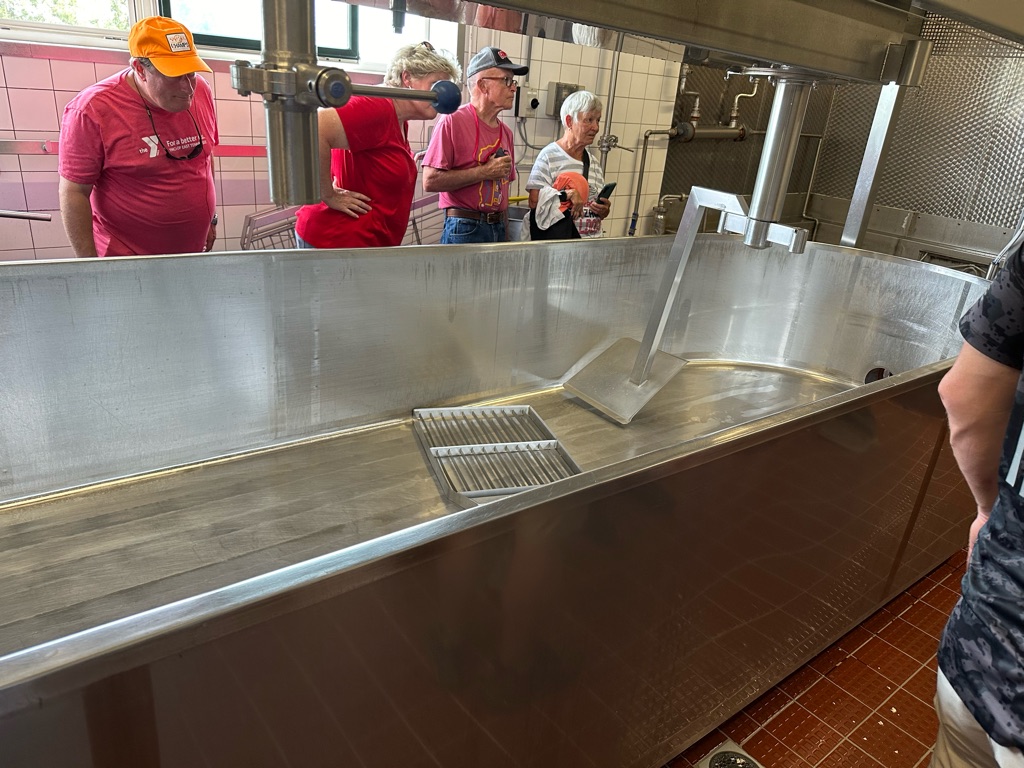
The slabs are then placed into these containers and pressed...
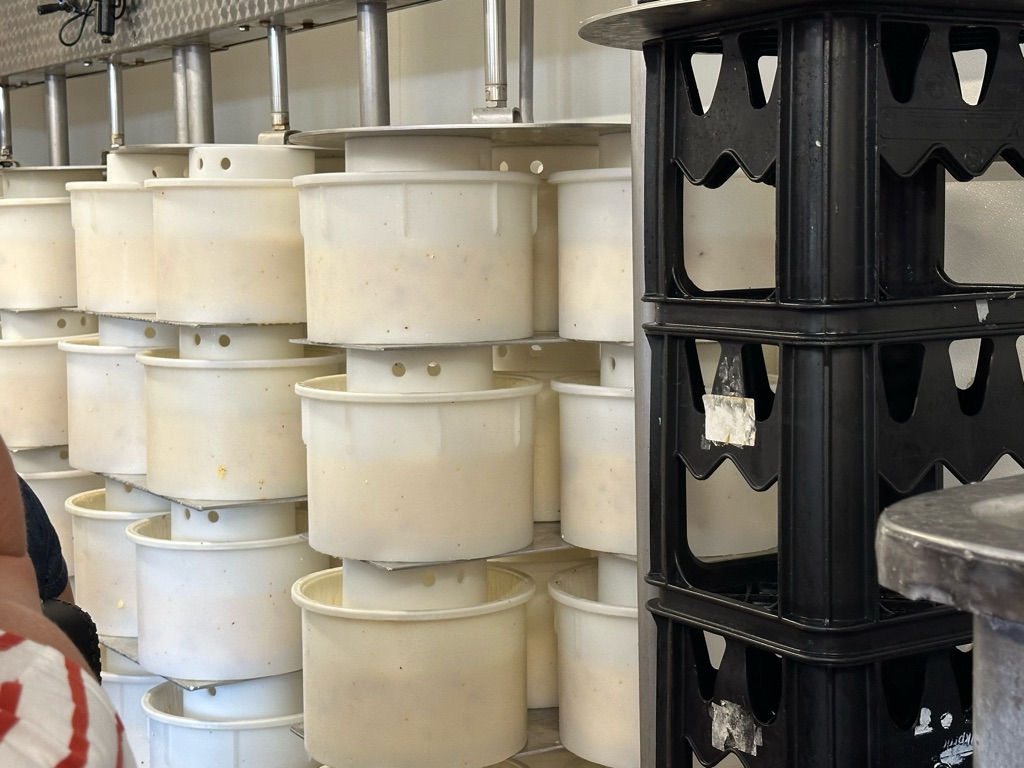
And then turned regularly by this lady so that they become rounded on all sides...
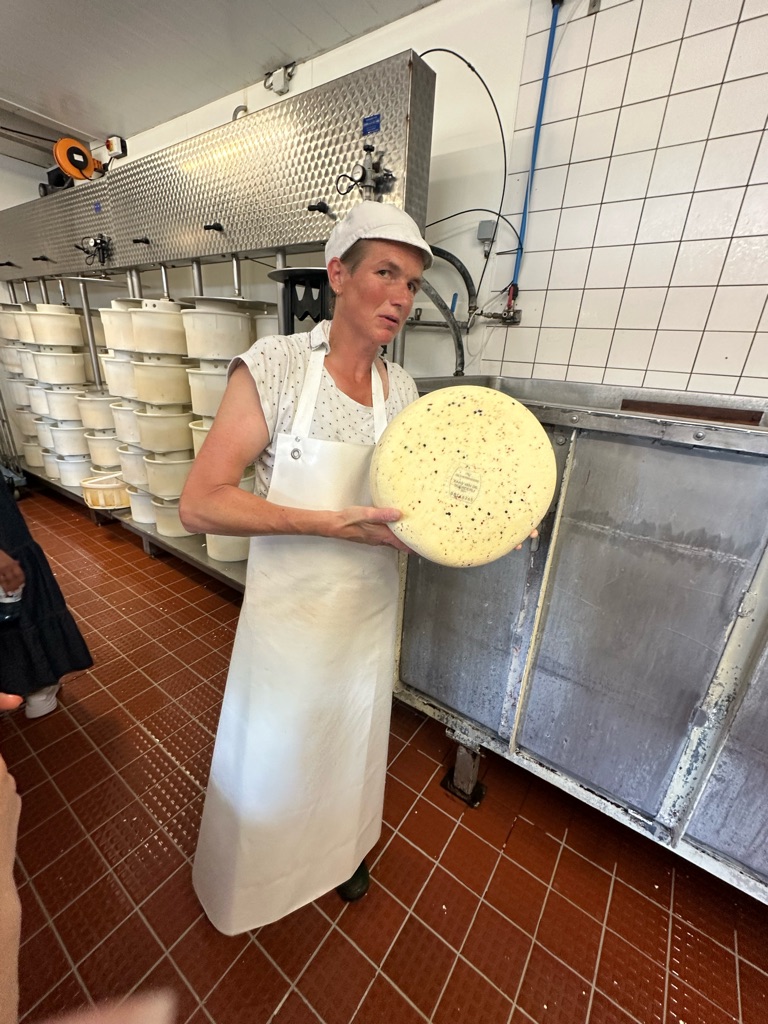
And then placed in a brine bath to acquire the salty flavour...
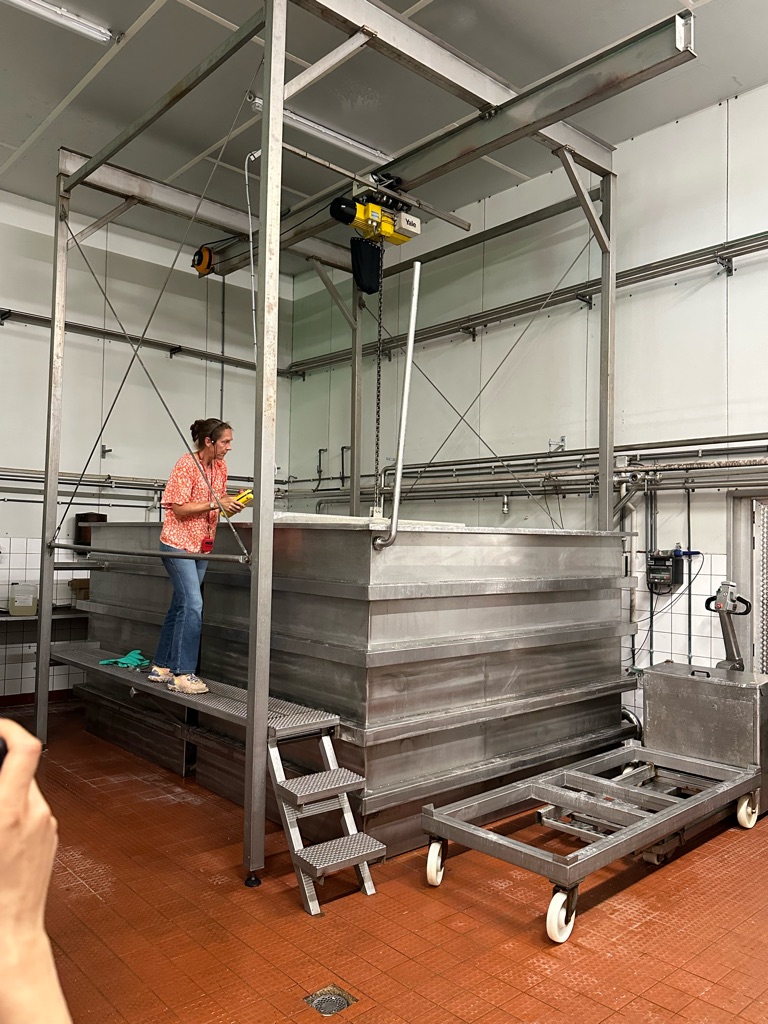
Before being placed in the cool room and coated with a breathable coating (it's not wax).

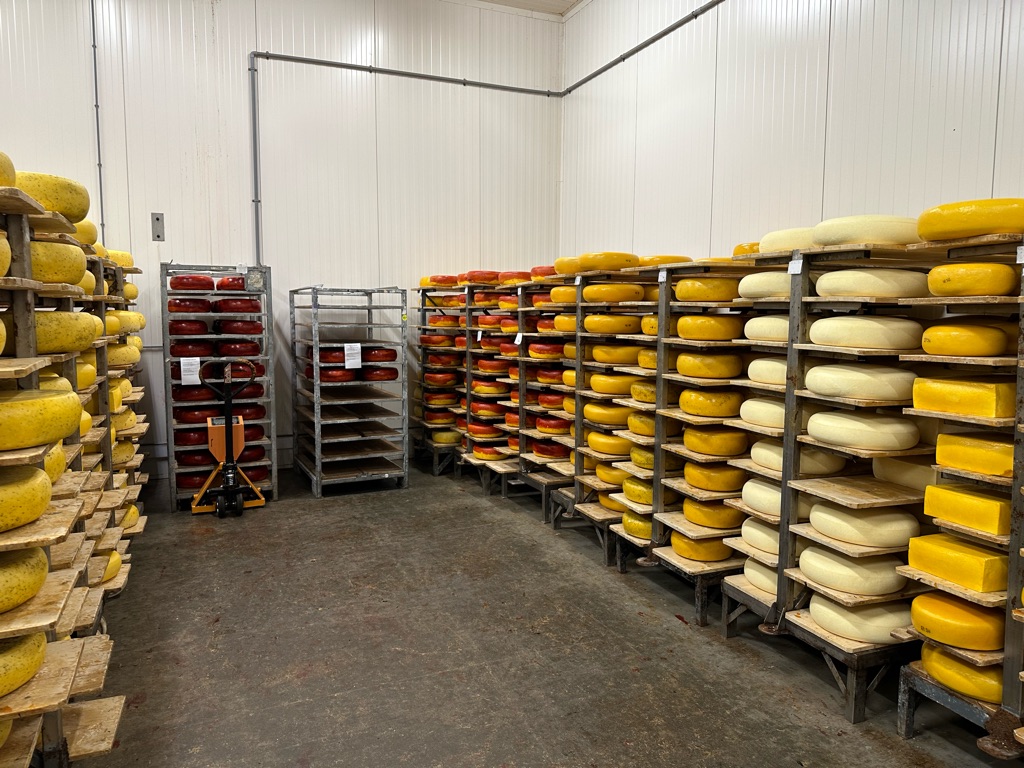
We then enjoyed a tour of the farm with the farm dog, Beau. All of the cows are milked on site.
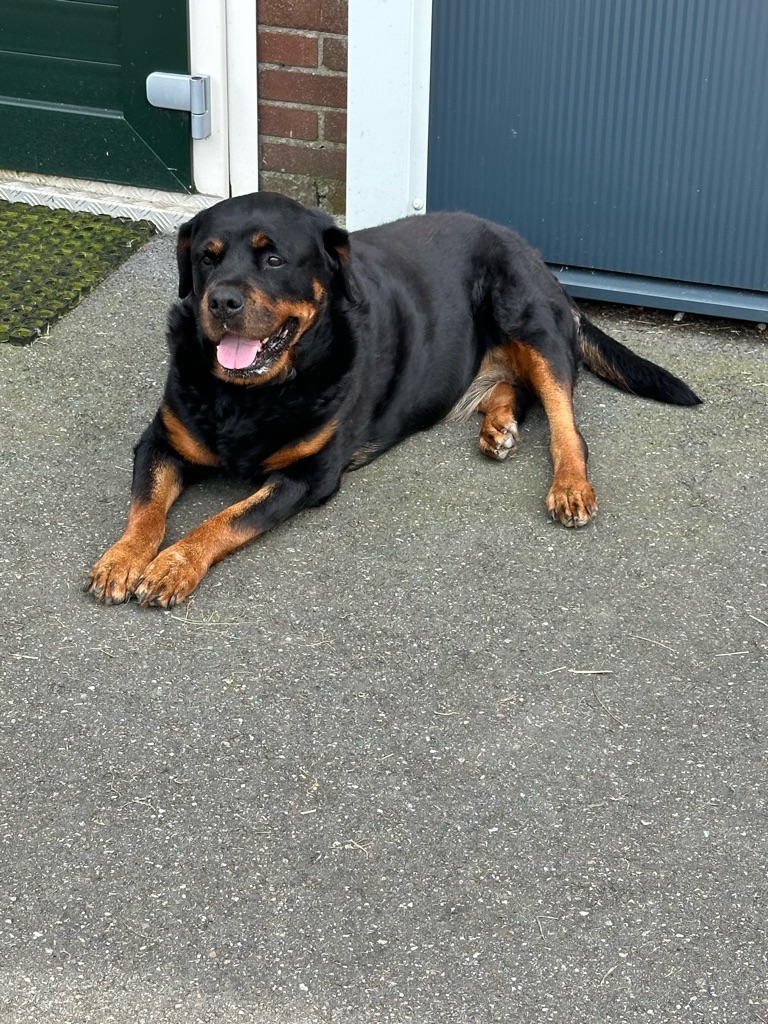


Back on the bus, we then drove to Kinderdijk, to see the world-heritage windmills. Originally there were heaps of them, and there are still about 1,000 left - dating from the 1600s onwards. They harness the power of the wind for water pumping purposes, to control the water levels within the canals. The top part of each windmill is able to be rotated by the "miller" (the man who lives in the windmill) to ensure that the blades are facing in the optimal direction to catch the wind.
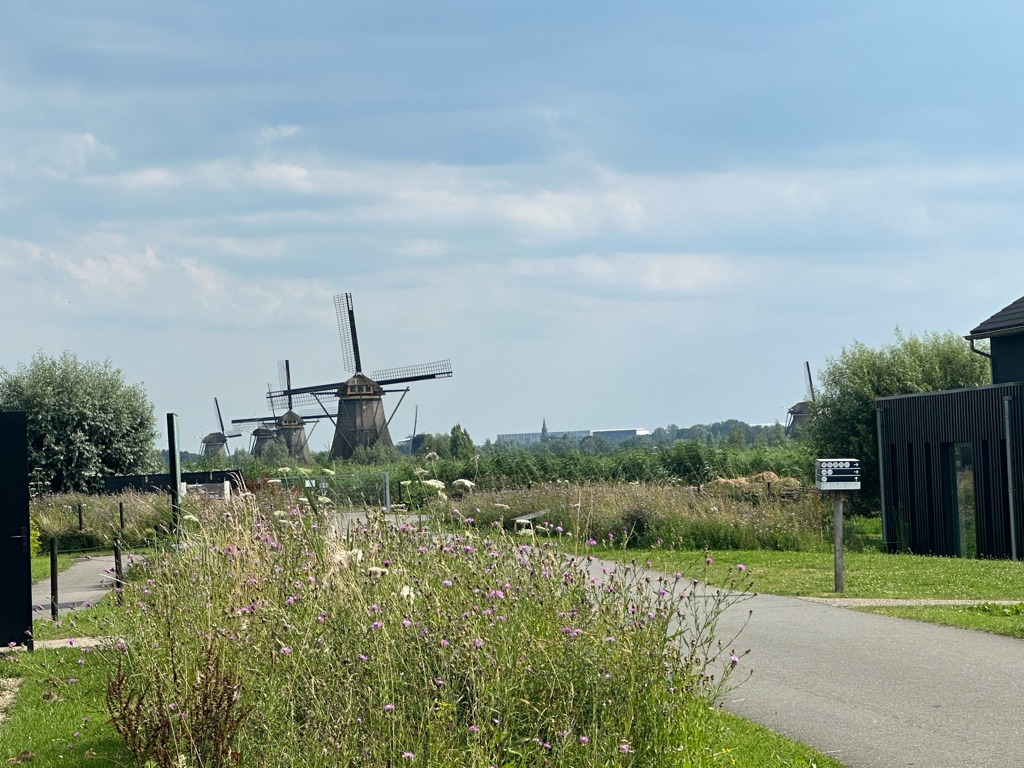
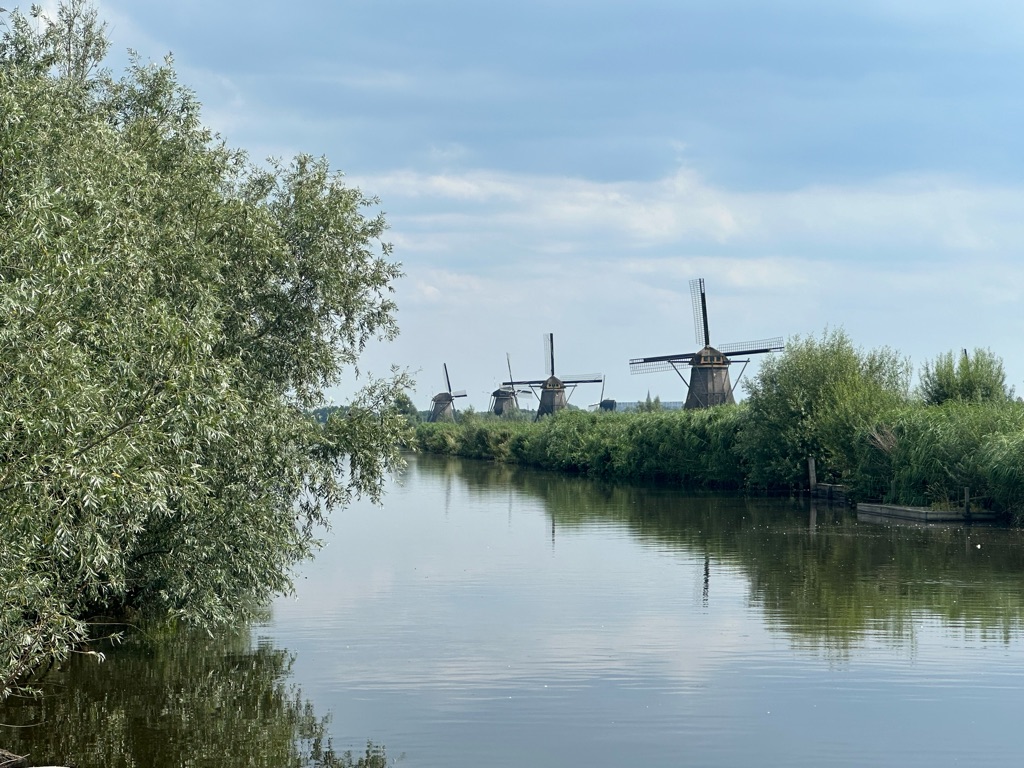
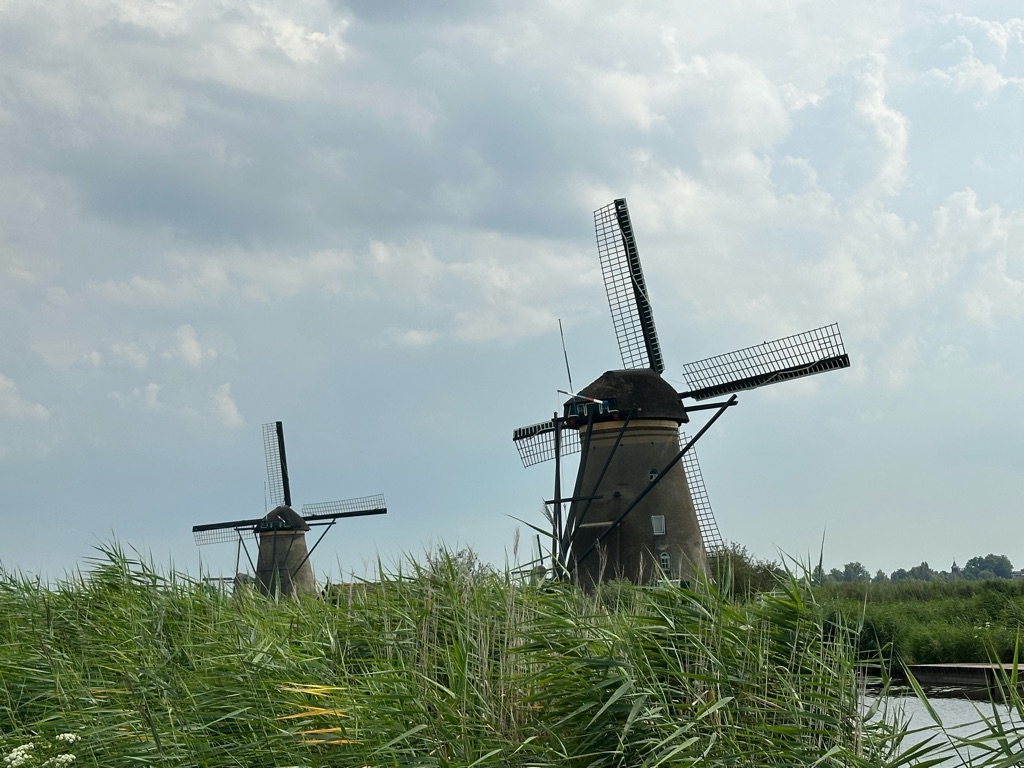
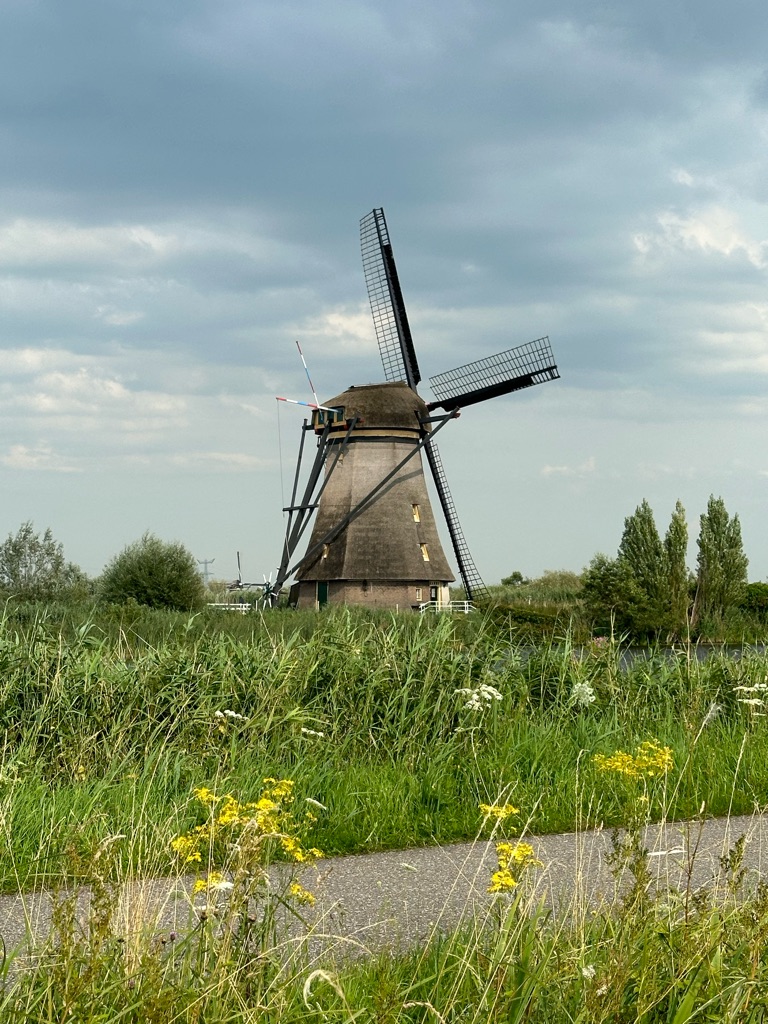
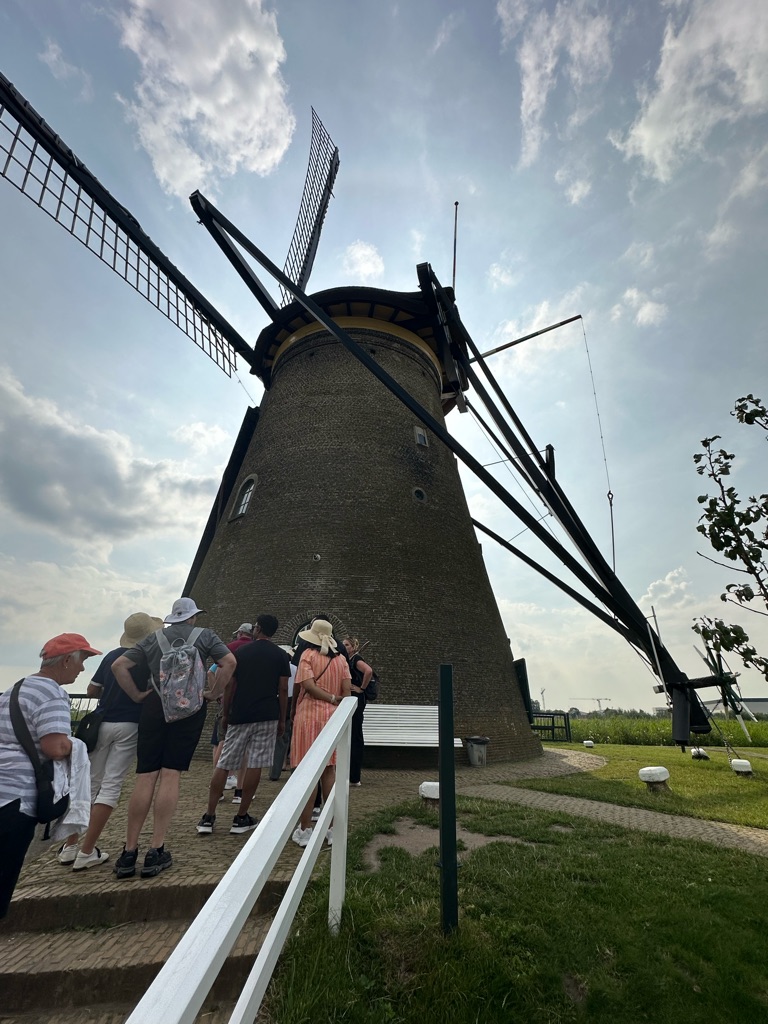
We were able to go inside one to see the inner workings (and see where the miller keeps his clogs!)
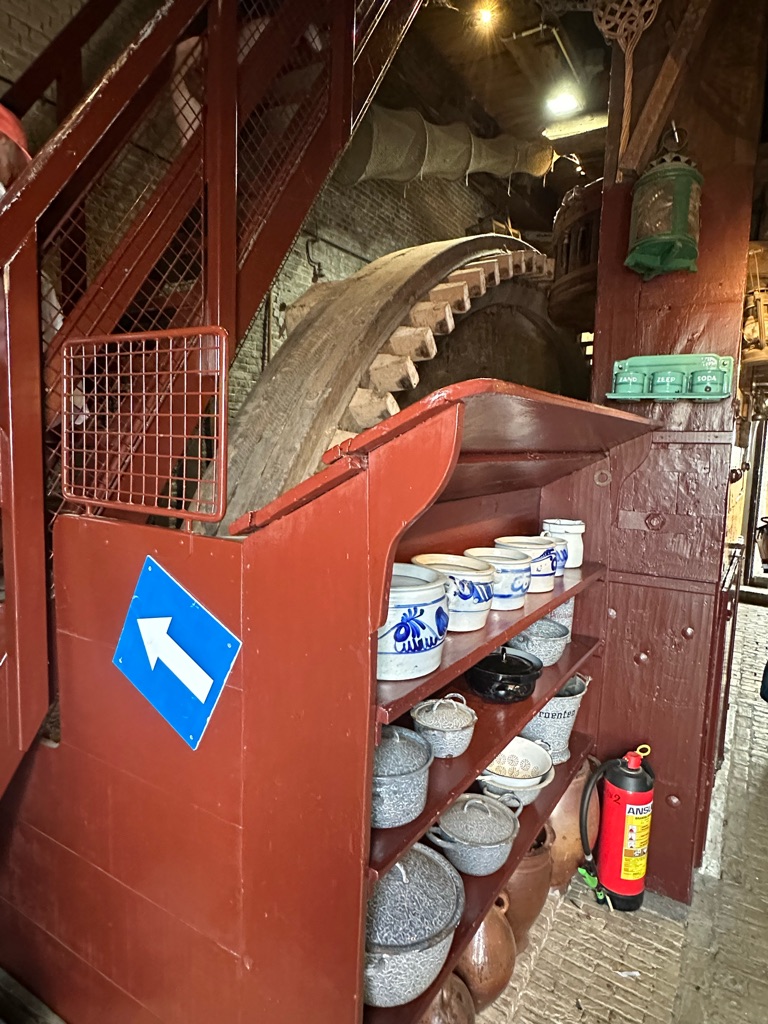
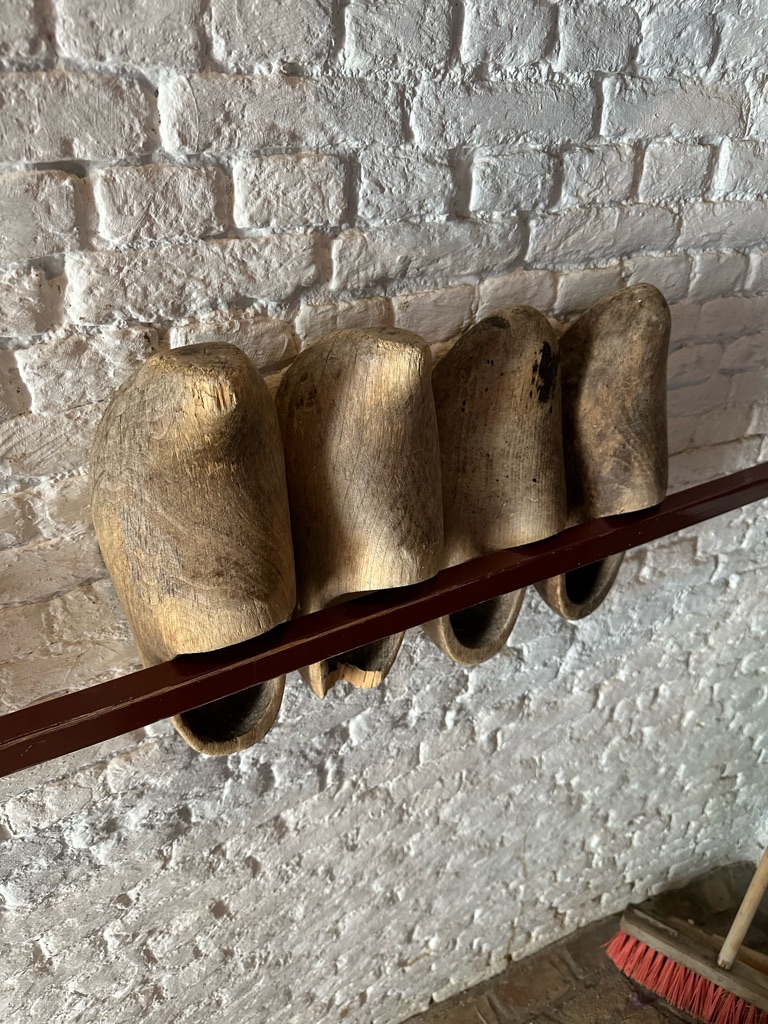
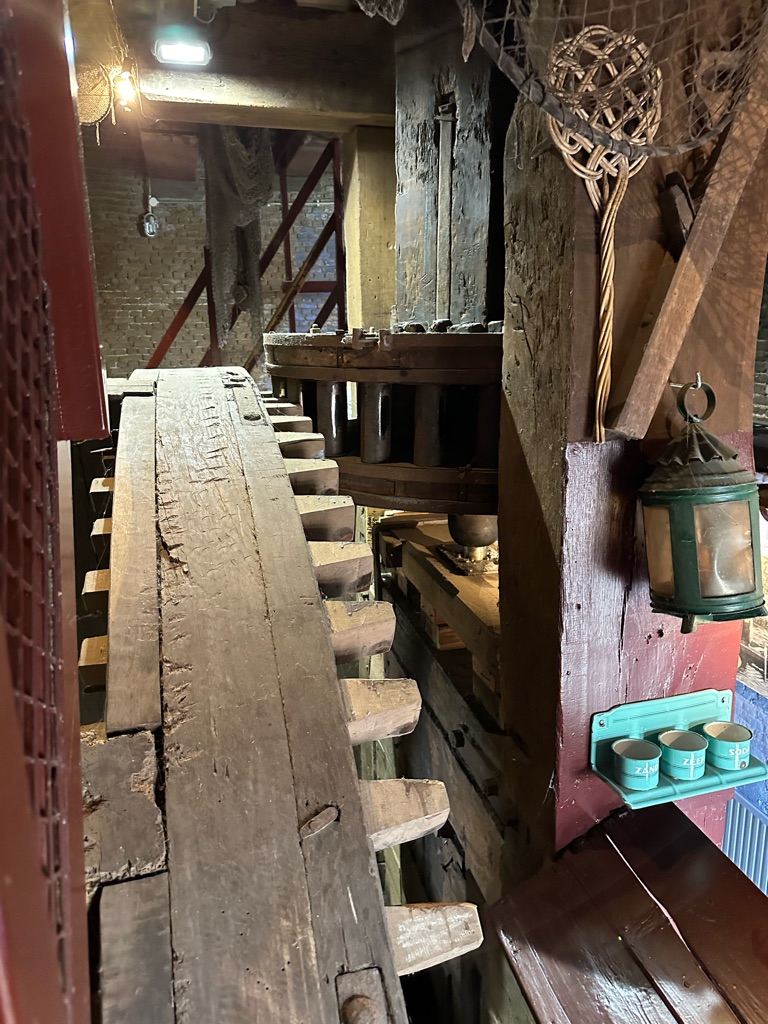
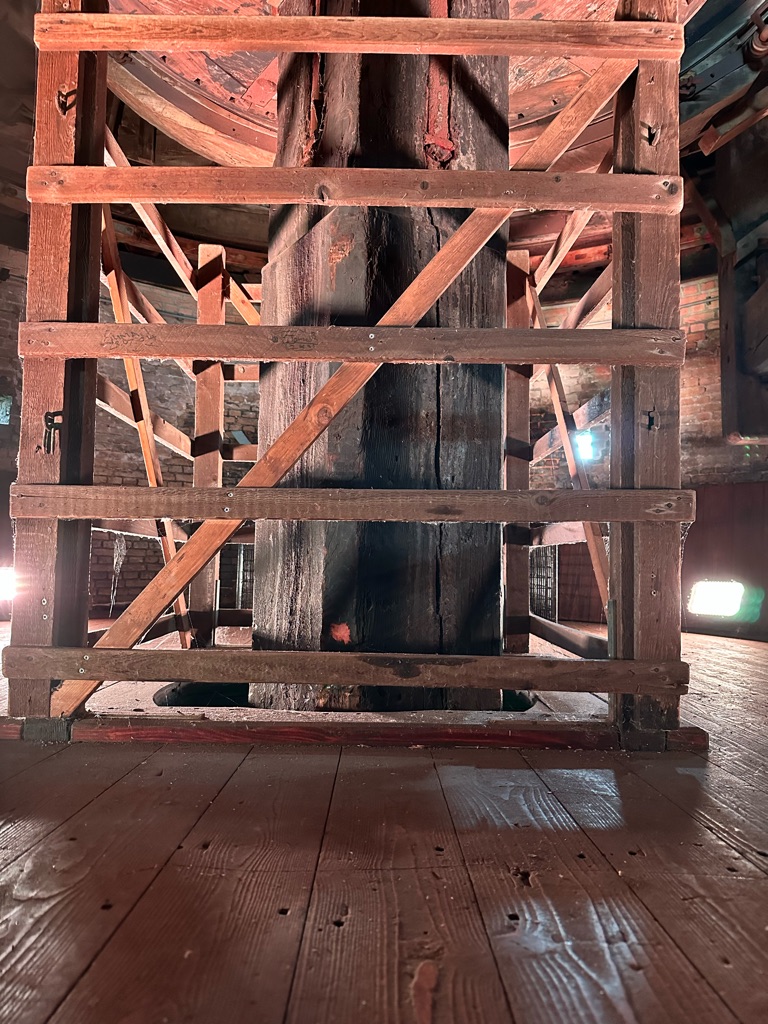
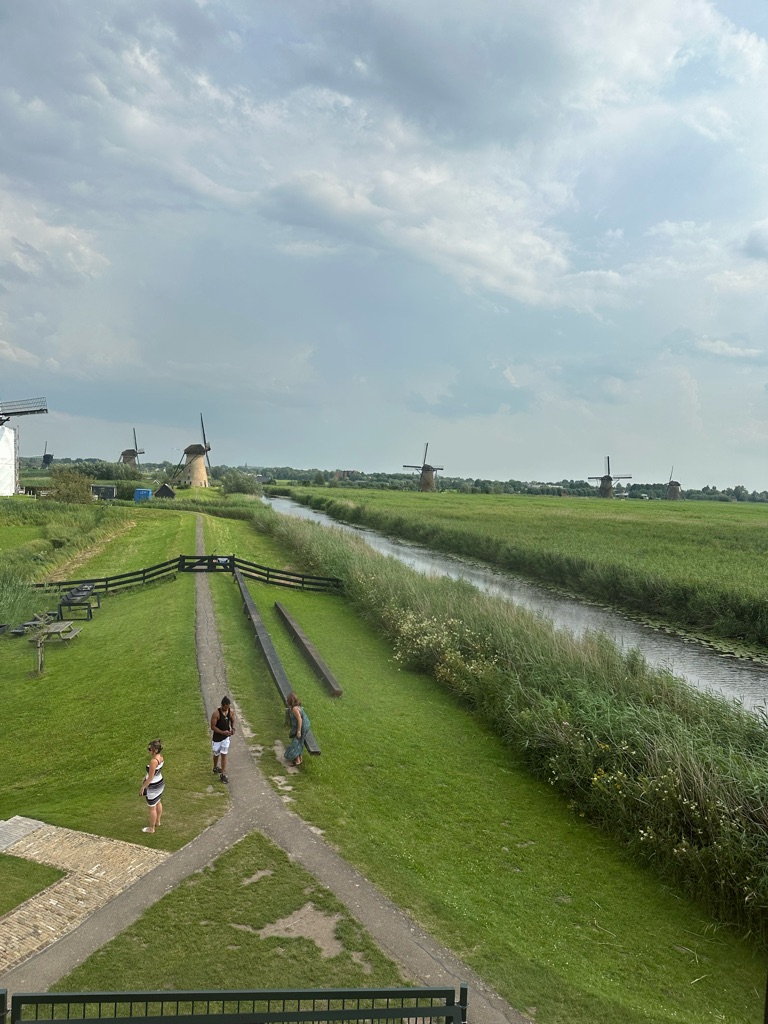
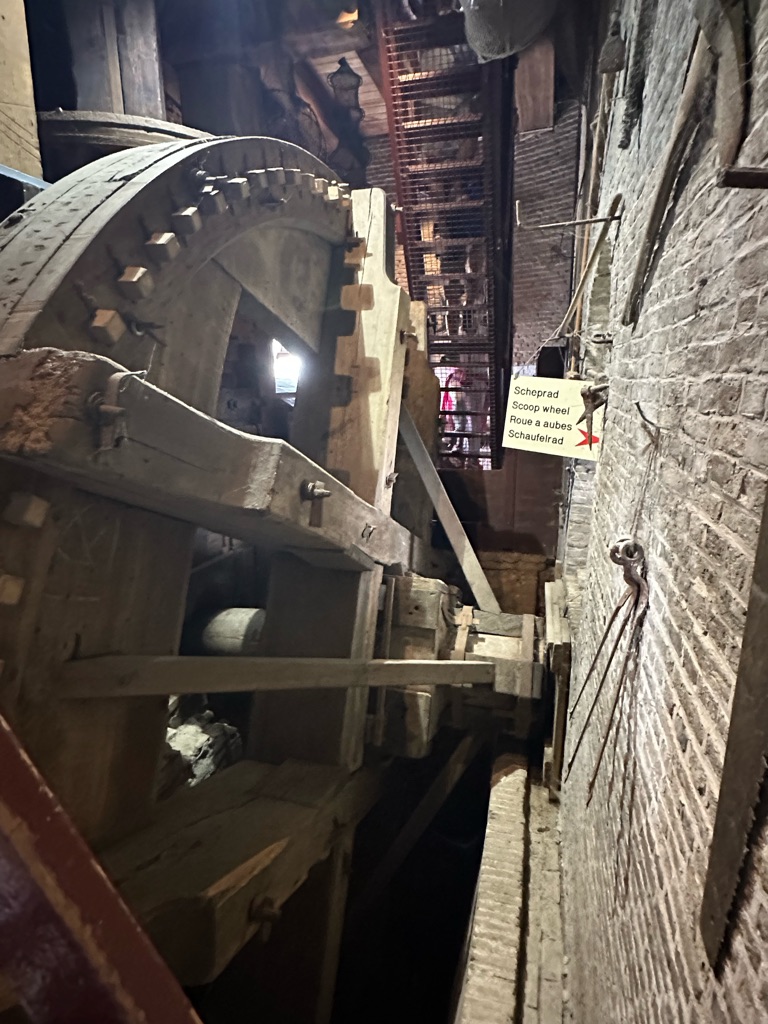
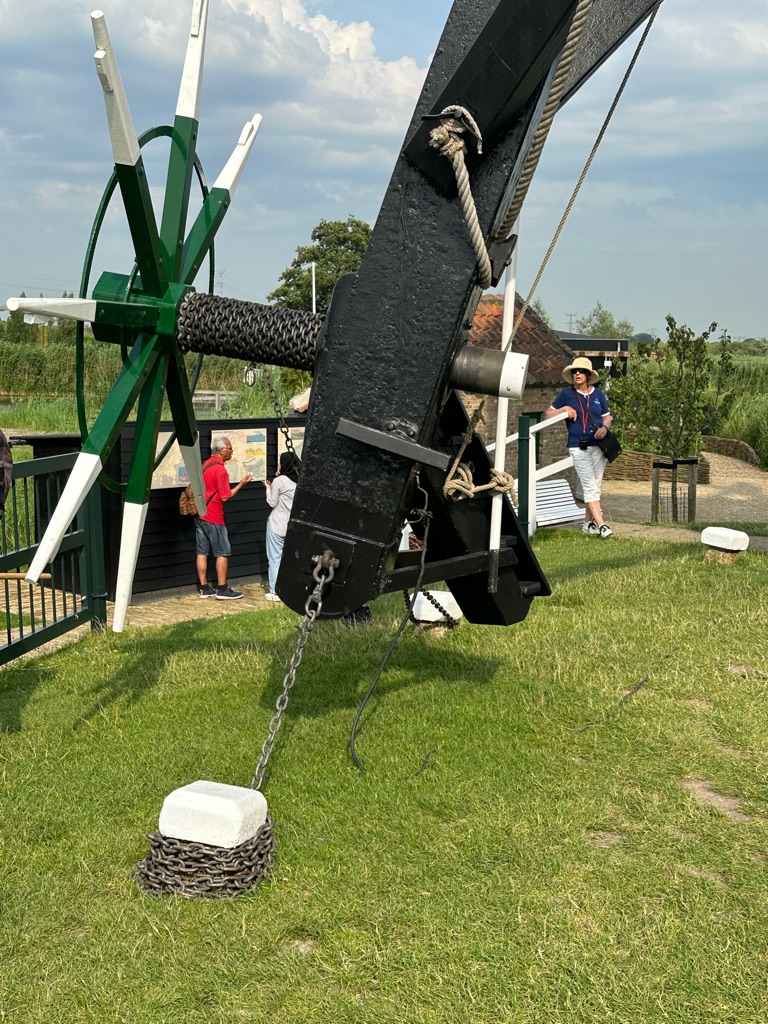
On Sunday, we said a sad farewell to our wonderful Viking ship, as our cruise drew to an end in our final destination, Amsterdam. I think all were quite sad to leave - it really was a great way to see lots of sights in a short period of time, and we were well looked-after by the crew, particularly the housekeepers (who even washed and ironed our clothes for free!). \240It was sad to leave the family as well - we all had a great time travelling together, but we've now all gone our separate ways.
It was raining when our driver arrived at Hotel Mercier, so we dried our bags and took shelter around the corner at Kessens, a very Melbourne coffee shop for coffee and pancakes. \240Once it fined up, we went for a walk across town to find the Rembrandt House. Our hotel is in a very nice, gentrified and trendy part of town, the Jordaan district - lots of restaurants and upmarket specialty shops on the canals.


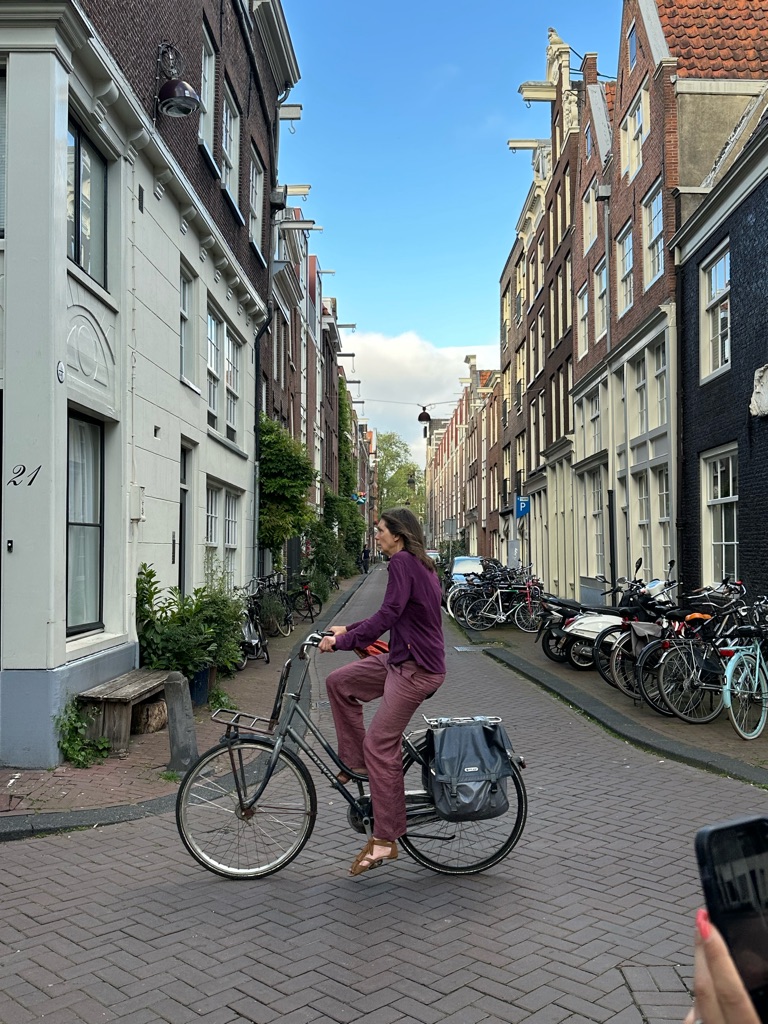
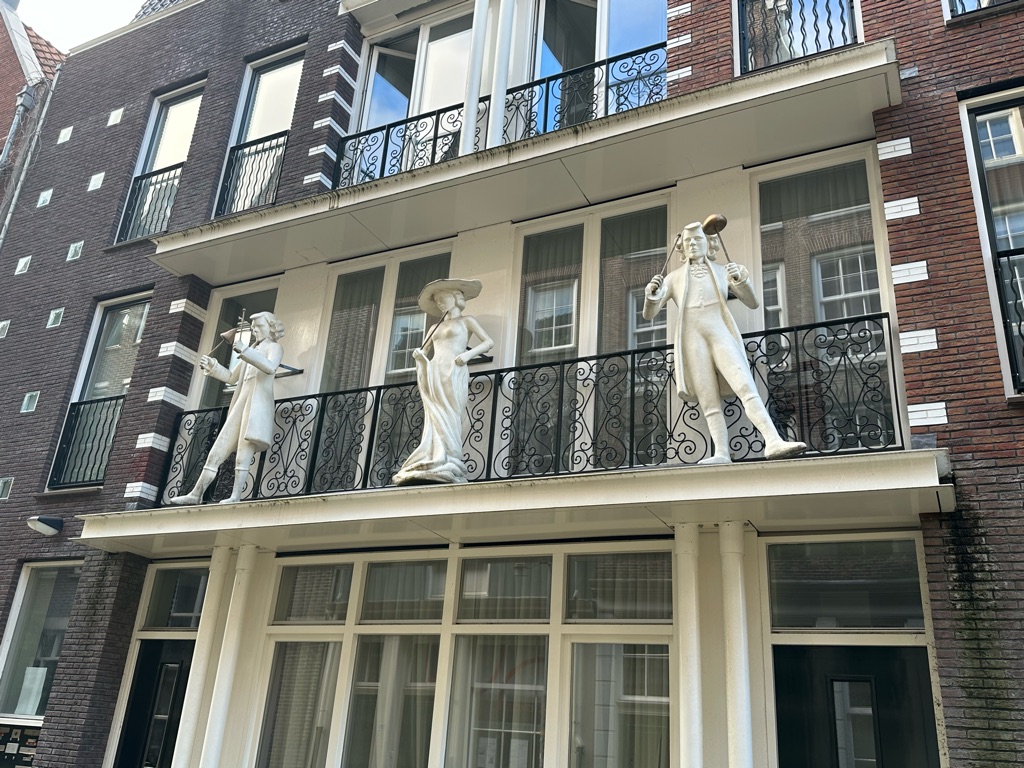
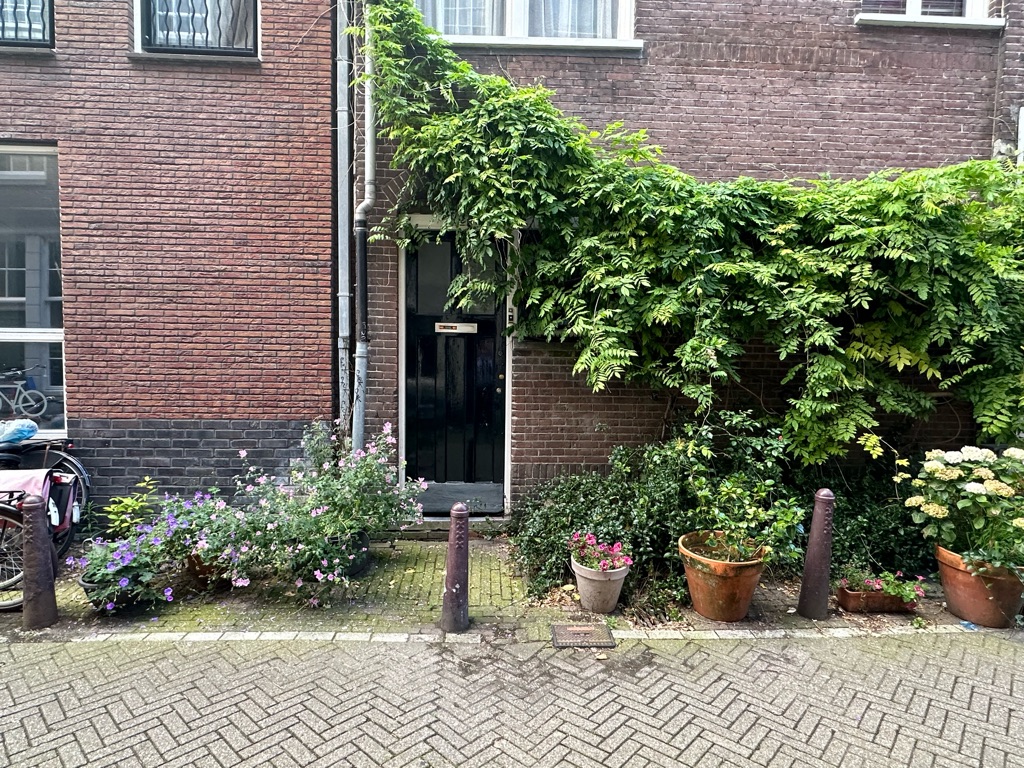
Unfortunately, to get to the Museumkwartier (which is, exactly as it sounds, the quarter where all the museums are), we had to cross town through the red-light district, which is pretty much smack bang in the middle of the city ("smack bang" is probably what some of the blokes outside the strip clubs were hoping for). Most of it is sort of harmless humour (like the dozens of shops which proclaim themselves to be some form of "Museum Of Marijuana", corset shops and whatnot), but it was definitely a bit seedy and we sort of hurried through with our wallets held tight.
Outside of that, though, Amsterdam is very pretty, and definitely lives up to the stereotypes - lots of canals, bikes, and rambling little gardens, with precious little differentiation between "footpath", "bike lane" and "bit where the cars drive". \240Can make for a terrifying experience if you walk a bit too quickly out of a shop and suddenly find yourself in the middle of the road with a horde of angry cyclicts bearing down upon you!
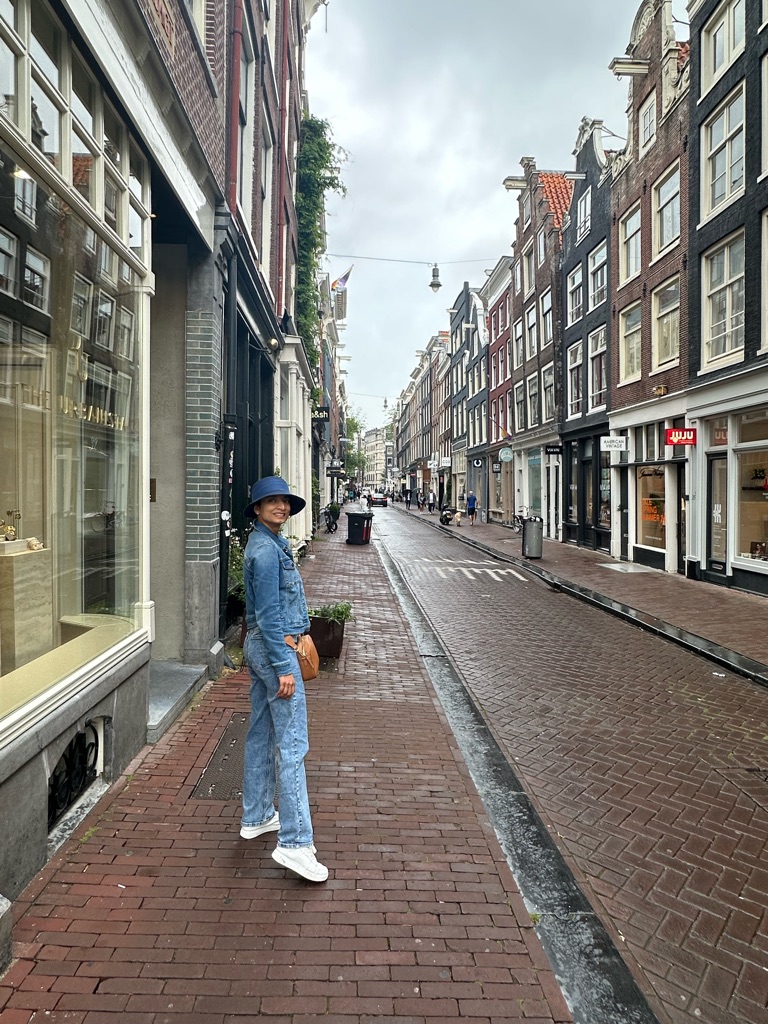
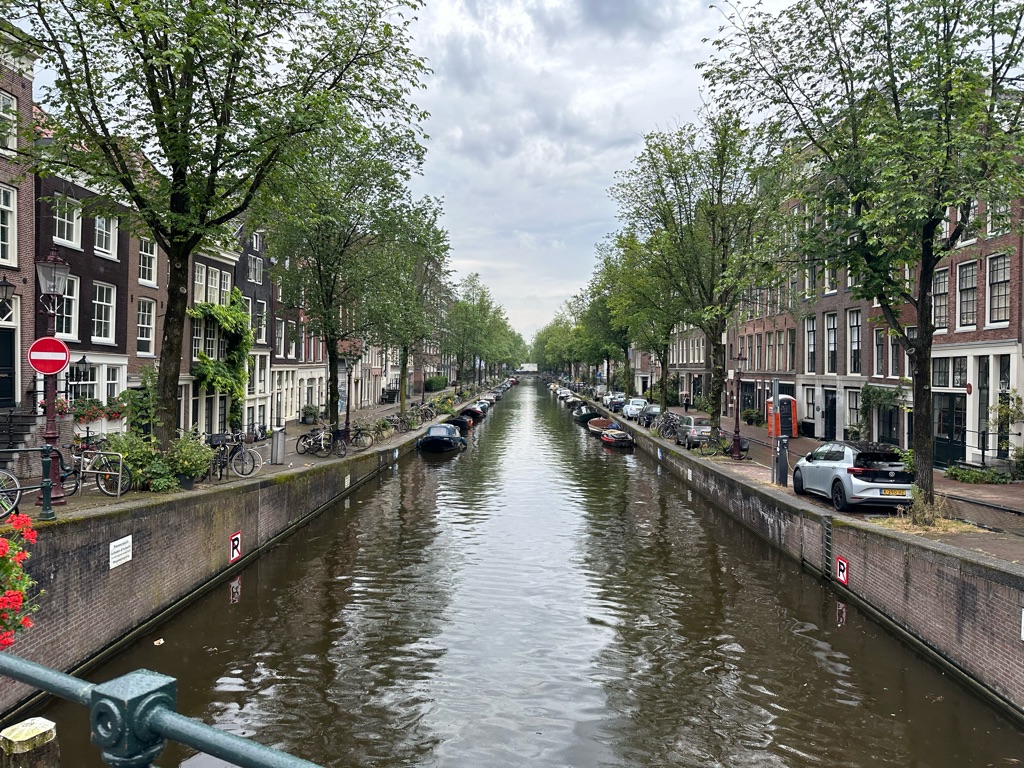
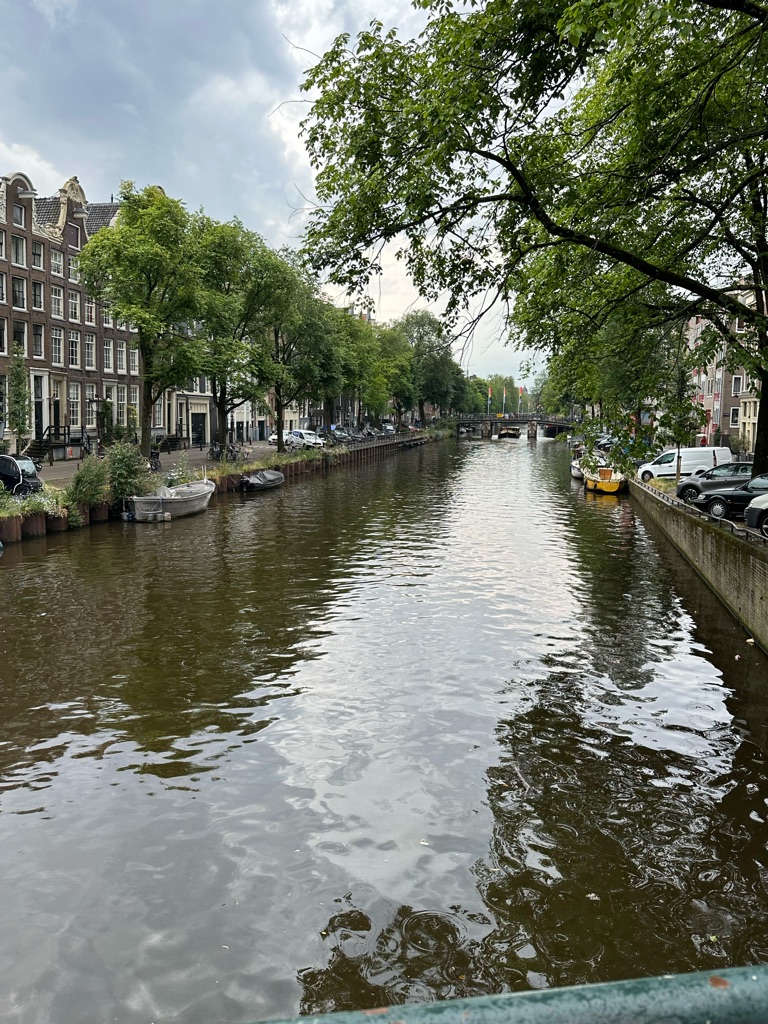
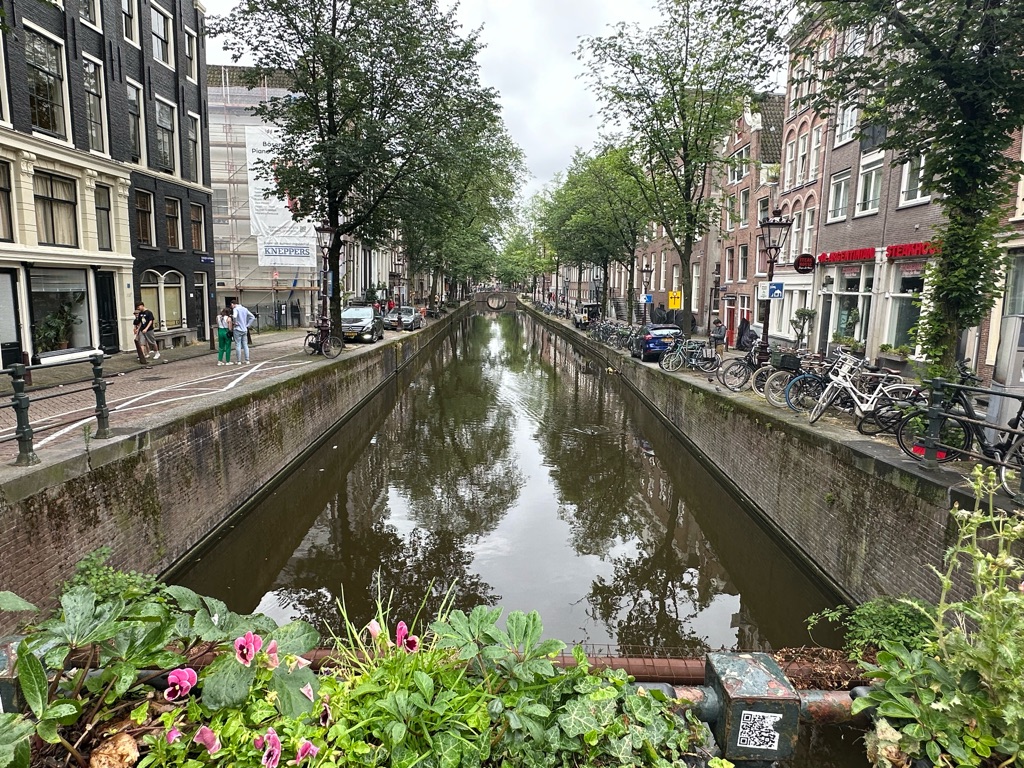
We eventually found the Rembrandt house - this is where Rembrandt the painter lived and worked in the 1600s, before he ran out of money and had to sell it.
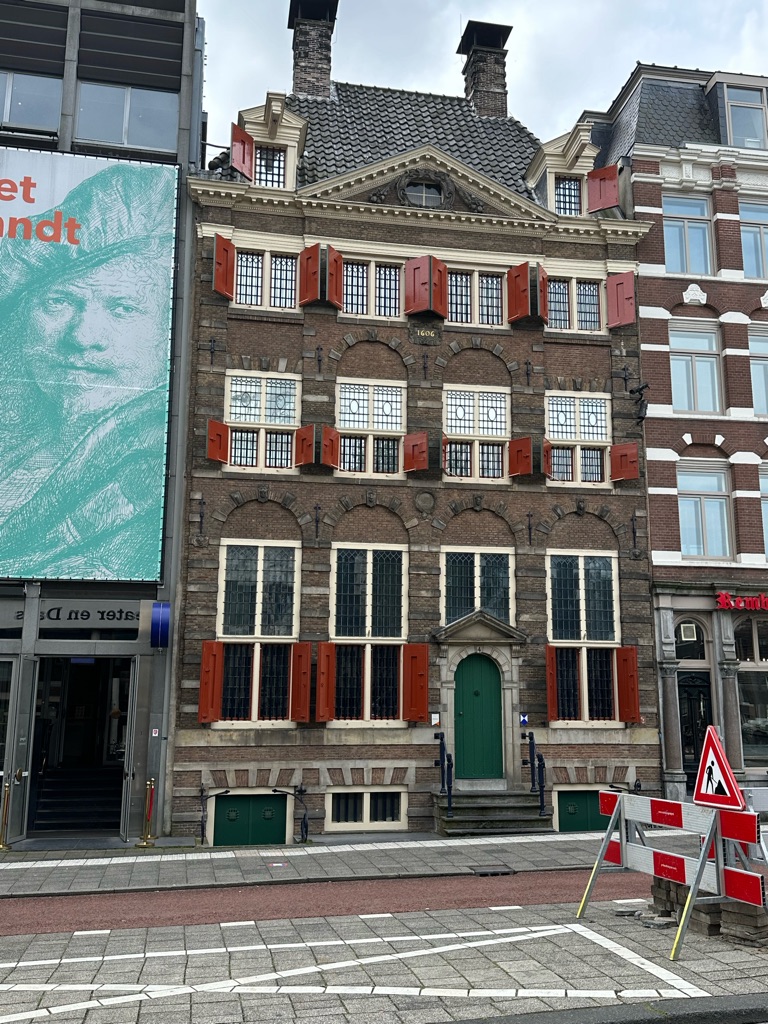
It has now been restored as a museum, much as it was when he lived there.
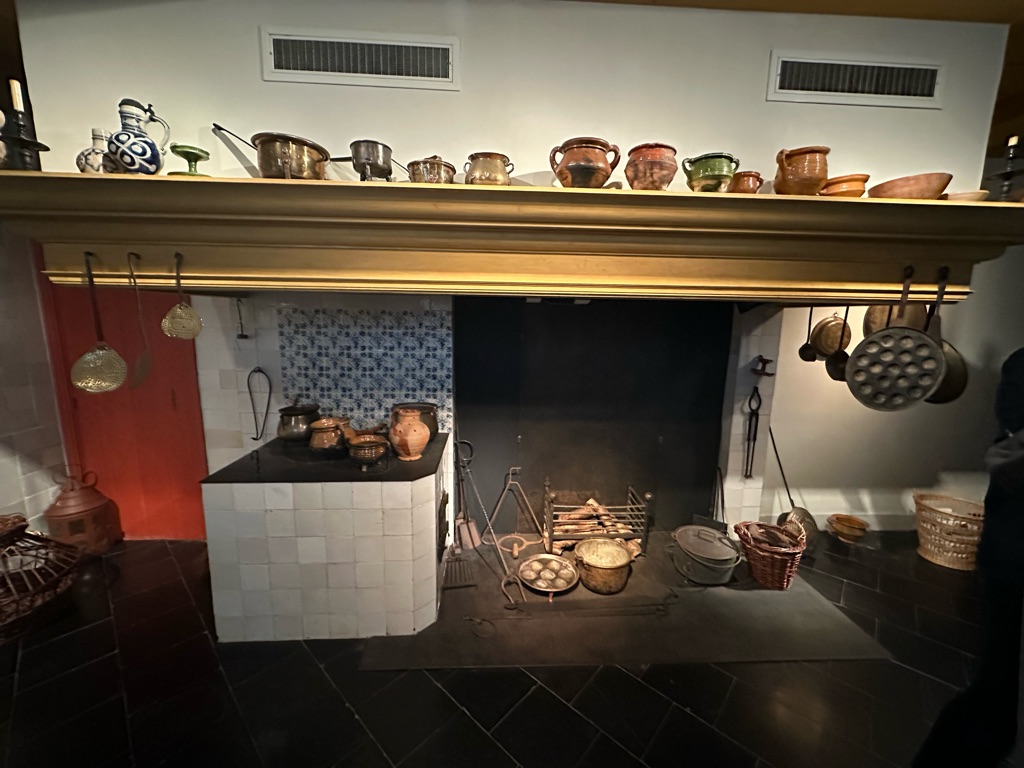
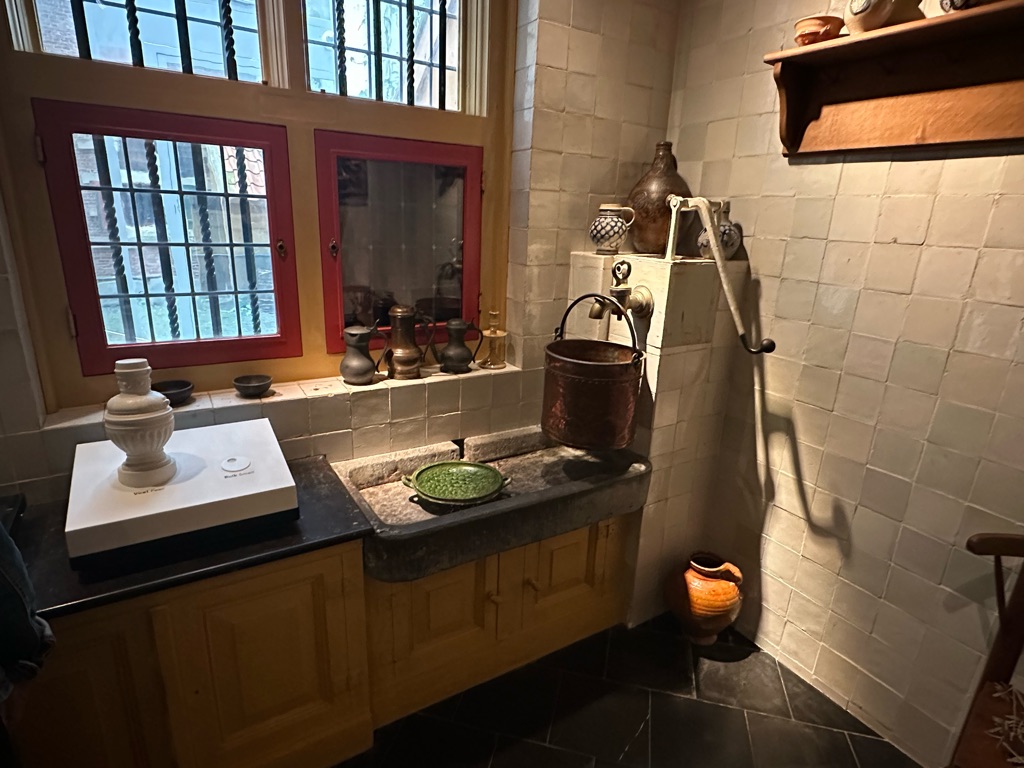

There is not much Rembrandt actually on display, but they do hold a good collection of his etchings.
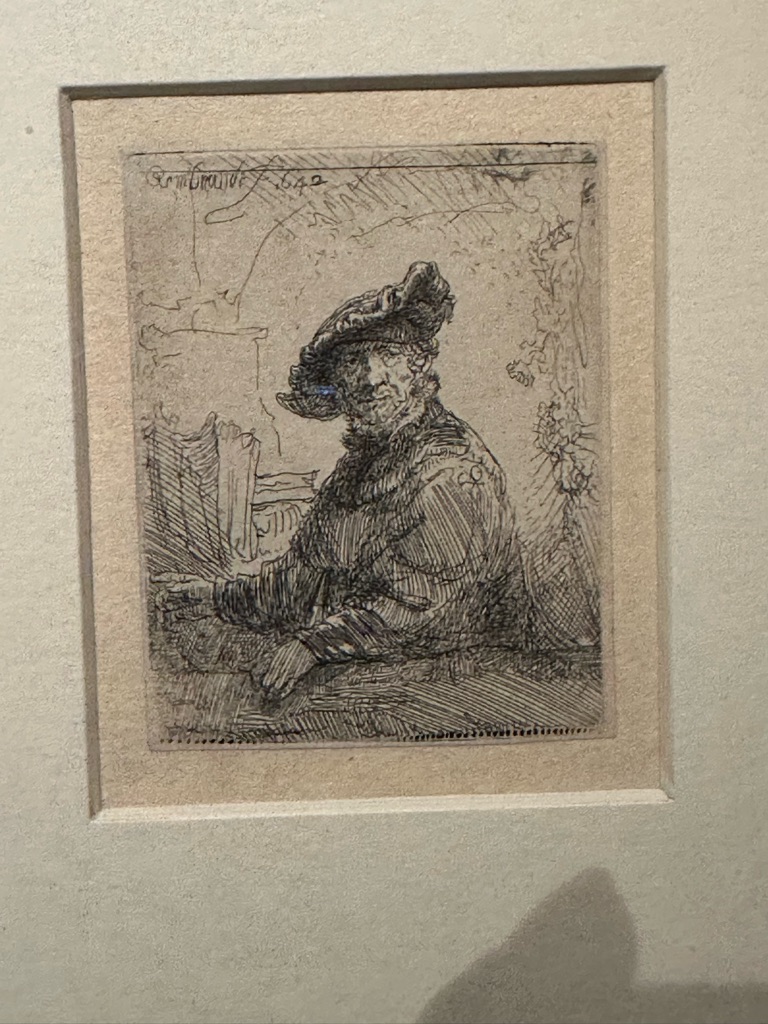
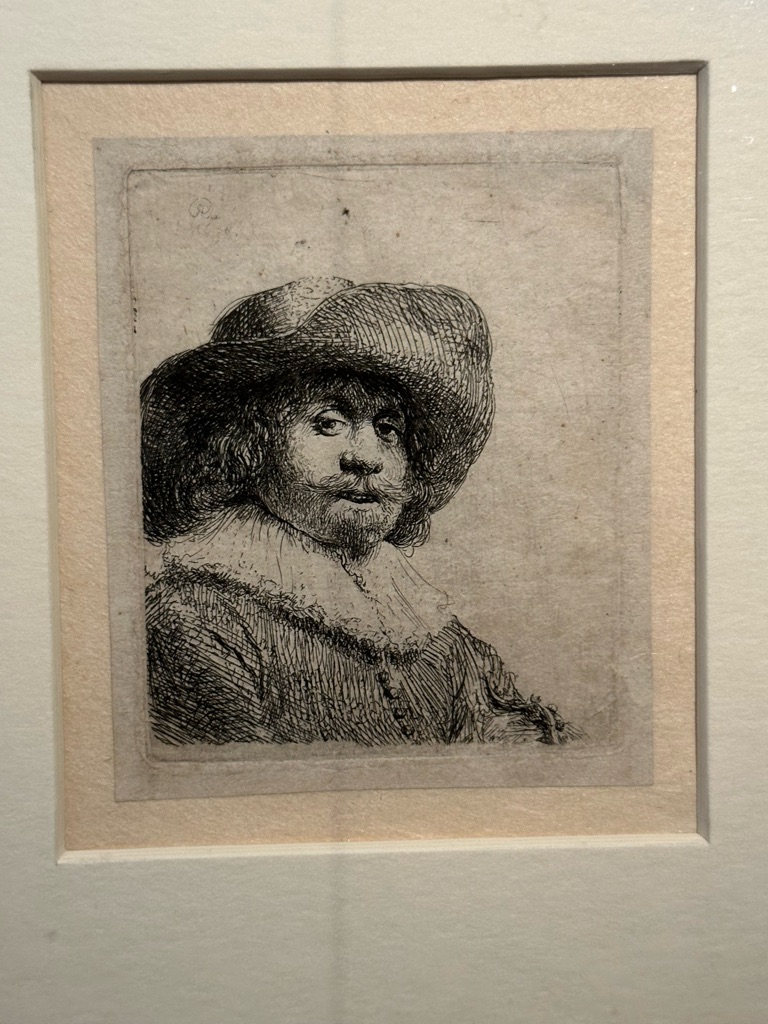
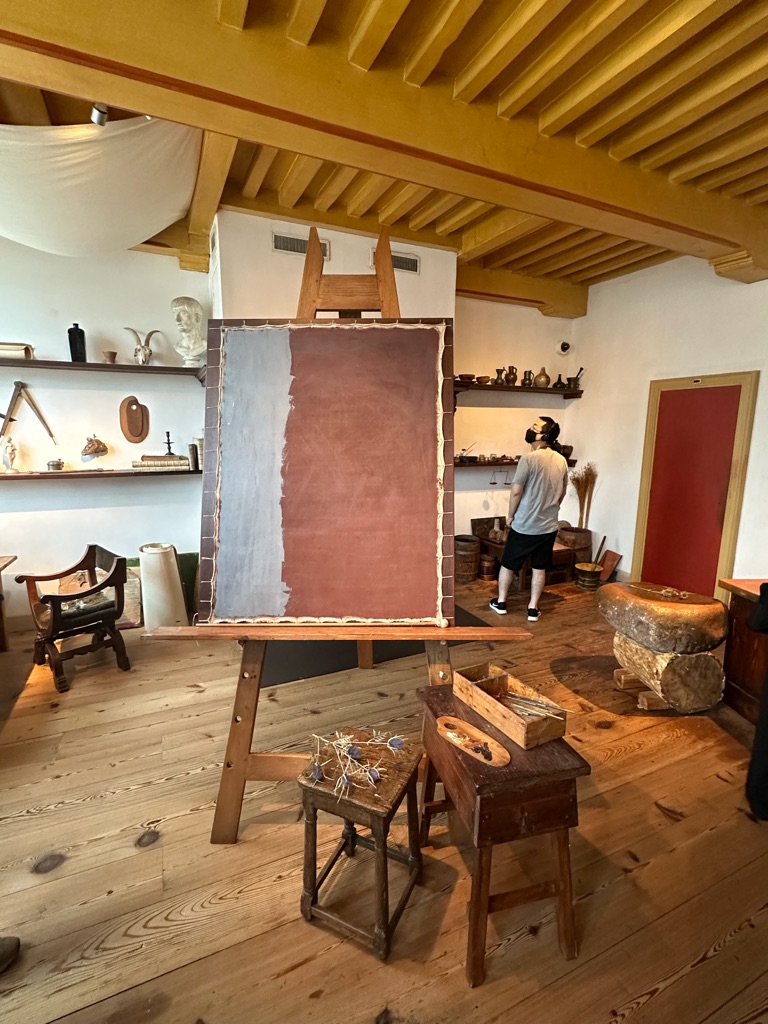
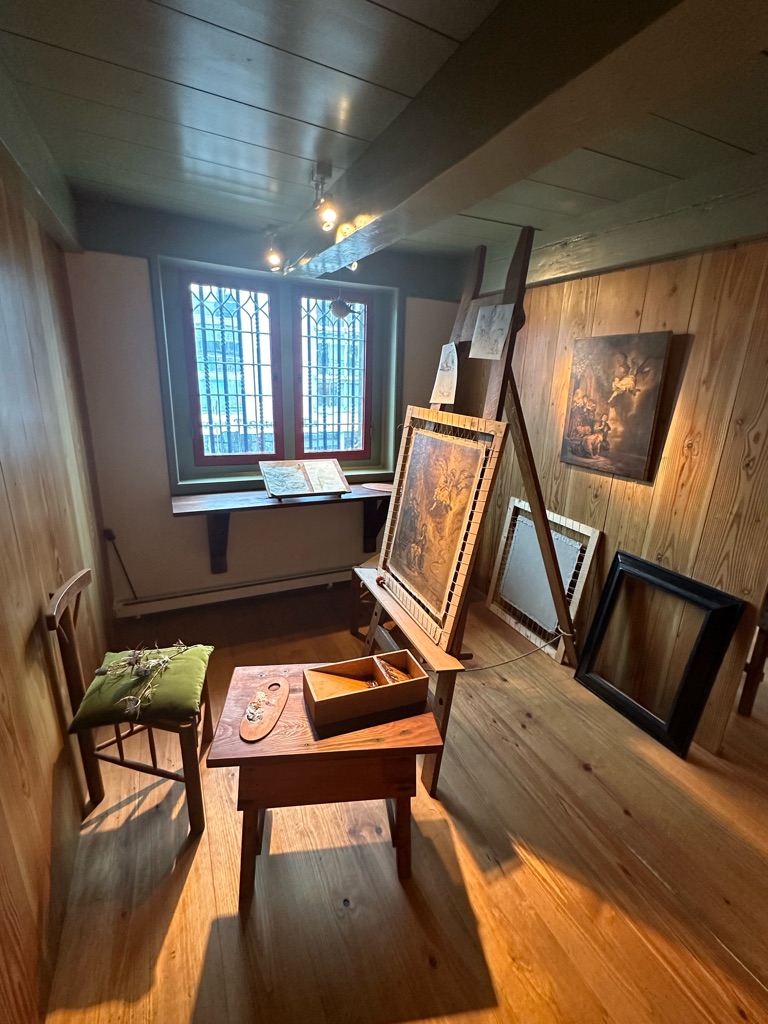
On the way we walked back past the Anne Frank house, seen here - the secret annex where the family hid during WWII is in a courtyard around the back. Unfortunately we stuffed up a bit - tickets sell out two months in advance, so we'll miss out on a visit (have to come back again).

In the evening, I picked a great restaurant (if I do say so myself) - ROUX, which is only a few months old, and verrrry Melbourne. I loved it.
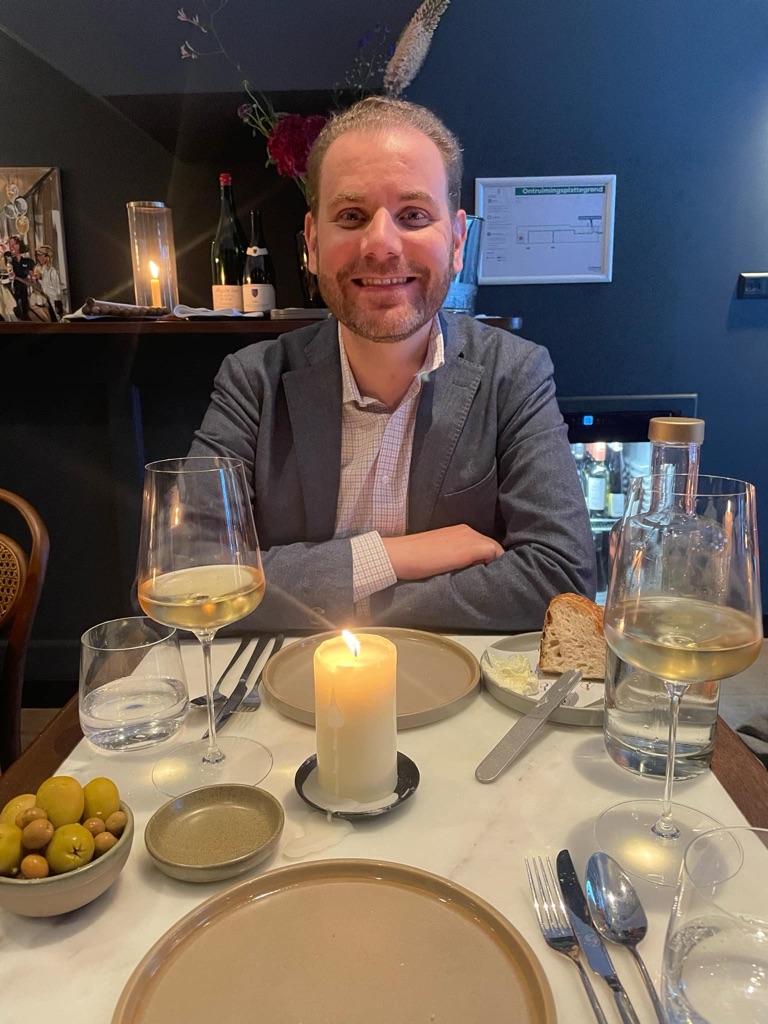
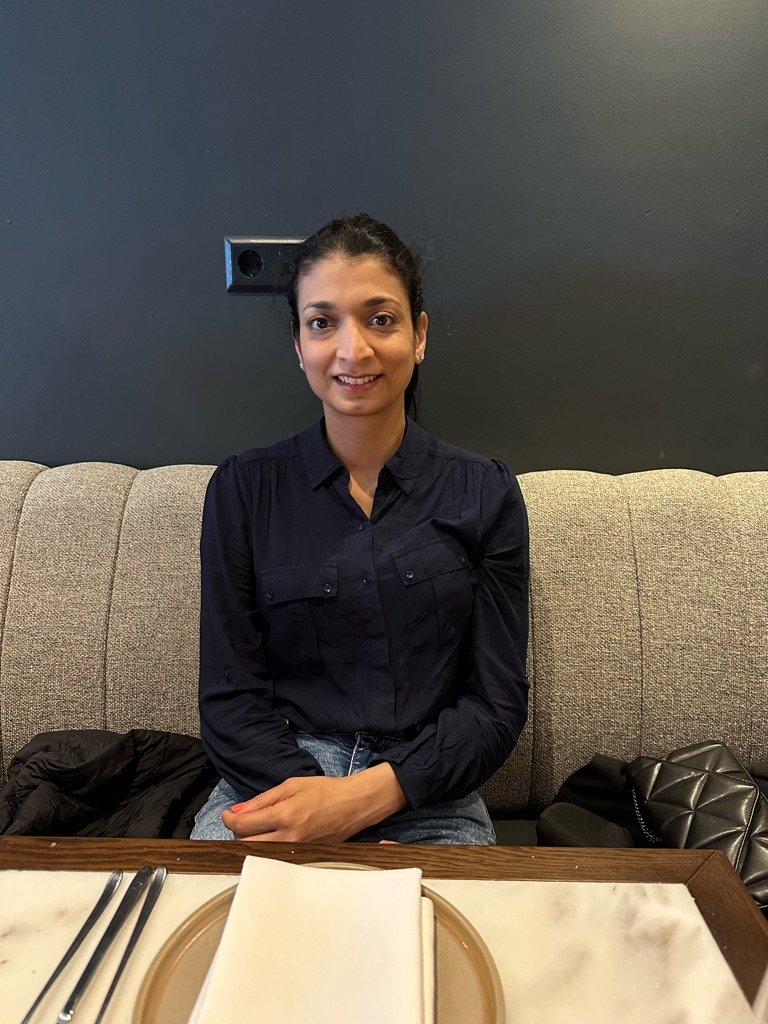
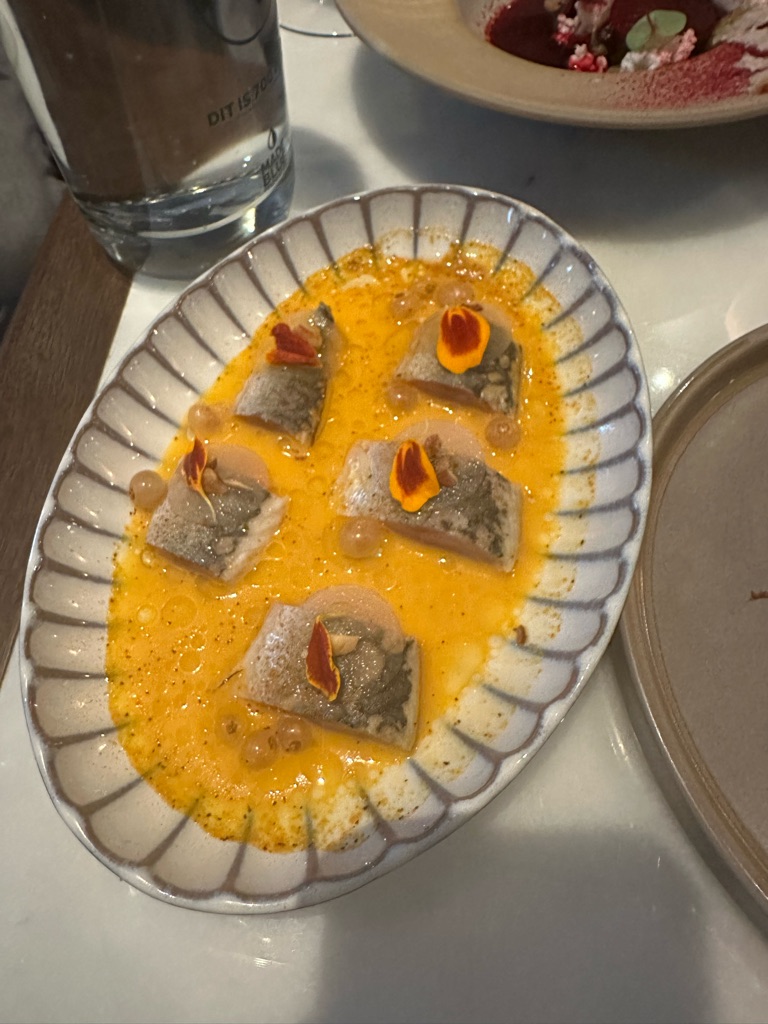
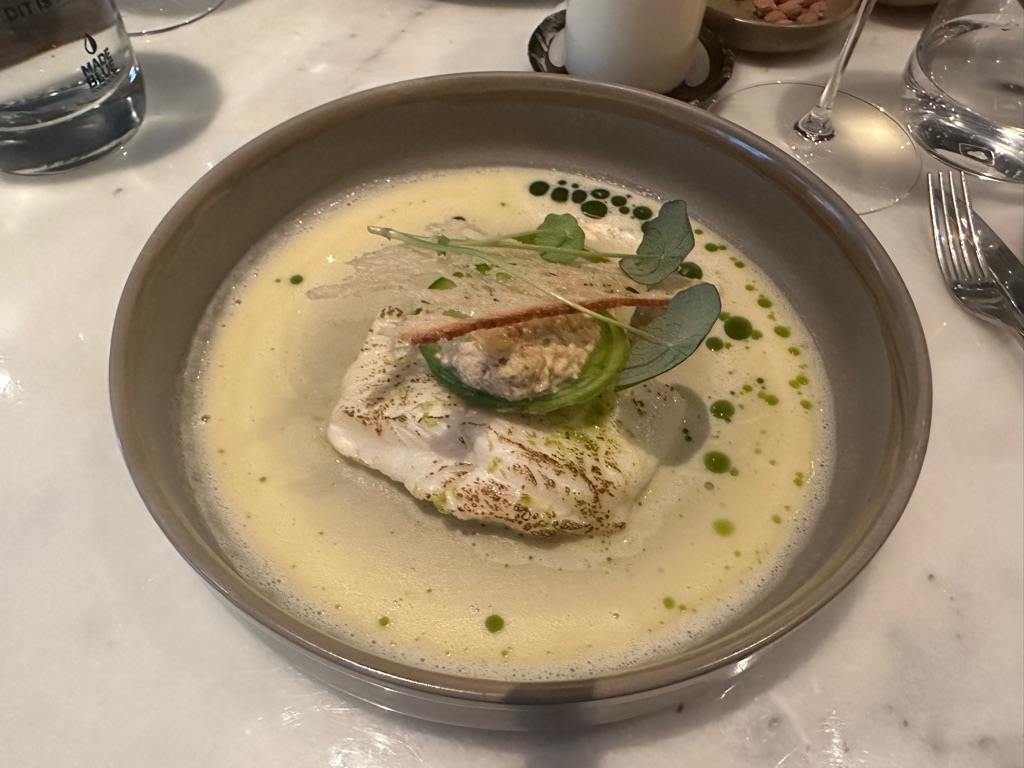
We finished off with an evening stroll around the canals, which looked beautiful at night.

Mondays started lovely and warm in Amsterdam, and I was beginning to worry that trousers may have been a bad idea...
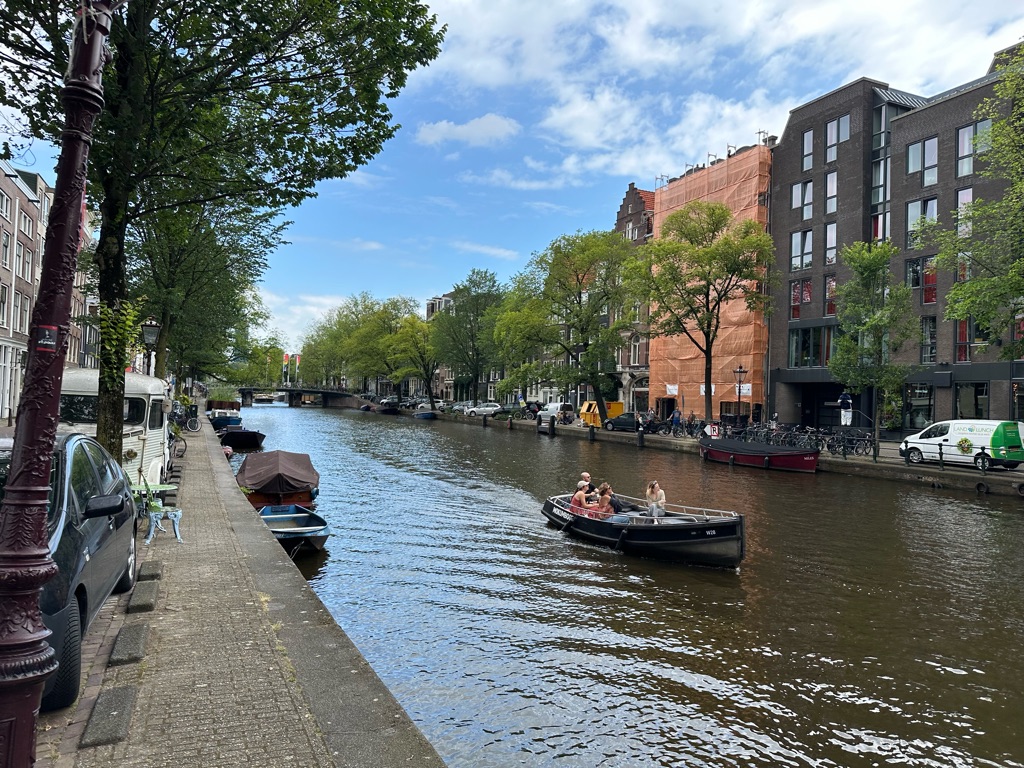
But it soon clouded over and we got caught in a downpour, right outside a vegan shop that specialises in avocado. We quickly made plans for brunch haha.
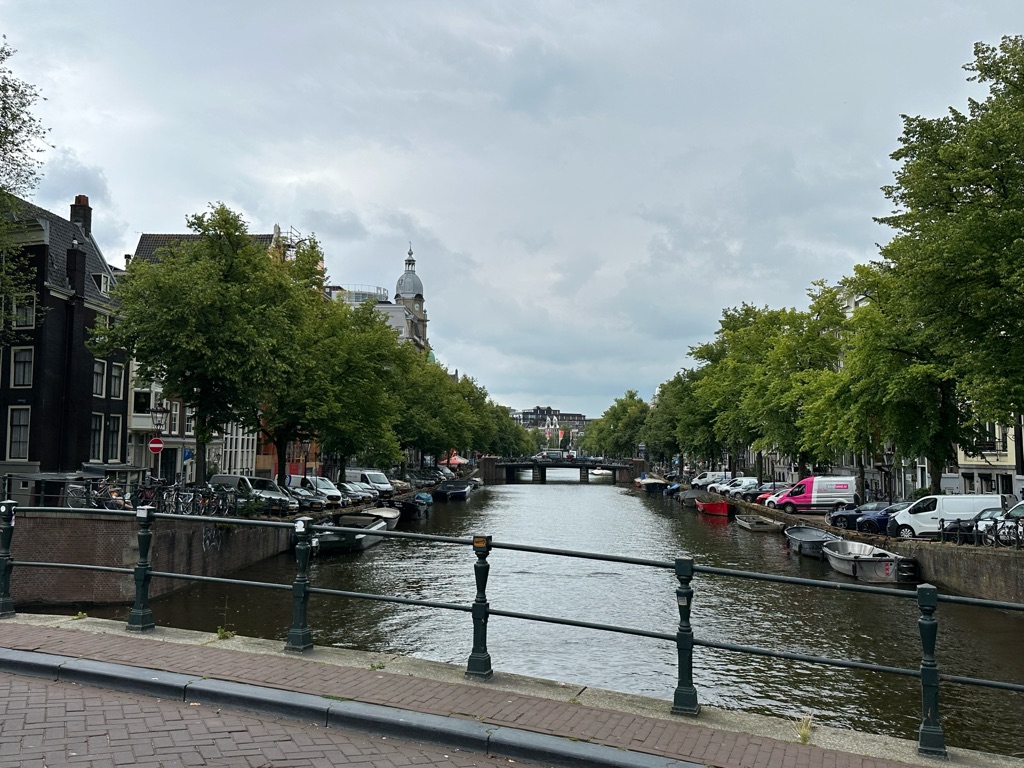
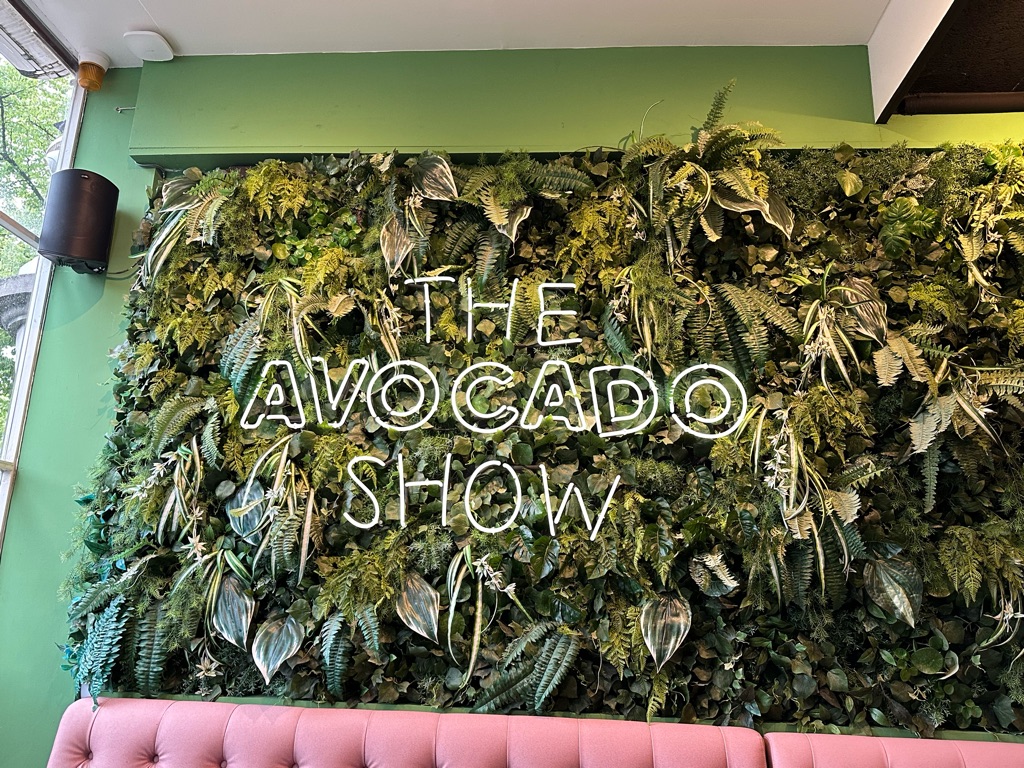

It was delicious (this coming from someone who doesn't really like avocado!)
Once the showers passed, we continued on to the Rijksmuseum, Amsterdam's most important art museum. It is in a glorious old building, and feels huge (not as big as the Met in New York, but certainly feels bigger than NGV - although according to Wikipedia, it isn't).
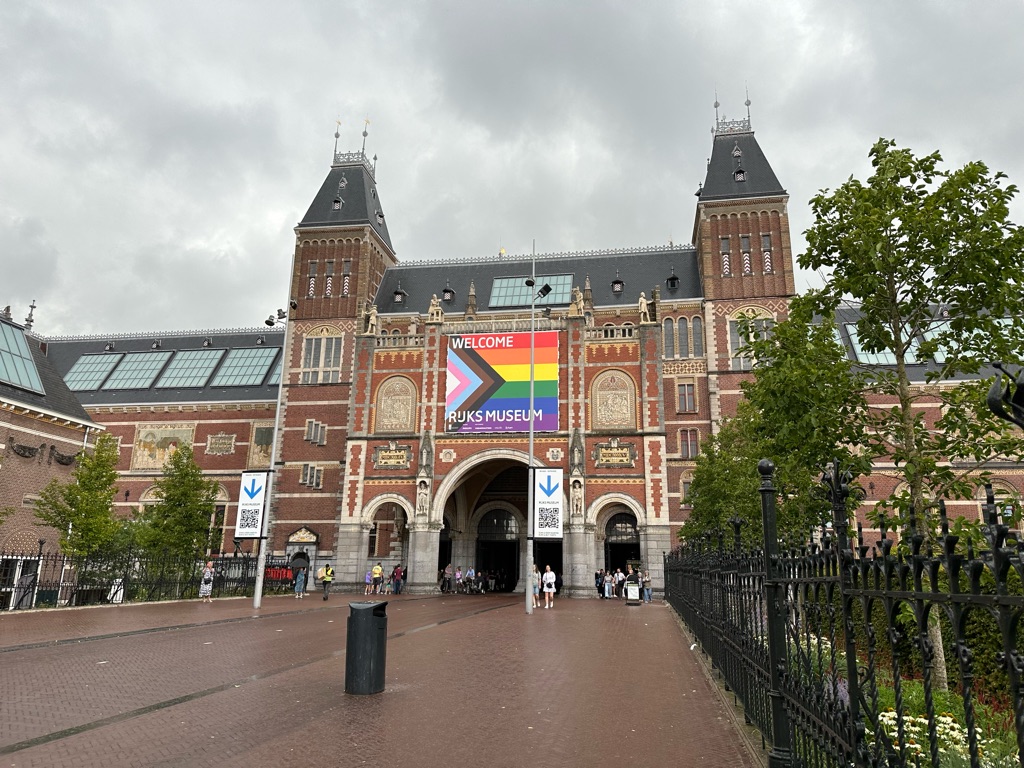
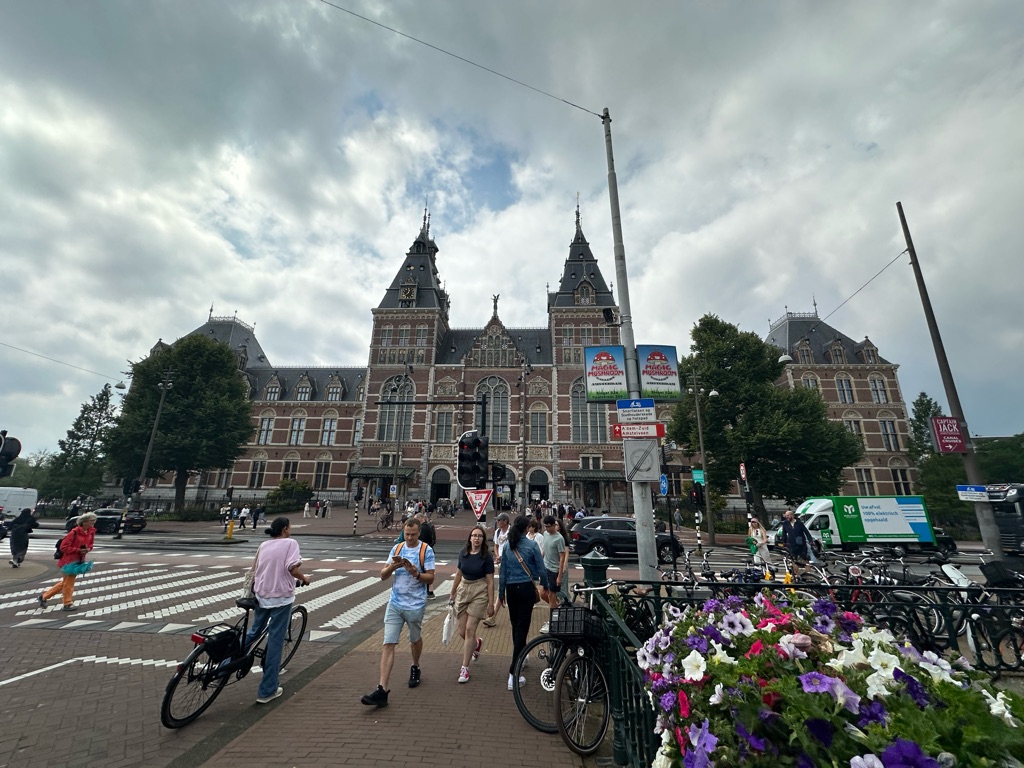
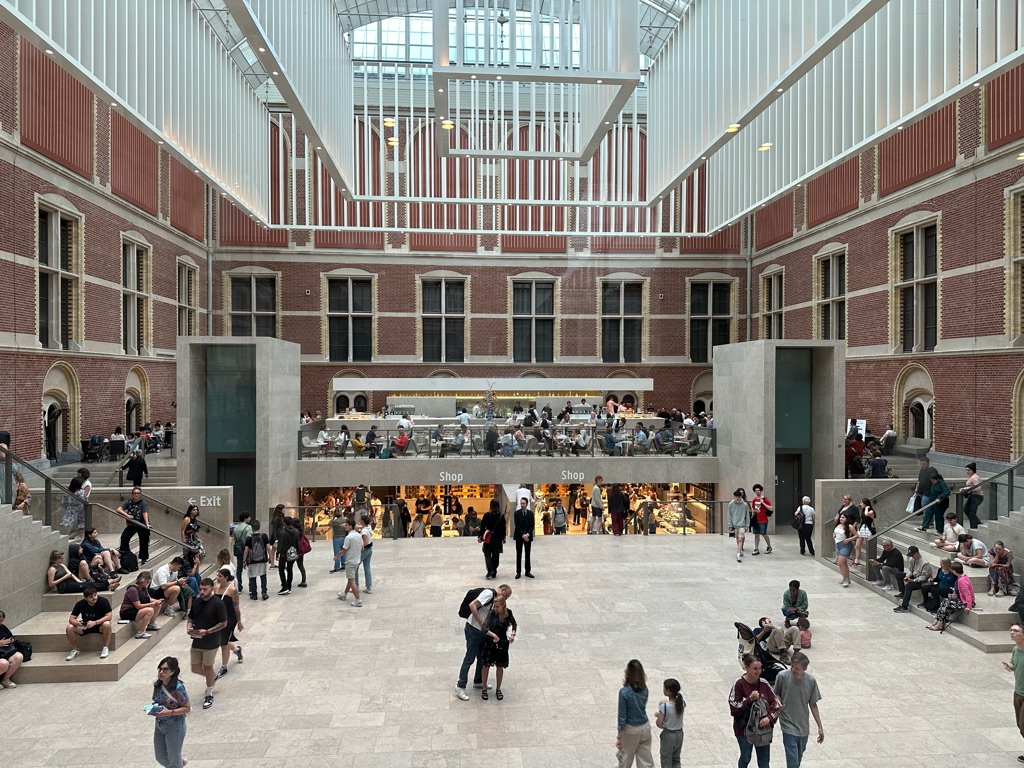
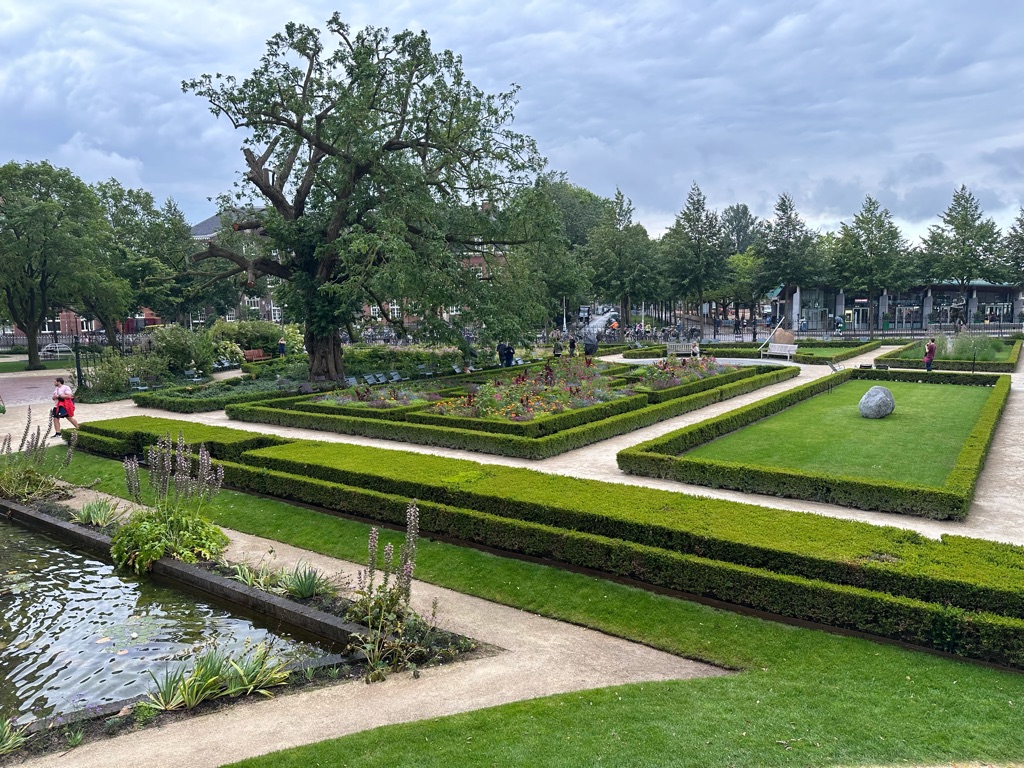
The collection focuses on the Dutch Old Masters, particularly Rembrandt, including these favourites that we've seen before when they came on tour to the NGV.
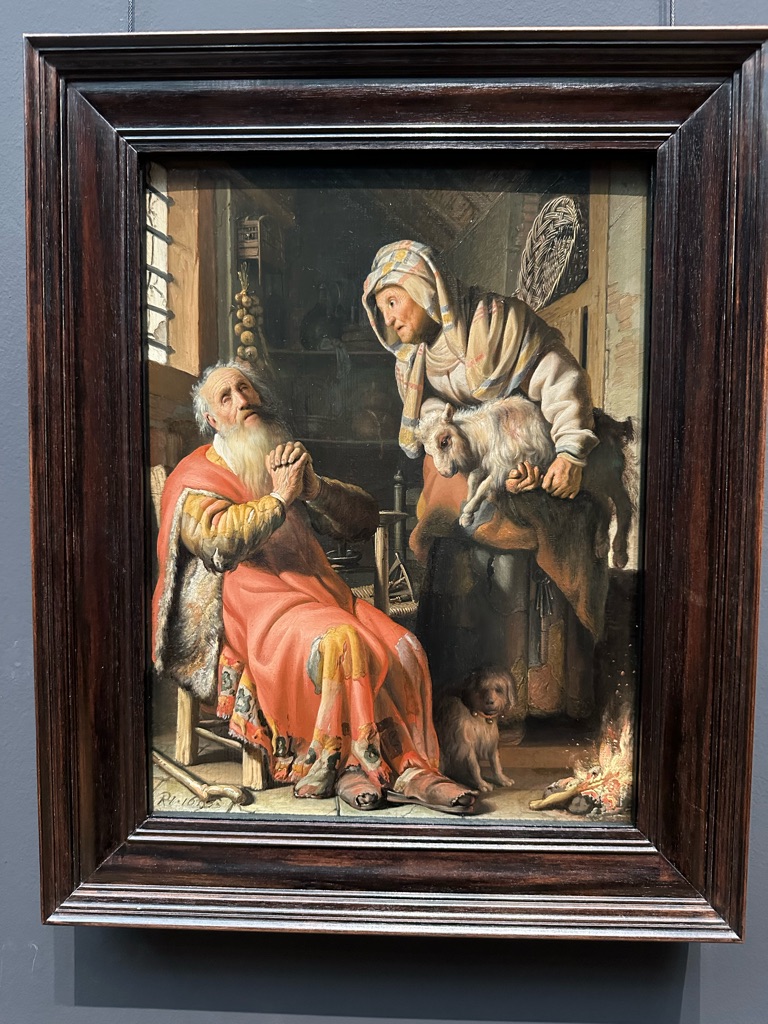
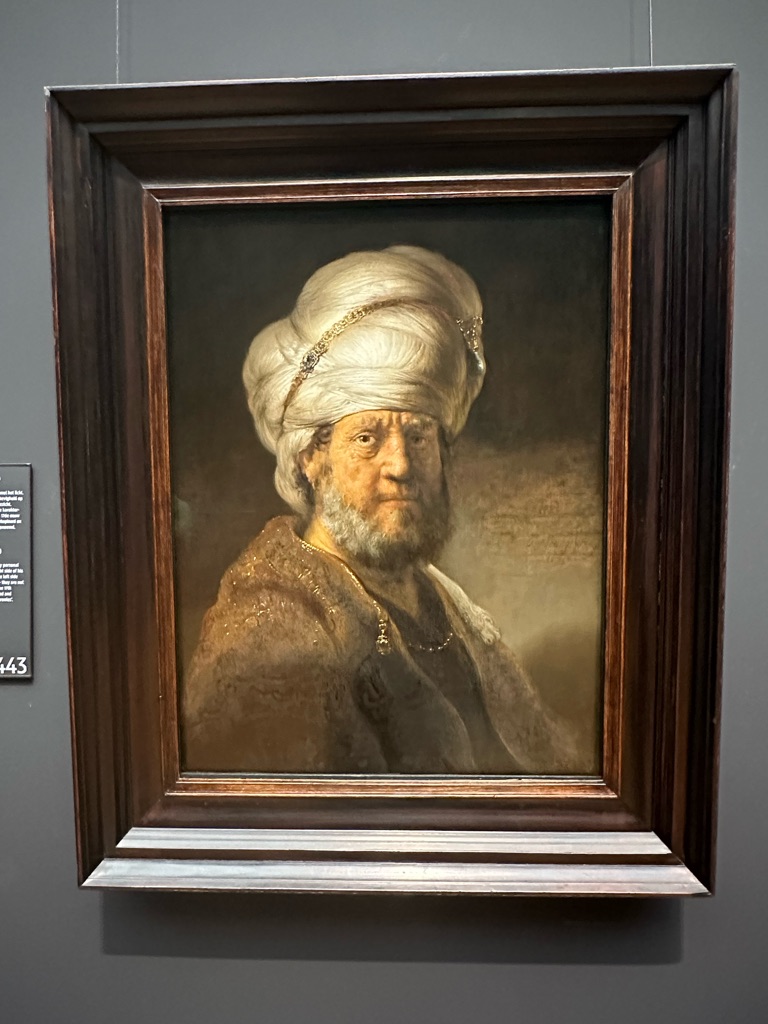
The superstar of the collection (and Rembrandt's entire body of work) is "The Night Watch", which is currently in the process of being restored - the old yellowing varnish is being stripped off before it will be re-varnished and re-framed, a process that will take several years. It was a pretty amazing sight to see.
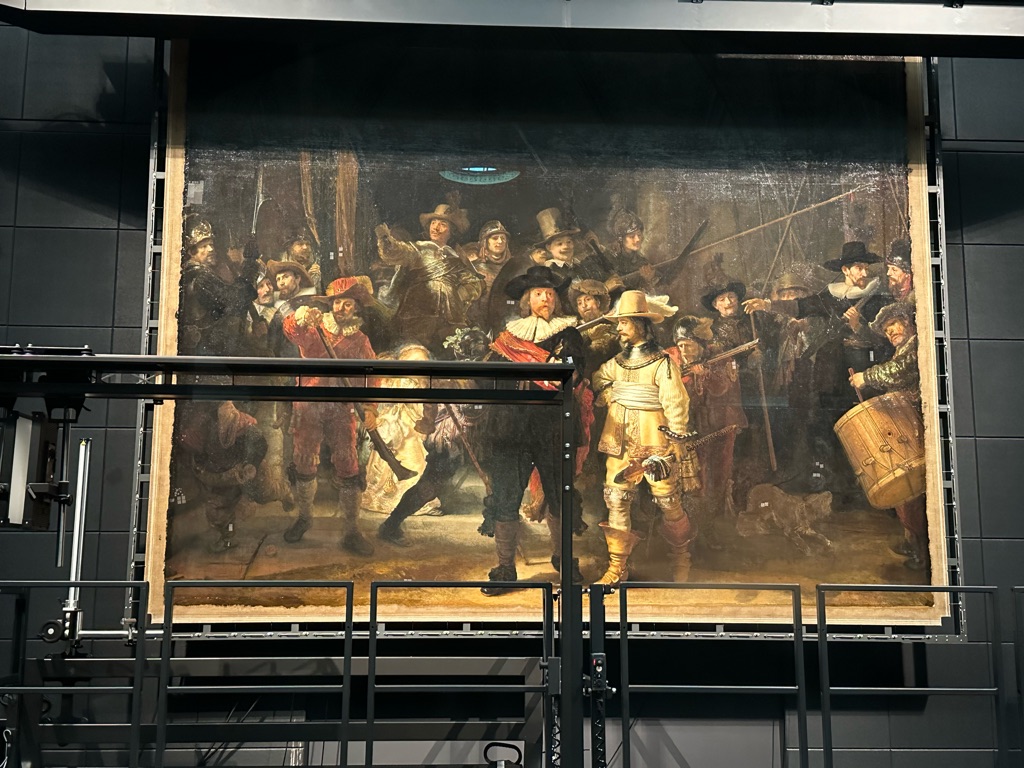
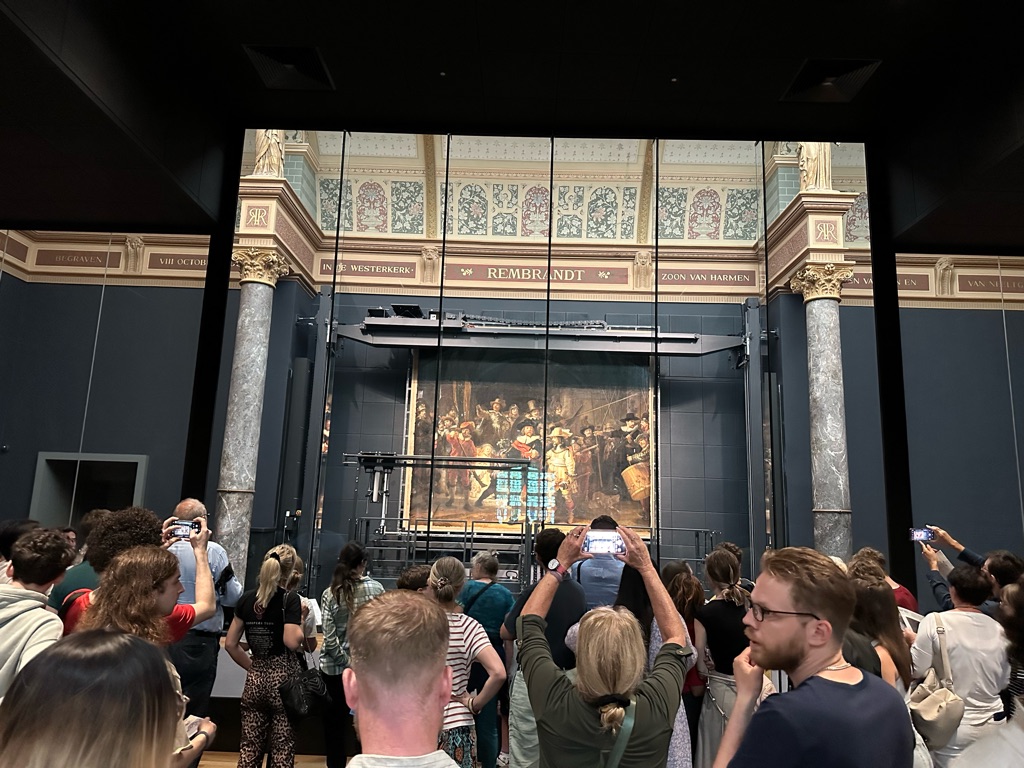
Our favourite, though, was "The Milkmaid" by Vermeer - pictures don't do it justice, it literally sparkles off the canvas from across the room. Glorious.
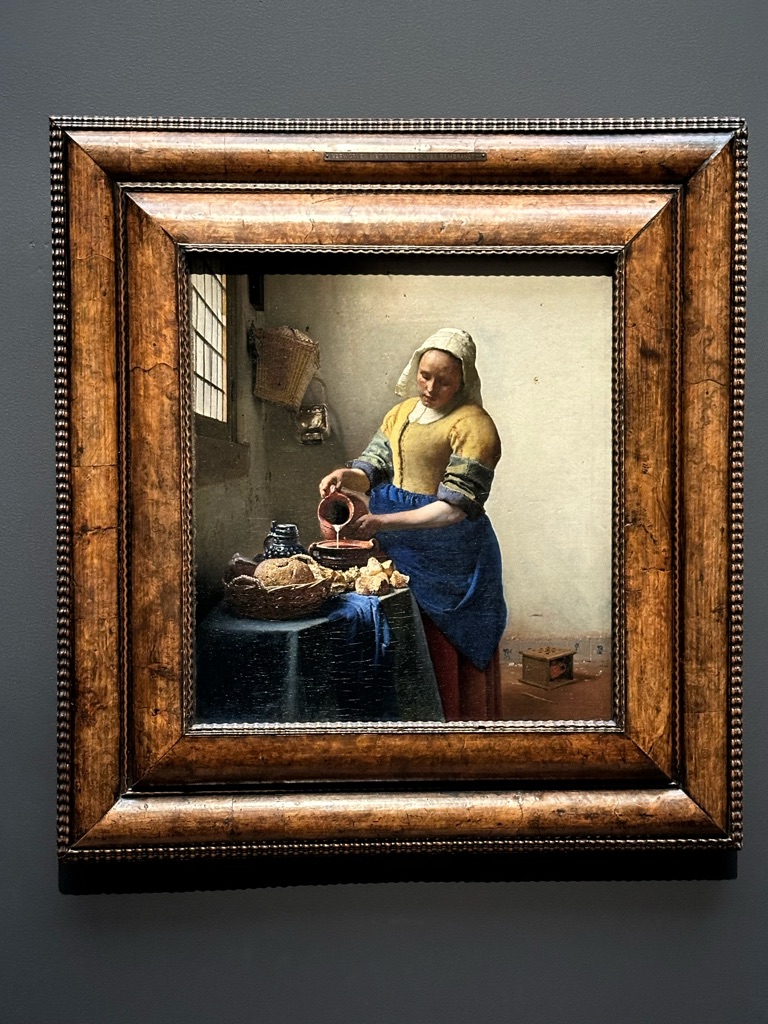
Other highlights included the incredible doll houses, the library and the model ships.
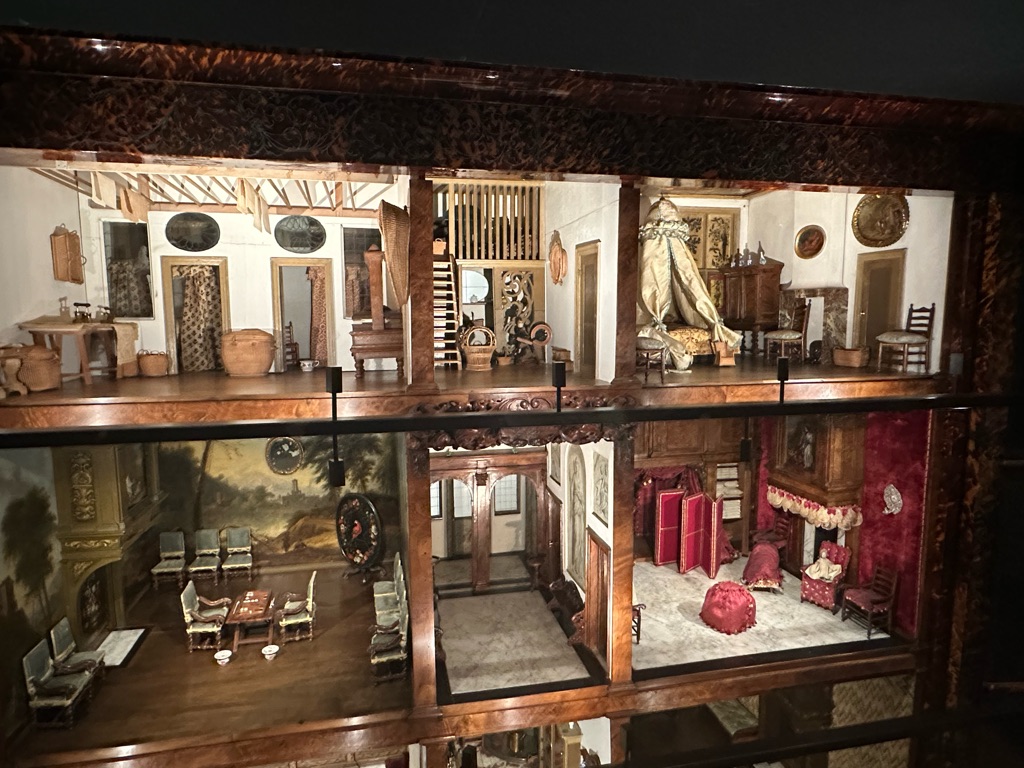
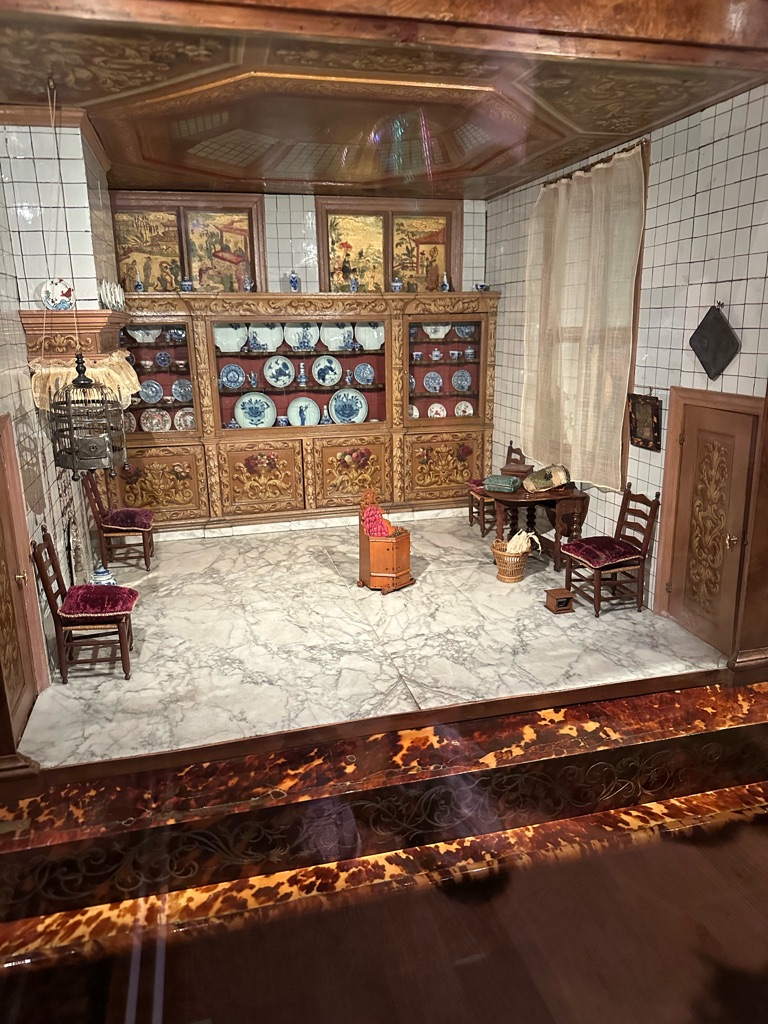
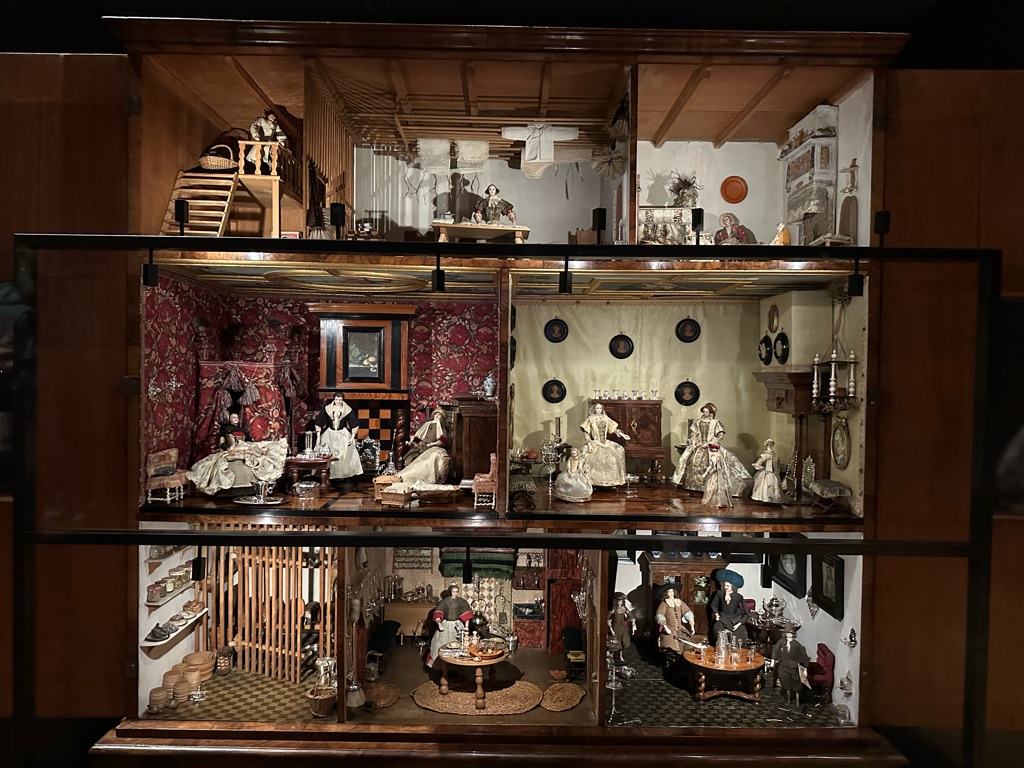

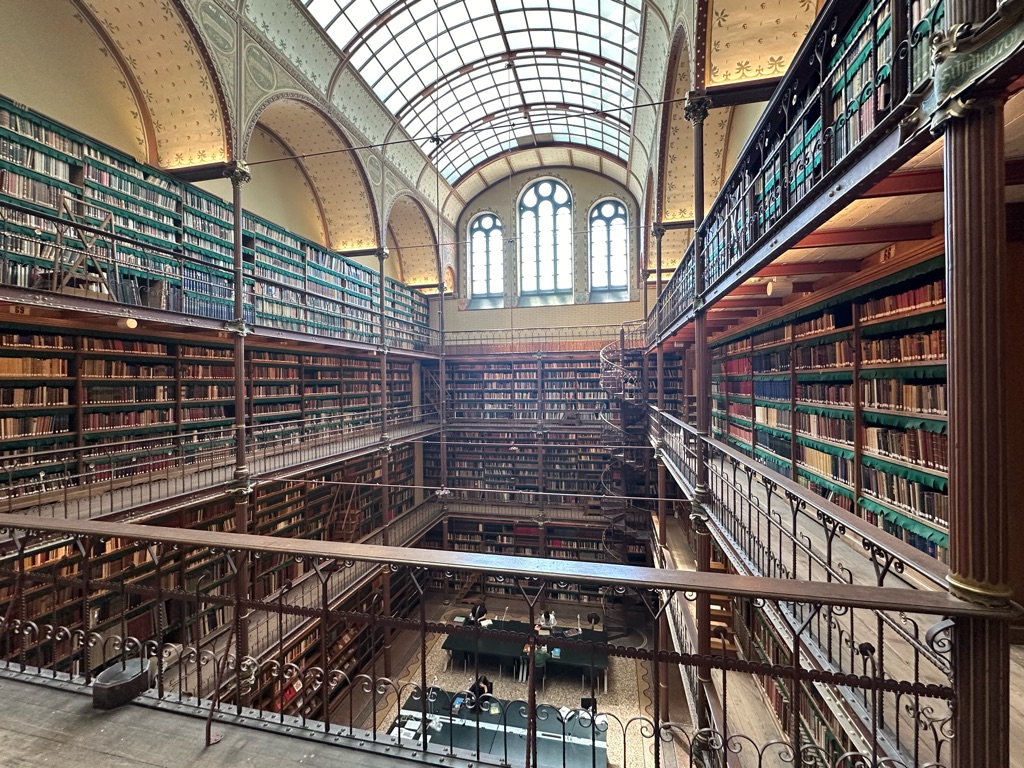
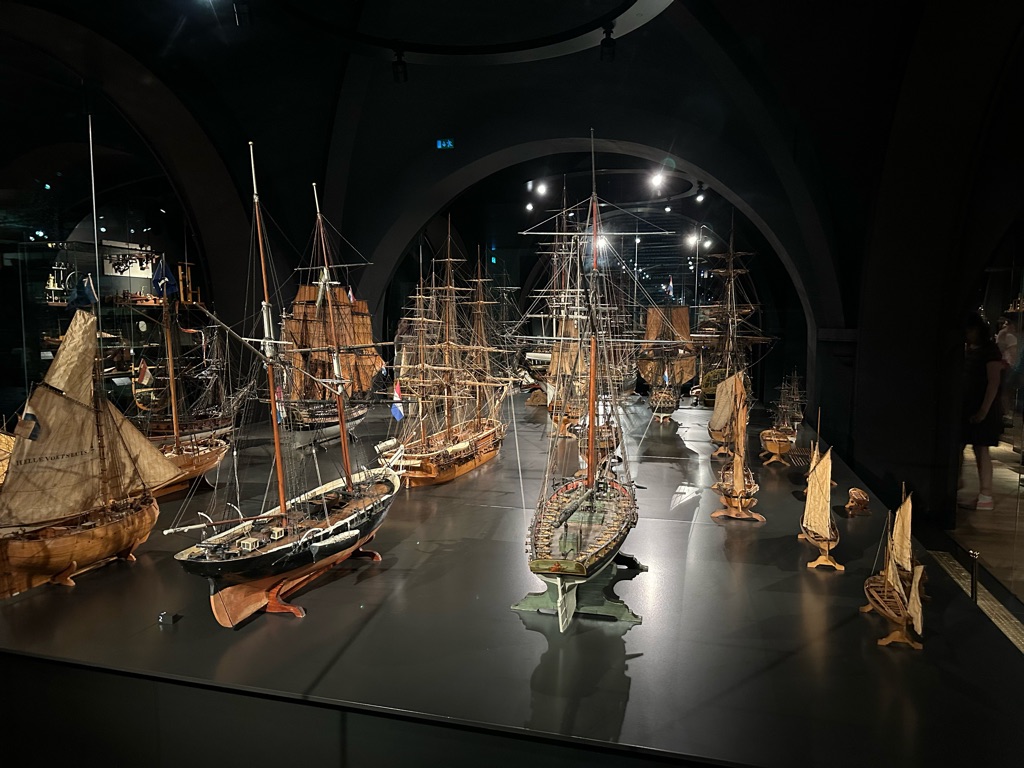
There is also some Van Gogh...

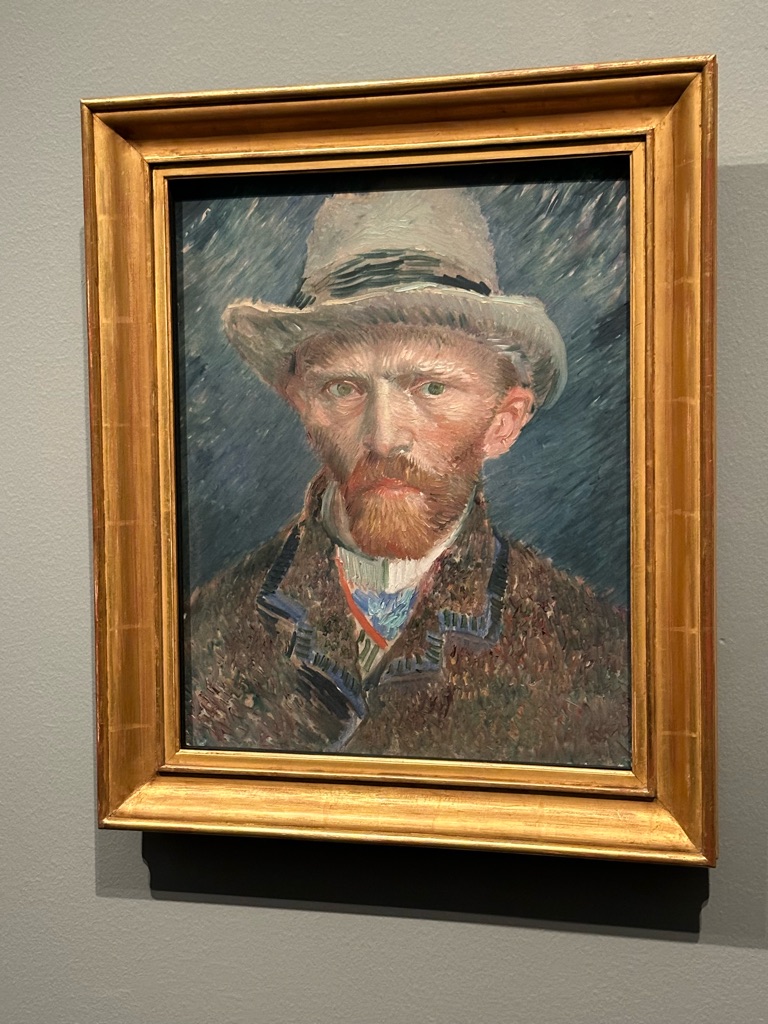
Some Whistler (his model, not his mother)...
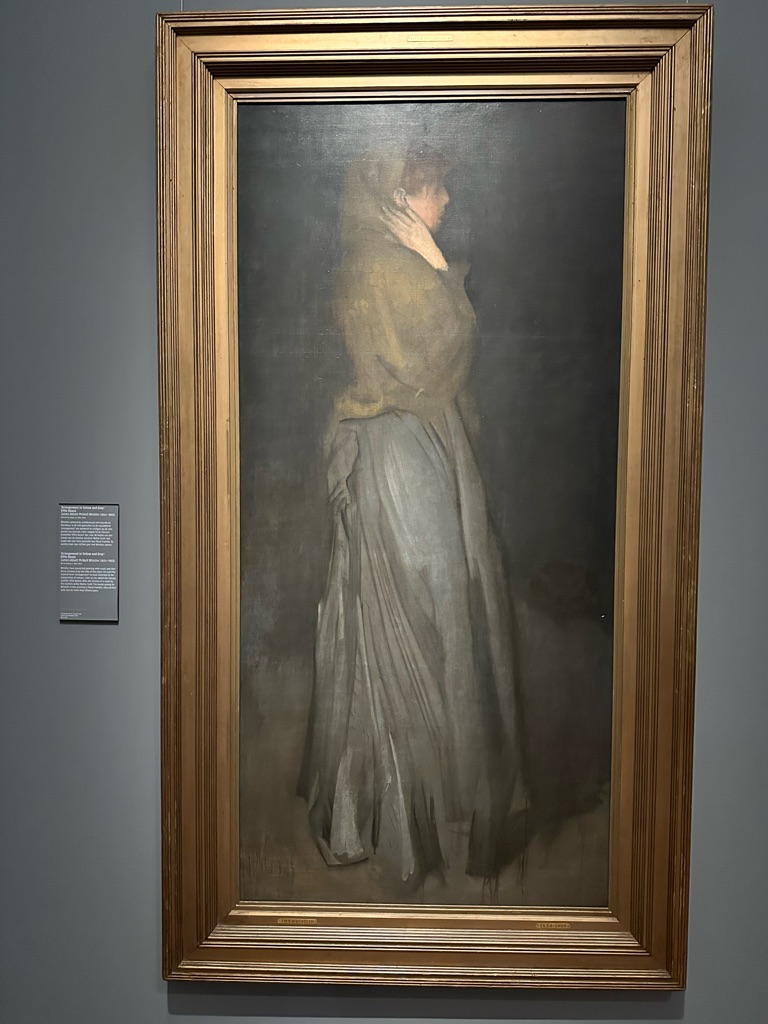
Beautiful Jan Veth...
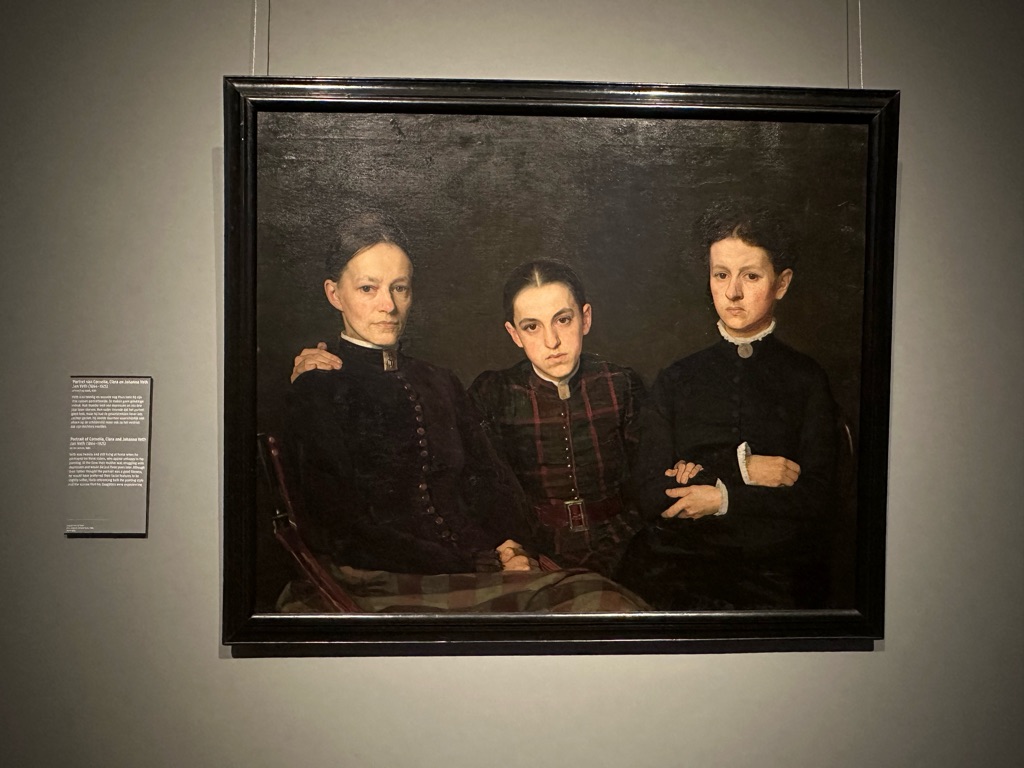
Some Jan Toorop, scandalously showing looser-style women's clothing in 1900...
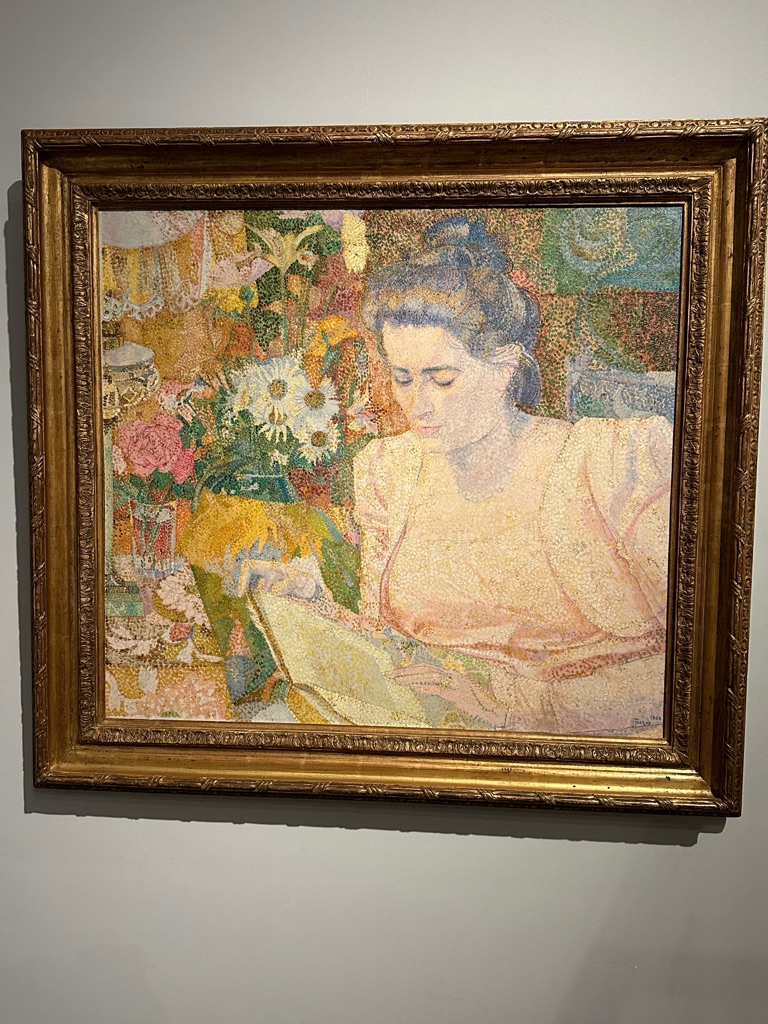
And some Mondrian (both the painter and the YSL dress)...
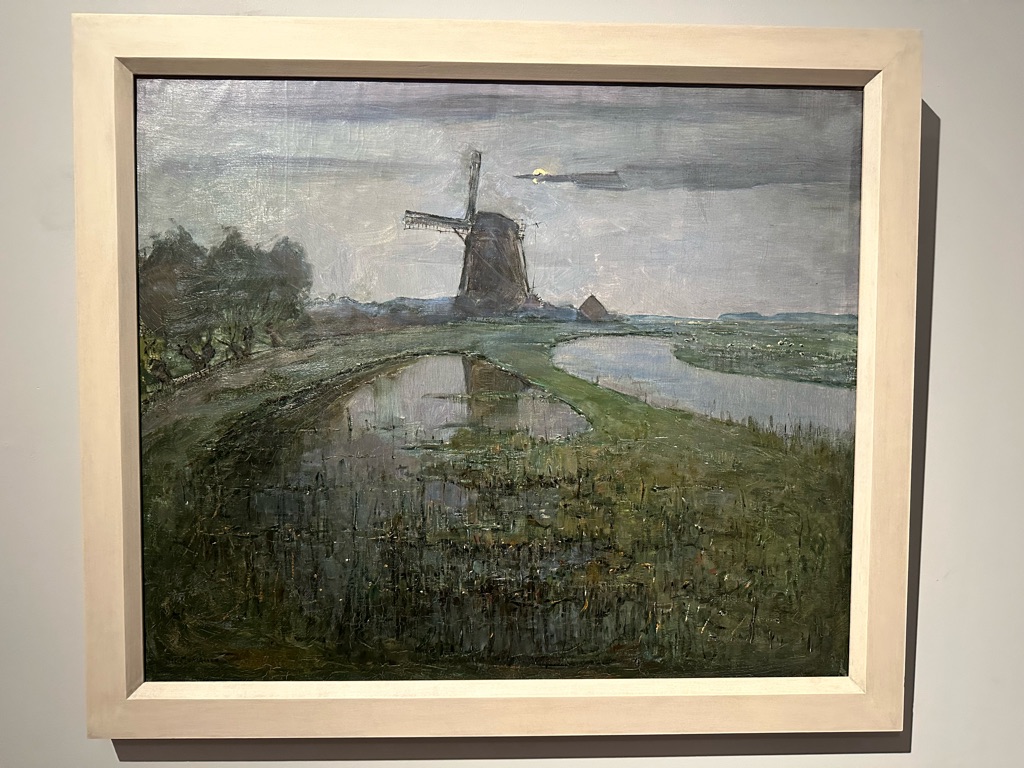
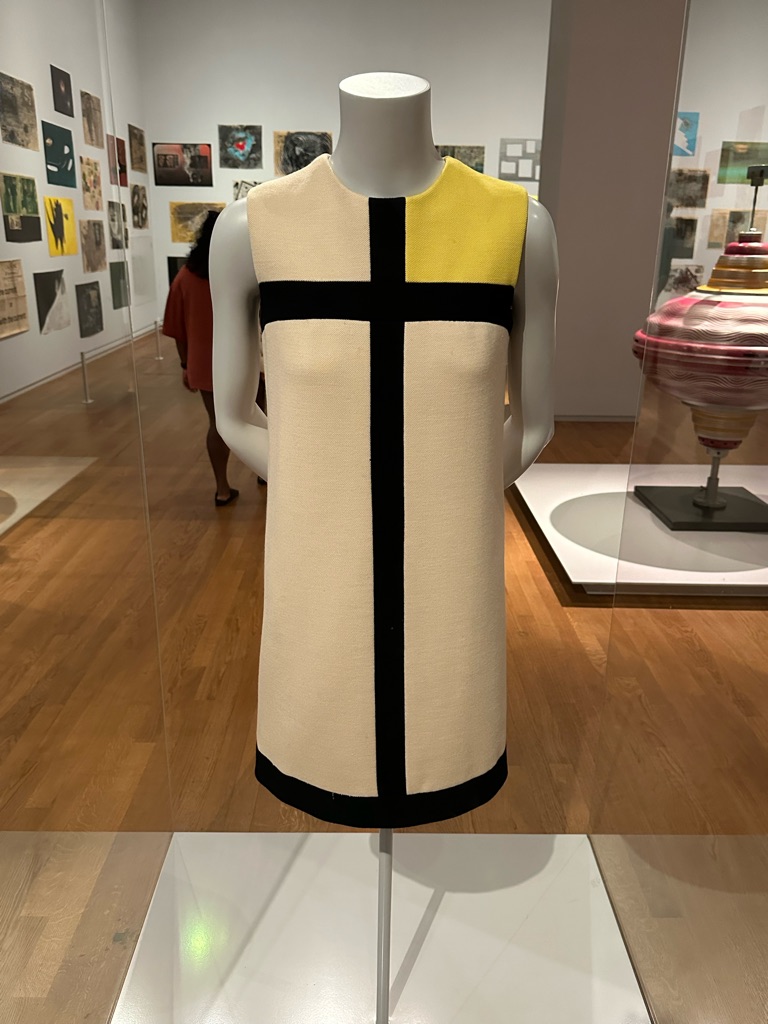
This was another of my favourites, "Old Woman Saying Grace" by Nicholas Maes - look at the cat pulling the tablecloth in the bottom corner, but the woman stays focused on her prayers... I thought it was really lovely.
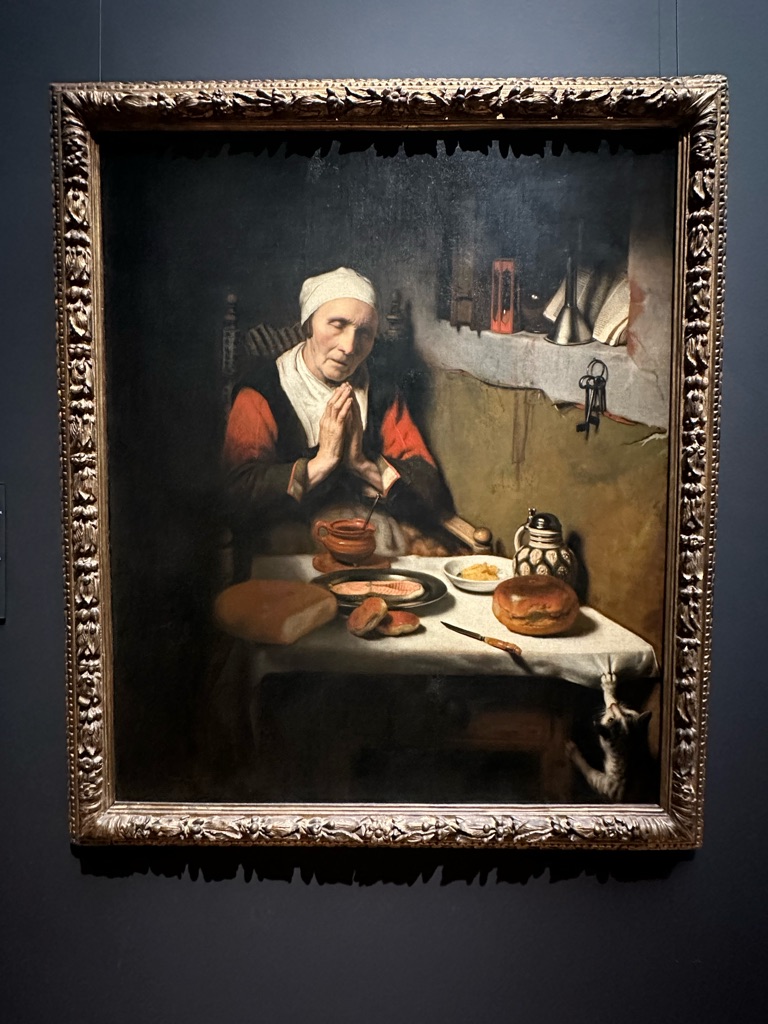
And of course, more Rembrandt - painted as if we have just disturbed them in conversation. The eyes follow you around the room.
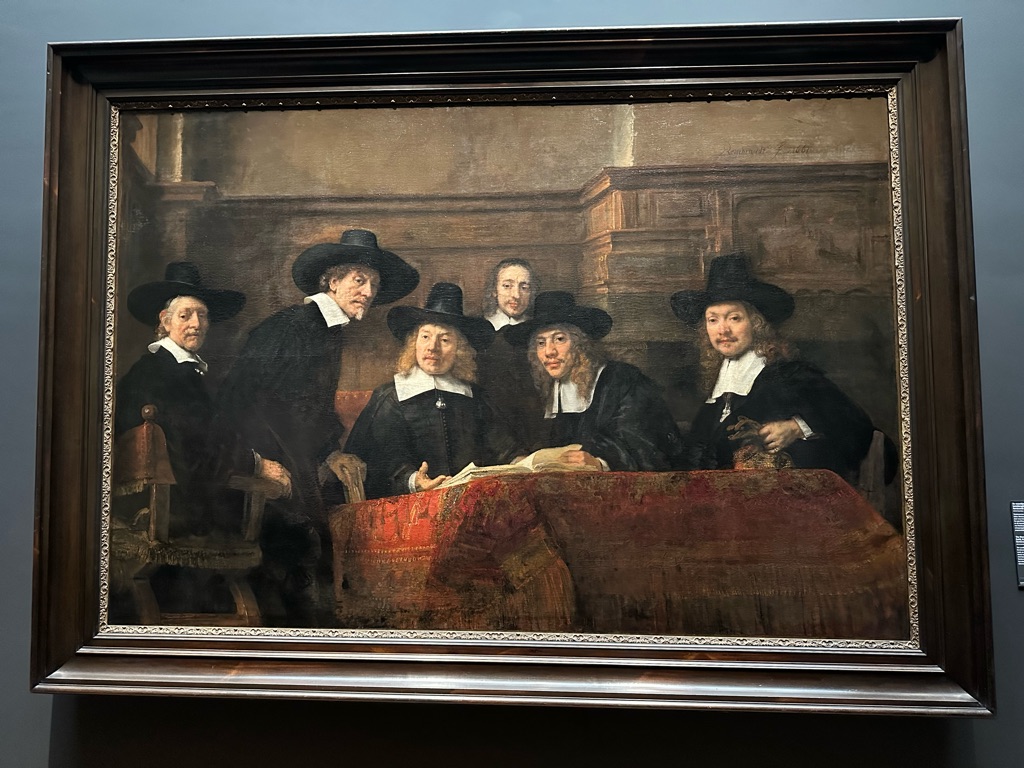
We then bumped into a few folks we know at the gallery (on their last day in Europe) and had dinner at our hotel together - I thought it was delicious. The food in Amsterdam is great.
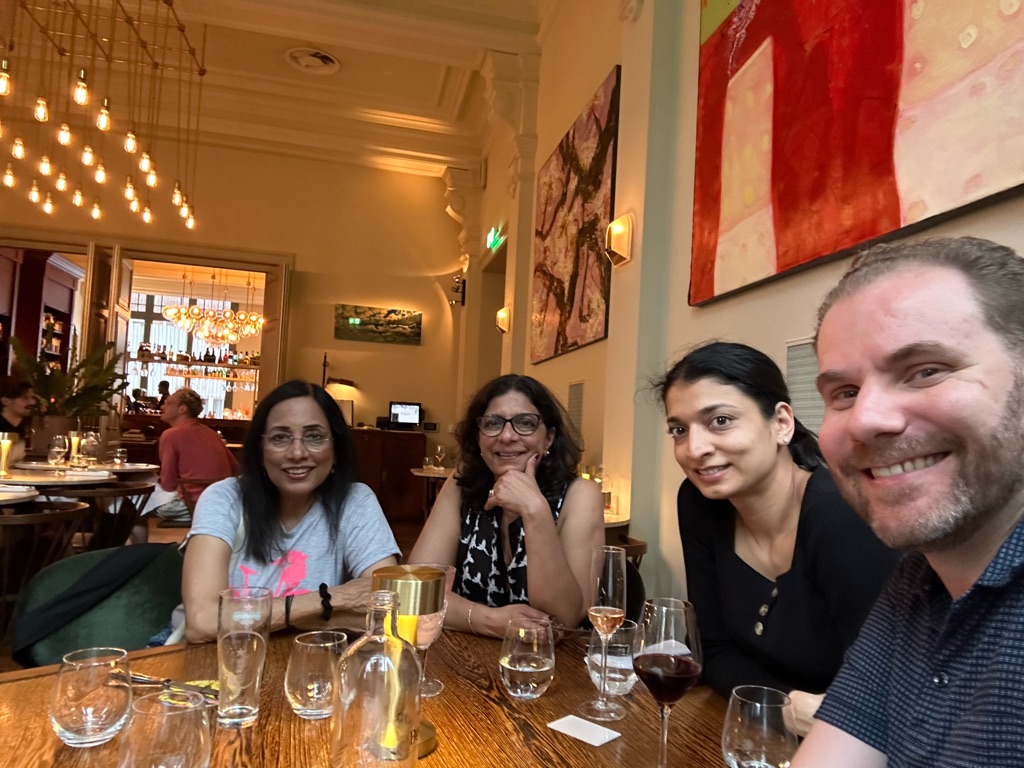
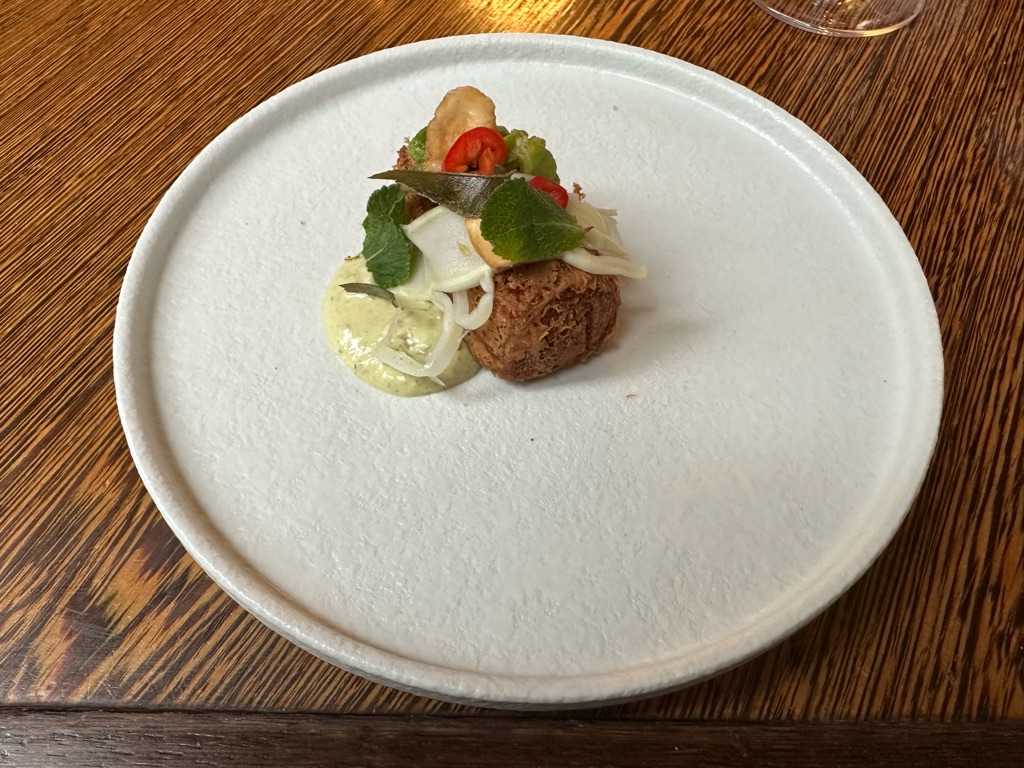
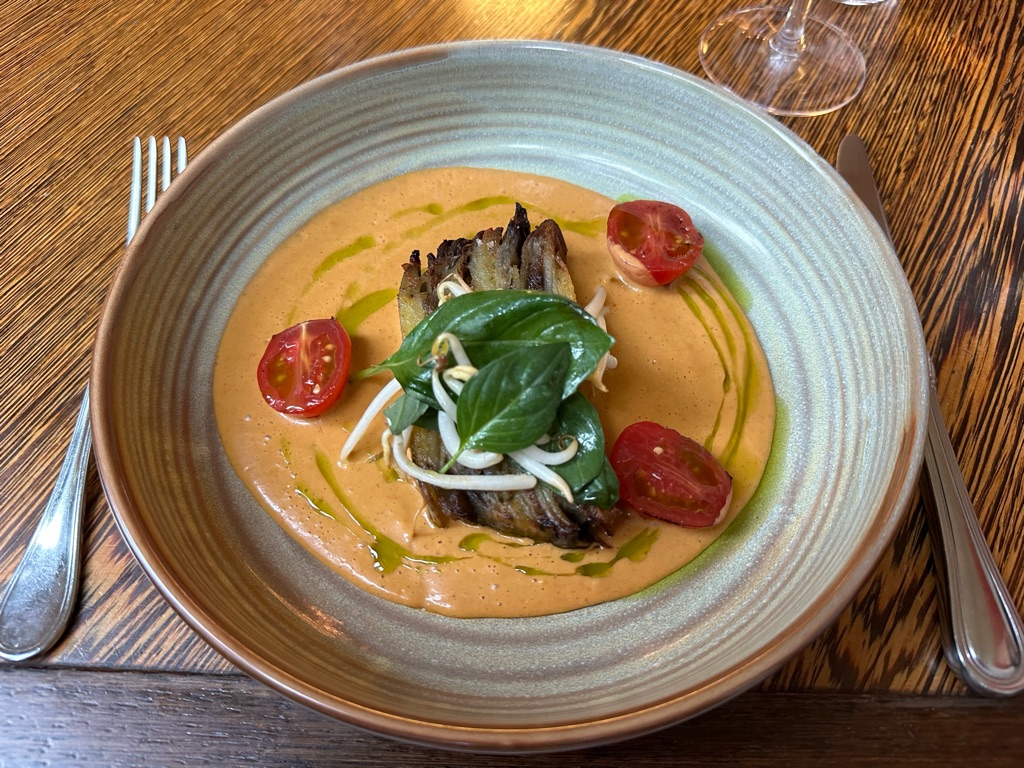
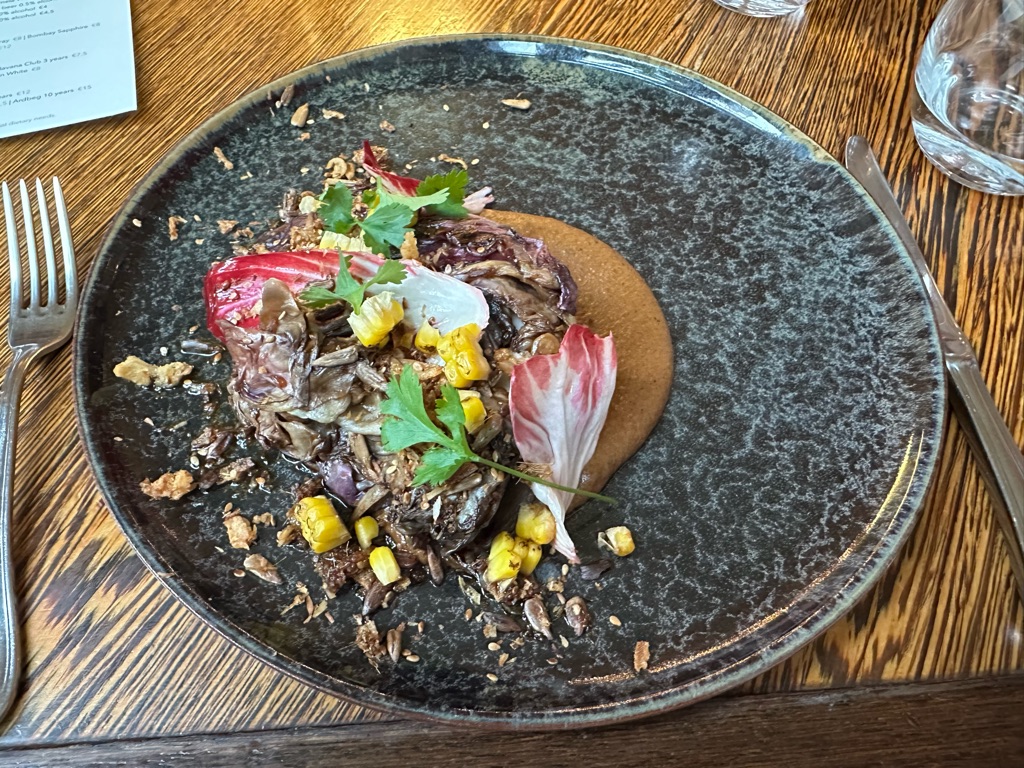
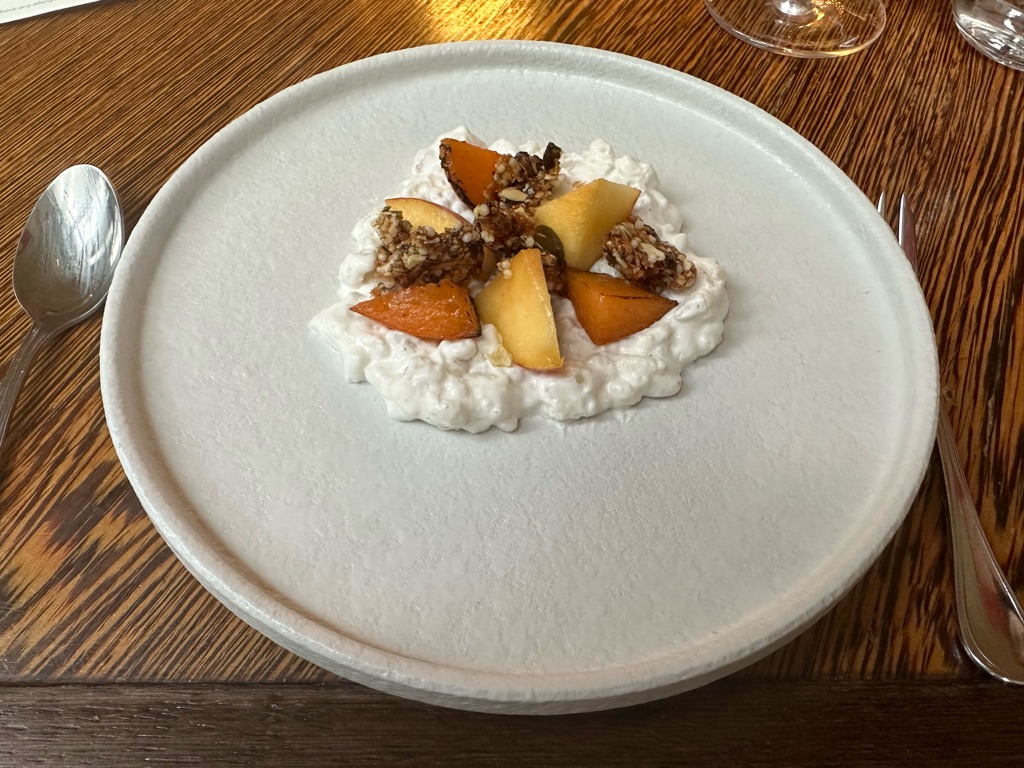
On Tuesday morning, we successfully navigated the Dutch train network to take the Intercity train from Amsterdam Centraal (pictured below) to Den Haag Centraal, about a 50 minute journey which passes through the other Dutch cities of Haarlem and Leiden.
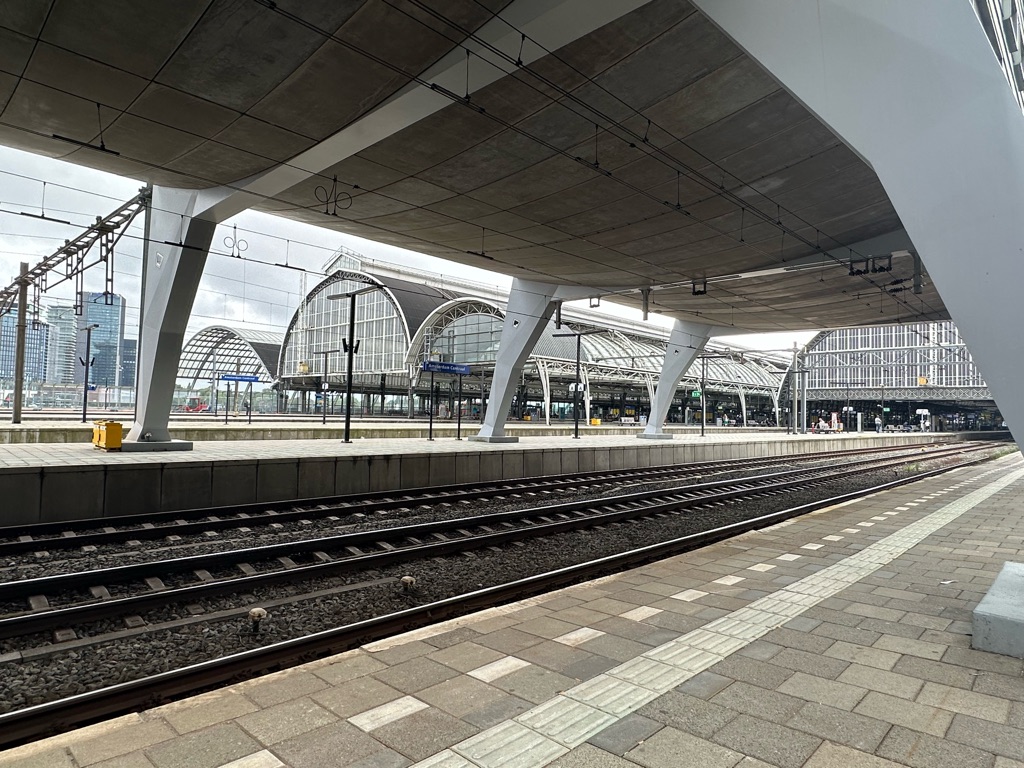
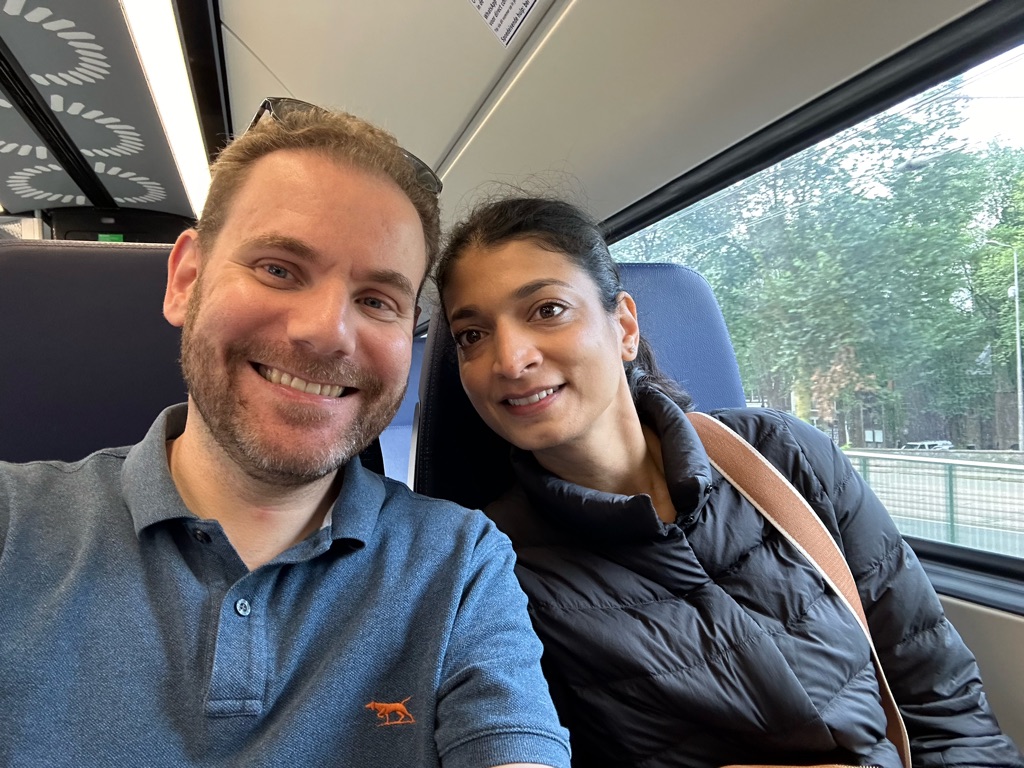
Den Haag (or The Hague, as we know it), is the home of many international legal institutions, including the International Court of Justice and the International Criminal Court. The name, literally translated, means "the hedge", although it probably means something more like "the woods" or "the forest".
We both really liked The Hague - it's not exactly touristy, but there are loads of wonderful little shops and galleries, and it's easy to walk around.

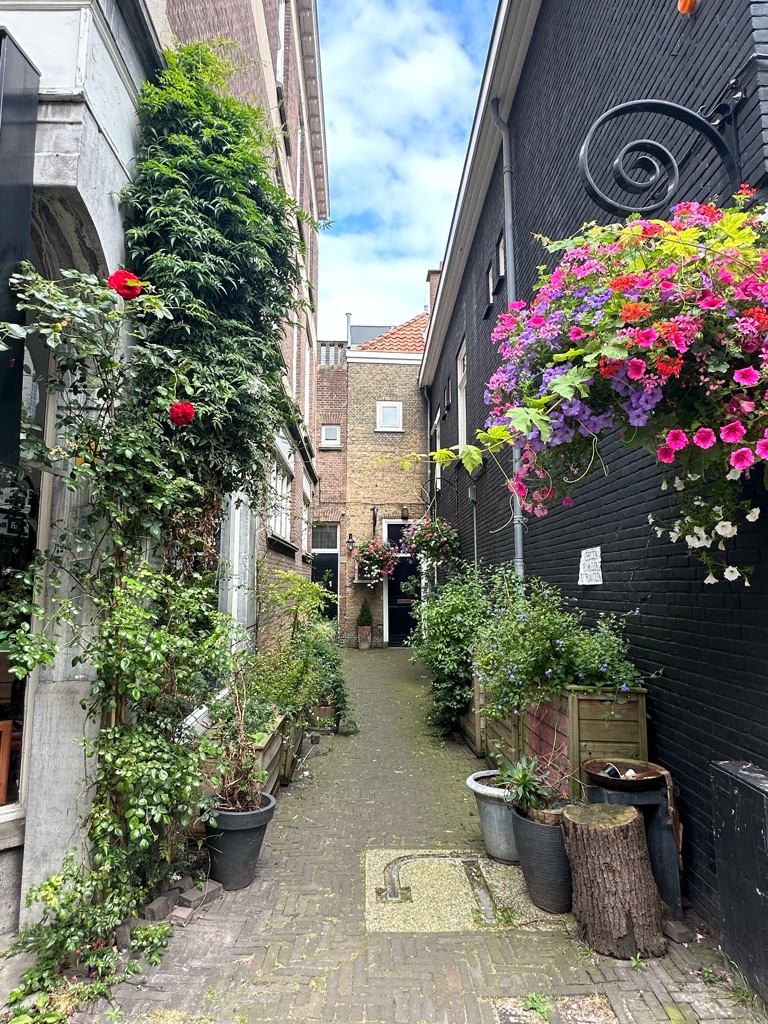
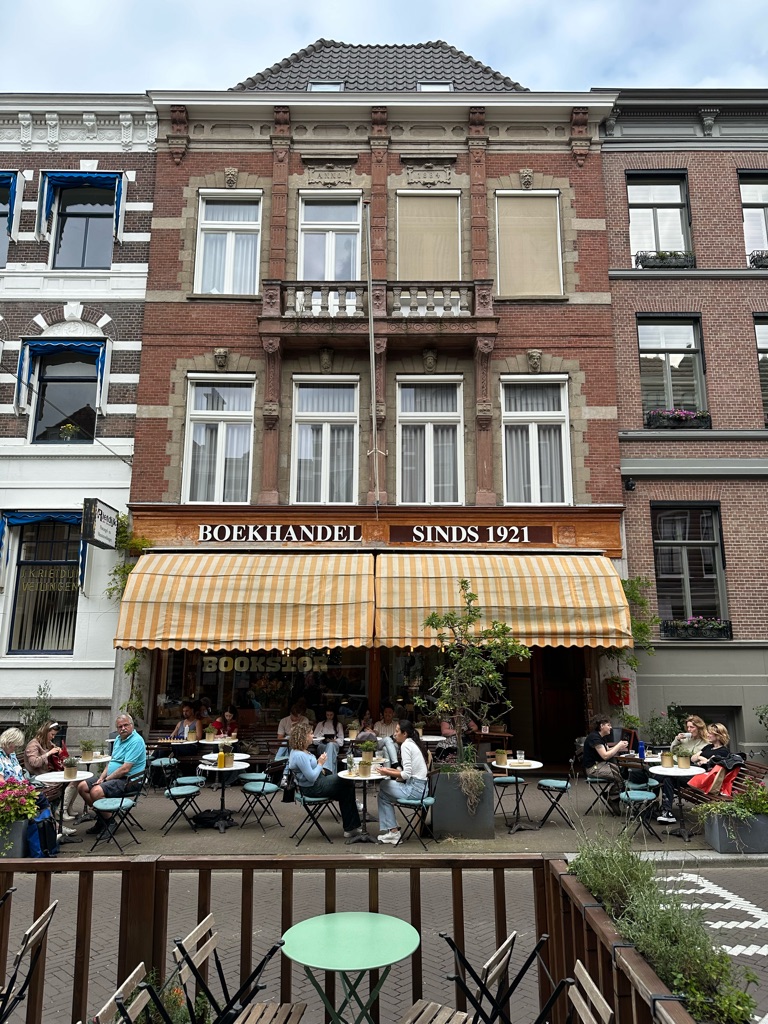
They've even stolen my idea for a bookshop Cafe! The books in the "new books" section need to be bought, but if you're eating or drinking, you can help yourself to any of the secondhand books to read while you're there.
But of course, the main reason we were there was for the Mauritshuis (literally, "Maurits' House"), the art gallery in the former residence of Jacob Maurits, an old Dutch dignitary who regrettably made his money from the slave trade.
It is a beautiful old house, set right upon the canals, and reminds me a bit of the Frick Gallery in New York - a small, tightly-curated collection of Old Masters in a beautiful setting that you can nip around pretty quickly in an afternoon if you're on a time budget.
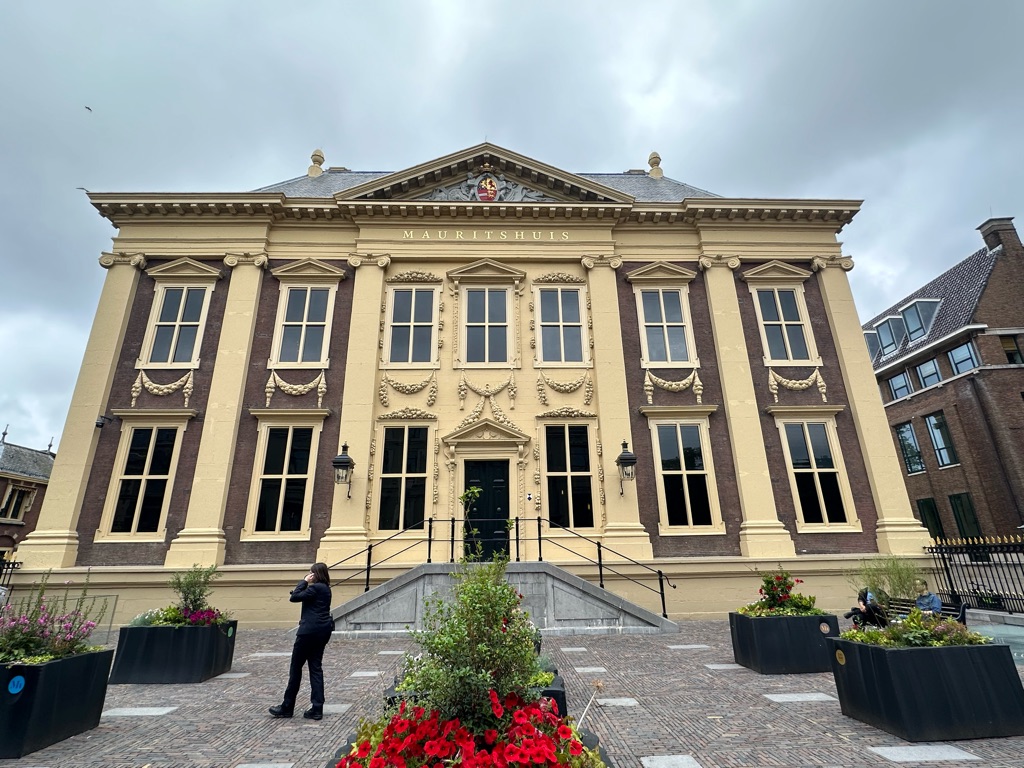
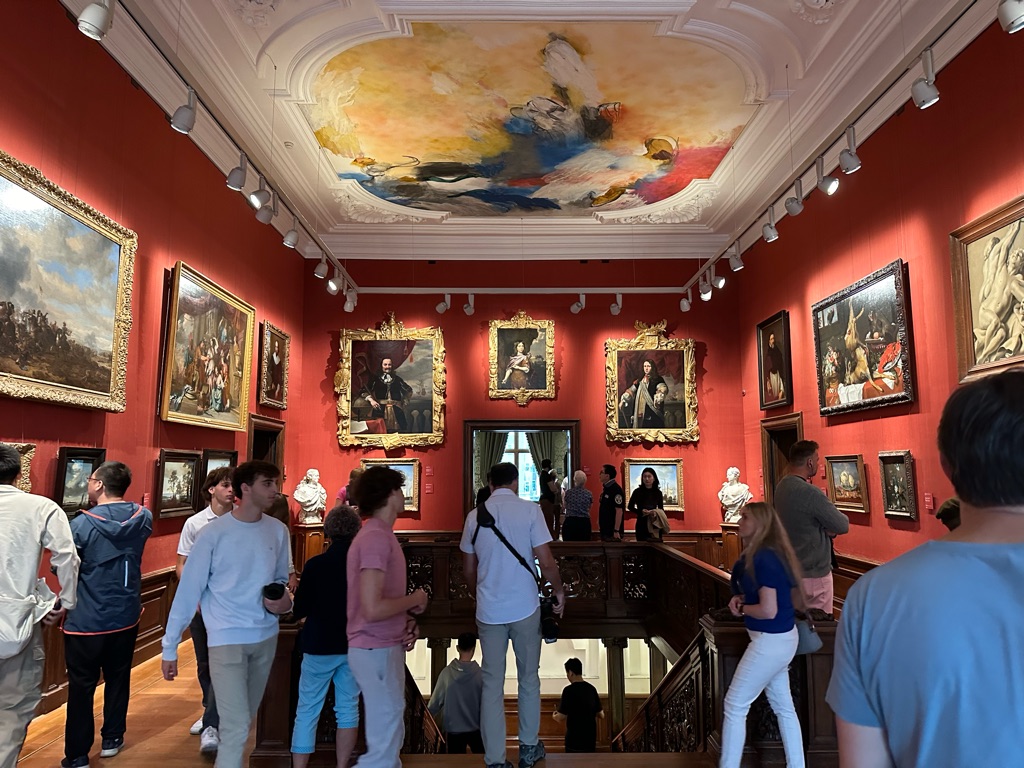
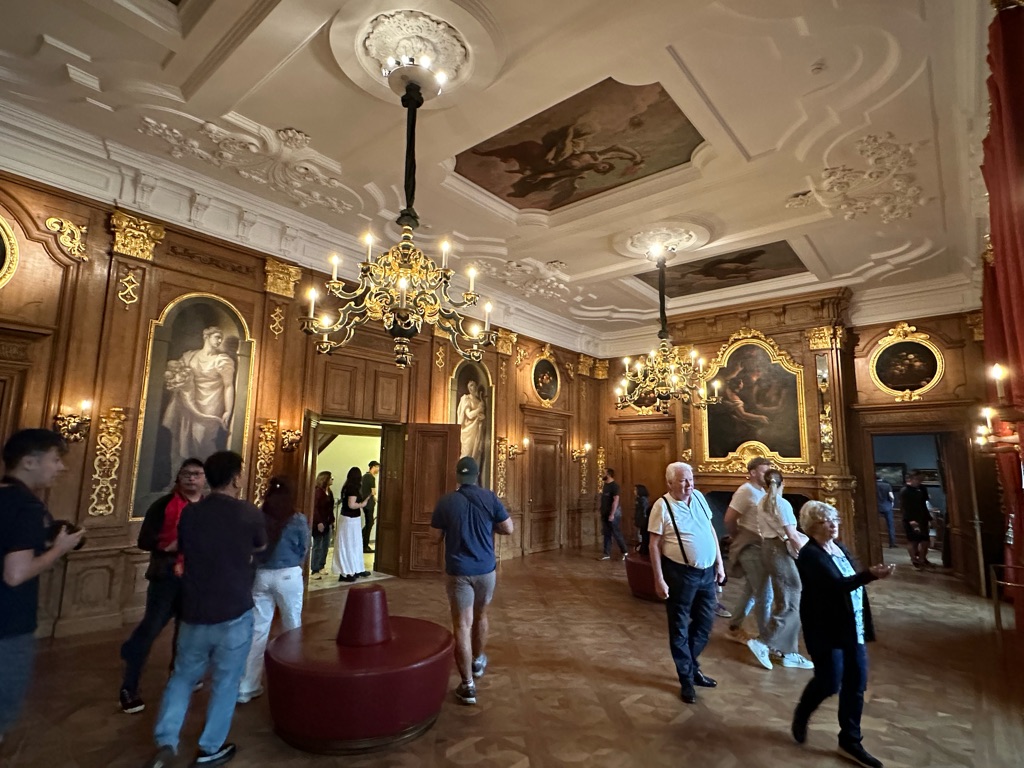
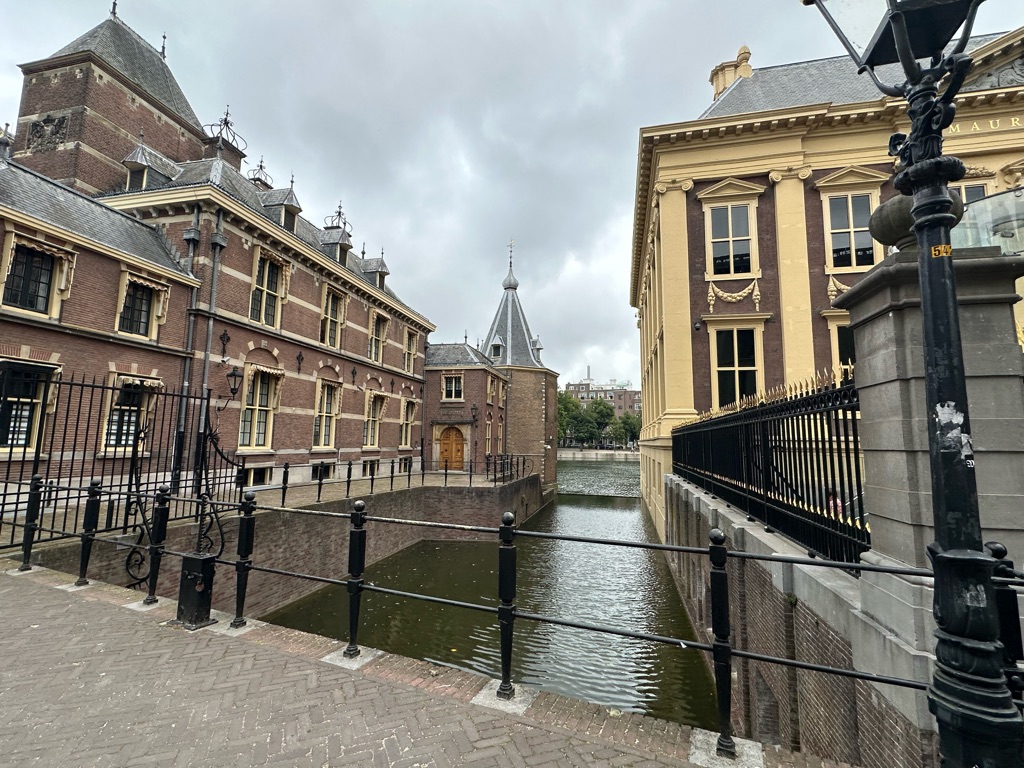
There was more Rembrandt, including The Anatomy Lesson (which I'm pretty sure I've seen somewhere before, but can't remember where)...
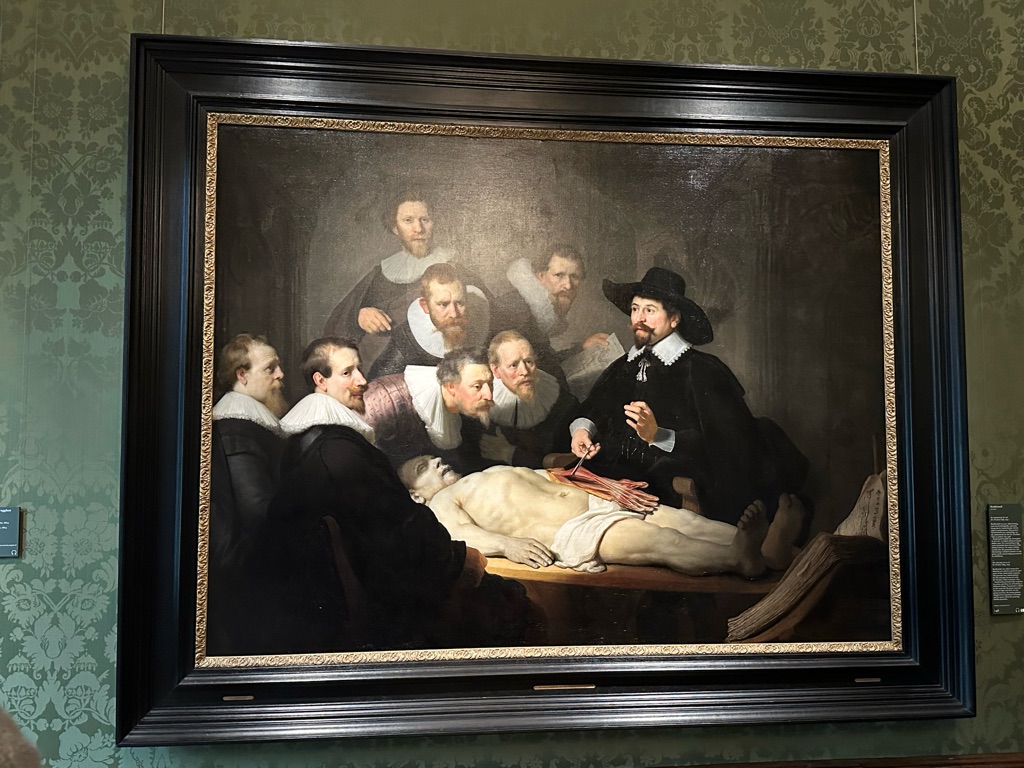

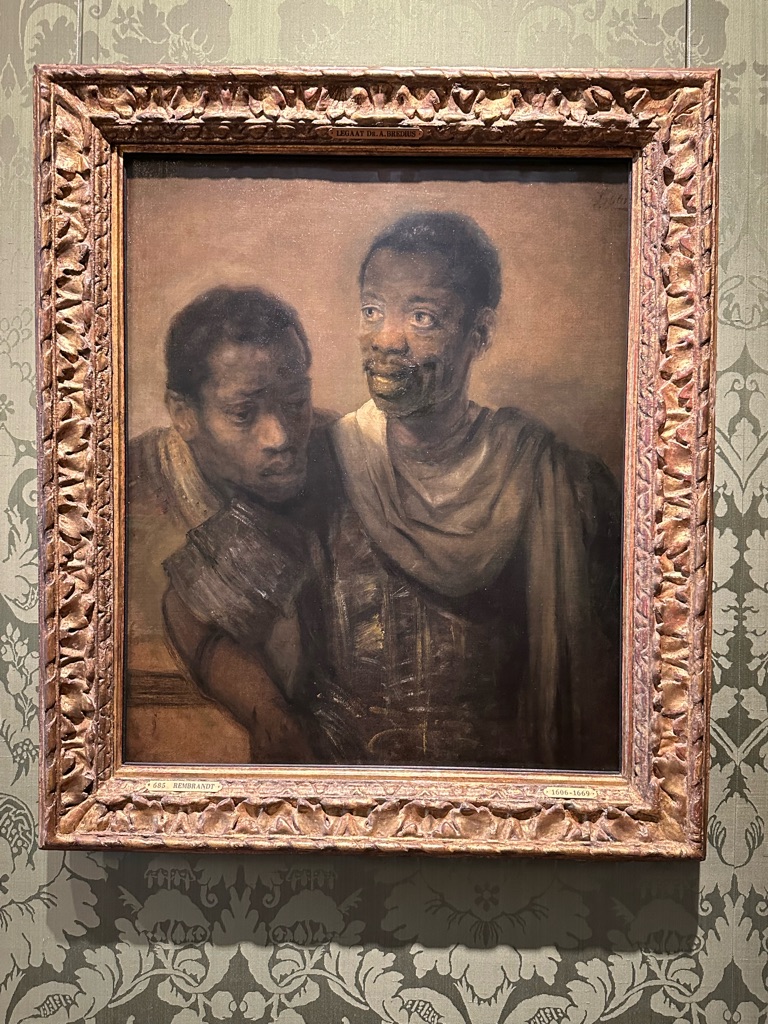
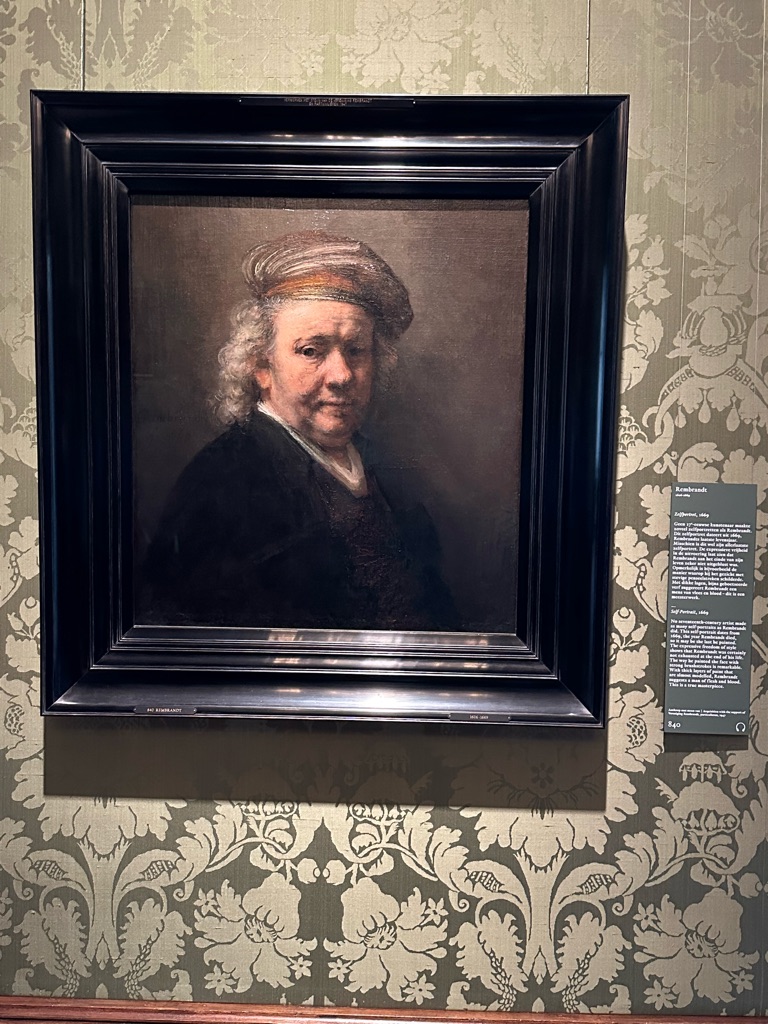
Some lovely Rubens...
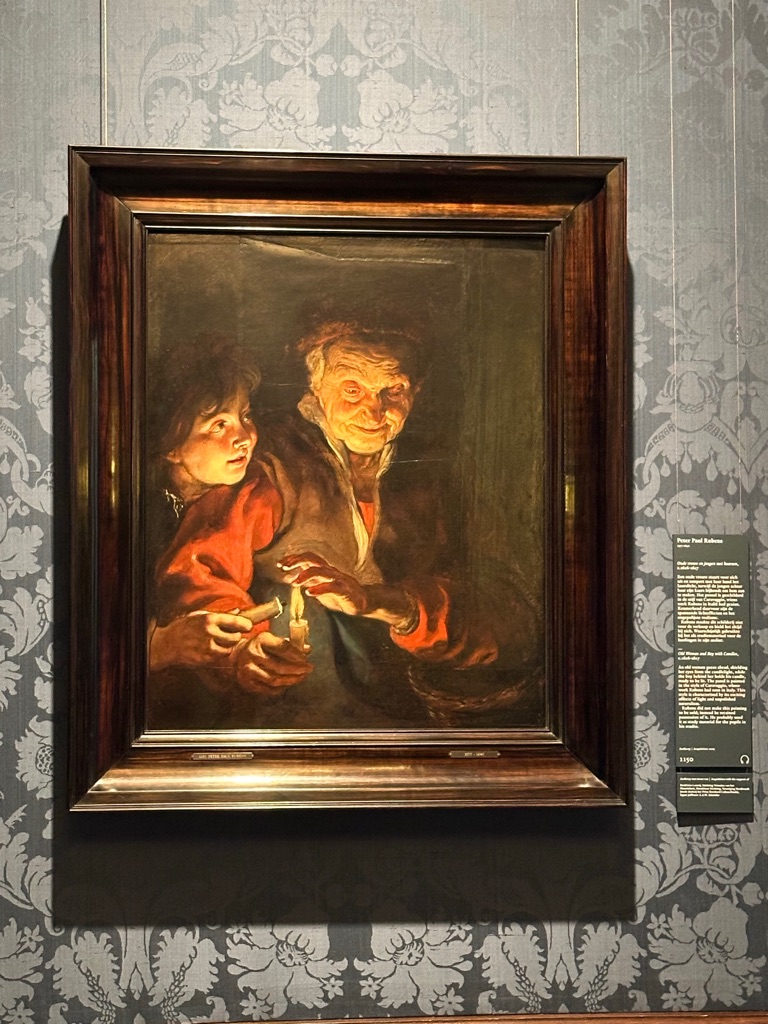
The star of the show, of course, is Vermeer's "Girl with a Pearl Earring", which is behind a railing and closely watched by three or four museum guards in black suits.
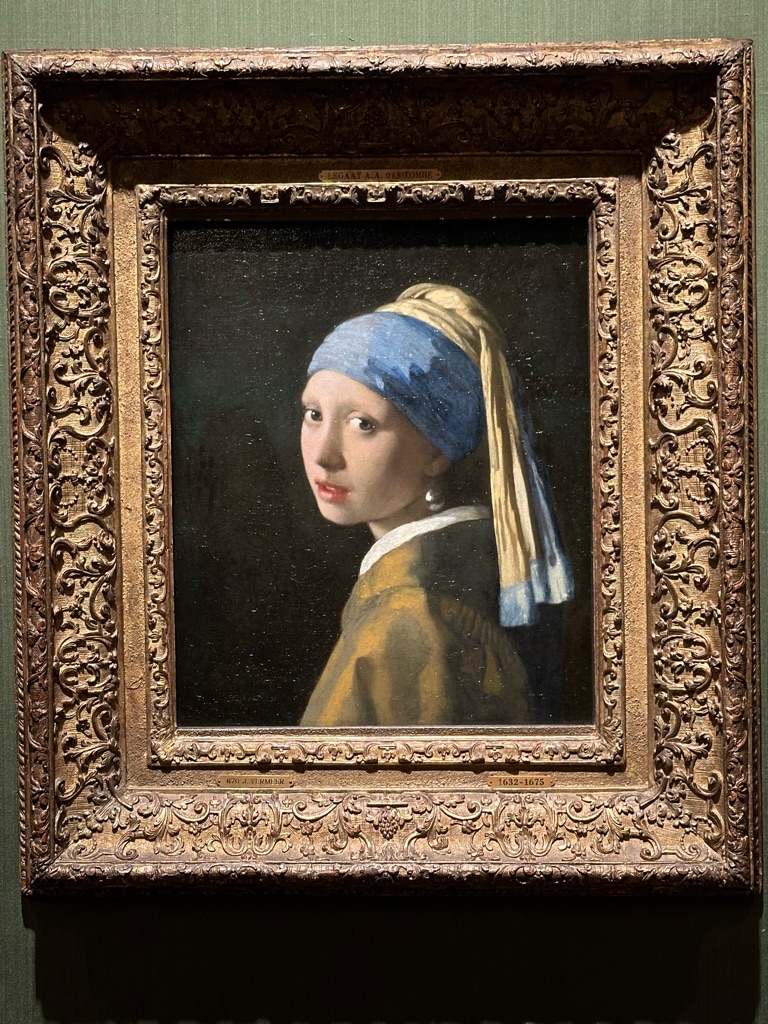
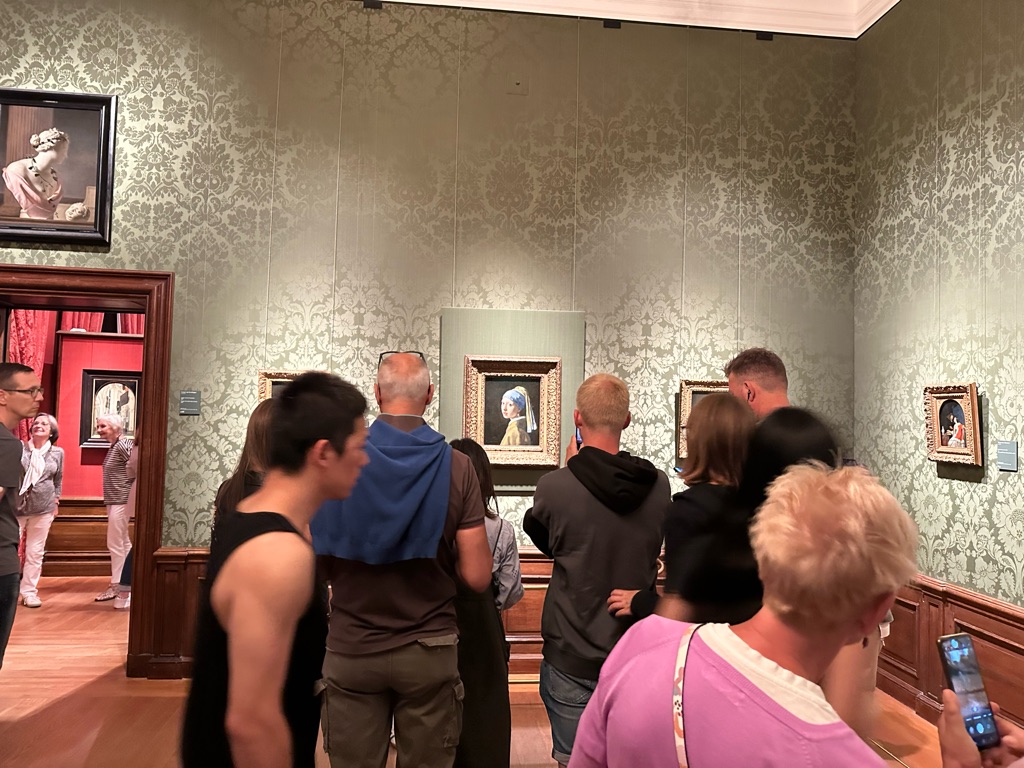
My favourite, though? \240"The Goldfinch", by Carel Fabritius (and lately re-popularised by Donna Tartt's book). It's only small, but my goodness, what a painting. One of the best I’ve ever seen, it is unbelievable up close. Not much is known about Fabritius - he died young in a gunpowder explosion, and so didn’t leave many paintings behind - but he was a pupil of Rembrandt, and is said to have been Rembrandt’s only student who truly developed his own style. And what a style in this. Amazing.
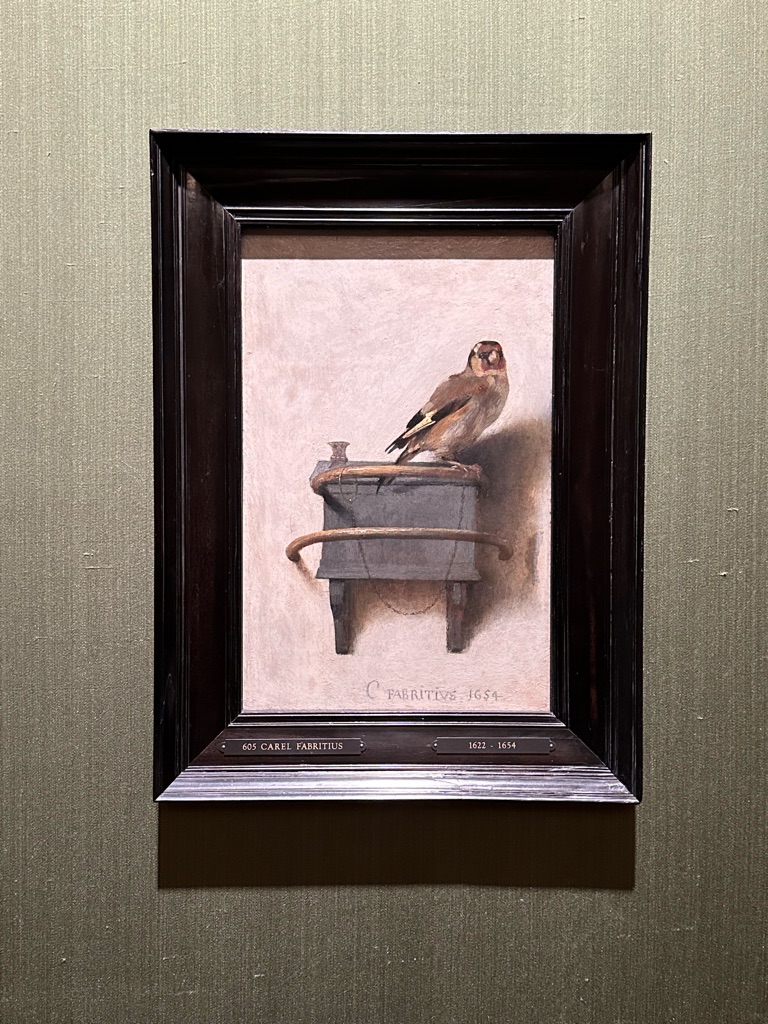
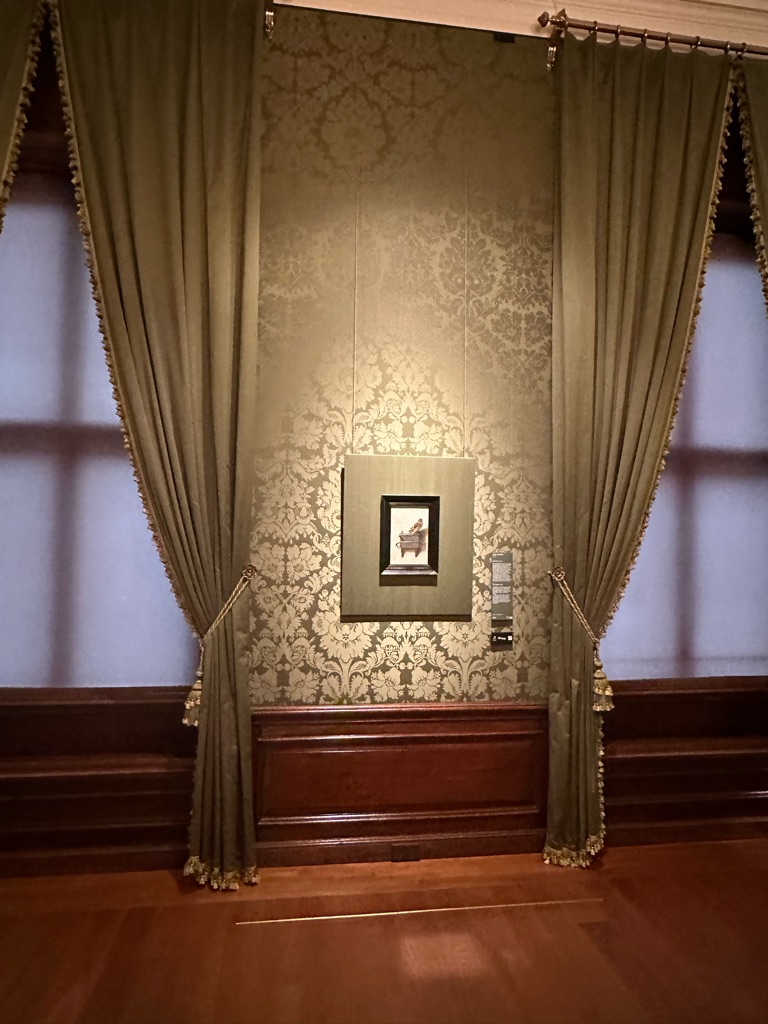
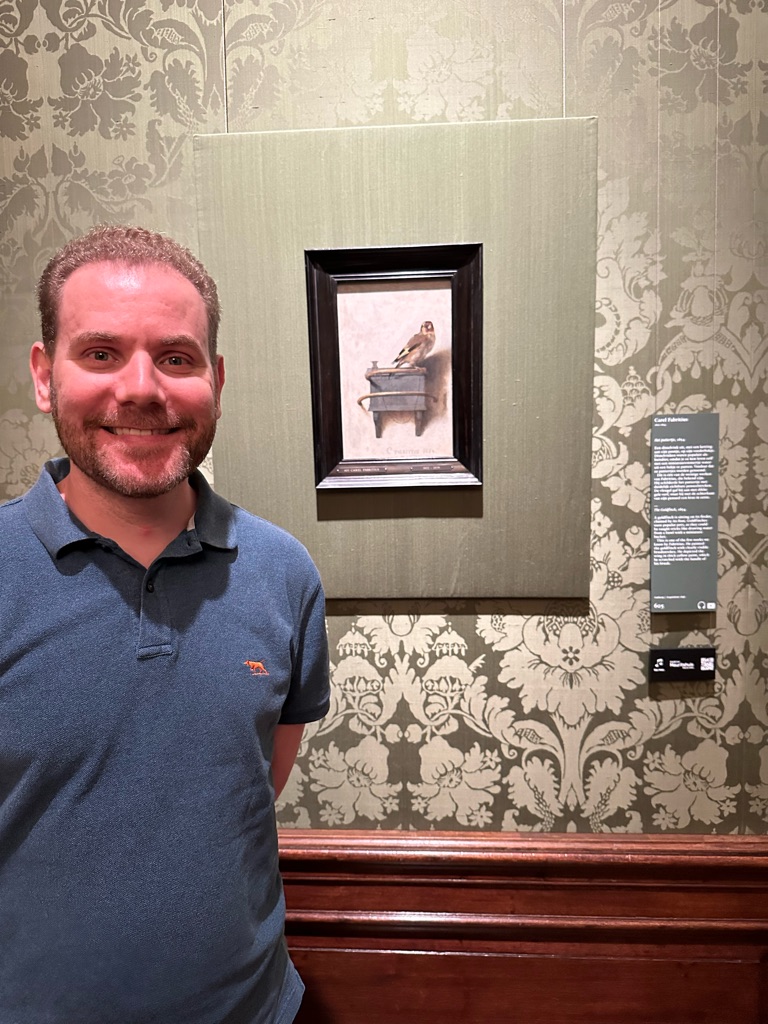
Then for lunch we had an apple pie with whipped cream.
After looking at the girl with the pearl earring.
Then went walking over town near Zee Street.
Everybody in The Hague goes to...
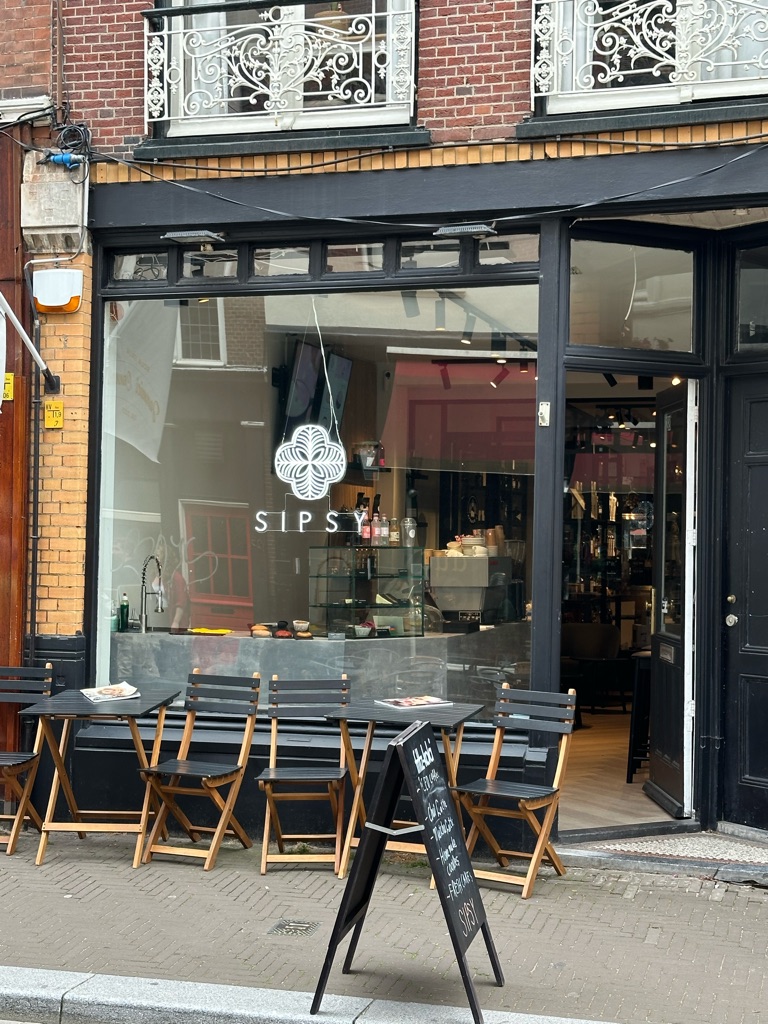
(Sing along if you know the words!!)
On our after-lunch walk, it was nice weather so we decided to see if we could get to the Peace Palace, home of the International Court of Justice. We knew we wouldn't get in (tours are hard to come by unless you're a dignitary), but thought it might be worth a look in any case. Sure was!!

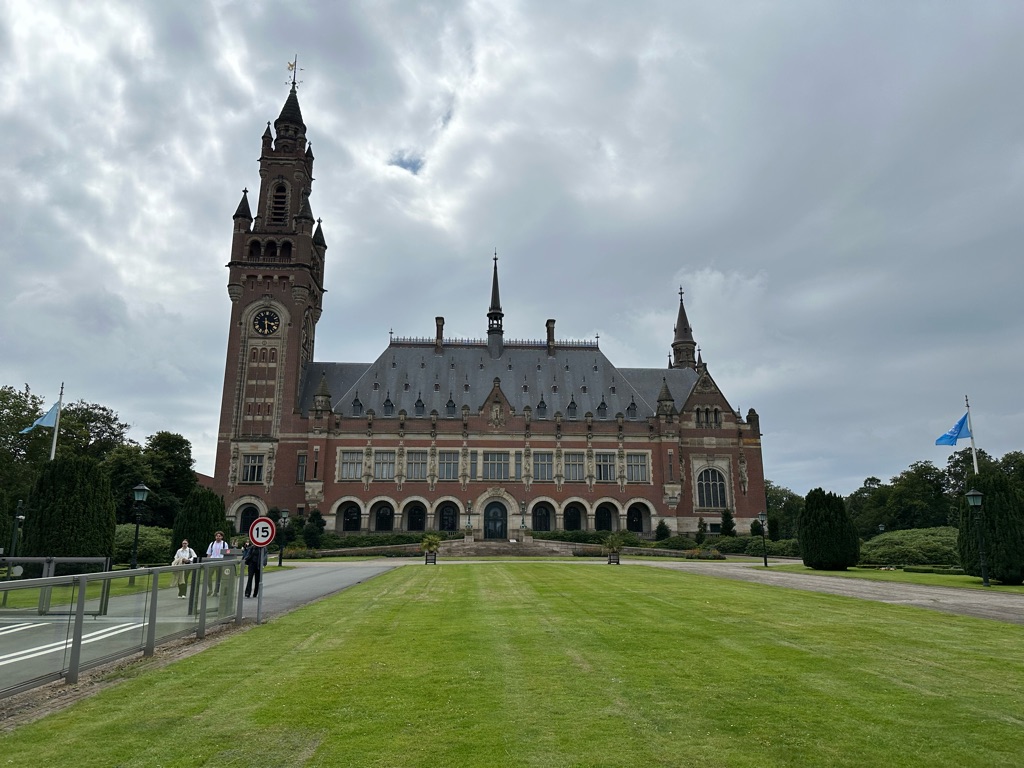
We finished our day with a gelato in the grounds before heading back to Amsterdam on the train. A great day was had by all!
I am again a bit behind on the blog, but trying to catch up!
Wednesday was our last morning Amsterdam, and we celebrated by going on a one-hour open-top cruise through the canals. \240It was a lovely way to finish ourtime here. \240Overall, Amsterdam feels like a very unusual city - the canals, the roads, the bikes and the crowds take some getting used to. I'm not sure either of us would say that we loved it, although we did get more used to it (The Hague would definitely be my preference as a place to live).
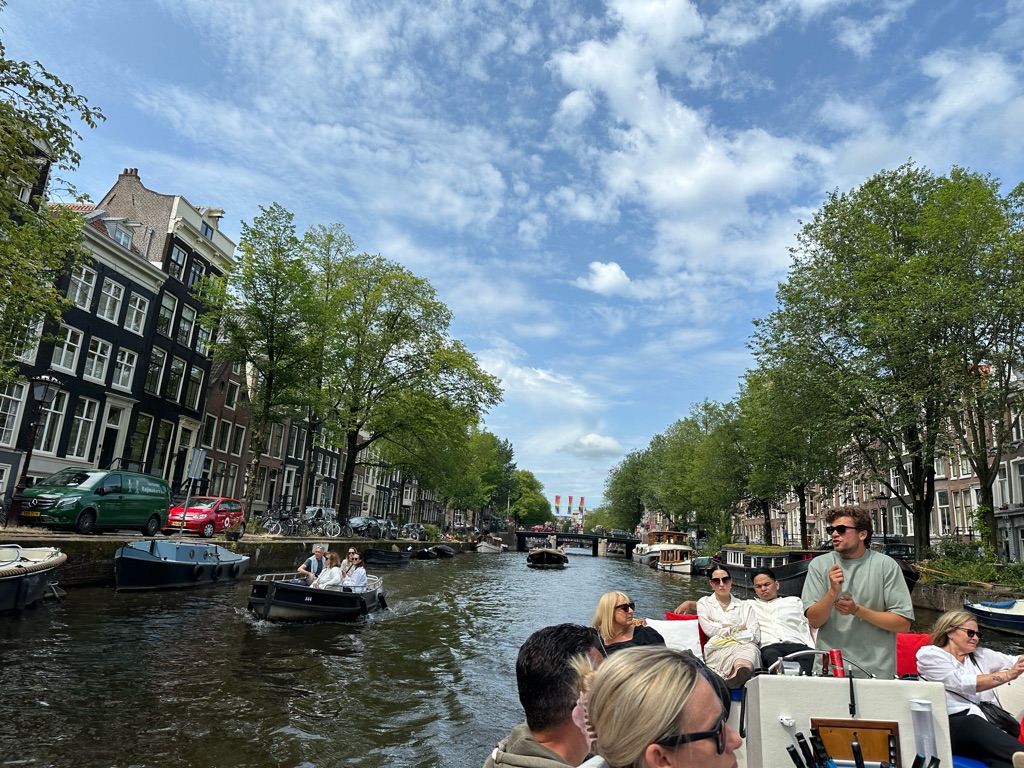
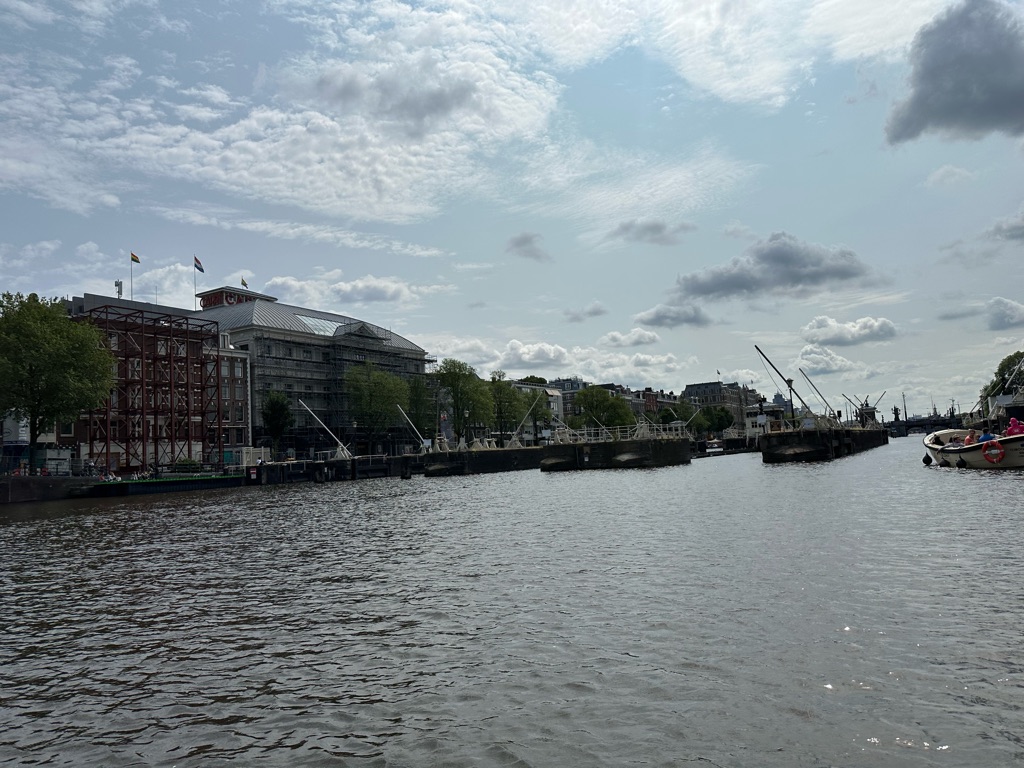
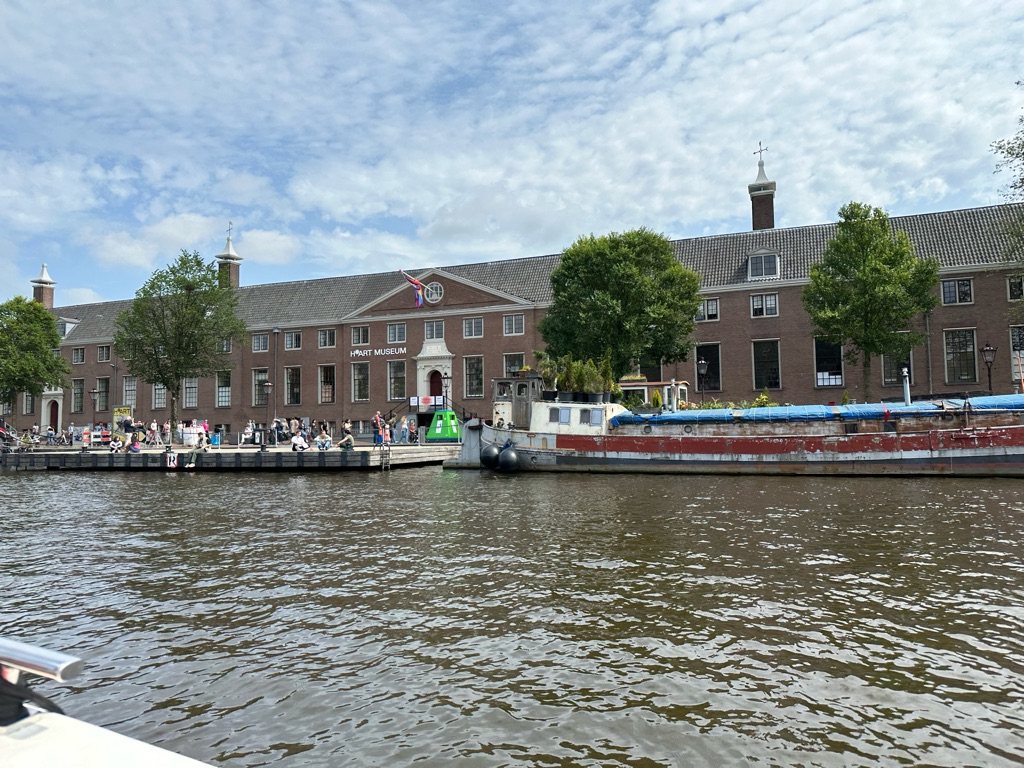

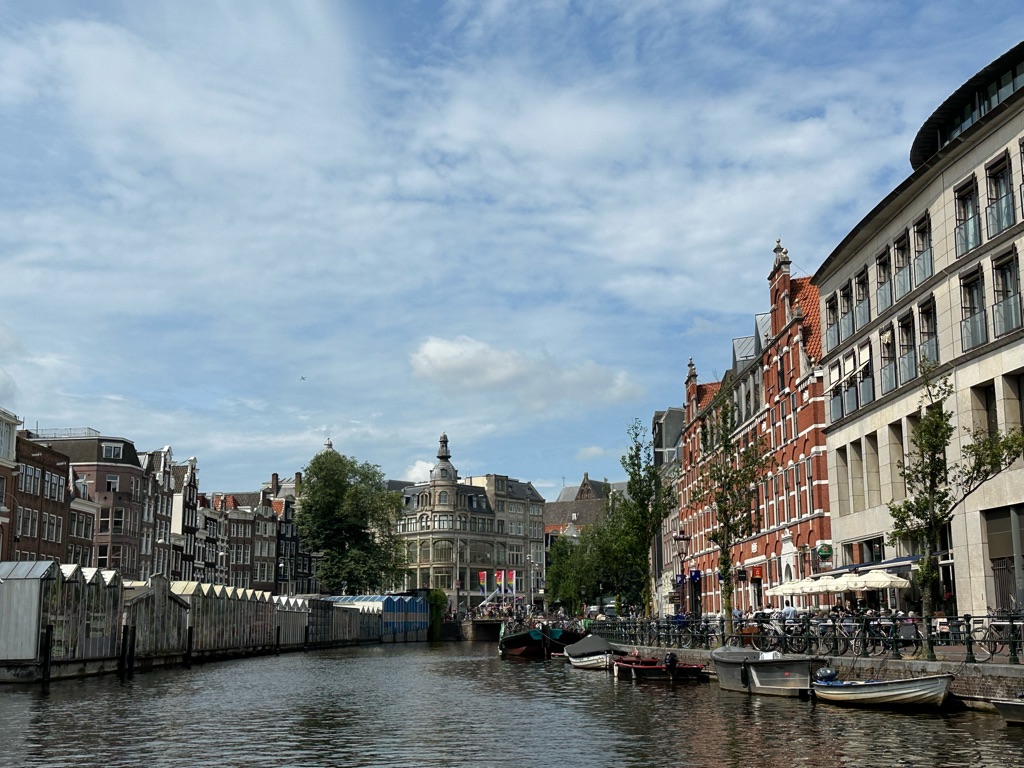
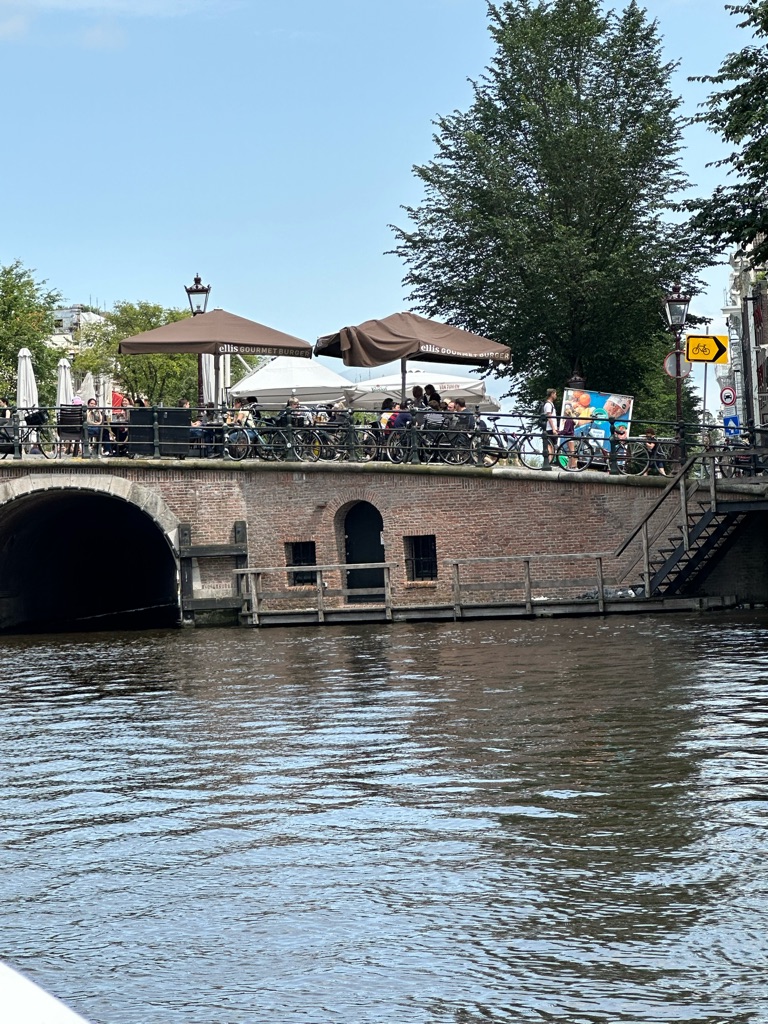

After a quick lunch, we packed our bags and headed to Amsterdam Centraal to board the Eurostar to Paris, through the southern Netherlands, across Belgium, and down into northern France, with a small number of stops at the big cities (Rotterdam, Antwerp, Brussels).
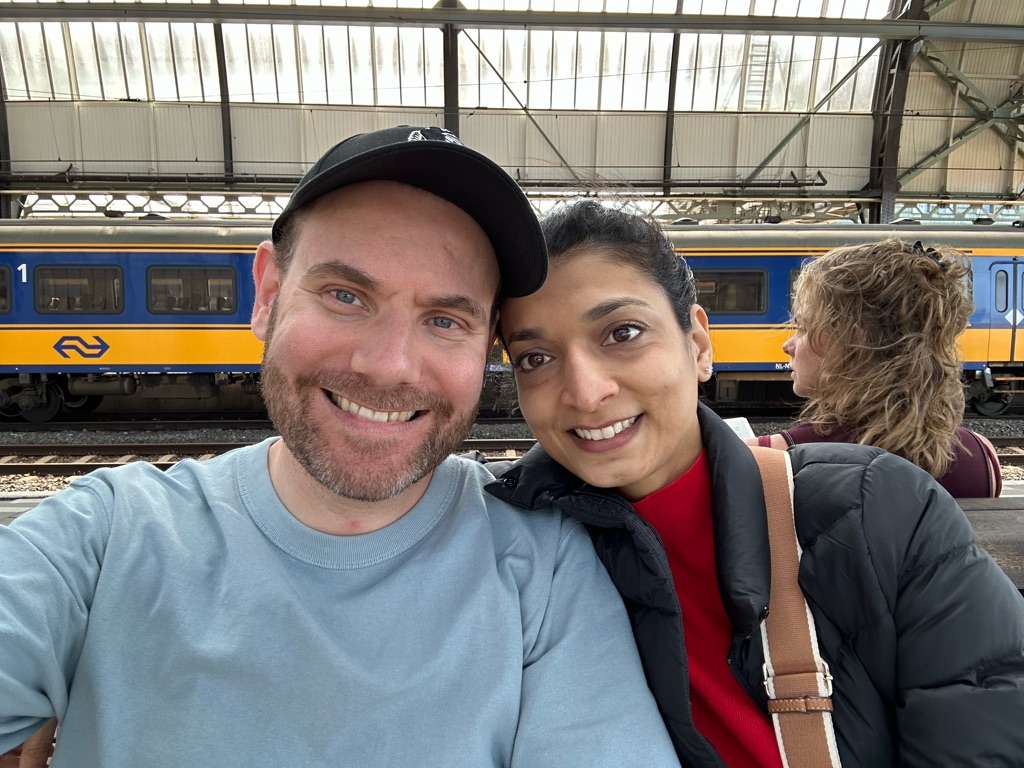
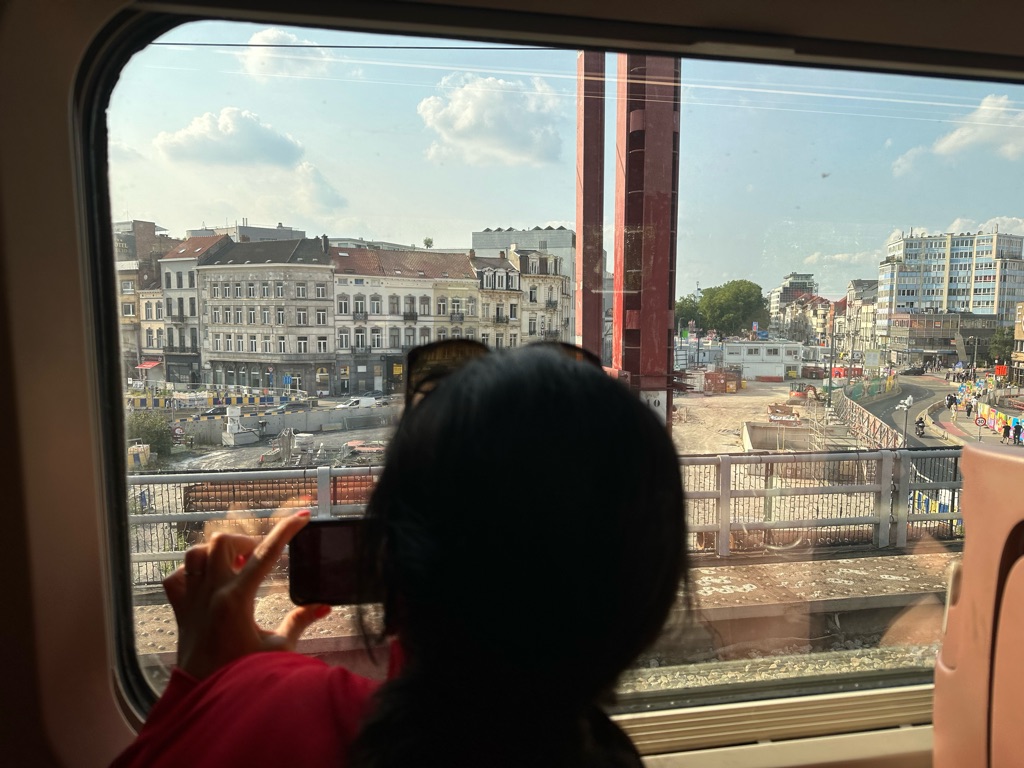
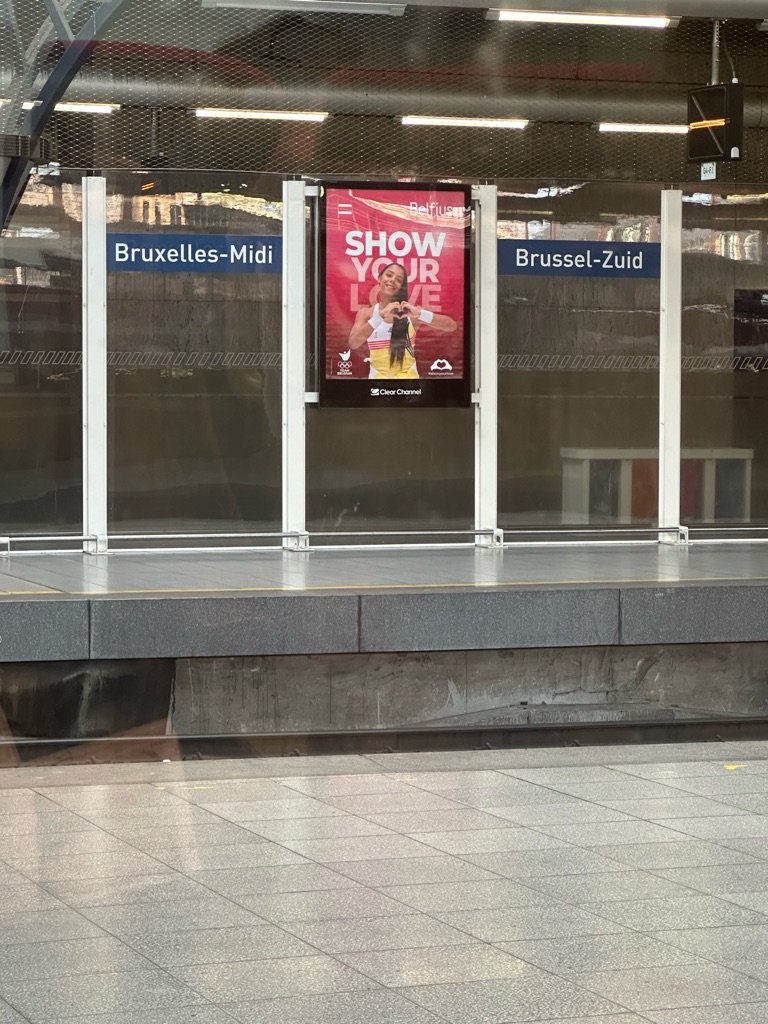
The journey was great, and very efficient- you can see here that we are travelling much quicker than the cars on the freeway (makes a difference from the Australian trains!)
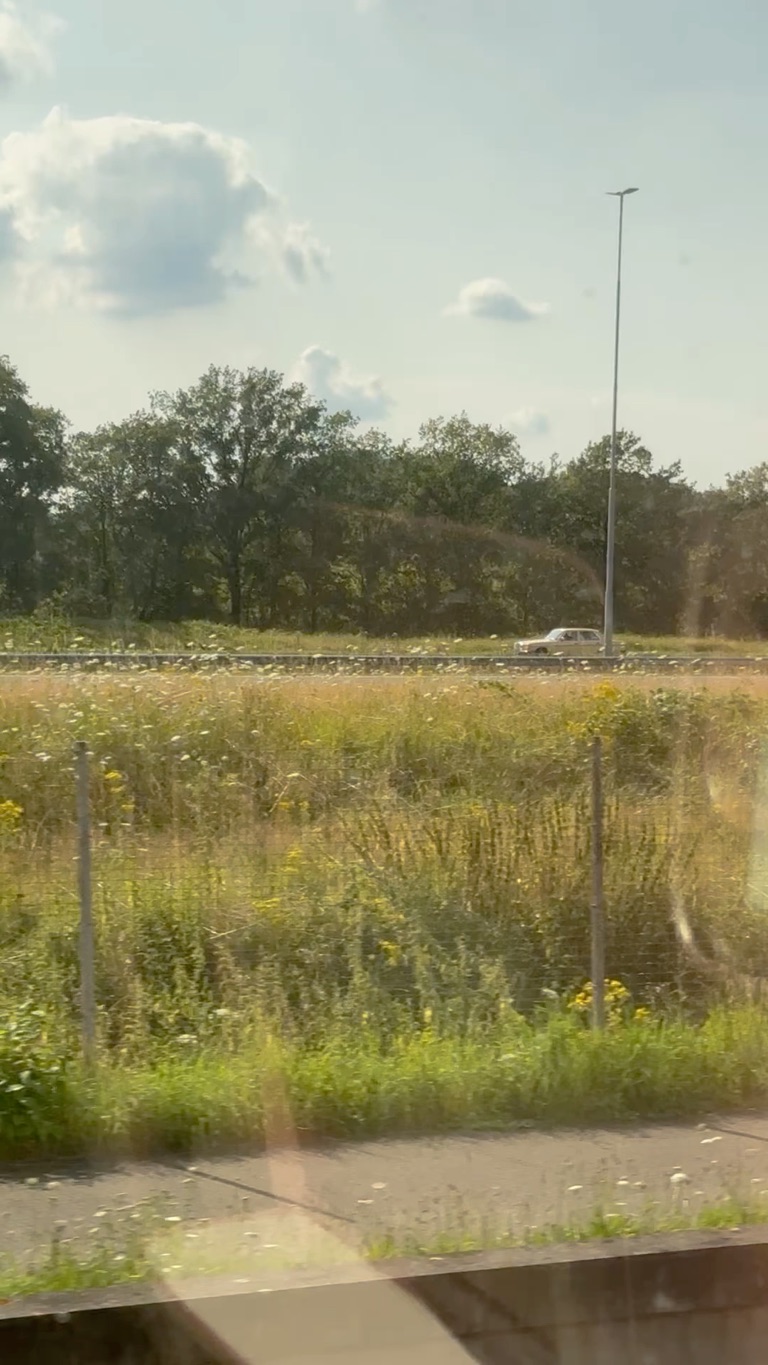
Very busy at the station upon arrival into Paris, but made it safely to our lovely hotel which is in a young and trendy neighbourhood near the Place de la Republique.
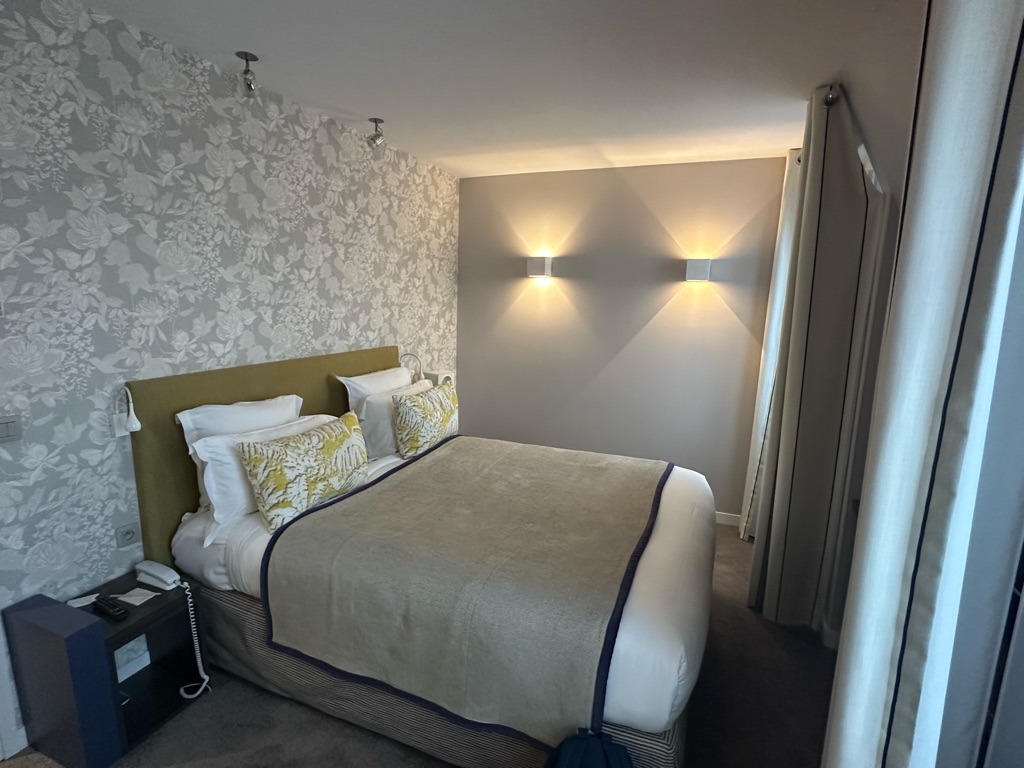
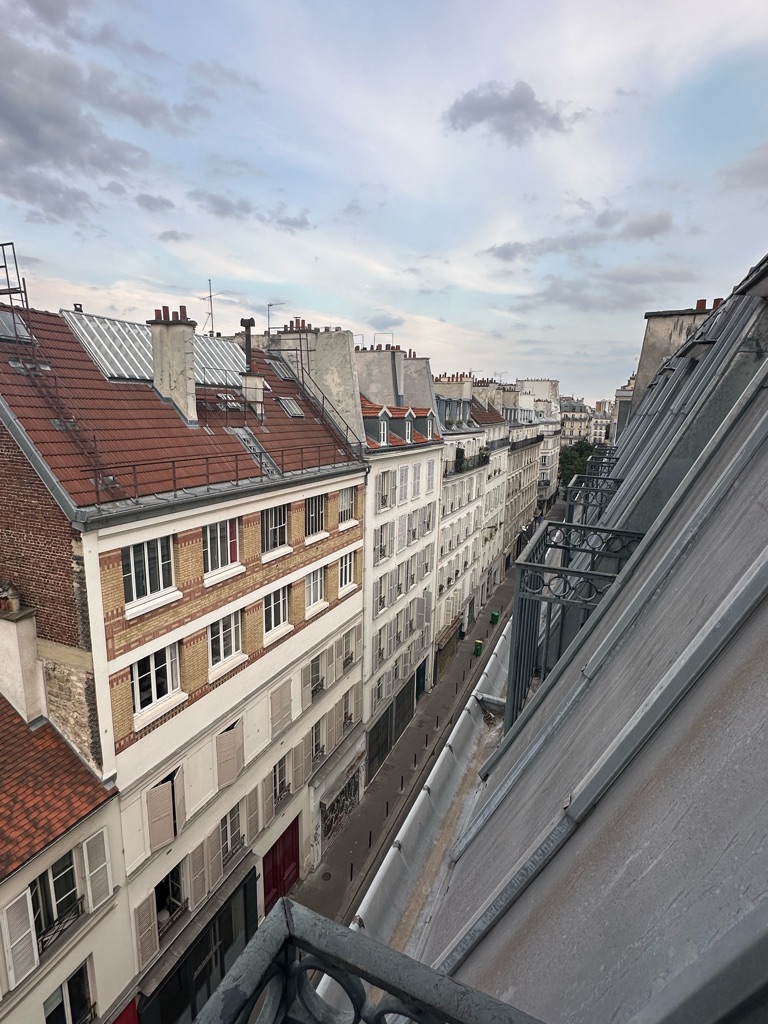
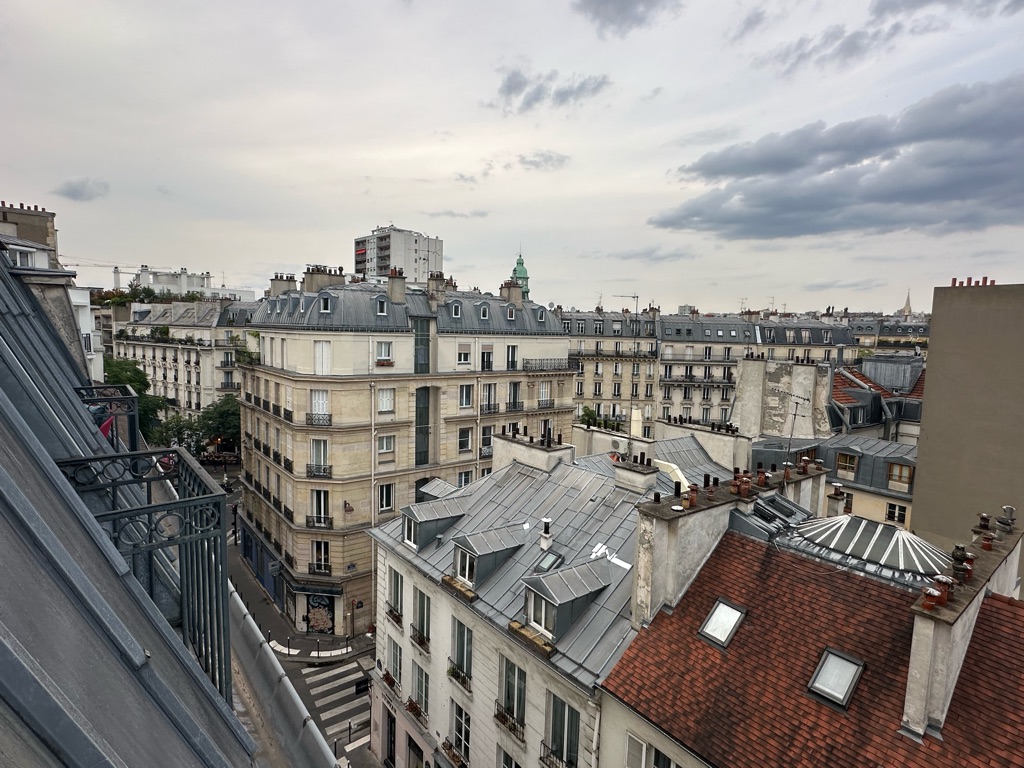
I enjoyed a lovely dinner of steak tartare before a brief walk around the neighbourhood.
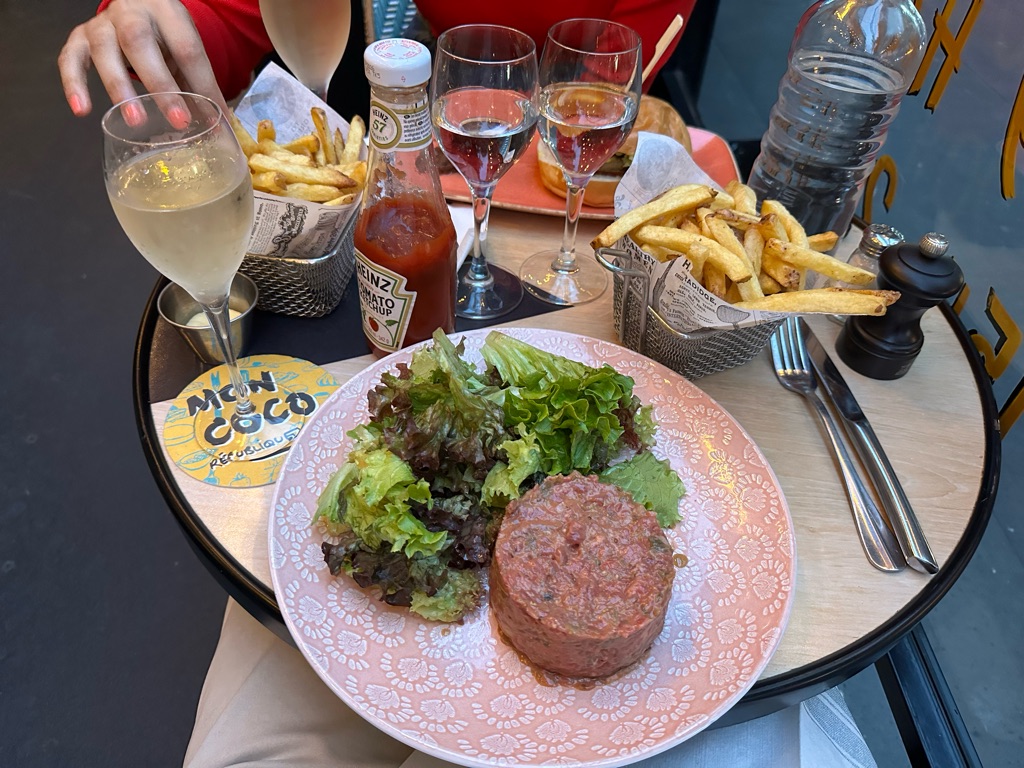
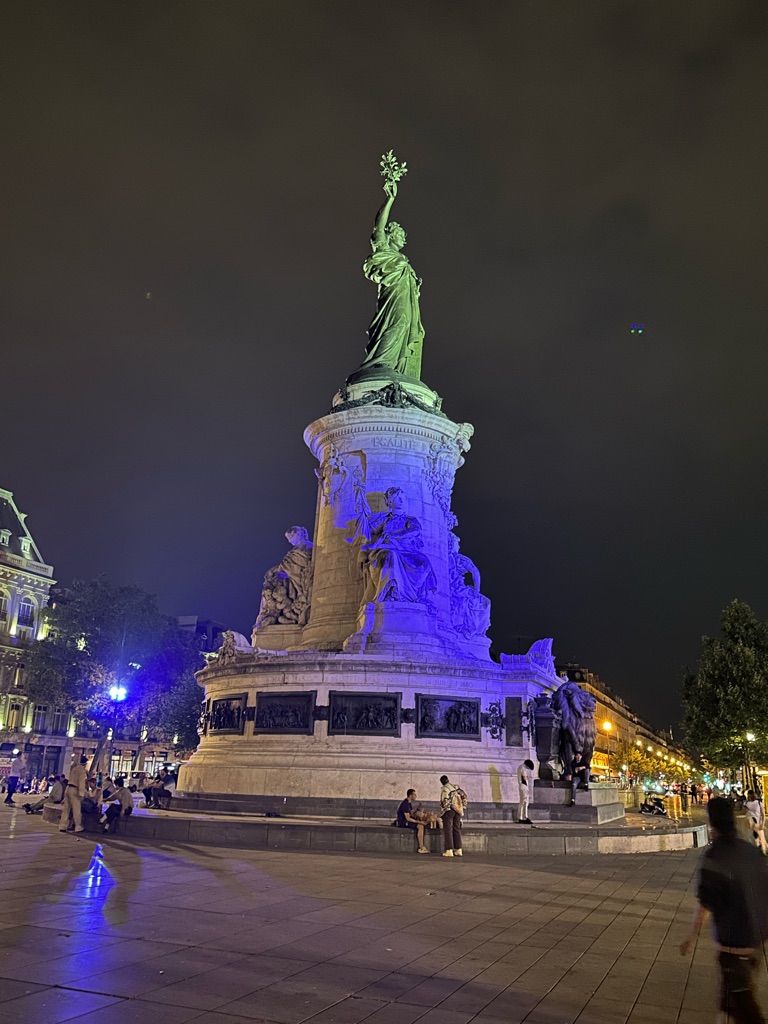
More thoughts from Paris shortly!
Catching up on the blog today with all the Paris news - let me take you back to Thursday, the day after we arrived - feels like ages ago!
We began the day with a ride on the Metro, to see how close we were able to get to the main tourist attractions (despite the heavy security). \240The Metro is amazing - a very dense underground network, with stops everywhere, and the trains rocket along through the underground tunnels at very high speeds. Reminds me a bit of that old movie - one of the Mission Impossible movies, or a James Bond, I think? - where the helicopter gets pulled through the tunnel behind the train. Thrilling stuff!
As it turned out, we were able to get very close to the Eiffel Tower indeed - two security checkpoints, and about a 10min queue for tickets, but that was all it took and then we were on our way to the top! I was surprised how easy it was, and how few people were around.
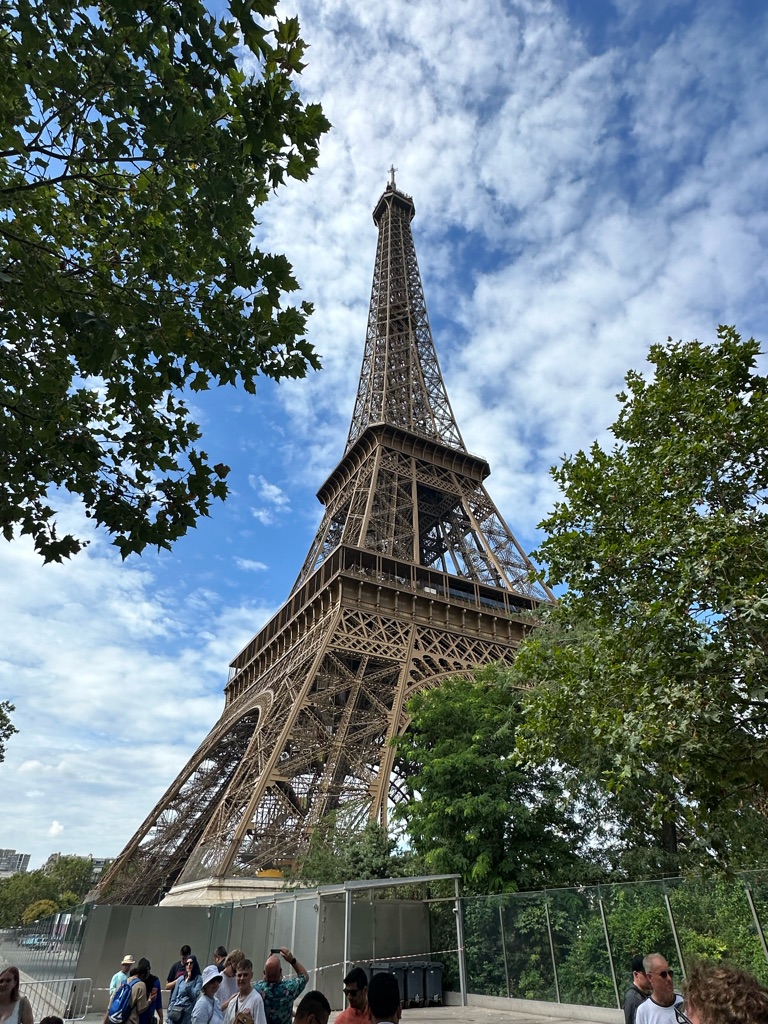
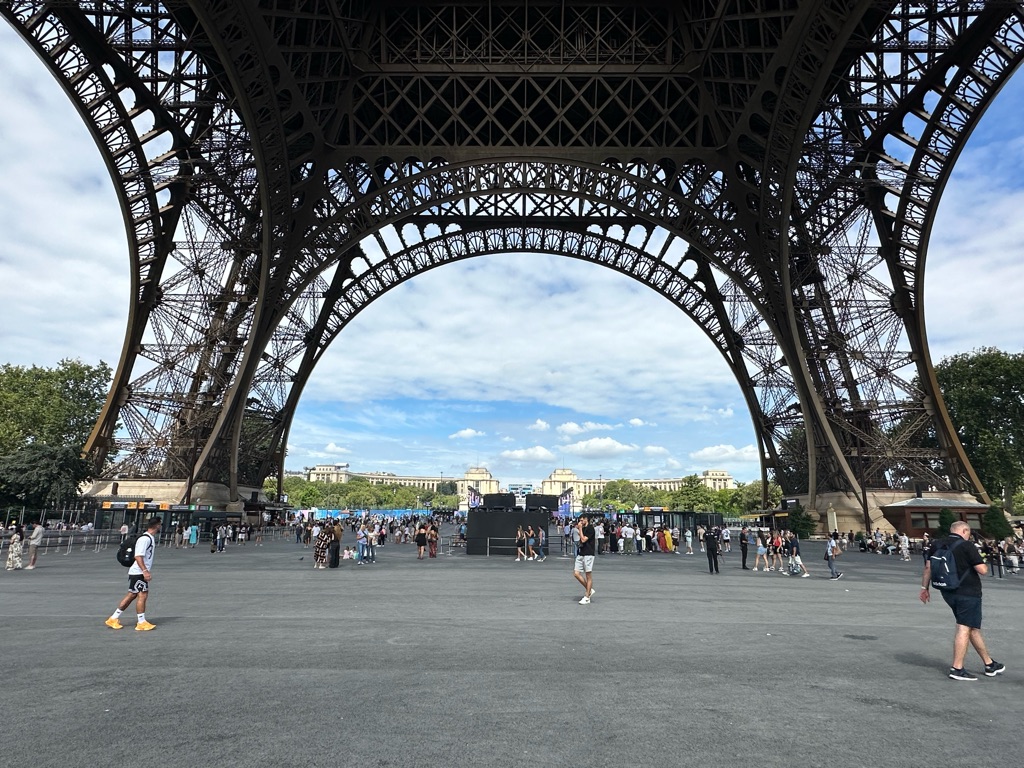
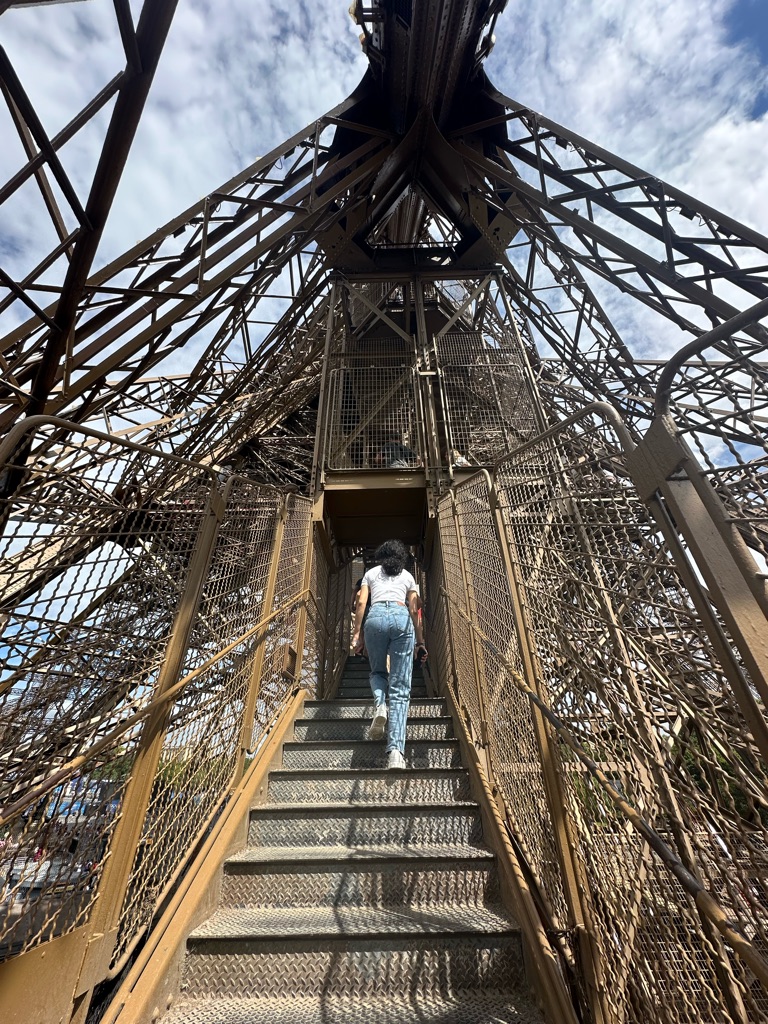

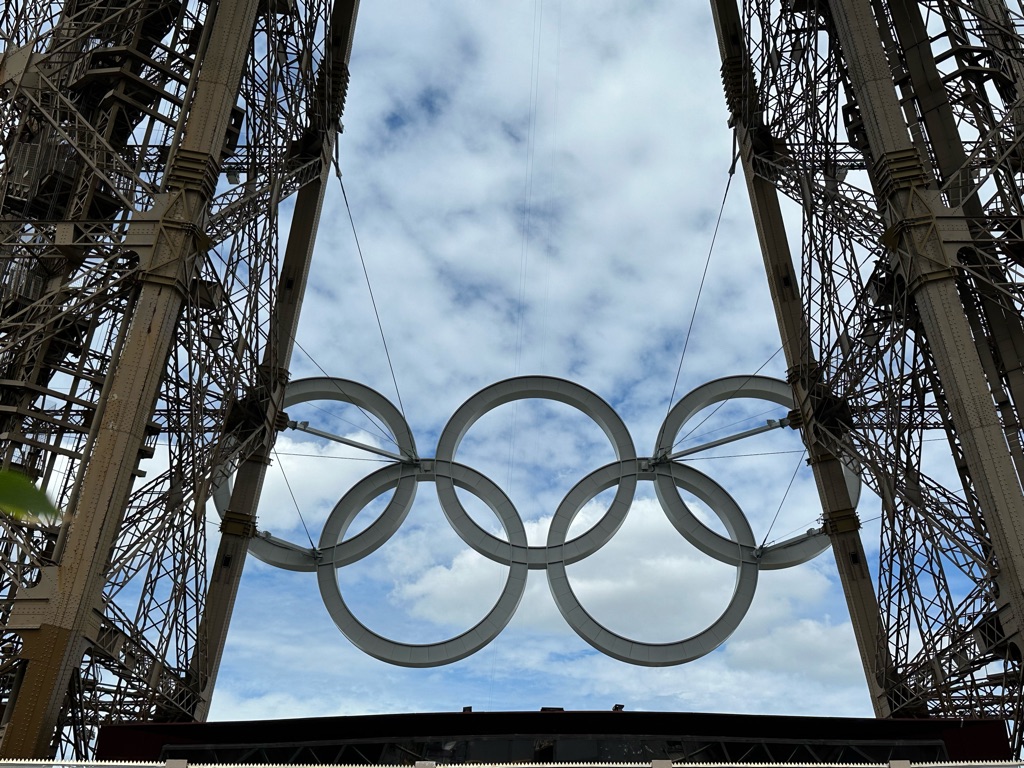
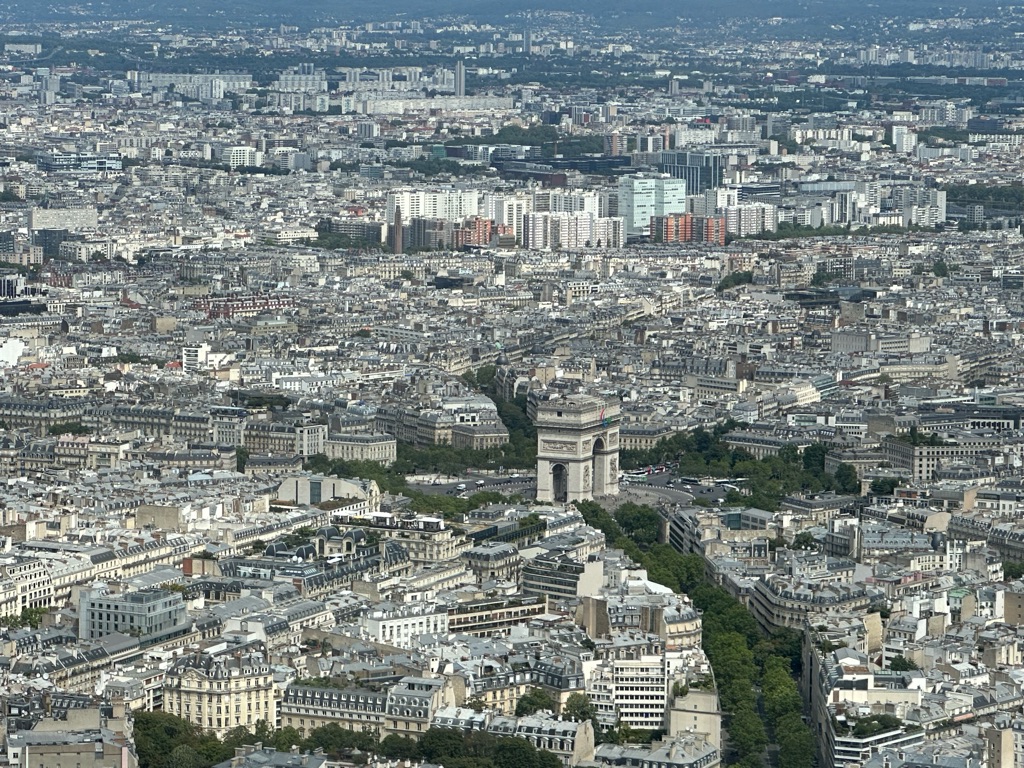
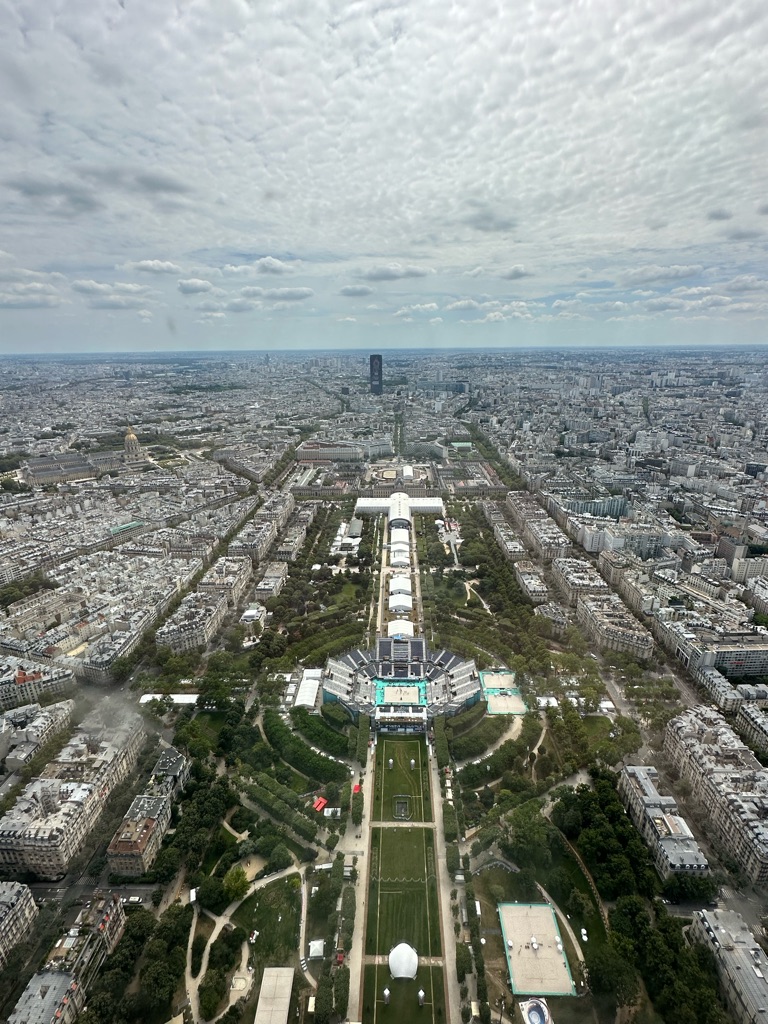
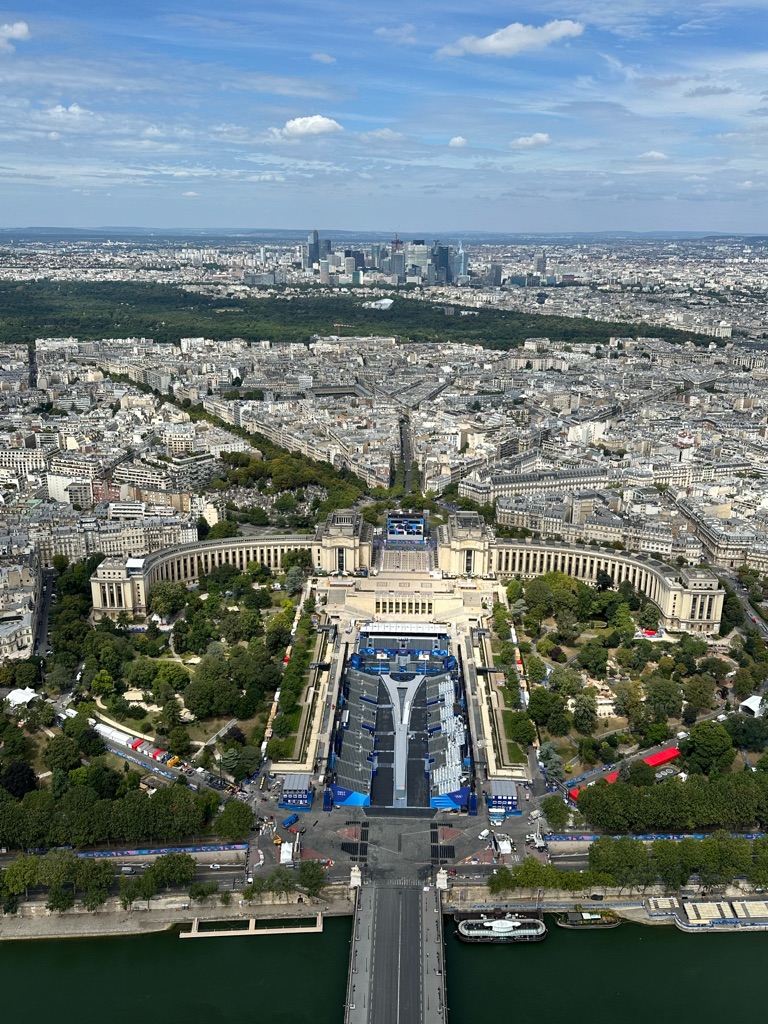
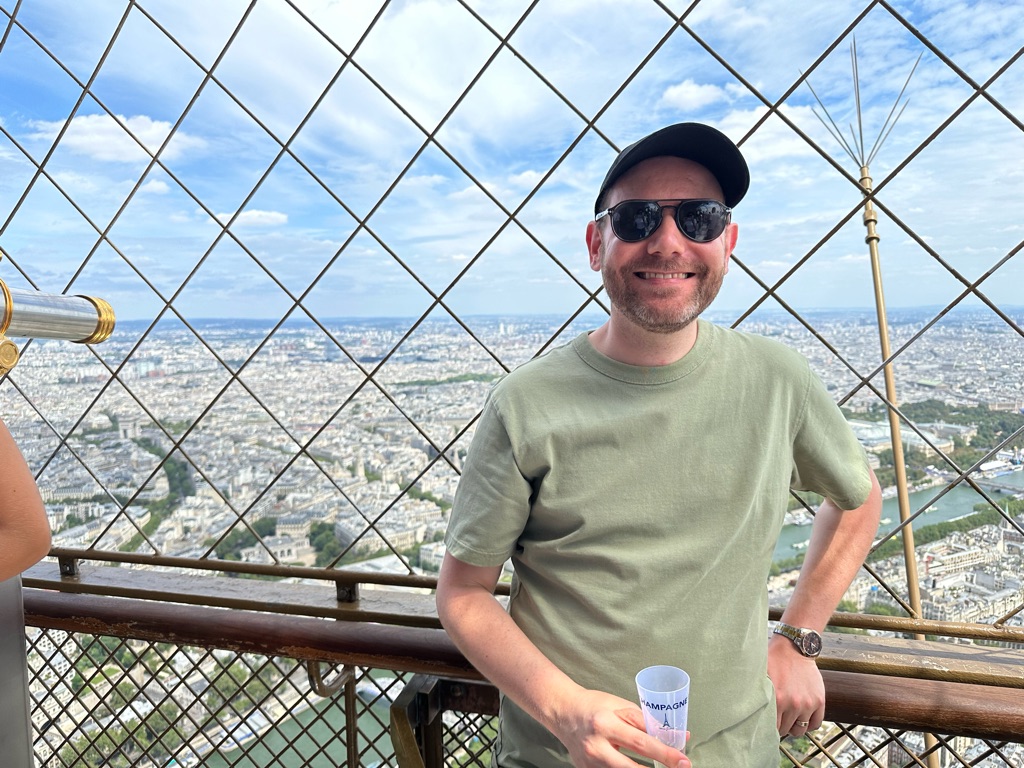
There is a little window at the very top where a man will pour you a drop of Moet in a plastic flute, for a hefty price. But i guess, how often are we going to be drinking champagne on top of the Eiffel Tower?
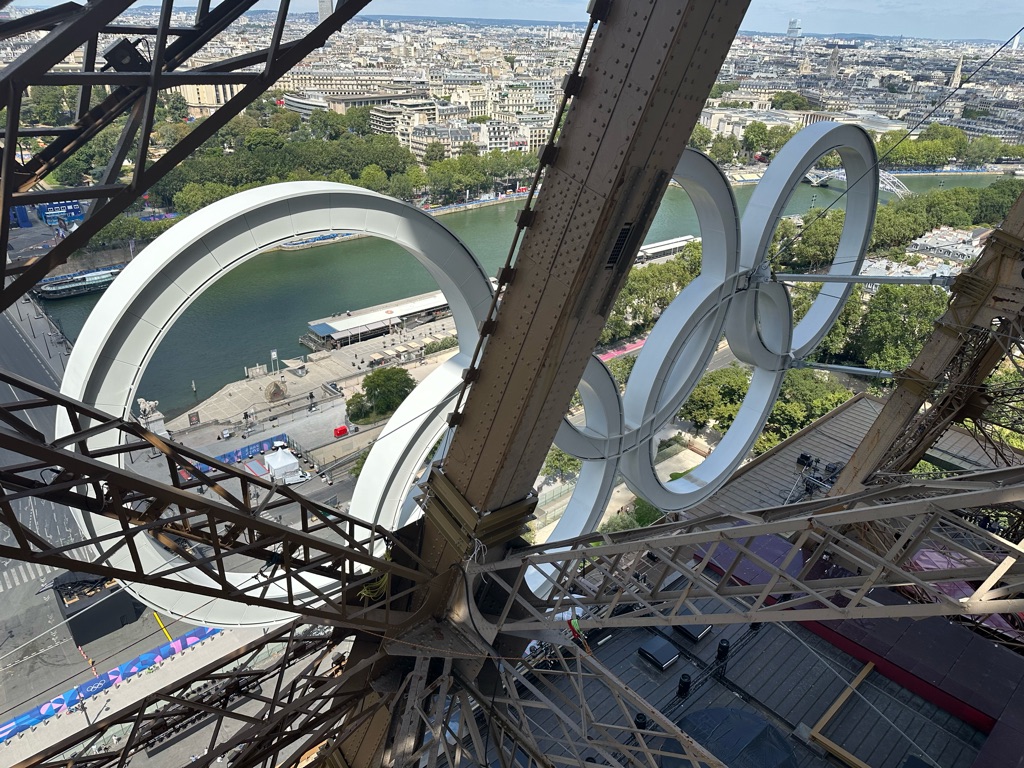

At the first level, the is quite a large viewing platform with souvenir shops, a restaurant, and an outdoor bar where you can order popcorn and a cocktail and watch the football on a big screen. We stayed for about an hour, it was glorious.
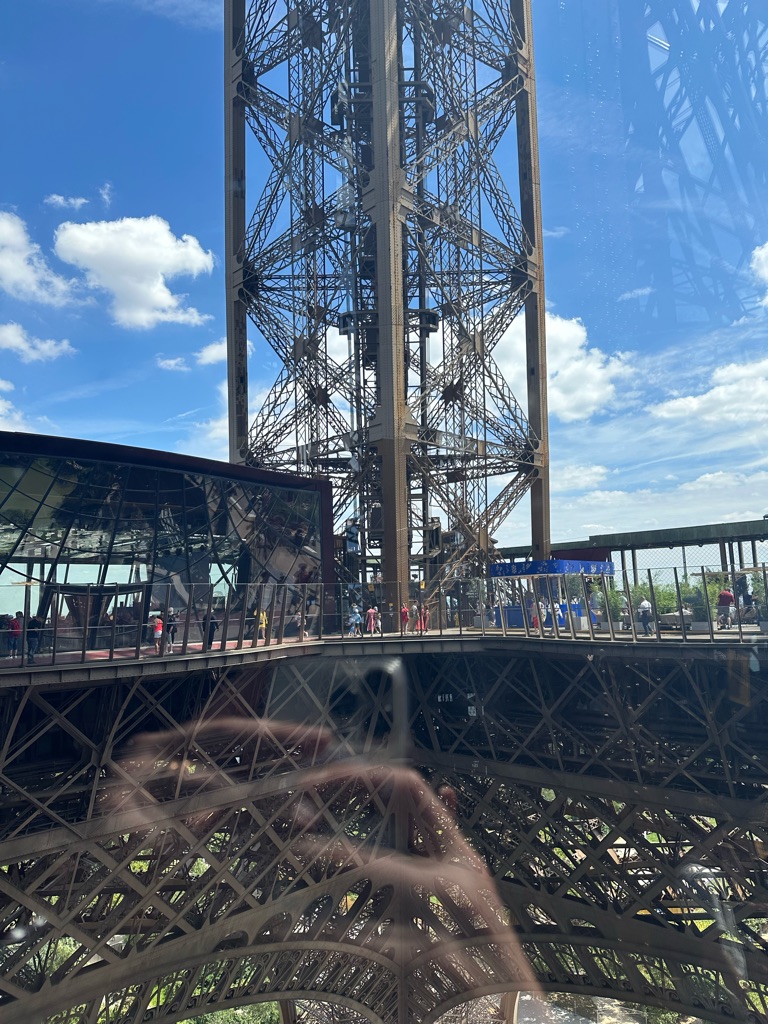
There are 647 steps, plus a lift to take you the last part of the journey to the top. We took the stairs up, but then got the lift the whole way down. \240From up top, you realise that Paris is huge. I guess I should have worked that out myself (over 12 million people in the broader metropolitan area - bigger than Sydney and Melbourne combined), but the romantic version of Paris always makes it seem like a little village of bakeries and fashion shops. \240It definitely still has that, but it's a big city too!
From the Eiffel Tower, we then made our way to the Arc de Triomphe - you can climb up the internal steps on one side, and then down the other (more steps, and no lift!) \240The lack of any bottled water for sale at the top was a major drawback haha.
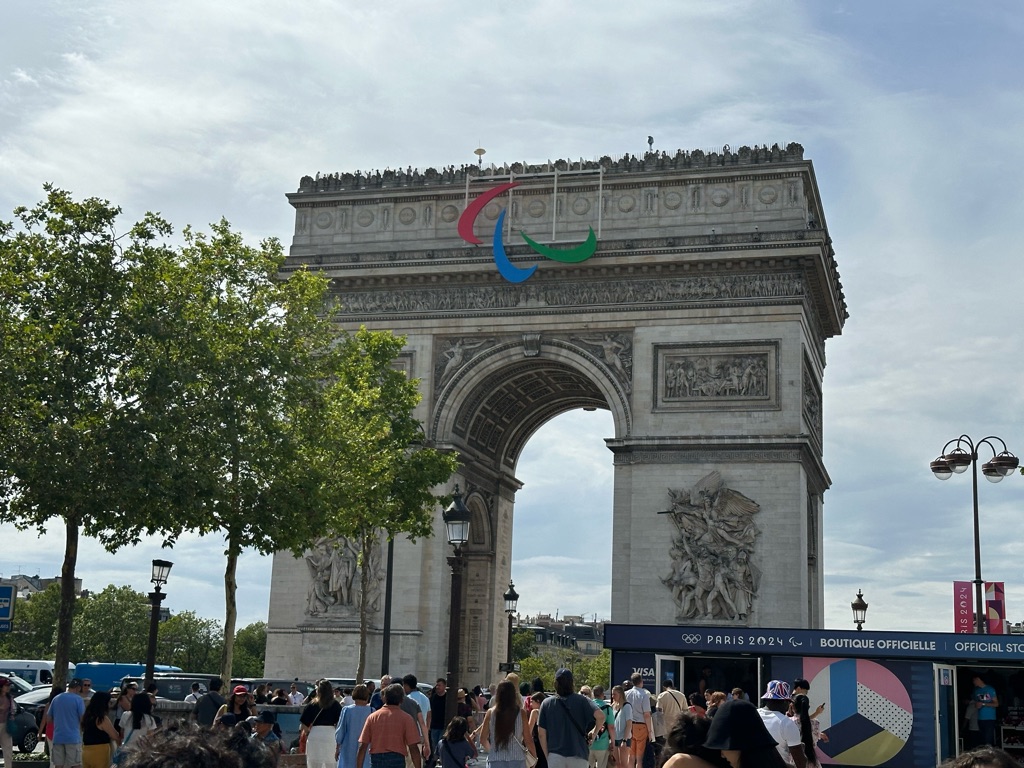
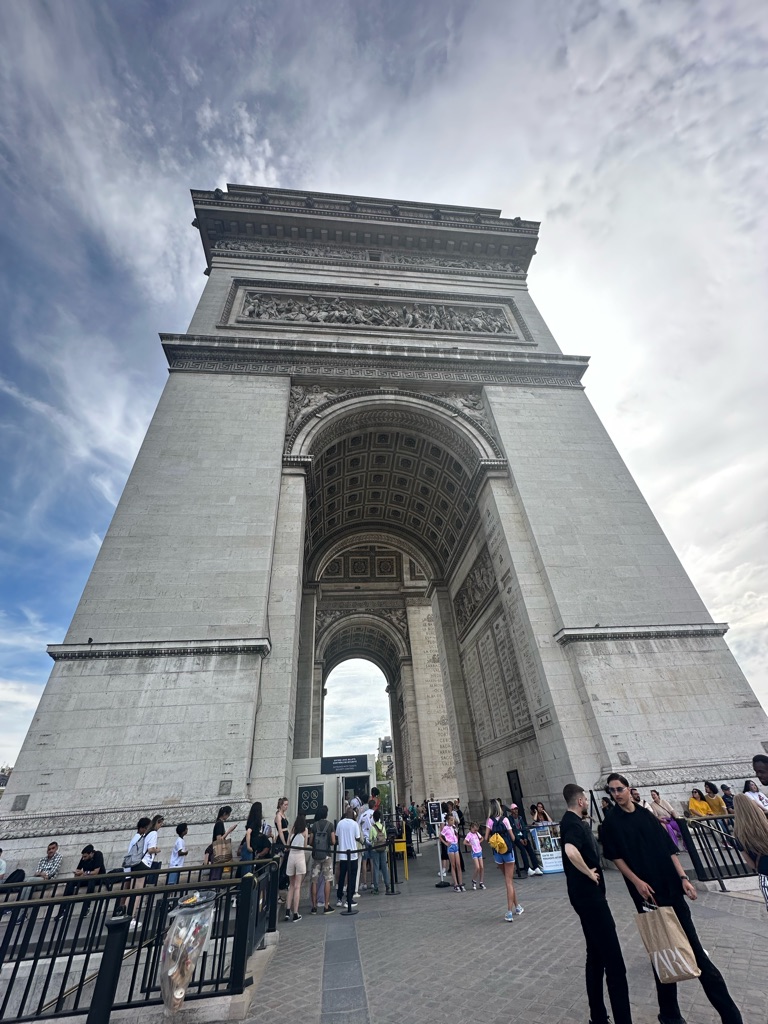

From the top you can see the "classic" Paris skyline view, across to the Eiffel Tower...
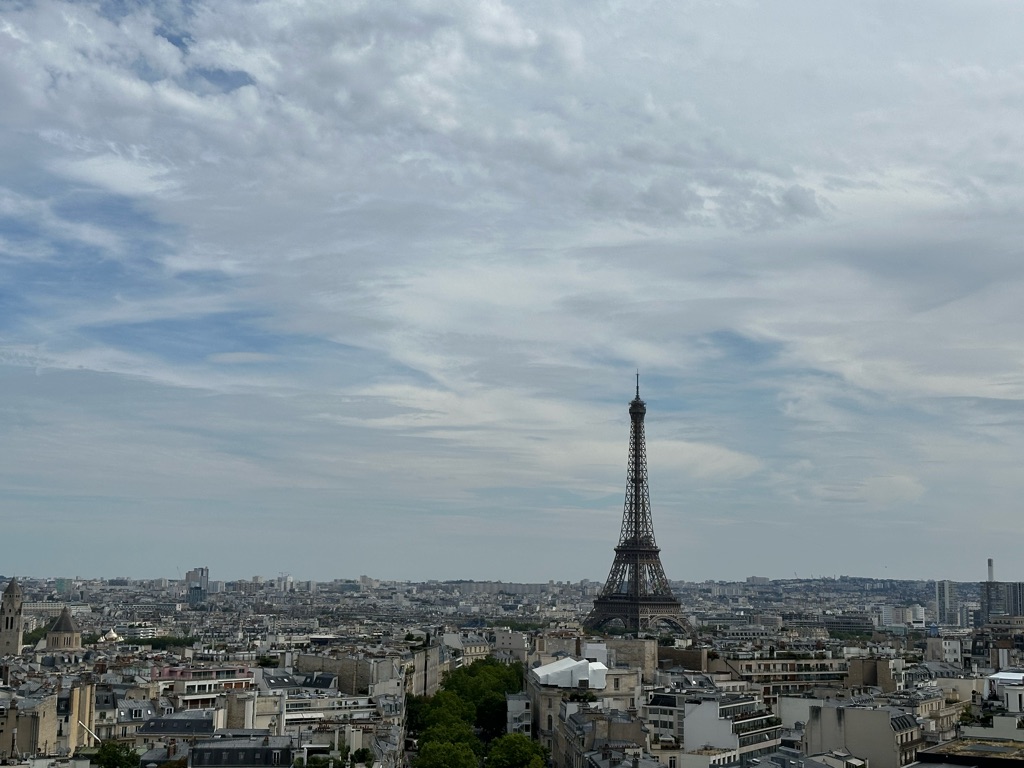
... And down the Champs Elysees
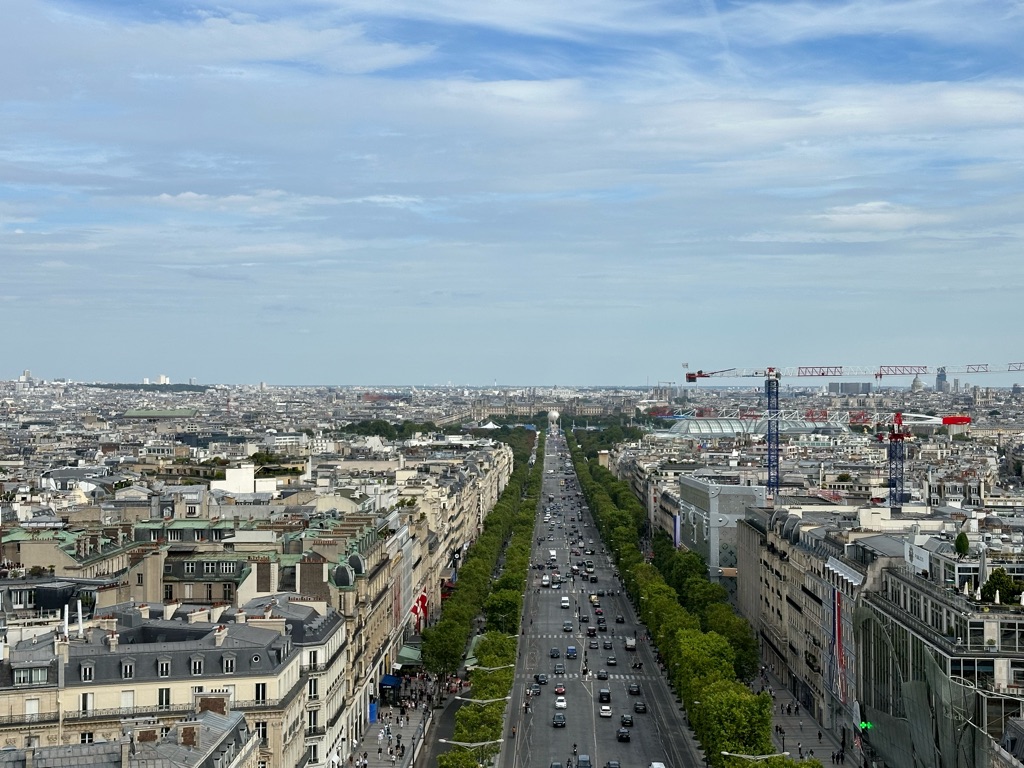

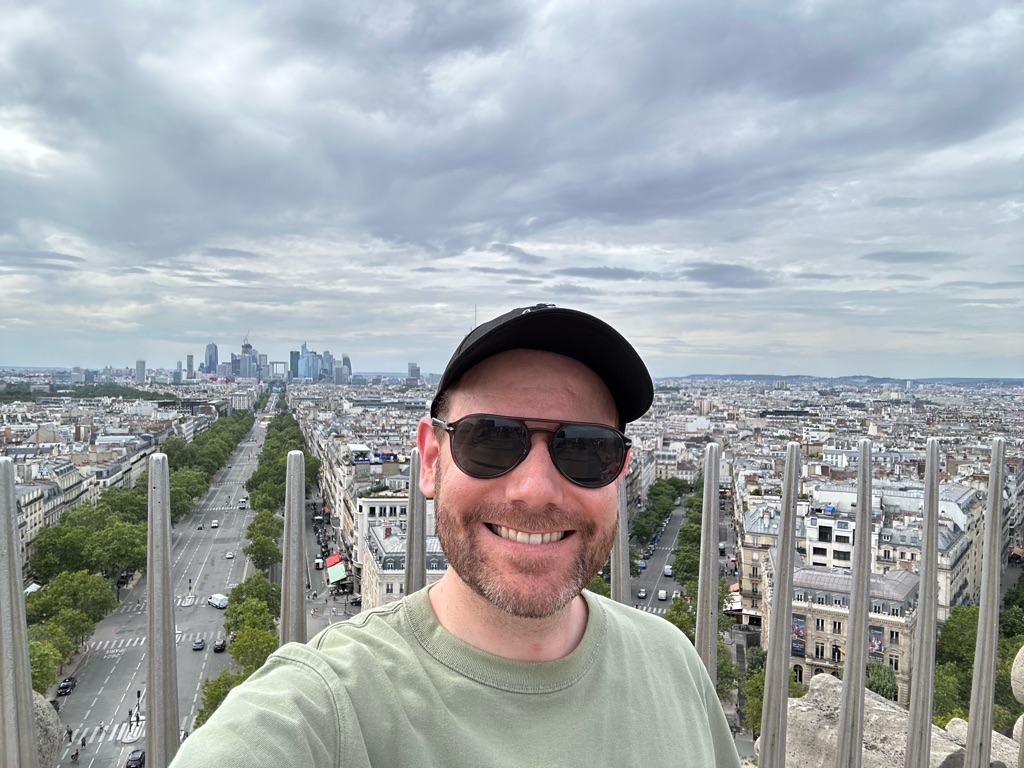
Poor thirsty stair-climber!
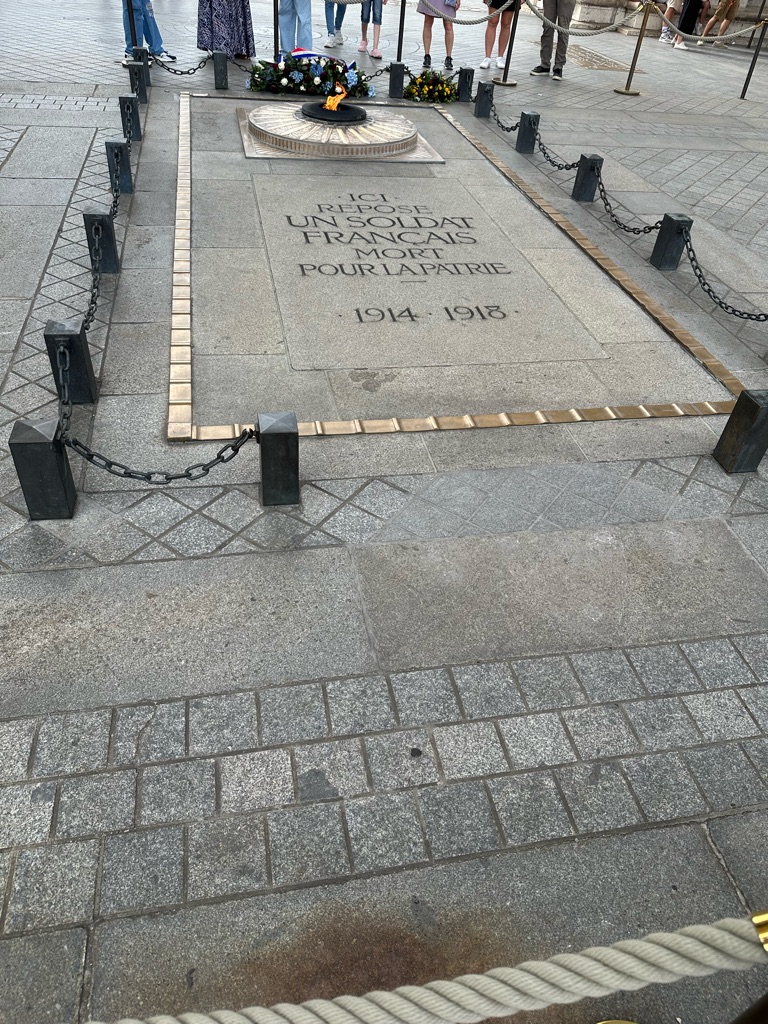
There is an eternal flame and the tomb of the unknown soldier underneath the arch.
From there, after a bit of a mix-up with the trains (station changes due to the Olympics), we made our way to Montmartre, the hill on the far northern side of the city which is home to the Sacre Coeur ("sacred heart") cathedral. If you have heard of Montmartre, you might know that...

Yep, more steps. This is only the very top part of the staircase - by the time we got to the church, my knees were well and truly in need of a prayer.
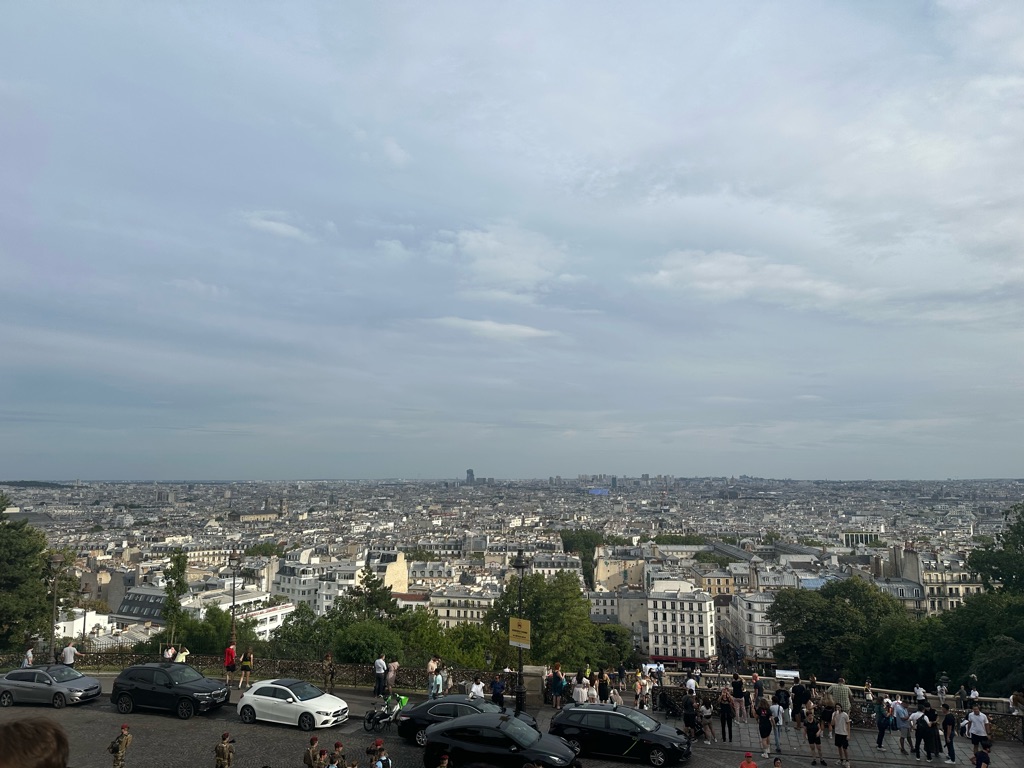
Great view though!
Inside is lovely - the church was only commenced in the late 1800s, and competed in the early 1900s, so it's a lot newer than a lot if the other churches we've been seeing. You can tell that a lot of the stained glass is in the early 20th century style.
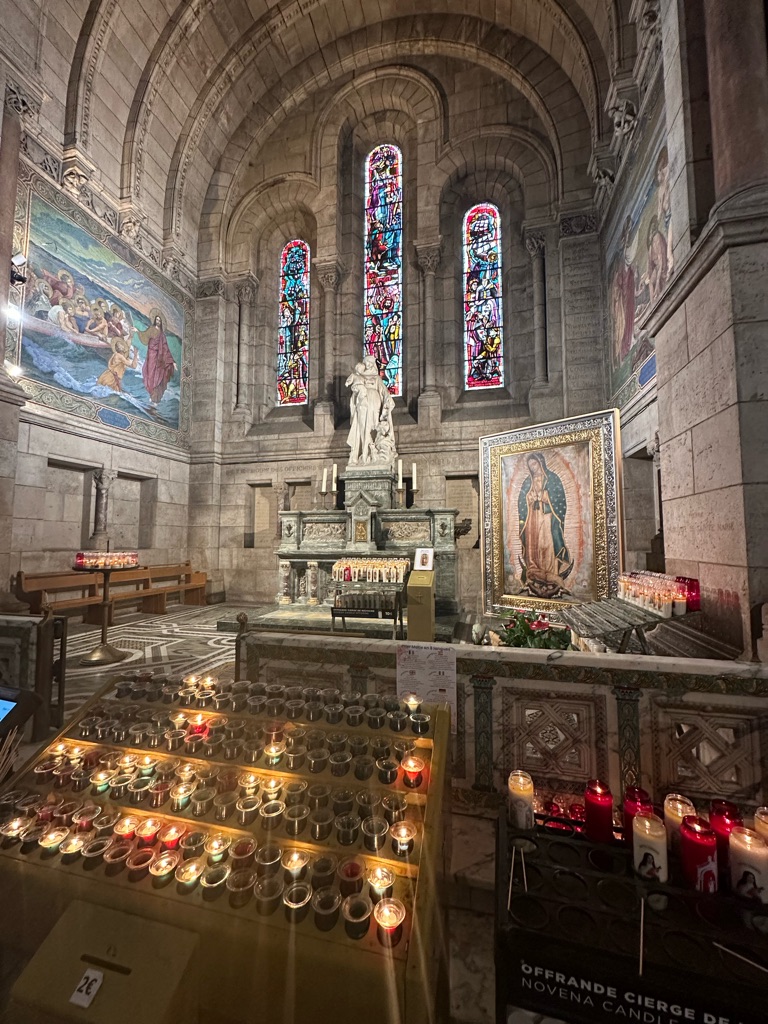
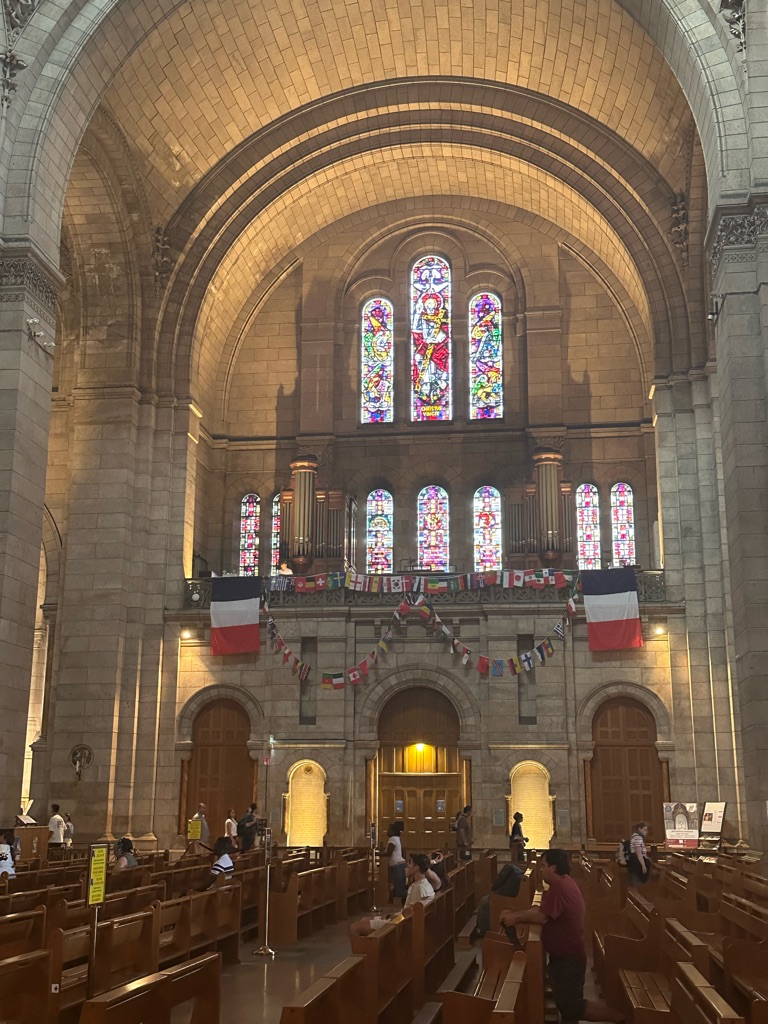
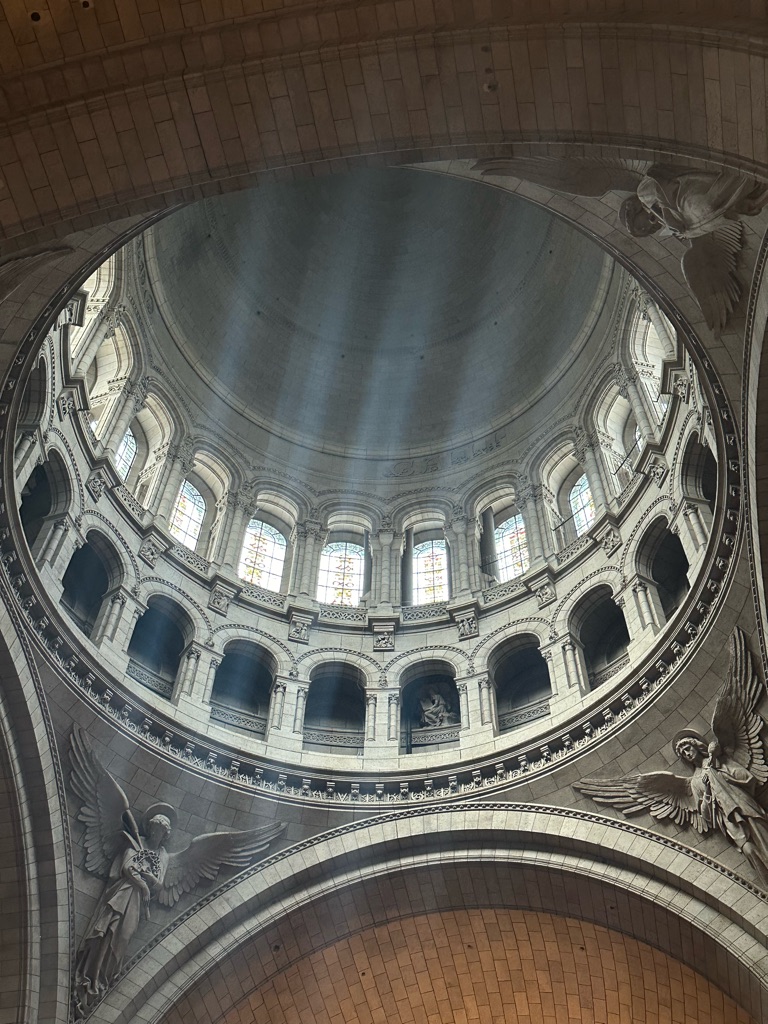
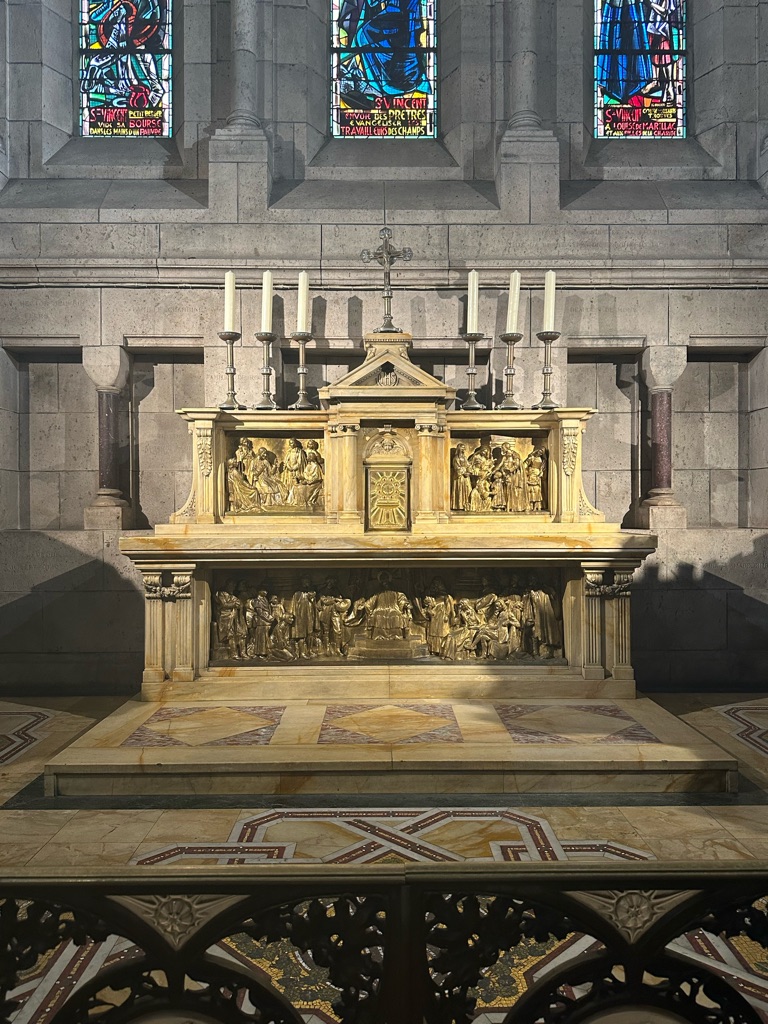
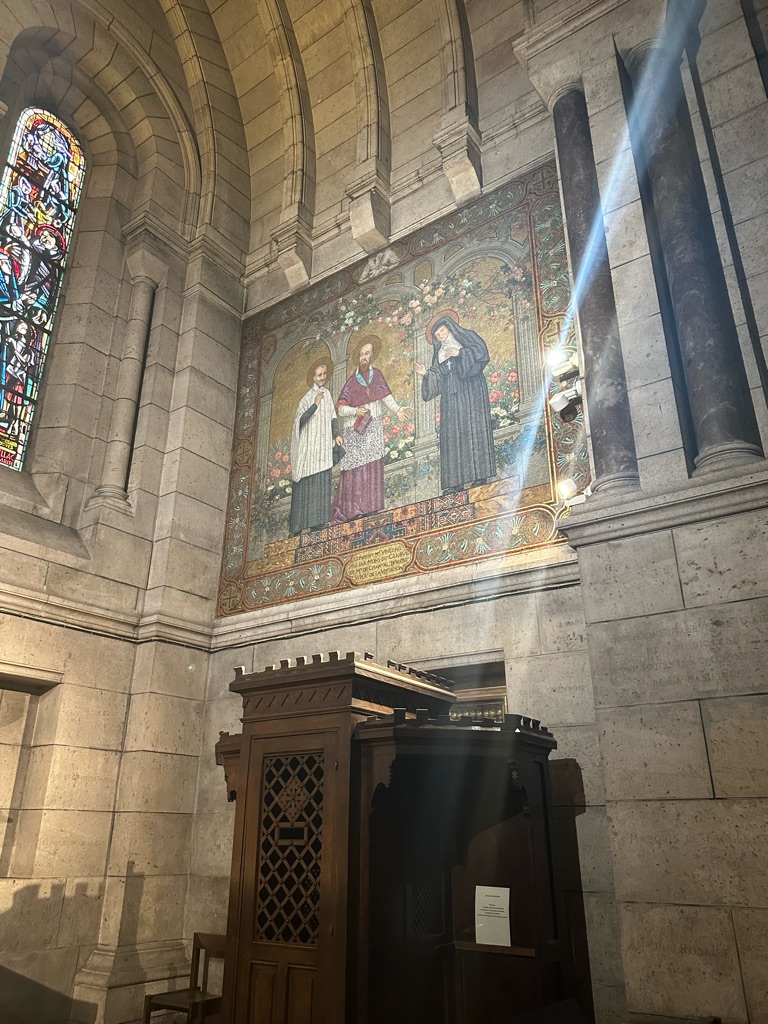
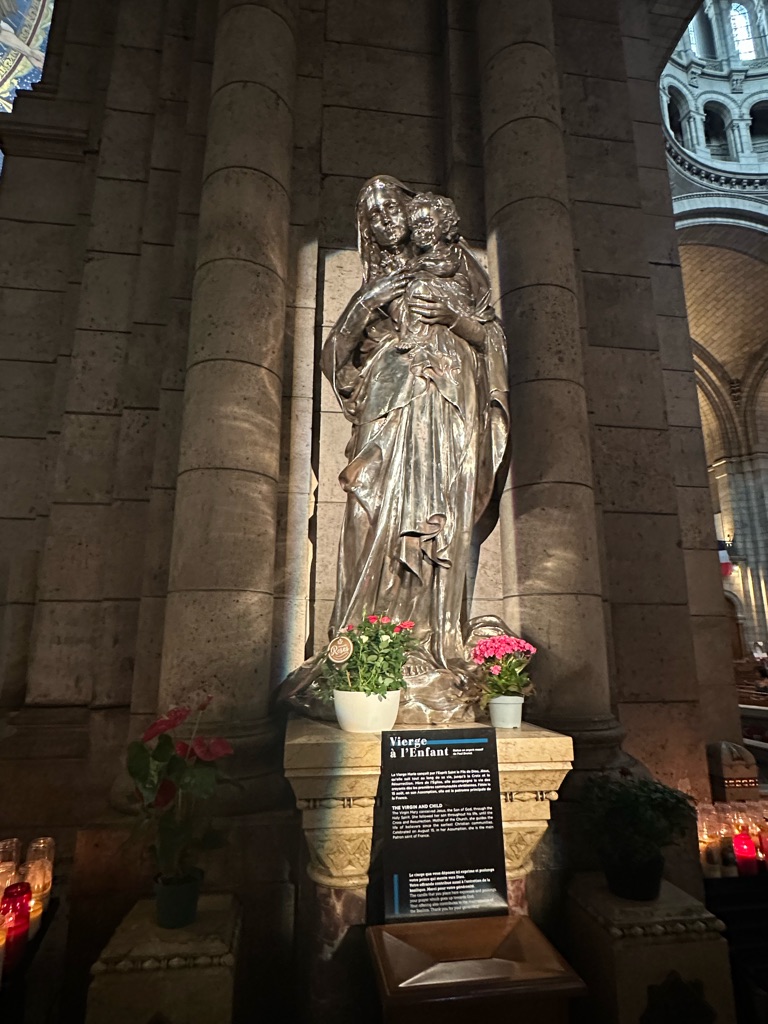
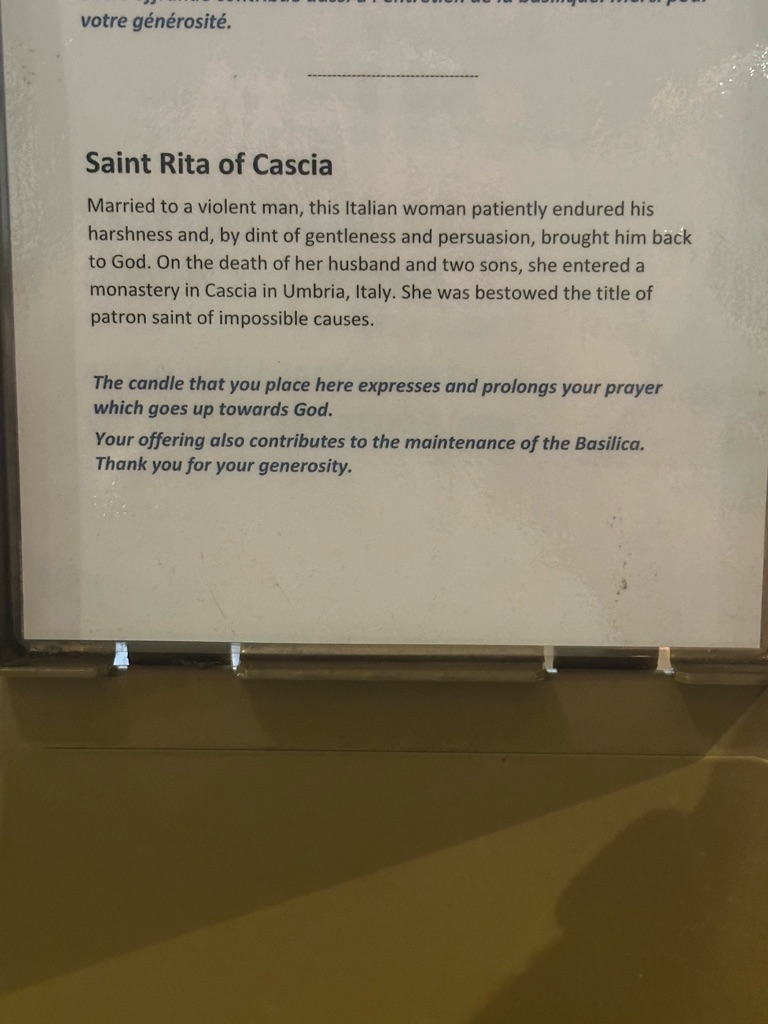
There is a shrine to St Rita, the patron saint of lost causes. Said a prayer for my knees.
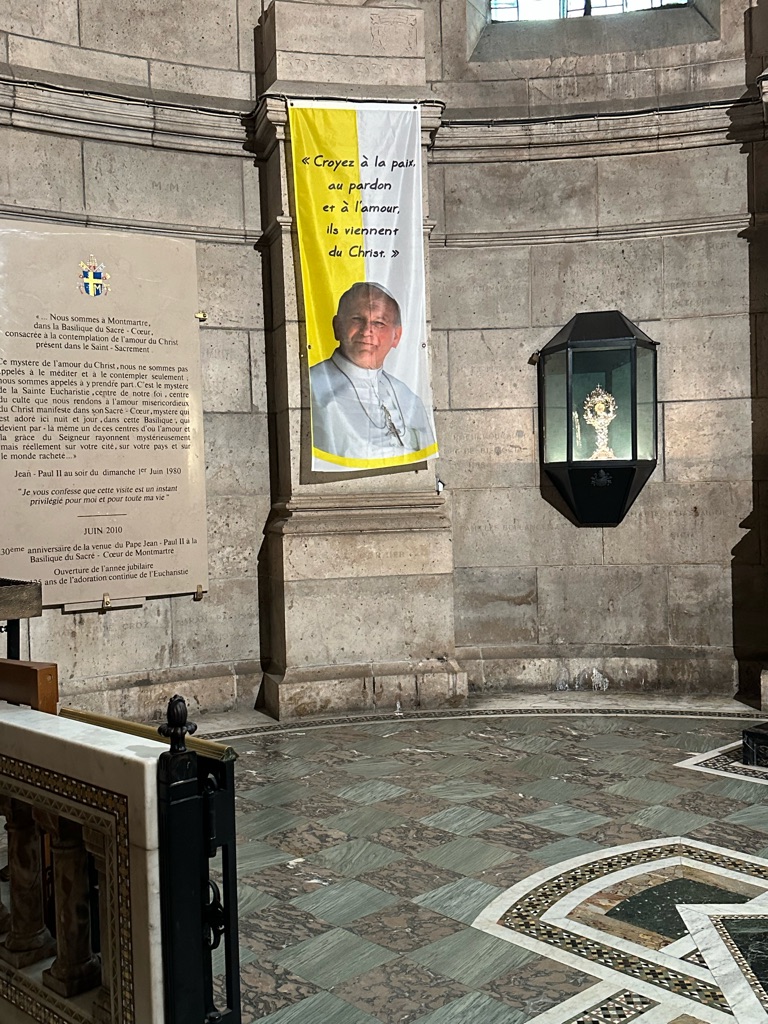
And also a relic of the Saint formerly known as Pope John Paul II
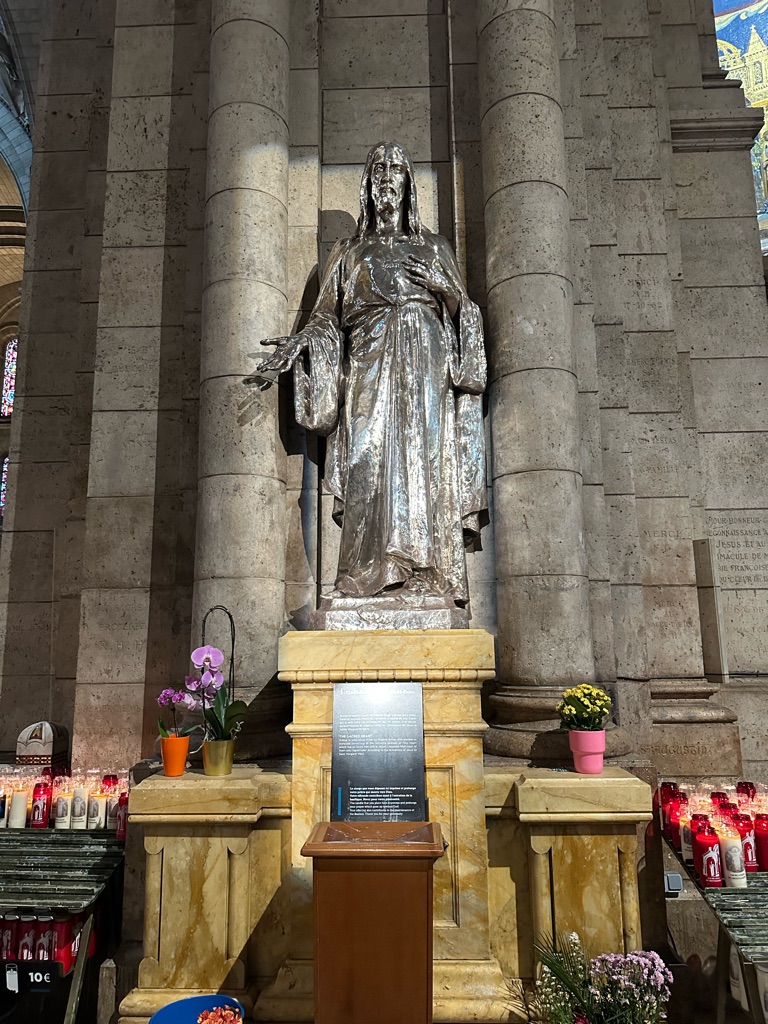
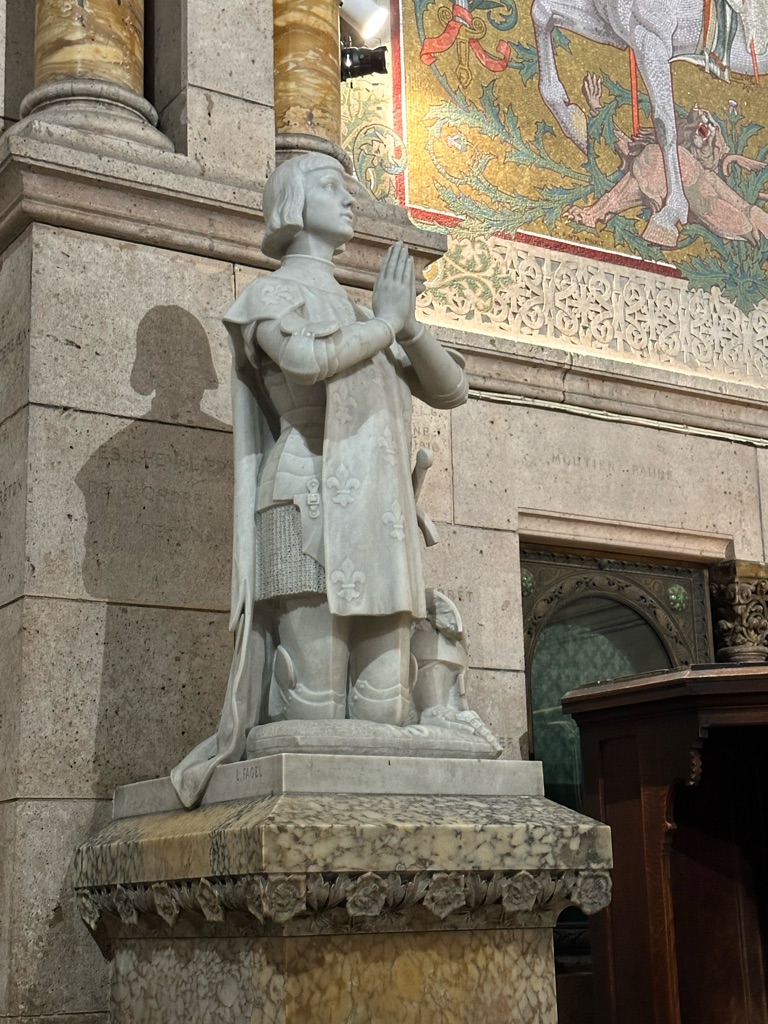
As well as a shrine for Joan of Arc.
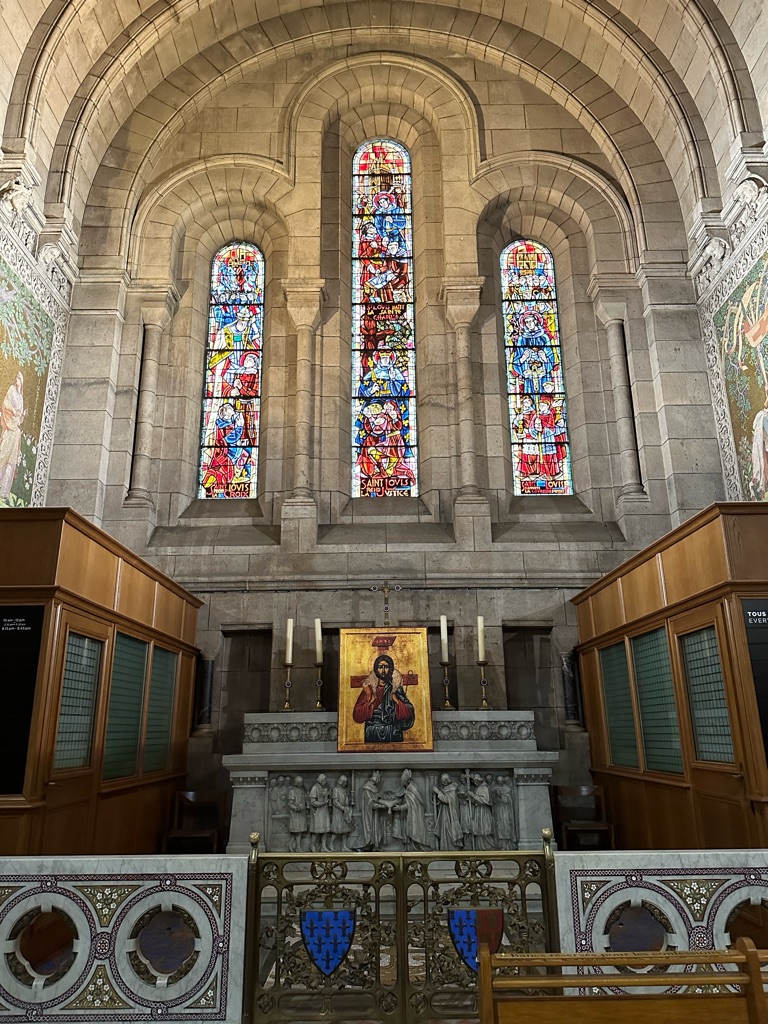

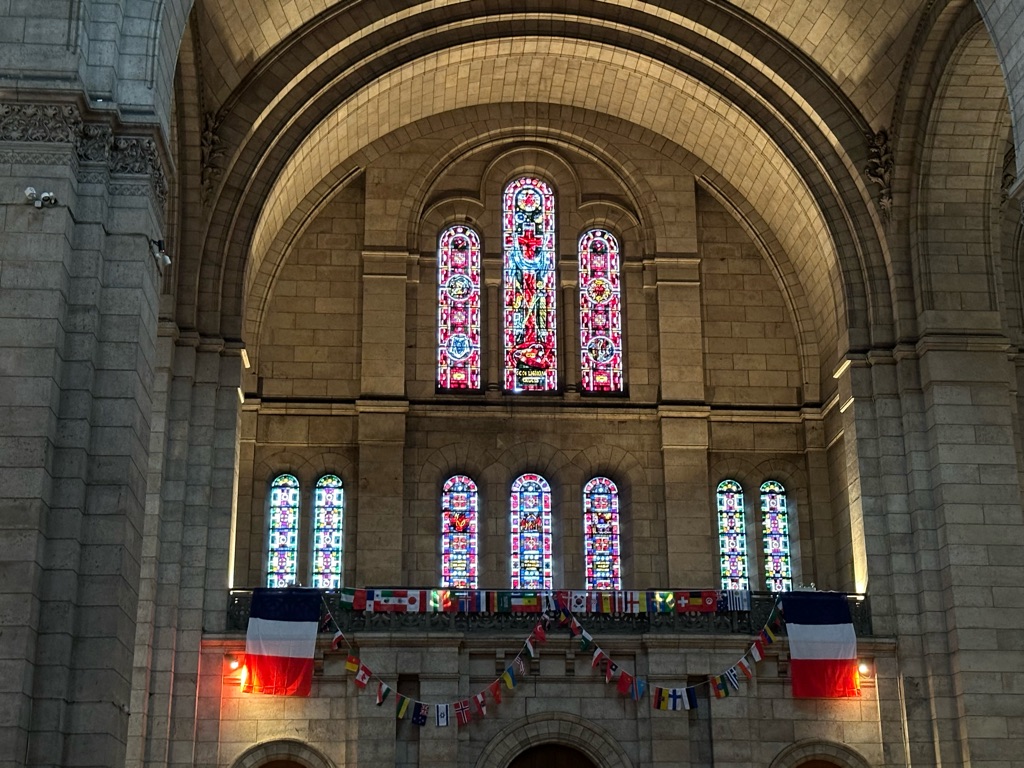
We finished the day with a lovely dinner in Montmartre, at a trendy little place that does French-style tapas. I thought it was great!

Let me take you back to Friday, the day of the rainy Olympic opening ceremony, and the day of our day-trip to the Loire Valley. It actually wasn't raining for most of the day (other than the odd shower early in the morning), and then the rain set in just as the boats started coming down the Seine. Murphy's Law!
We were picked up bright and early from \240our hotel for our (very) small group tour - it was us, the guide, the driver and an American university administrator who was supposed to be travelling with his sister, but whose flight had been delayed so he ended up having to do the trip solo. The guide was a wispy girl who has come to Paris from Georgia (the country near Russia, not the US state), who had studied French history and politics but who really wanted to be a high-fashion photographer. The driver never said a word the entire day, and looked like he could have had a second job as part of the security detail for a Russian oligarch. It was a slightly odd arrangement, but it all worked out and we got to see some interesting things lol.
Our first stop was at Chateau de Chambord, which was originally built as a hunting lodge for the French king, Francis I. It's said that this is the castle that inspired the Disney logo.
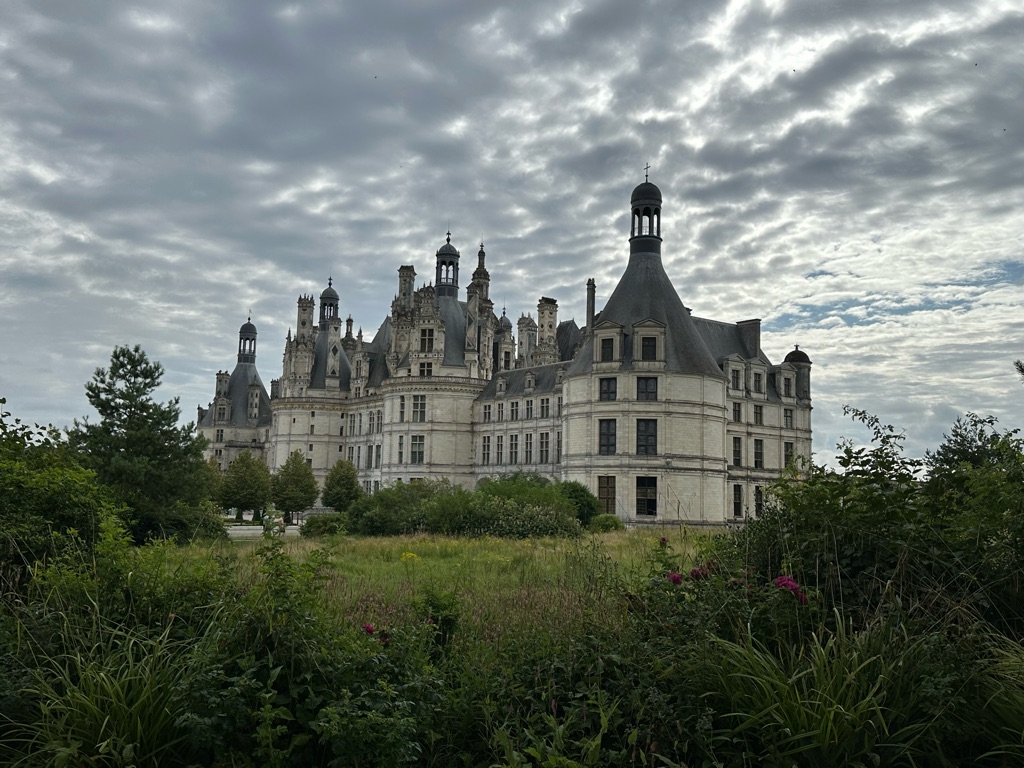
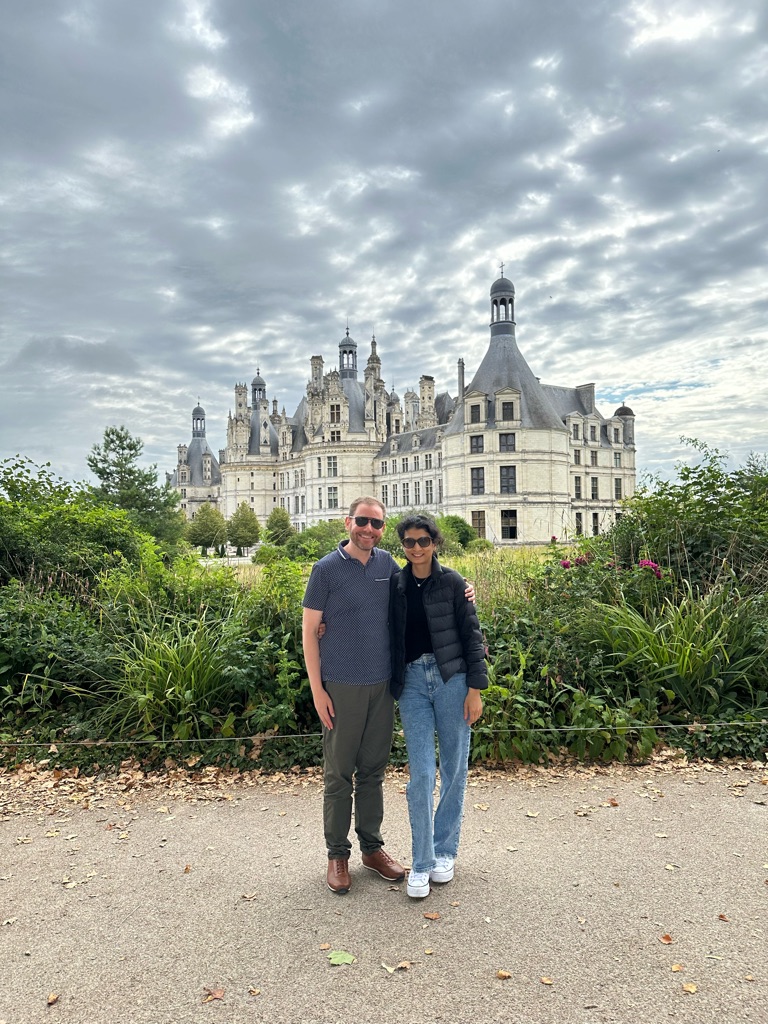
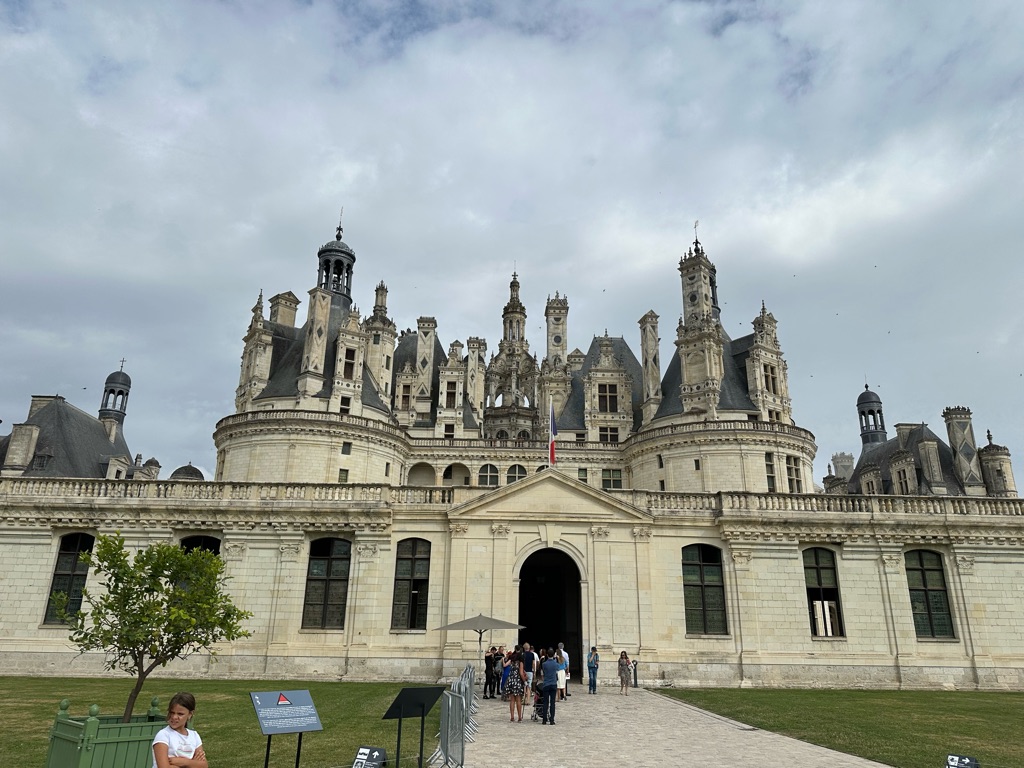
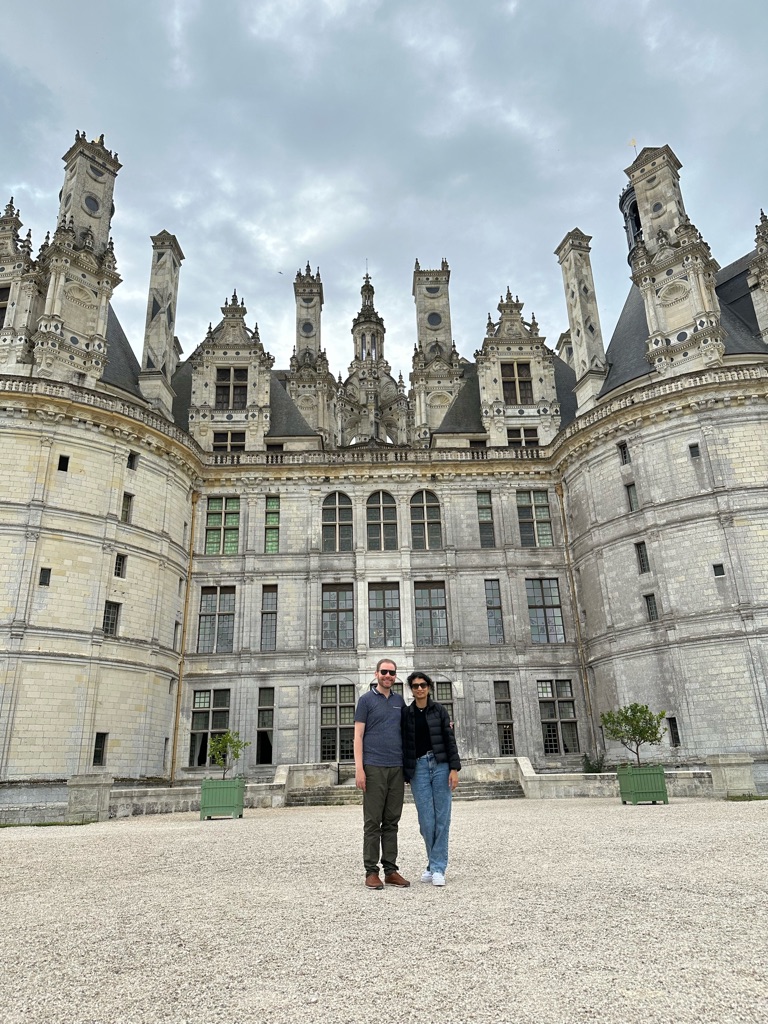
The main staircase is said to be designed by Leonardo da Vinci, who also spent some time here - it’s a double-helix design which allowed the king's wife and his (many) mistresses to pass on either side of the staircase without being seen by each other.
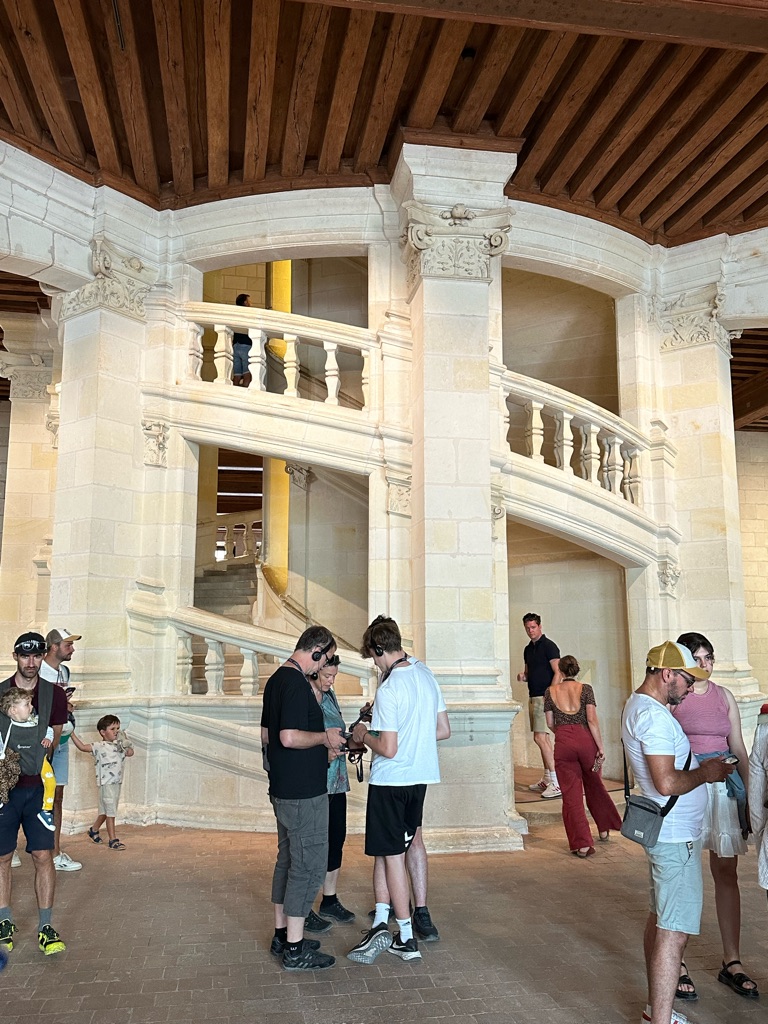
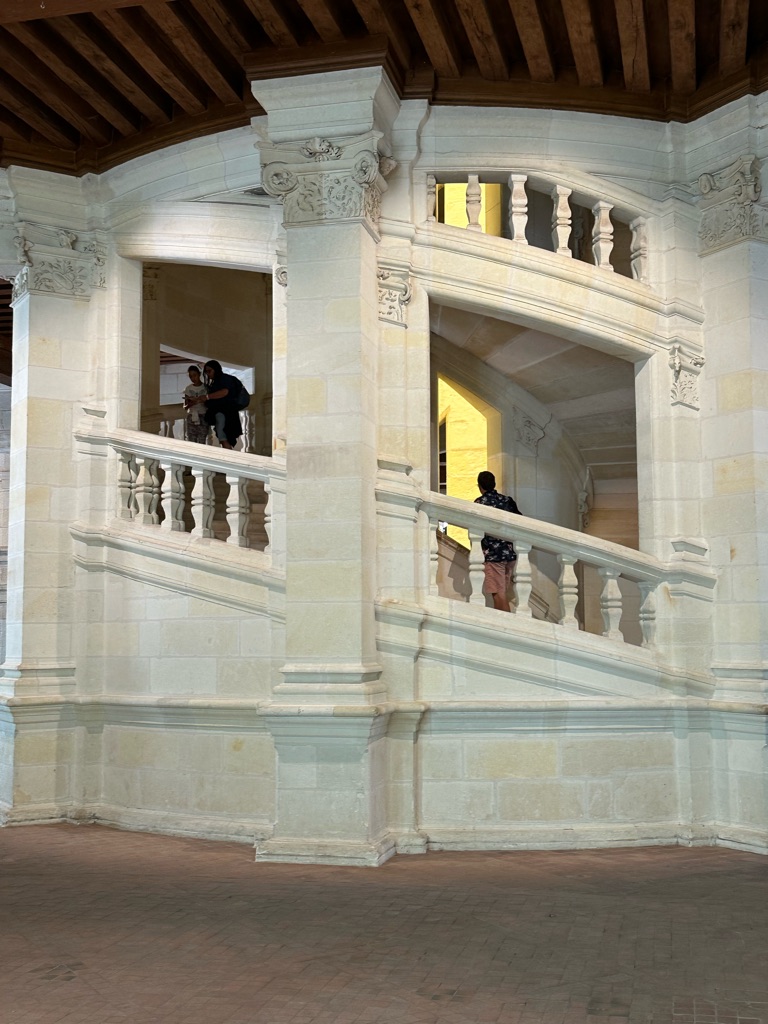
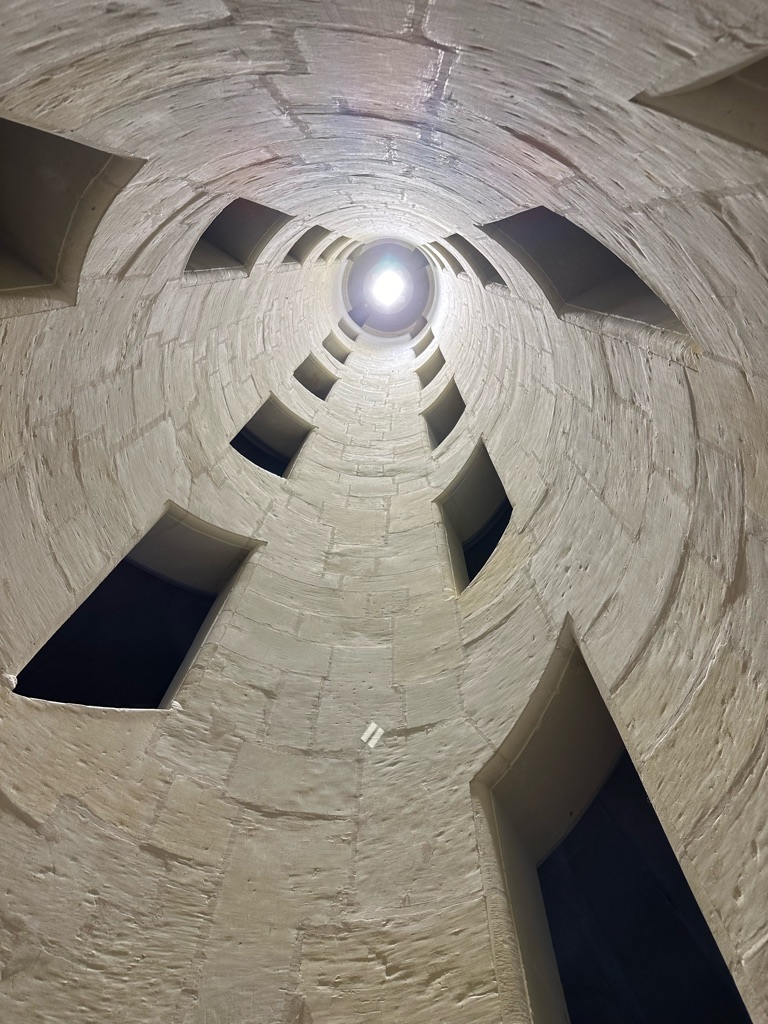
We were able to see various rooms, many of \240which have been restored with the original furniture, tapestries, etc.
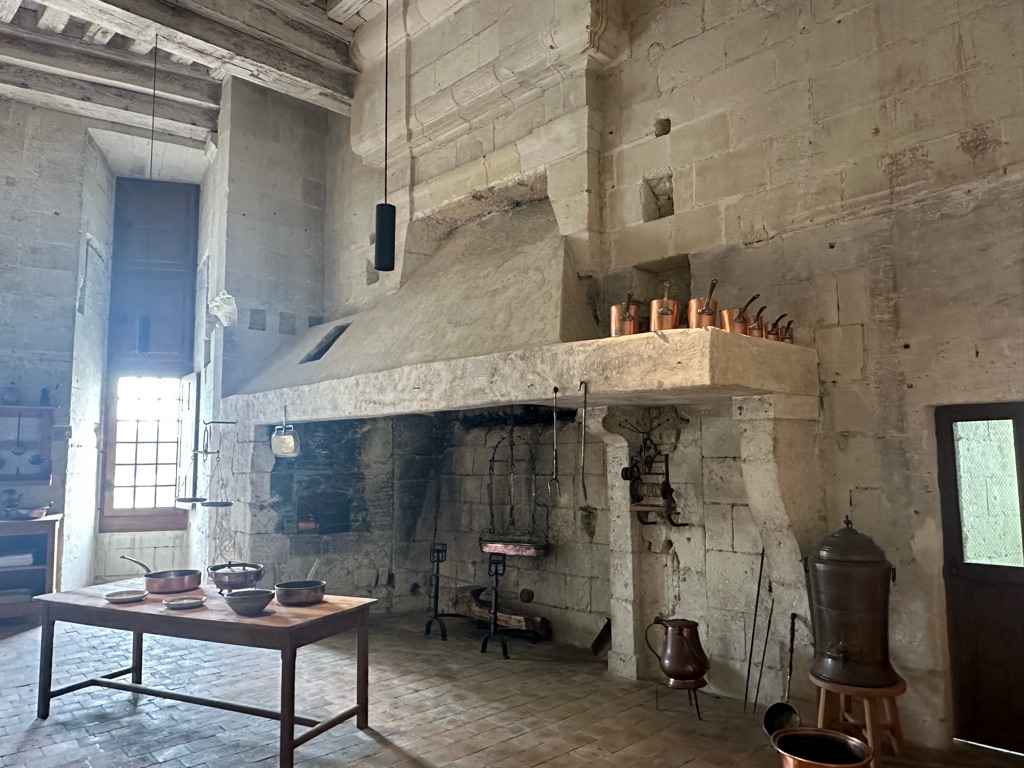
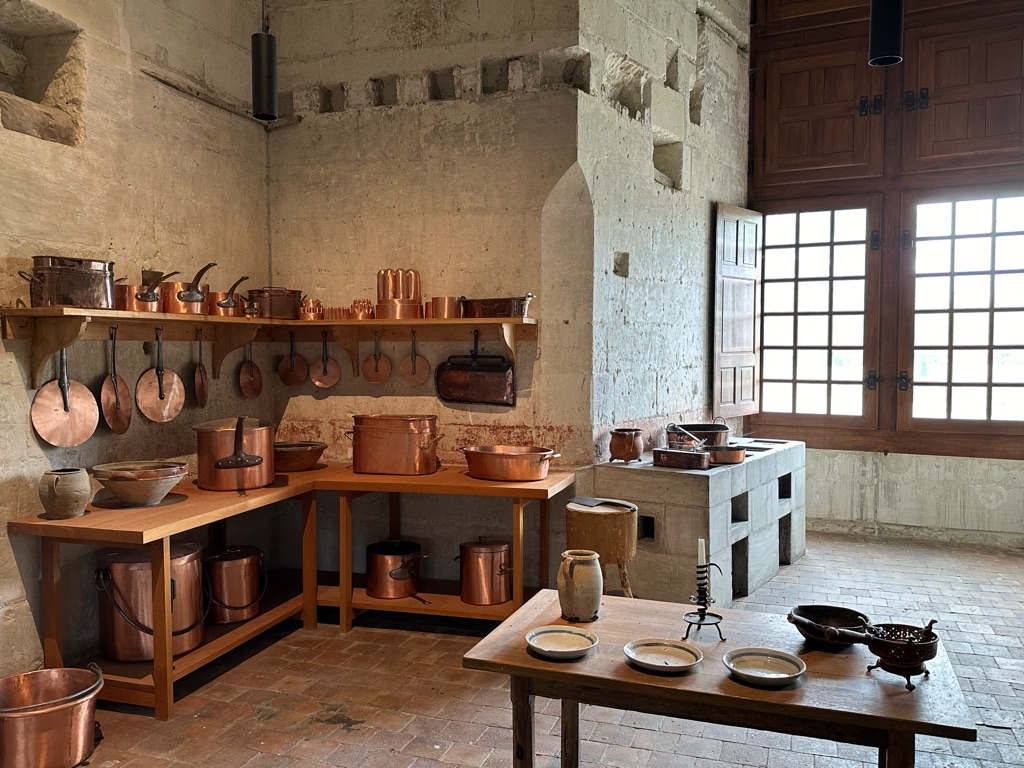

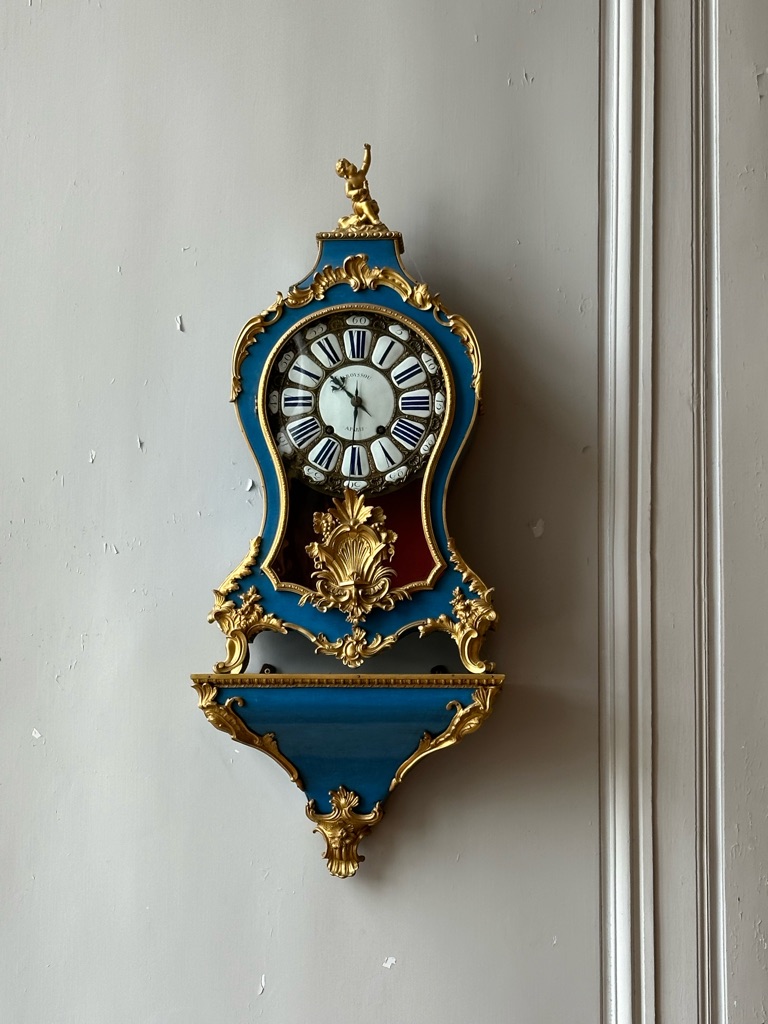
You'll note that the beds are very short - this is partly because French people at the time were generally under-nourished and shorter than they are today; but also because people slept sitting up (it was thought that only dead people lie down!)
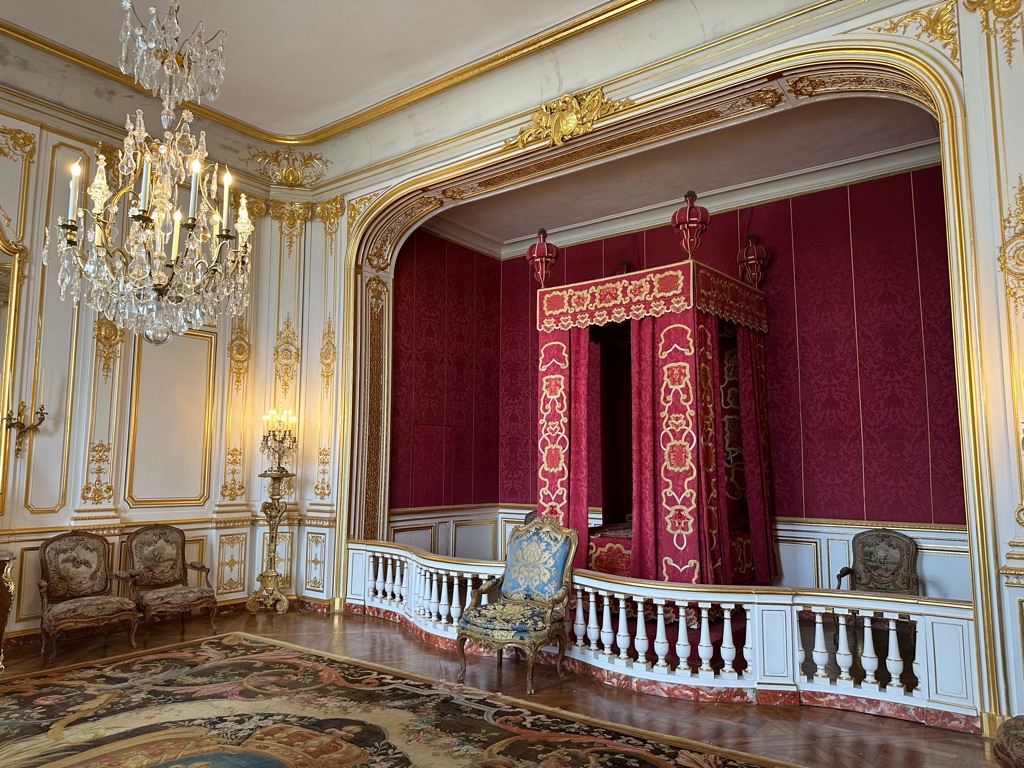
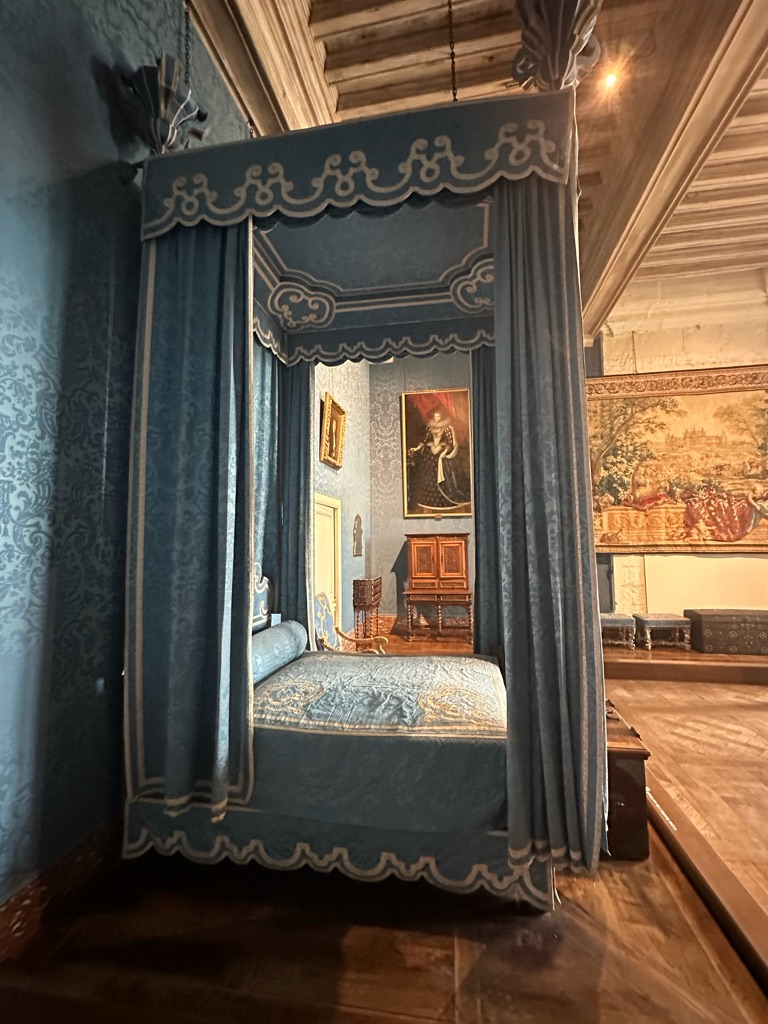
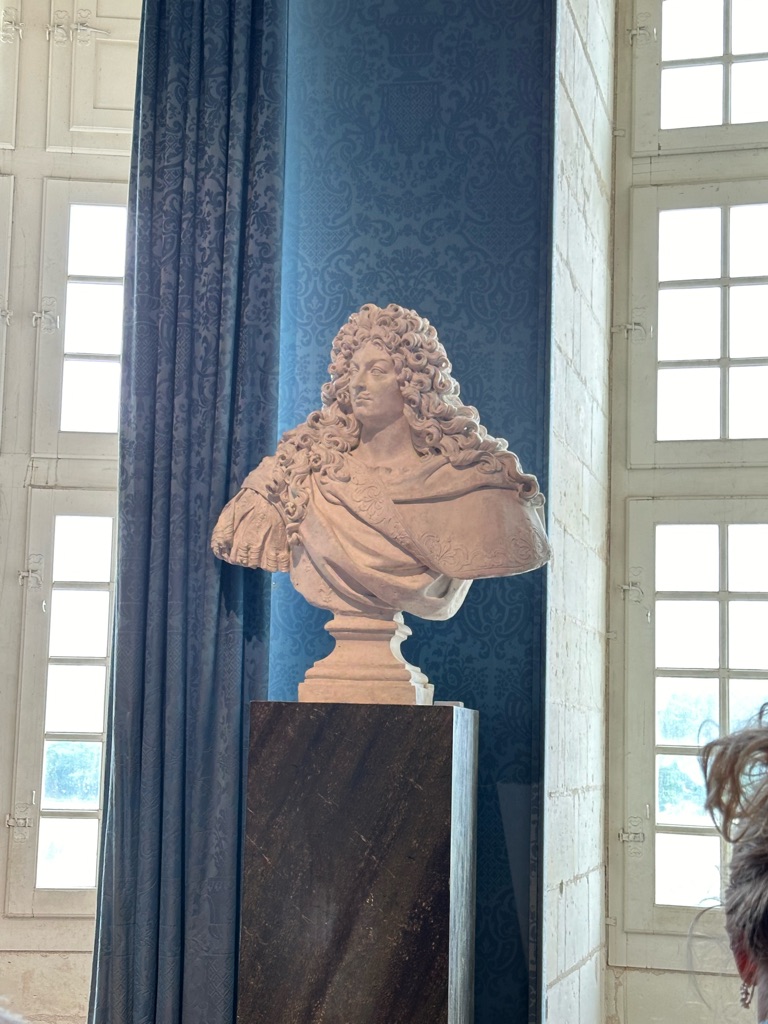
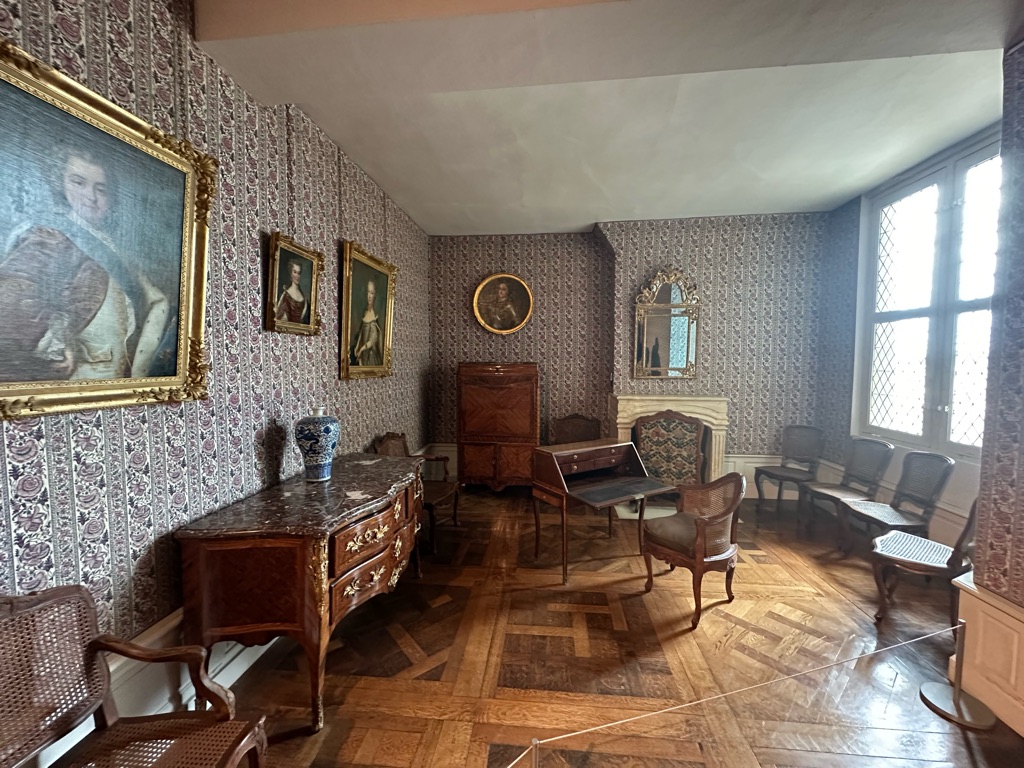
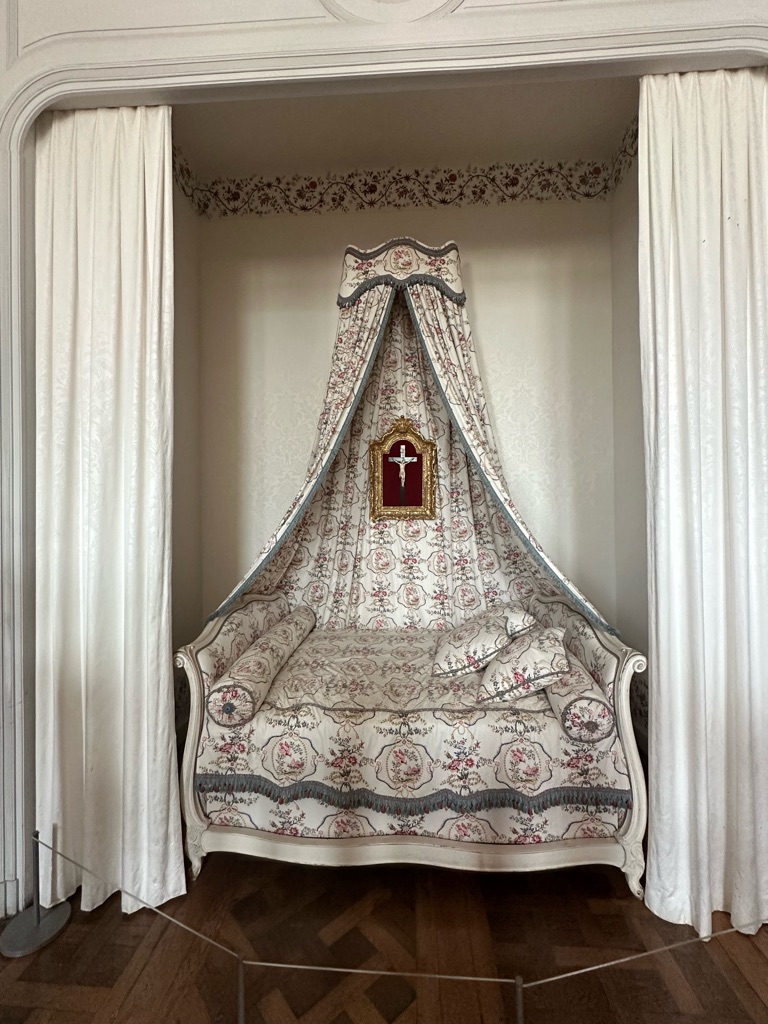
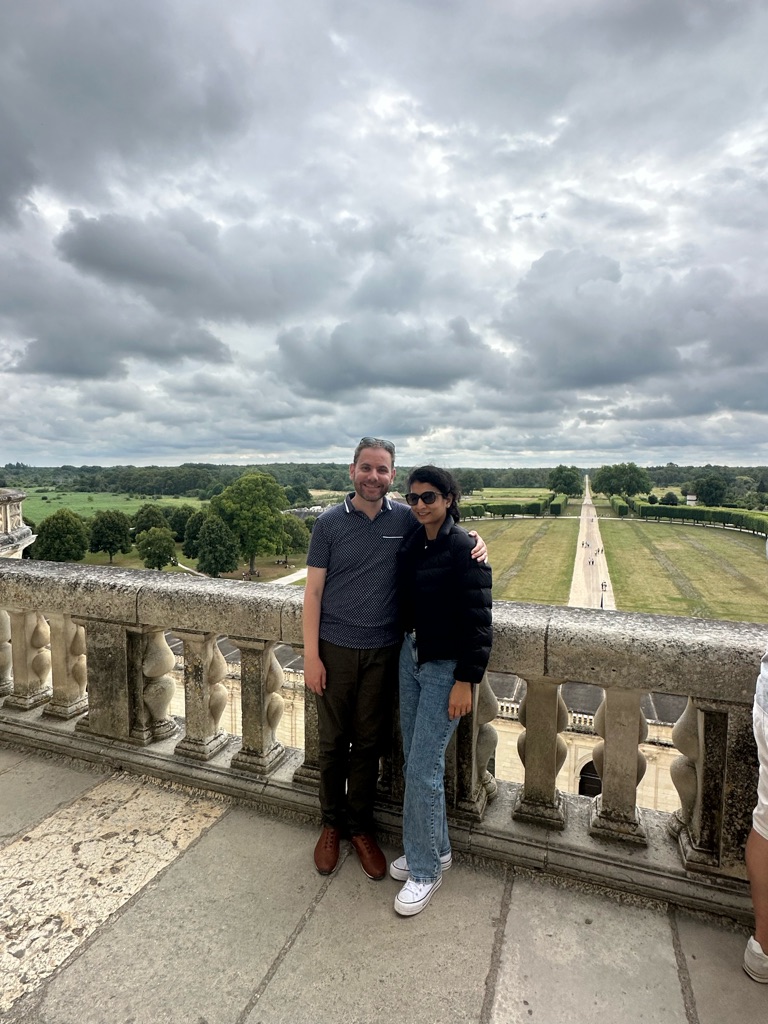
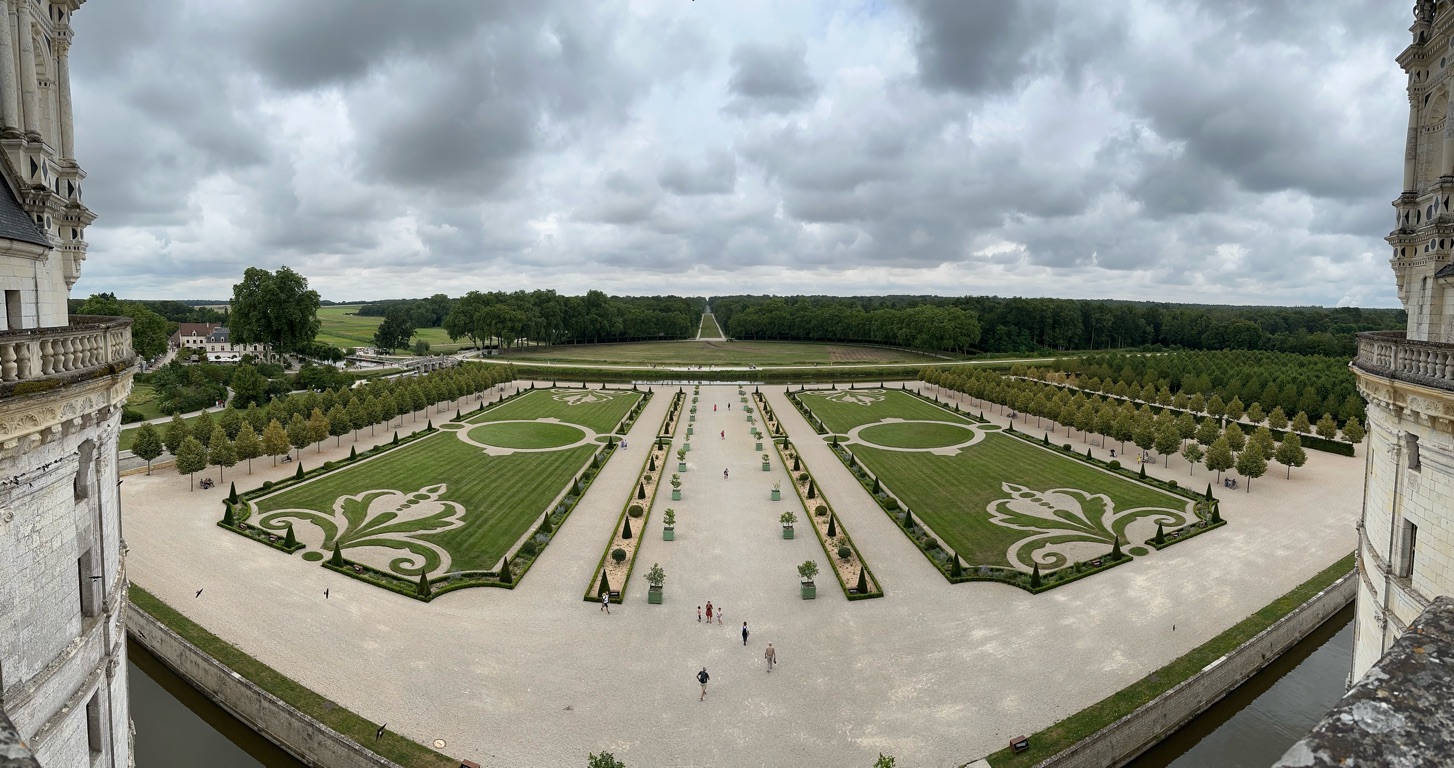
From there, we travelled to the the village of Amboise, and enjoyed a nice lunch in a local French hamburger shop ("I would like to buy a aaaambugger"), and then visited Leonardo da Vinci's house, where he lived for a few years in France.
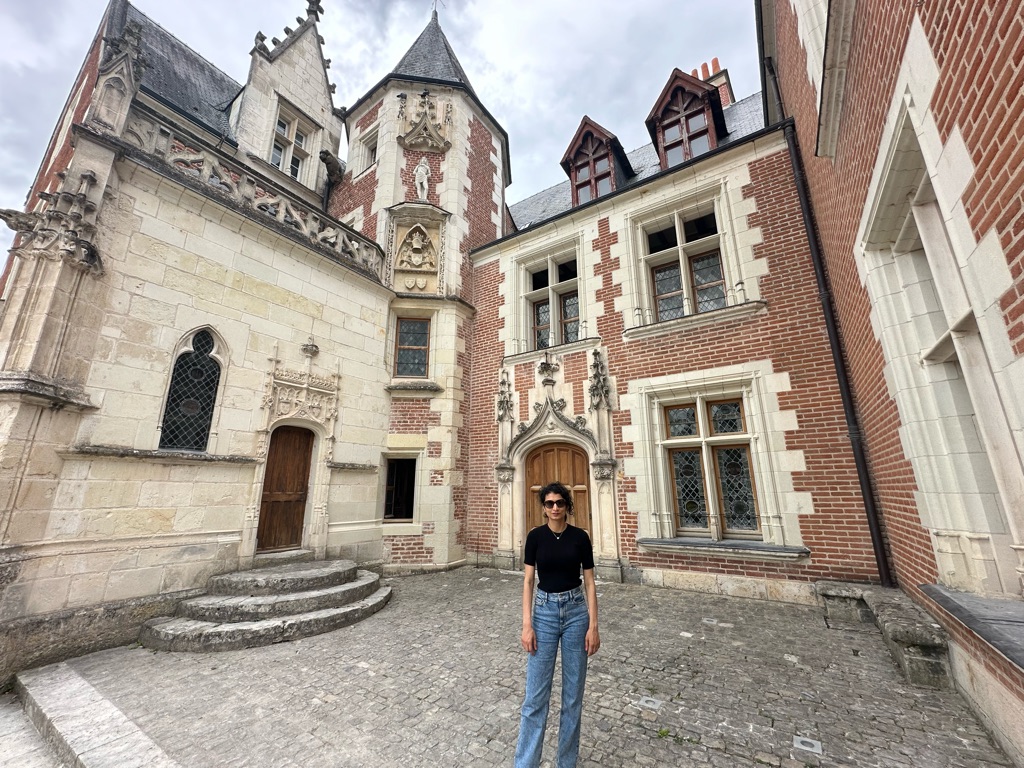
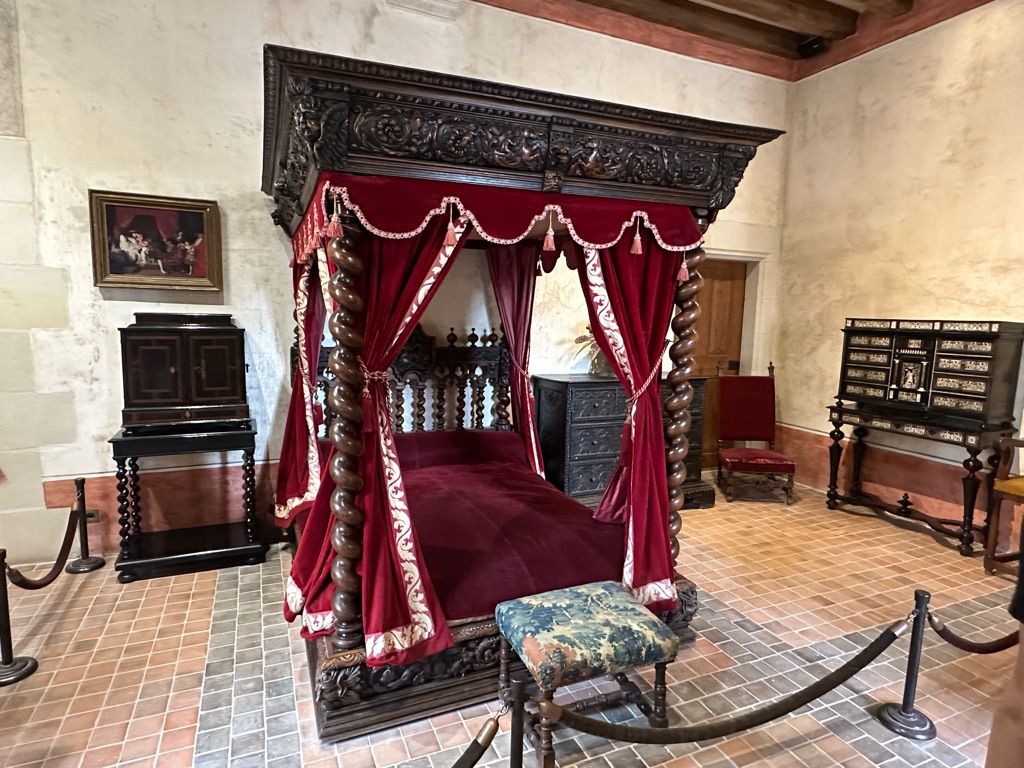

The paintings here are only copies, but you can get a good idea of how he might have worked.

Da Vinci came up with the original concepts for many modern things that we now take for granted - for example, here is a model showing his idea of an armoured tank, which people at the time thought was a crazy idea.
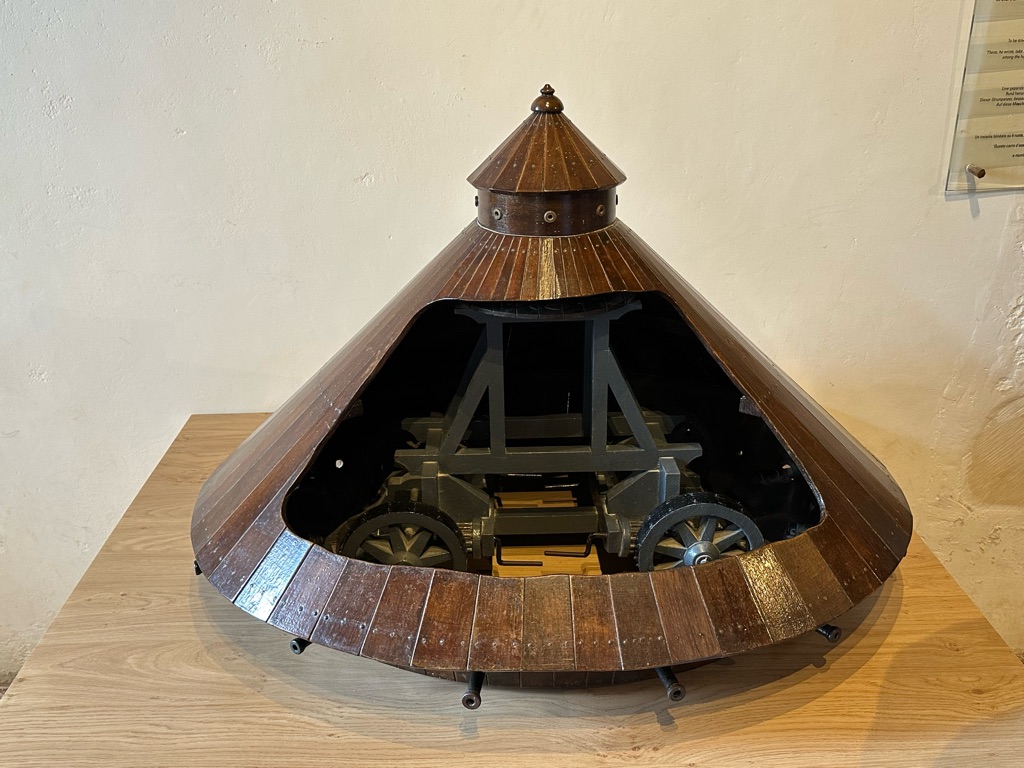
We also got to stroll through his very peaceful garden.
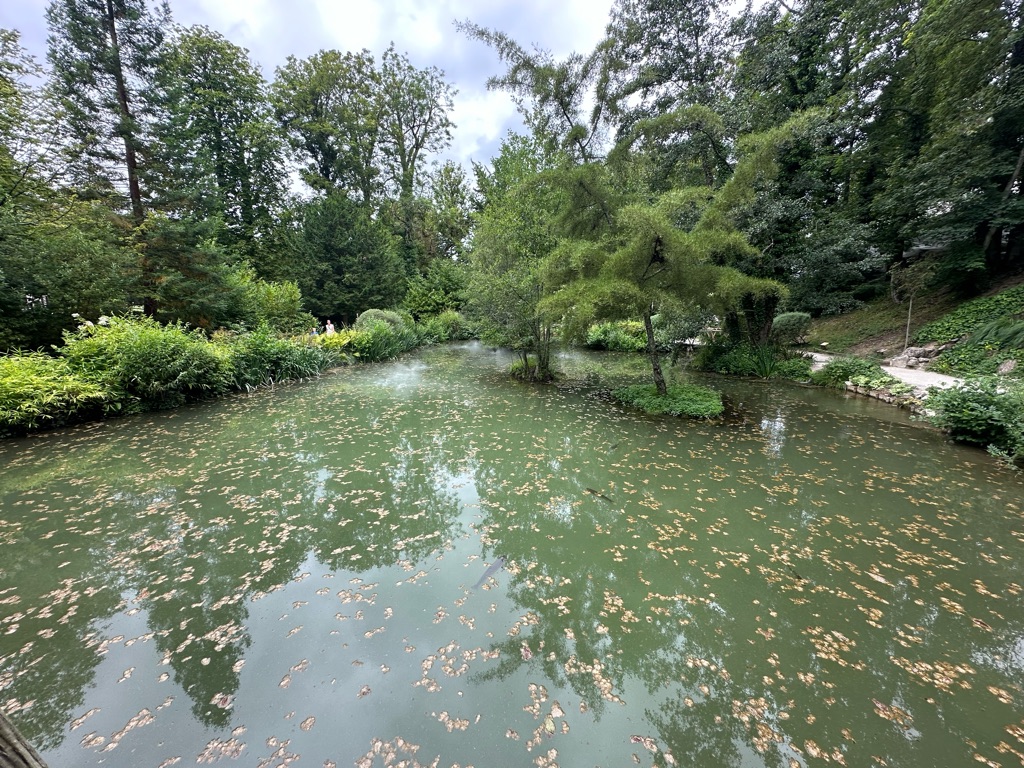
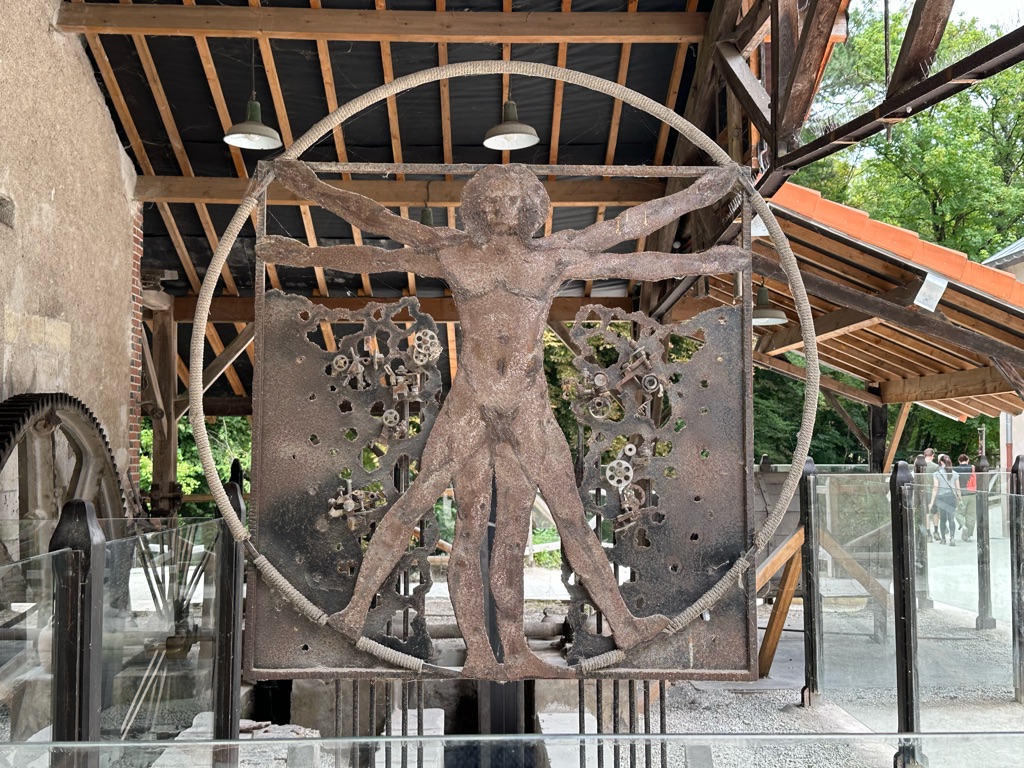
Our last stop for the day was at Chateau de Chenonceau, built over the river Cher. Its most famous inhabitants include Diane de Poitiers, the favourite mistress of Francis I, and Catherine de Medici, the famous patron of the arts.
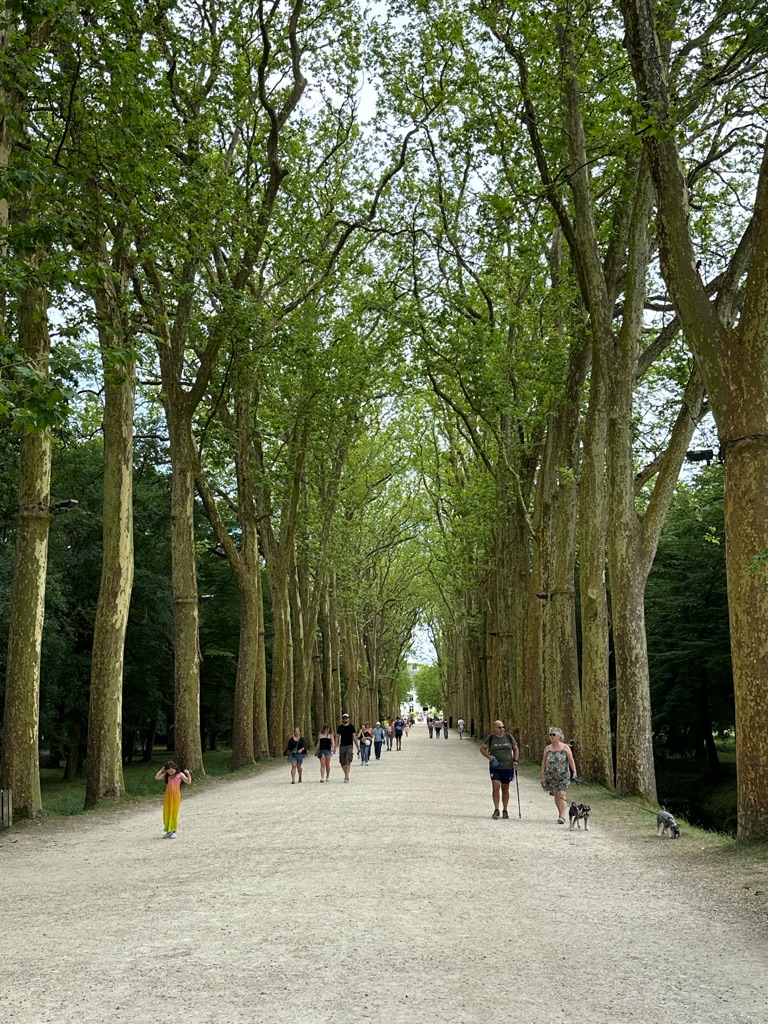
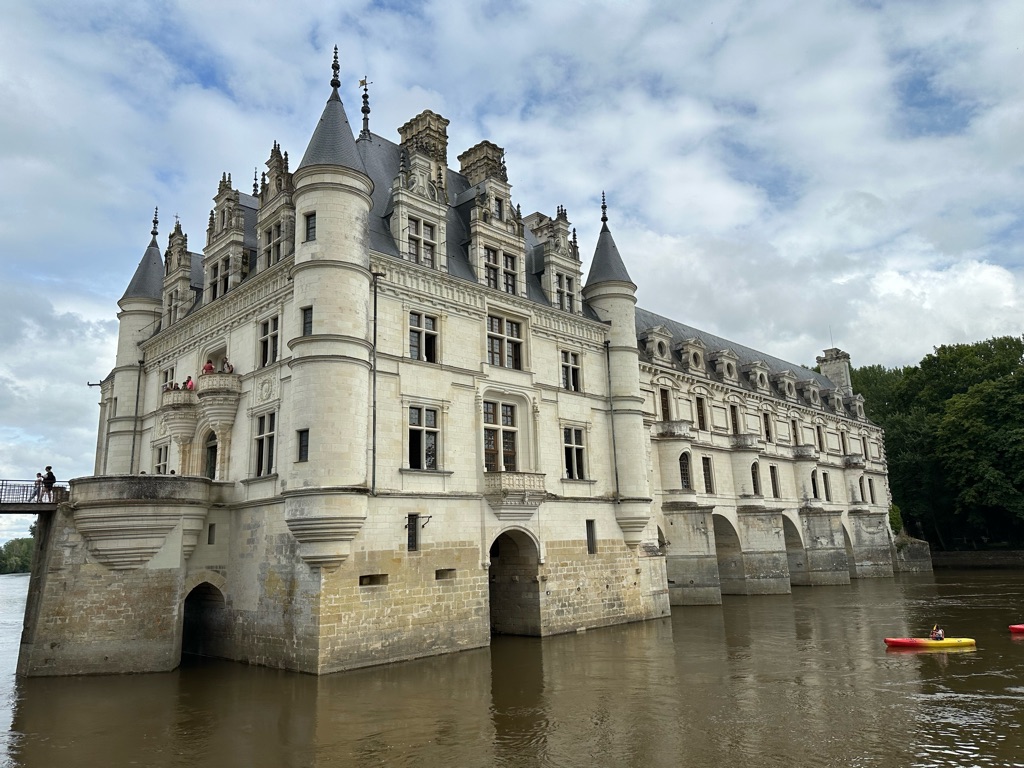
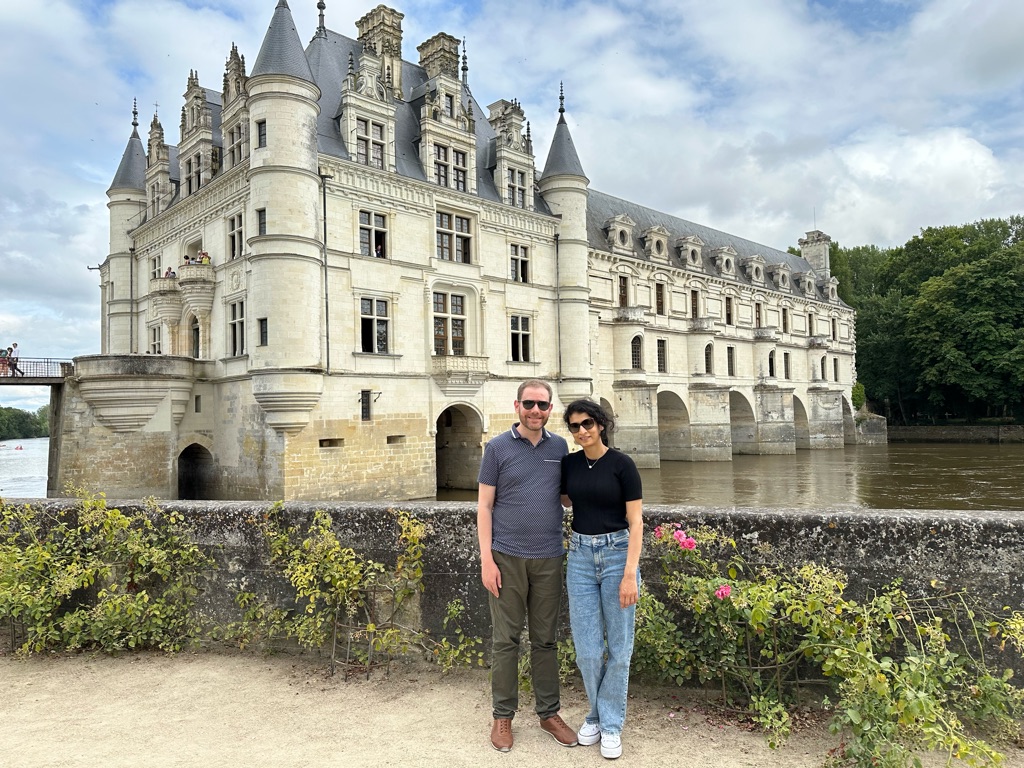
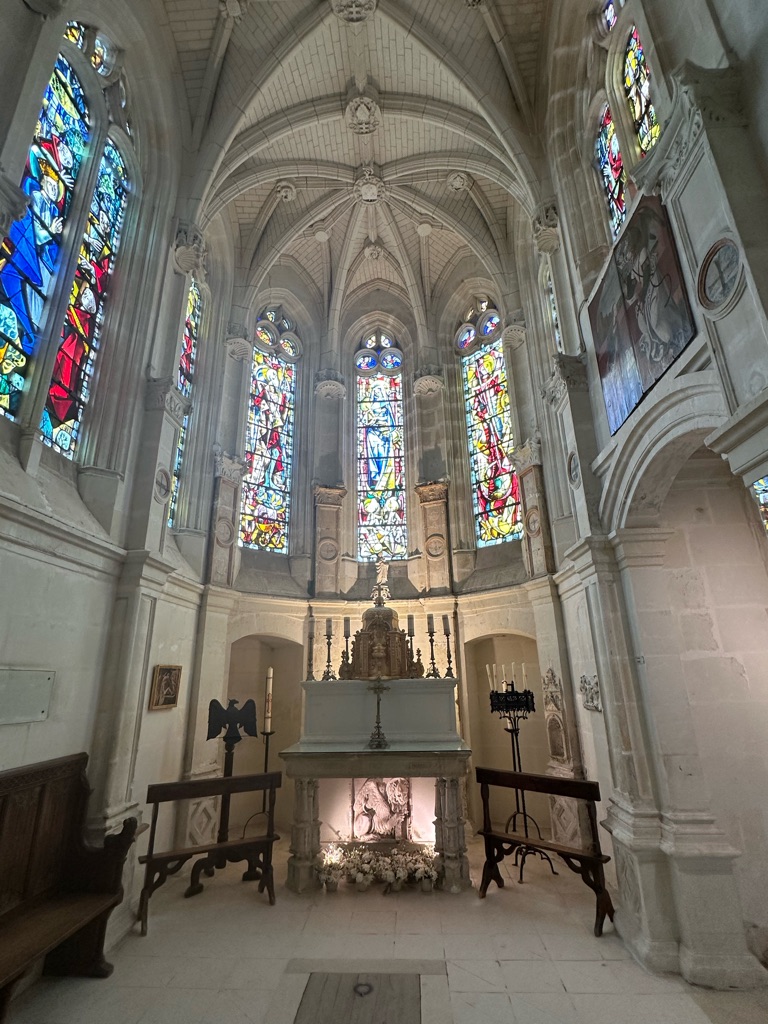
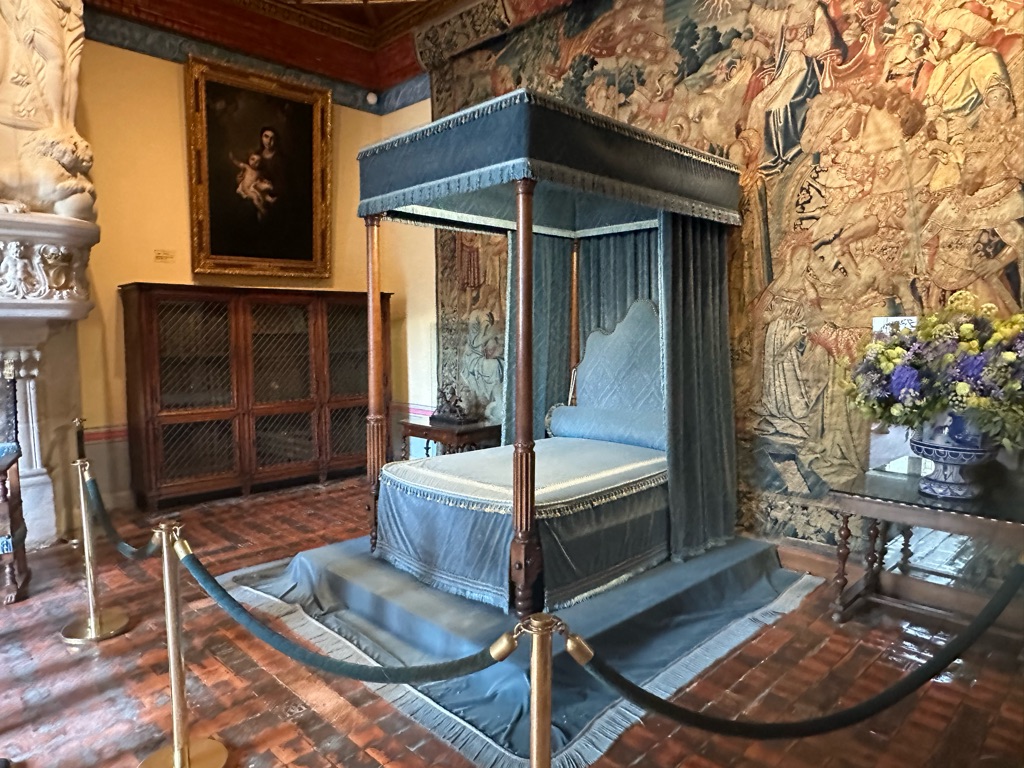
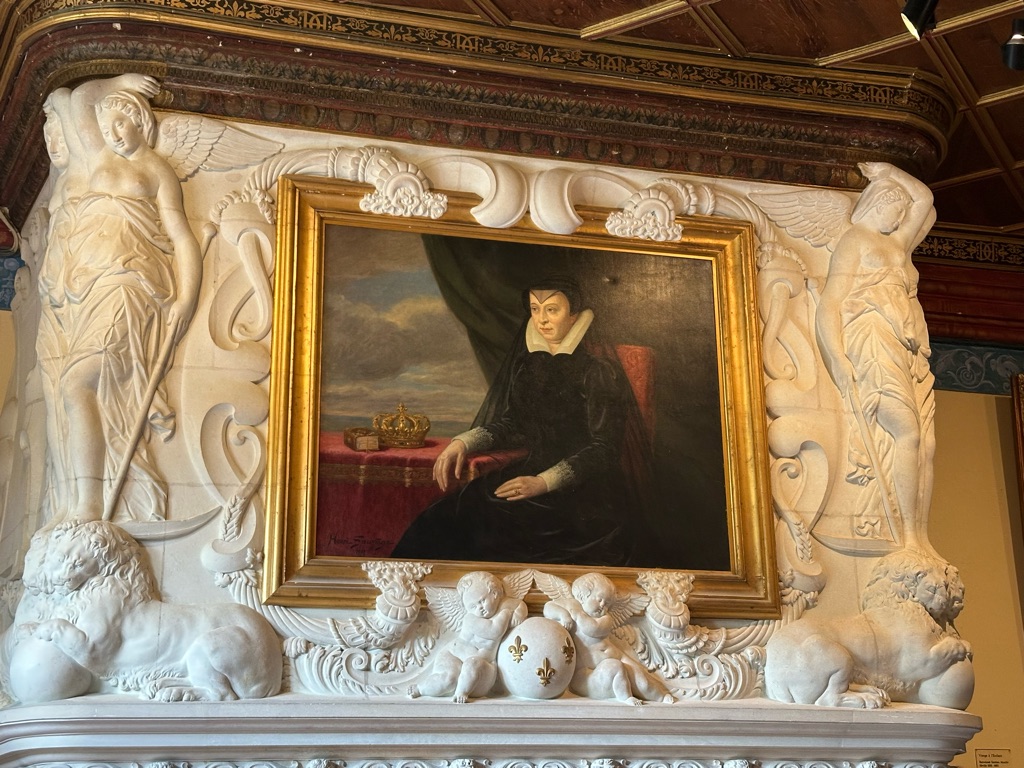
There were beautiful fresh flower arrangements in every room.
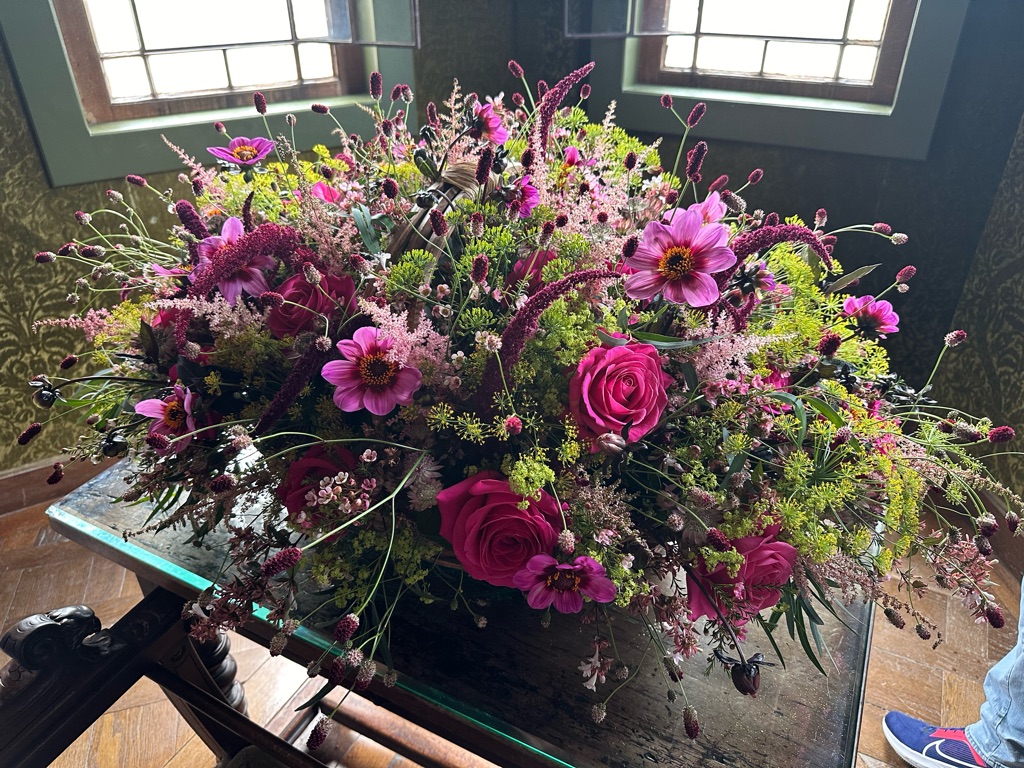
The hall below was used as a hospital for injured soldiers during World War I.
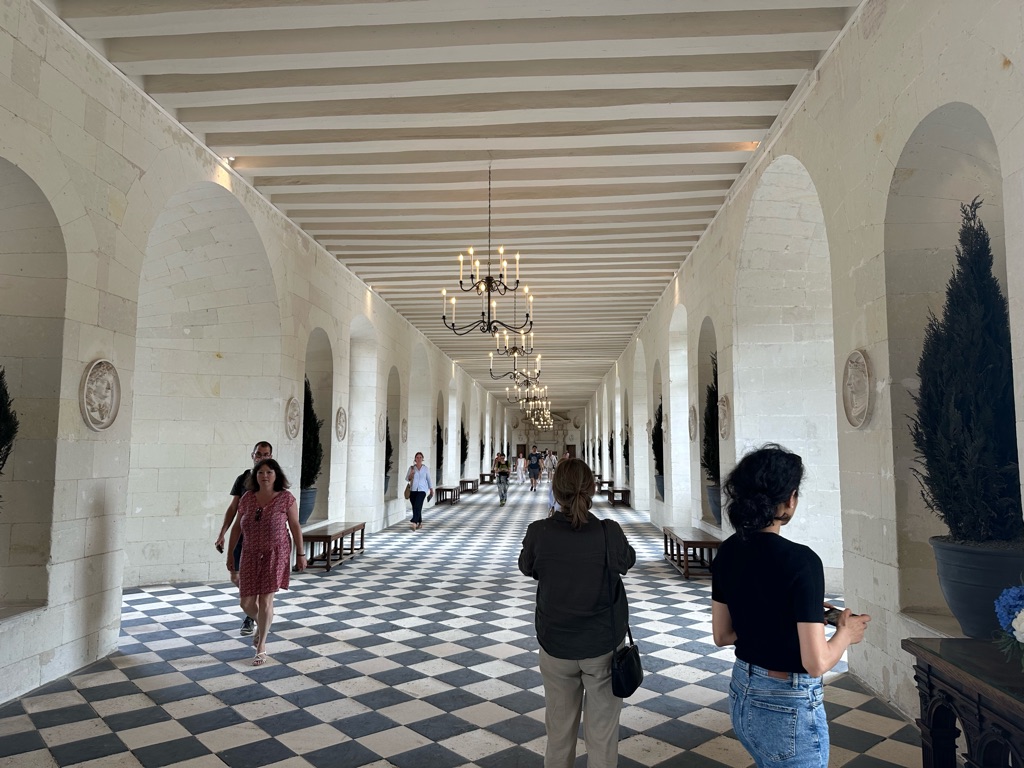
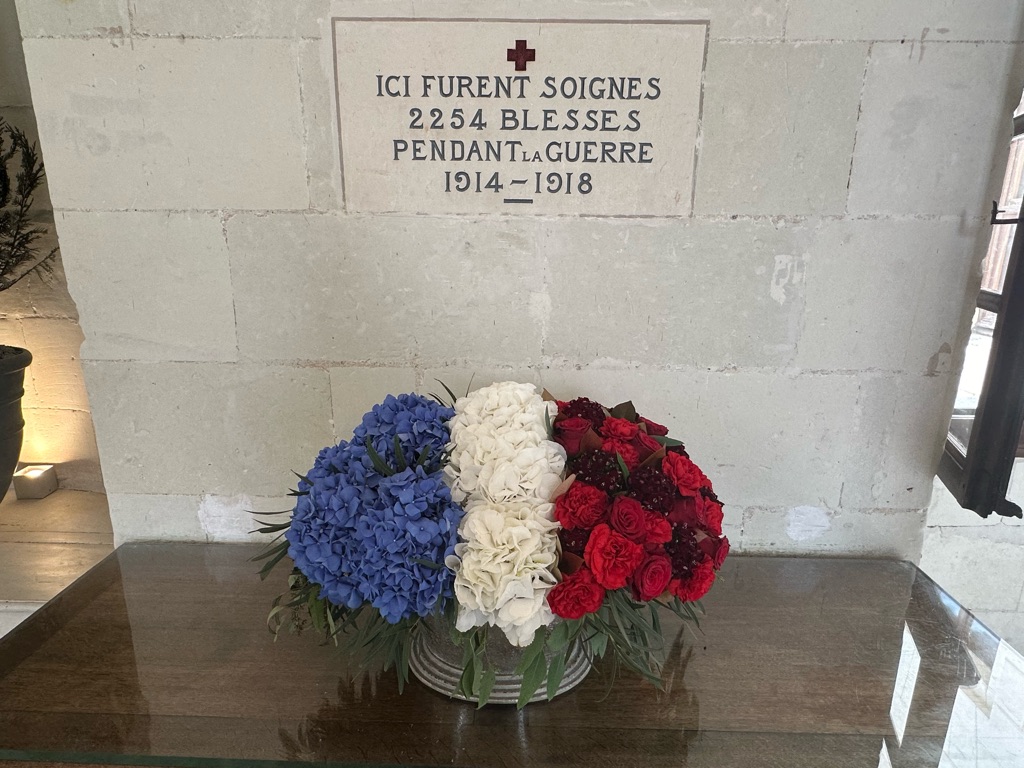
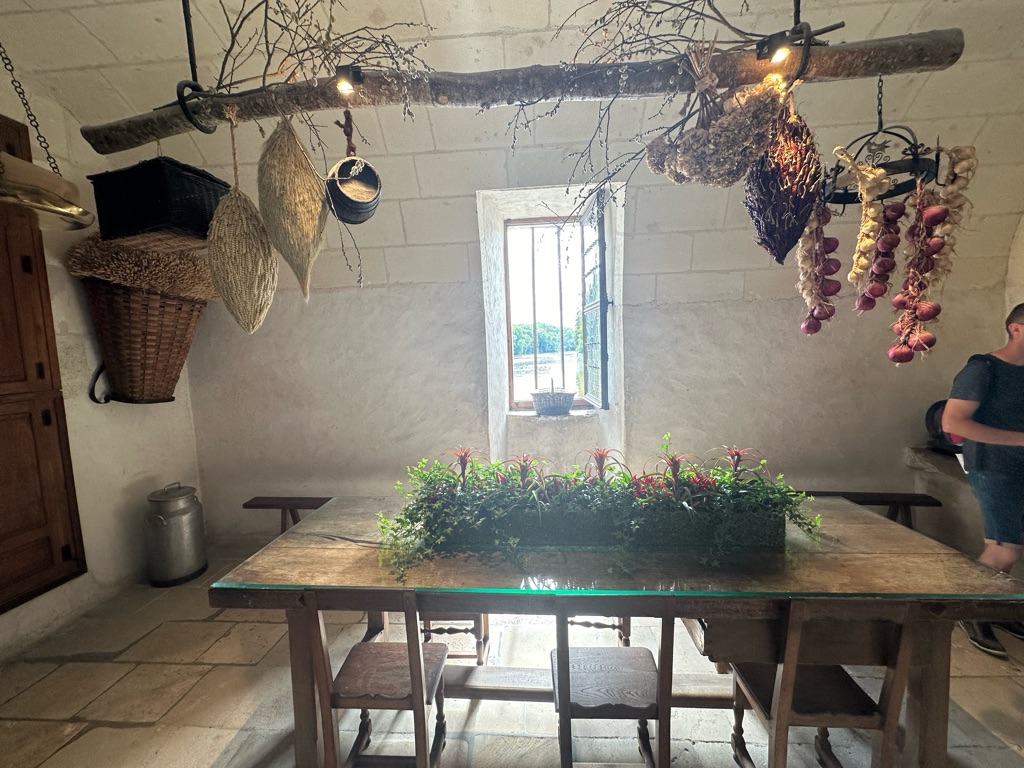
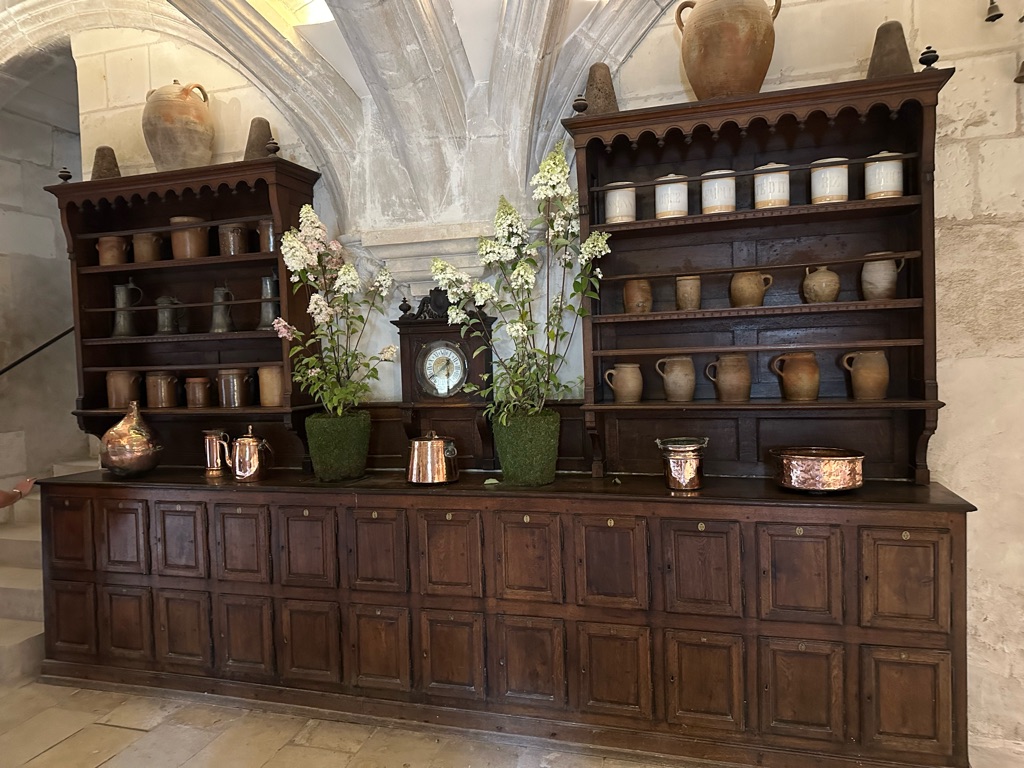
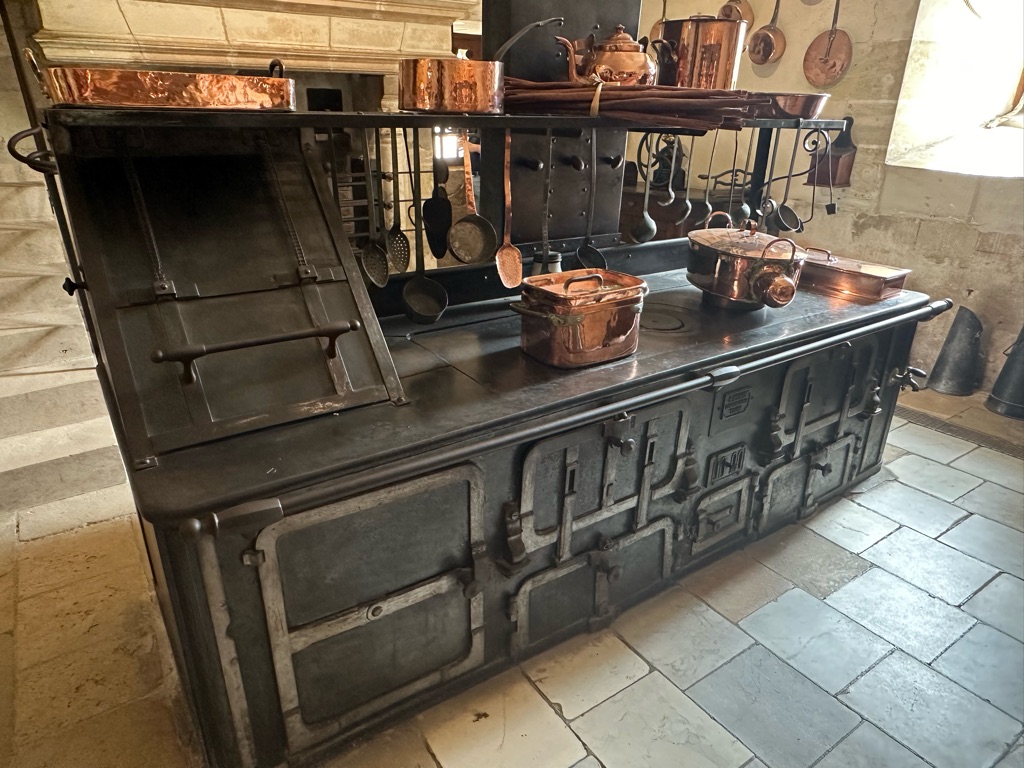
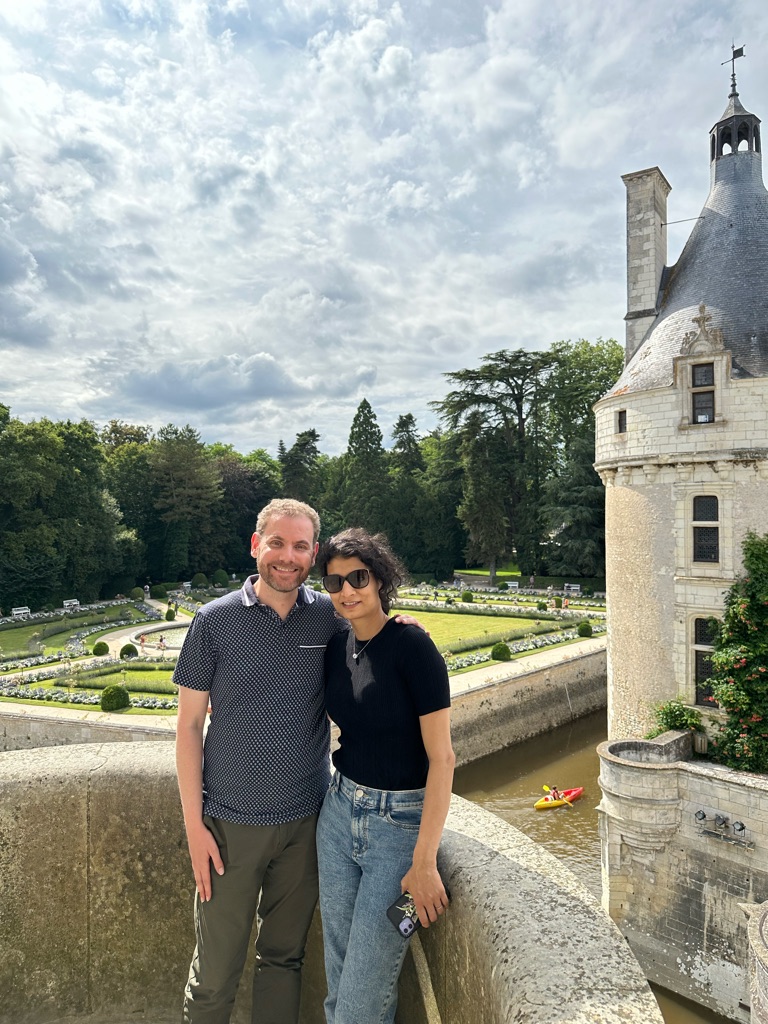
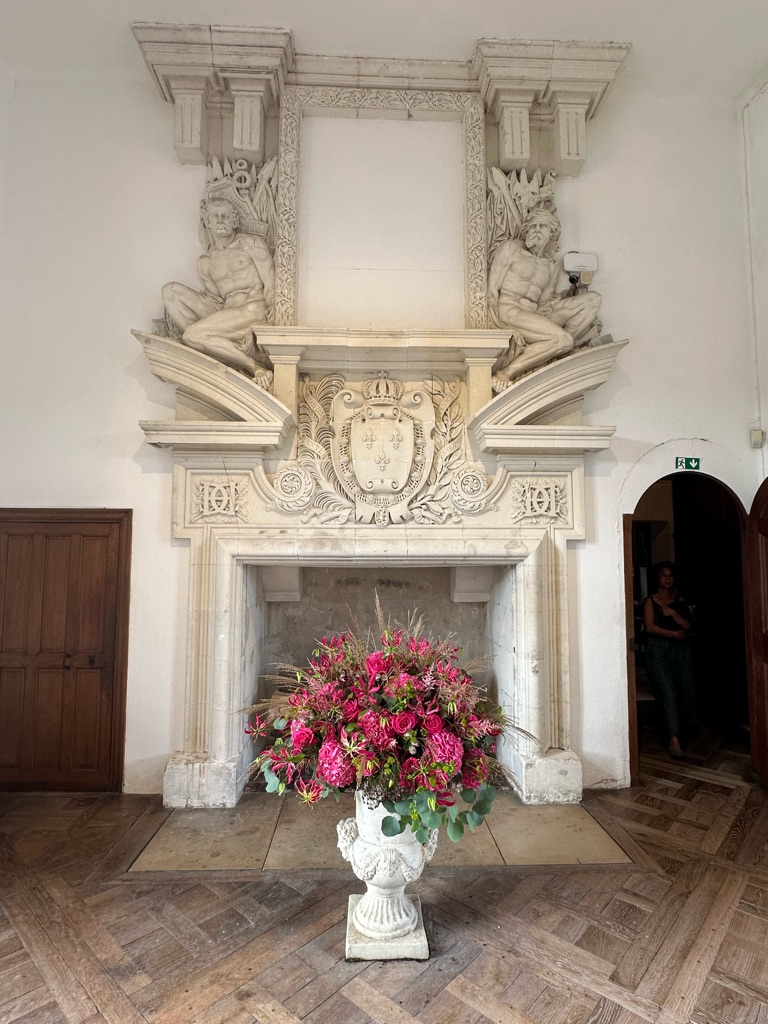
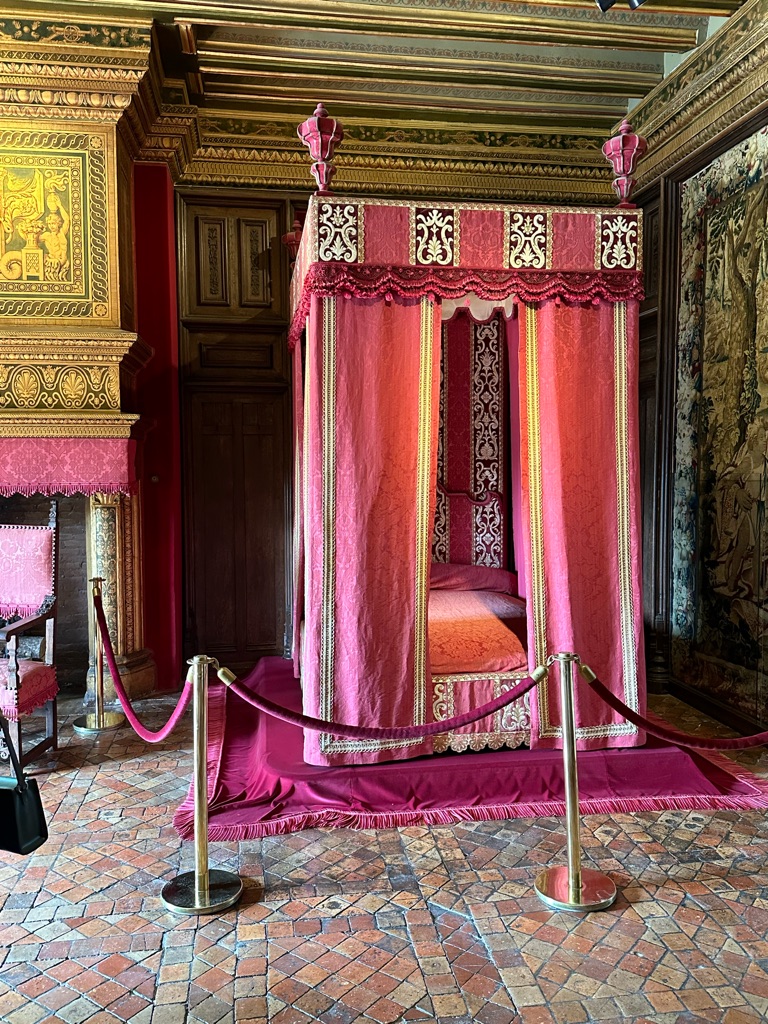
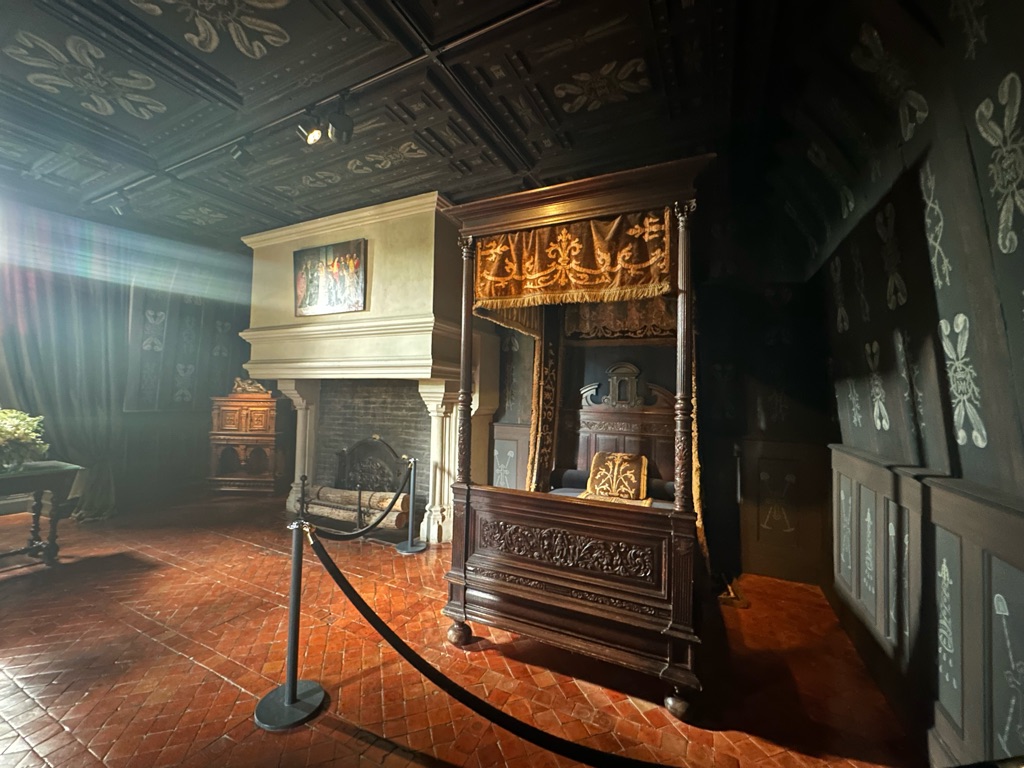
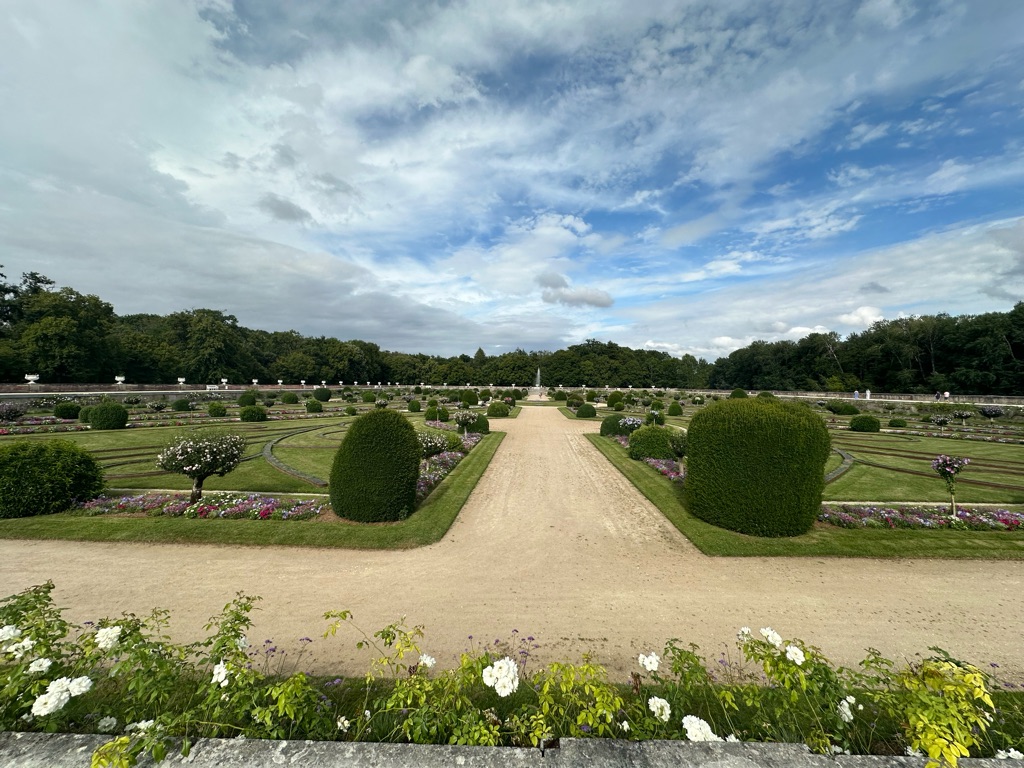
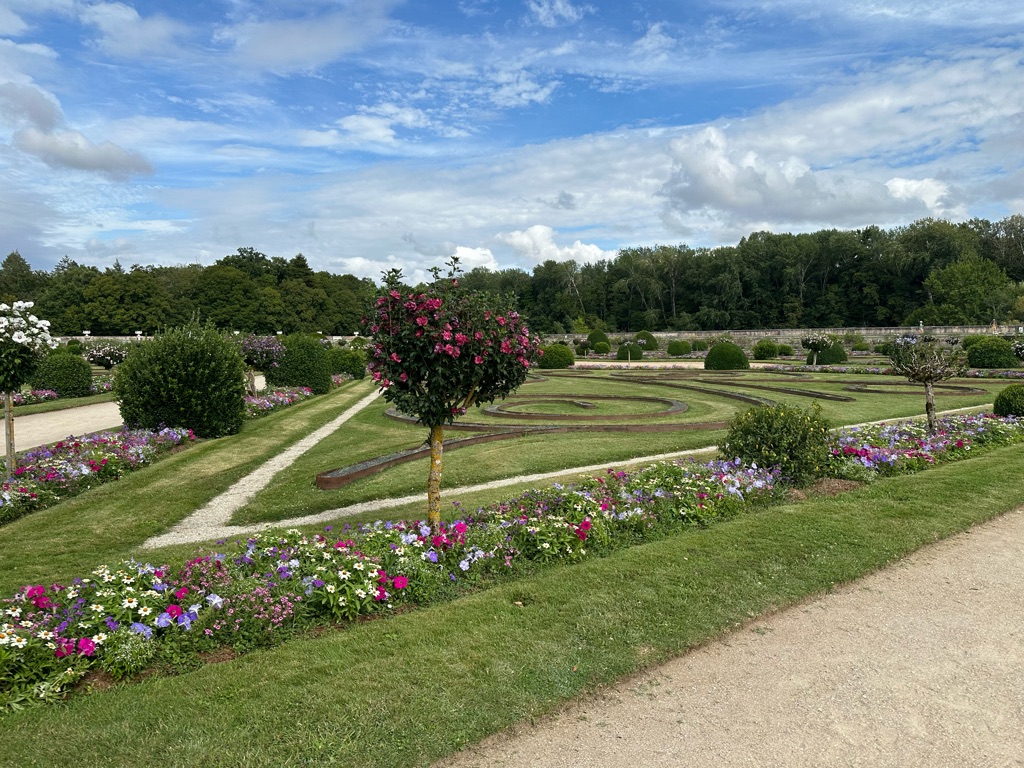
We made it back to Paris in time to see the opening ceremony from our hotel room, but didn't go out because of the rain.
To Saturday, which I think is my favourite day of the trip so far. In intermittent rain, we met with Supreet and Prakruti in the St Germain area, to have brunch at Cafe Des Flores, which is apparently famous as the place that Emily gets her coffee and croissants on "Emily in Paris" (although I haven't watched).
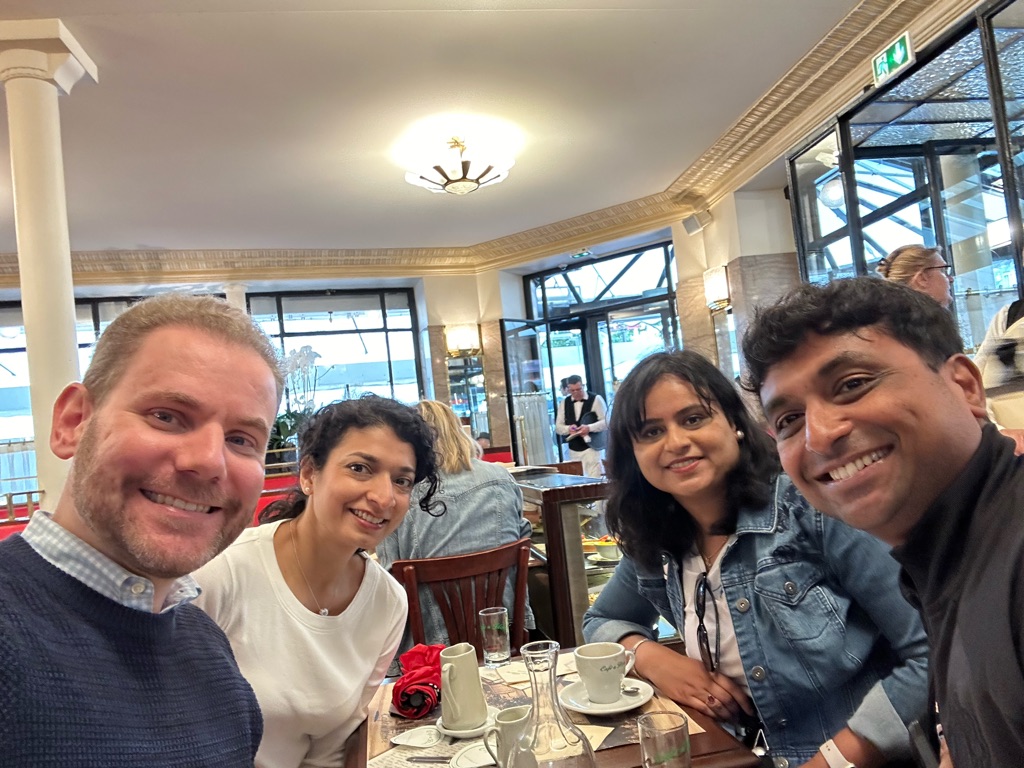
Unlike Emily, I opted for the croque Monsieur (delicious!) St Germain is a very fashionable area - lots of high-end shops (Meg relieved the Fragonard Parfumeur of some of their inventory).
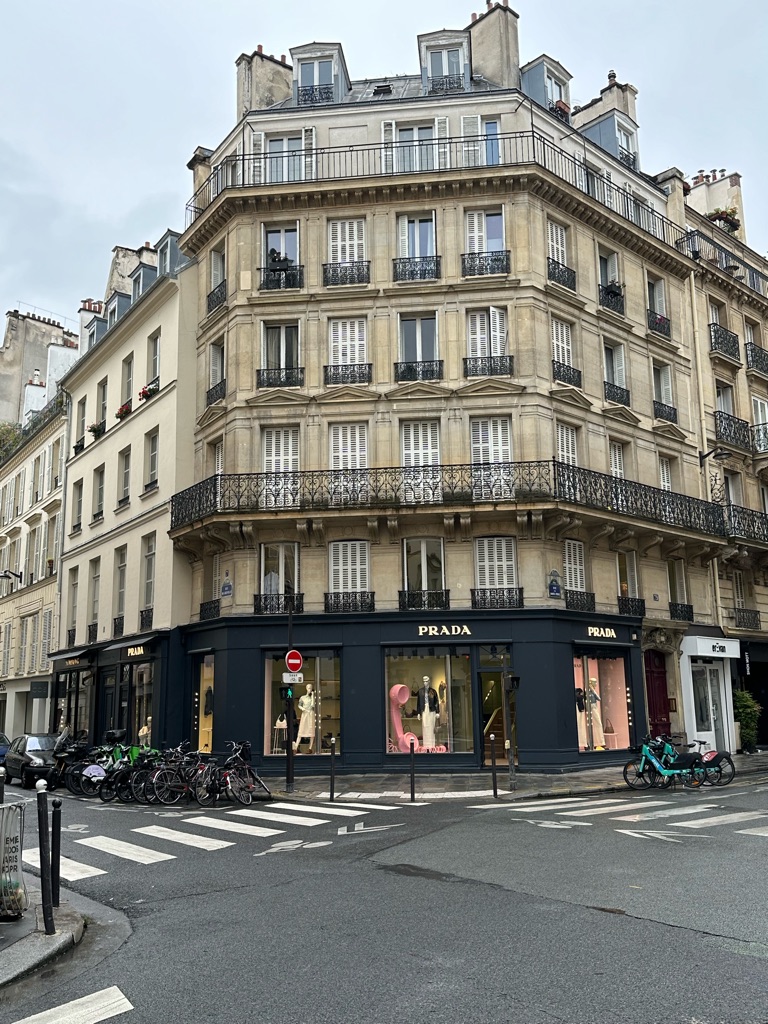

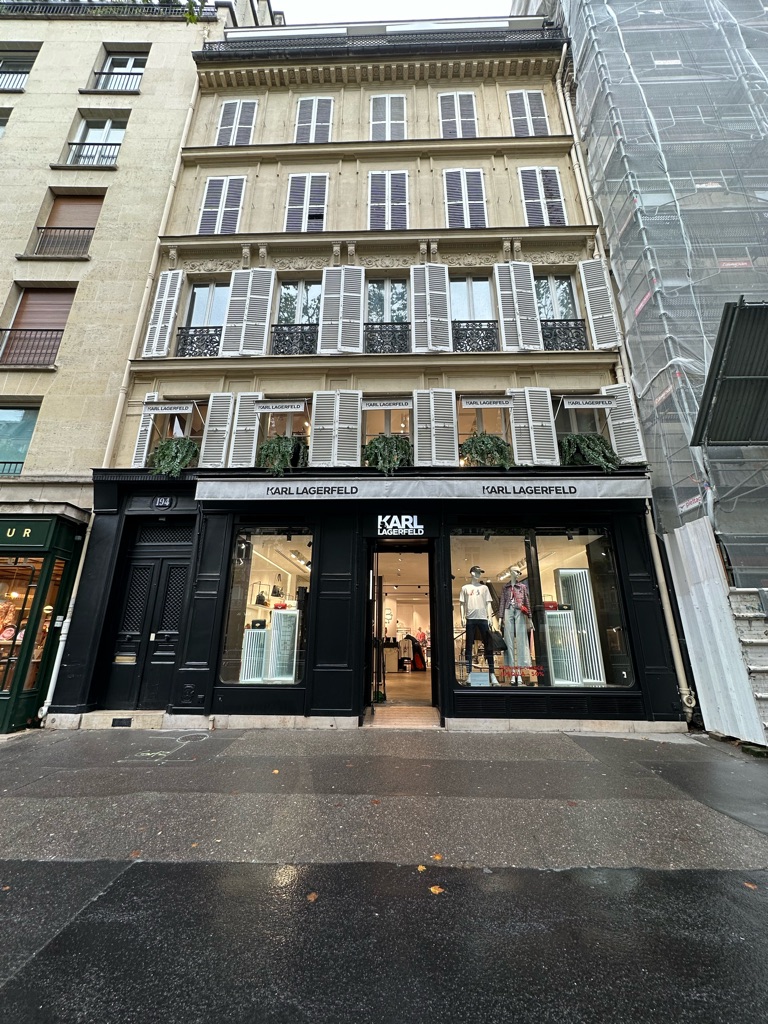
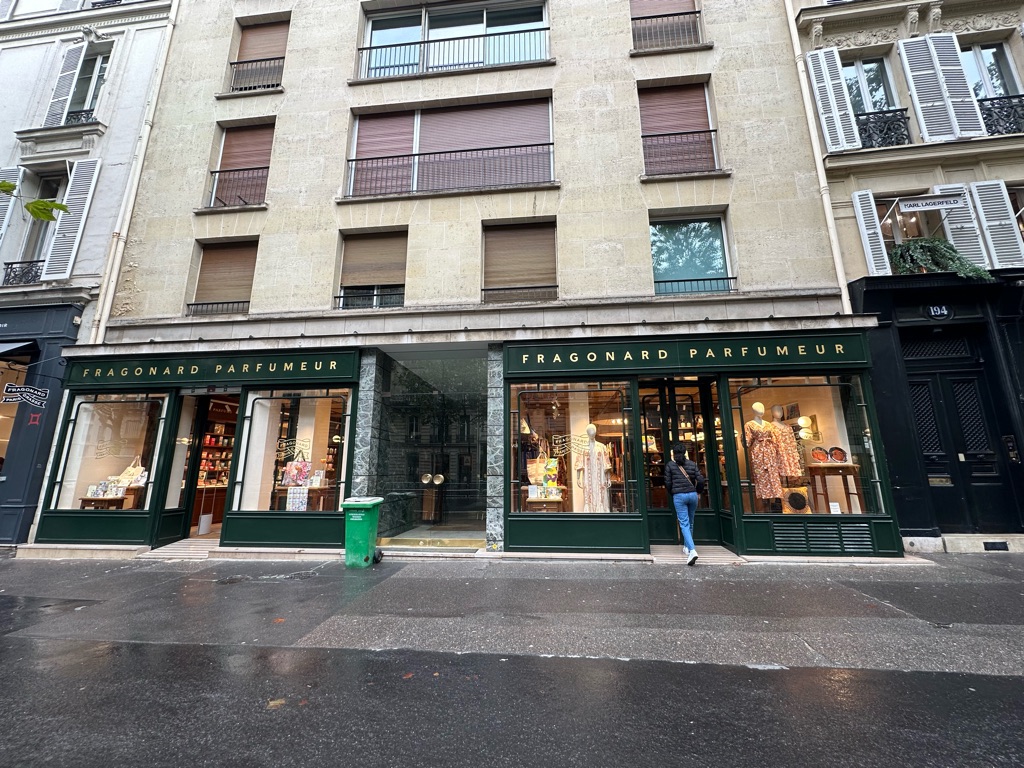
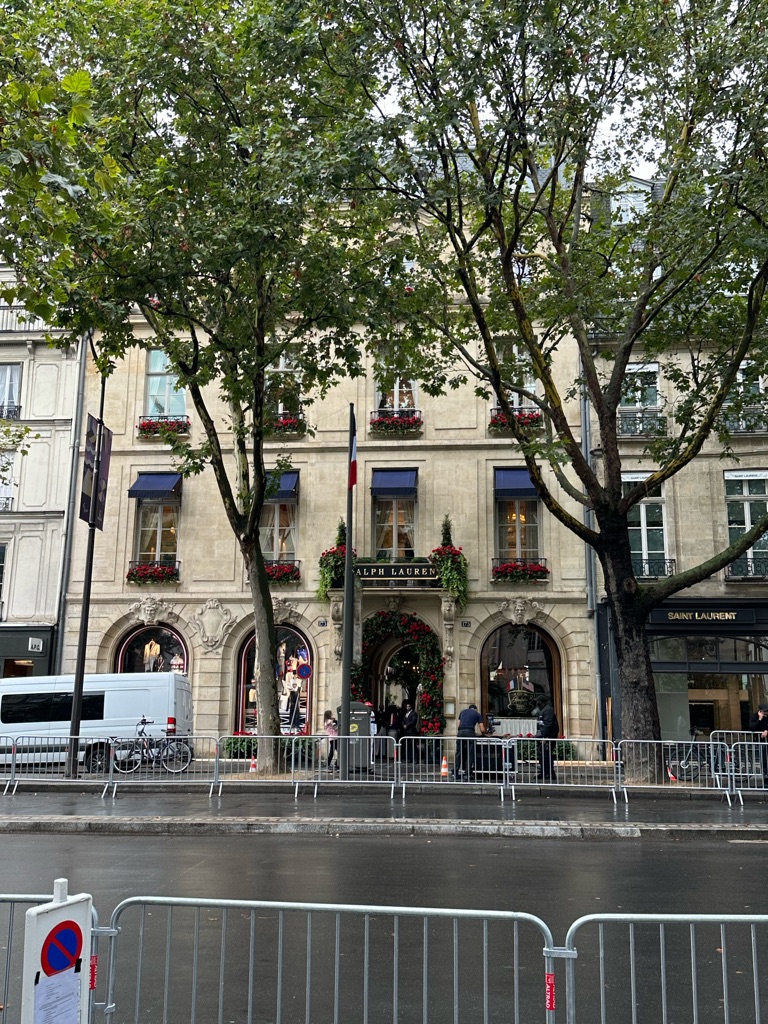
From there we went to the Musee d'Orsay, which we both thought was fabulous - Meg hadn't been before. \240It is housed in an old train station, which was converted into an art gallery in the 1970s and 1980s when its platforms became too short for modern trains. It is a fantastic space for an art gallery, and focuses primarily on the art of the late 1800s and early 1900s (frankly, the most interesting period of all). \240The collection was originally part of the Louvre before being broken out into the separate museum.
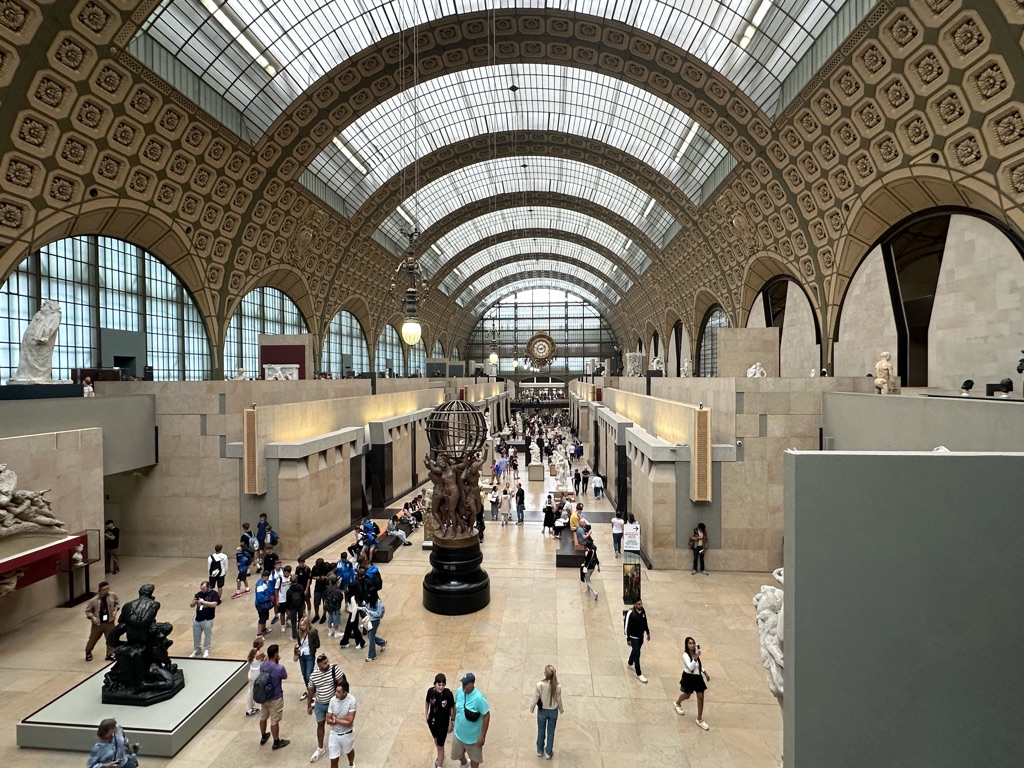
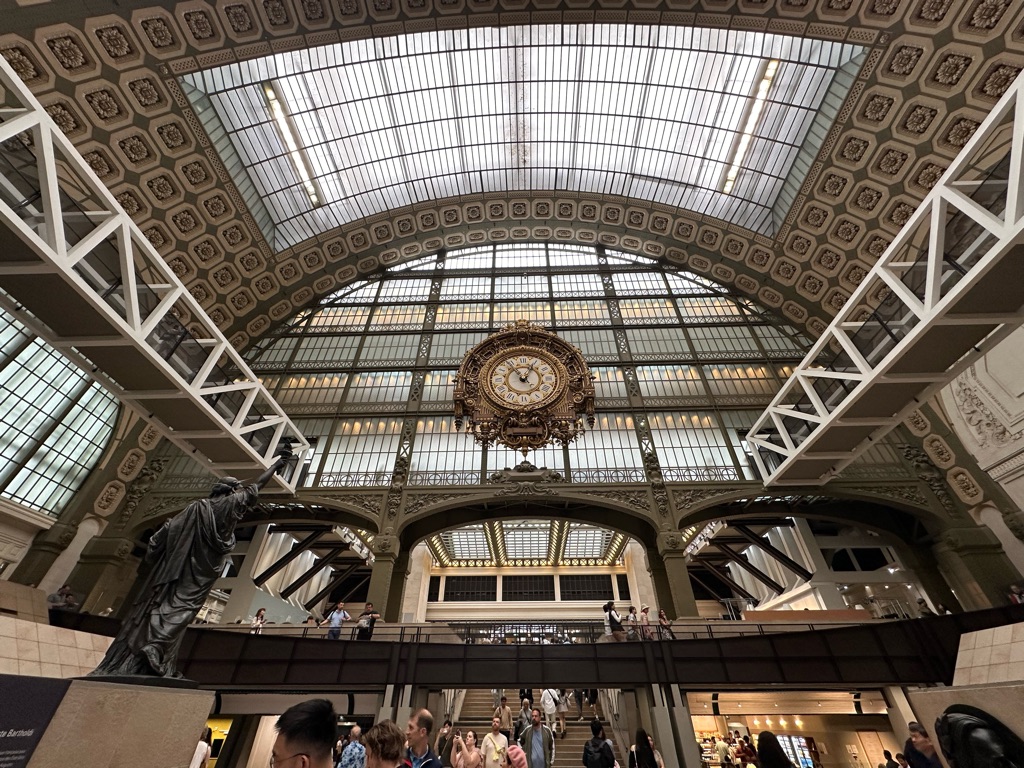
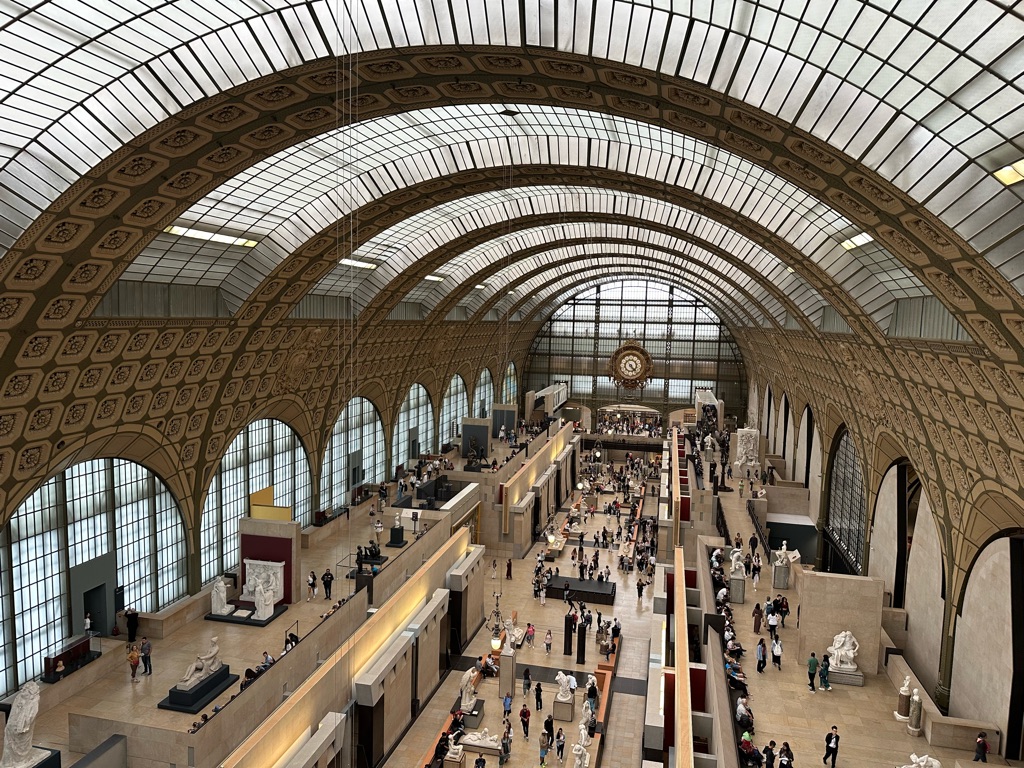
There is a lot (like, entire rooms) of many of our favourite painters - Van Gogh, Degas, Renoir, Monet, Bonnard, Vouillard, Pissarro, Cezanne... any one of them would be the basis for an absolute blockbuster exhibition at the NGV (and a lot of them have in previous years!), but here you basically can't turn a corner without running into another one of them. Here are some favourites, starting with Van Gogh...
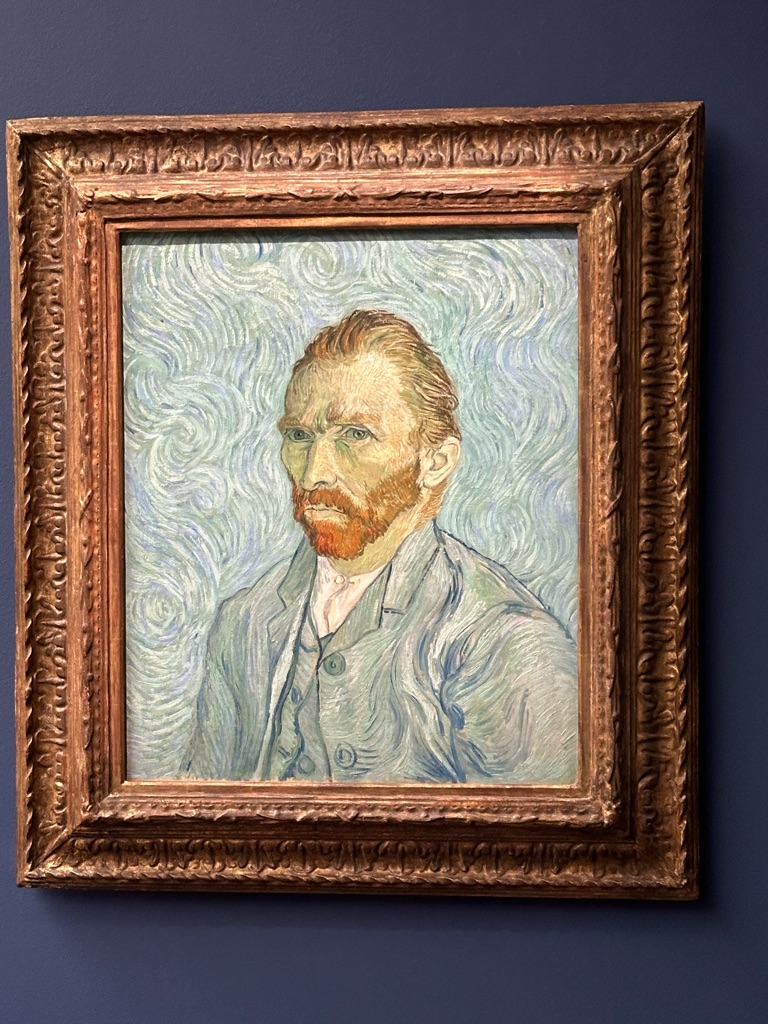
Bonnard...

Degas (you might recognise this from one of the coasters on our coffee table)...
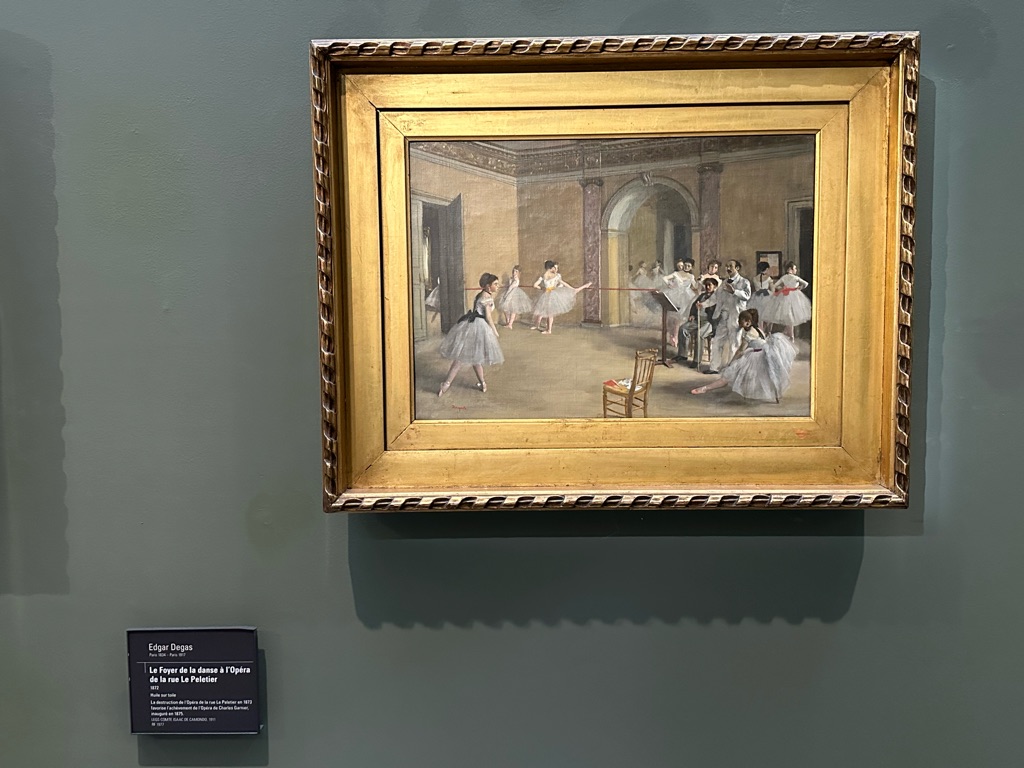
Toulouse-Lautrec...
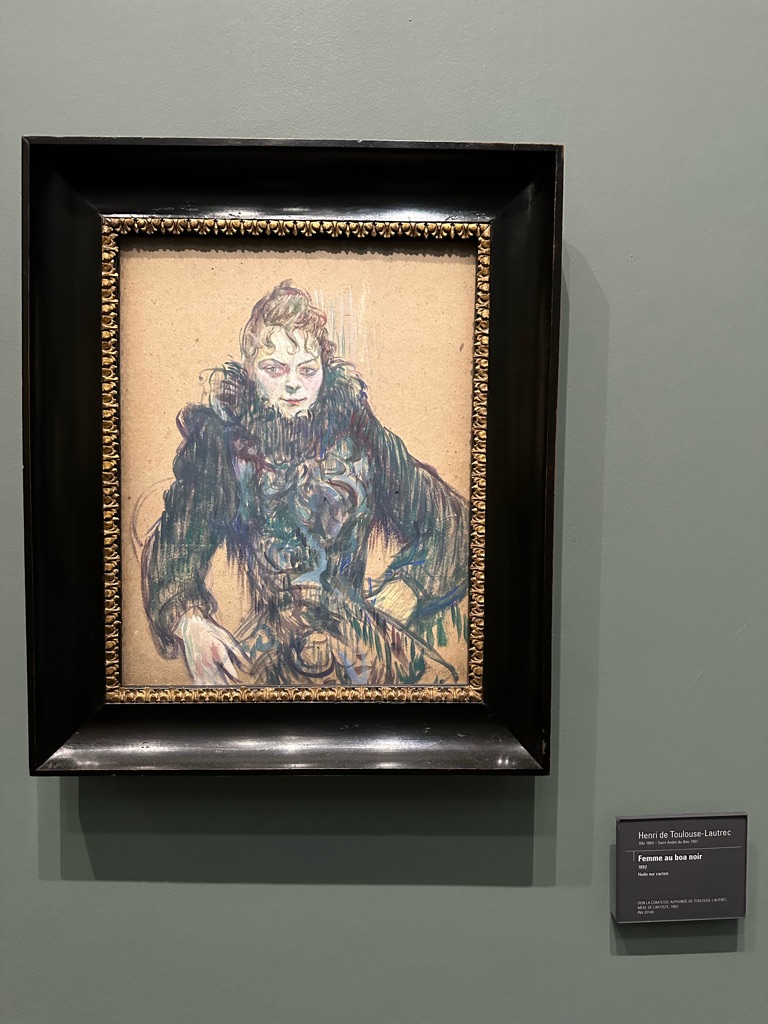
Pissarro...
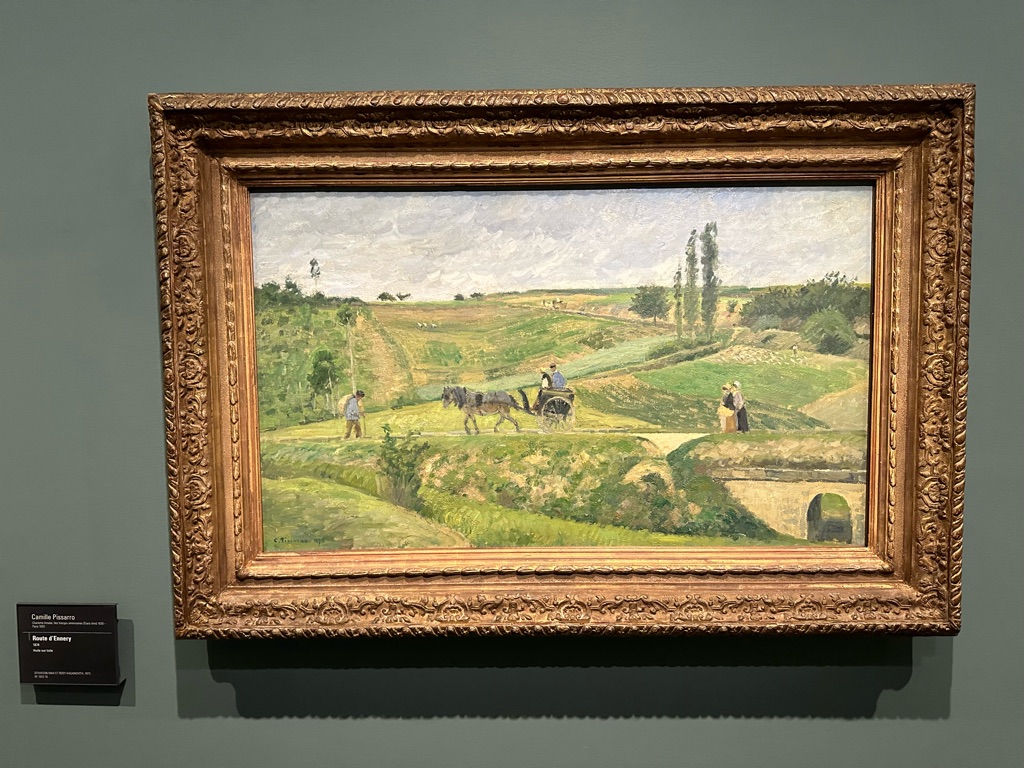
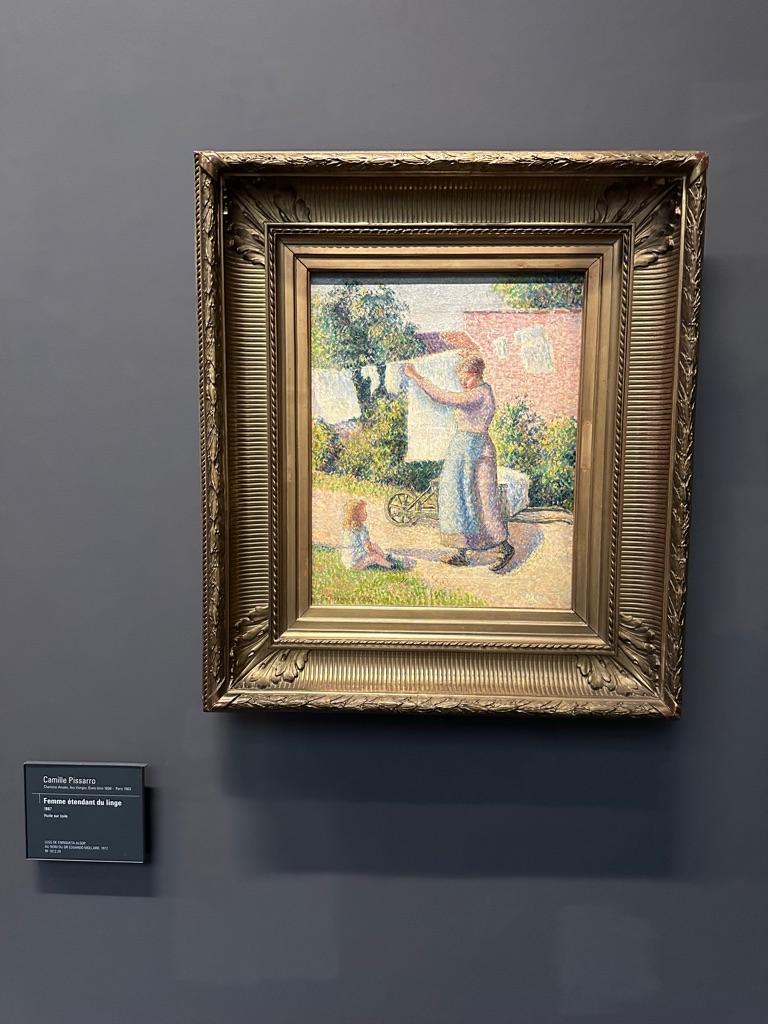
I love this next one, but can't recall for the life of me who painted it... I'll figure it out (I'm sure there is another one on the same theme in the NGV)...
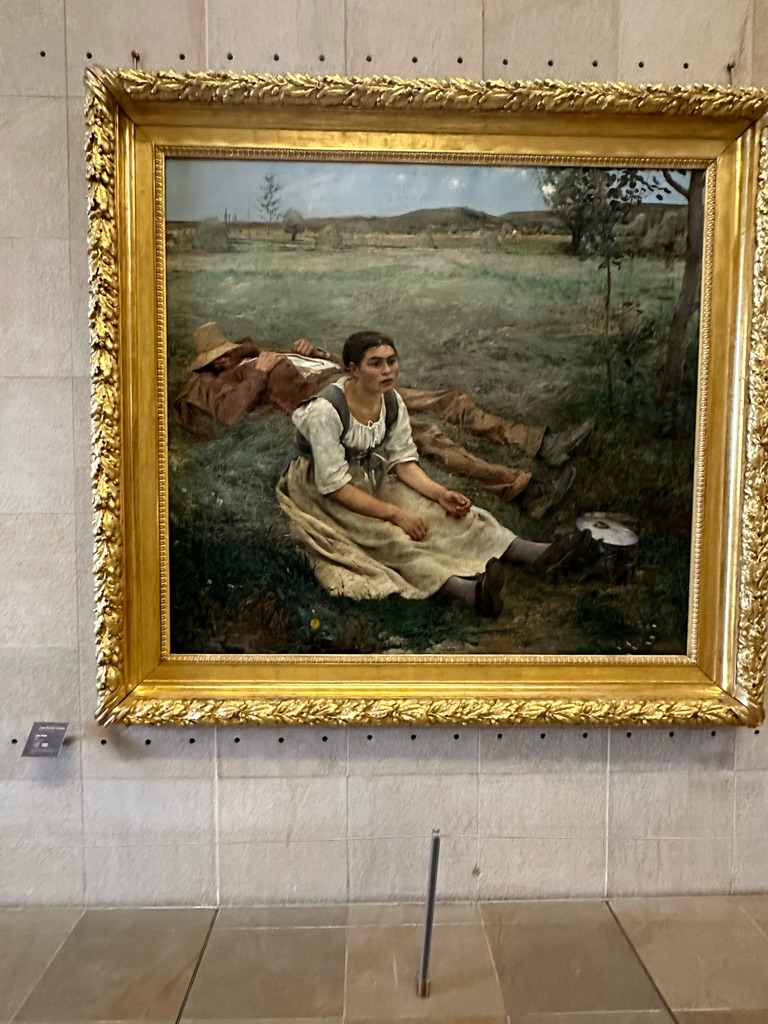
Burnand...
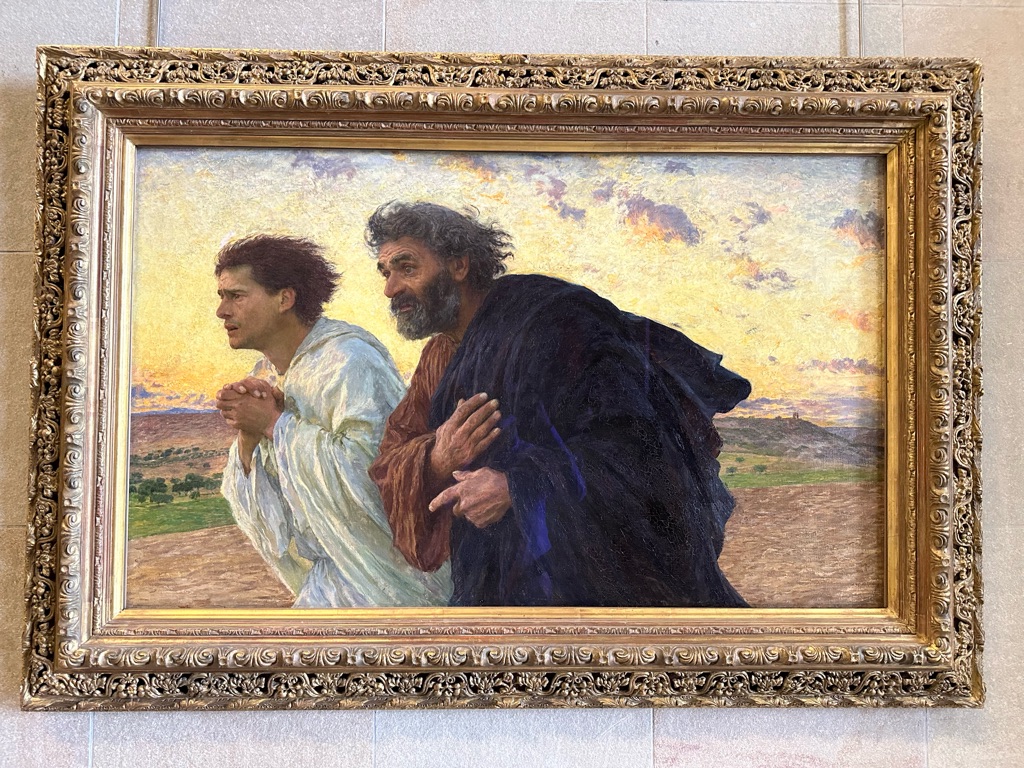
Seurat...
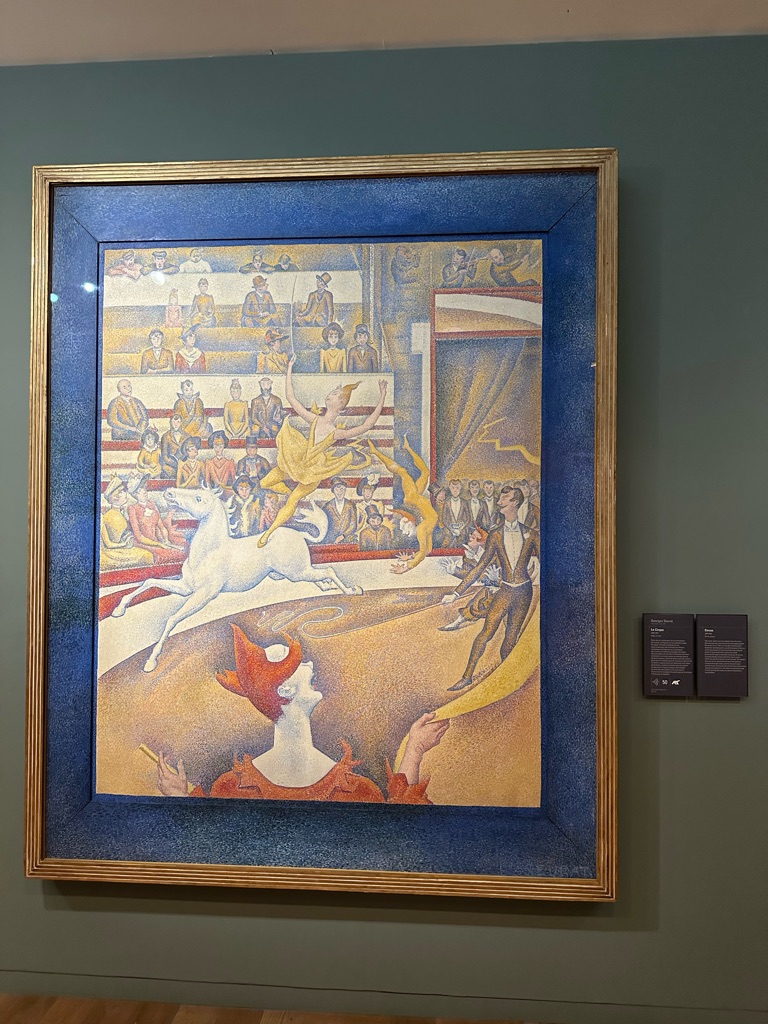
Signac...
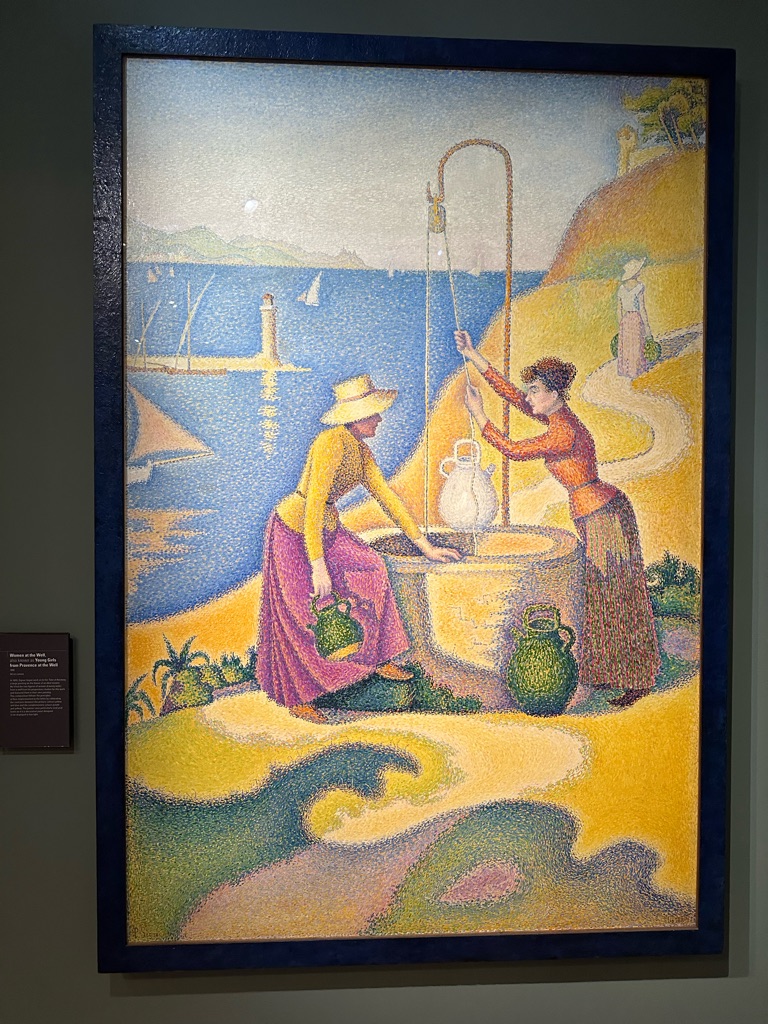
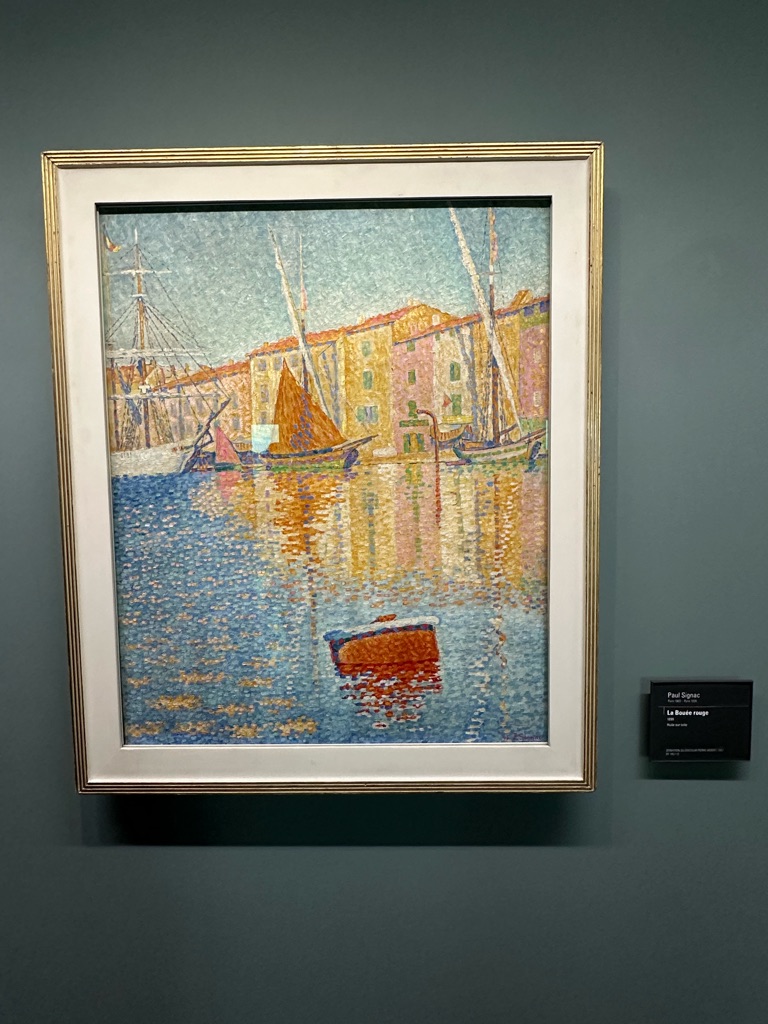

Serusier...
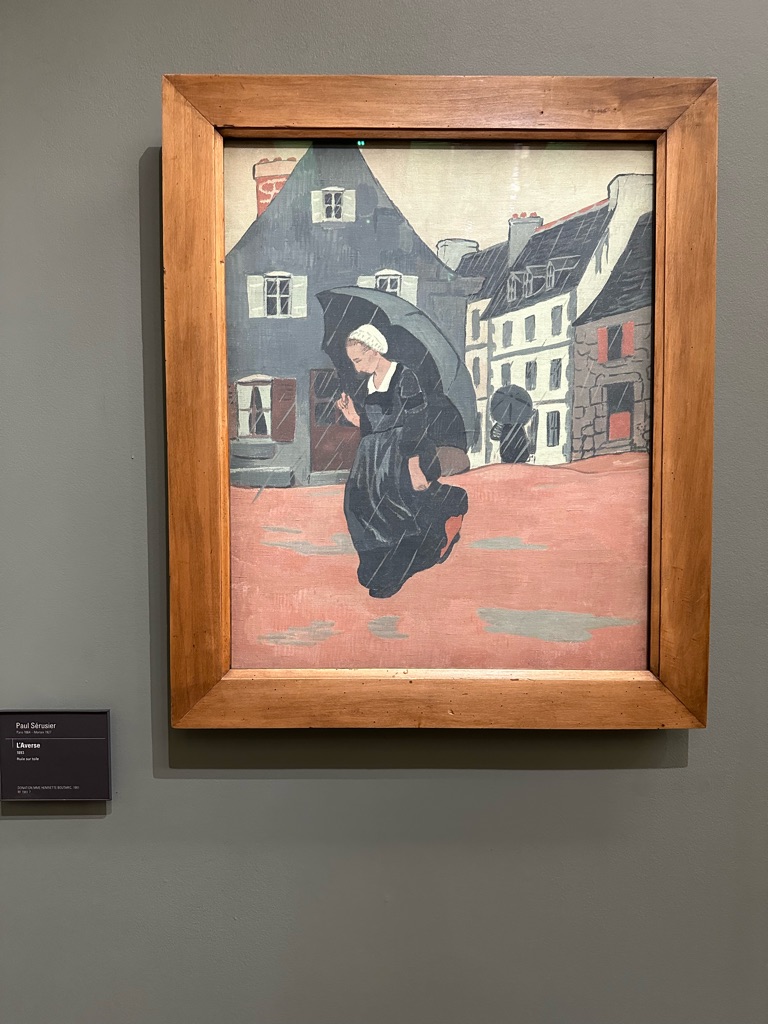
Beautiful Renoir, who won our "best overall" award...
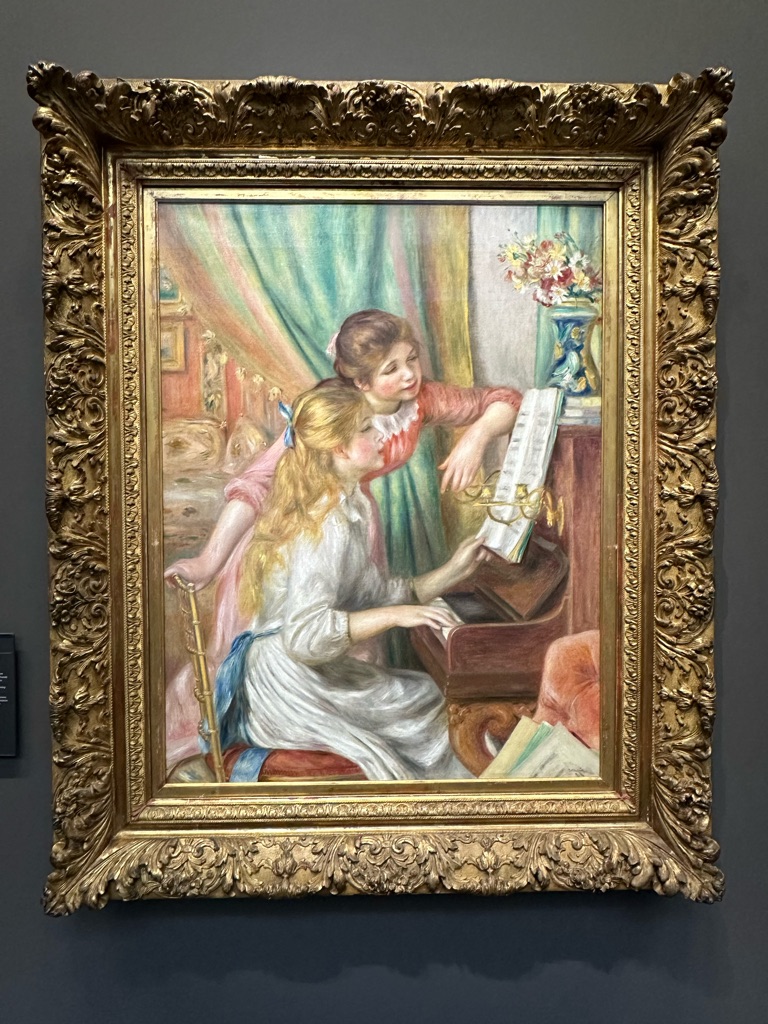
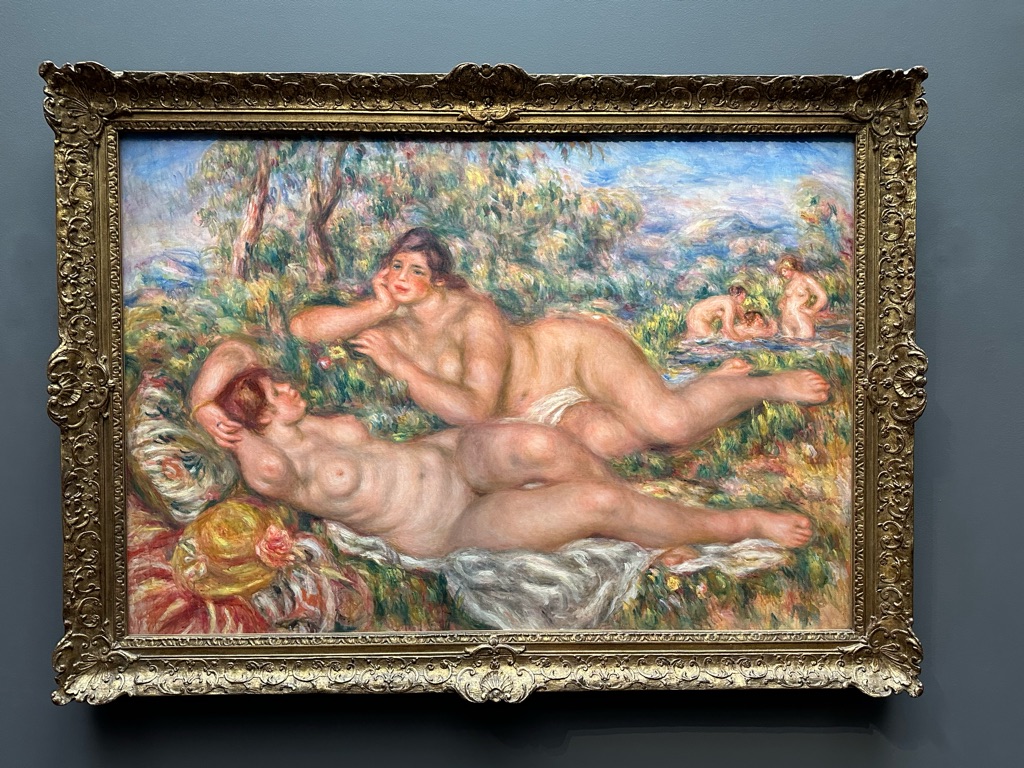
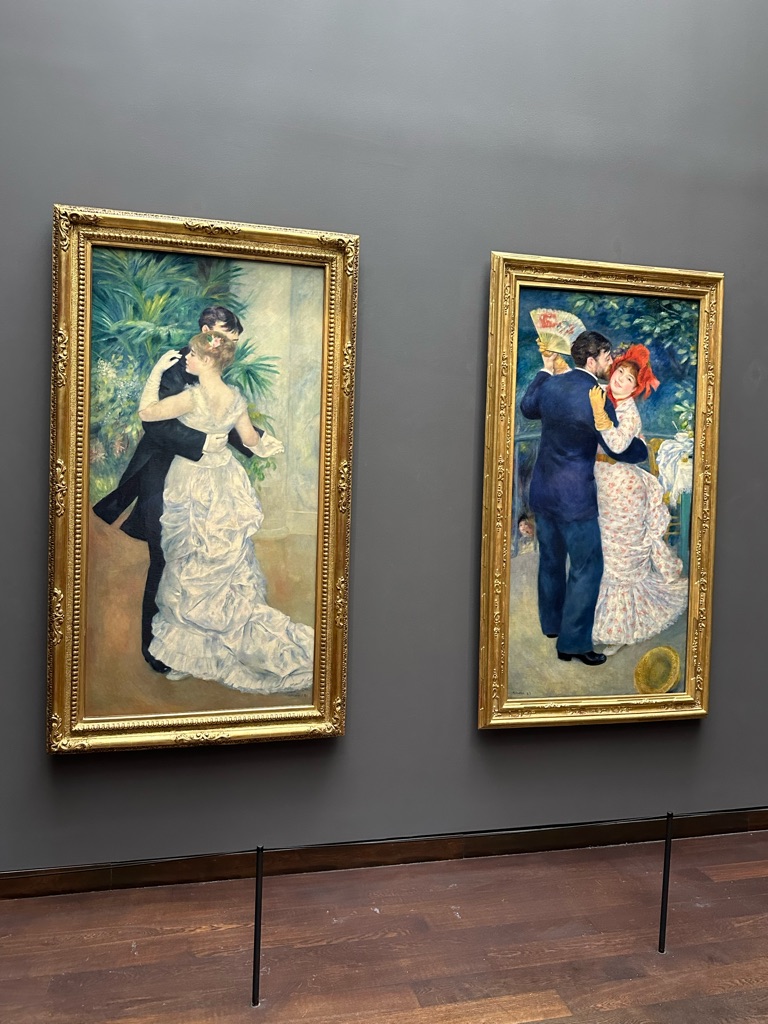
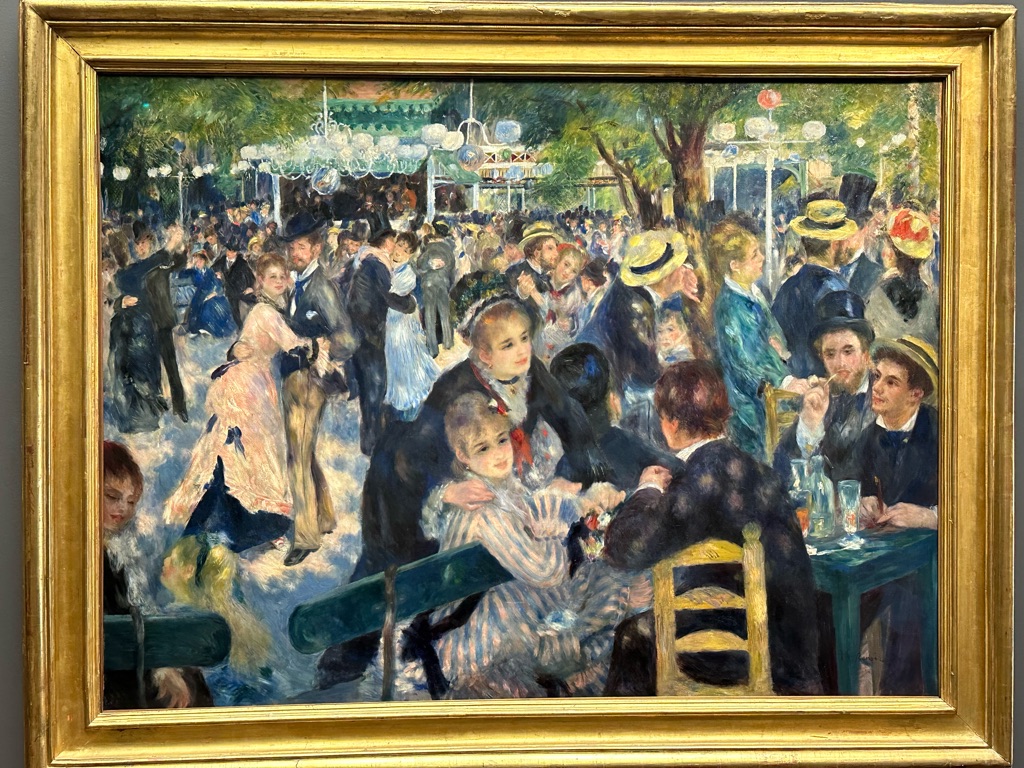
(This is not quite our jigsaw, but is another Renoir very much like it)
Monet...
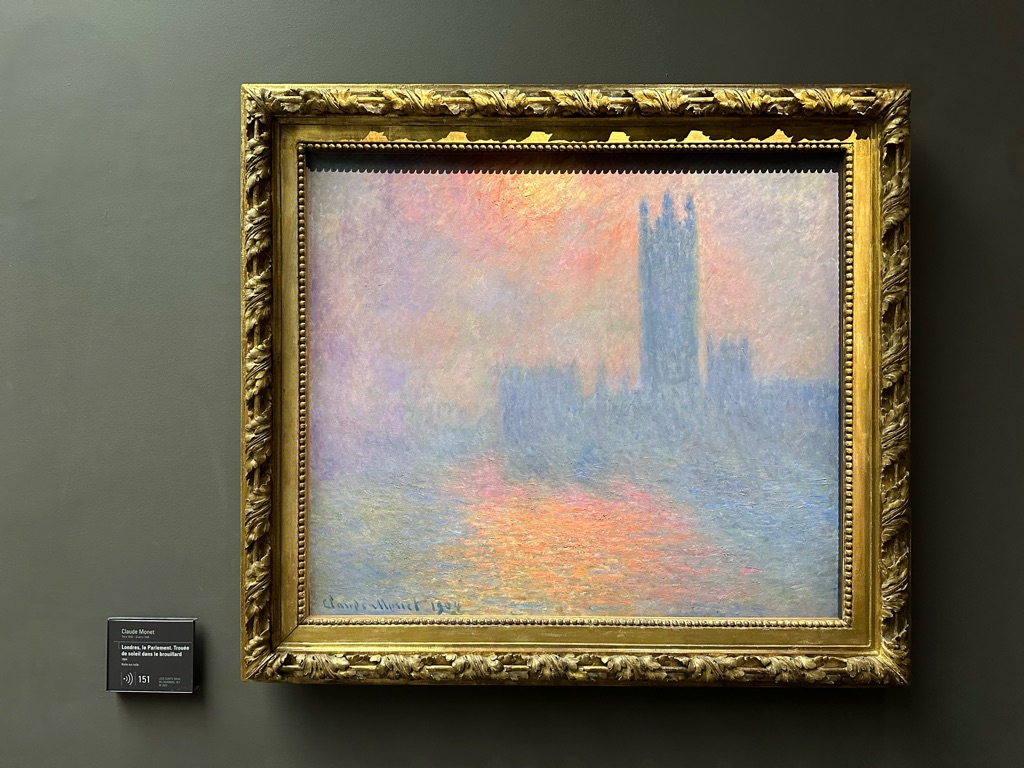
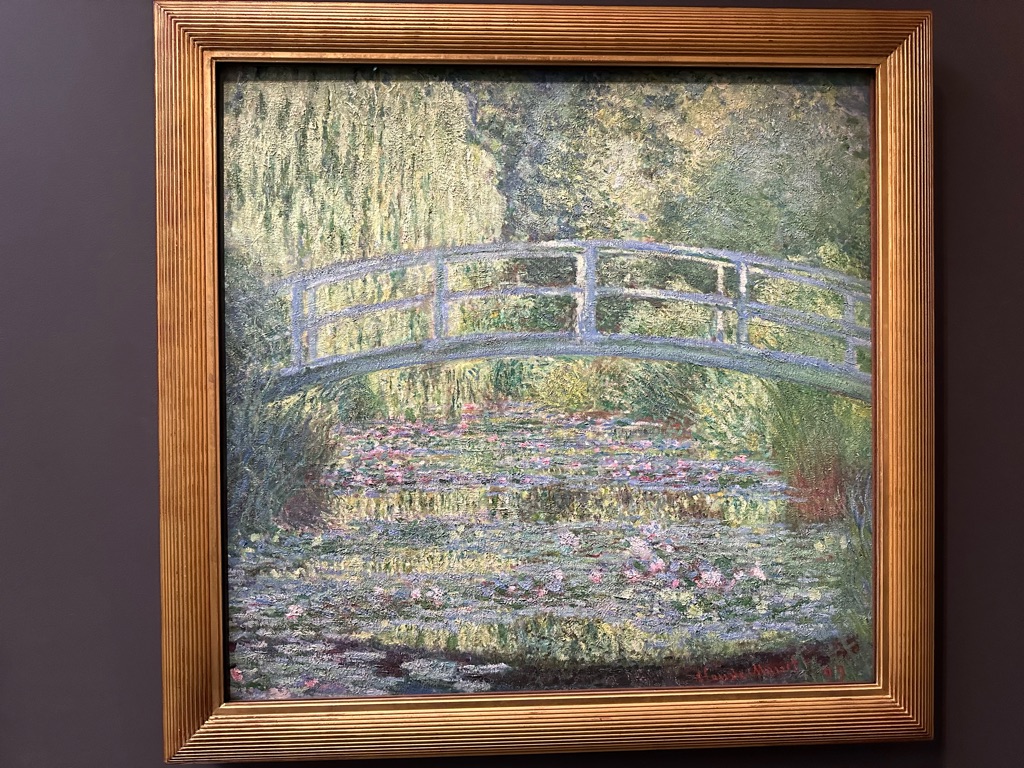

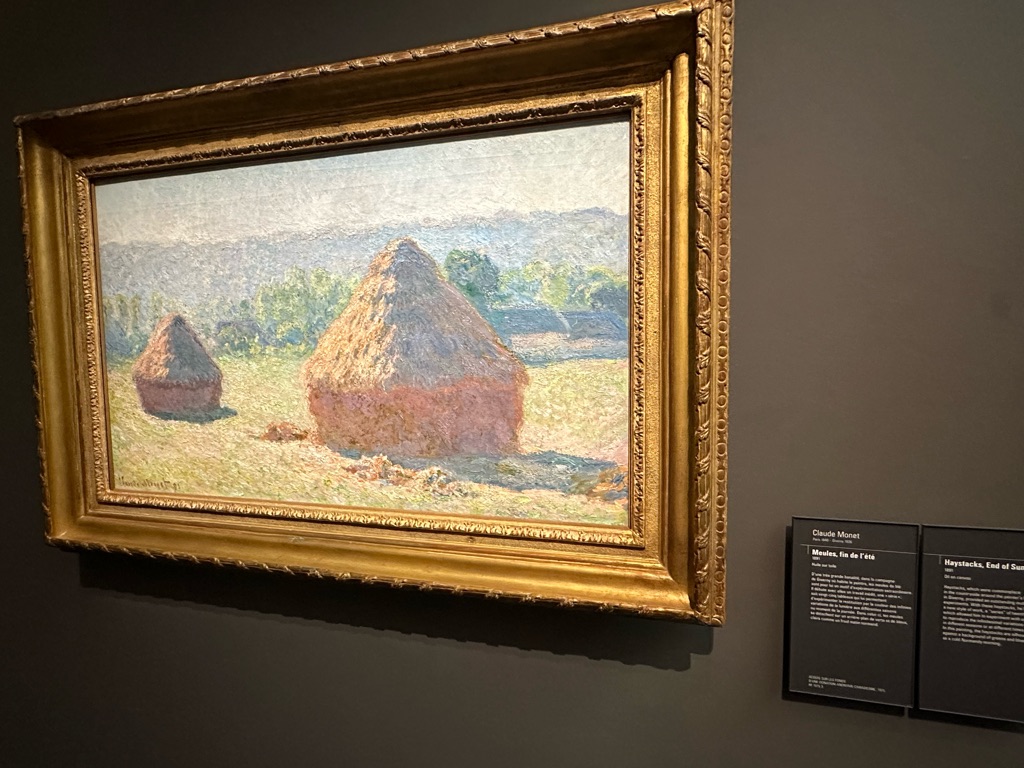
Cezanne...
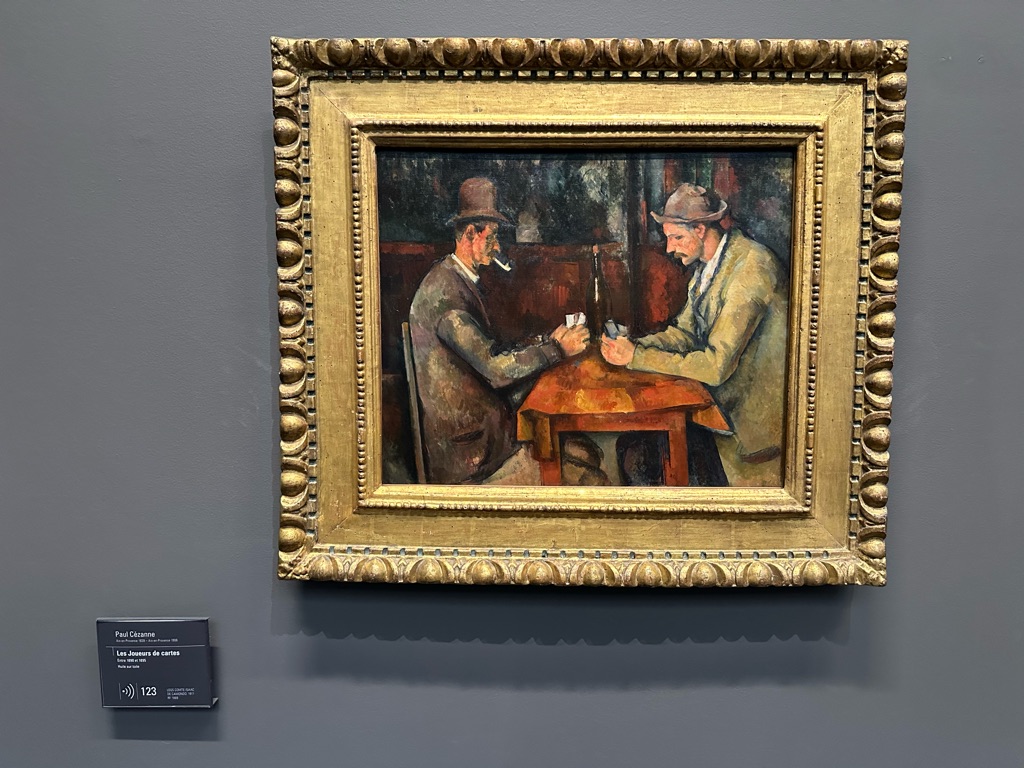
But the best in show? \240For me it was a close call between Henri Fantine-Latour, and Edward Burne-Jones. \240Must be something about women reading books that makes for great art, I guess.
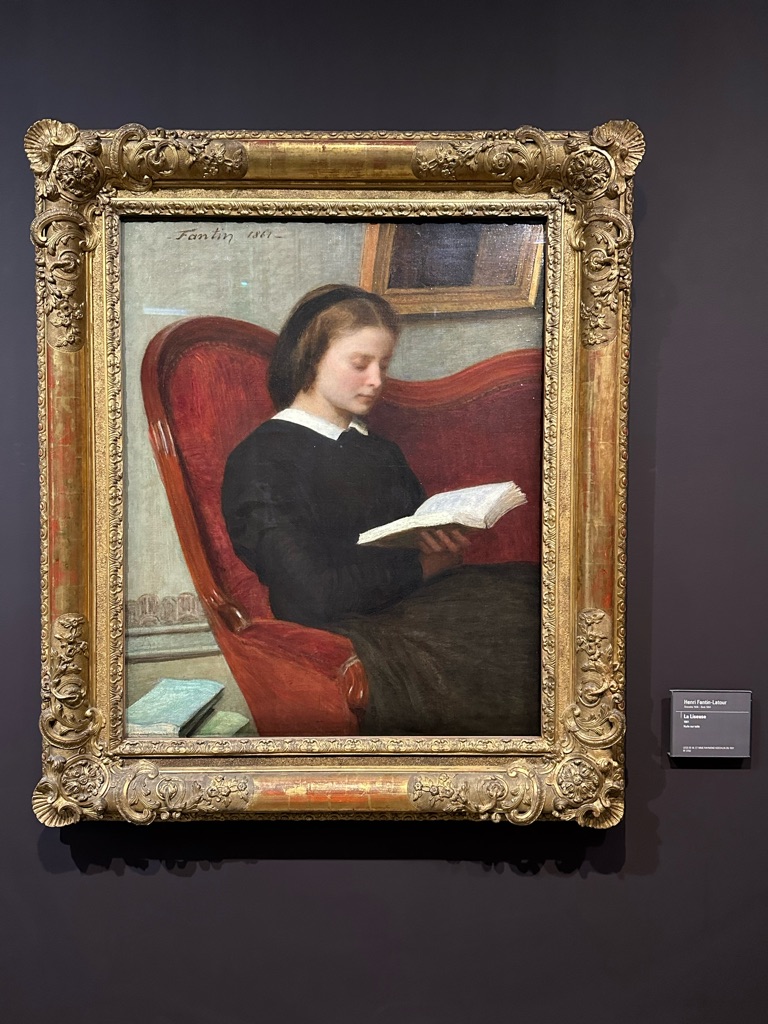
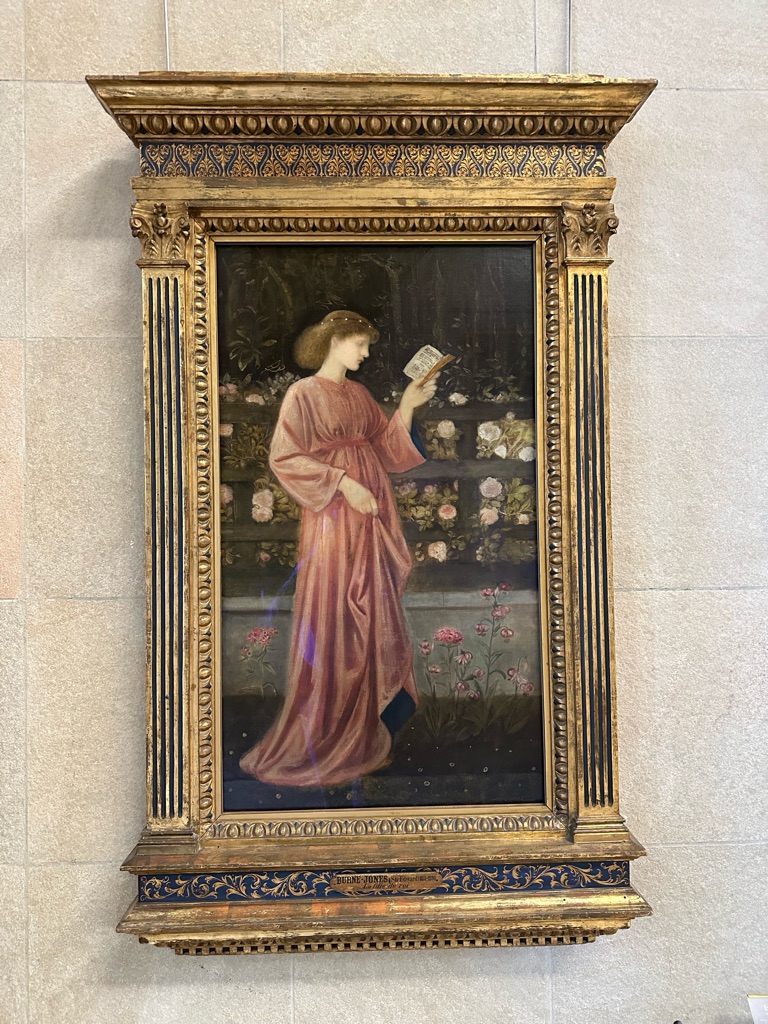
And speaking of greatness, it was time to head over to Roland Garros and see some greatness of a different kind. \240We had the hospitality package, so were whizzed pretty quickly through security and the queues (crowd control and transport has generally been great though).
In our box, we had free food and drink all night, and a photo opportunity with one of the Olympic relay torches.

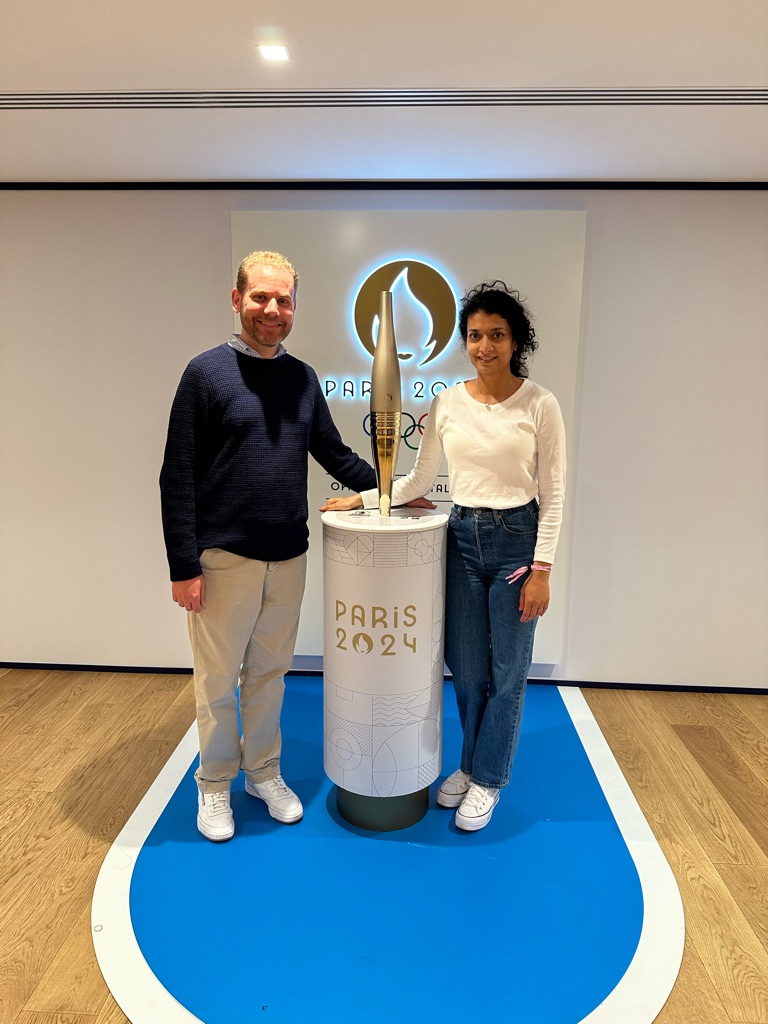
We could watch on the big screens in the box, or head down to our great seats. \240Court Phillipe-Chatrier seems smaller than Rod Laver Arena, and the court itself isn't really sunken down below the stands, so you really feel a lot closer to the players. \240There is also not as much space around the court - on a couple of stretch points, Alcaraz almost went for a forward-roll over the "Paris 2024" signage right at the edge of the court.
We were lucky enough to see a good competitive doubles game, with a tie-break in the first set.
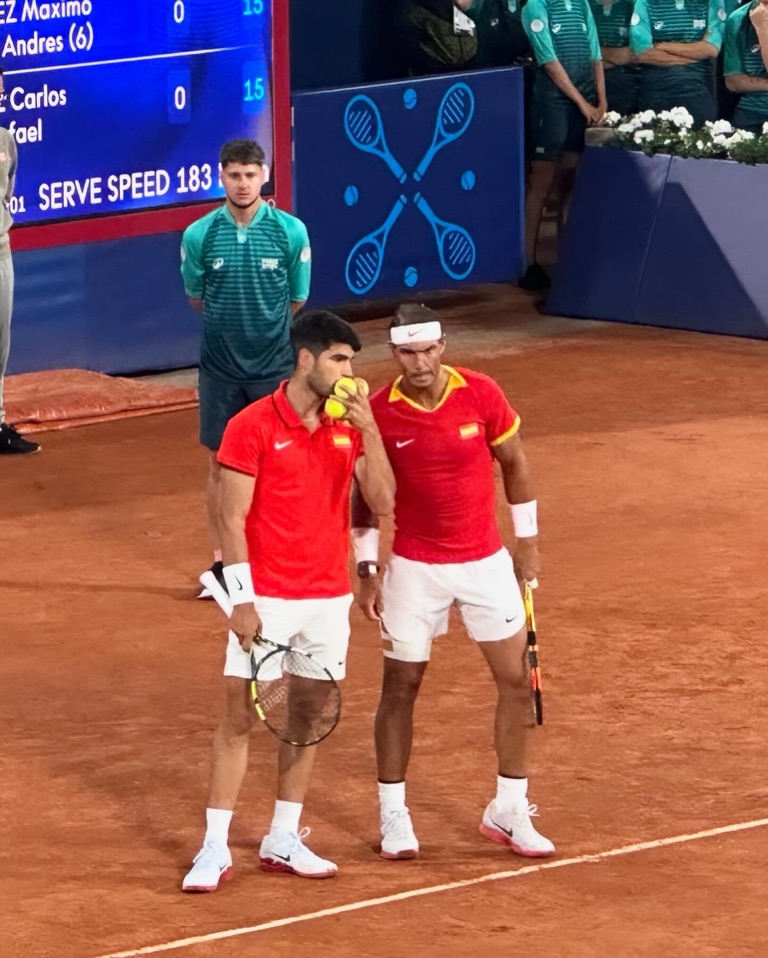
"Pssst Phil and Meg are in the crowd tonight... We'd better do something impressive on the next point"
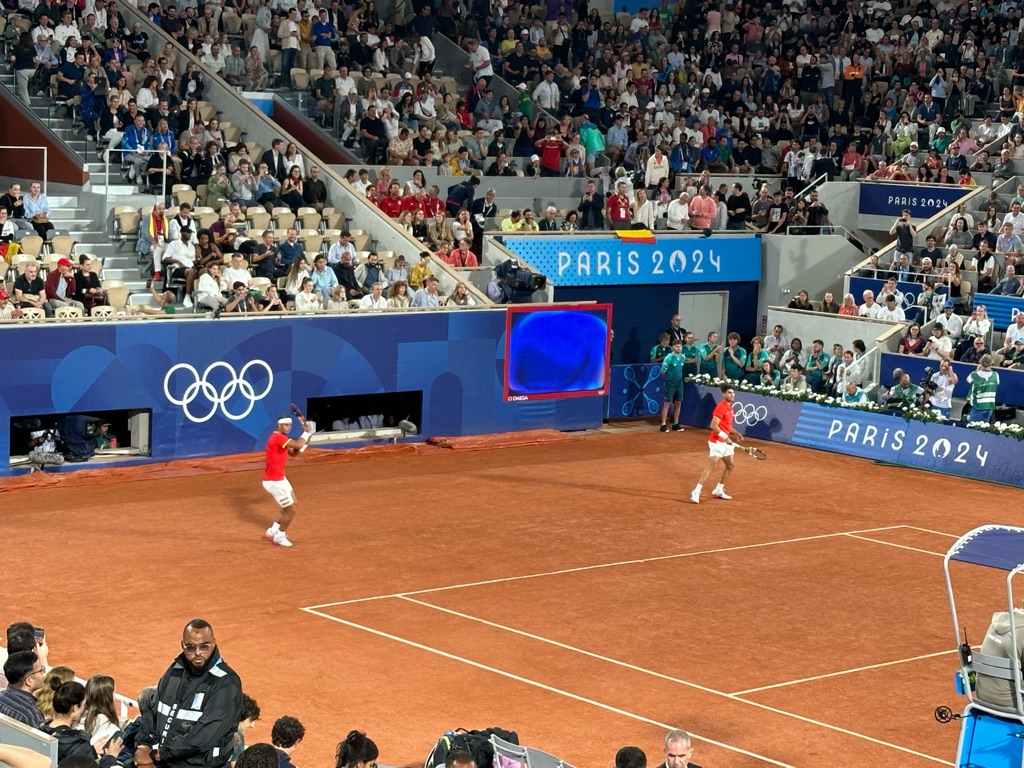
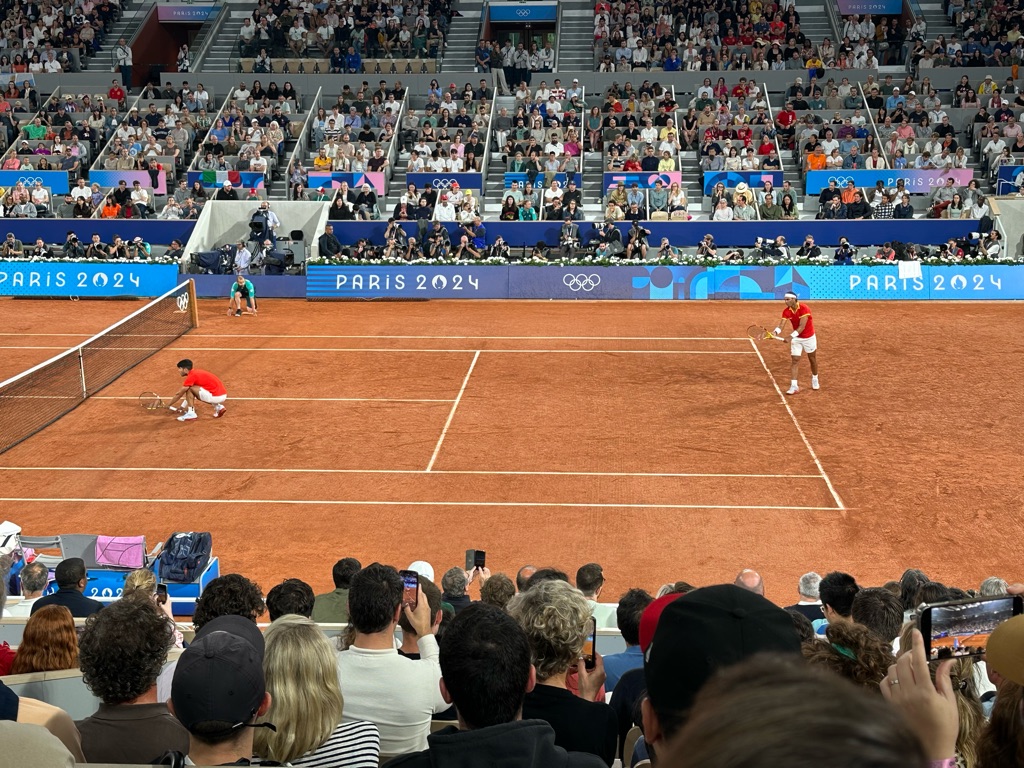
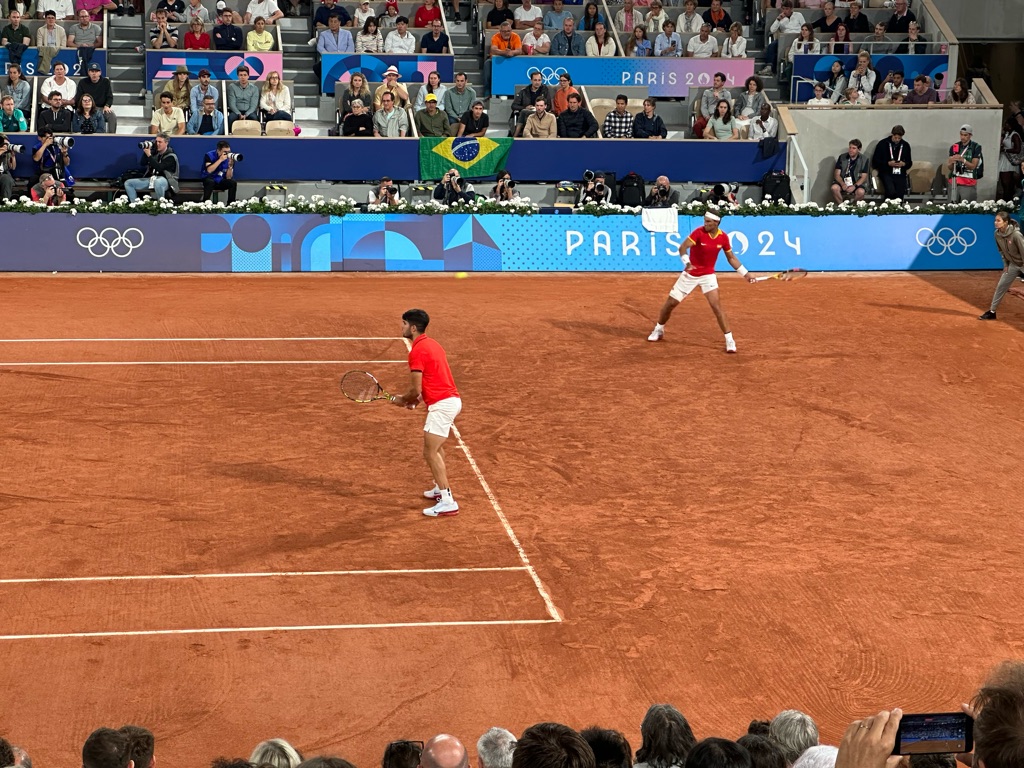
The Osaka game afterwards was also good - Osaka has the powerful forehand, but we both agreed that Kerber was just the better tactical player who kept her cool and made more of her shots.
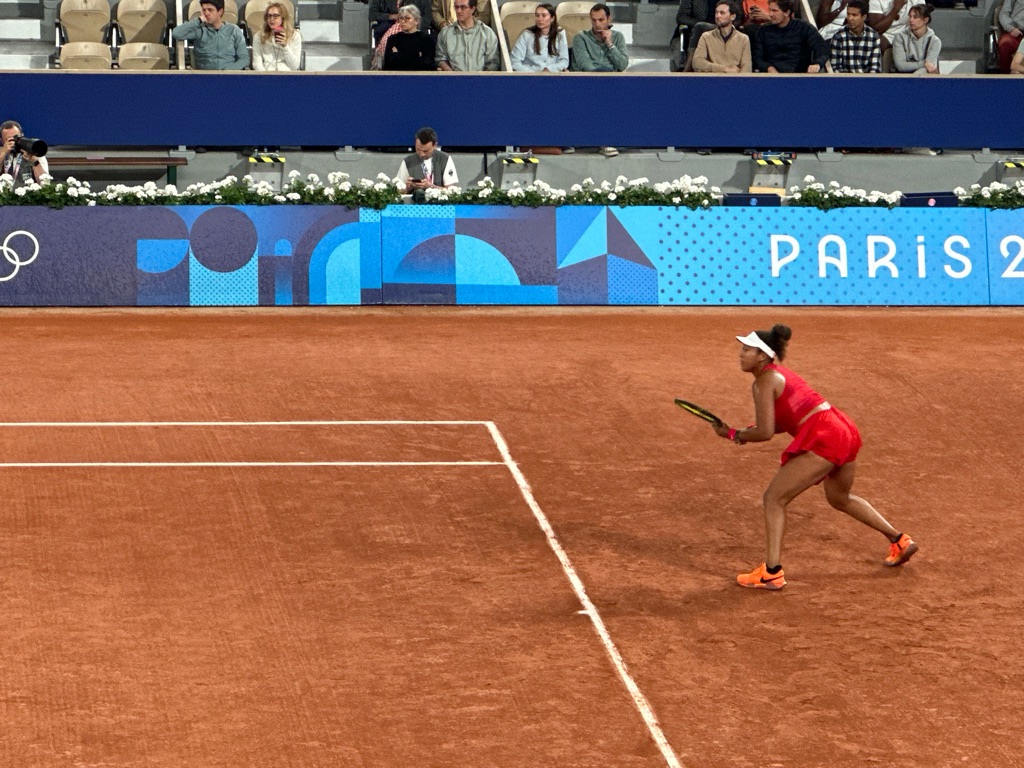
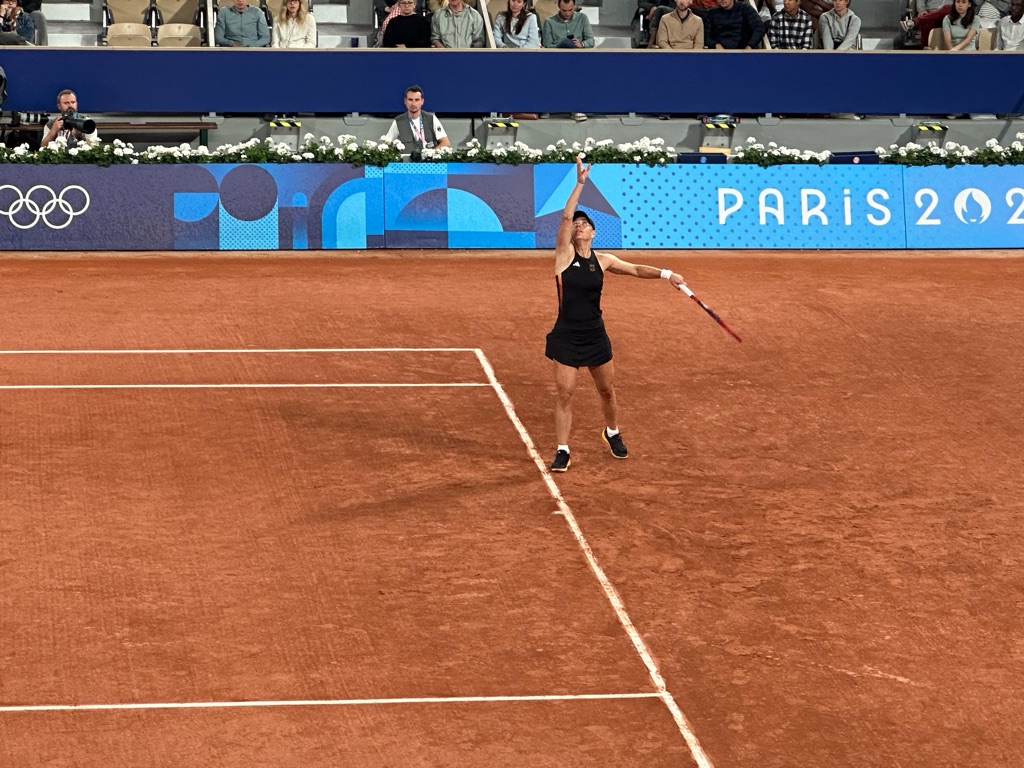

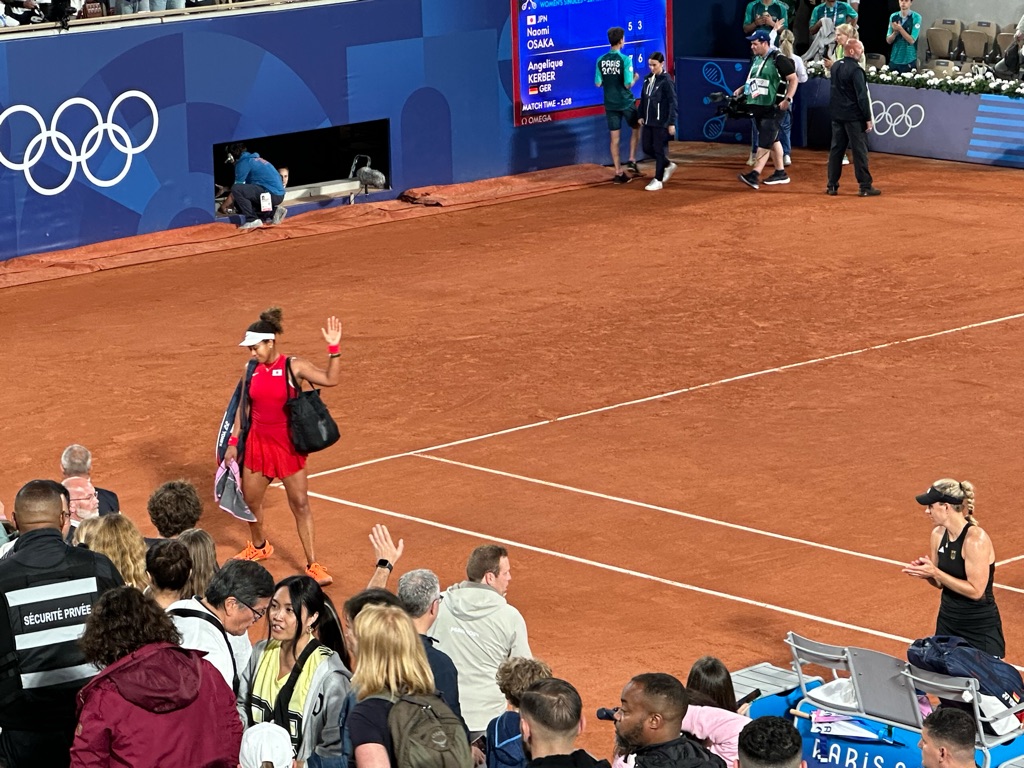
Fittingly, there is a great sculpture of Rafa, the king of Roland Garros, outside the court. What a day - worth every penny.

By my count, that then brings us to Sunday, and almost back up to date with our travels!
Sunday was Louvre day, and it is really impossible to capture, in pictures, how big the Louvre is. I have tried below, but none of these capture anything even close to the whole building - for that, you'd need to see it from the air. \240It is, by most counts, the largest museum of any kind in the world (the Met in New York and the Hermitage in Russia also come close, but having been to the Met, I can safely say that the Louvre feels a lot bigger).
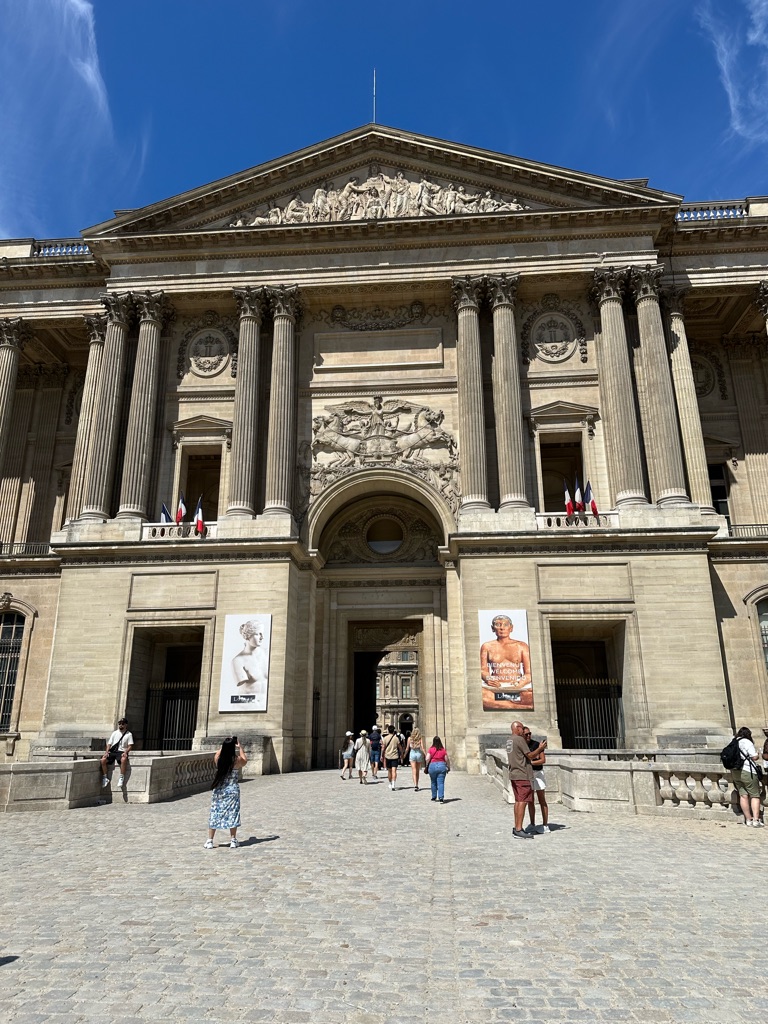
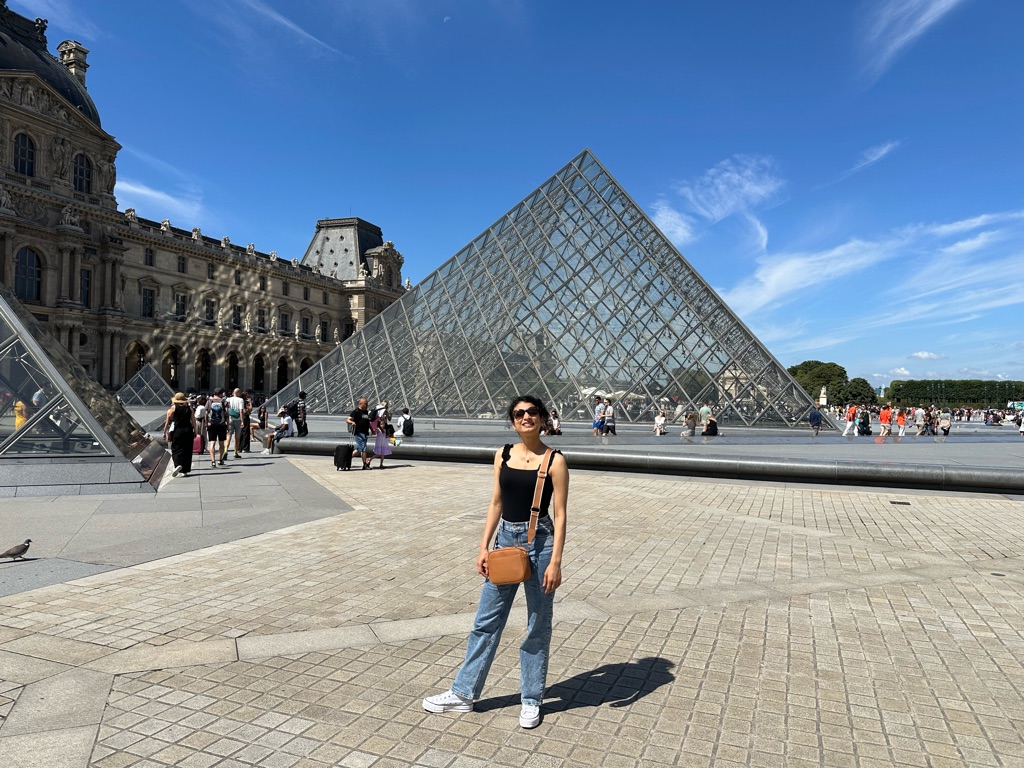
Here is Meg looking very fashionable in front of the famous glass pyramid designed by IM Pei, who also designed Collins Place - the entry is through the pyramid, and then underground to a wide open plaza that connects the three main wings of the building.
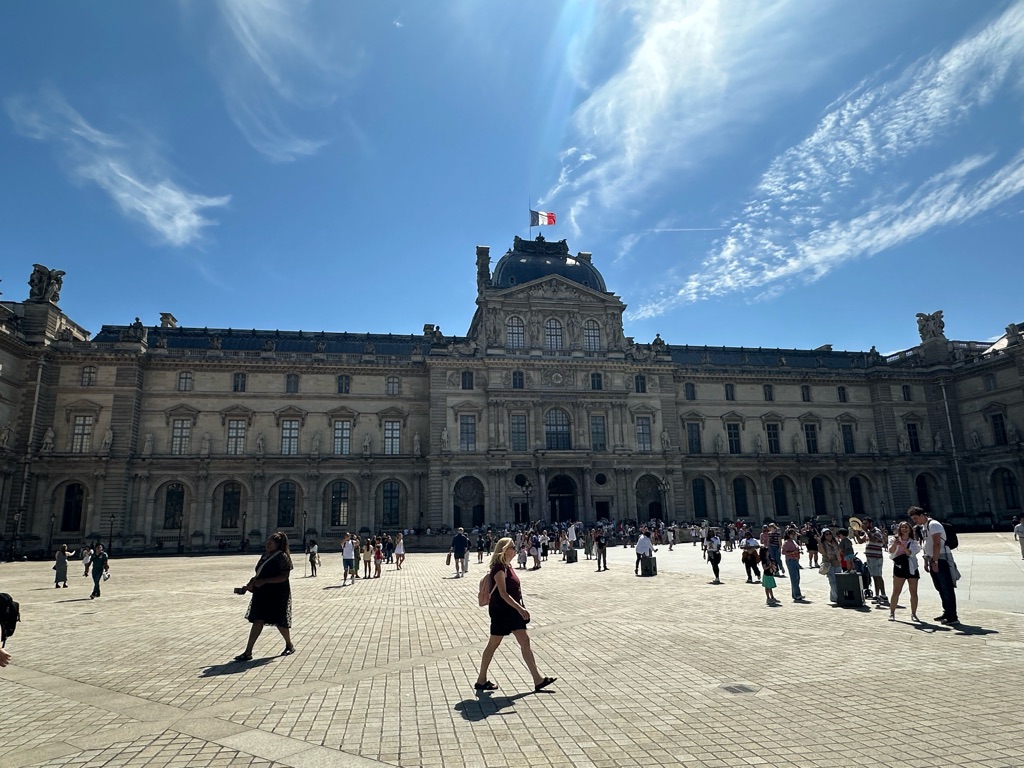
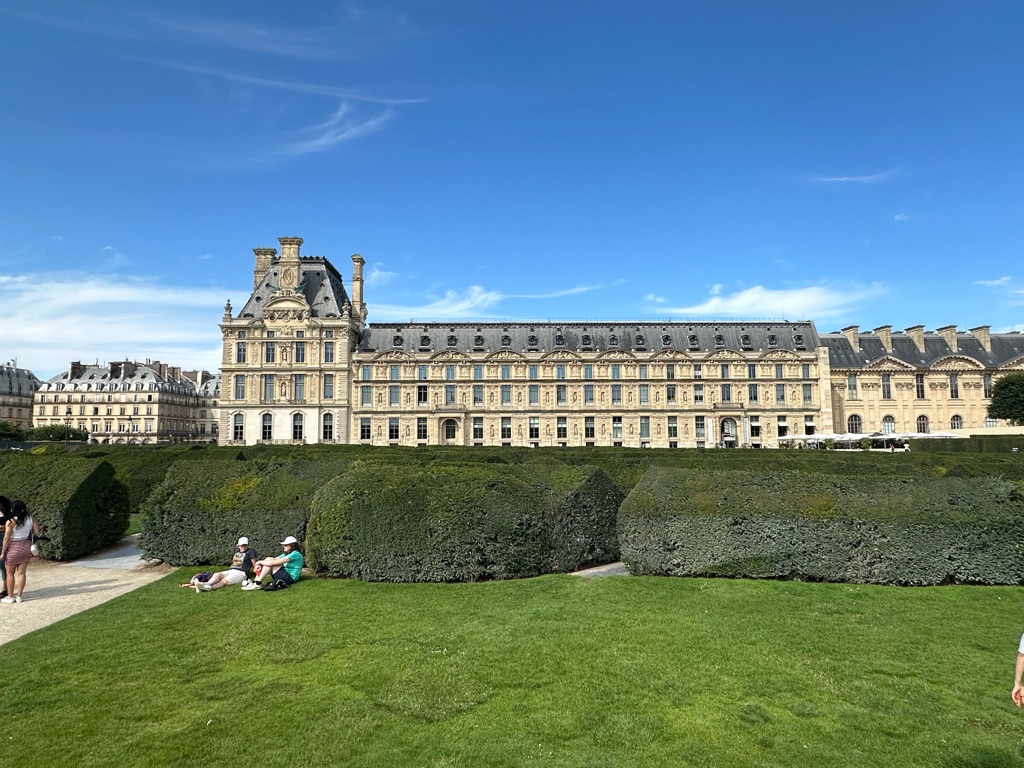
If you are sick of art on the blog, I have good news - as I had slightly expected, the Louvre is not really about the art. \240Instead, it feels more like a social institution - a place to see, but mainly to be seen - a bit like Fashion Week, the Oscars, the Cannes Film Festival or the Met Gala, but open to all and sundry (or at least those that can afford a ticket). \240You can probably imagine what I mean - a roiling cauldron of the best and worst of humanity, featuring haggard CEO-dads brawling over whose turn it is to photograph Venus de Milo next; struggling influencers from Idaho in strappy tops who try to drape themselves near The Winged Victory, in the hope that a well-snapped selfie will land a lucrative modelling gig; wealthy Mediterranean-looking blokes with their sunglasses on indoors; muscled lads in singlets who clearly just came to Paris for the boxing but decided to spend their off-day at the Louvre; struggling hipster parents with high-priced double strollers who are clearly trying to immerse their twins, Schenectady and Maddox, 2, in the art world from an early age; demanding American women literally yelling at the museum guards “Mona Lisa where?”
At times, the space itself encourages this by threatening to dwarf the art - in parts, it is more "airport terminal" than "museum".
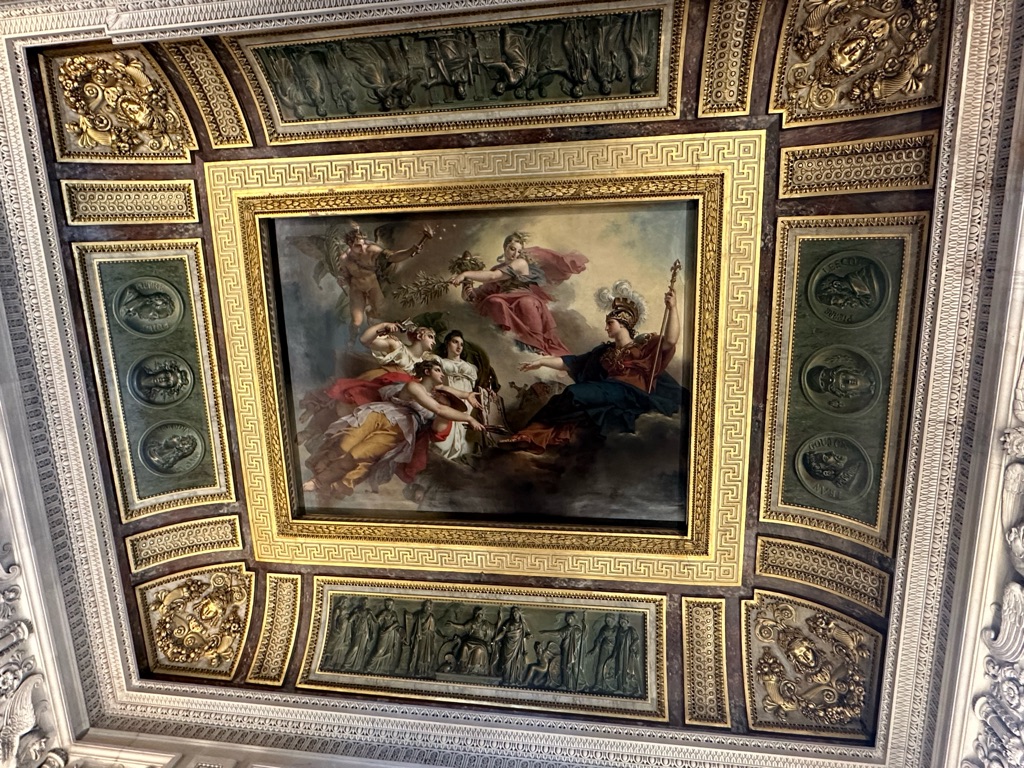

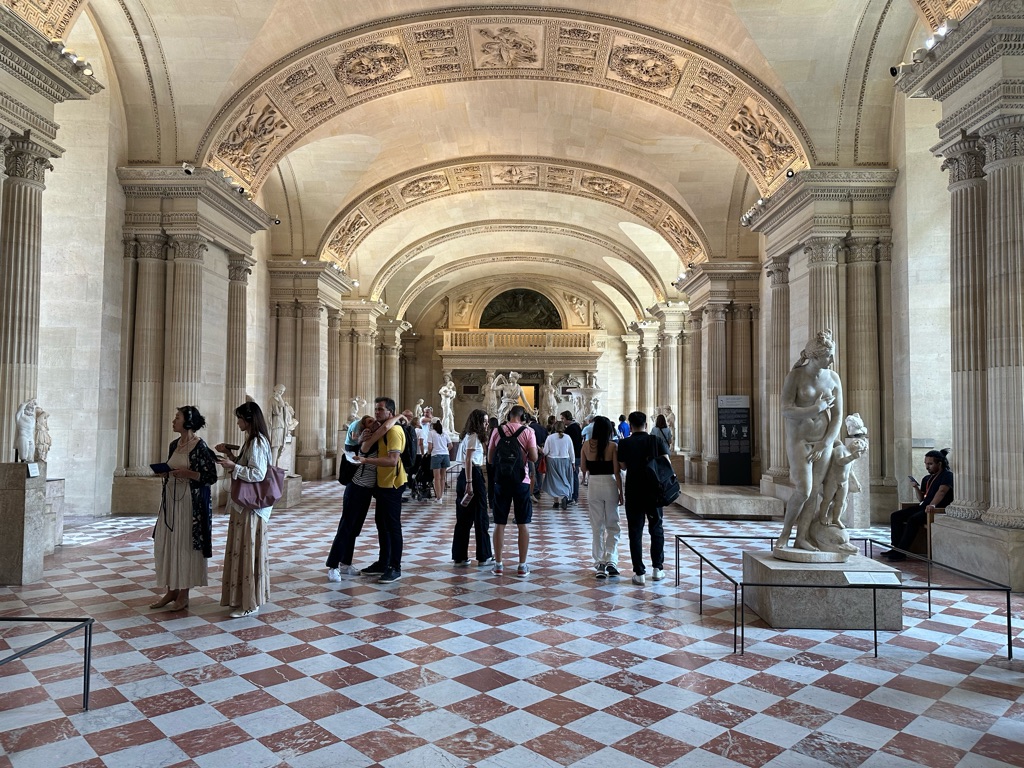
It is indeed quite the spectacle, and I’m absolutely glad we did it (it is definitely a bucket-list thing), but it is not really a place to sit and quietly contemplate the art, unless the art that you wish to contemplate is a cracked 18th century teacup in the objets d’art section that everybody else has ignored. \240If you want to quietly contemplate anything by a French or Italian painter, forget it. \240Is no possible. \240Snap your selfie and move on 😂
We might as well start with Mona Lisa and get it out of the way. By the time you get to this point in the queue, you are doing pretty well - four or five heads in your picture means you're basically at the front of the queue. 20 heads in your picture? You’re gonna be waiting a while.
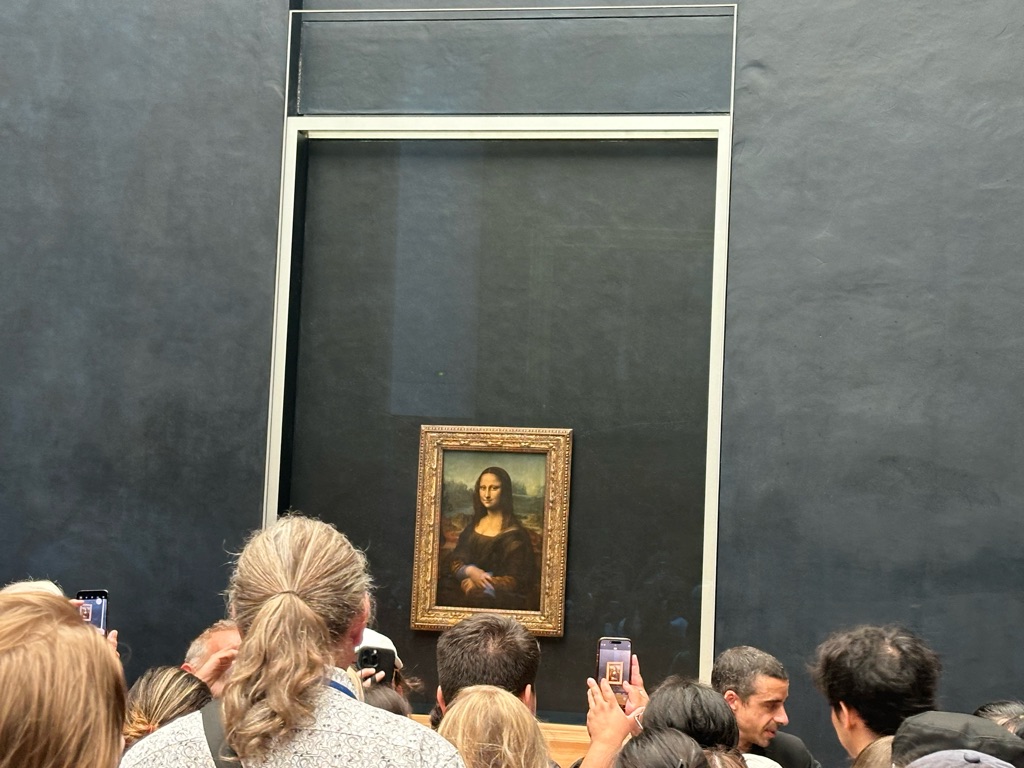
I did eventually get to the front of the queue, and got "the" picture. \240It is good. Very good. No question about that. Not Da Vinci's best (some of his better works are in the corridor outside). \240It is also dirty and a bit washed-out-looking. \240The Louvre says they can't restore it because the oils have cracked and the dirt is in the cracks and it's too risky to do it, and nobody quite knows exactly what colours Da Vinci originally intended because his paints weren't very good. All of that is undoubtedly true, but I suspect they also just don't want to take it out of the museum for a few years because it is such a money-spinner.
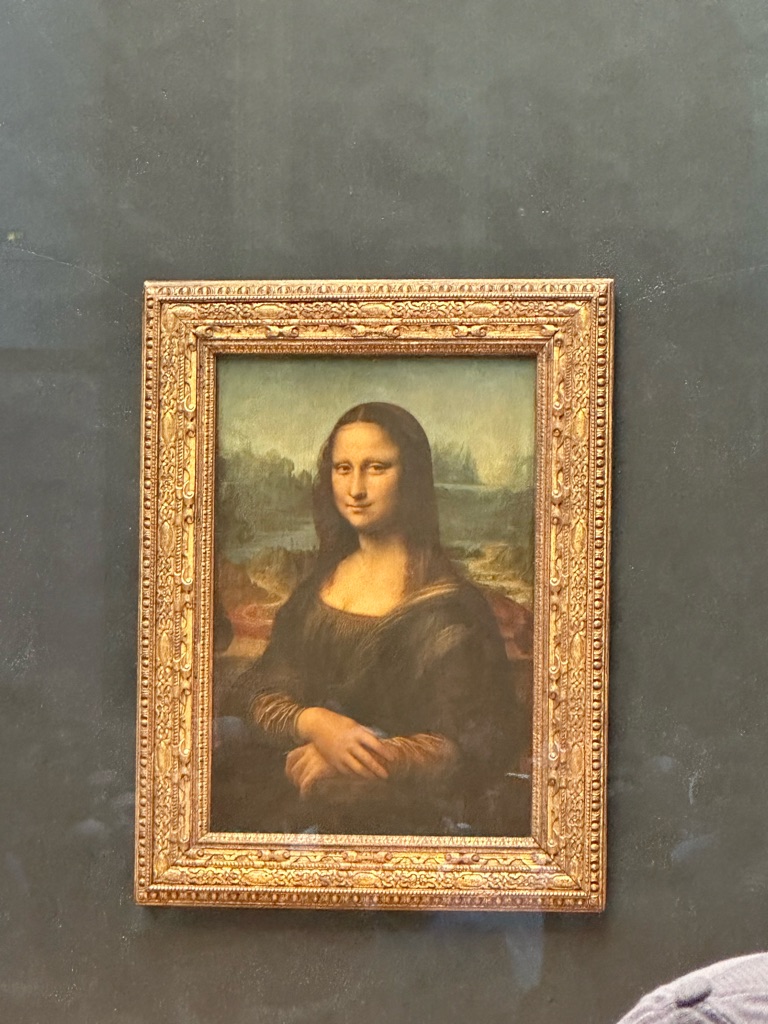
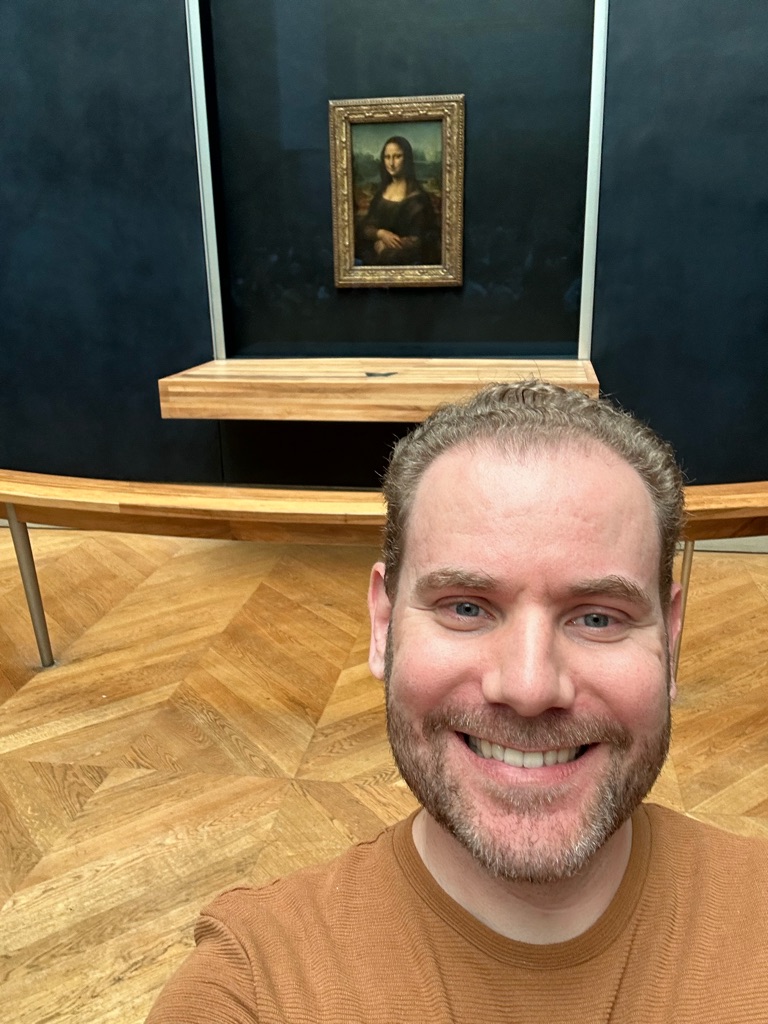
Here are Da Vinci's other masterpieces - “The Virgin and Child with Saint Anne”; "Portrait of a Woman of the Court of Milan"; and "Madonna of the Rocks".

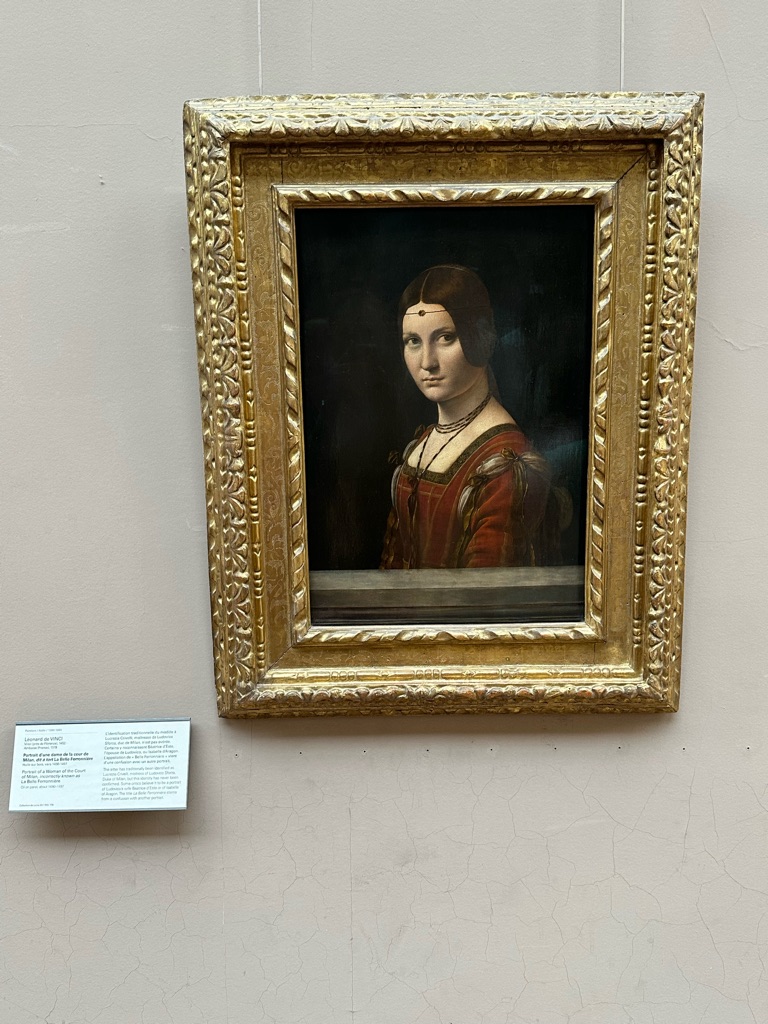
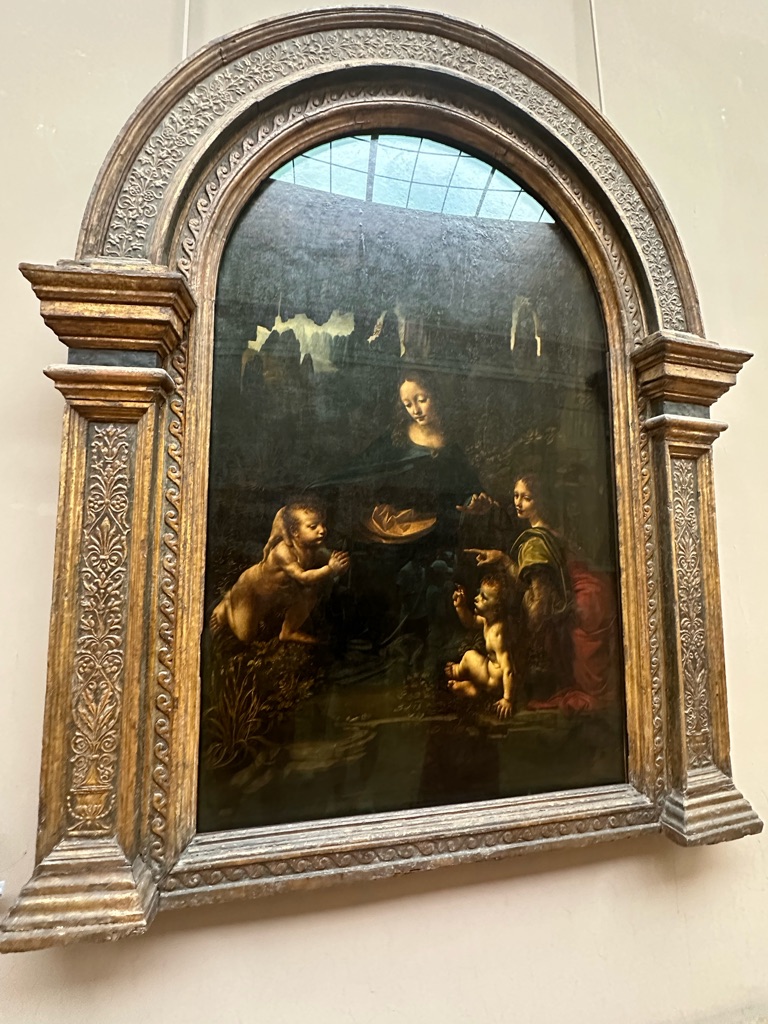
There is also at least one Caravaggio (a big deal as I don't think I've ever seen one before - I am pretty sure none of his paintings hang in Australia).
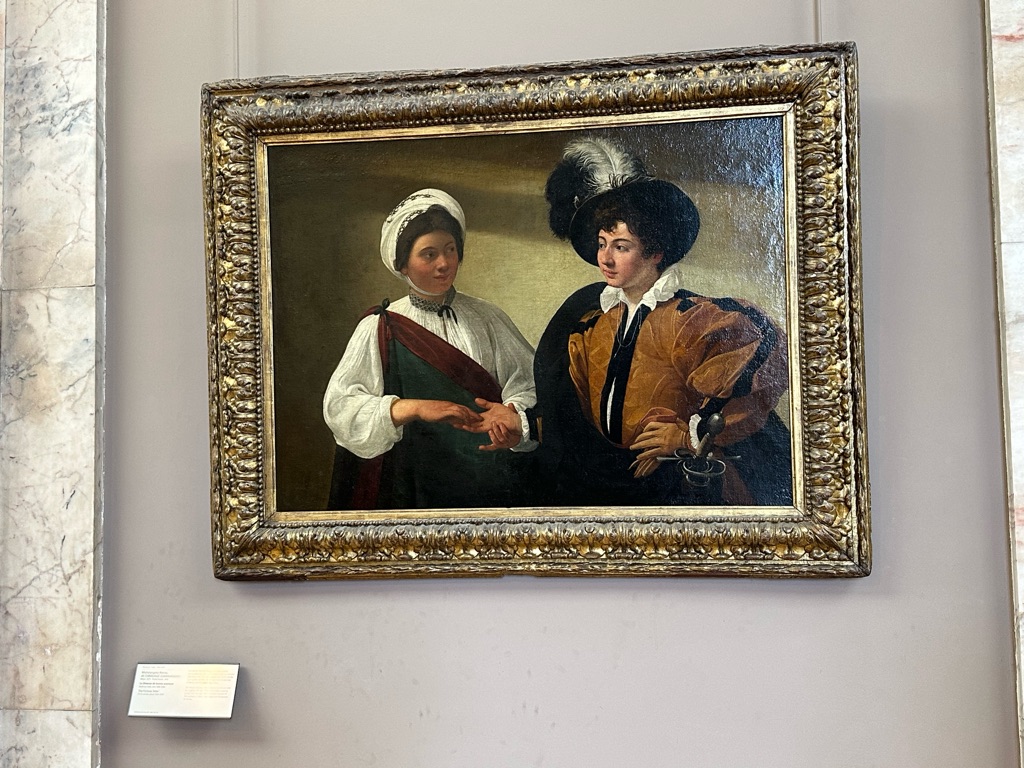
Ths sculpture collection is second-to-none, including the aforementioned Winged Victory (Meg's favourite).
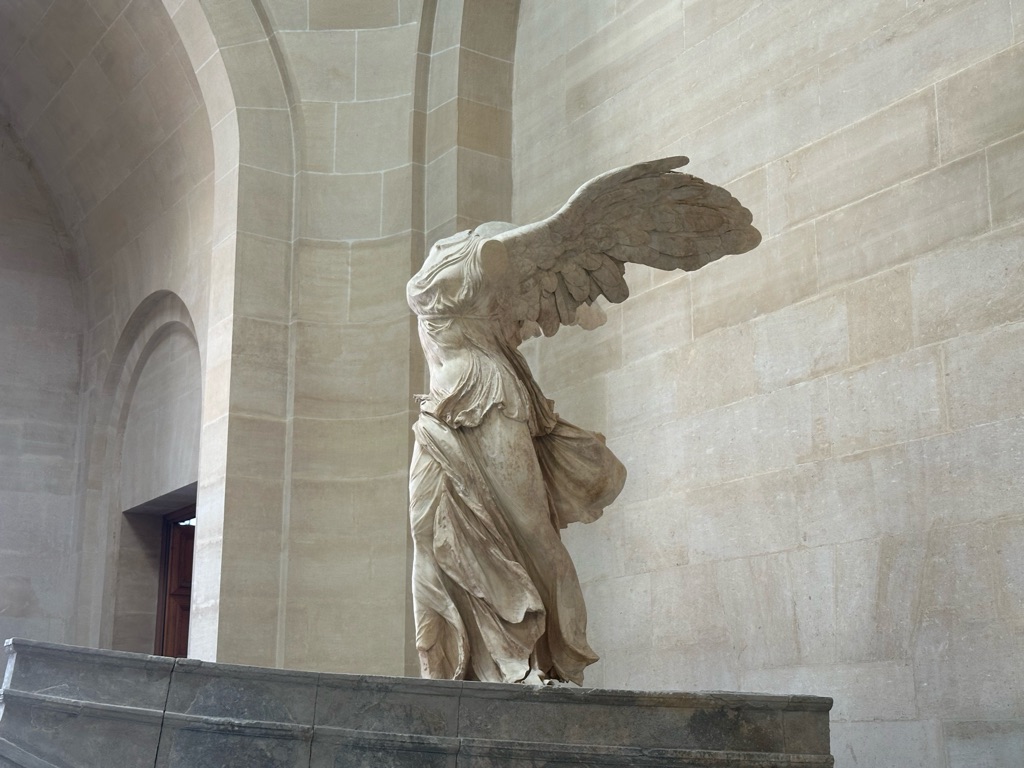
And the Venus de Milo. \240My favourite - it is genuinely beautiful (or, as Meg's uncle would say, "But it's broken!")

Upstairs in a slightly quieter part, we also found "The Lacemaker" by Vermeer.
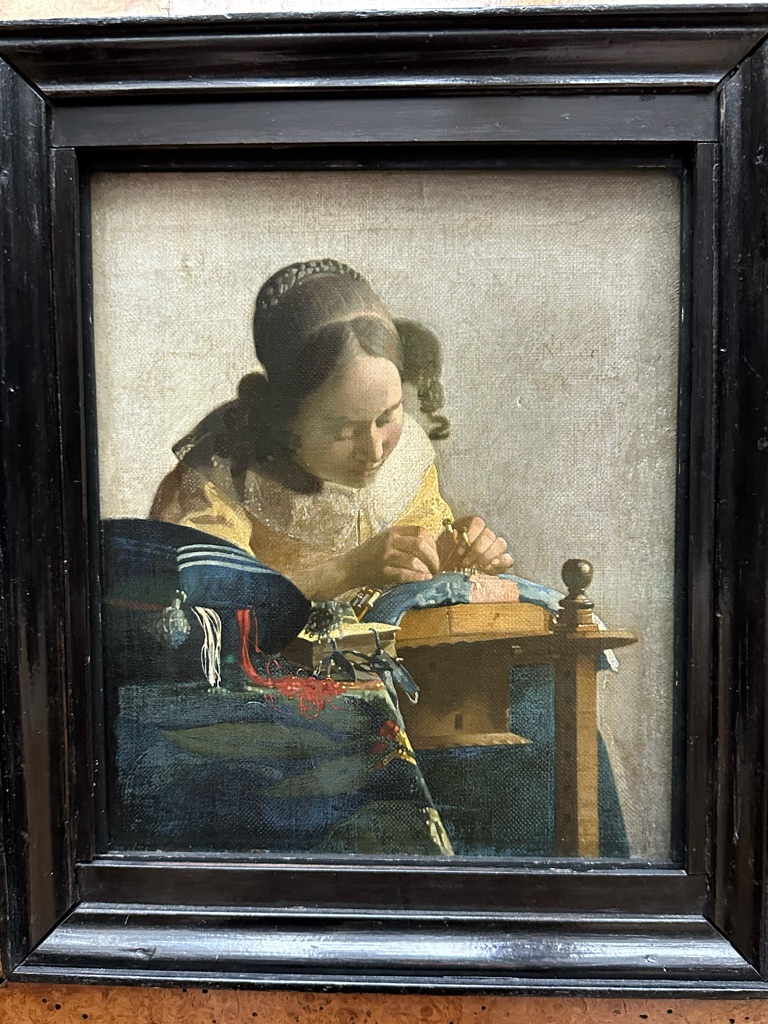
My favourite painting was "Liberty Leading the People", by Eugene Delacroix - it practically glows.
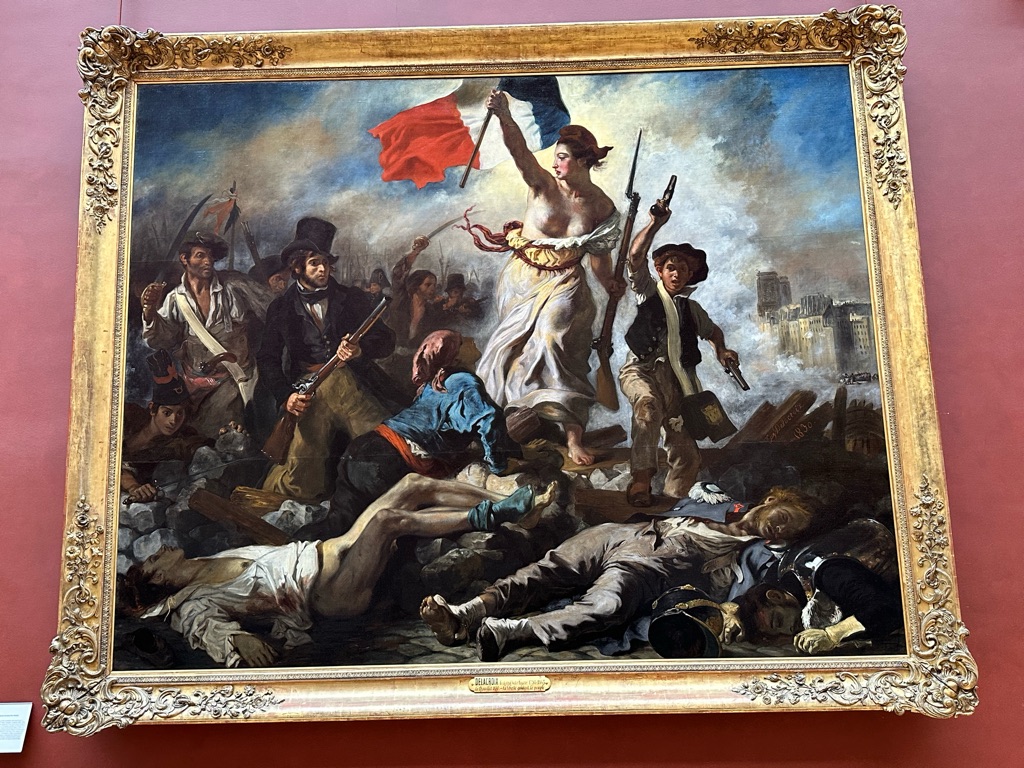
We also wandered upstairs to see Napoleon's apartments, which have been preserved in their original state - holy smokes.
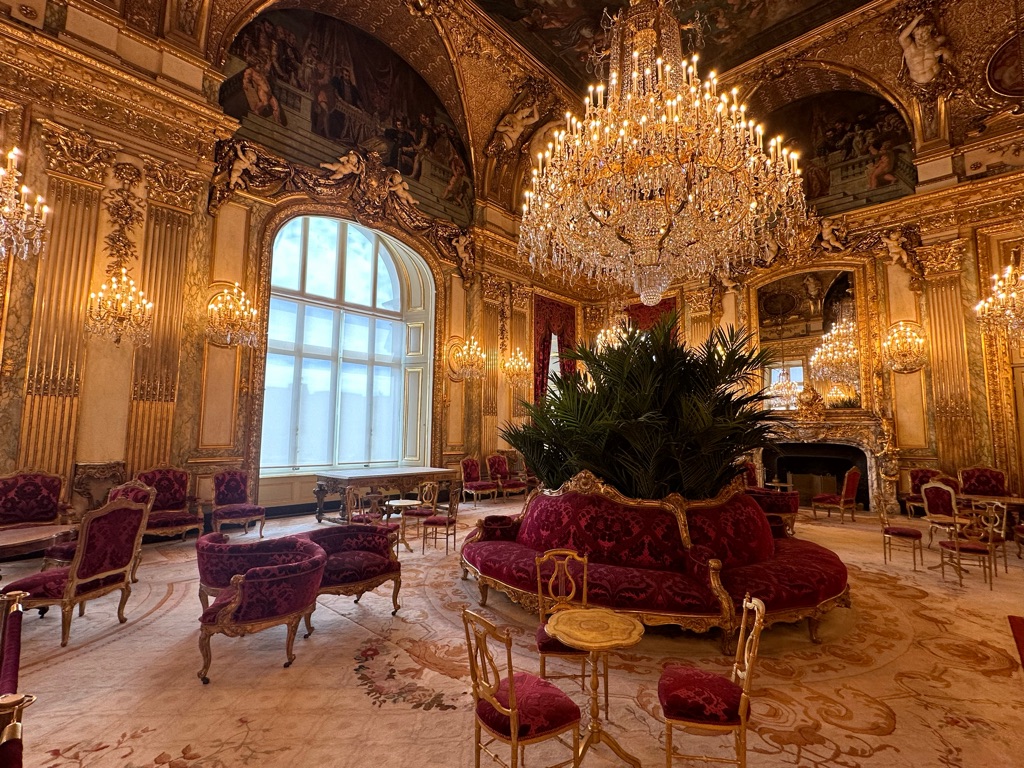
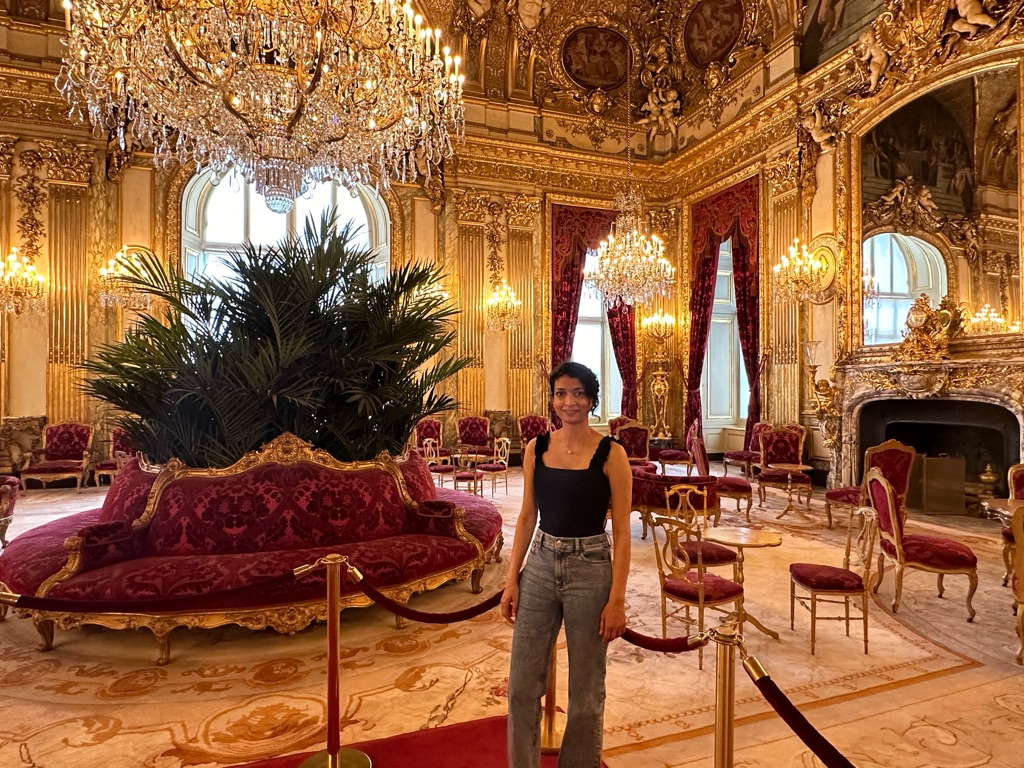
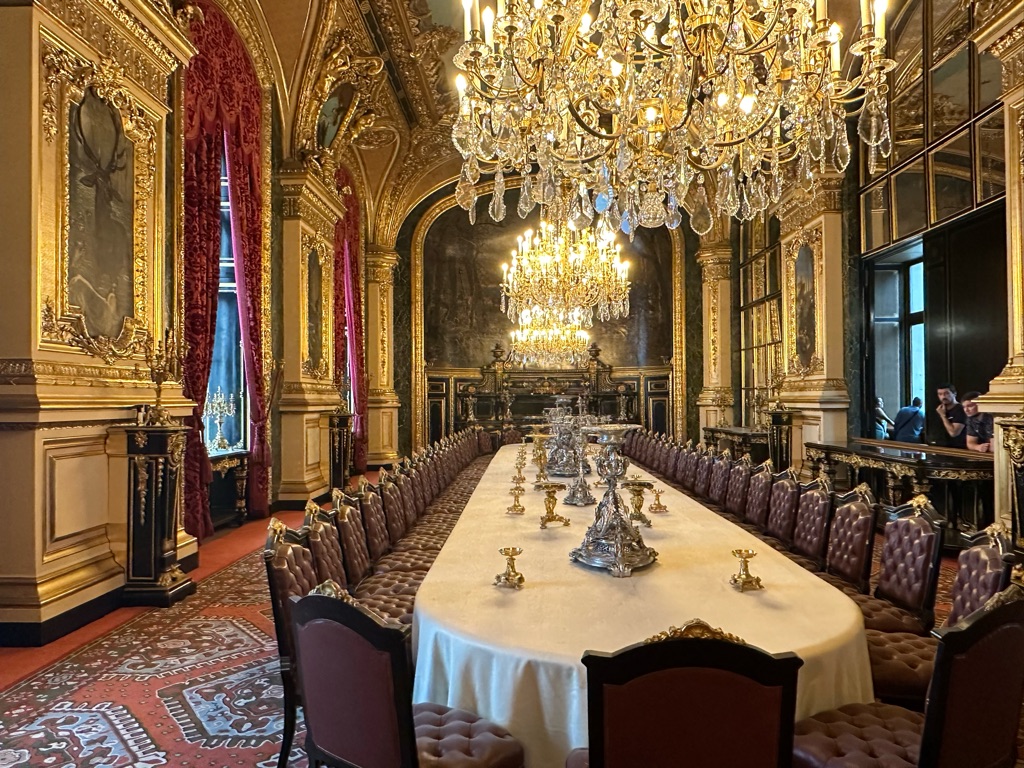
After the Louvre closed for the day, we had tickets across town to see the Catacombs of Paris. \240This had literally been on my bucket list, and I was surprised how easy it was to do.
After presenting our tickets, we walked down a spiral staircase (more stairs!!) until we were 20m below surface level (and more than 10m below the sewerage systems, the Metro train lines, etc). \240The story behind the catacombs is incredible - for centuries, Paris has been undermined by a network of deep quarries stretching for miles underground, which were used to dig out the pale yellow limestone known as "Paris stone" which is used for most of the buildings around town. \240Of course, this began to create problems when buildings became larger and the quarries started to collapse - this is partly why there are no true skyscrapers in Paris today (the foundations can't go deep enough without running into the voids).
The city authorities have, for hundreds of years, operated a program of identifying and stabilising all the underground tunnels - you can see one of the tunnels below, along with a stone showing the name of the street above.
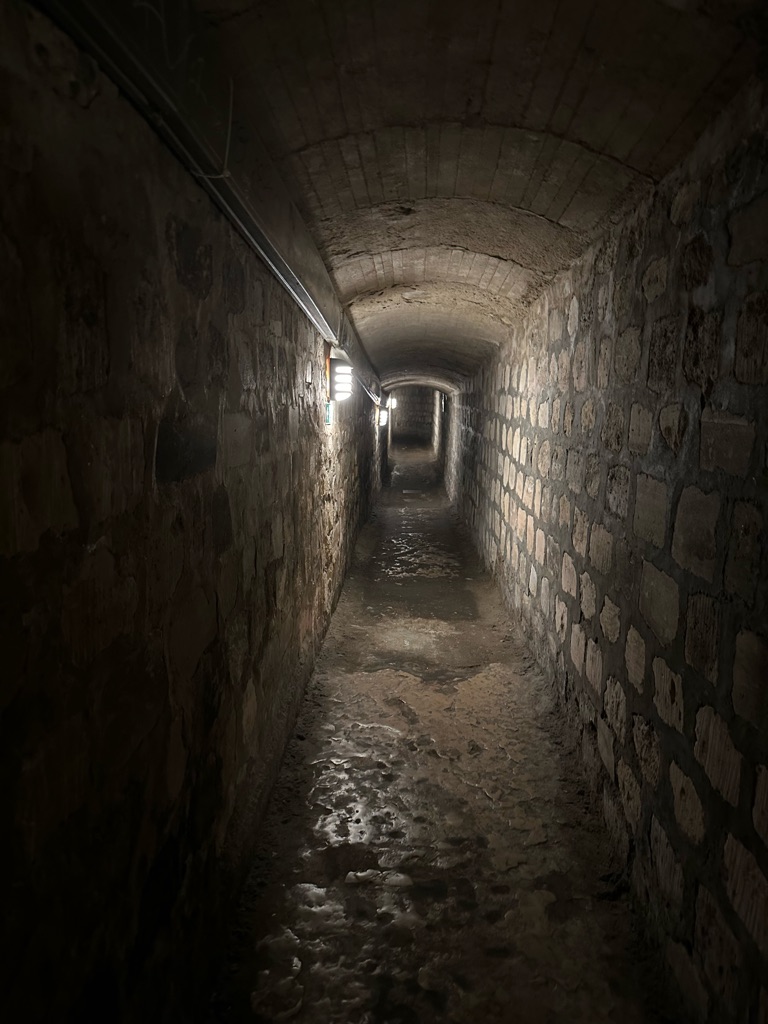
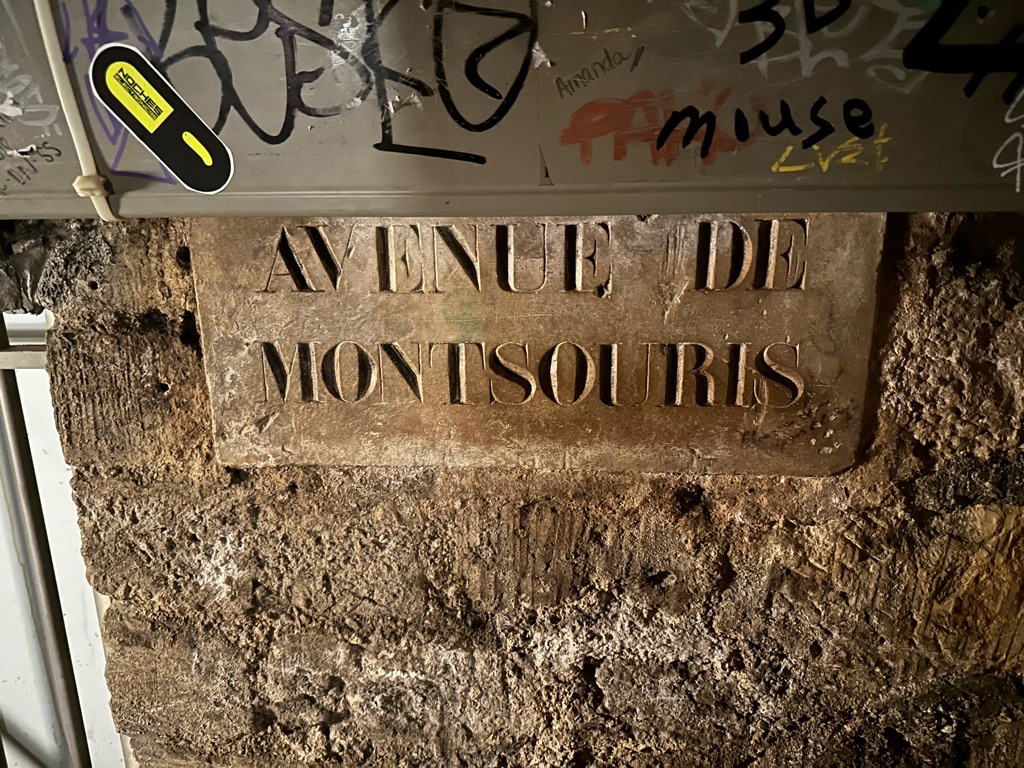
You might not want to read this next bit if you've just eaten. In the 1600s, Paris had a severe problem with overcrowding in its cemeteries, which were located in the central parts of the city. \240The city sought to manage this by "recycling" graves - effectively, after a period of time, the bones were exhumed and stacked up in buildings ("charnel houses" or "ossuaries"), purpose-built for the storage of the bones. \240This became untenable over time as the overcrowding became worse, and the city tried to turn over graves more quickly (ie, before decomposition was complete) - and the matter came to a head when the wall of a charnel house in the city gave way under the weight of the bones stacked against it, causing human remains to spill into neighbouring properties. \240Advances in medical science had also called into question the hygiene of such practices in the first place.
A solution needed to be found, and over the next several decades, until the mid-1800s, the remains of over 6 million Parisians were exhumed and moved to the underground voids left by the quarries. The remains were not individually marked or labelled, except with markers to indicate which cemetery they came from and when they were moved to the catacombs. \240Many notable figures from French history ended up here, but there is no way of knowing where they are.
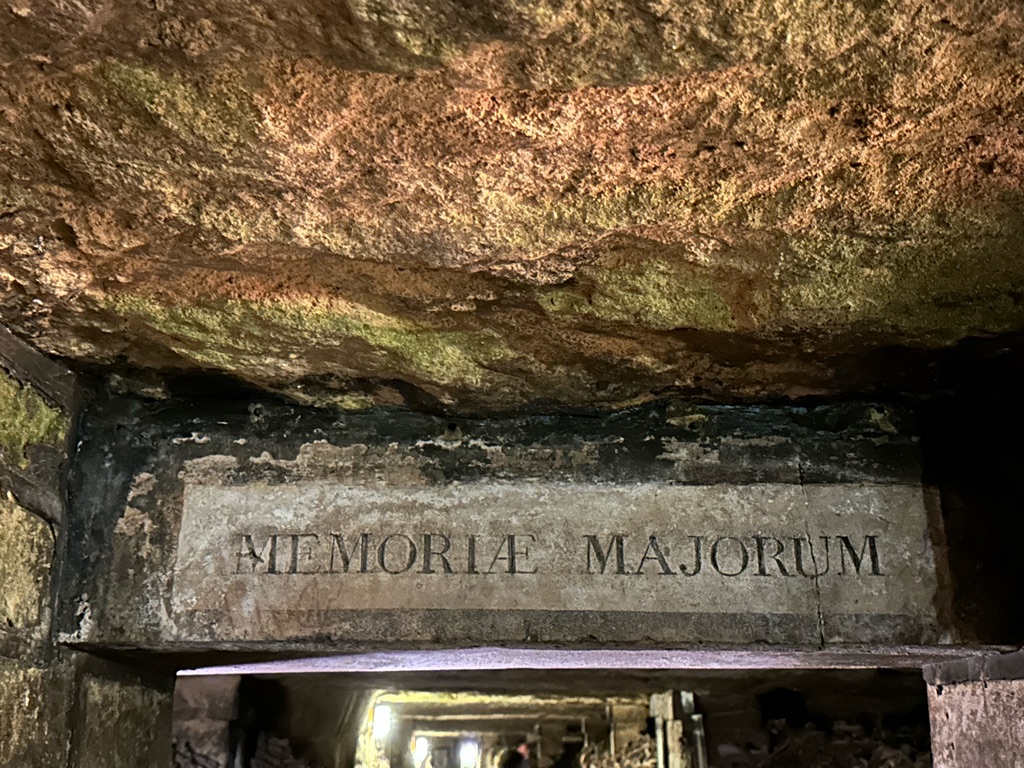
The bones were neatly stacked, including some which were formed into crosses, hearts - even the shape of the Eiffel Tower!
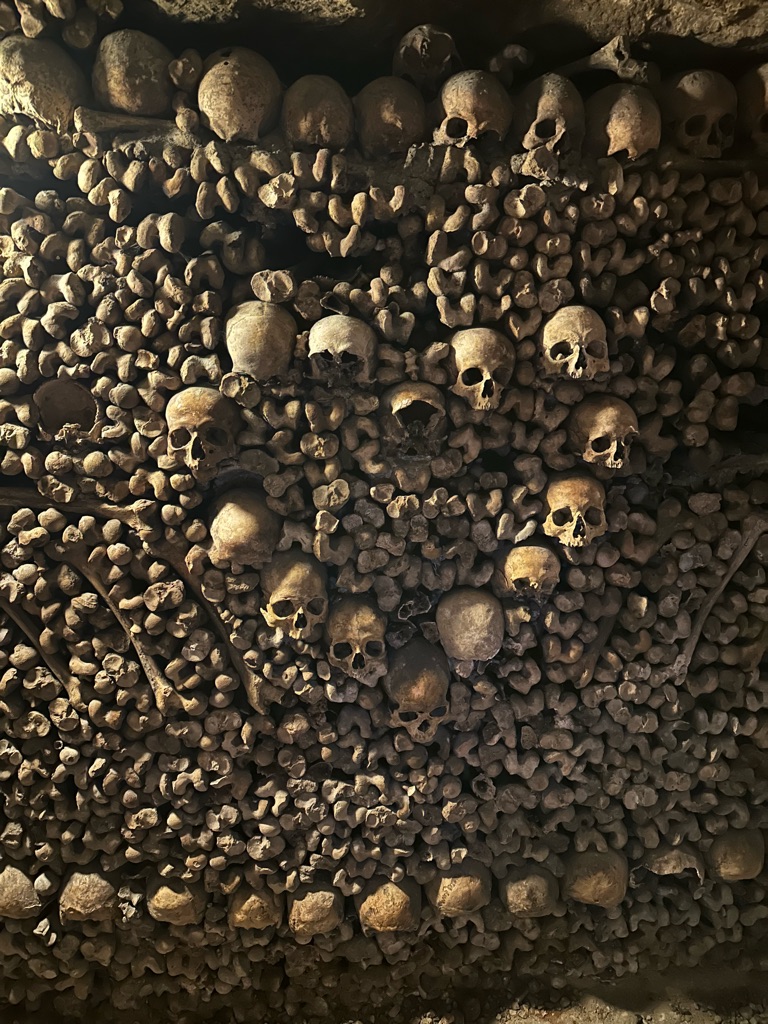
This marker shows that this niche was filled with bones moved between 1848 and 1859.
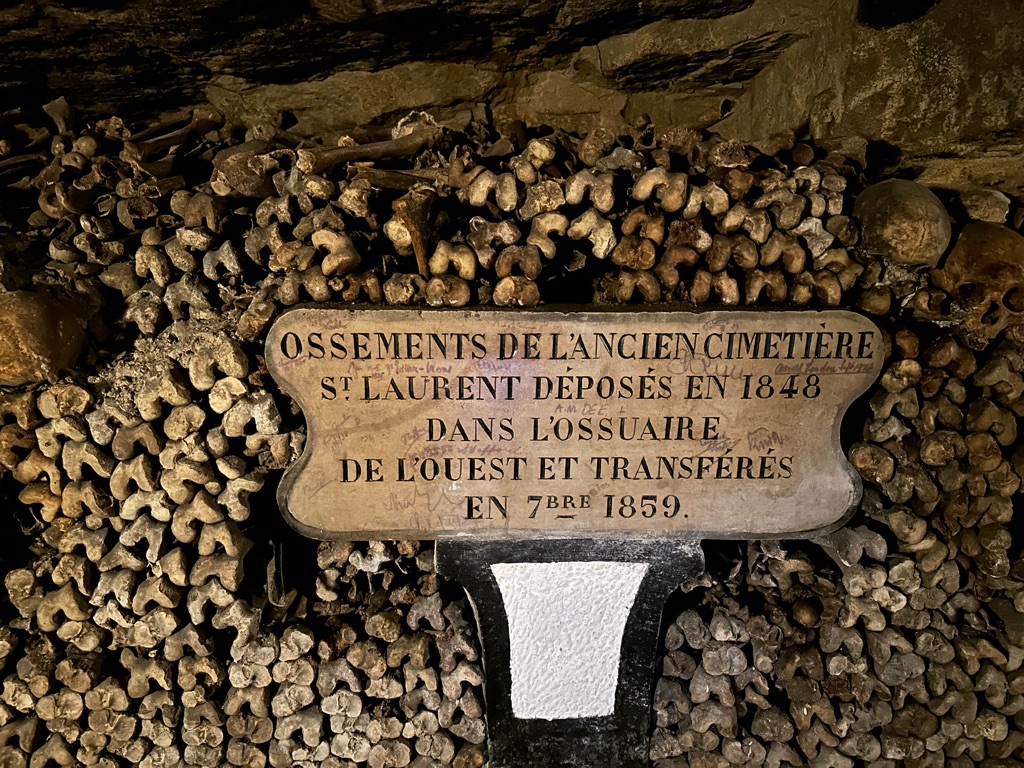
There is a strict "no touching the bones" policy - they are, after all, human remains, and in the early days of tours through the Catacombs, a number of them were damaged.
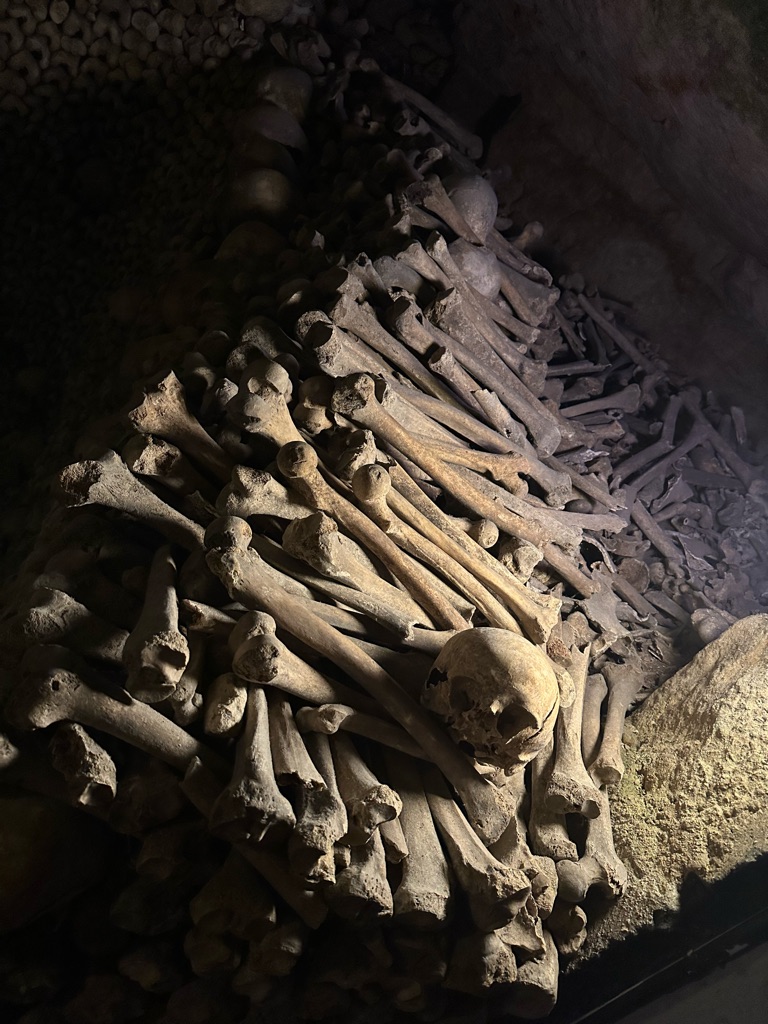
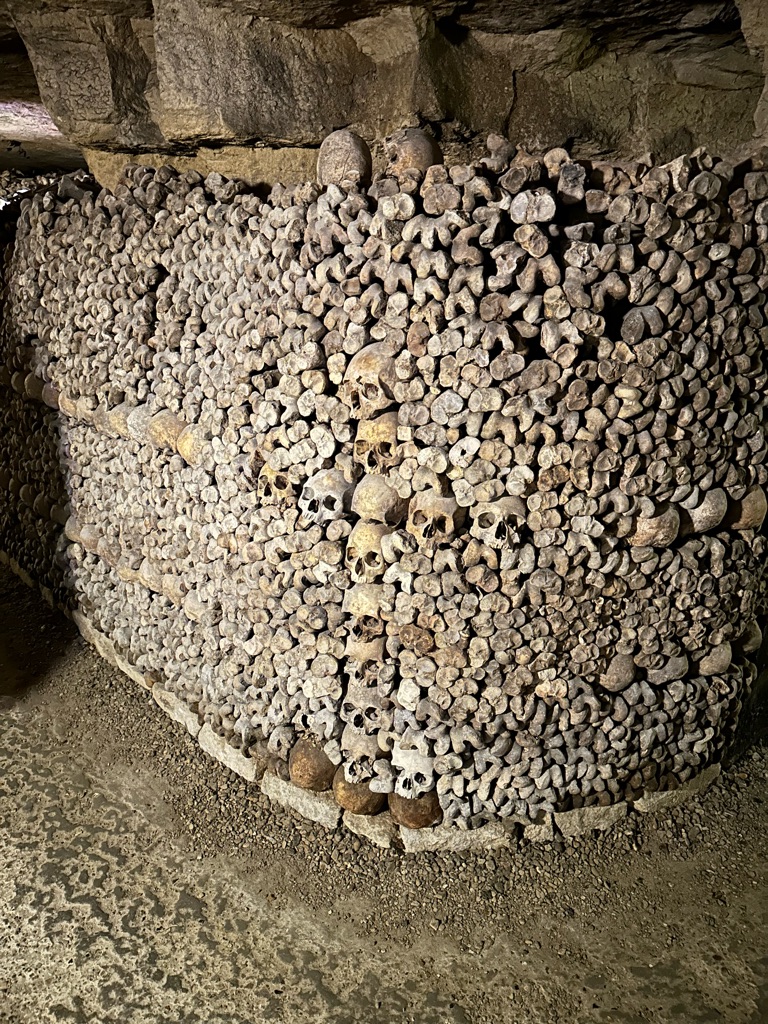
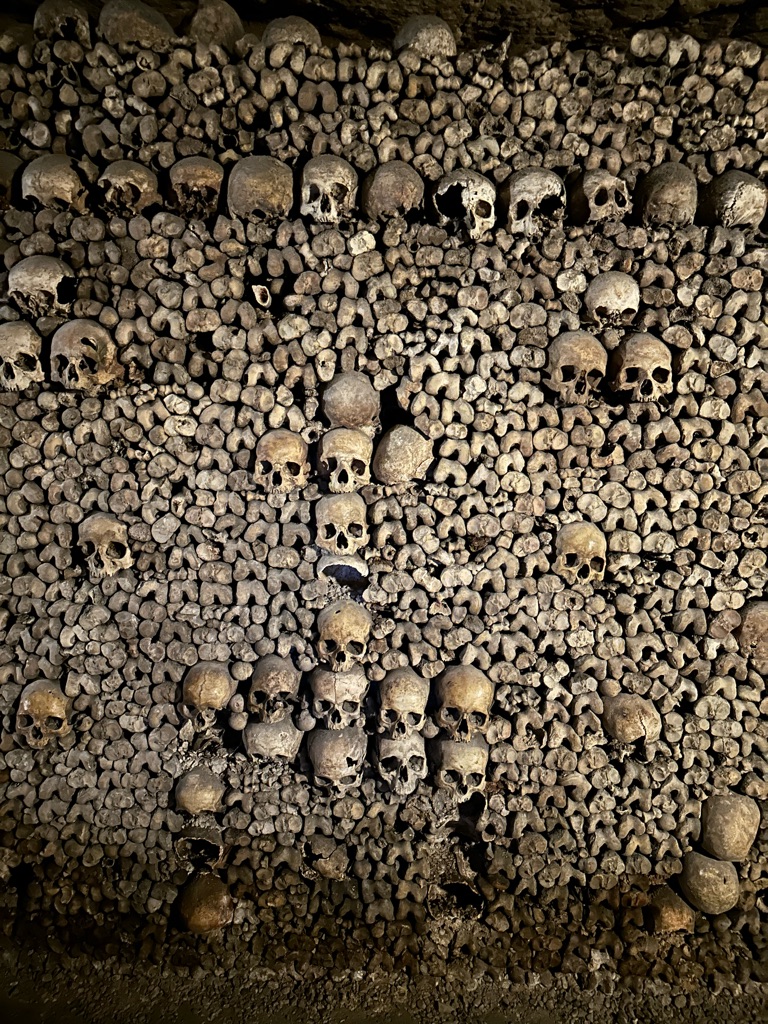
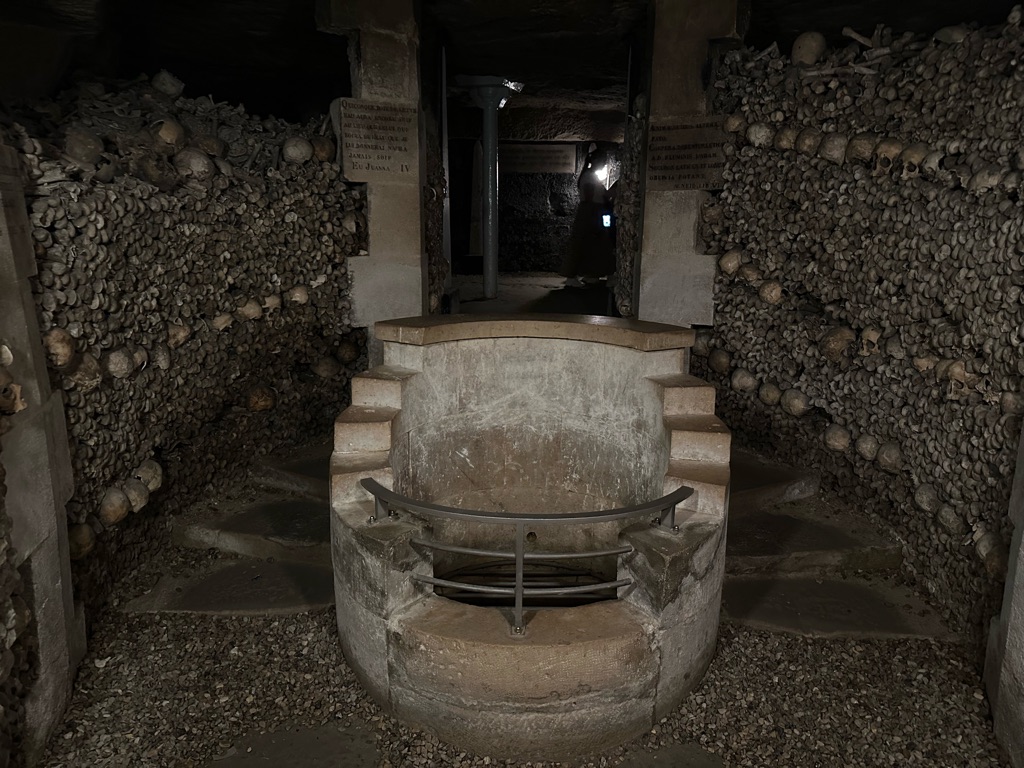
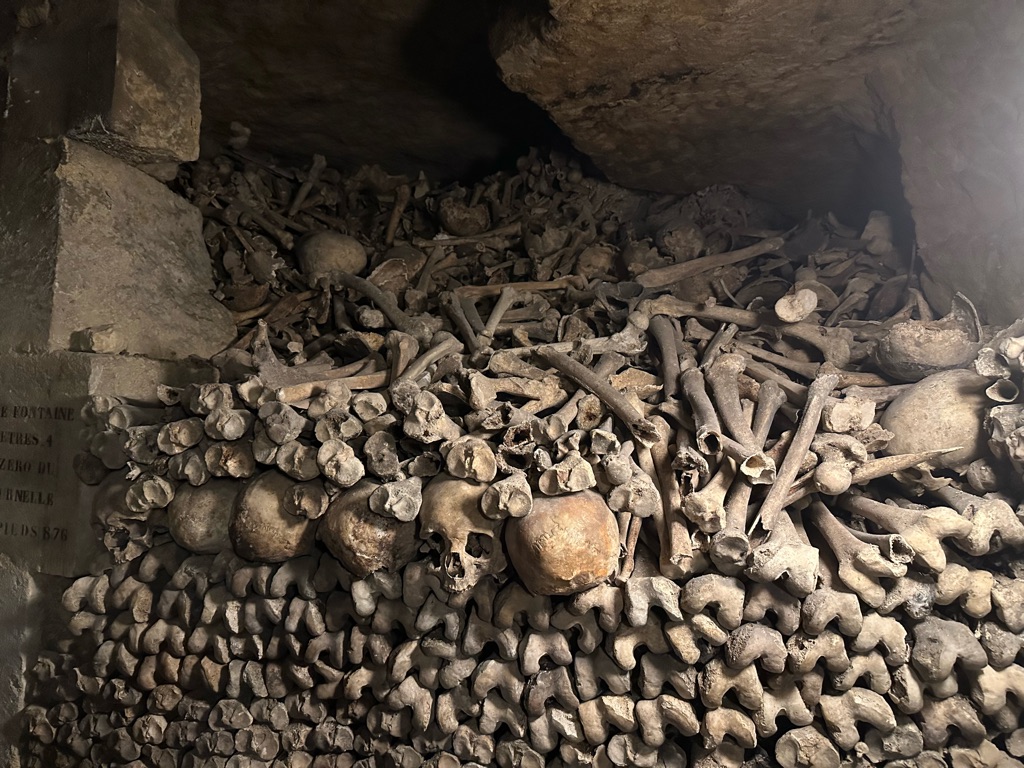
It was very cold and damp underground (t-shirt and shorts didn't really cut it), but otherwise felt a bit more like a library than anything else - everything (everyone?) filed neatly away in their niche. They have even had classical music concerts down here (although it wouldn't be my choice of venue!)

Once we came up for air, we enjoyed an aperol spritz and pasta al fresco (as you do). \240We then wandered back over to the Louvre to see the Tuileries Jardins, which is where the Olympic cauldron is located. \240Stopped for a creme brulee at a lovely little bar on Rue Saint Honore on the way back to our hotel. \240Another wonderful day was had by all.
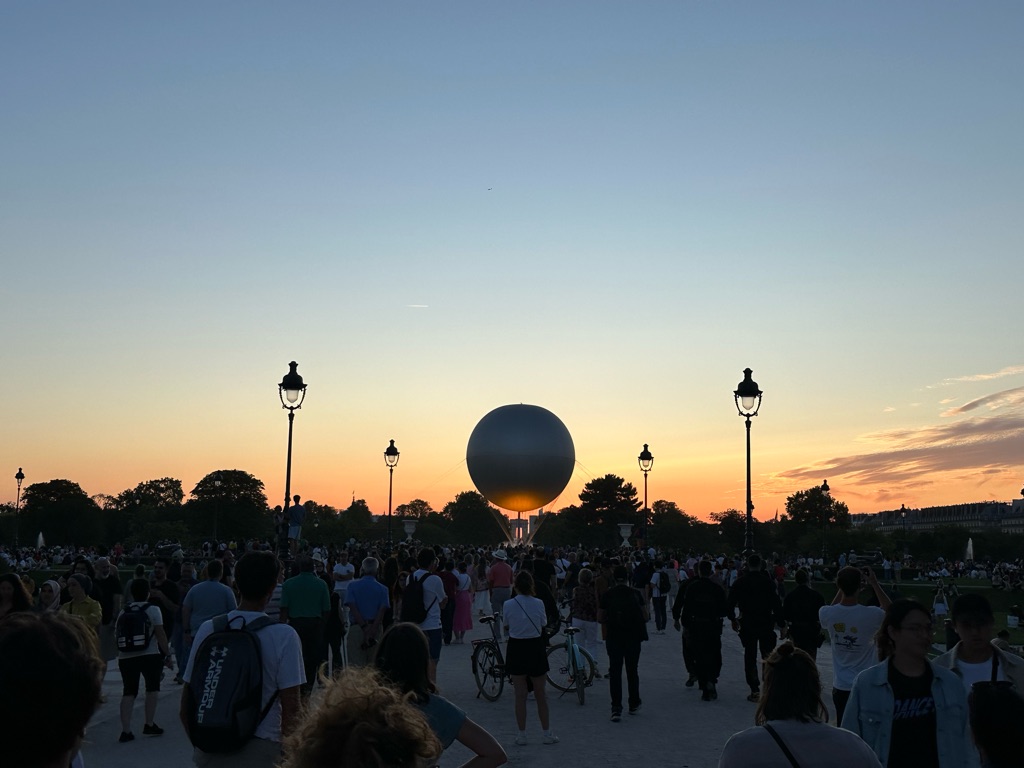
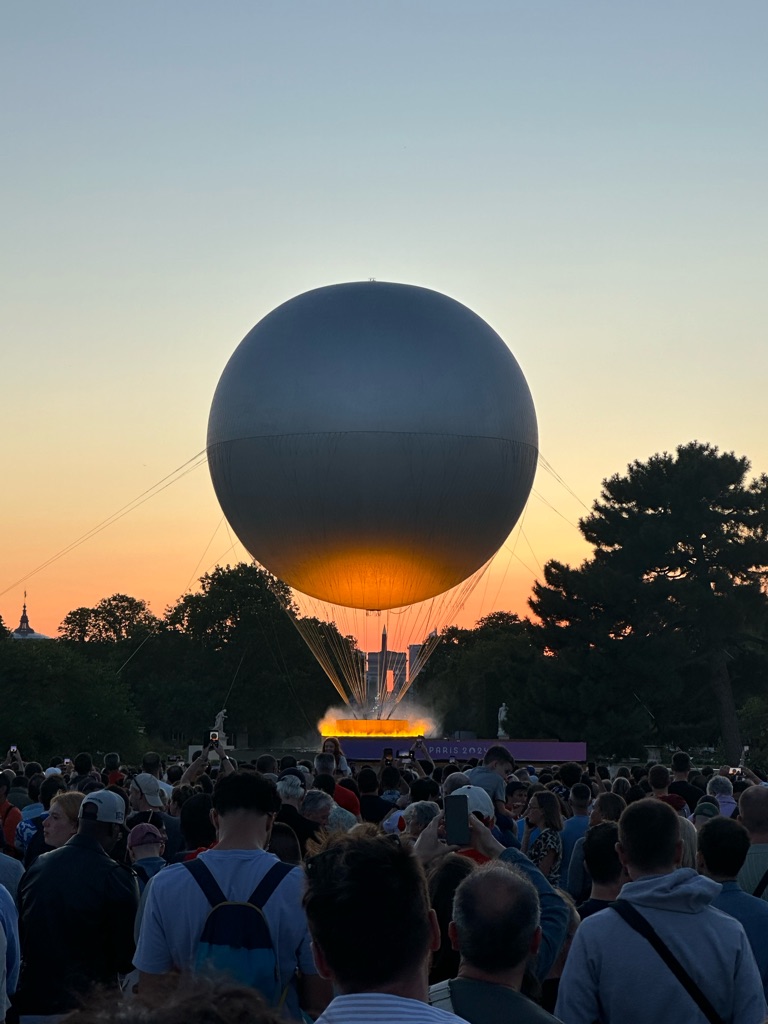
On Monday, we were both very sad to leave Paris after a wonderful few days - we really loved it and wish we could have stayed longer. \240I was genuinely surprised - it is a big city with lots of people, and in the middle of hosting the Olympics - but things generally worked; we felt safe; nothing was ever a problem; and the mood in the city was vibrant. \240The French arrogance is legendary, and I had expected to encounter a bit of rudeness in the shops and restaurants because I'm a tourist who doesn't speak French - but actually, everyone was surprisingly polite, engaging and helpful (being Australian rather than American probably helps).
Luckily everyone speaks pretty good English, because my French didn't improve during the journey - I can muddle through basic things in writing, but the spoken word is difficult. \240For example, there was a station on our metro line called "Grands Boulevards", and I can figure out that it probably means "big streets" or something like that. \240But when the PA system announces that we have arrived at that station, it sounds something like "Gromblevar", and so of course I start looking at the map to figure out where on earth "Gromblevar" is, and how we could possibly have gone so far off course 😂 Meg has a much better ear for the pronunciation.
We began Monday with coffee and a pastry at a little boulangerie around the corner from our hotel (which Meg tells me is pronounced "boo-LONJ-a-ree", not "boo-lingerie" as I've been calling it).
We then headed into the city to board our Seine cruise - passing, as we did, the Eastern entrance to the Pont de l’Alma tunnel - the "Princess Diana" tunnel. \240It looks unremarkable.
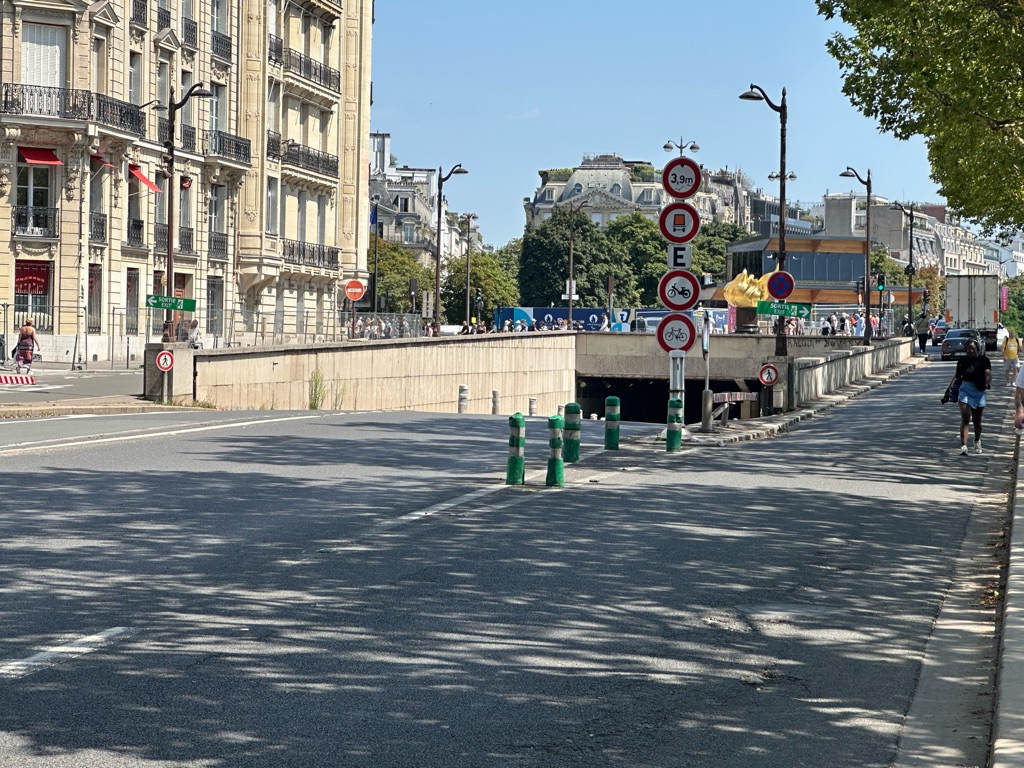
Our cruise began at the Eiffel Tower and continued past the Louvre and the Musee D'Orsay, turning around past Notre Dame. \240I think it was basically the reverse of what the Olympic boats did.

Not a huge fan of the drowned-lady heads from the Opening Ceremony...
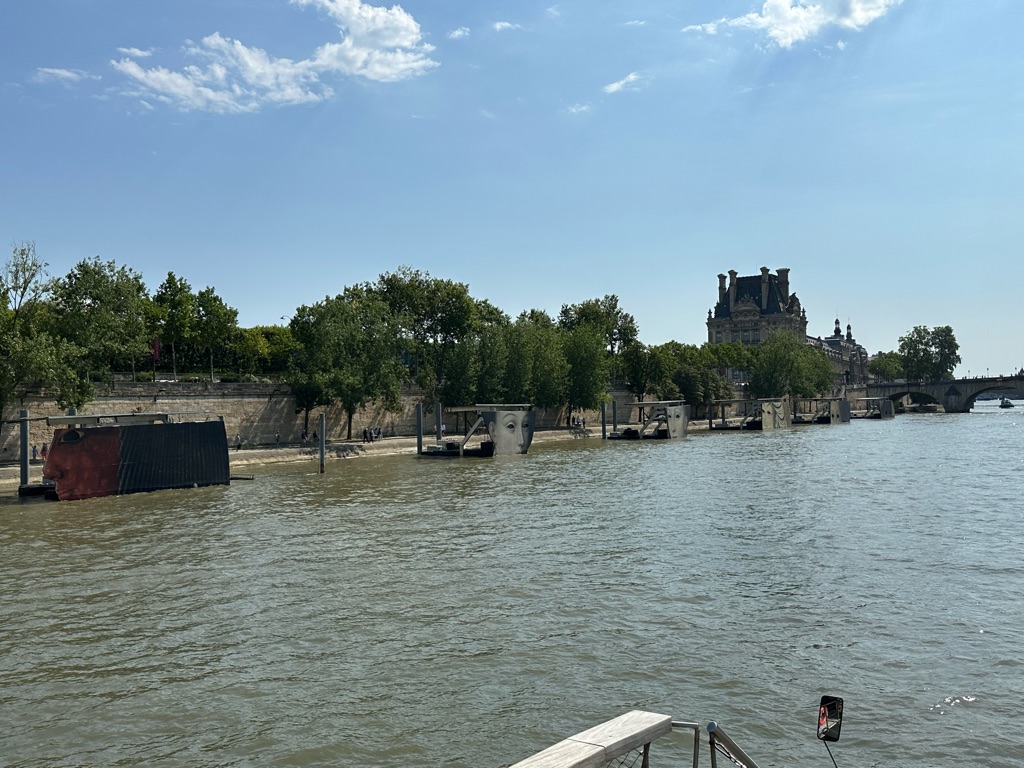
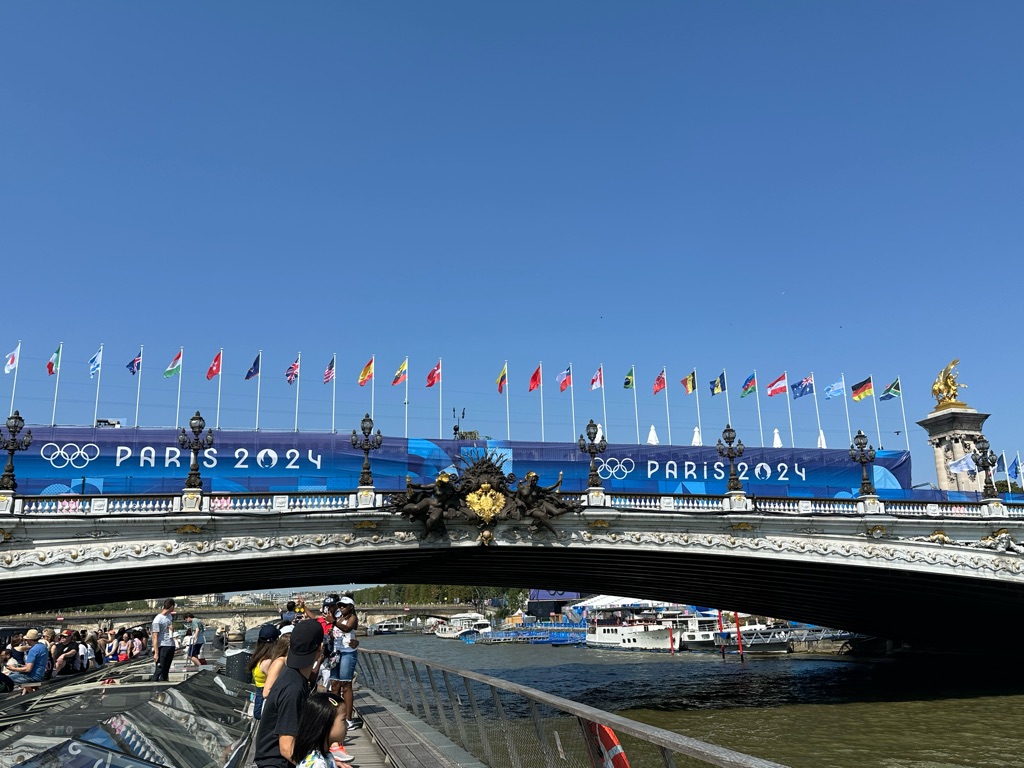
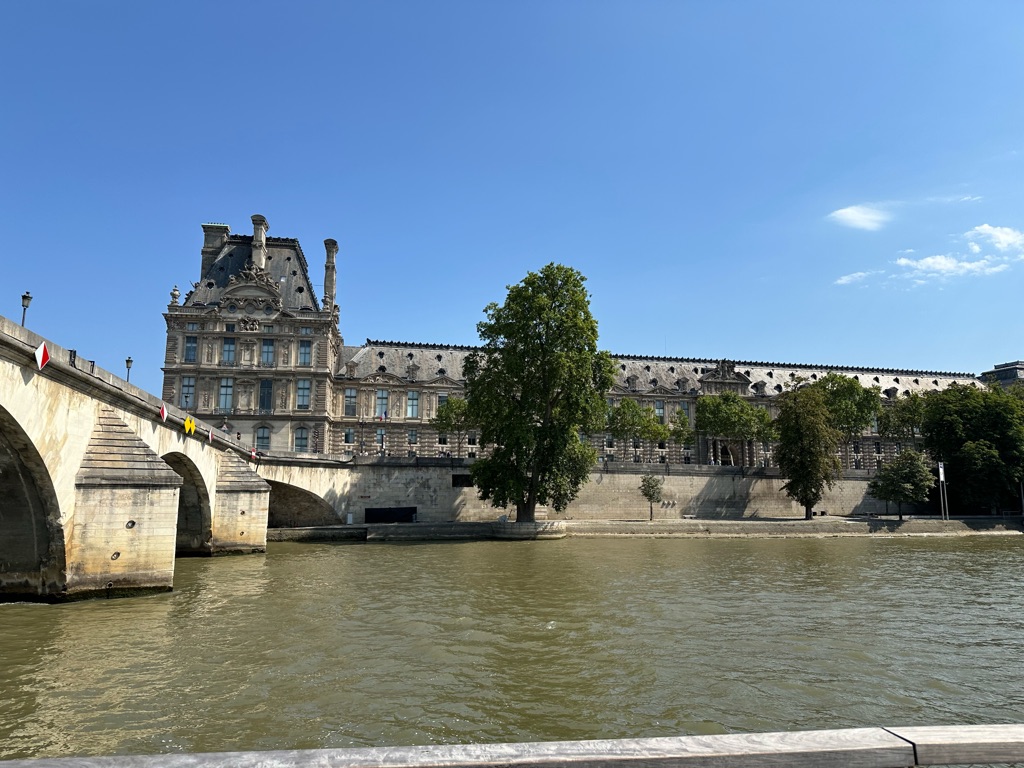

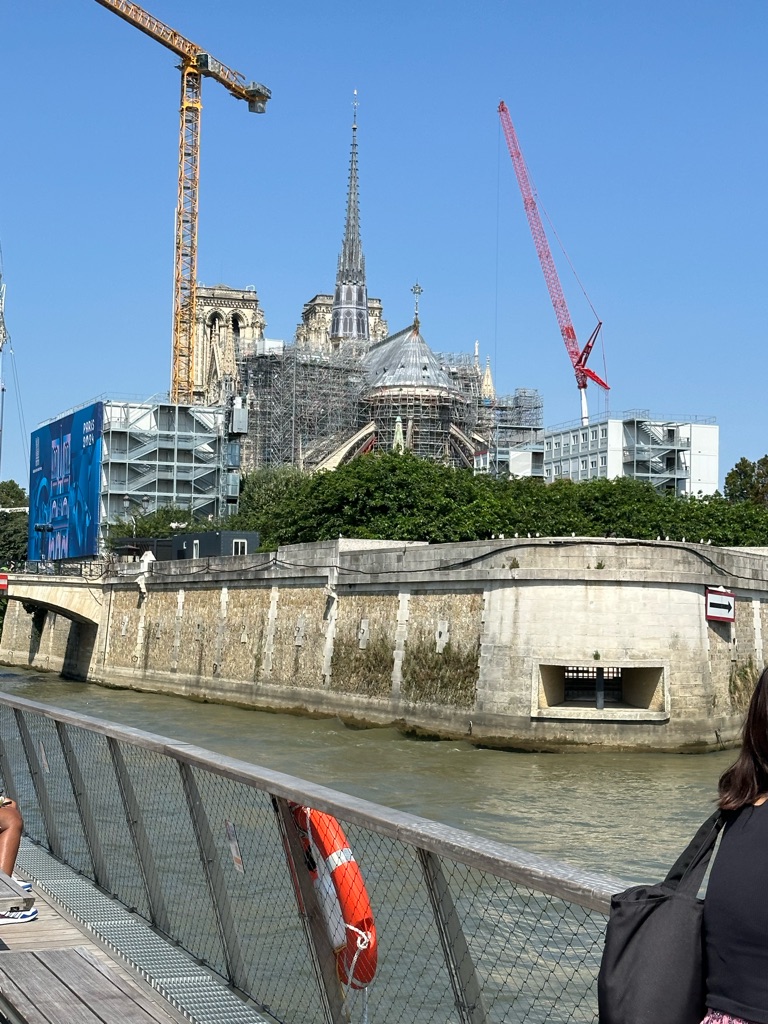
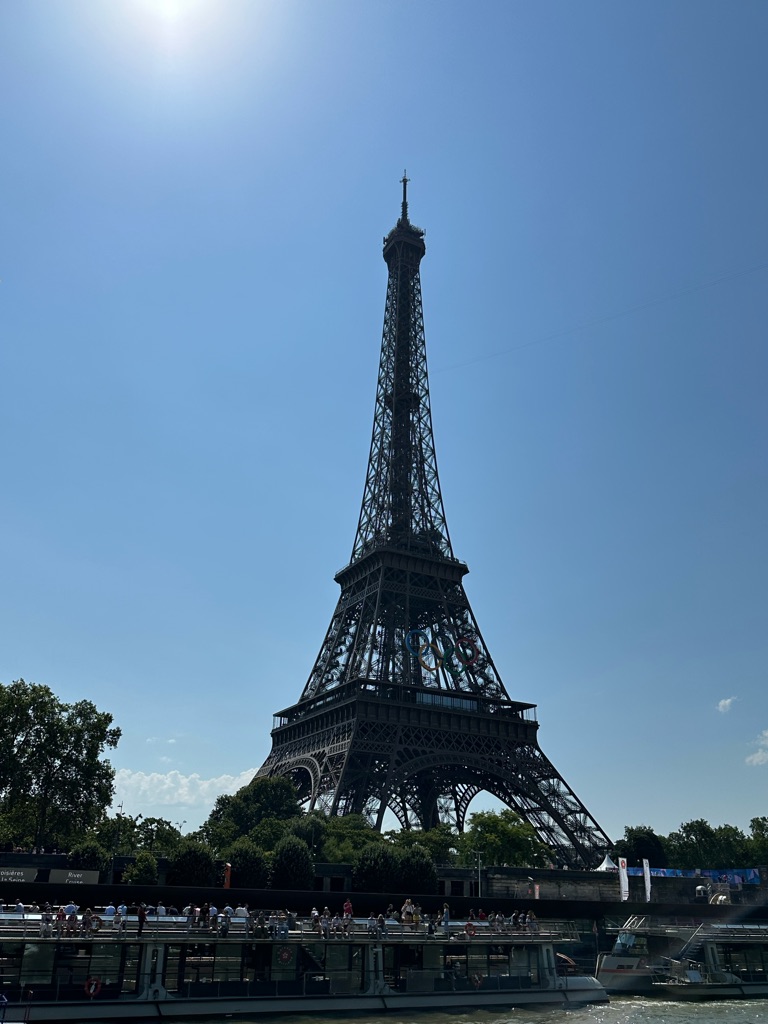
Afterwards we grabbed a quick bite to eat at a busy restaurant right near the Eiffel Tower - French onion soup, followed by salmon tartare with salad and a bloody Mary. \240The food has been really good on the whole, without much effort on our part!
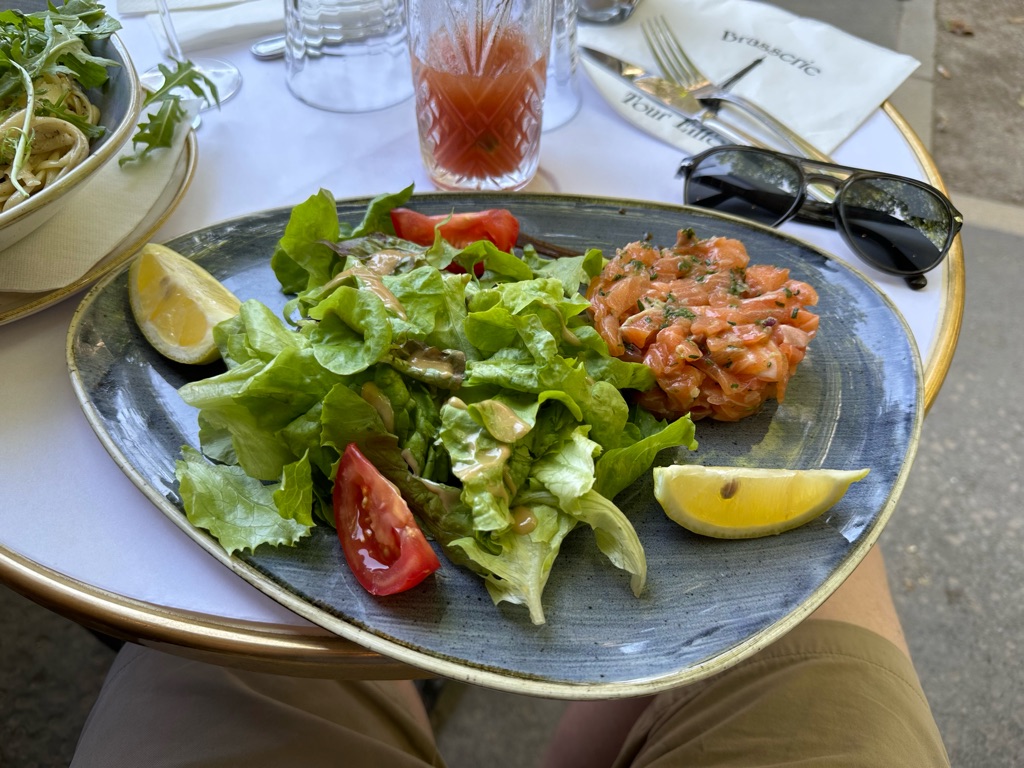
We then made our way by taxi to Charles de Gaulle Airport - fun fact, the music videos for both "Beautiful Day" by U2 and "Von Dutch" by Charli XCX were filmed here.
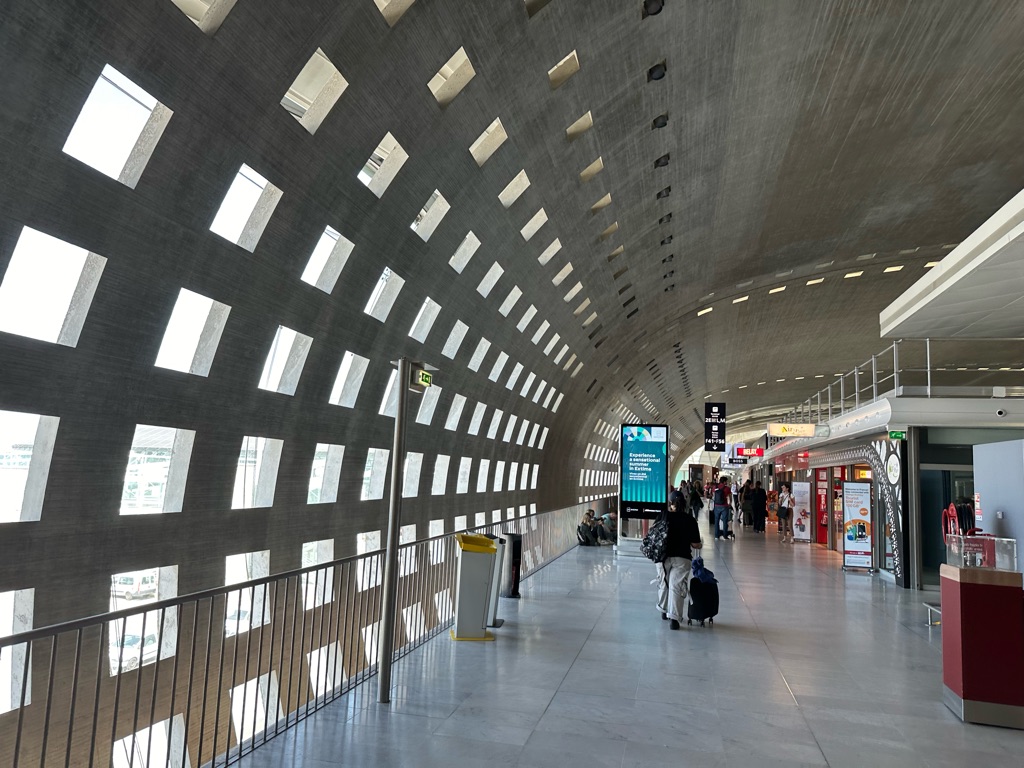

Great flight, no issues - and we got a transfer direct to our hotel in Rome. \240It's a lovely villa, with more space than we need and a balcony overlooking the countryside. \240Although we are within the city of Rome itself, the area seems very rural - lots of olive trees, terracotta tiles, ancient walled compounds, roads that are a bit like goat tracks, etc. \240It reminded me a bit of the scenes from The Godfather II where the young Vito Corleone (played by Robert DeNiro) is growing up in early 20th century \240Sicily, so I lay out on the balcony listening to the theme from The Godfather as the sun went down 😂
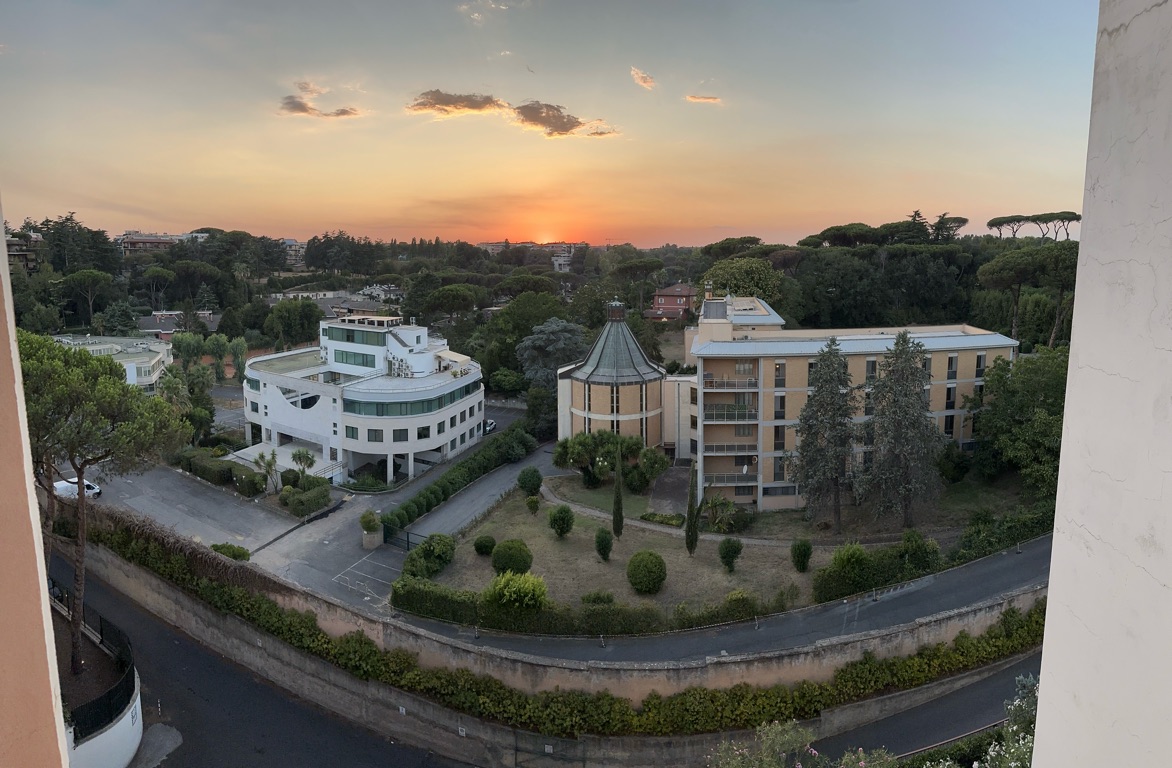
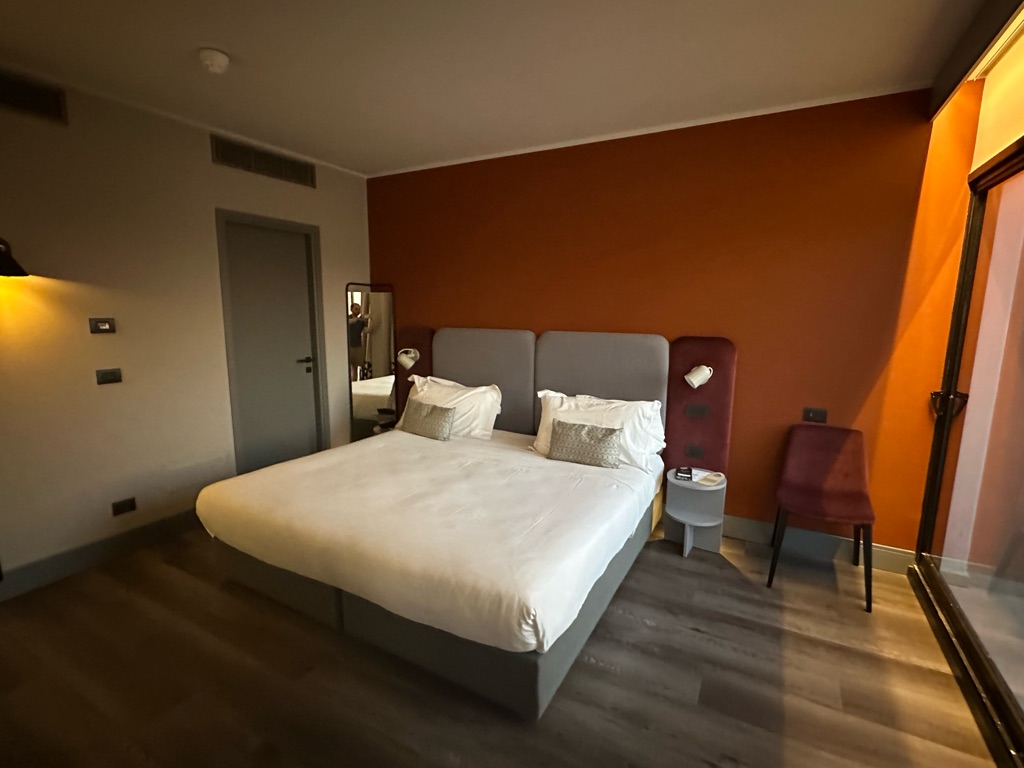
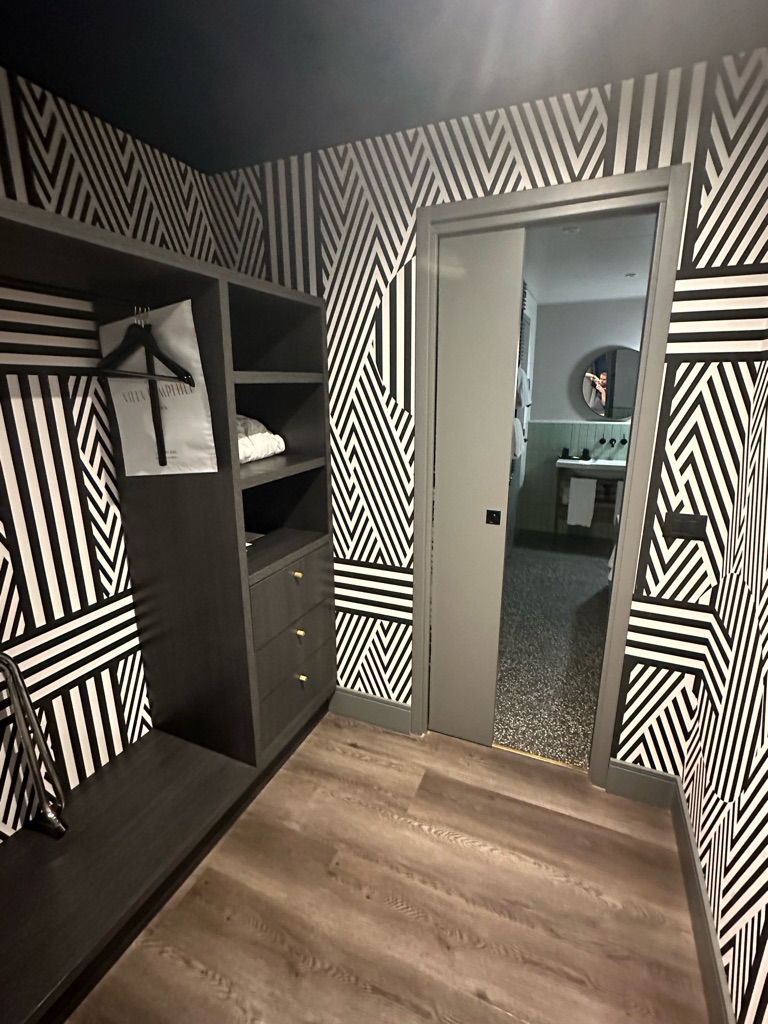
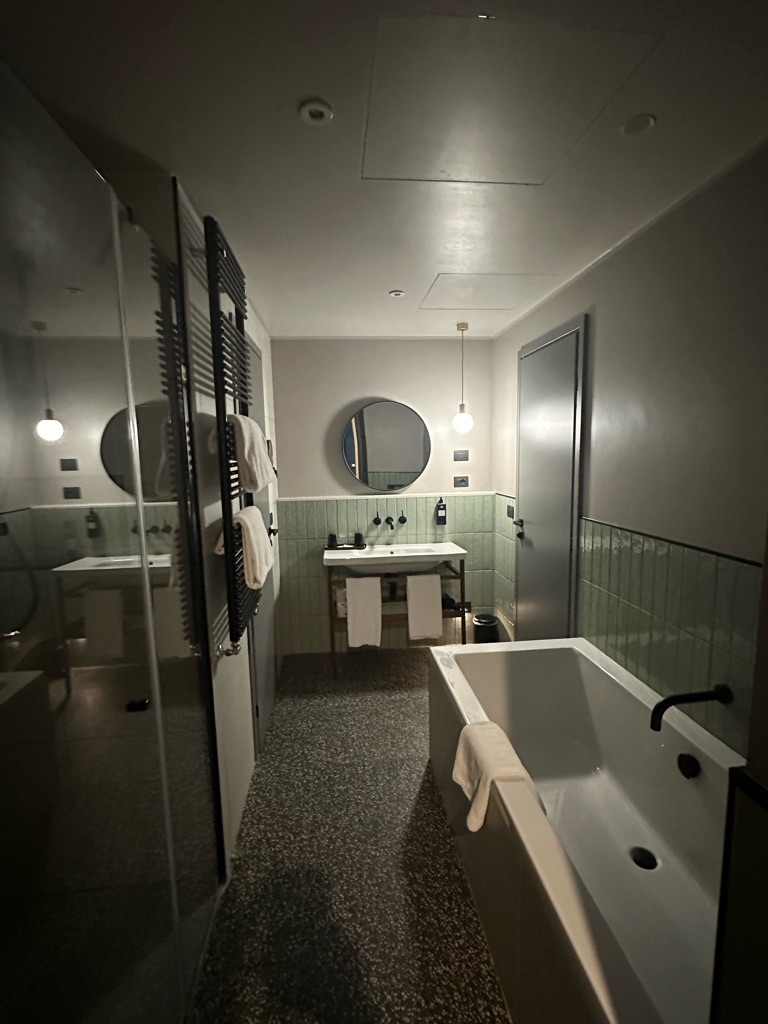
Let me catch you up with Tuesday, our first full day in Rome - or perhaps not quite, since we spent a good part of the day in a separate country inside Rome. \240That's right, Vatican City, the tiny city-state with a permanent population of only about 800 priests. \240You can easily walk around the entire perimeter of it in a day (heck, if it wasn’t so hot and you hoofed a bit, you could do it in half an hour!)
You can see here a section of the Vatican wall - despite it being a different country, you don't need a passport to get in; you just need a ticket (ideally for a guided tour with "express" entrance - but nothing moves very quickly Rome either way!)
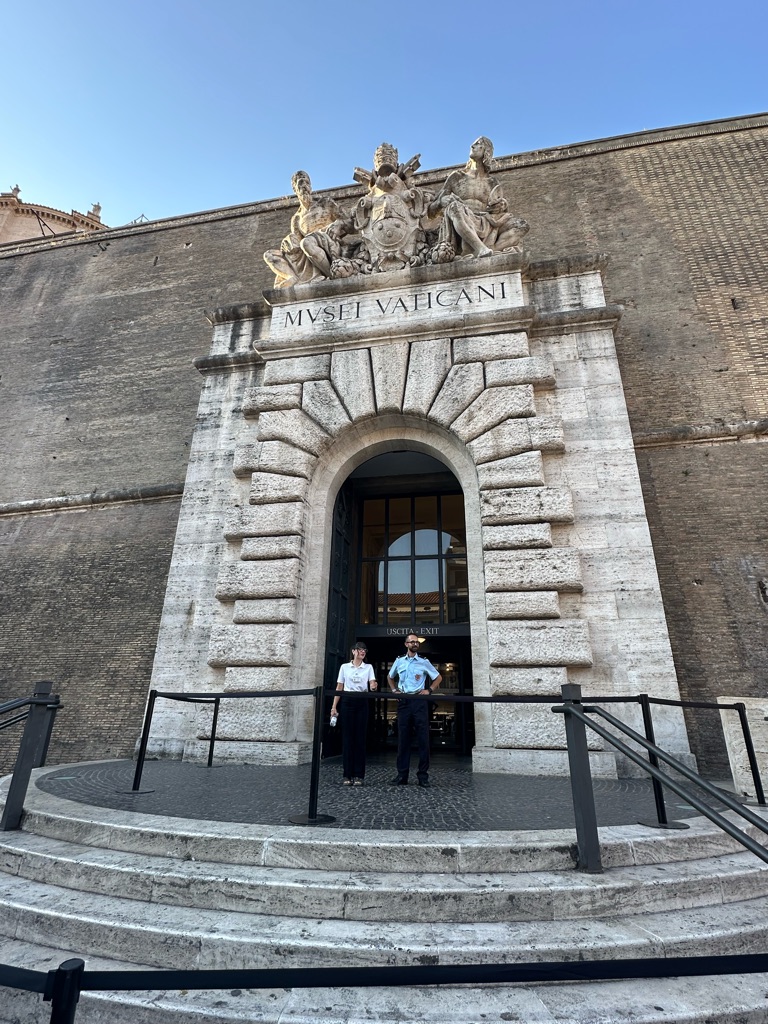
Our guide was a lovely, funny Italian lady called Lucia, who was full of stories. \240Because we went early, we were able to get around the museums before the crowds had built up, and before it was too hot (the Papal budget apparently doesn't stretch to air conditioning). \240As they say, when the Lord fails to provide air conditioning, he opens a window.
There was a lovely view out over the garden, which is where the Church officials live in various little apartments.
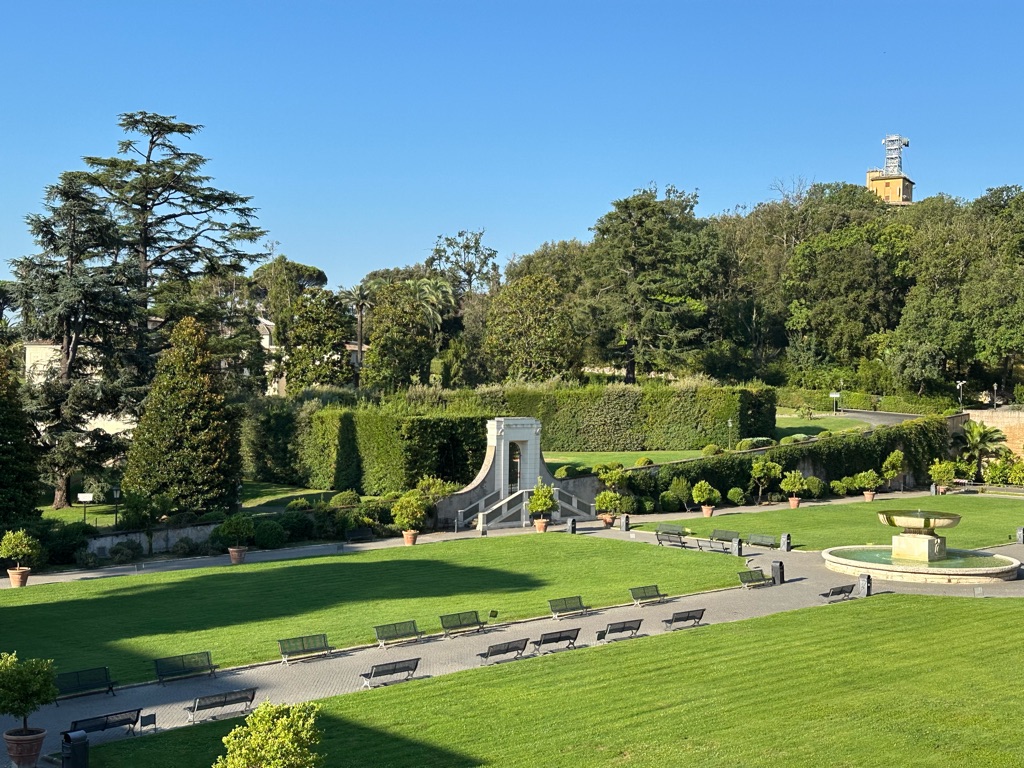
The museums were magnificent - you can really see how the Vatican's collection has been built up by various Popes over the centuries. \240In a lot of the rooms, you can see a little stone over the door indicating which Pope was responsible for adding which rooms. \240You can see that the example below refers to Pope Pius XI.
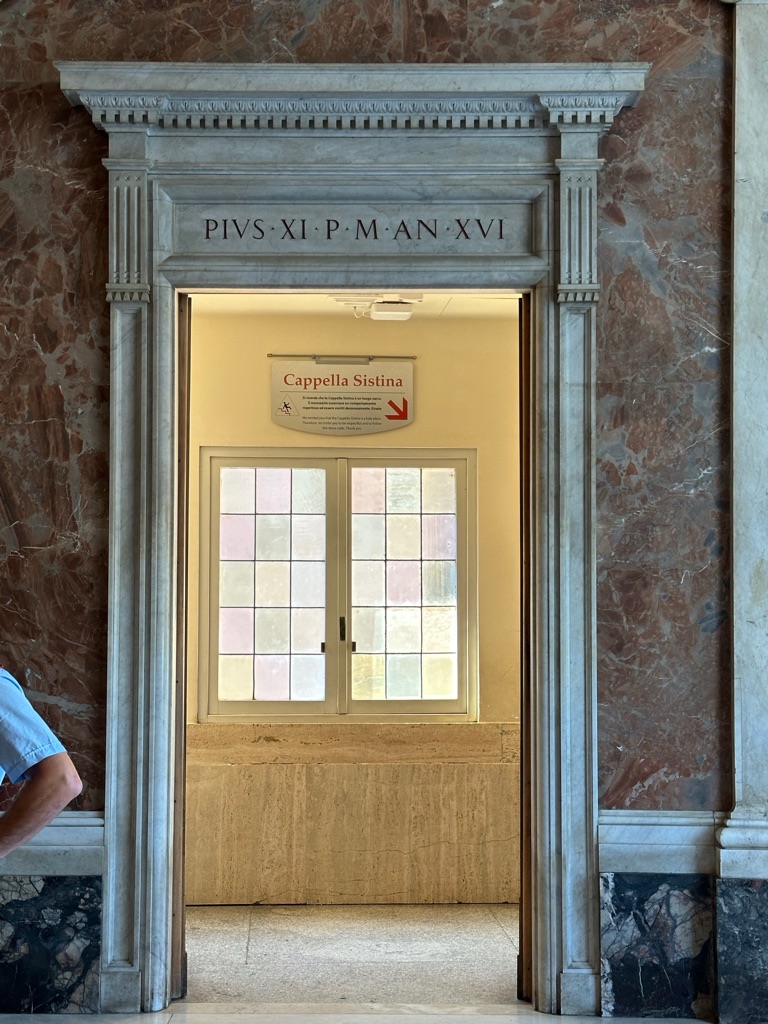
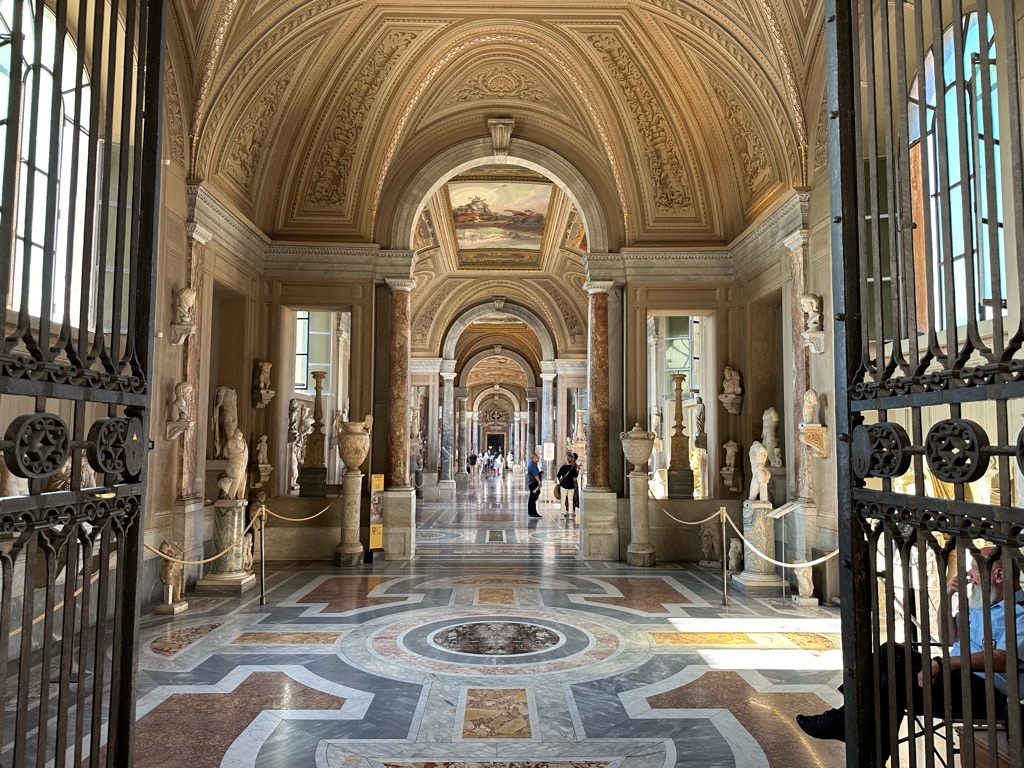
The ceilings and walls are thoroughly decorated throughout.
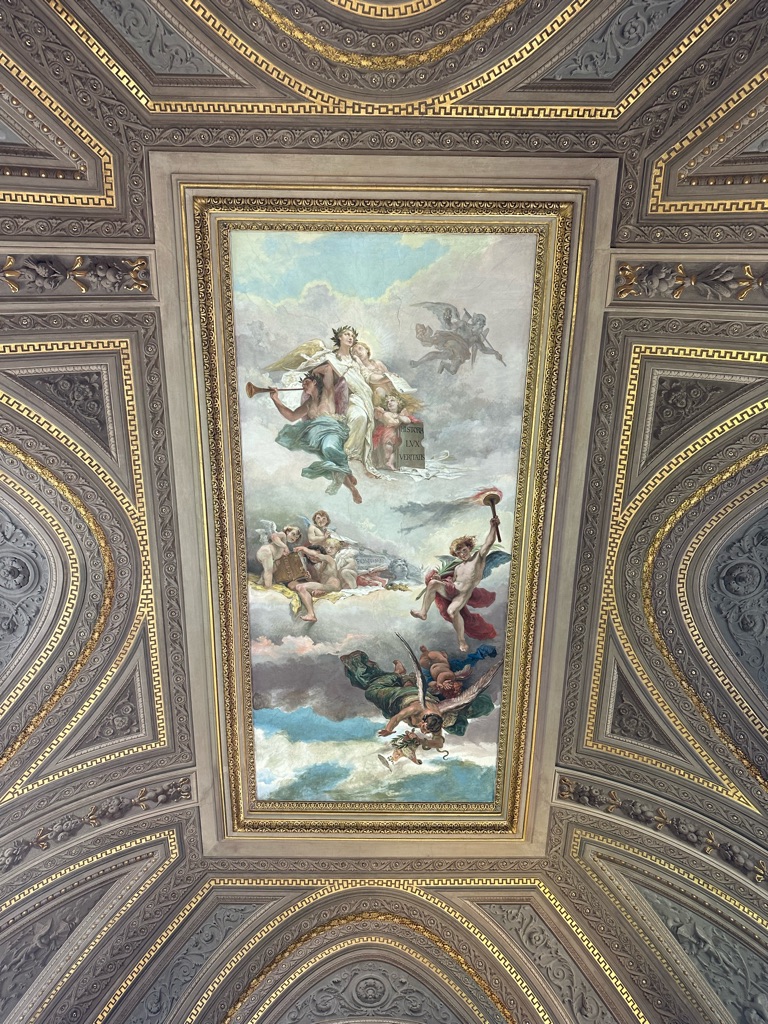
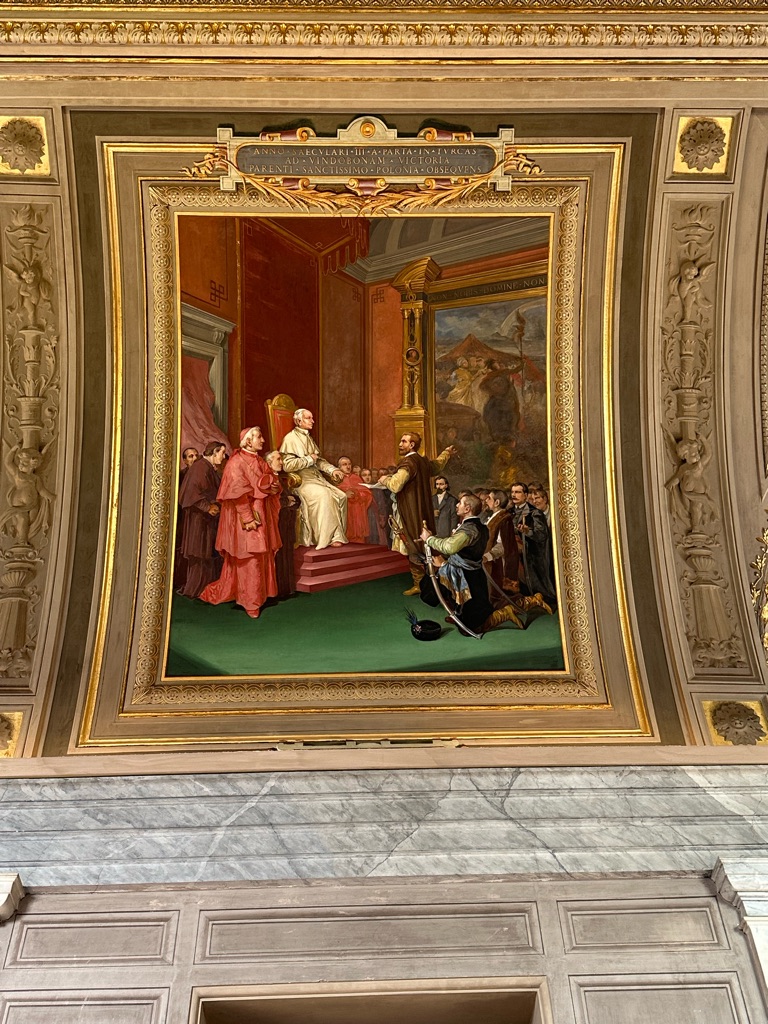


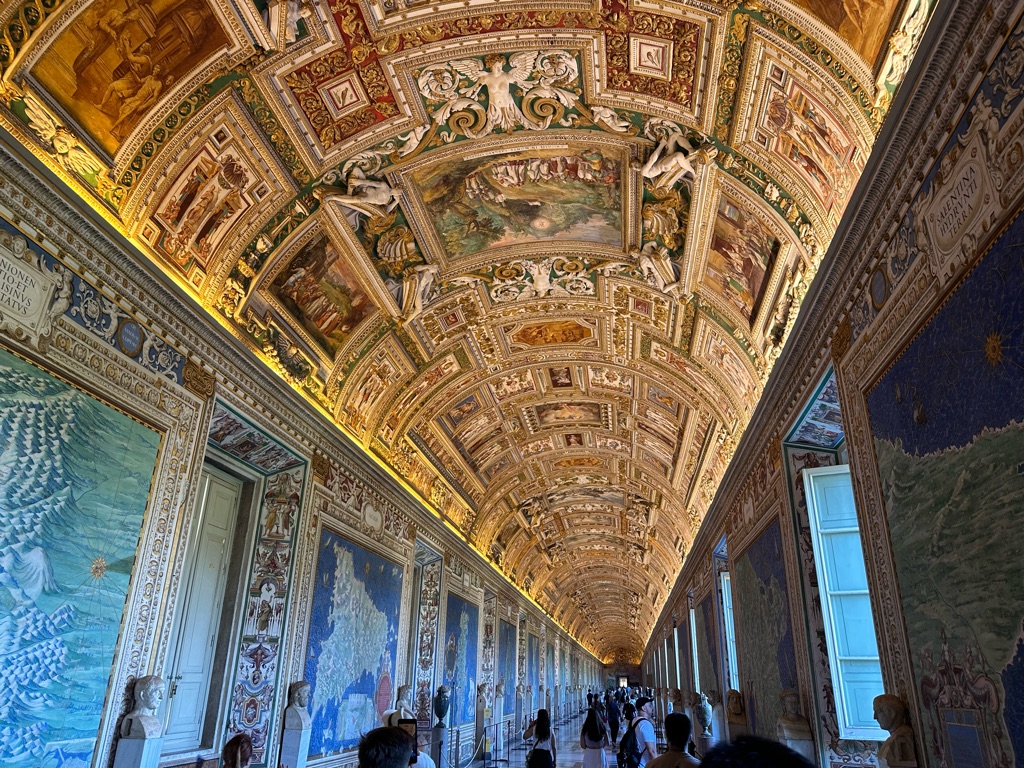
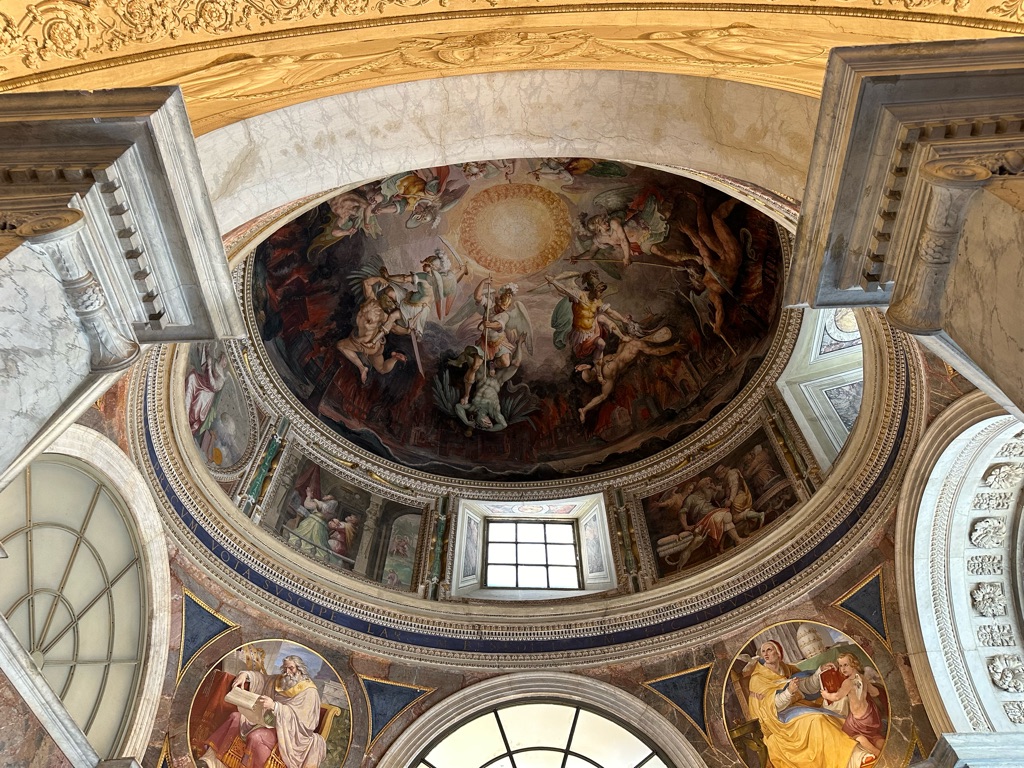

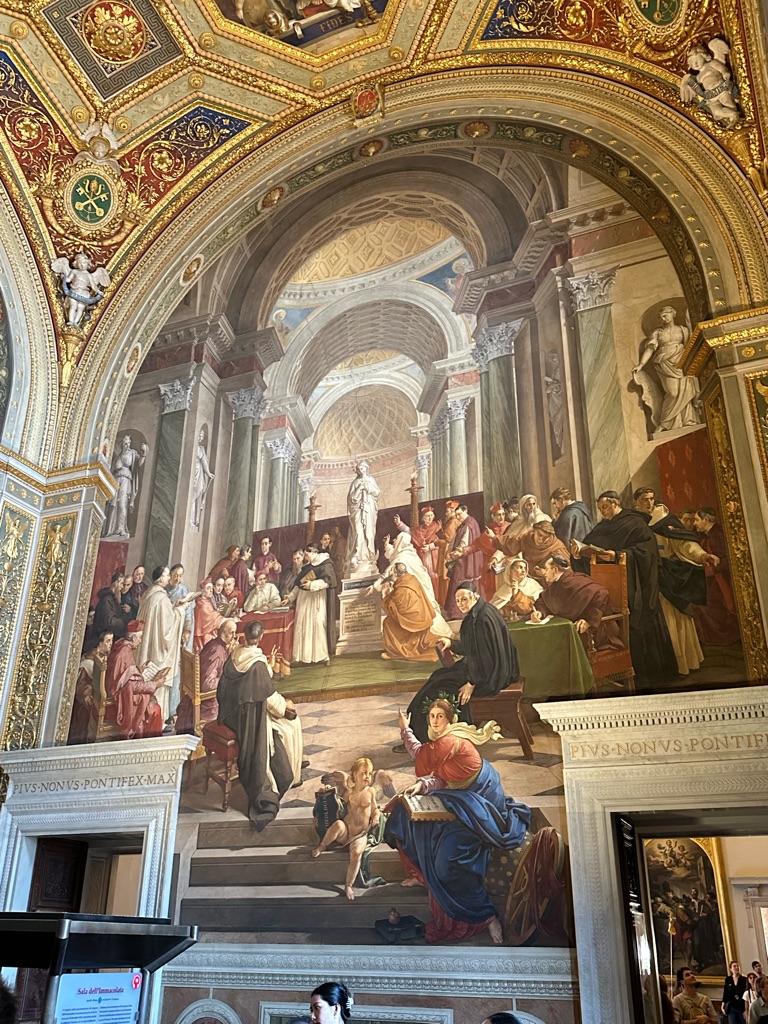
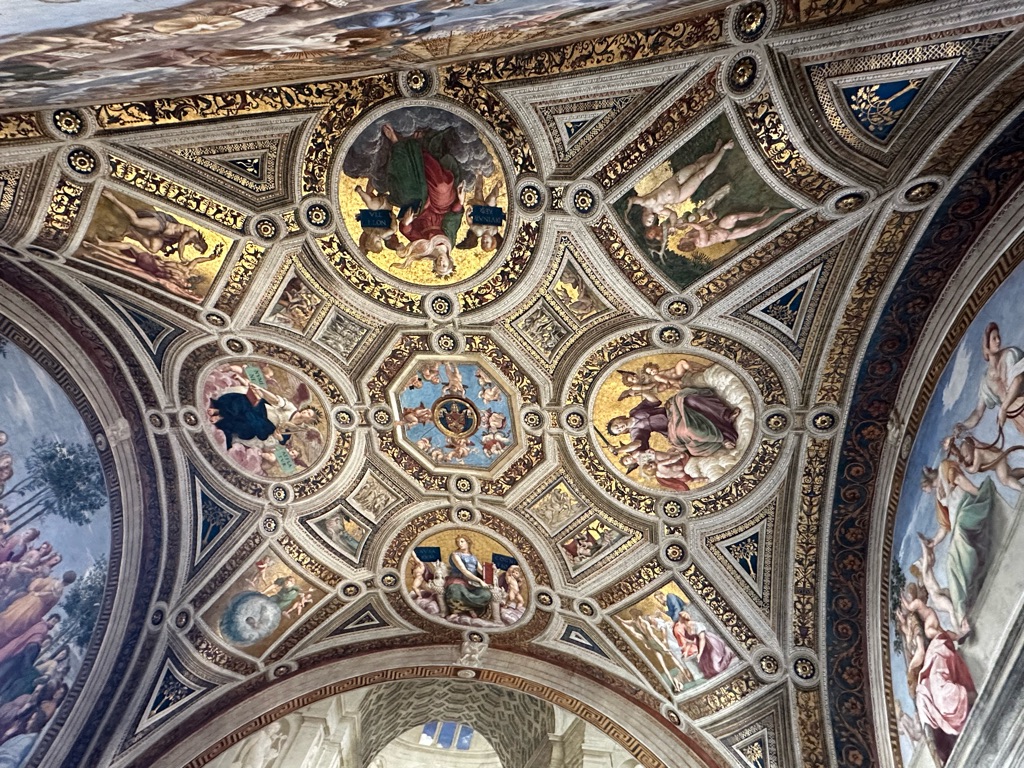
There is also an ancient fresco of Sylvester Stallone on the left (I am joking, but it does look like him!)
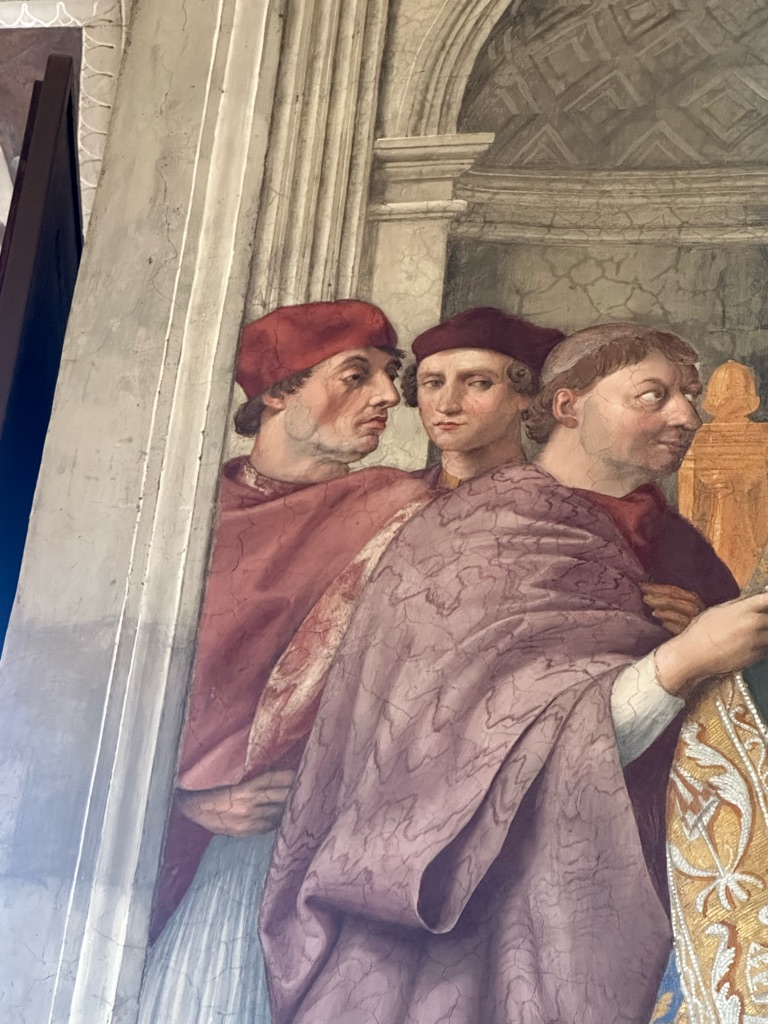
The highlight of the tour was the Sistine Chapel, with the ceiling painted by Michelangelo. \240We weren't able to take photos inside, so you'll have to take my word for it - the Chapel is where the college of cardinals convenes to elect a new Pope.
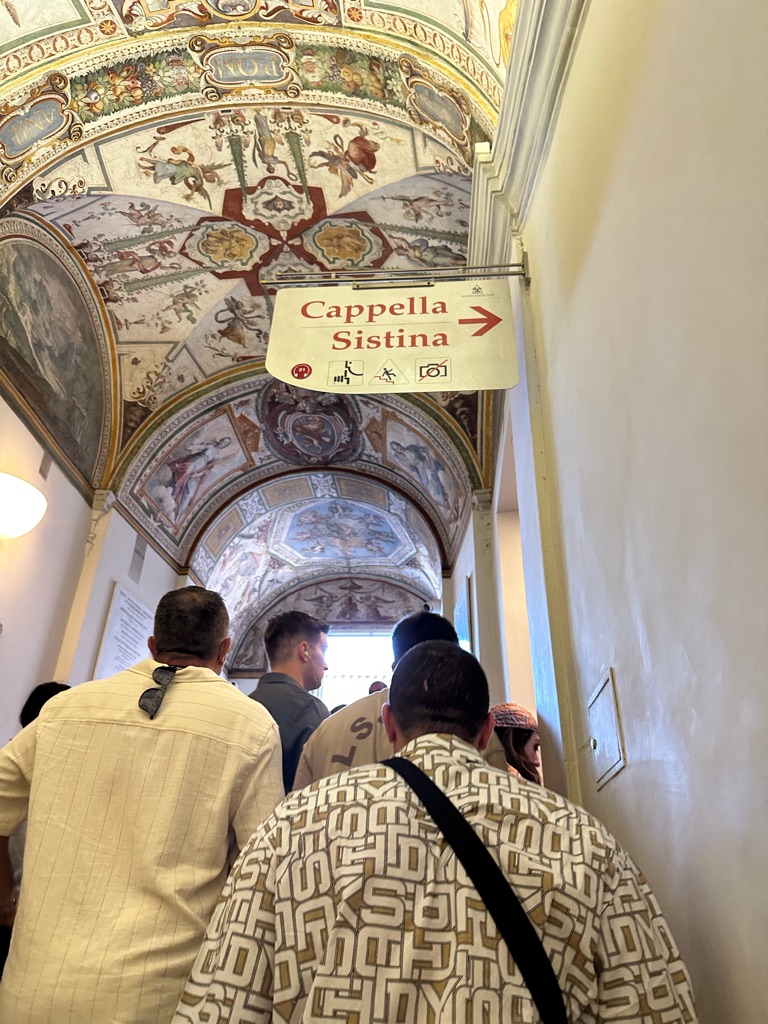
Outside, we walked around to St Peter's Basilica, by which time the sun was blazing hot - and we had to queue to get in. \240There were plastic seats set up throughout St Peter's Square, because apparently the Pope was doing something there at 12.30 - but surely nobody would've sat out there for it, unless they wanted to become the burnt offering.
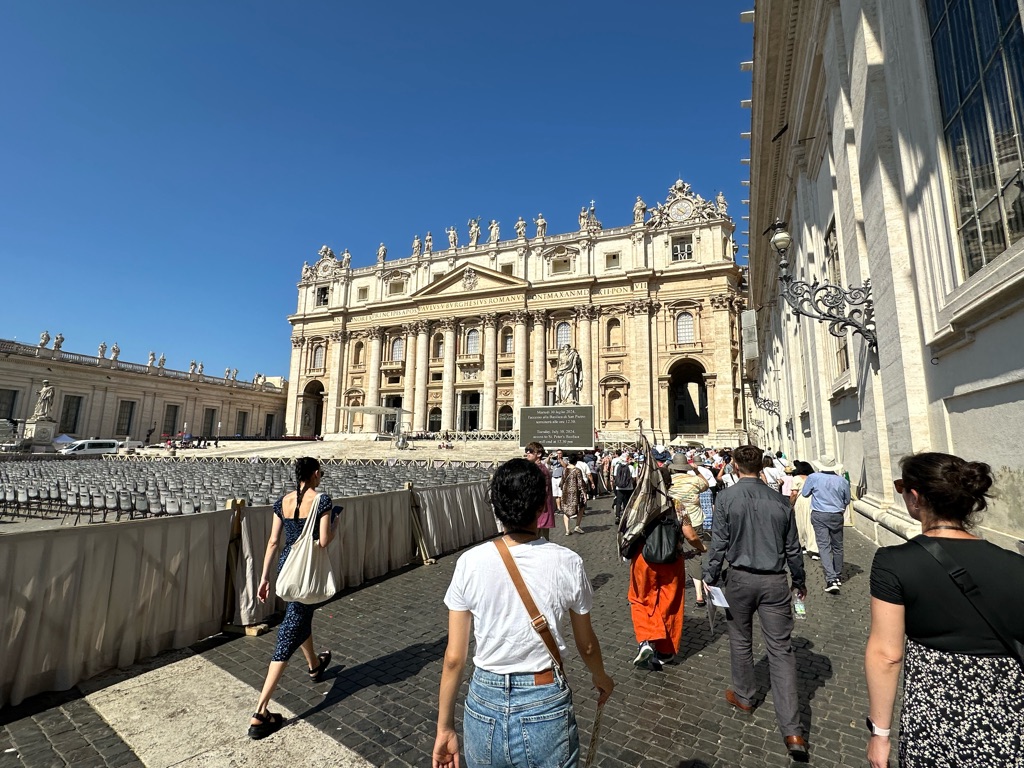
It was (only a bit) cooler in the Basilica itself - the largest church of any faith anywhere in the world. \240It was huge, and a lot to take in - to be honest, it felt a bit strange. \240I am not sure what Mother Theresa would have thought when she wandered in here from Calcutta - if relief of poverty was the goal, perhaps she should've suggested that the Pope put a few trinkets out on the lawn and had a sale to raise some money for the poor. \240The place felt much more like "rich Romans" than "poor Catholics".
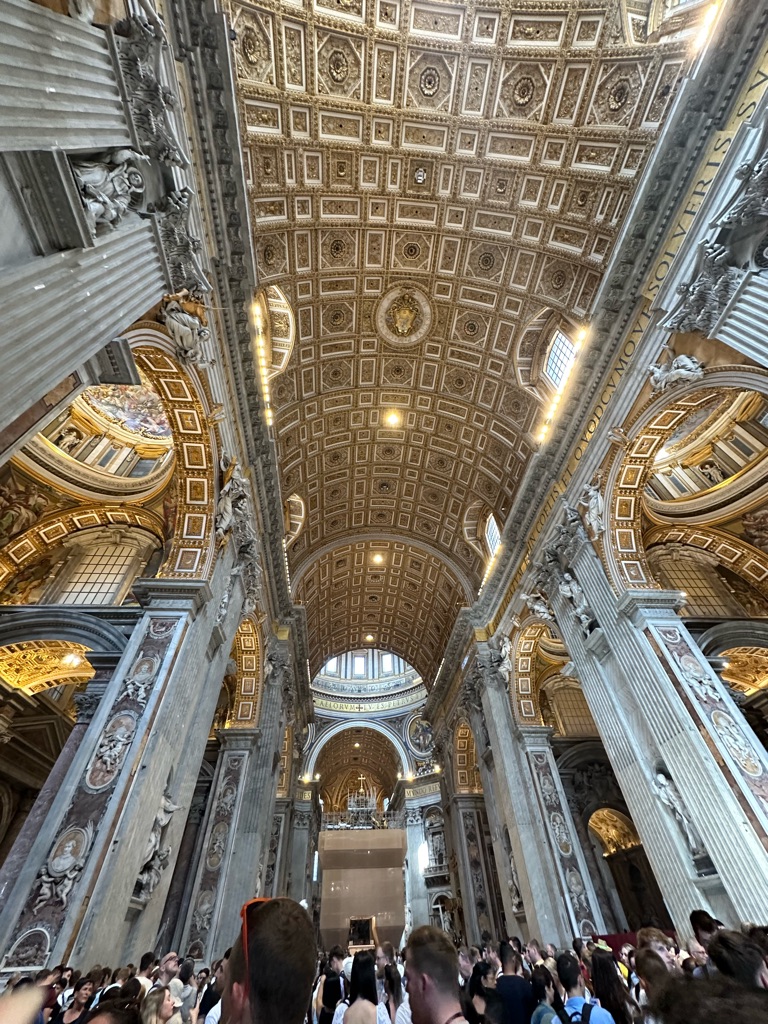

The highlight was Michelangelo "La Pieta" - he makes the marble look soft as silk.
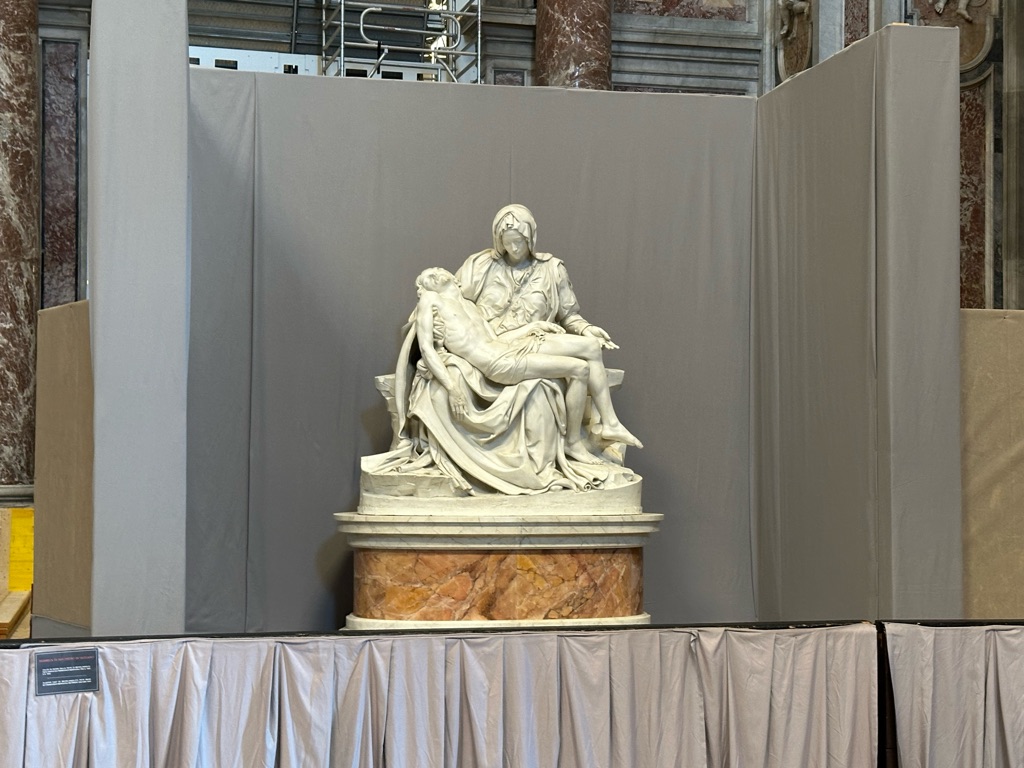
A number of mummified Popes are entombed around the Basilica, with more underneath - here is Pope Innocent XI, who has been dead for about 400 years. \240He got moved from a plum spot near the front door to make way for John Paul II, who isn't quite so see-through.
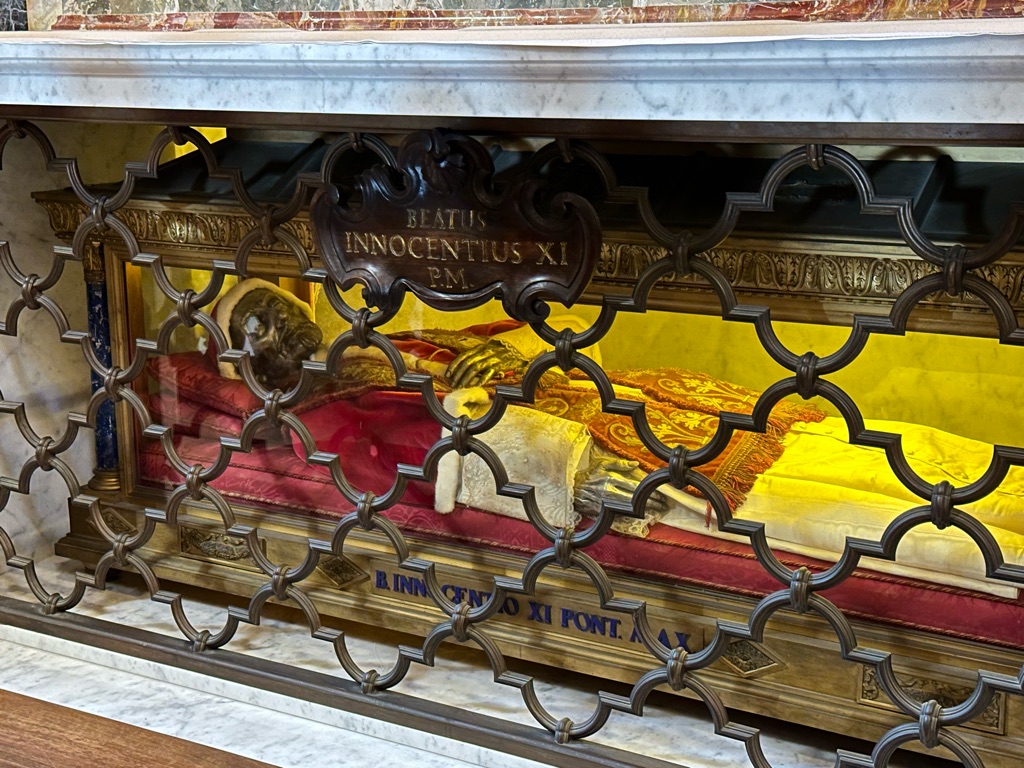
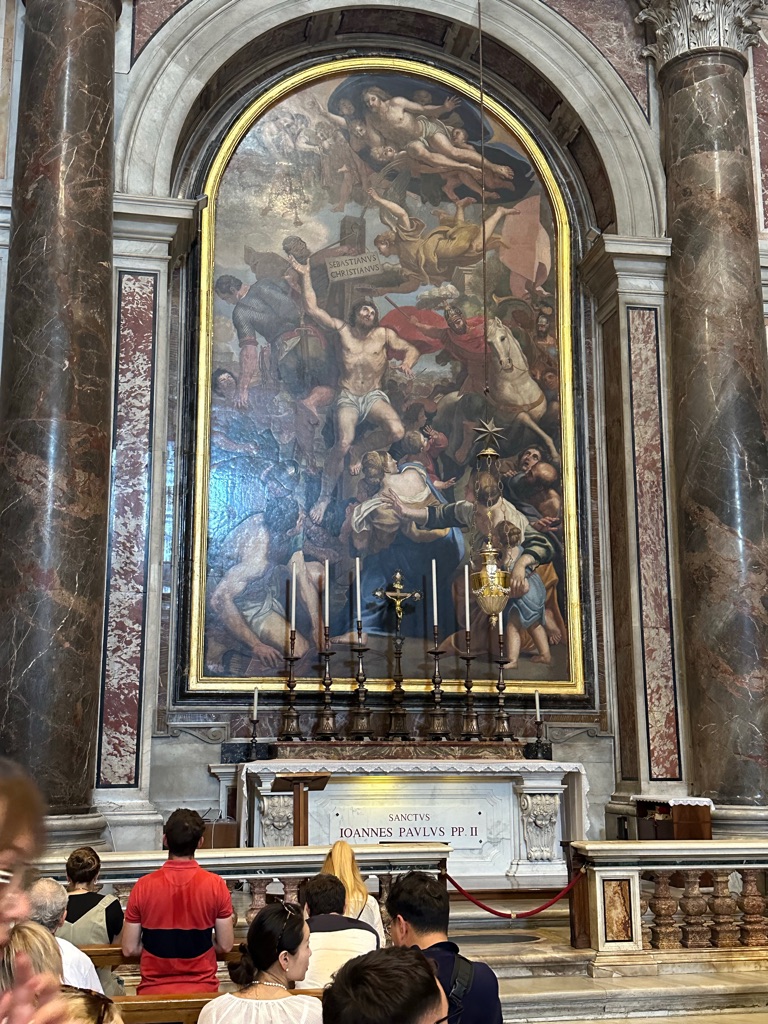
You can also see the "honour roll" of previous Popes - Pope Hyginus is my favourite 😂
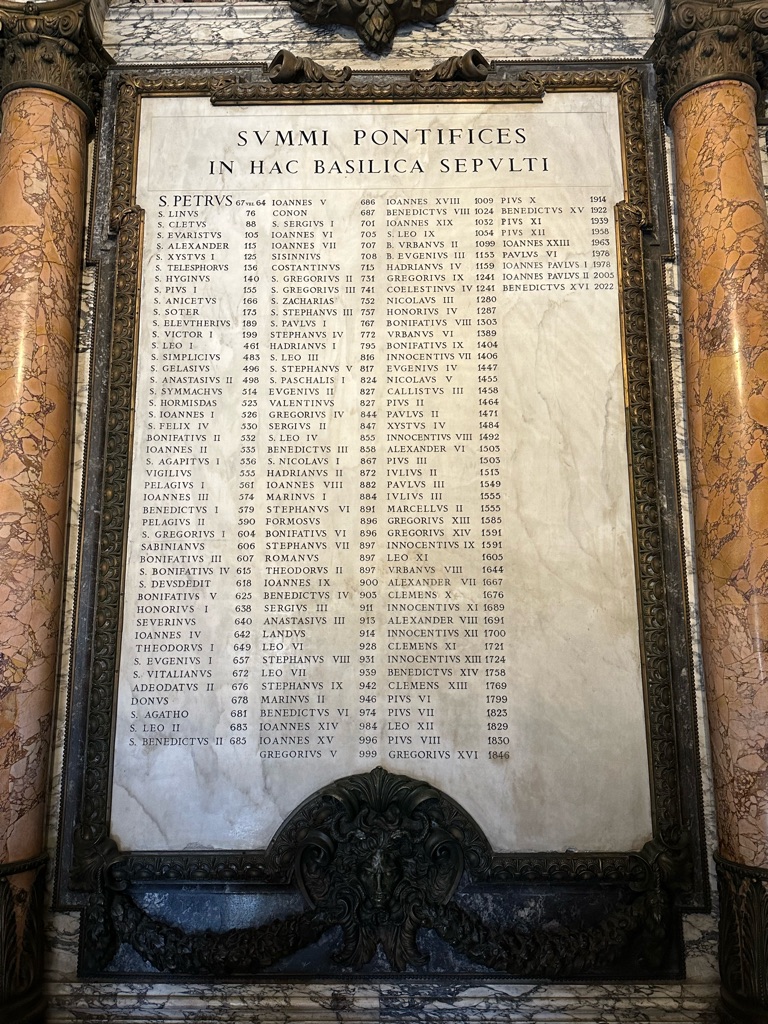
The Swiss Guards are the Pope's personal bodyguards, but it is really just a ceremonial thing.
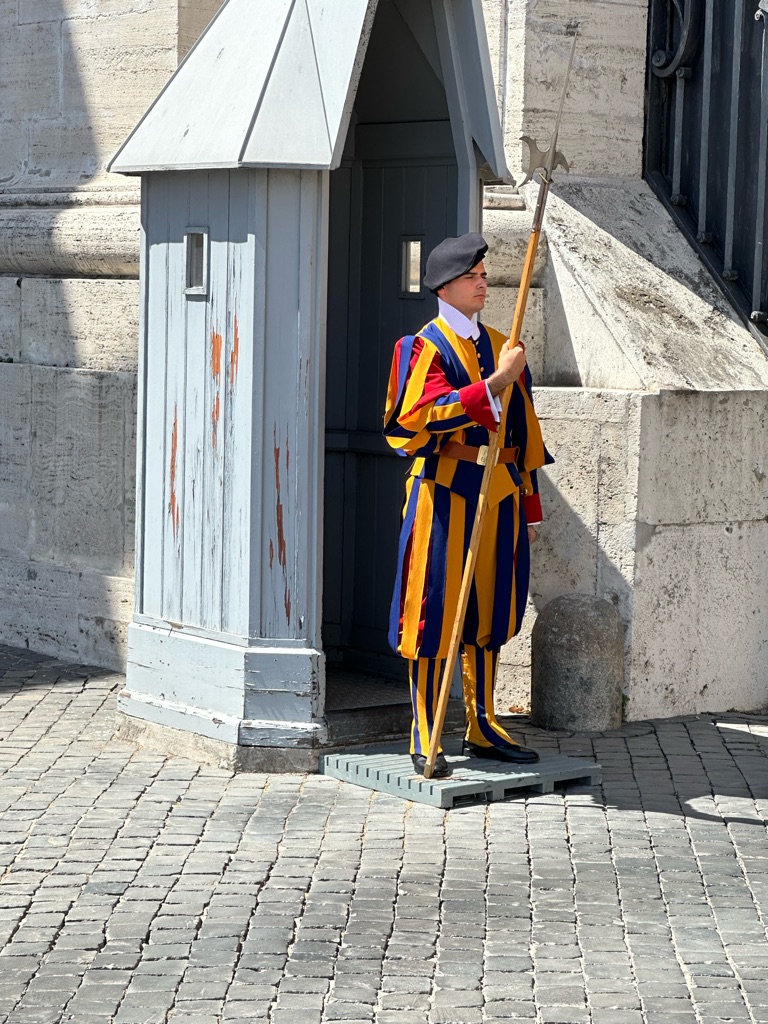
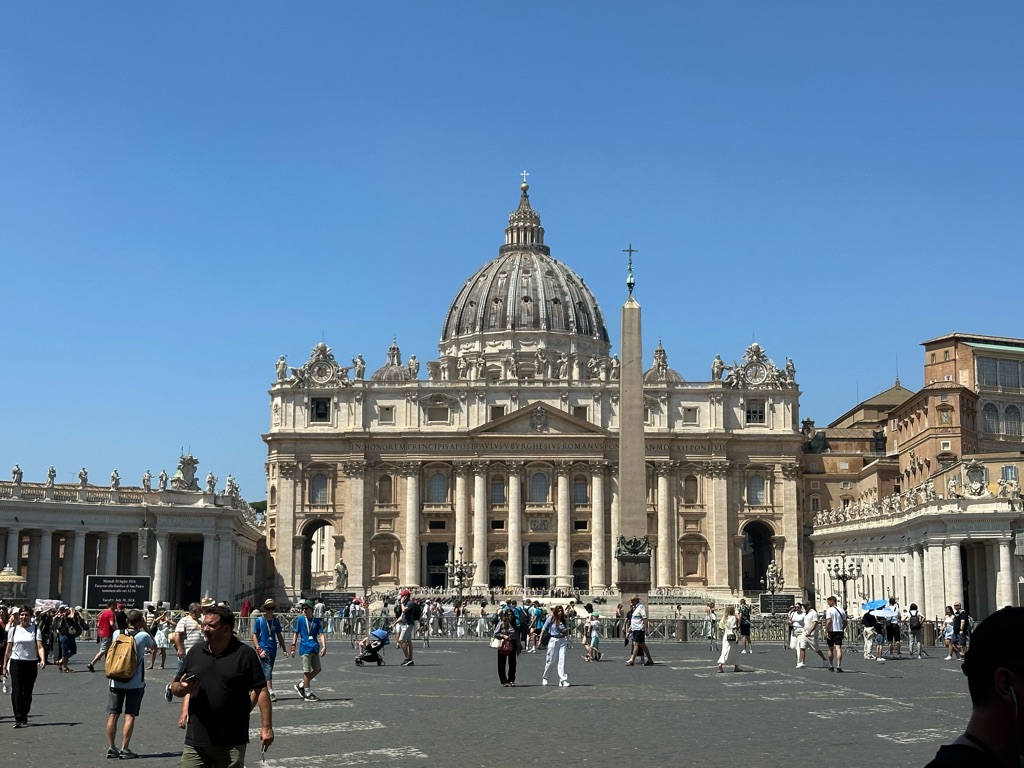
After the Vatican, we spilled out haphazardly onto the crowded streets of Rome and went for a walk. \240It was all very pretty, but unfortunately a bit too hot and crowded to really enjoy (this appears to be a land untouched by modern air conditioning).

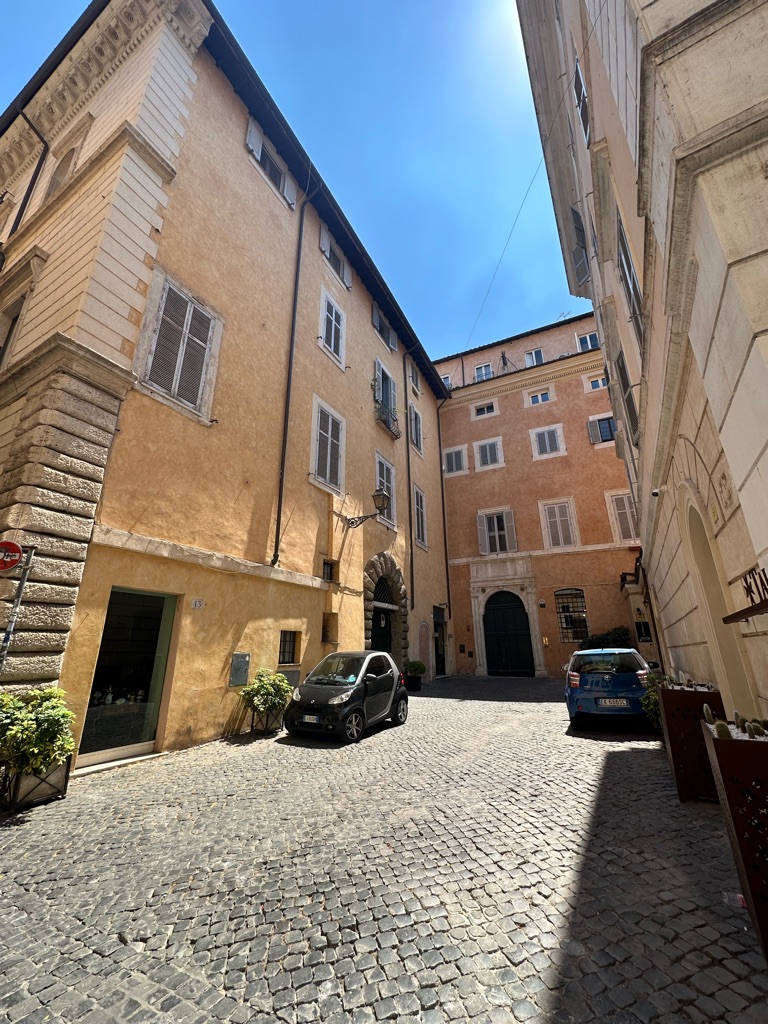
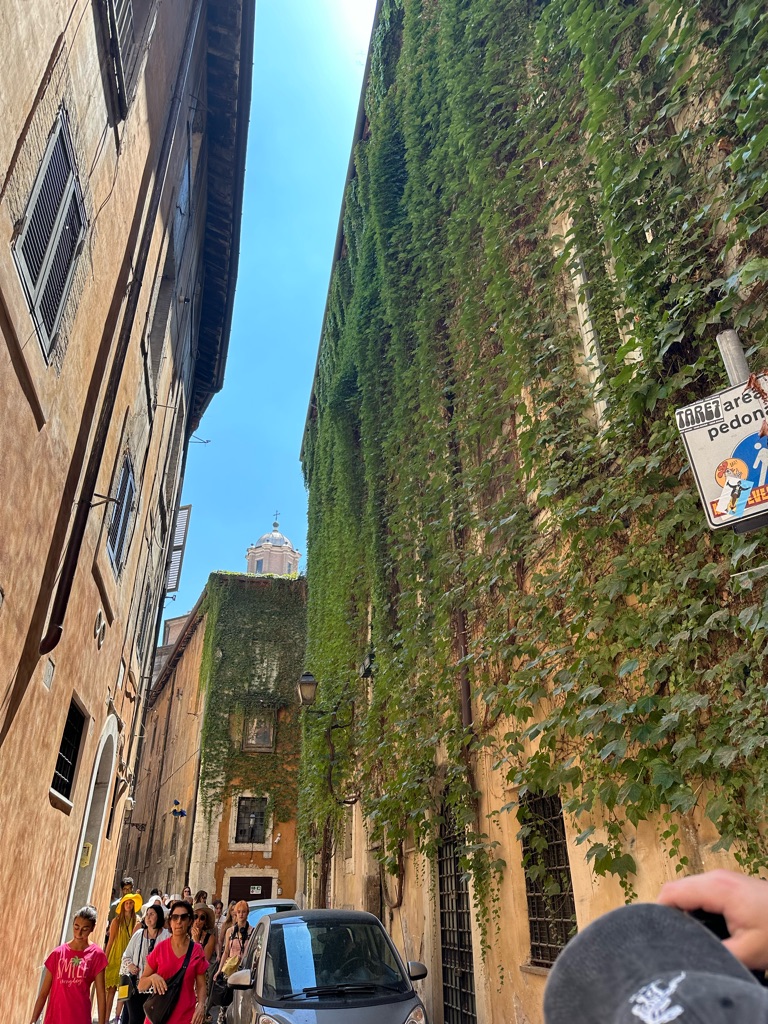
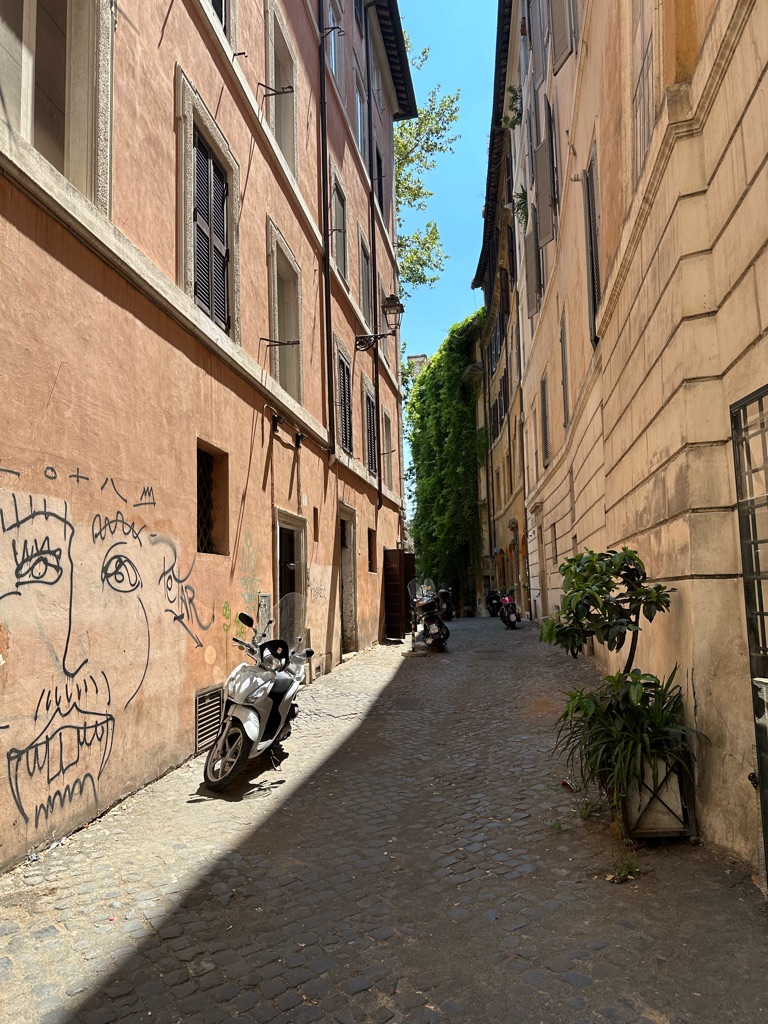
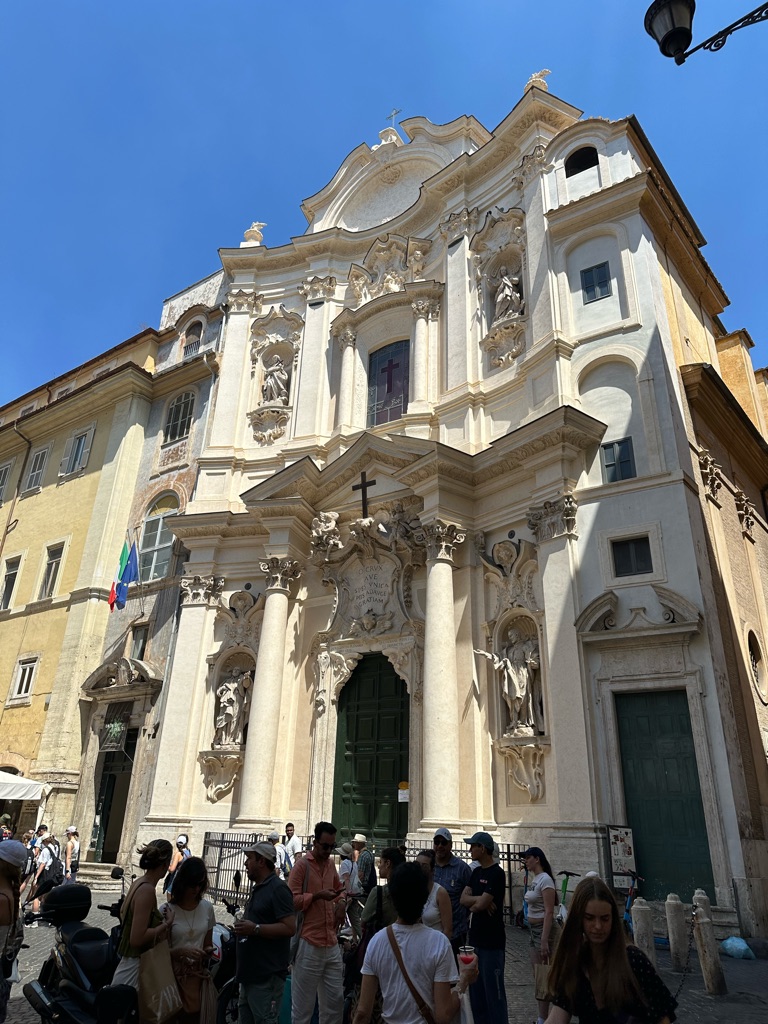
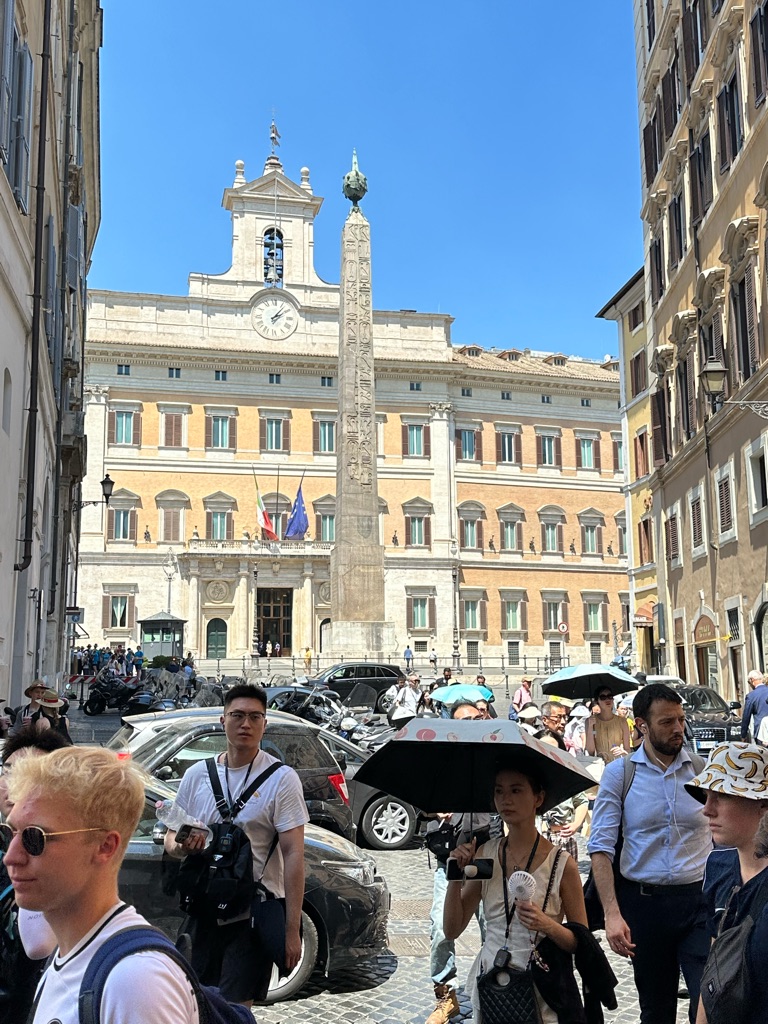
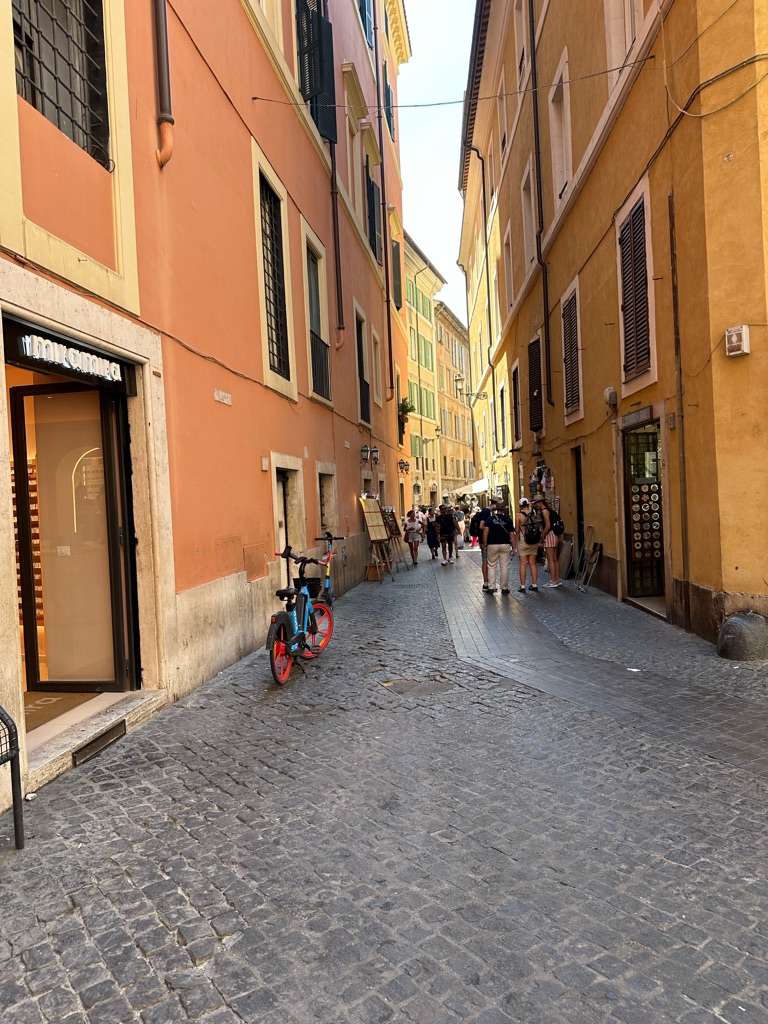
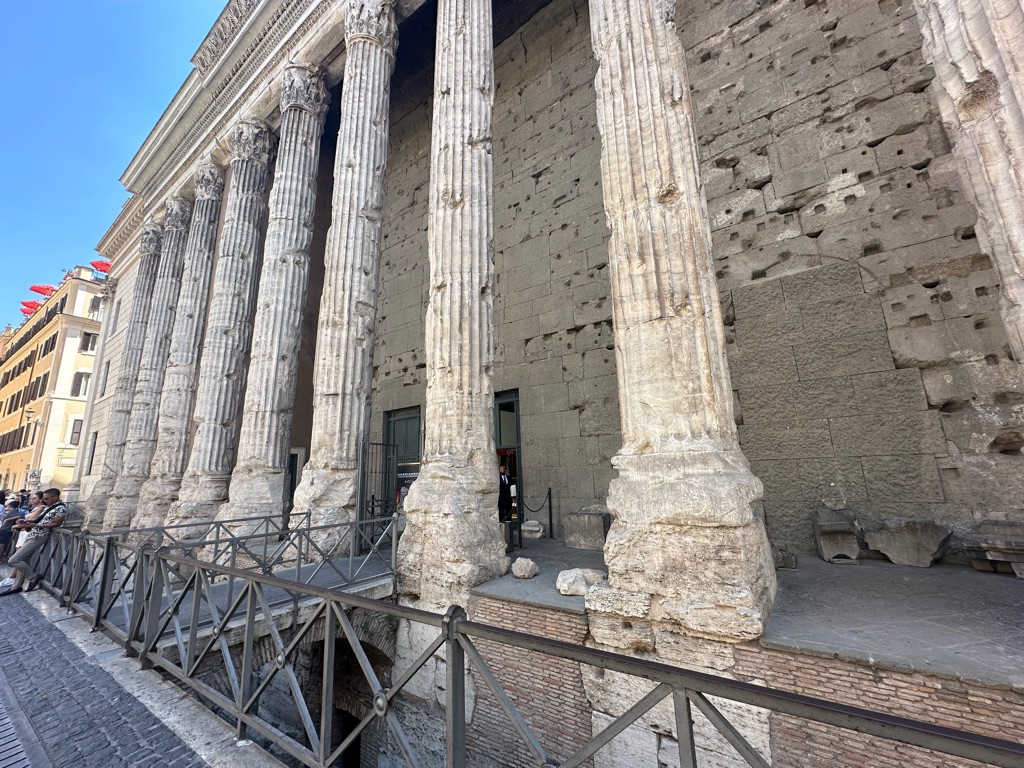
We eventually came upon the Trevi Fountain, which has beautiful clear blue water. \240We stopped at a bar near here for much-needed refreshments.
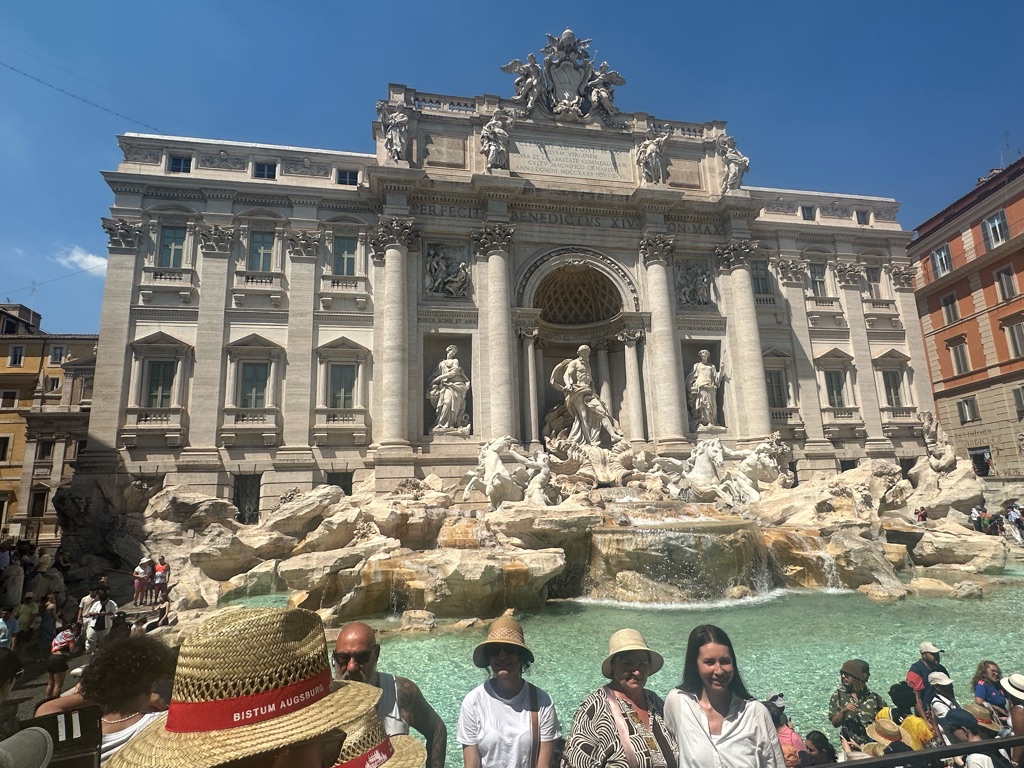
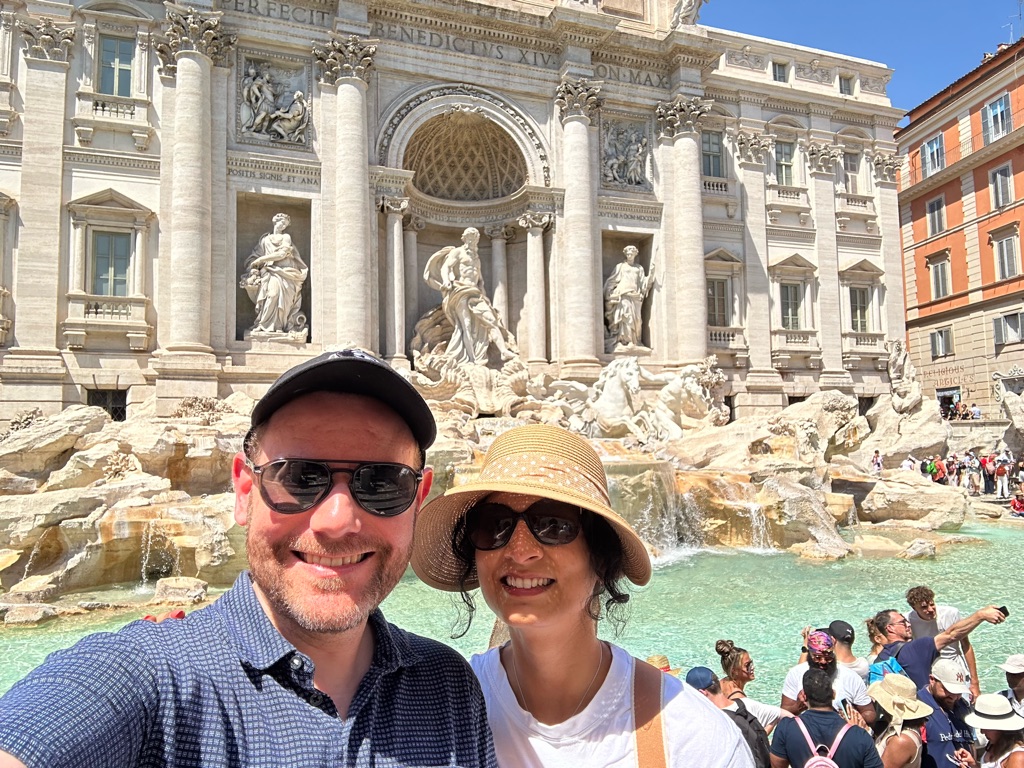
Because we are insane, we then went for a further walk across town to see the Spanish Steps. \240I was quite happy to sit in the shade of the gutter out the front of Longchamp while Meg took one for the team and climbed to the top. \240The verdict? "They're nice. \240They're just steps though."

In need of a prayer by this stage, we made one last stop at the Cornaro Chapel, which is home to one of Bernini's best-known sculptures, "Ecstasy of St Theresa D'Avila" - I'm glad we did, it was amazing.
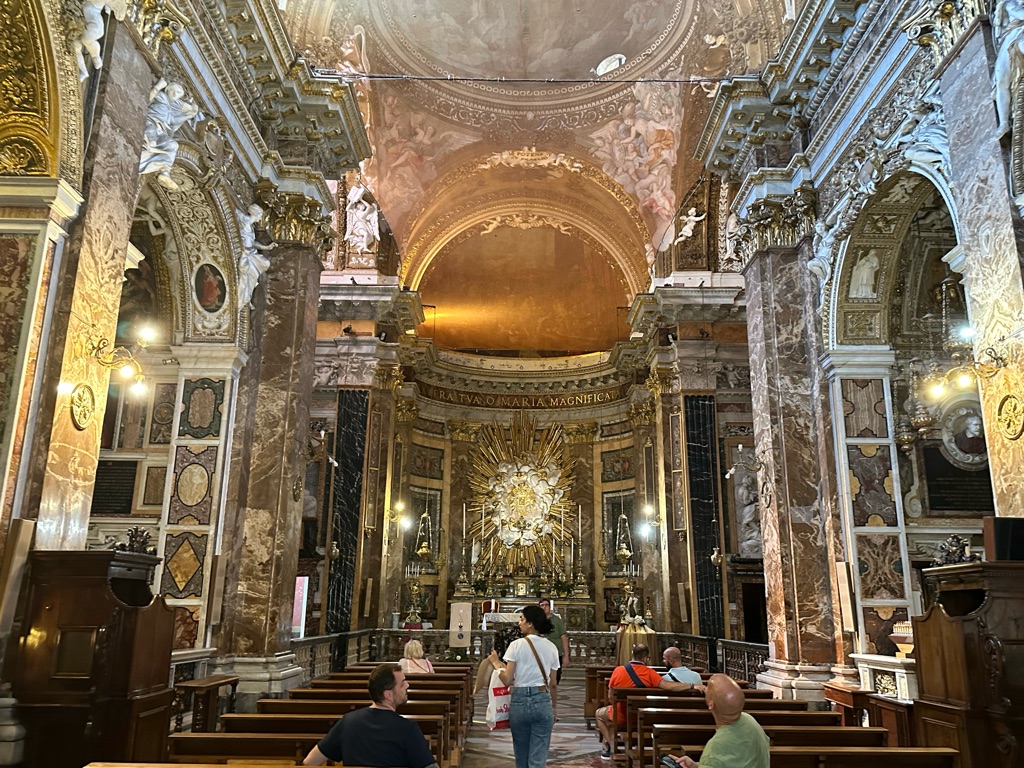
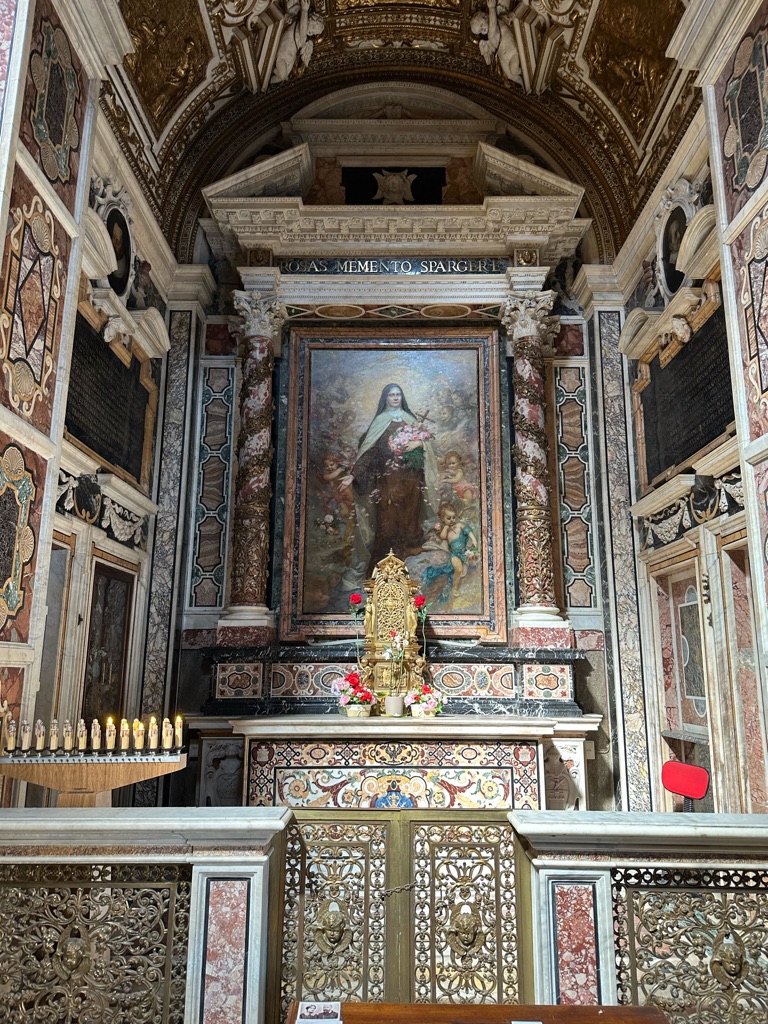
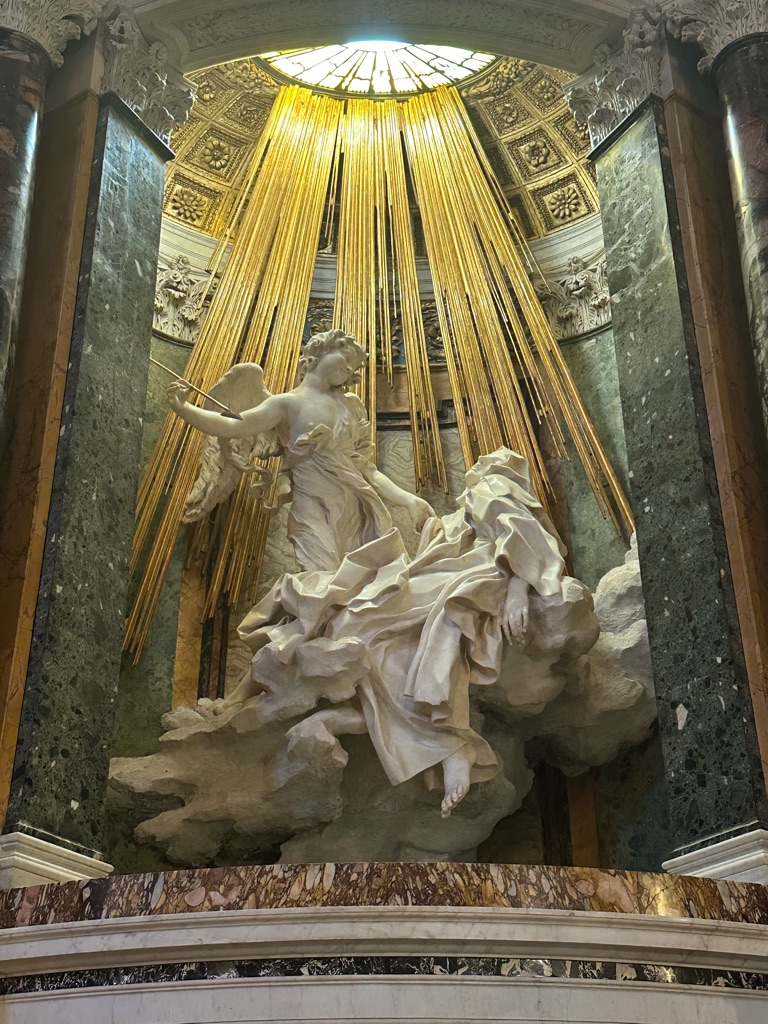
To Wednesday then, which began bright and early with a ride on the high-speed train from Roma to Florence ("Firenze", as the locals call it).
The journey takes about an hour and a half, and we then had some time to kill upon arrival before meeting with our guide. \240Florence is a very beautiful city - easier to navigate than Rome, and less crowded. \240It is the cradle of the Italian Renaissance, and a lot of the buildings and art have been well-prserved.
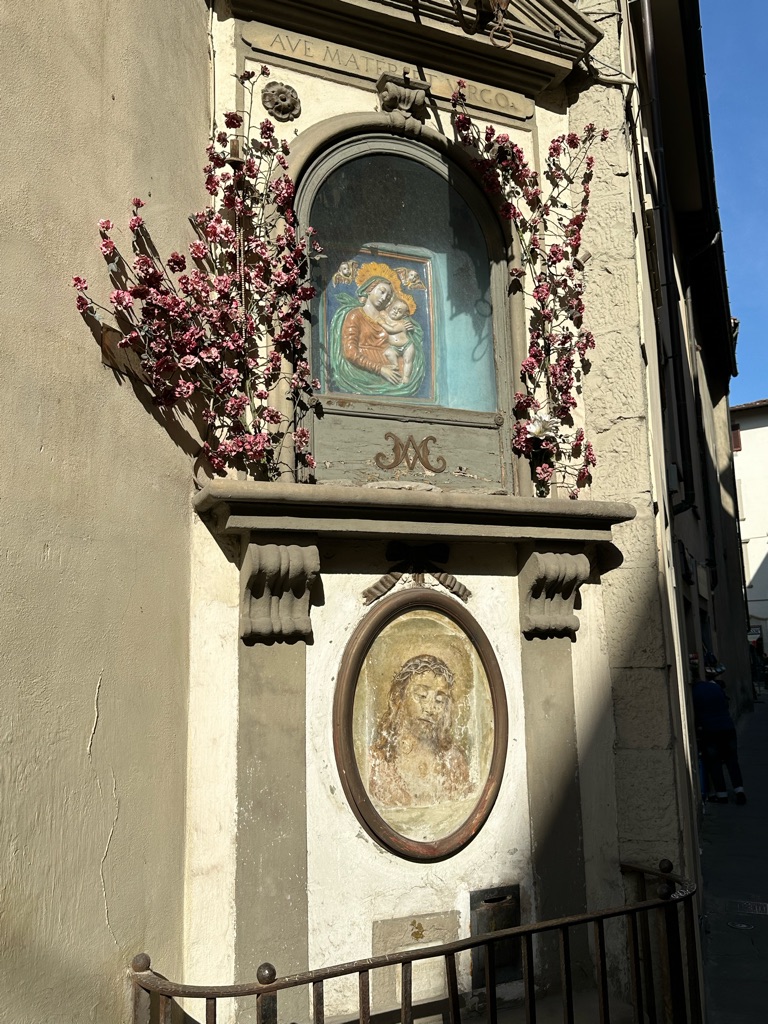

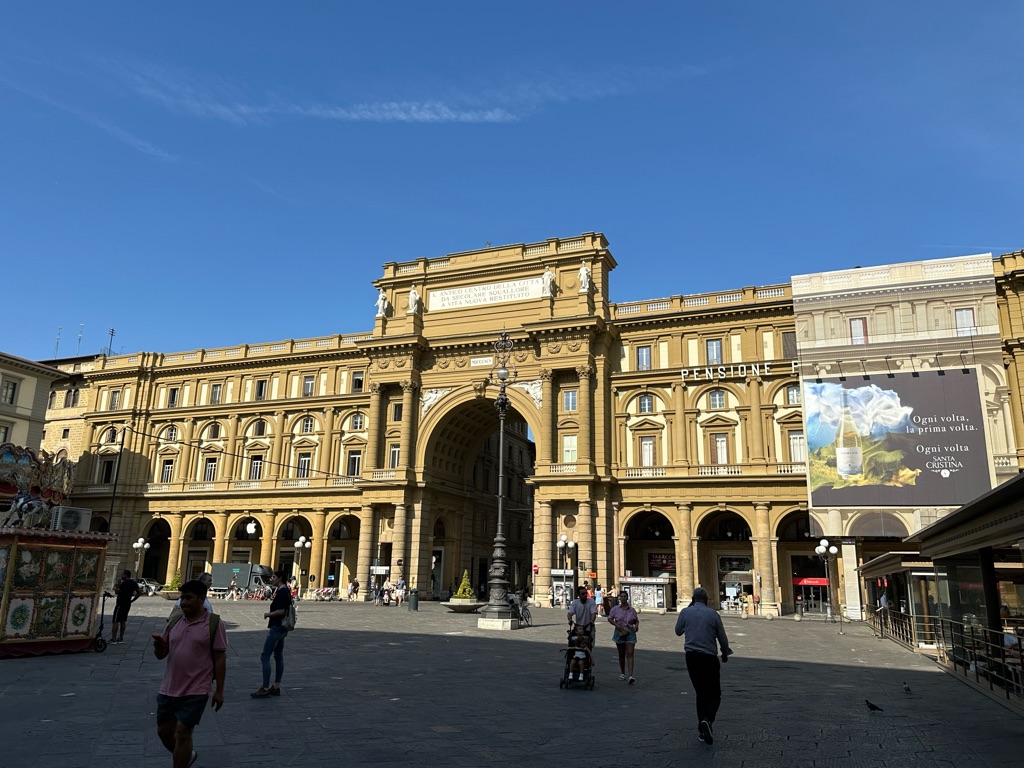

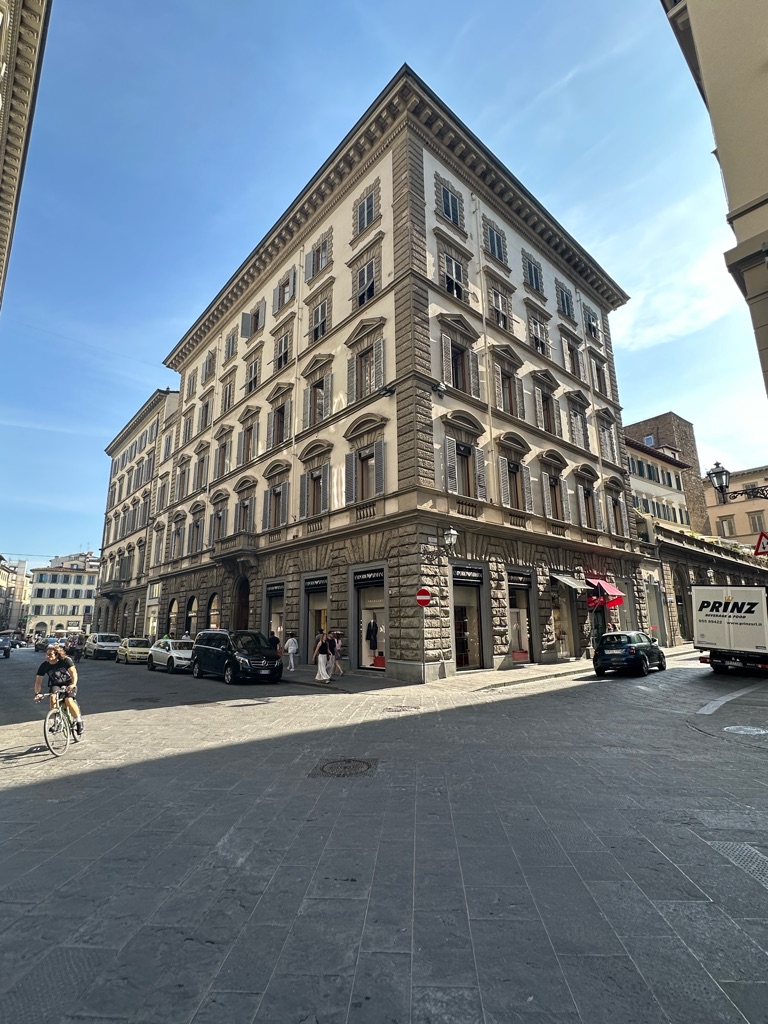
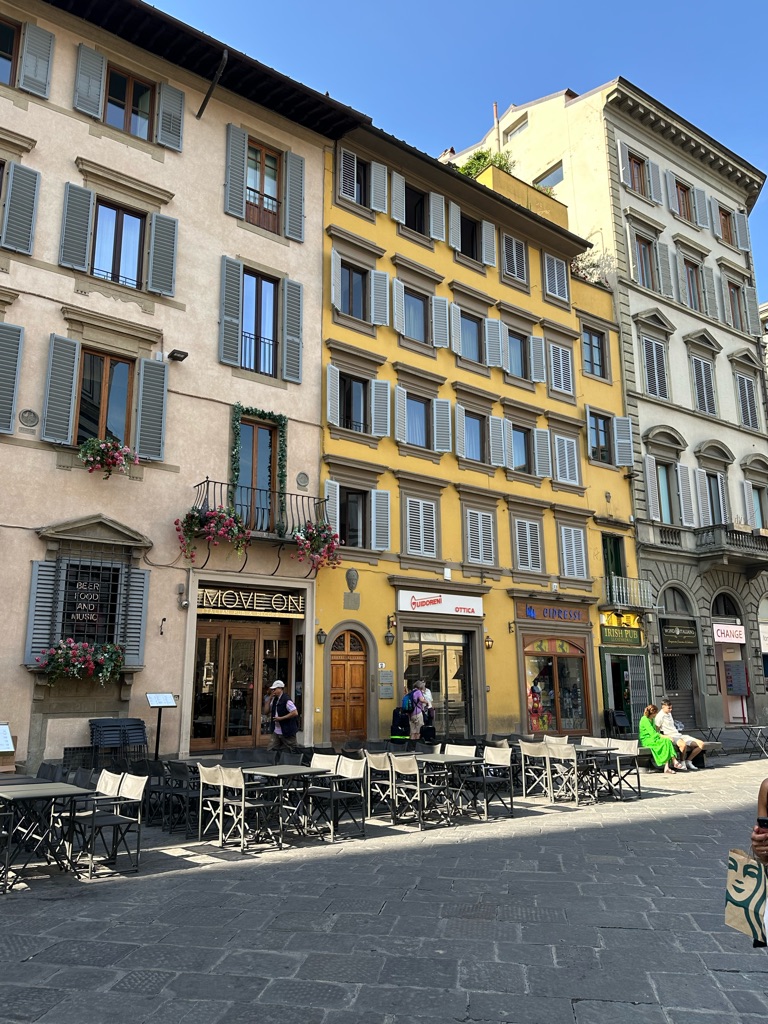

We met our guide, Emmanuella, who was a stylish Italian lady - Meg and I were the only two people in the morning tour, but we were joined by a few others for the afternoon part.
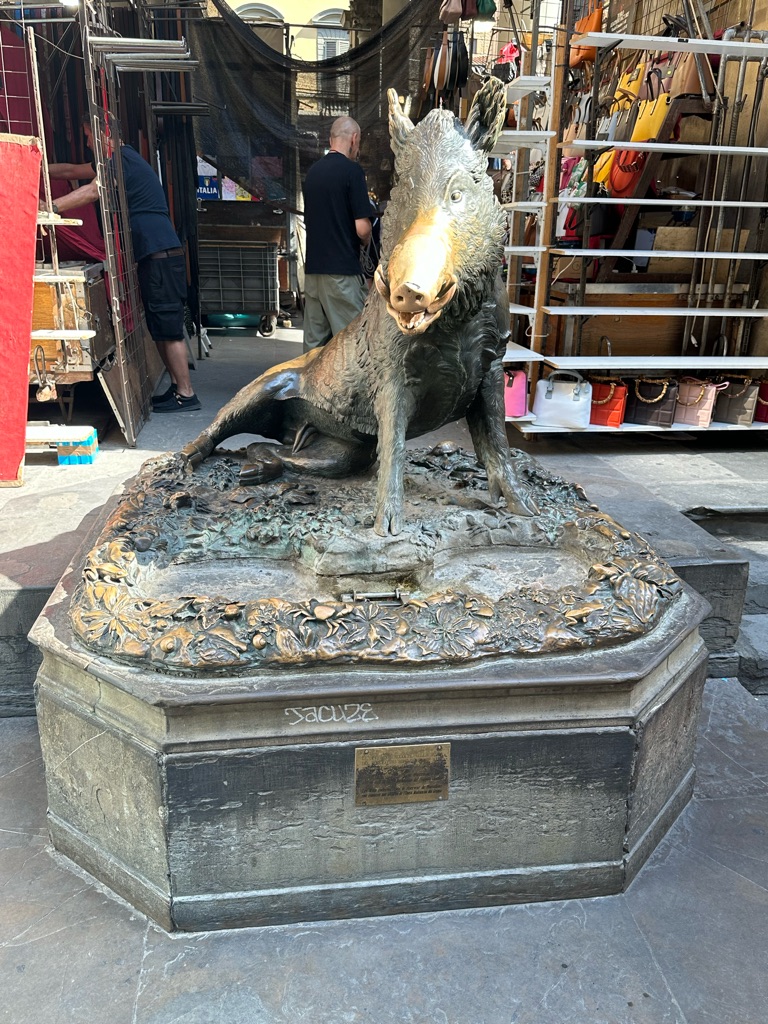
You can place a coin in the boar's mouth to make a wish.
We walked up to Ponte Vecchio, where the bridge crosses the river Arno - there is a good view, and there are a bunch of Renaissance-era jewellery shops (still operating!) built into the bridge.

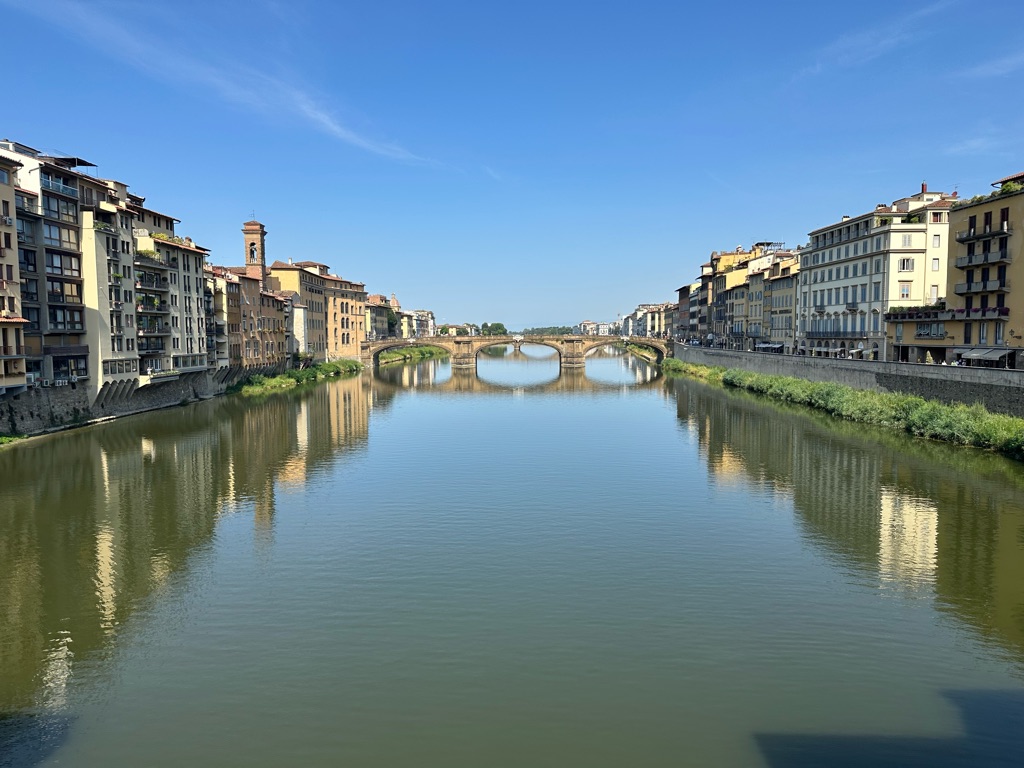
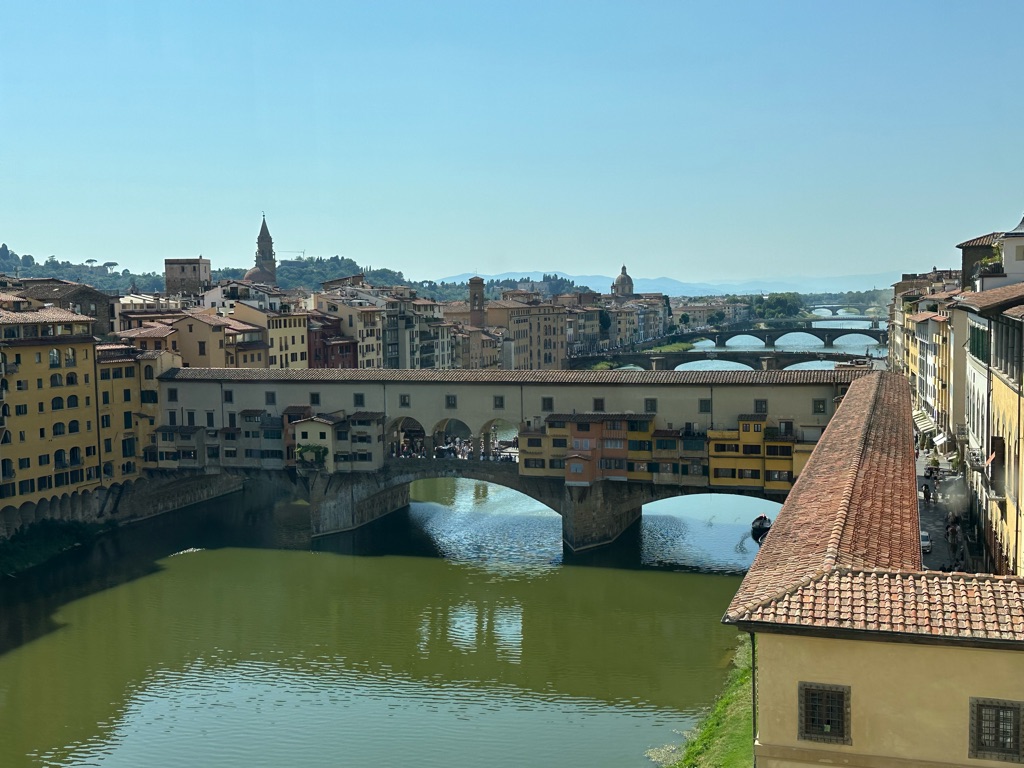
Along the river bank is an arched passage that was used by the Medici family (wealthy and influential patrons of the arts) to move throughout the city - you can see the passage continue at various other places in the city.
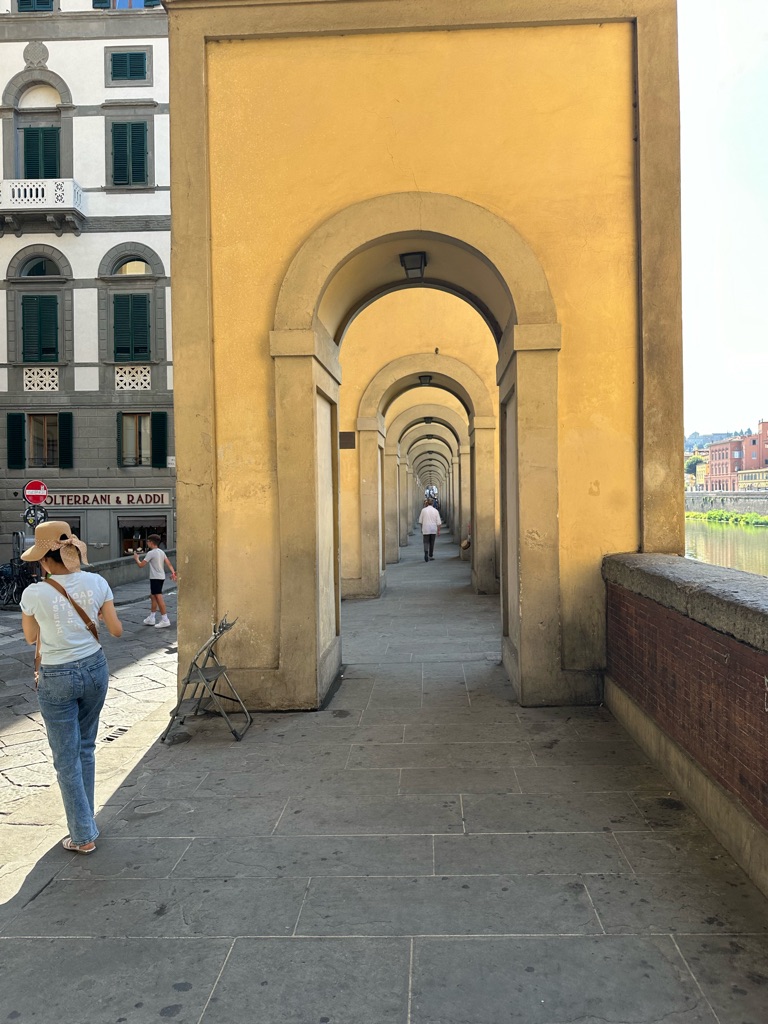
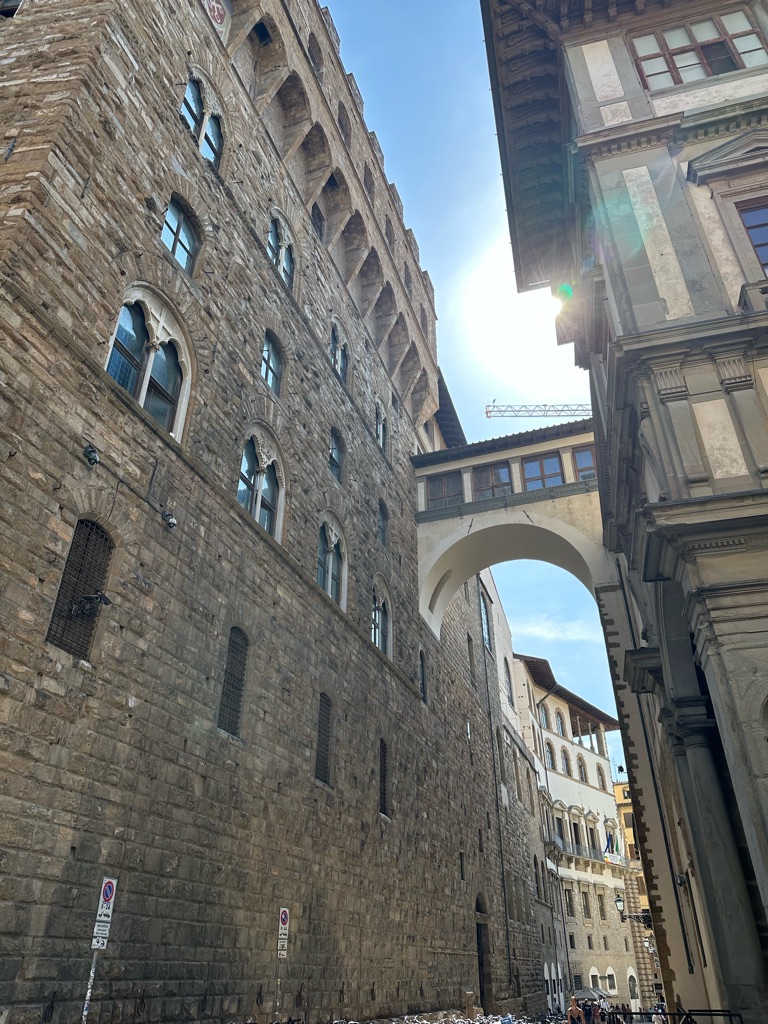
In the street nearby is a very nice public artwork which was recently installed to commemorate the victims of a Mafia bombing here in the early 1990s.

We then walked around to the Duomo, the beautiful catholic cathedral of Florence ("Duomo" means "cathedral", not "dome"). \240I think it's one of the most beautiful buildings in the world - the line to get in was immense, so we skipped that and Emmanuella showed us a good rooftop Cafe where we could get some photos and a chinotto.
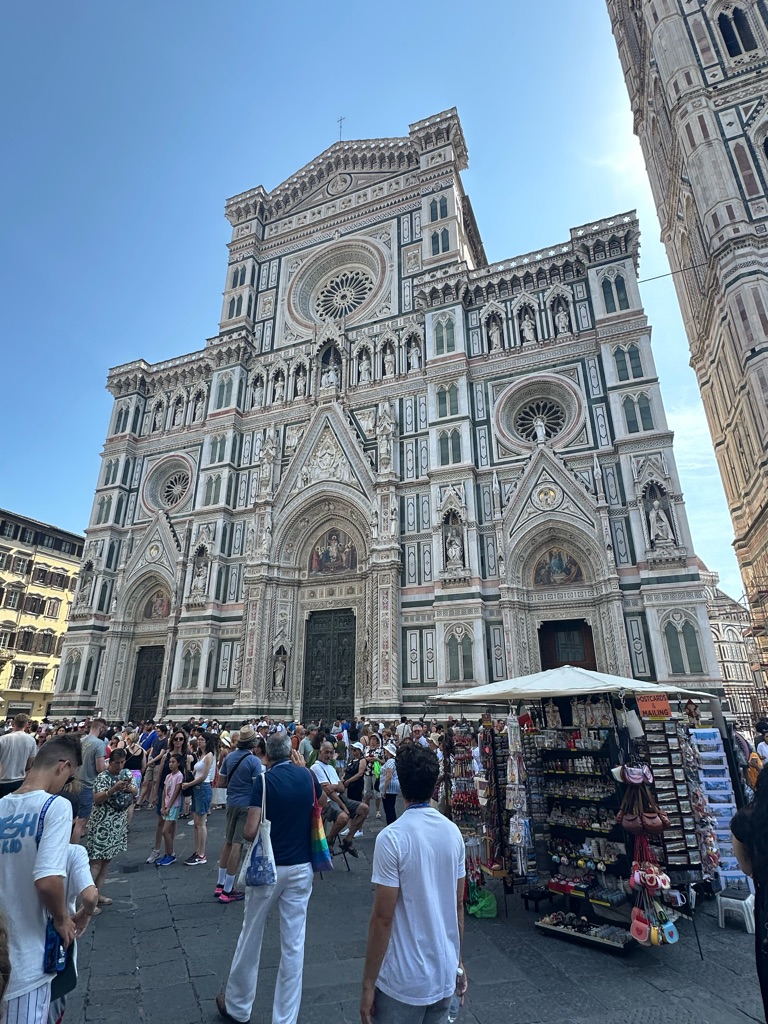
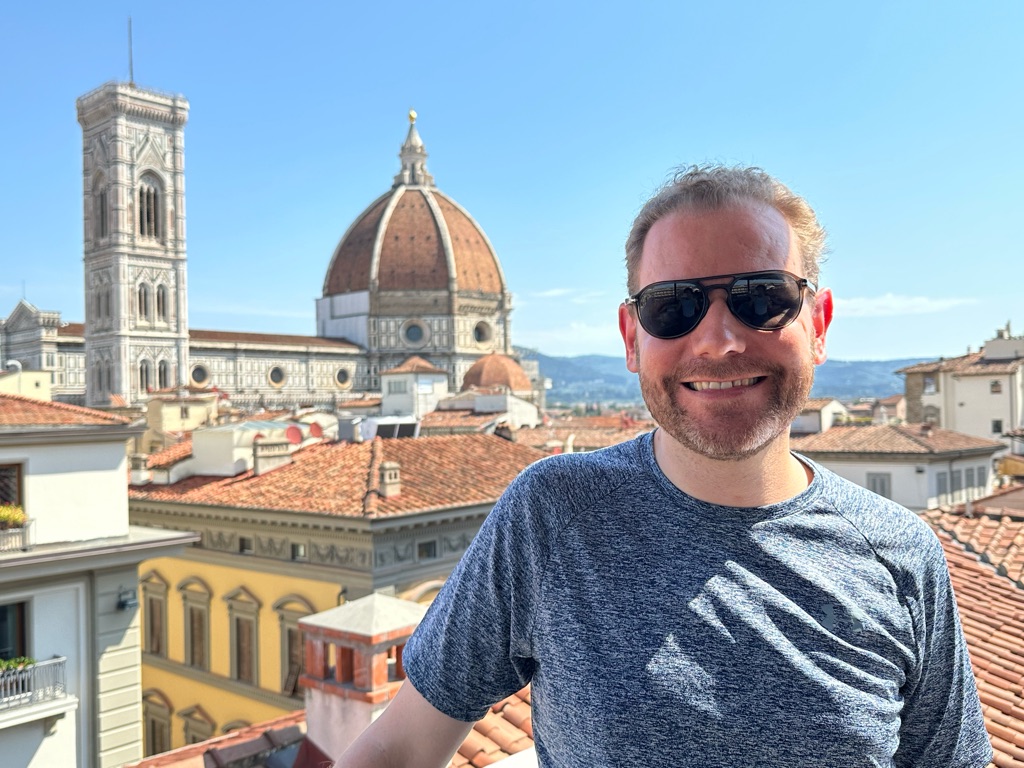
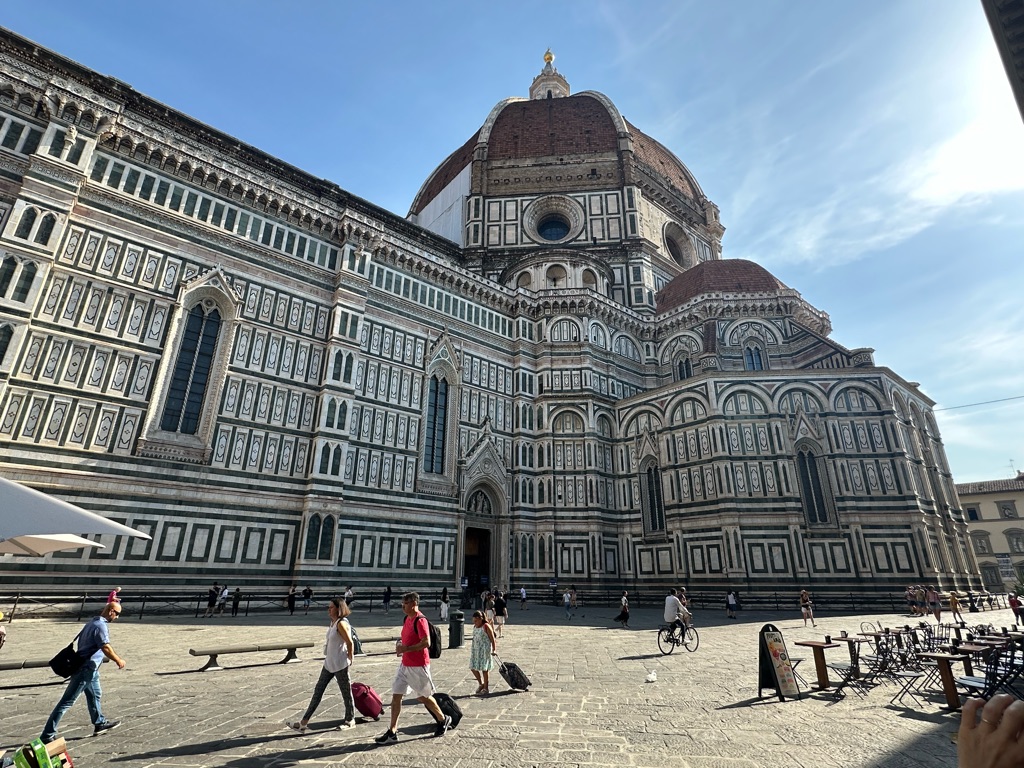


After the break, we reconvened at the Galleria del Accademia, named for the “academy” next door. \240It is the home of Michelangelo's statue of David (the original), holding the slingshot over his shoulder in preparation to do battle with Goliath the giant. \240It is incredible, and up close you notice all sorts of interesting details, like the individual veins in his hands, and the fact that the head and the hands seem slightly out-of-proportion - this is because the statue was originally meant to be viewed from an angle, and from that angle the proportions would appear "correct" - Michelangelo was a genius guy.
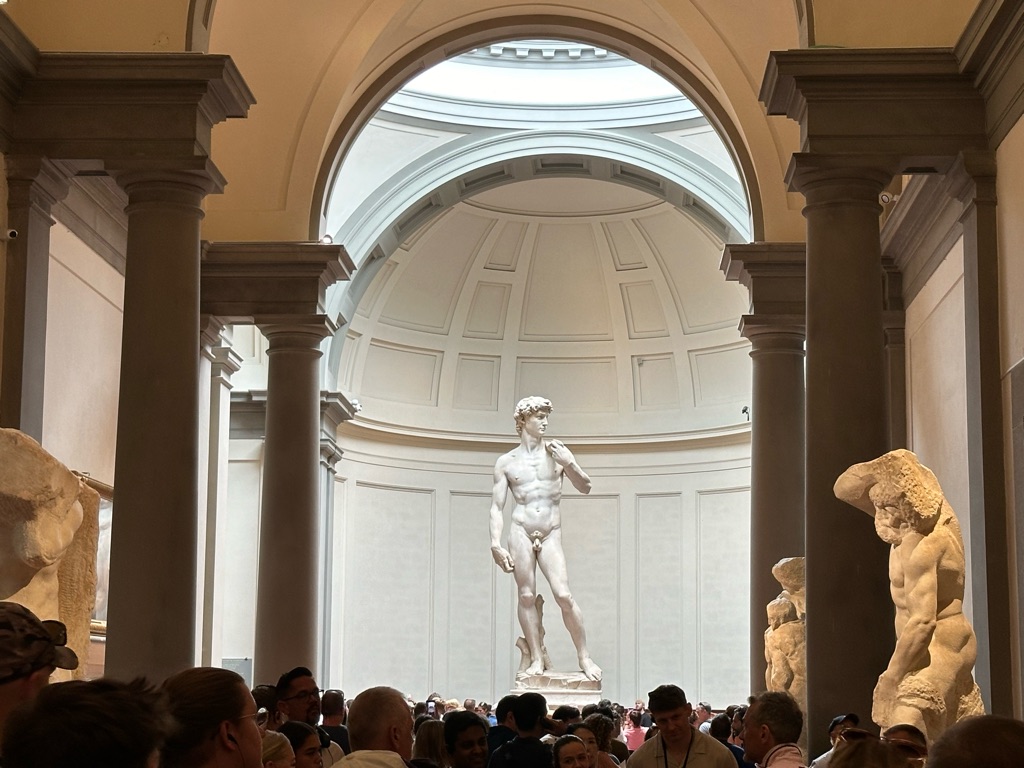

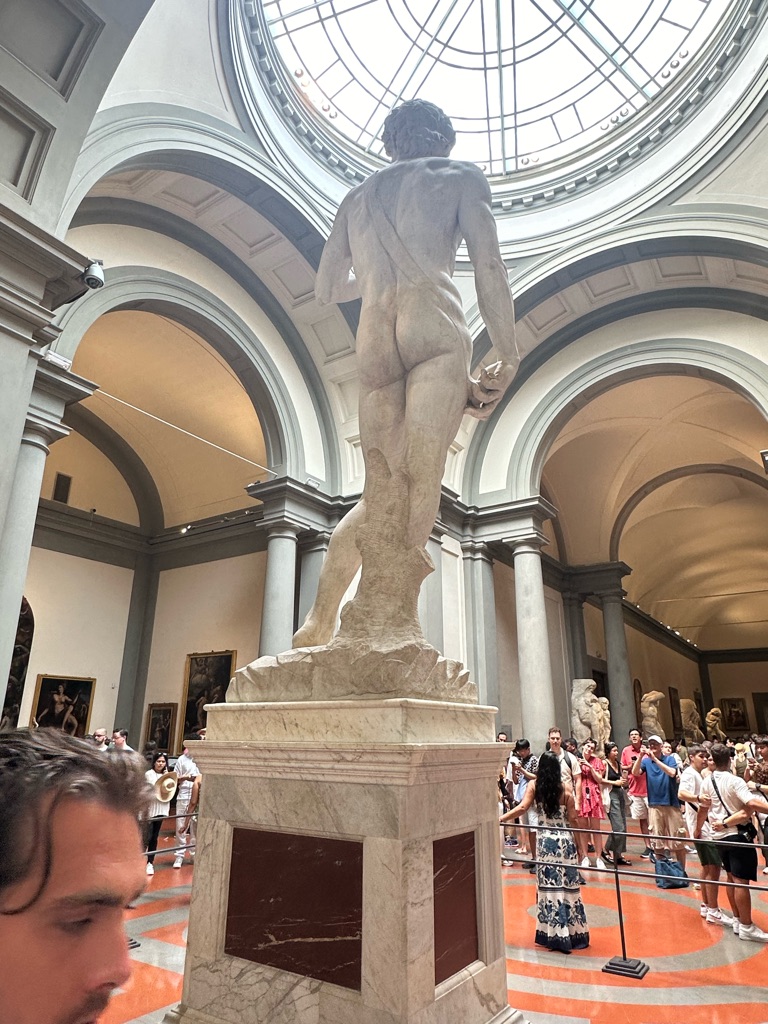
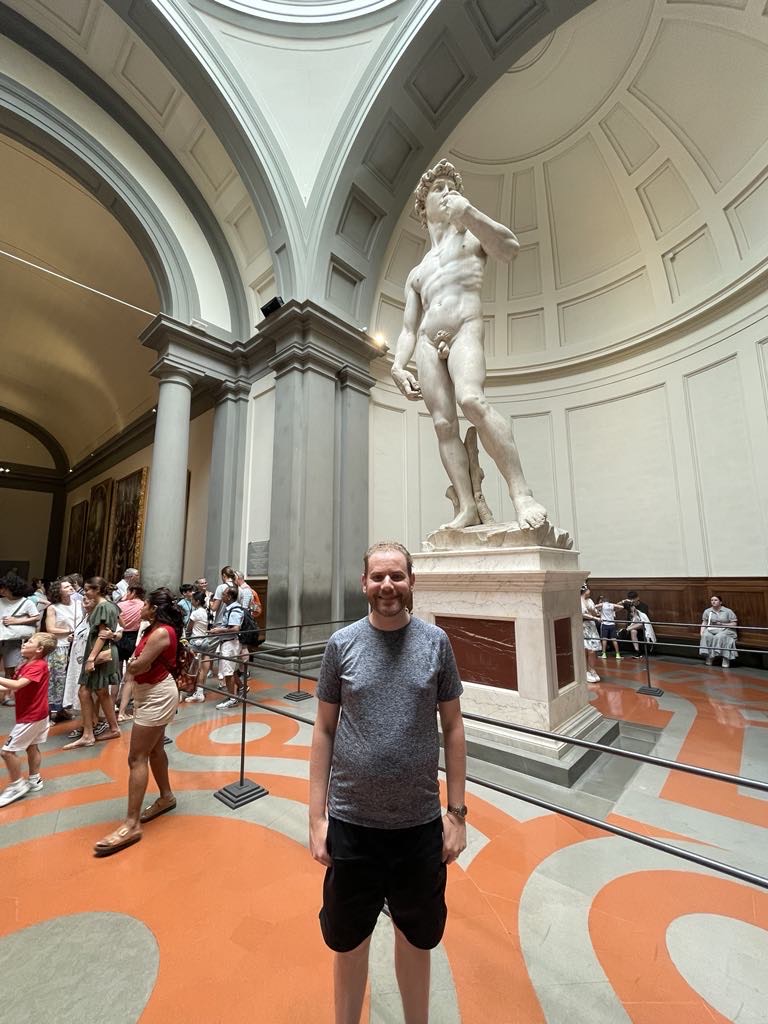
The divine male form, pictured here with Michelangelo's David.
There is also a little music museum next door, where you can see some violins made by Antonio Stradivari himself...
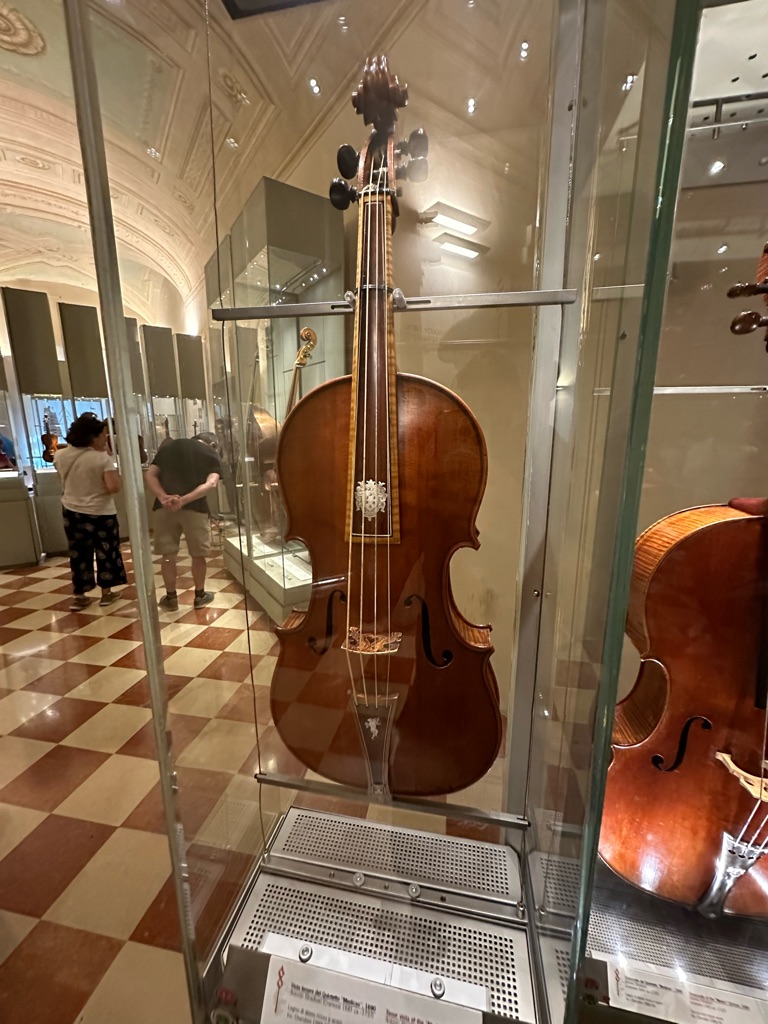
... What is thought to be one of the earliest upright pianos...
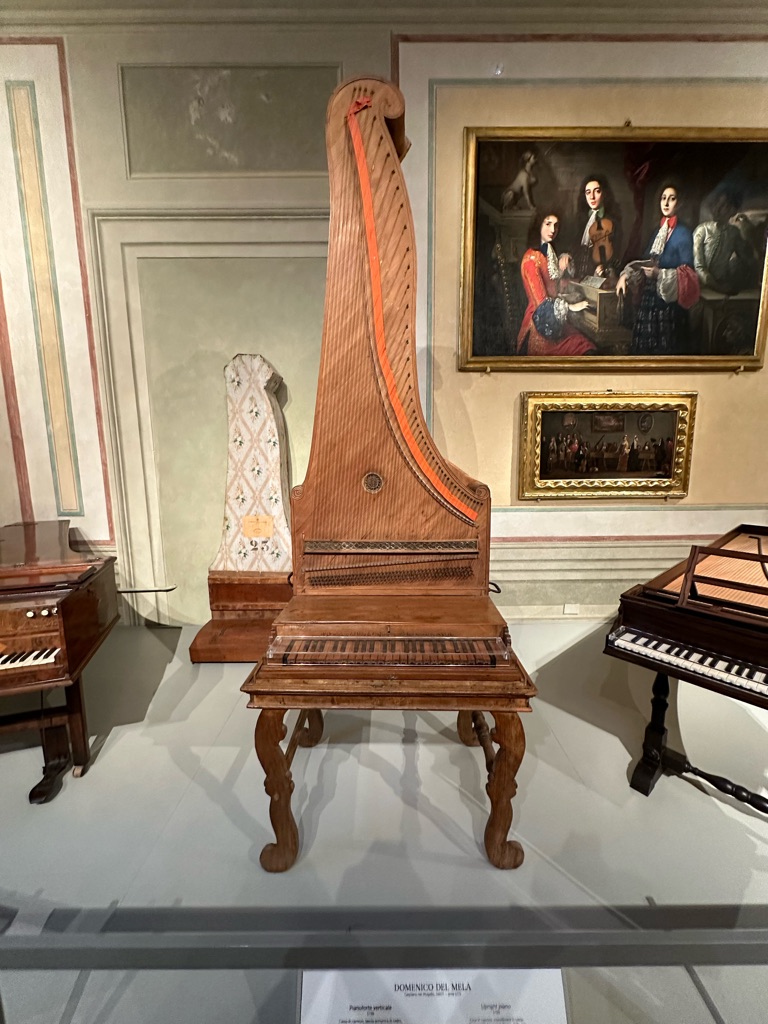
... And a pair of "hurdy-gurdies" ('twas with these that the hurdy-gurdy man came singing songs of love, I suppose).
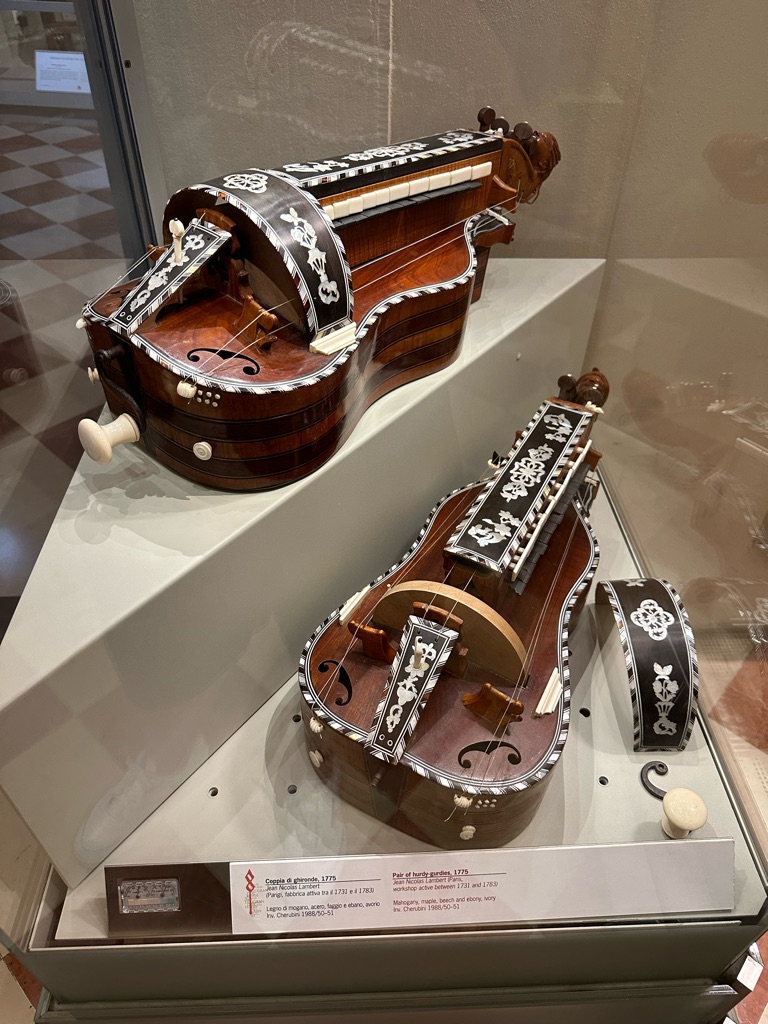
Our guide had suggested a good place to go for lunch - nothing like a bit of local knowledge, the food was good and cheap, and most importantly there was air-conditioning!
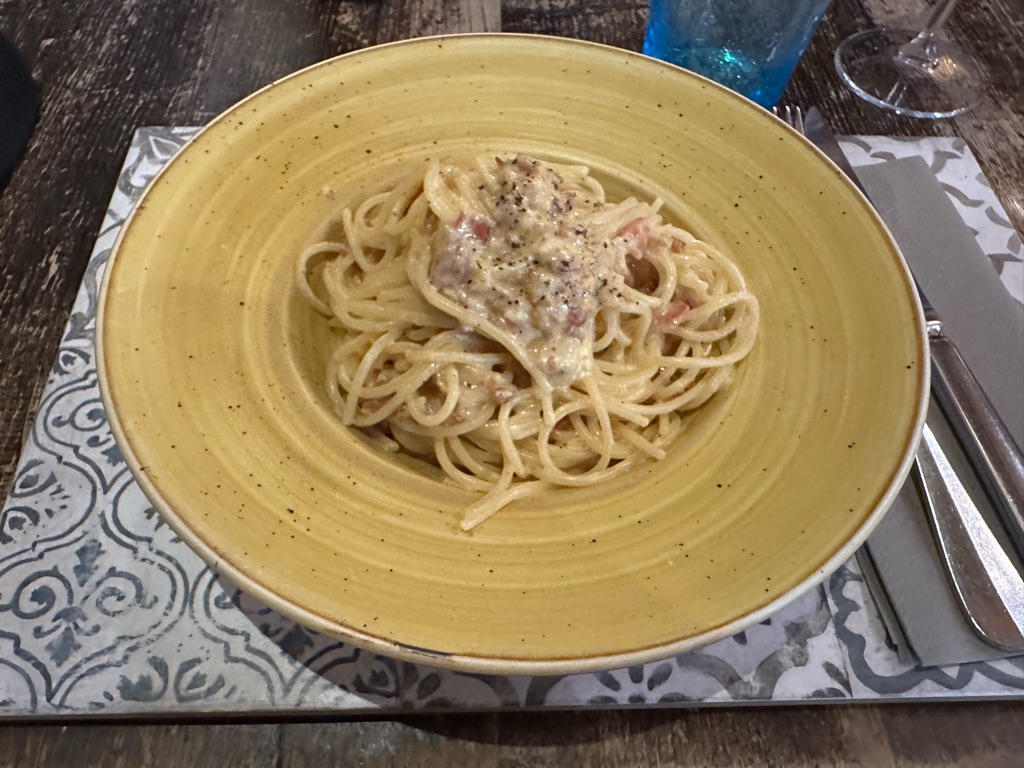
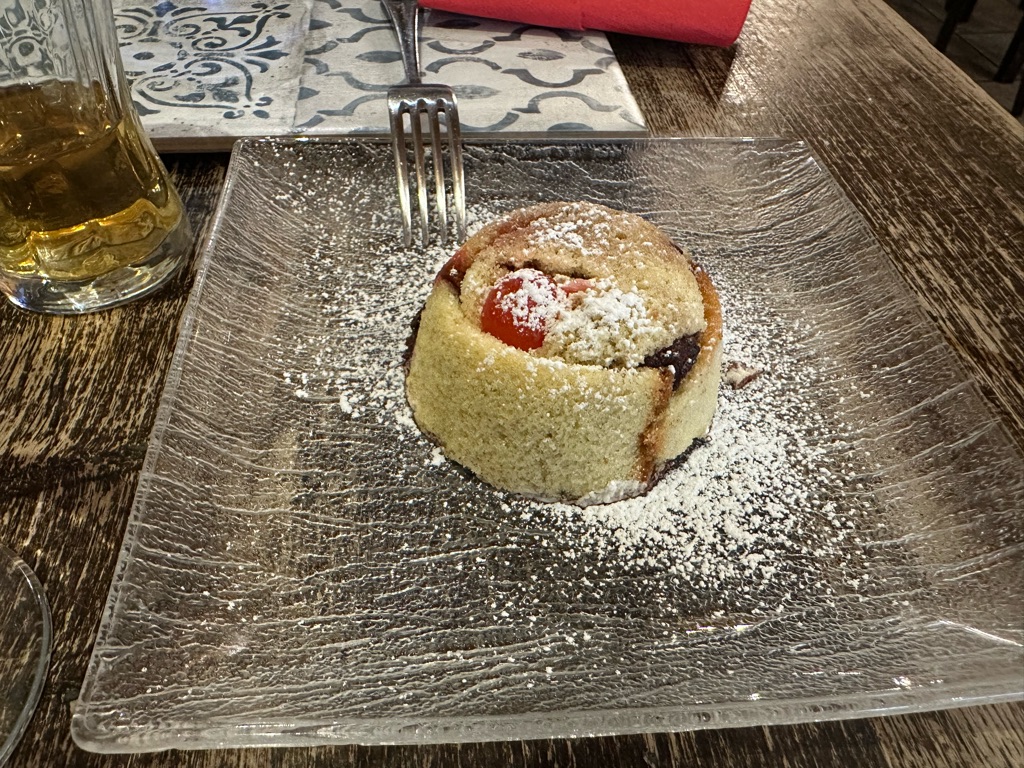
From there, we reconvened with a bigger group for the afternoon part of the tour, to visit the Uffizi Gallery - Italy's most-visited gallery and home to some of the most important paintings of the Italian Renaissance. \240The Uffizi was built over a former Church, and you can still see some elements of the previous building downstairs.

The ceilings are beautifully-decorated.
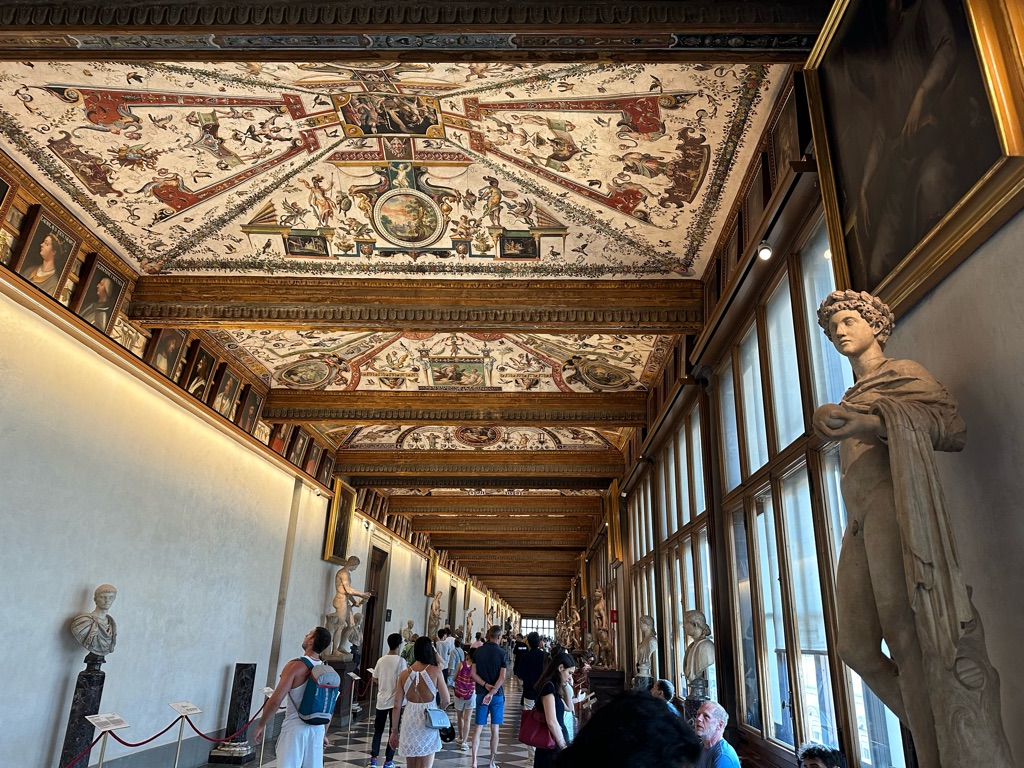
The tour began with Francesca's paintings of the Duke and Duchess of Urbino, which is a bit comical - you might notice that the Duchess is very pale, because she was dead at the time. \240The painting was only commissioned after she had died.
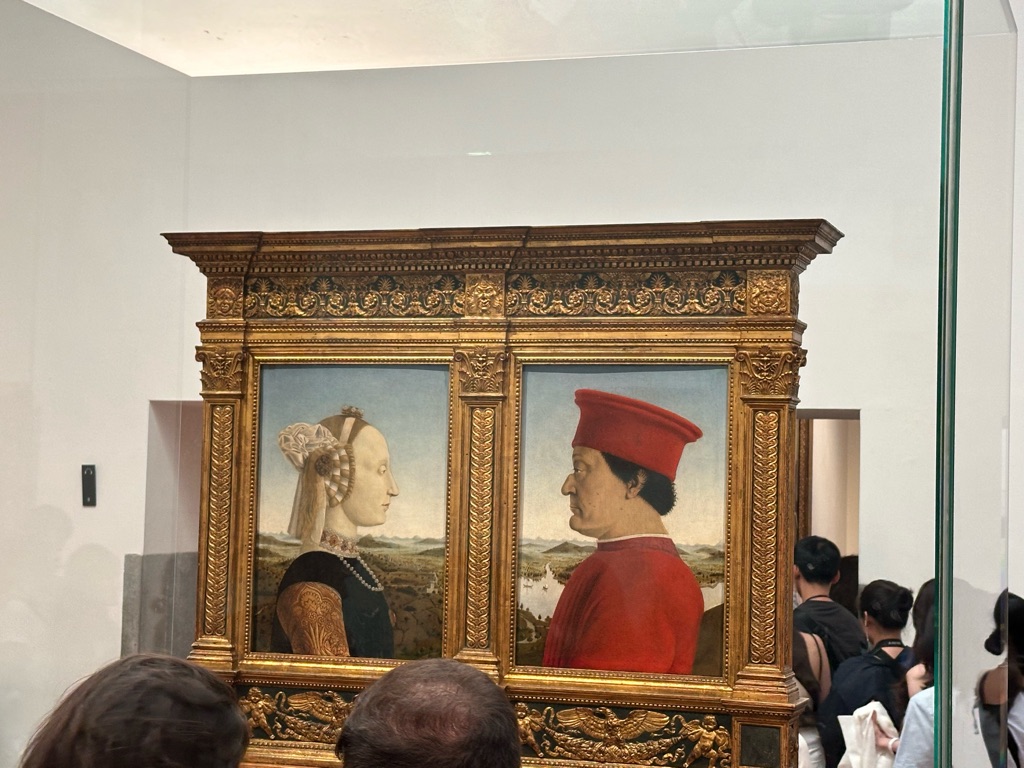
The most famous and photographed works at the Uffizi are by Botticelli - you can see "Primavera" below...
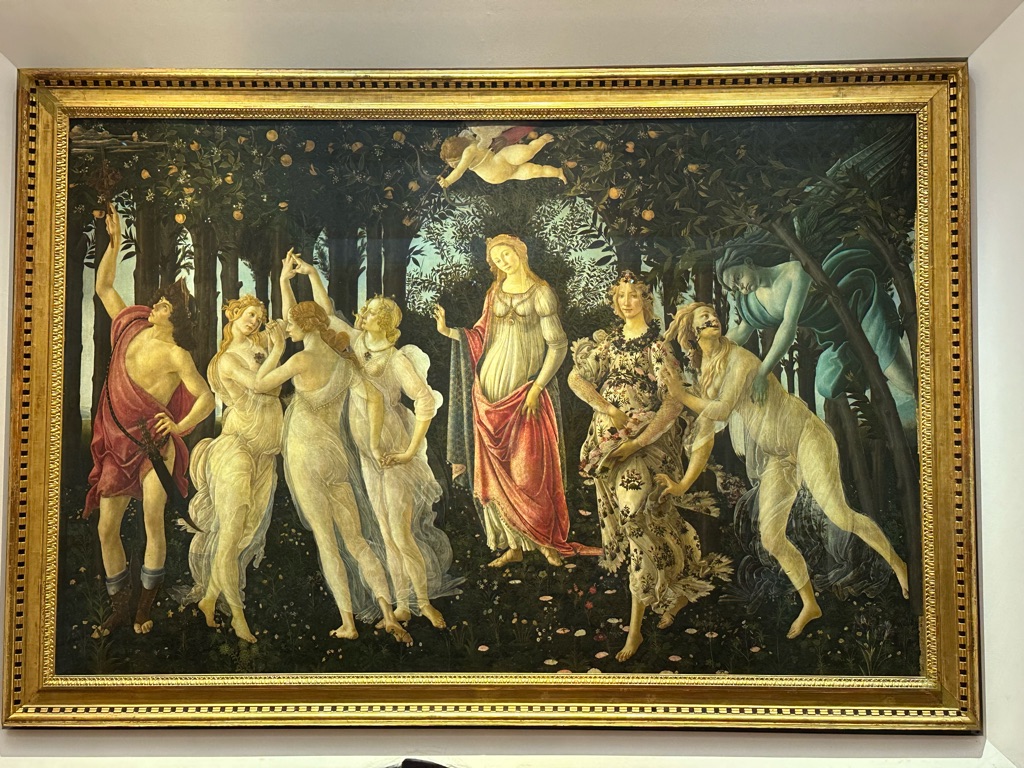
... And even more famously, "Birth of Venus" (this was Meg's favourite).
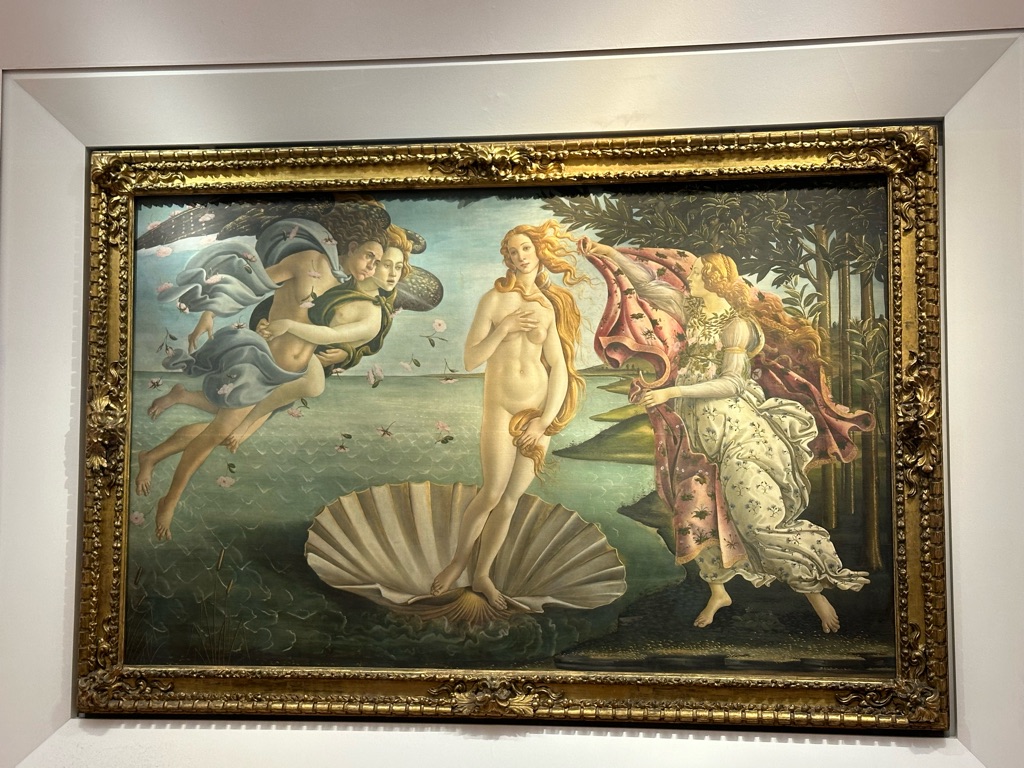
Uffizi literally means "office", and this gallery was originally the office for the Medici family. \240You can see a room which is still preserved the way they might have had it.
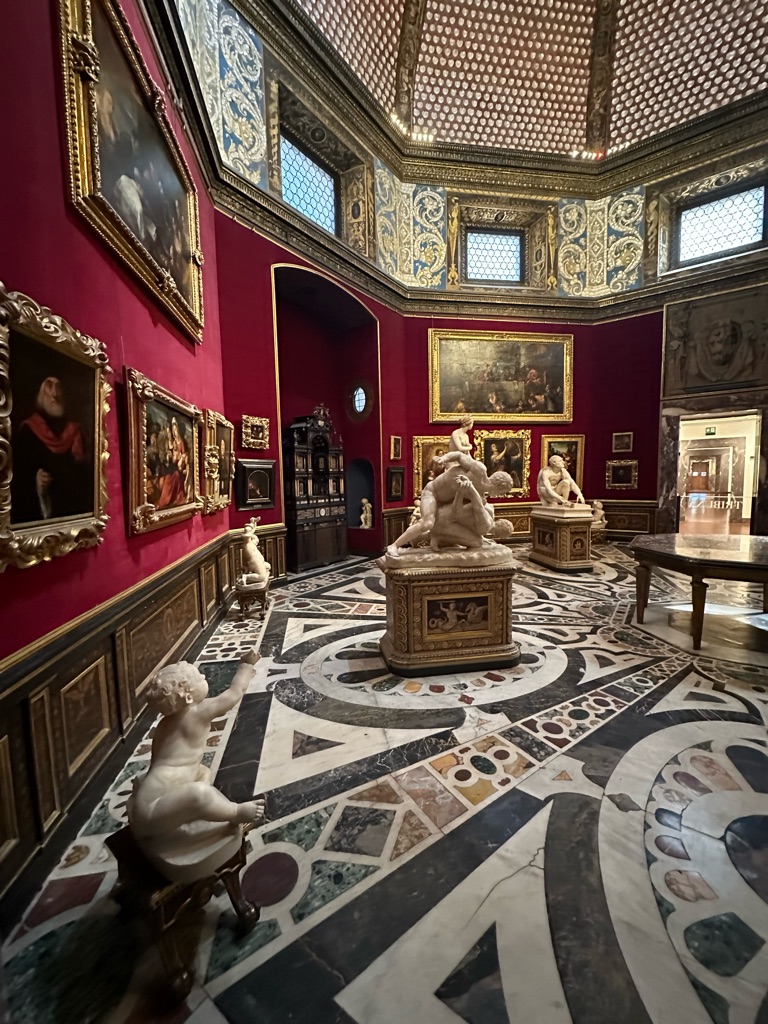
My absolute highlight, though, was the Annunciation by Leonardo da Vinci. \240It is absolutely brilliant, Leonardo's best - I love the composition, the colours, the detail. \240It was thrilling to see.
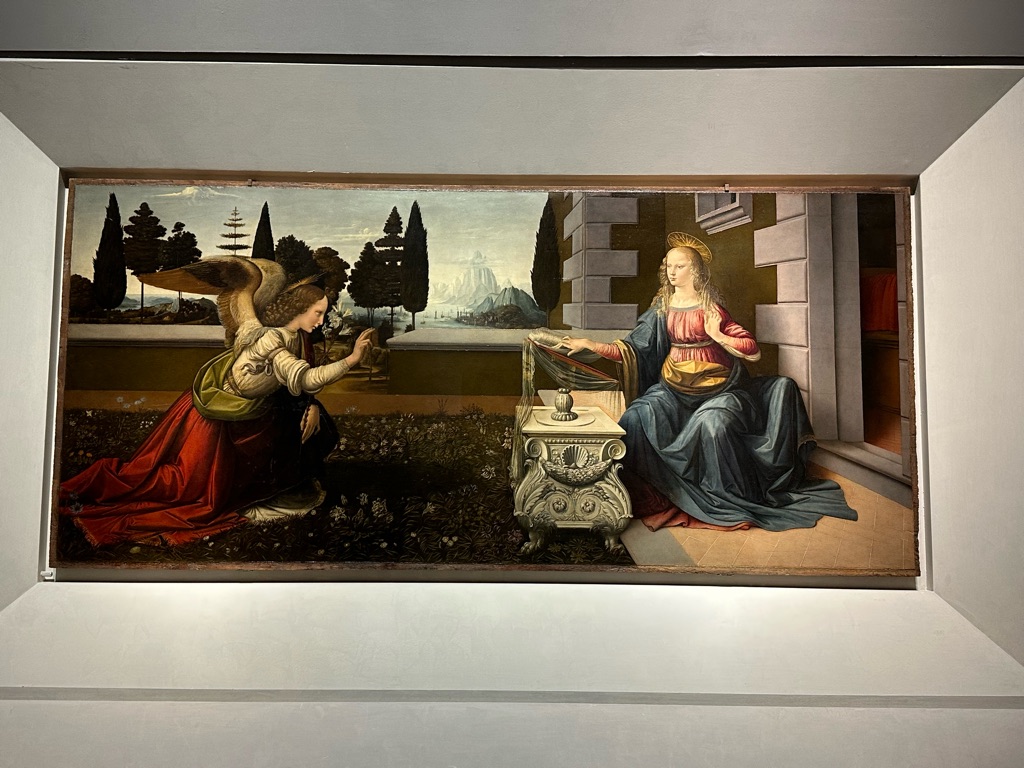
Look particularly at the way Leonardo paints the hair, the wings and the fabric...
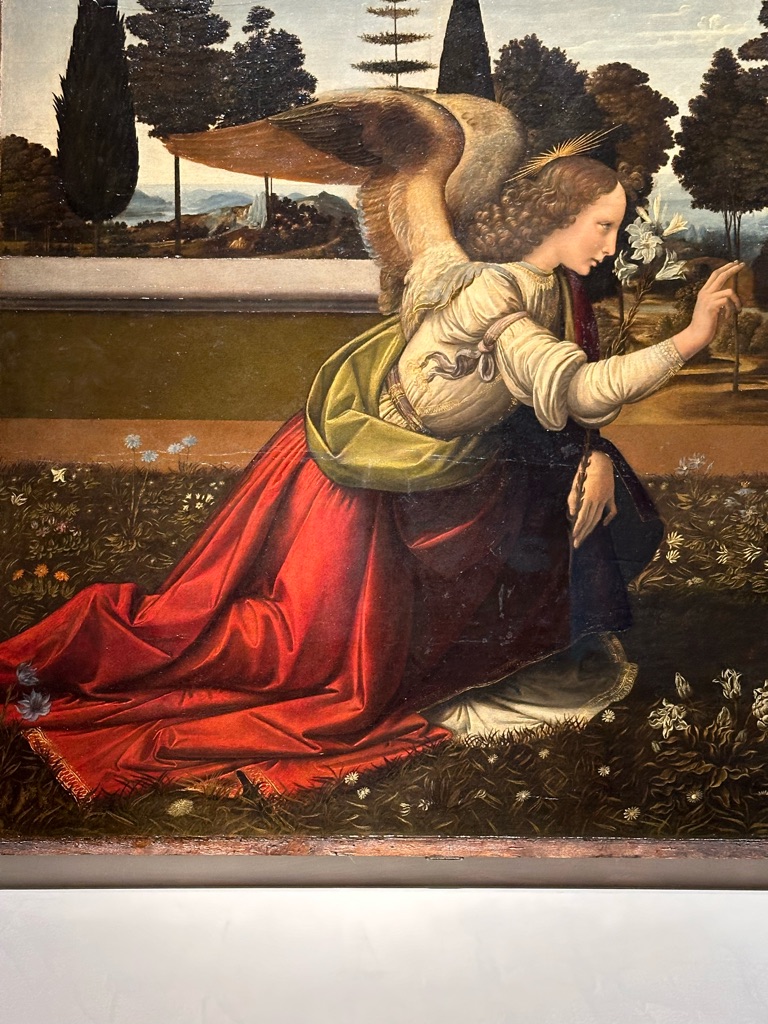
... And the precision in the brickwork.
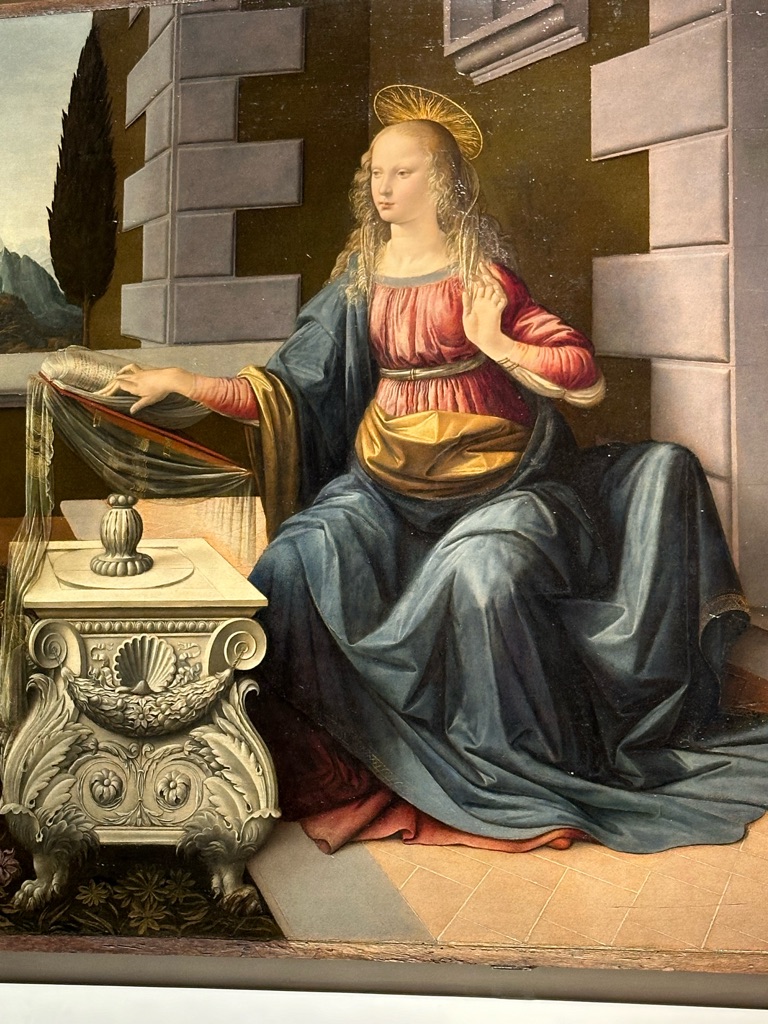
On the opposite wall is the Baptism of Christ, thought to be painted partly by Leonardo but mostly by his teacher, Verrochio. \240If you look closely, you can see the differences - the hair on the angels in the bottom left-hand corner is unmistakably Leonardo, but the hair of Jesus and John the Baptist is flatter and doesn't have the same life. \240The fantasy landscape in the background could be Leonardo (similar to the backdrop for Mona Lisa), but compare the stone wall behind John the Baptist on the right-hand side - flat and almost cartoonish compared to the Annunciation above, and almost certainly done by Verrochio rather than Leonardo.
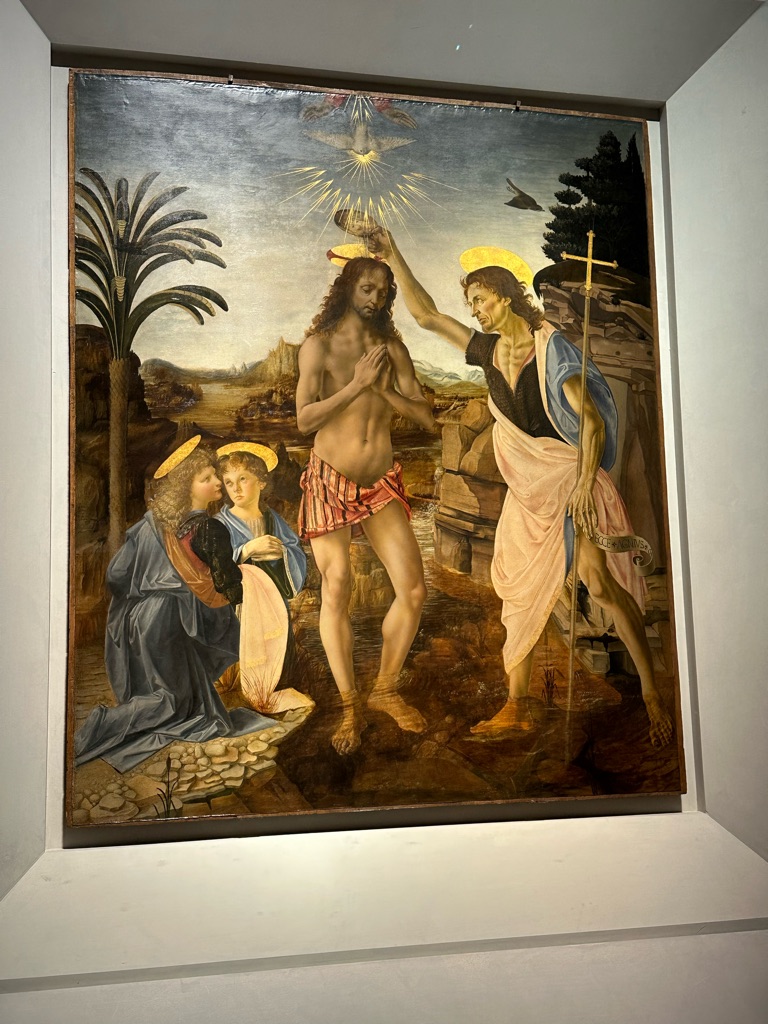
On the next room is Michelangelo's "Doni Tondo" - Michelangelo often protested that he was a sculptor not a painter, and his only two finished paintings were this and the Sistine Chapel (both of which we've now seen in the flesh). \240I am also not a painter, but if only I was this good at it.

Downstairs at the Caravaggios...
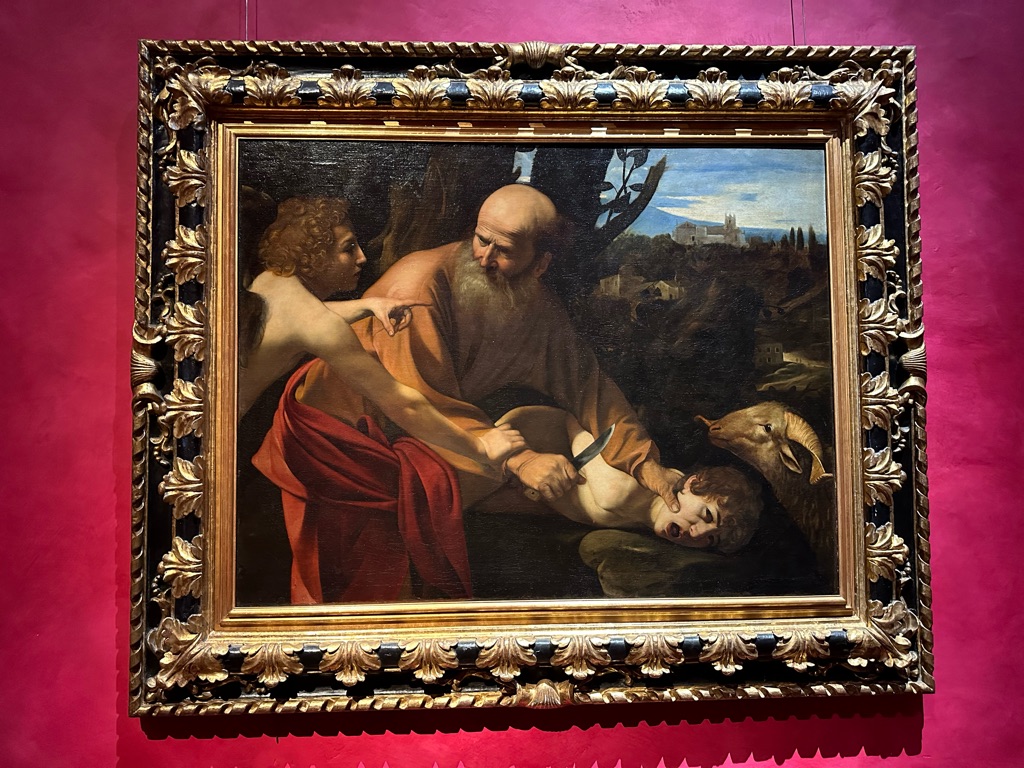
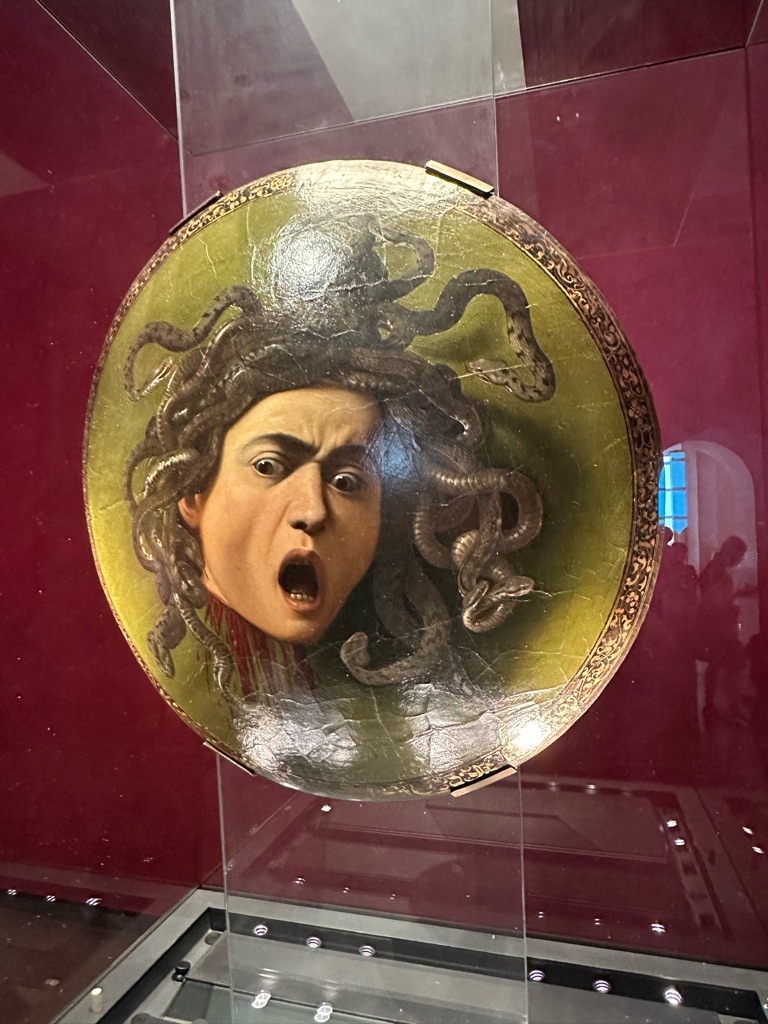
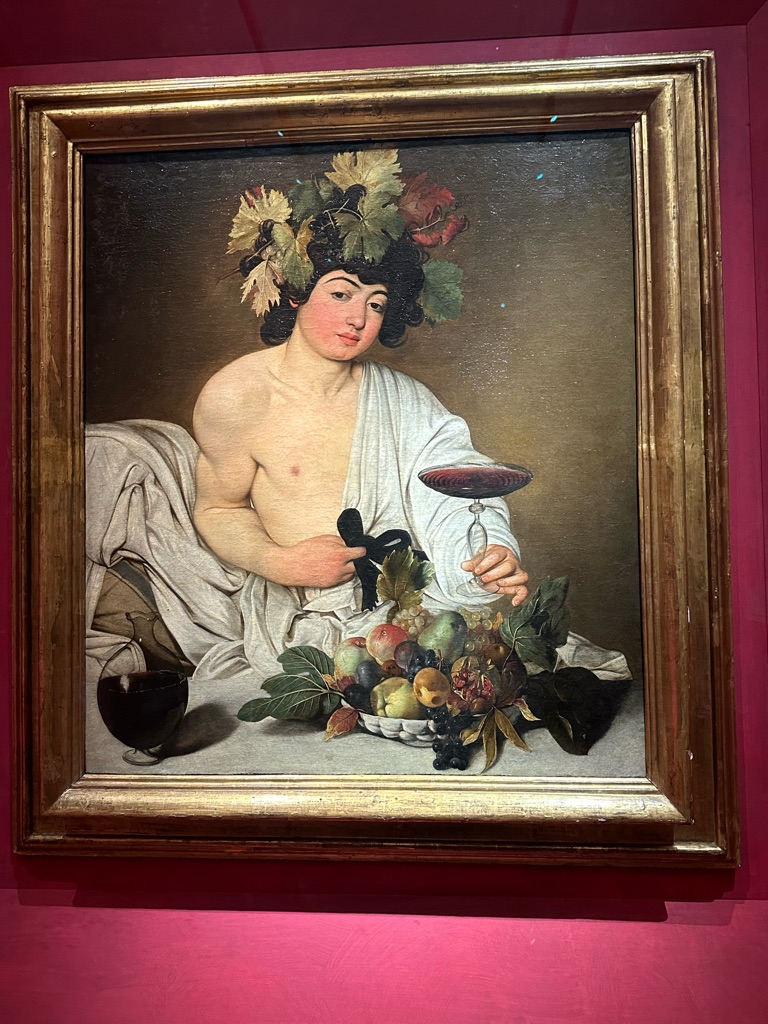
... And a couple of lesser Rembrandts.
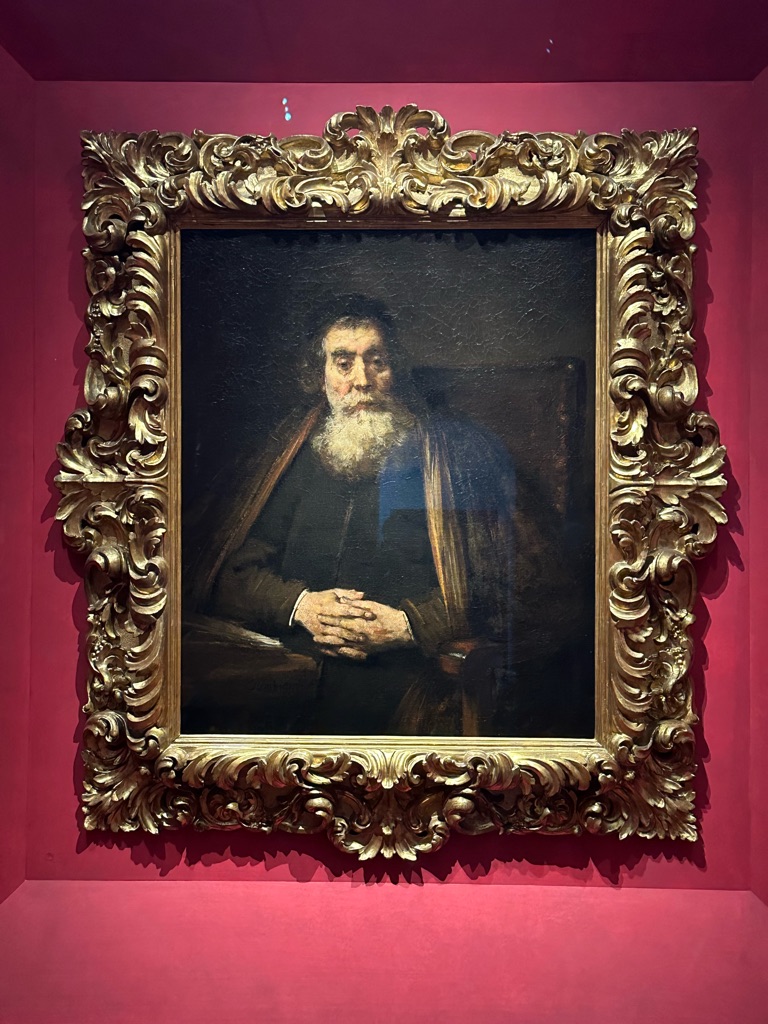
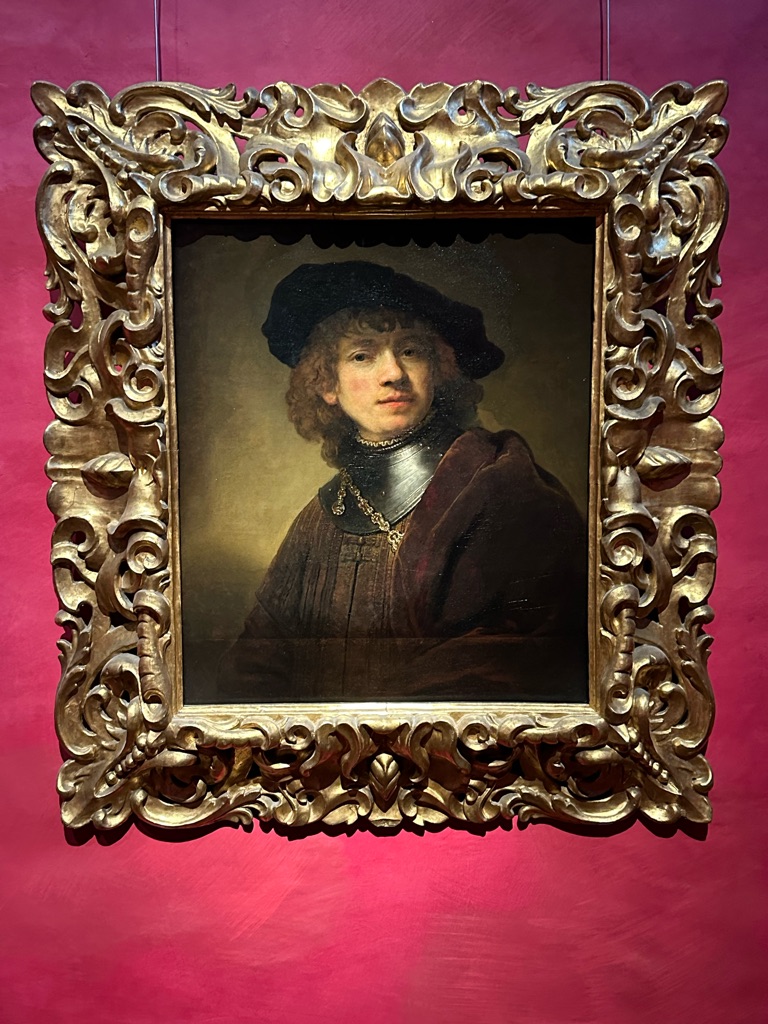
We've seen an awful lot of great art on this trip. \240Will have to redo the bucket list, as we've now ticked off so many of the greats!
Thursday was Colosseum day! \240We met our tour group near the Arch of Constantine, which is in the forecourt of the Colosseum itself.
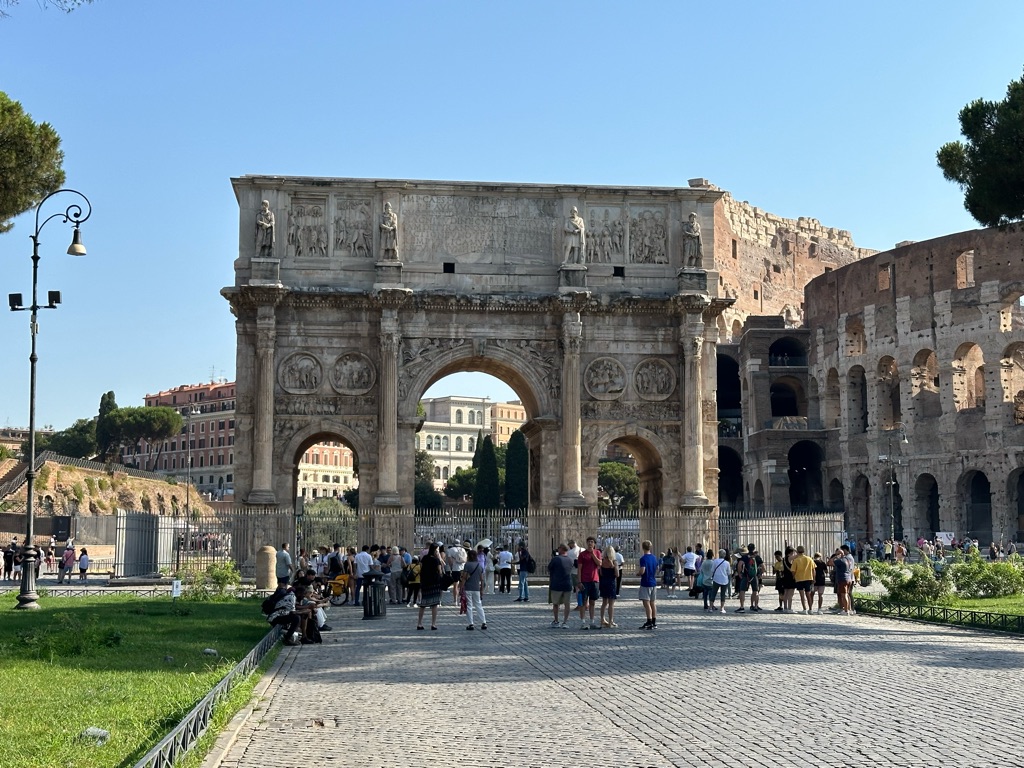


From there we walked around to the Arch of Titus, another triumphal arch which celebrates the conquest of Jerusalem by the Emperor Titus - you can see a carving here of the soldiers carrying away the Jewish Menorah, the seven-pointed candelabra.
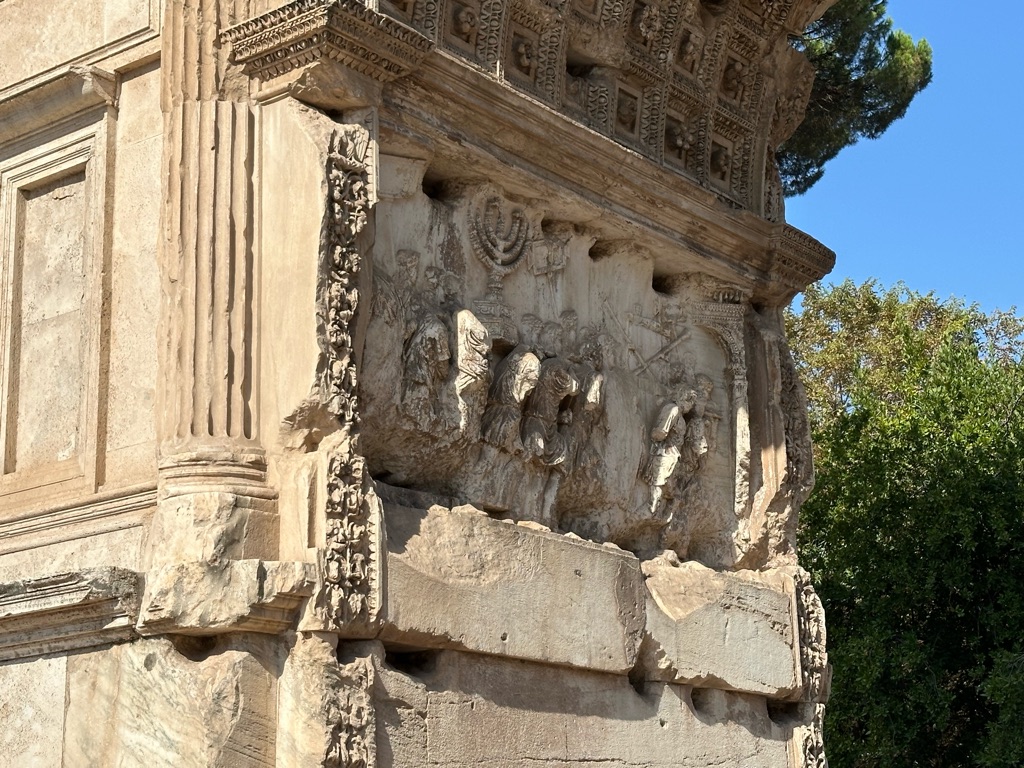
Next to the Colosseum is a vast archaeological site, containing the remains of ancient temples, the Roman forum, and Palatine Hill. \240The excavations began about 100 years ago - after the fall of the Roman Empire, things were either built over; converted to a churches; or covered with a layer of mud. \240You can see from the example below how the old building has a lower door (which was covered by mud and recently excavated) with a newer church built on top of it (the upper door).
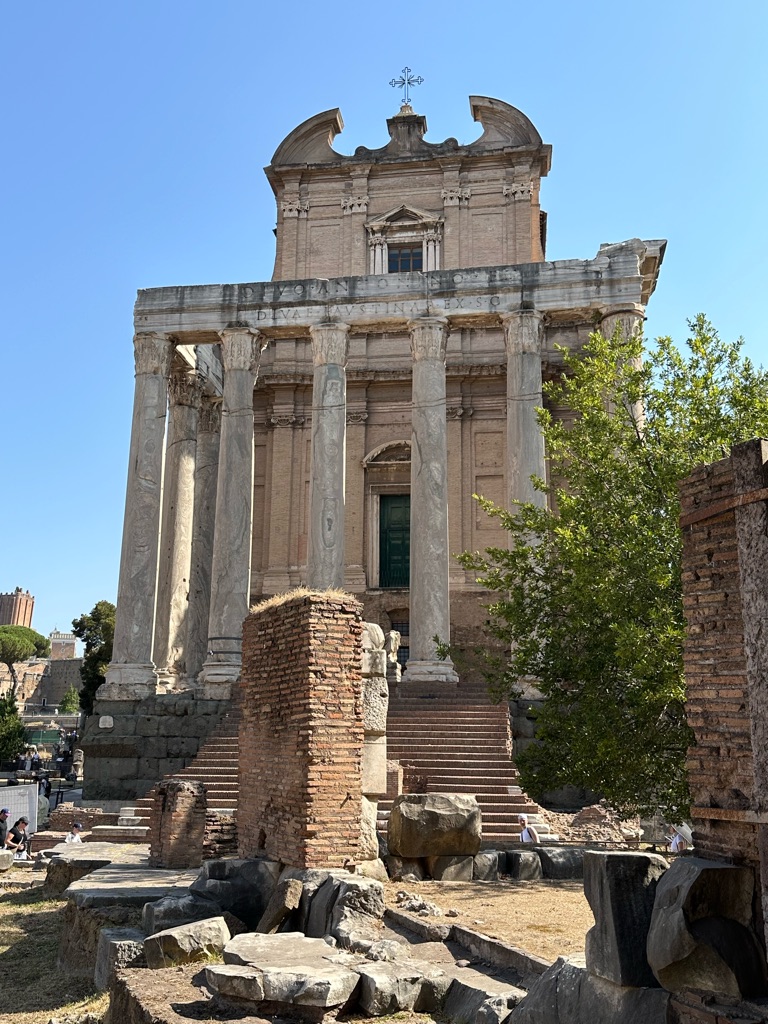

There is a great spot to take photos of the Colosseum itself.
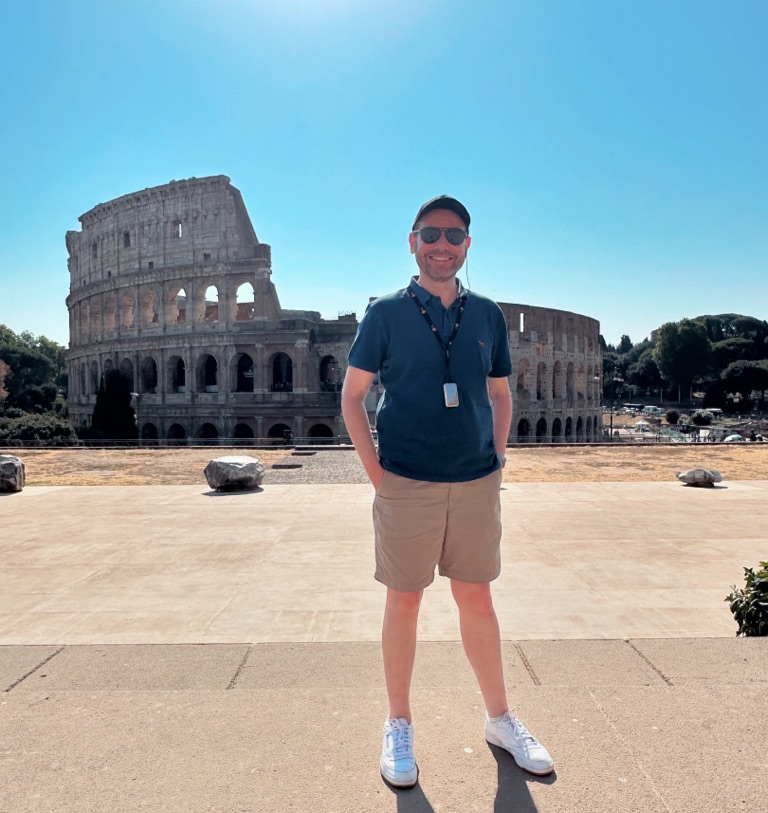
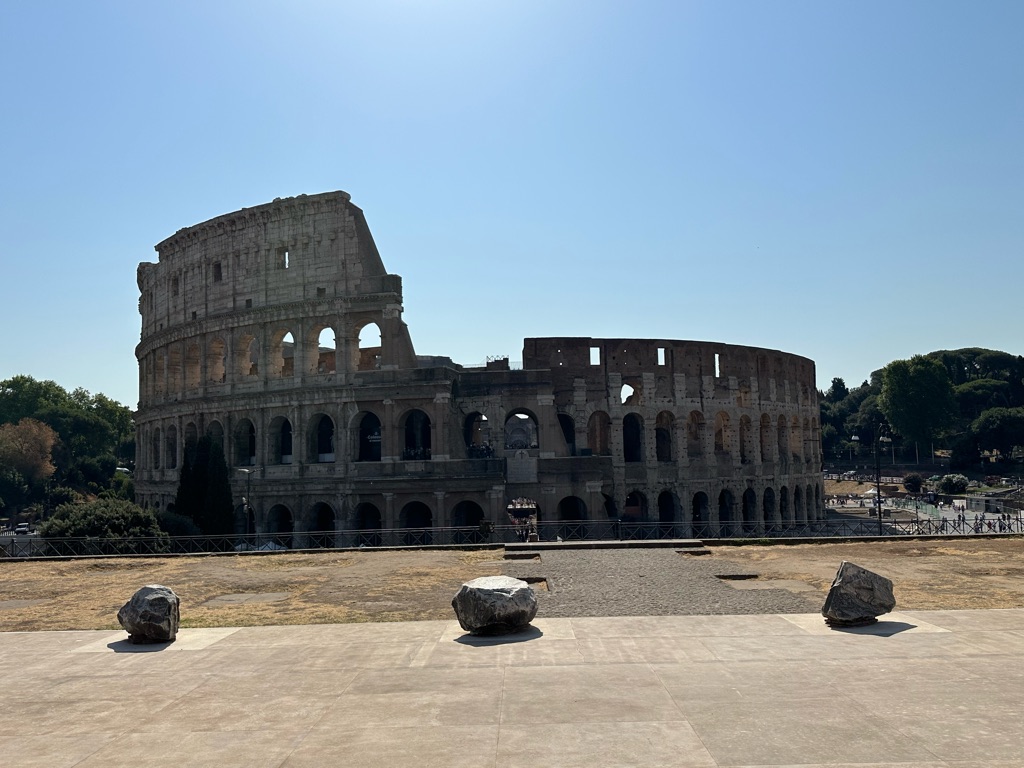

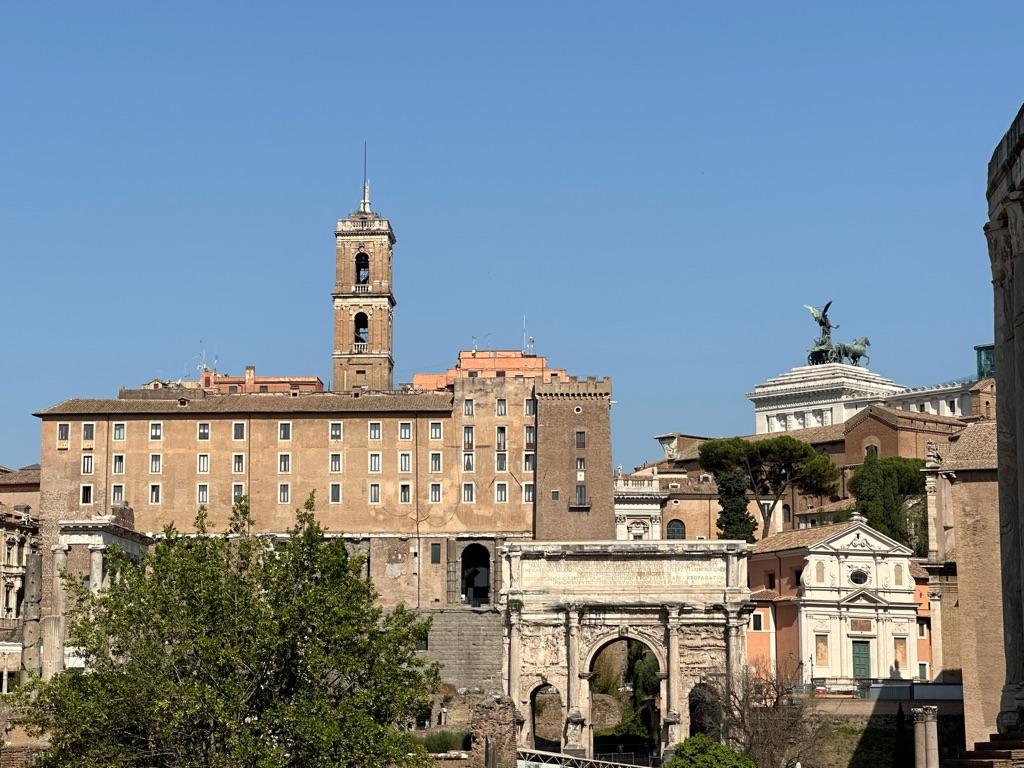
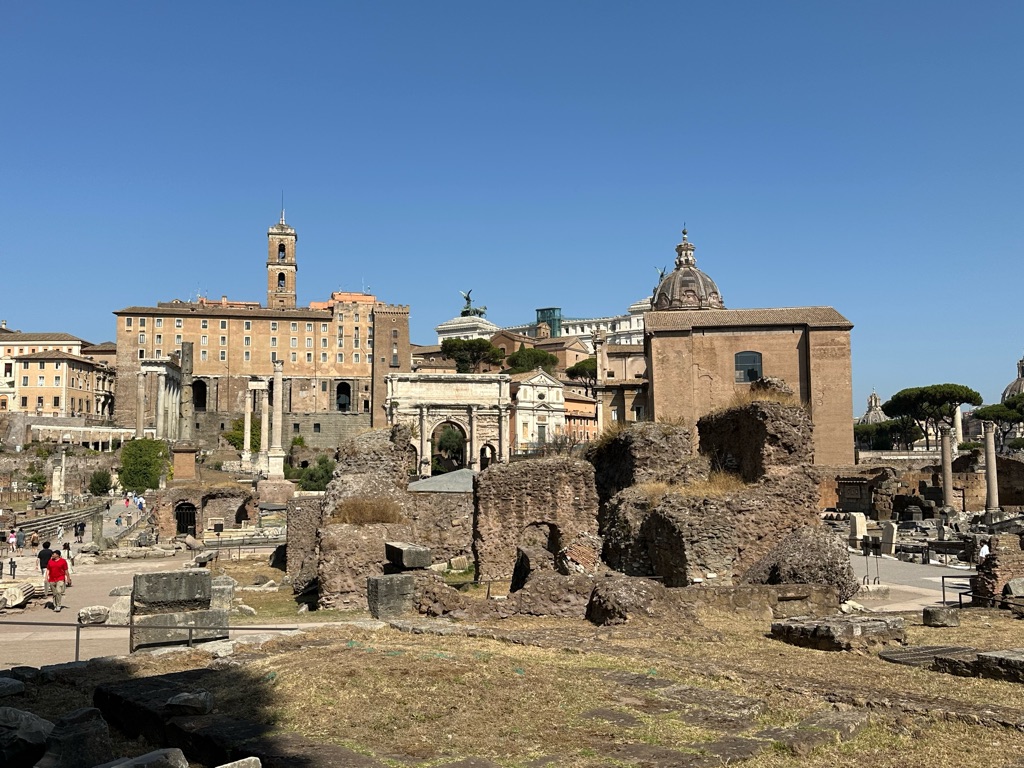
This white structure is a remaining part of the wall of the temple of the Vestal Virgins (who were, as the name suggests, untouchable).
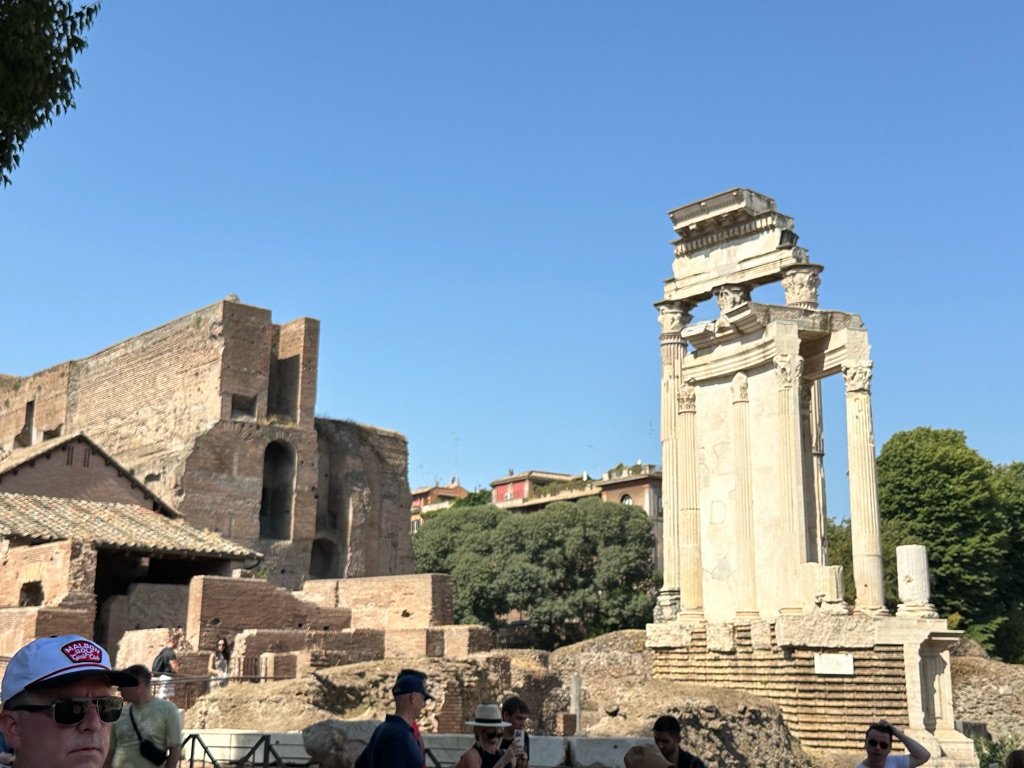
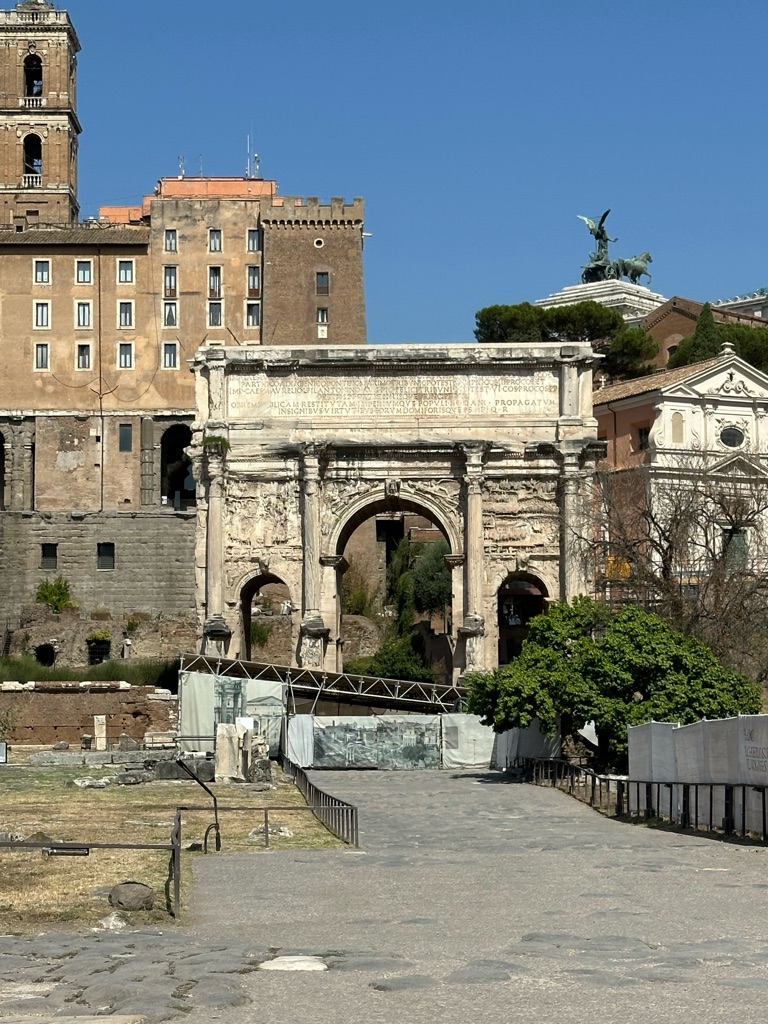
You can again see the history here - the brown building is a recent Roman administrative building, built over the top of a more ancient one (where the coffee-coloured bricks change to the darker ones).
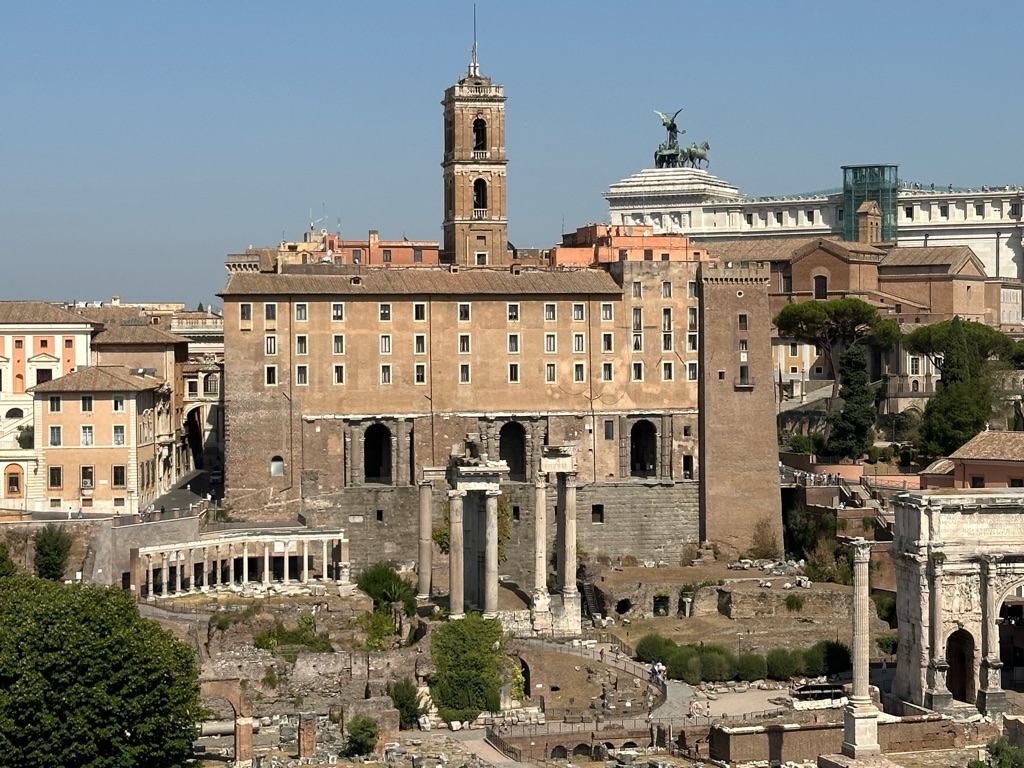
The white building in the background is also more recent, built in honour of the last king of Italy (before Mussolini the dictator).

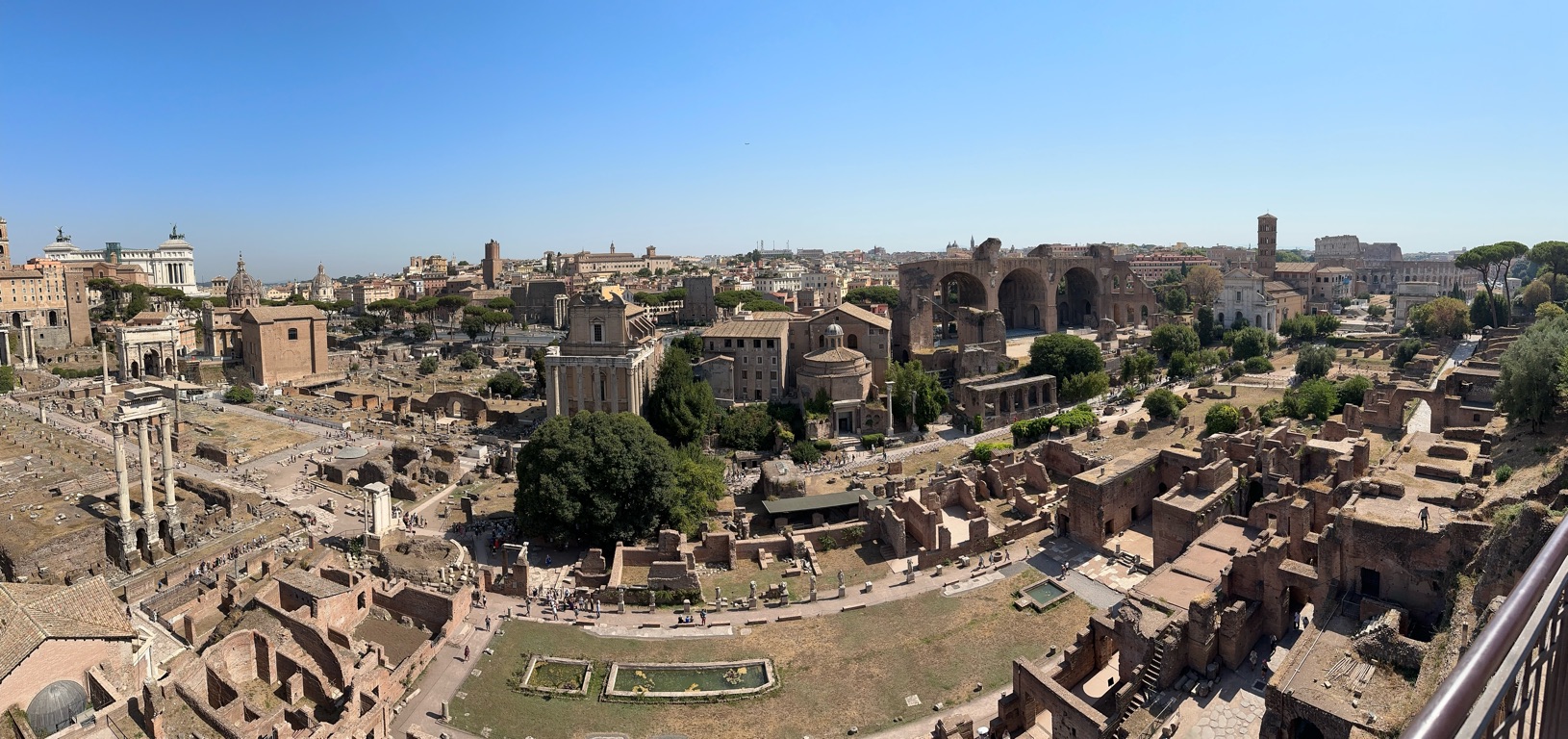
We then had to wait in a very hot, long and slow line to get into the Colosseum itself. \240You would think that after 2000 years, they might have perfected the entrance and exit procedures, but it was a complete shambles - it is just as well that the Parisians are hosting the Olympics, because I don't think the Romans would manage to organise a game of noughts and crosses. \240There was some silly procedure where the children have to go first (for reasons unexplained); some people need to show ID but not everyone (again, unexplained); some tour groups get priority and others don't; the tour guides arguing with Colosseum security; the security guards arguing amongst themselves; it really left a lot to be desired. Meg said it reminded her of India. \240I said it felt like the place was run by the old guy from "My Big Fat Greek Wedding."
In any event, we eventually made it in and were able to marvel at the ancient ruins from a shady spot. You'll see that there are a lot of pock marks on the building's facade - this is because it used to be plated with marble, and the holes are from the brackets which held the marble. \240You see much the same thing when they renovate the foyers of modern office buildings and pull off the marble plates.
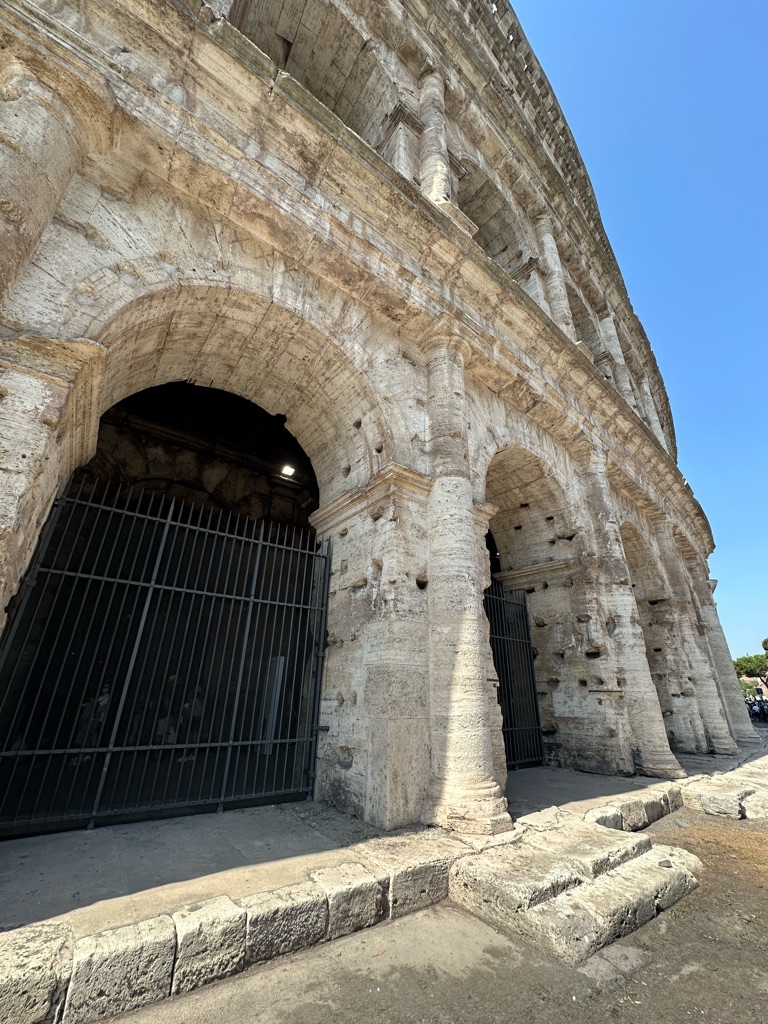
Inside, the timber floor of the arena has long-since rotted away, as has the canvas roof which used to provide partial shade. \240But you can see through to all of the rooms which used to lie underneath the arena, and they have recreated the trapdoor through which gladiators or animals would appear.
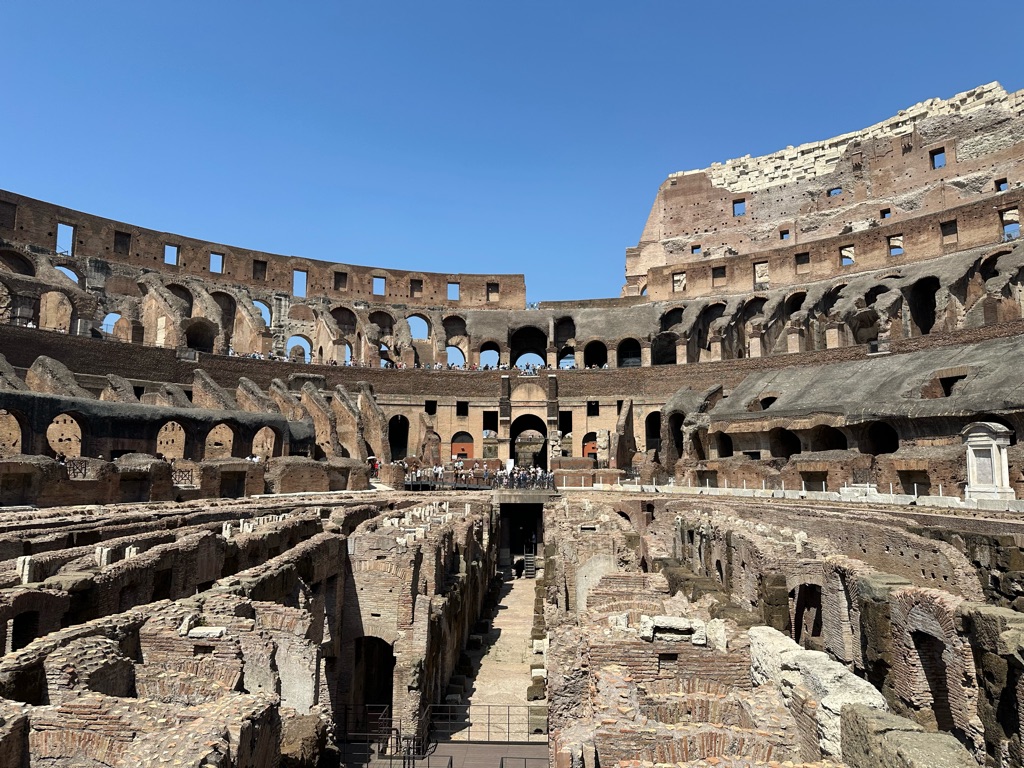
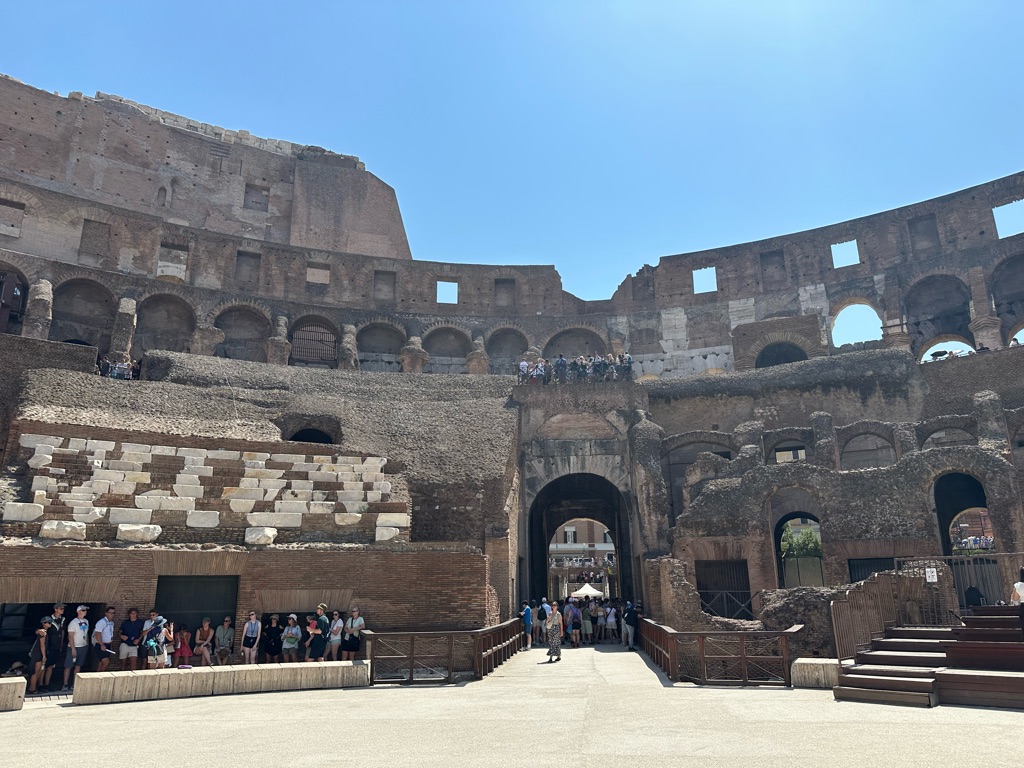
The white seats here are reconstructions, but show where the Roman senators would have sat. \240Seating was on a hierarchical basis - the Emperor and the senators in the best seats; slaves and women in the worst.
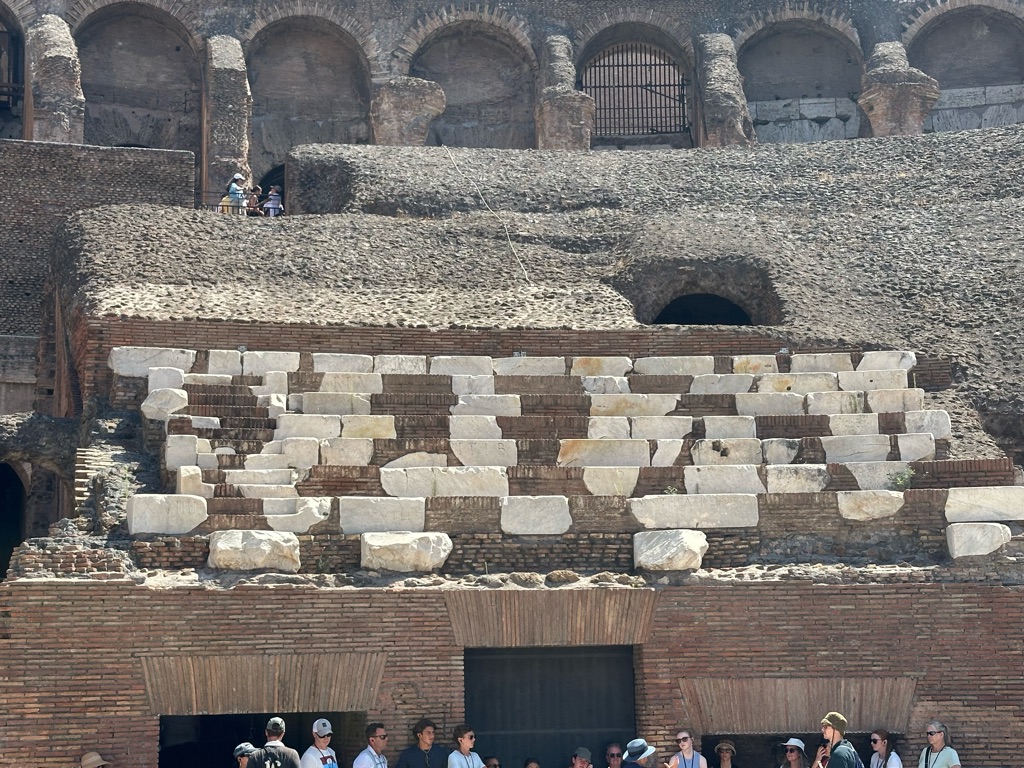
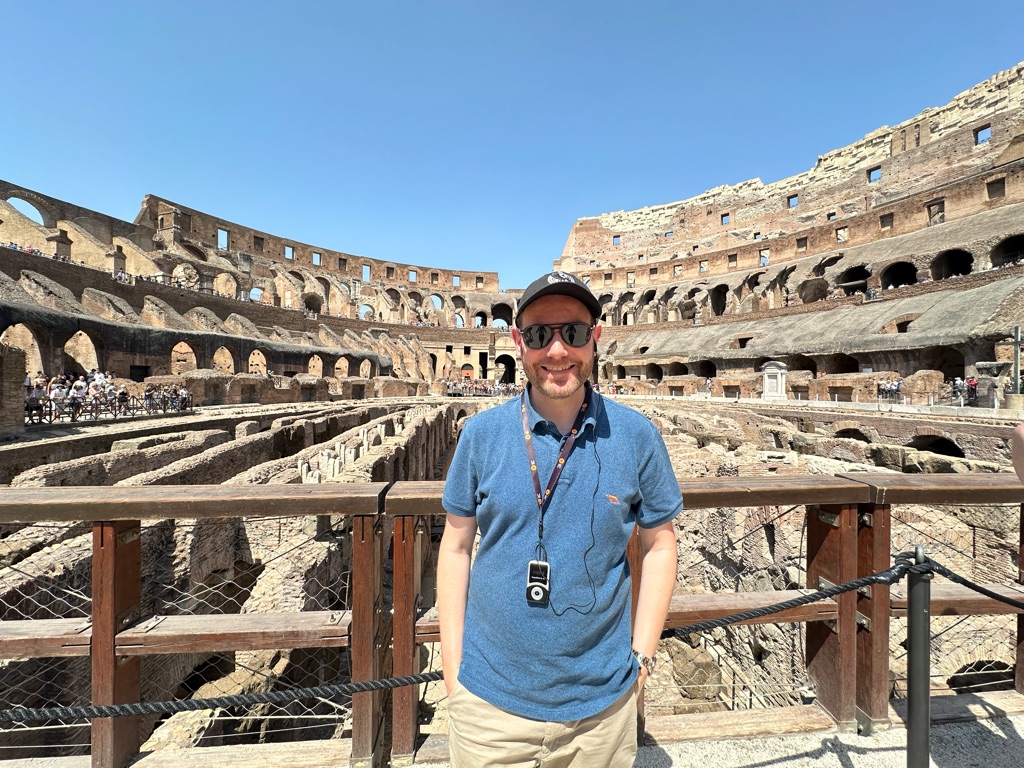
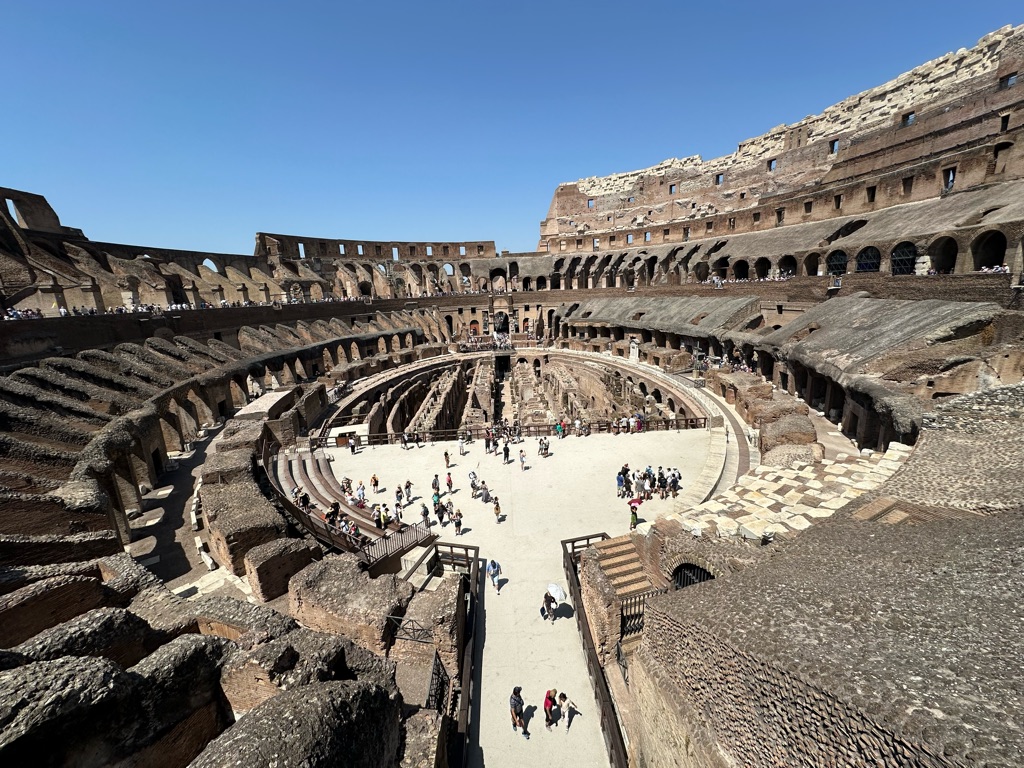
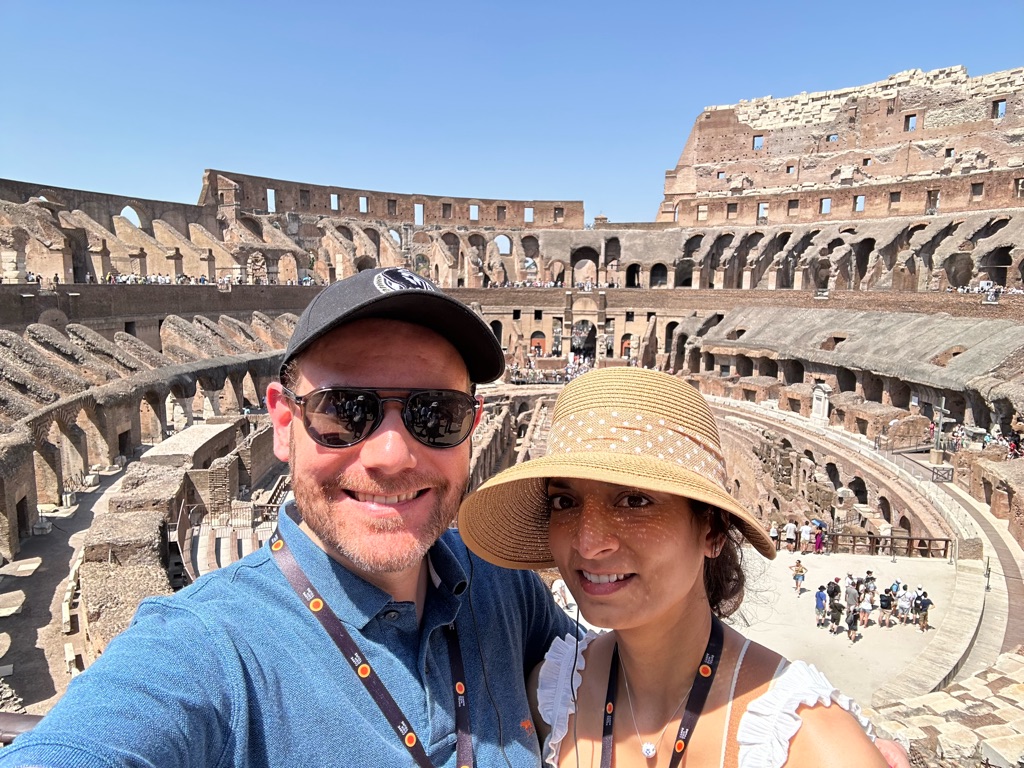
It was really amazing to see. \240And where did the name come from? \240It is actually a reference to a colossal statue of the Emperor Nero (literally, the "Colossus of Nero") which is said to have stood outside, as tall as the stadium itself. \240The statue has long since been destroyed, but it was common in Roman times for people to talk about going to the "Colossus" or the "Colosseo" when going to the stadium - hence, it became "Colosseum".
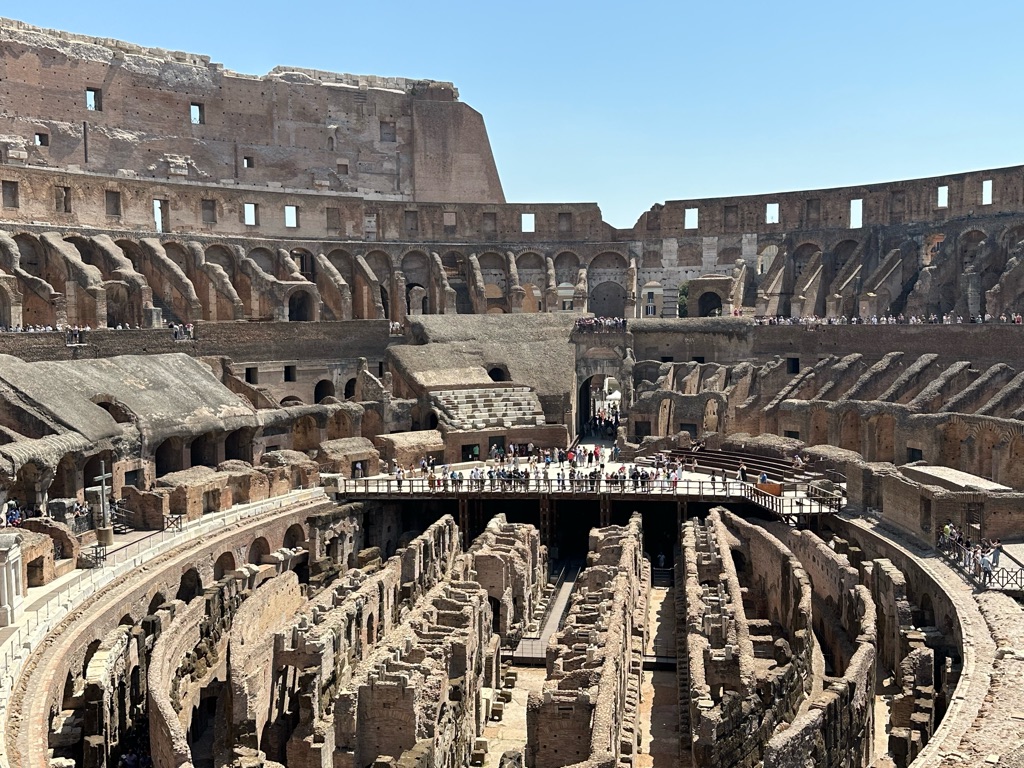
After our visit, we had pasta at a nearby restaurant, but decided to put the heat rule into effect and went back to the hotel to cool off in the afternoon.